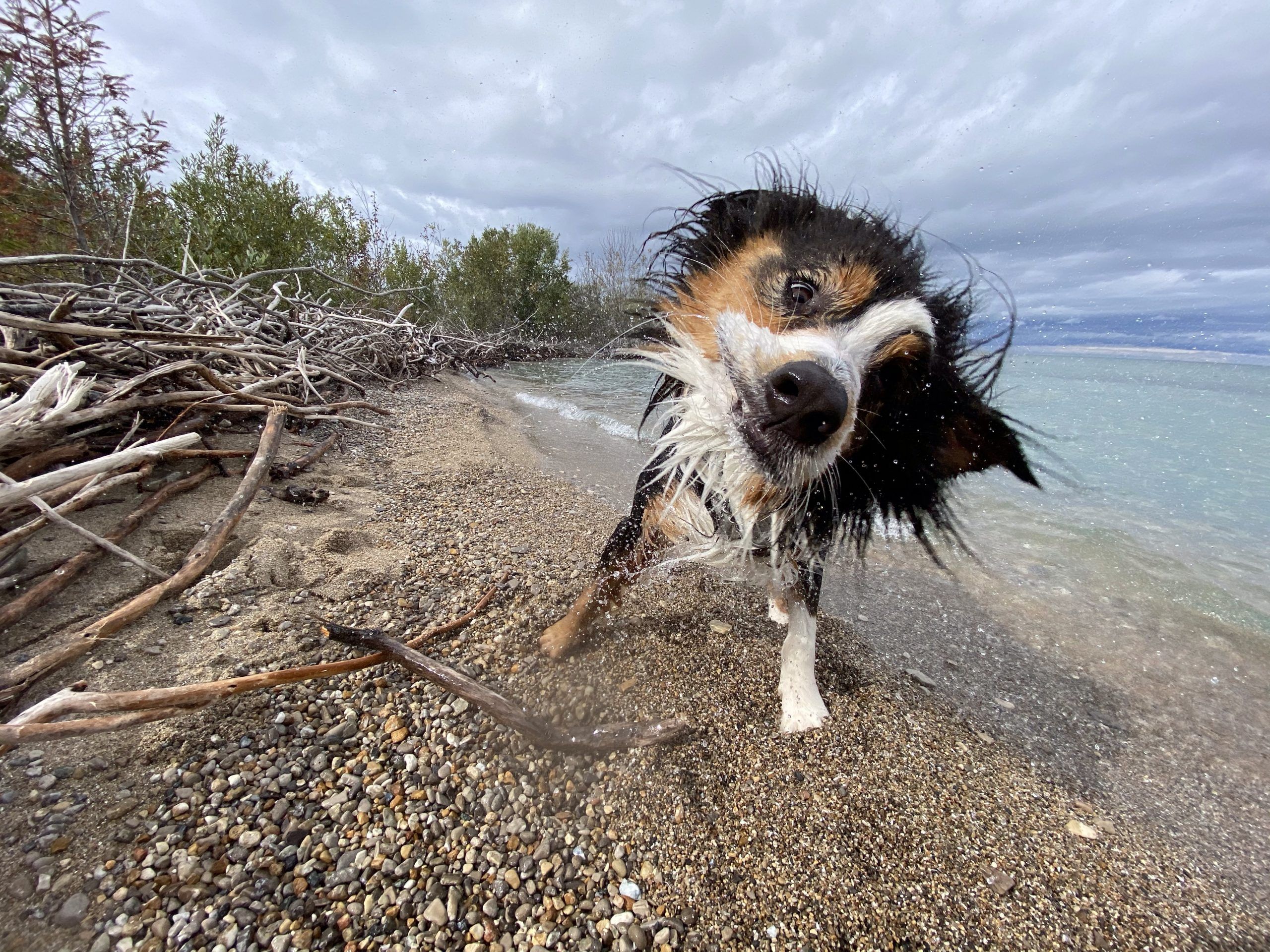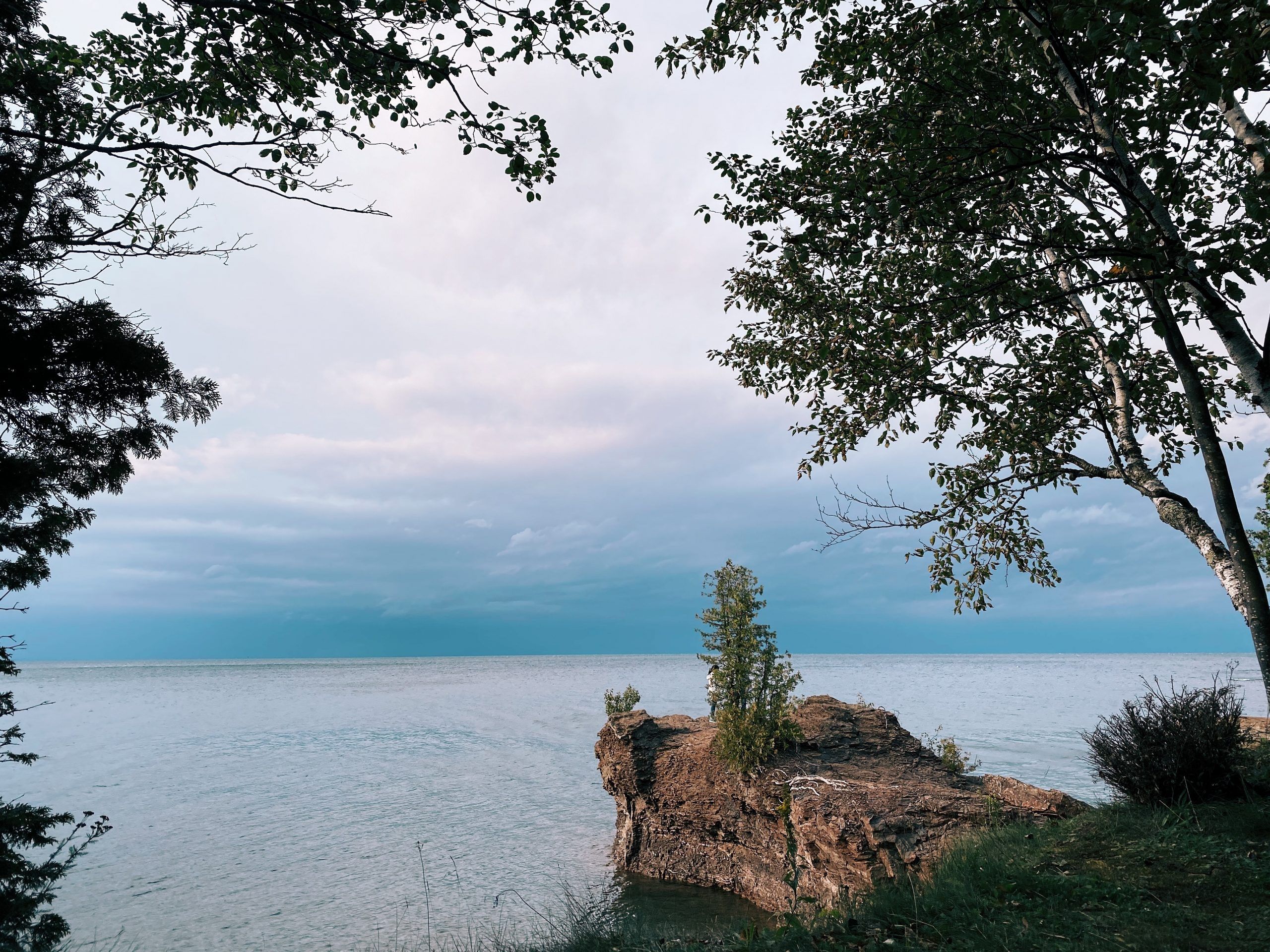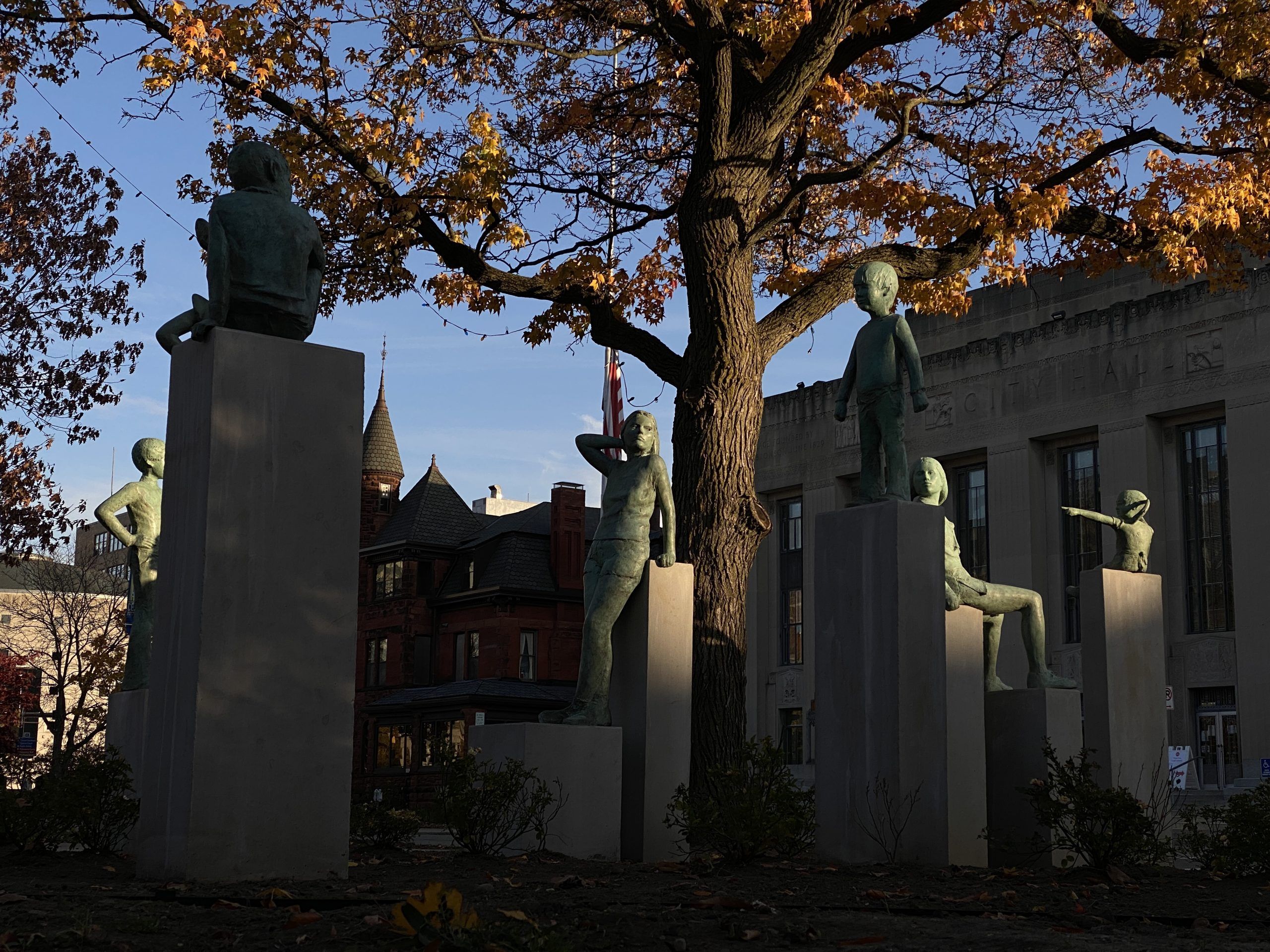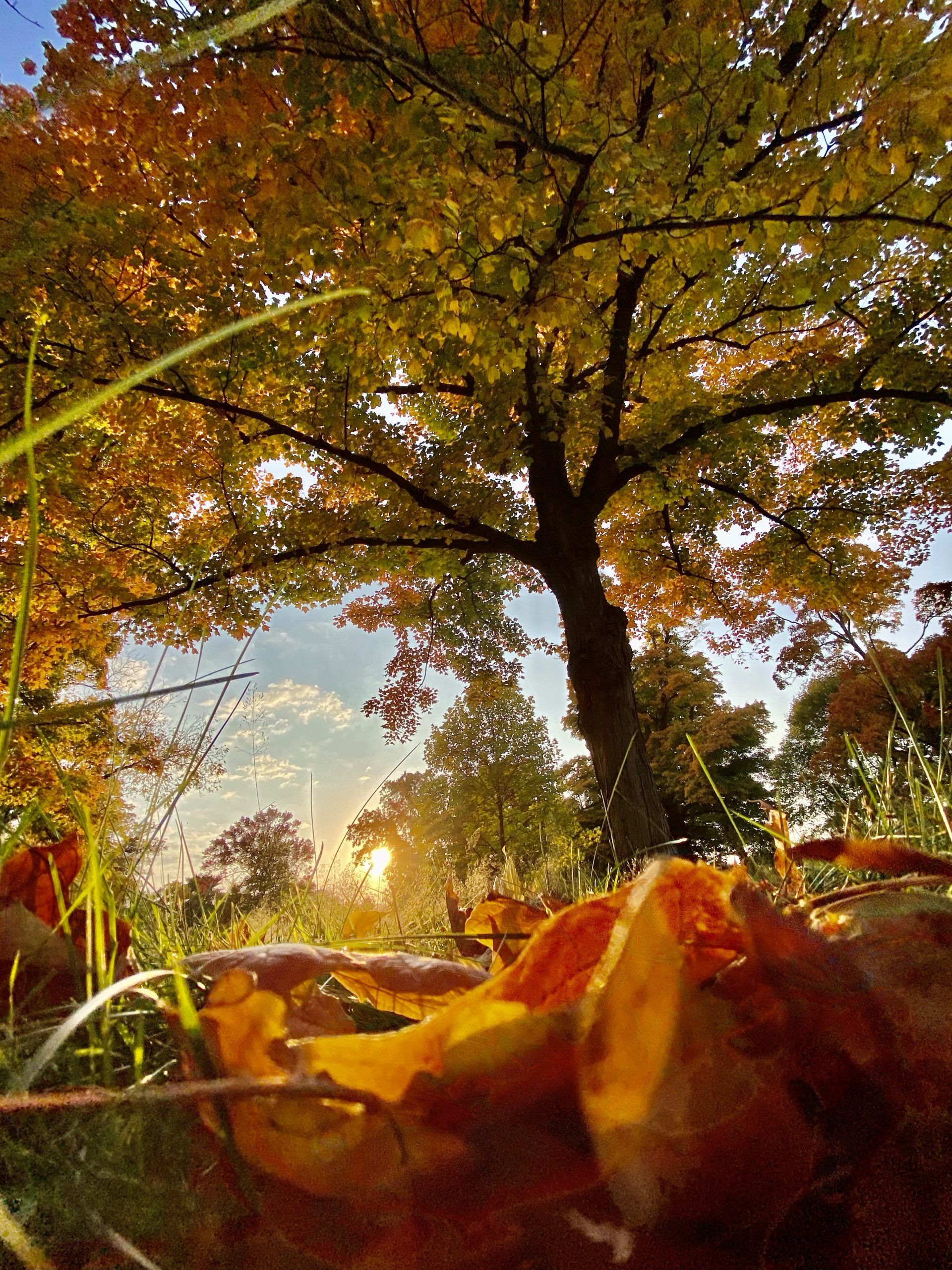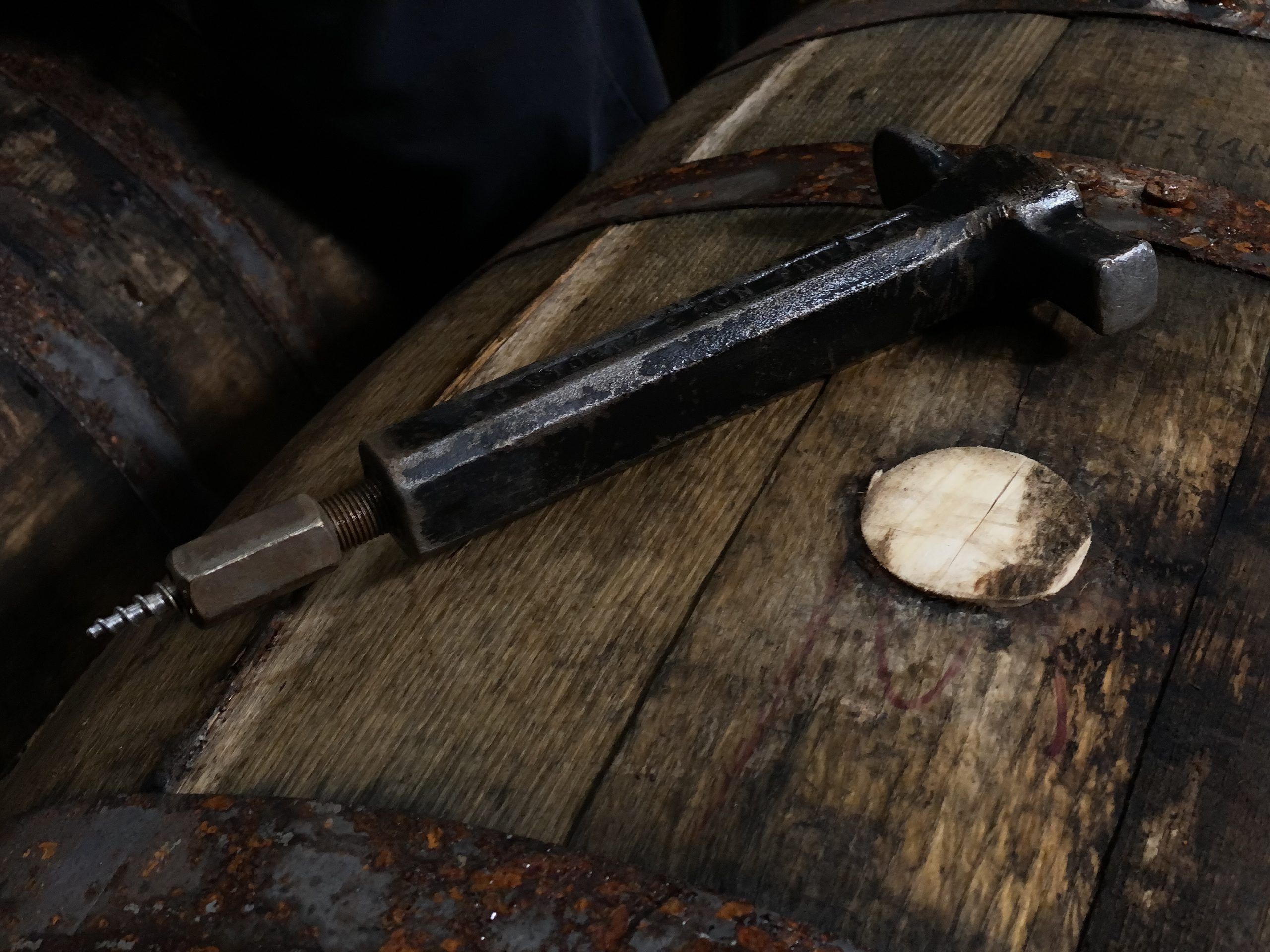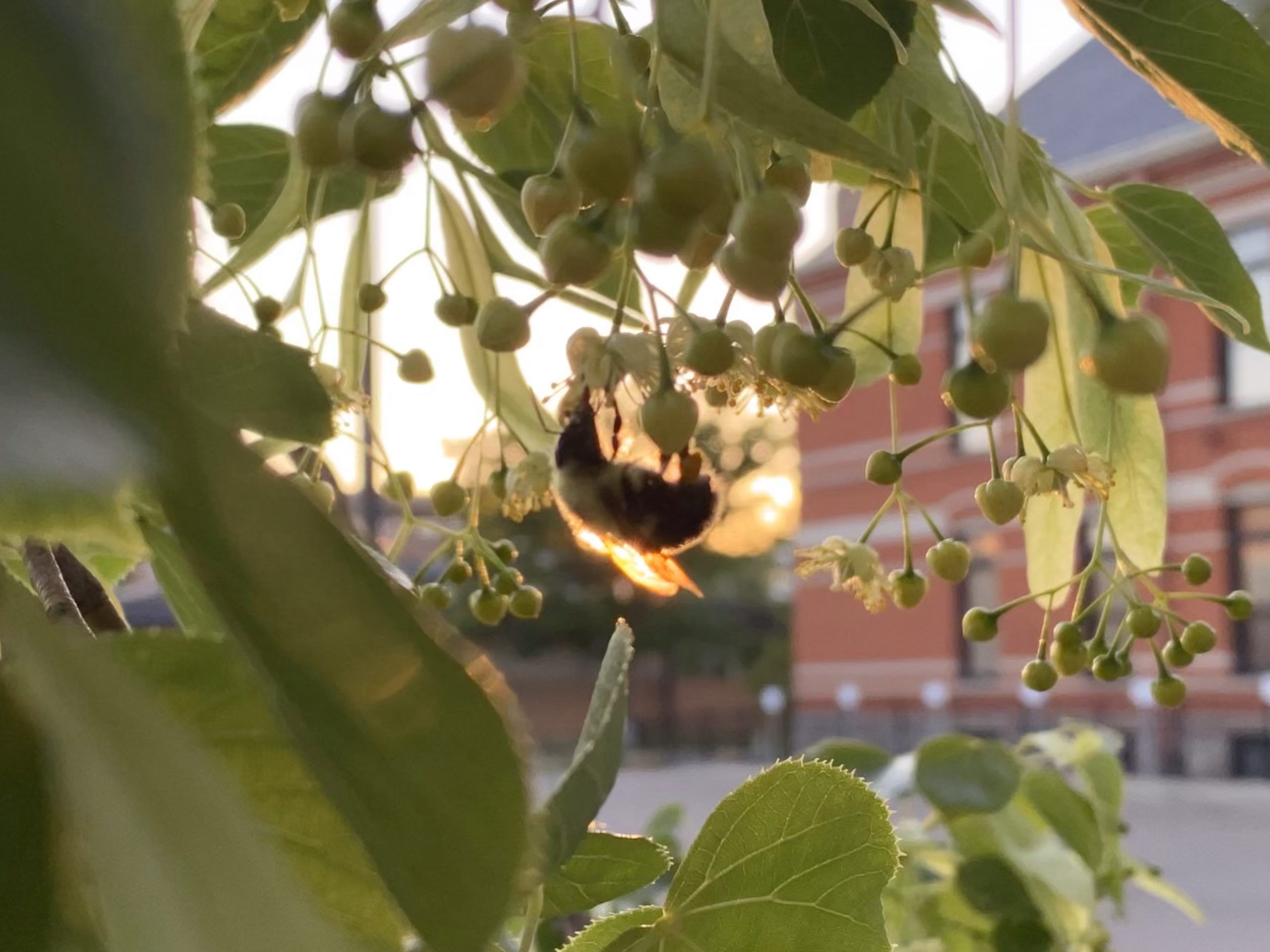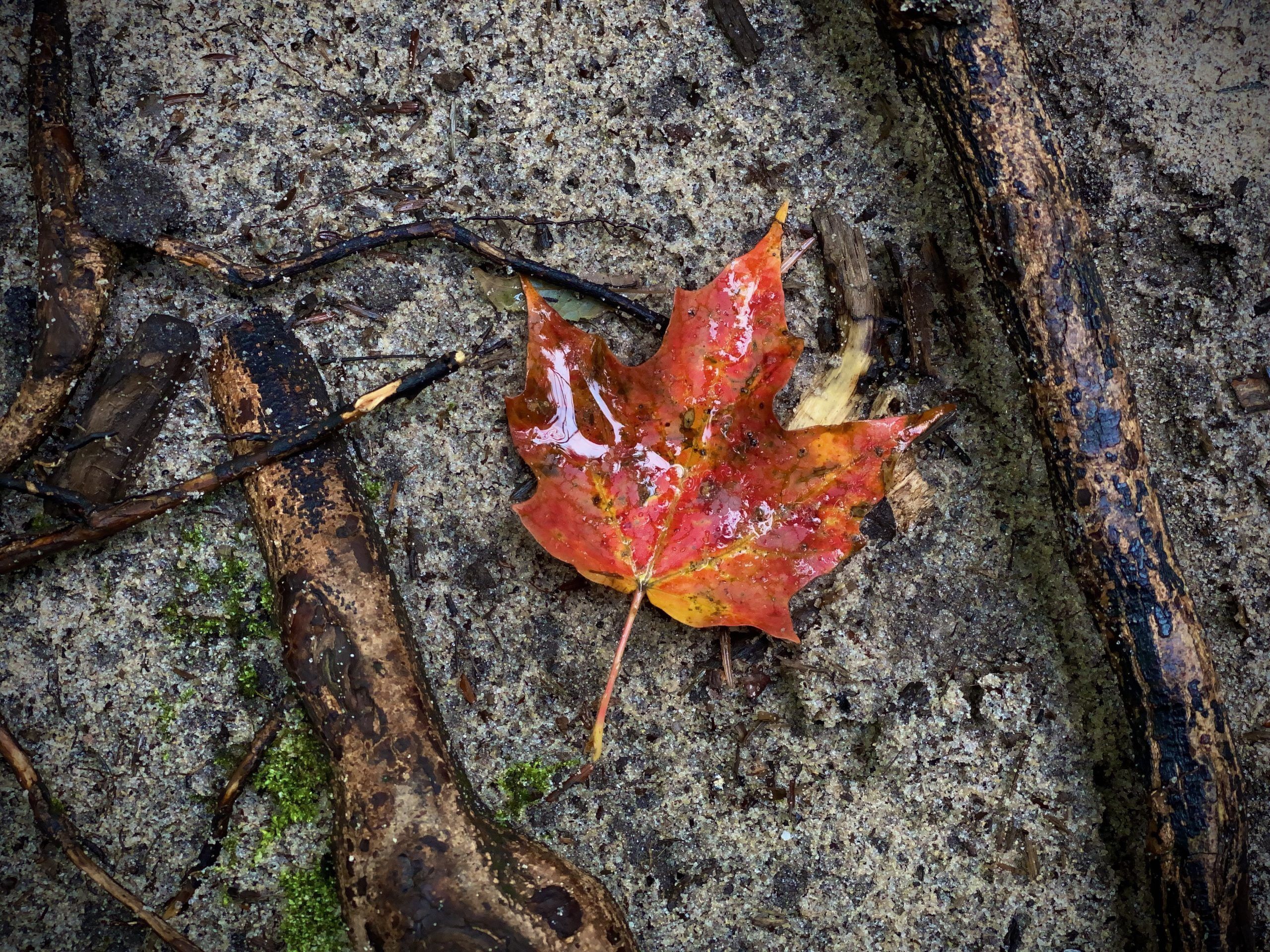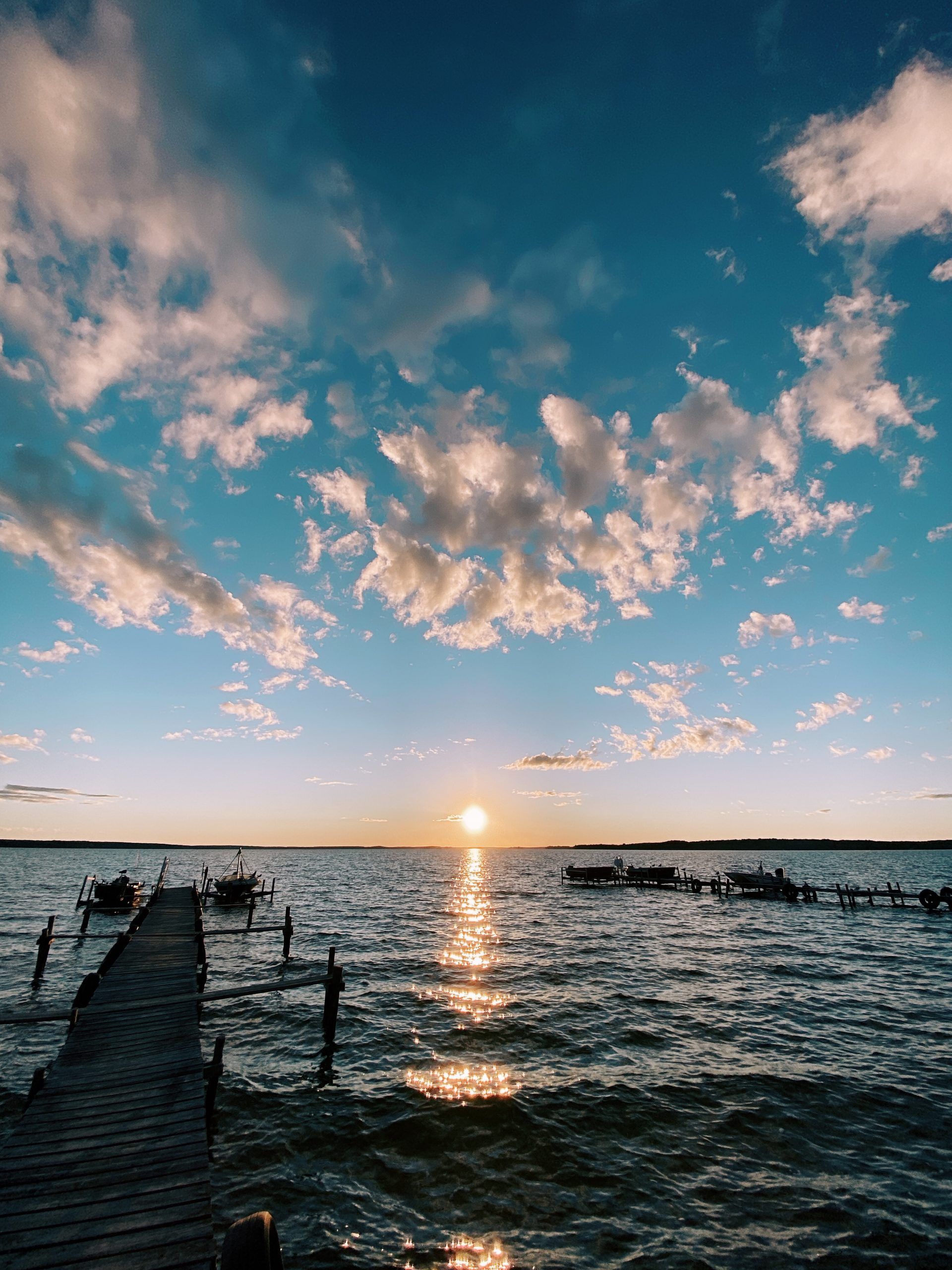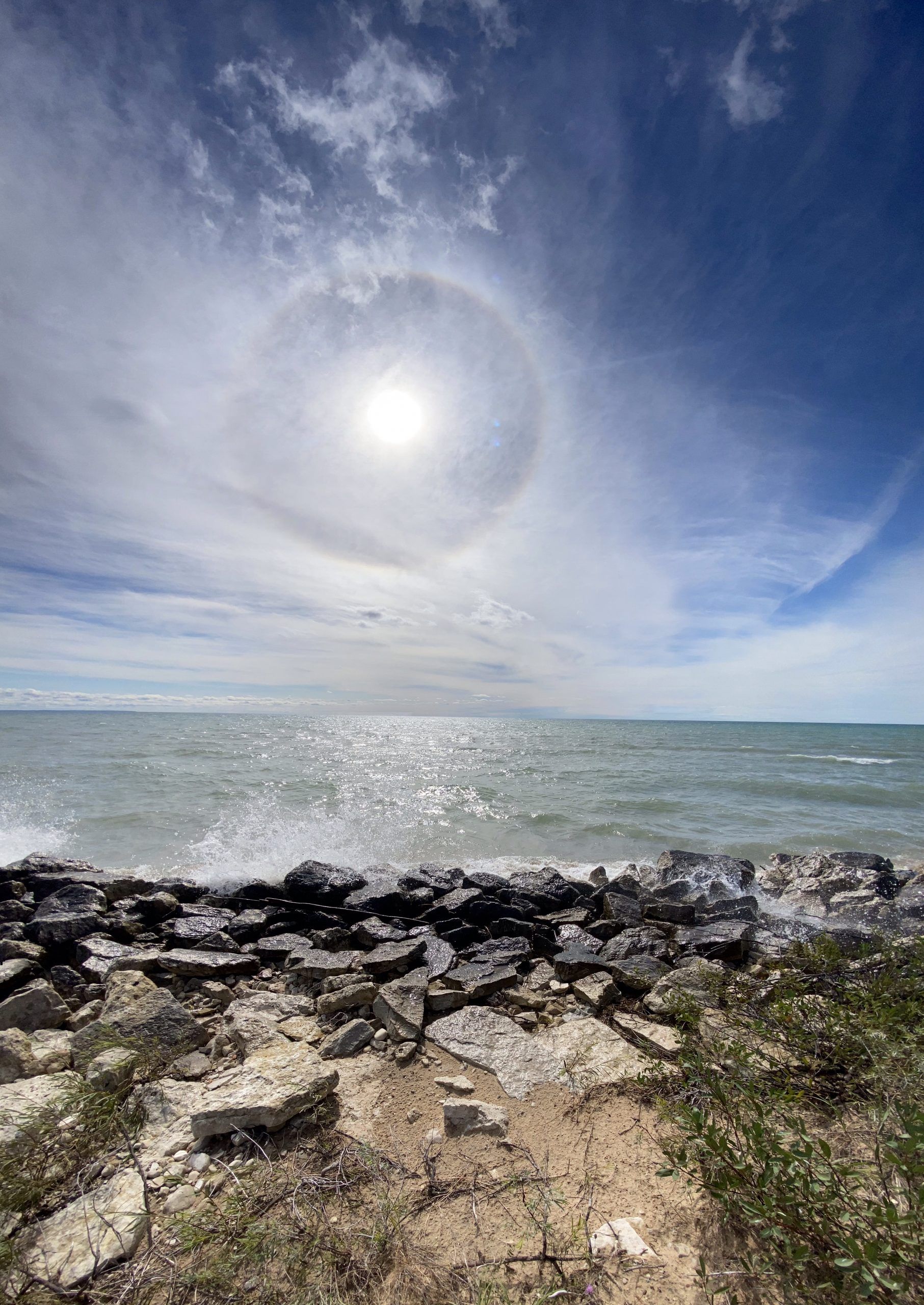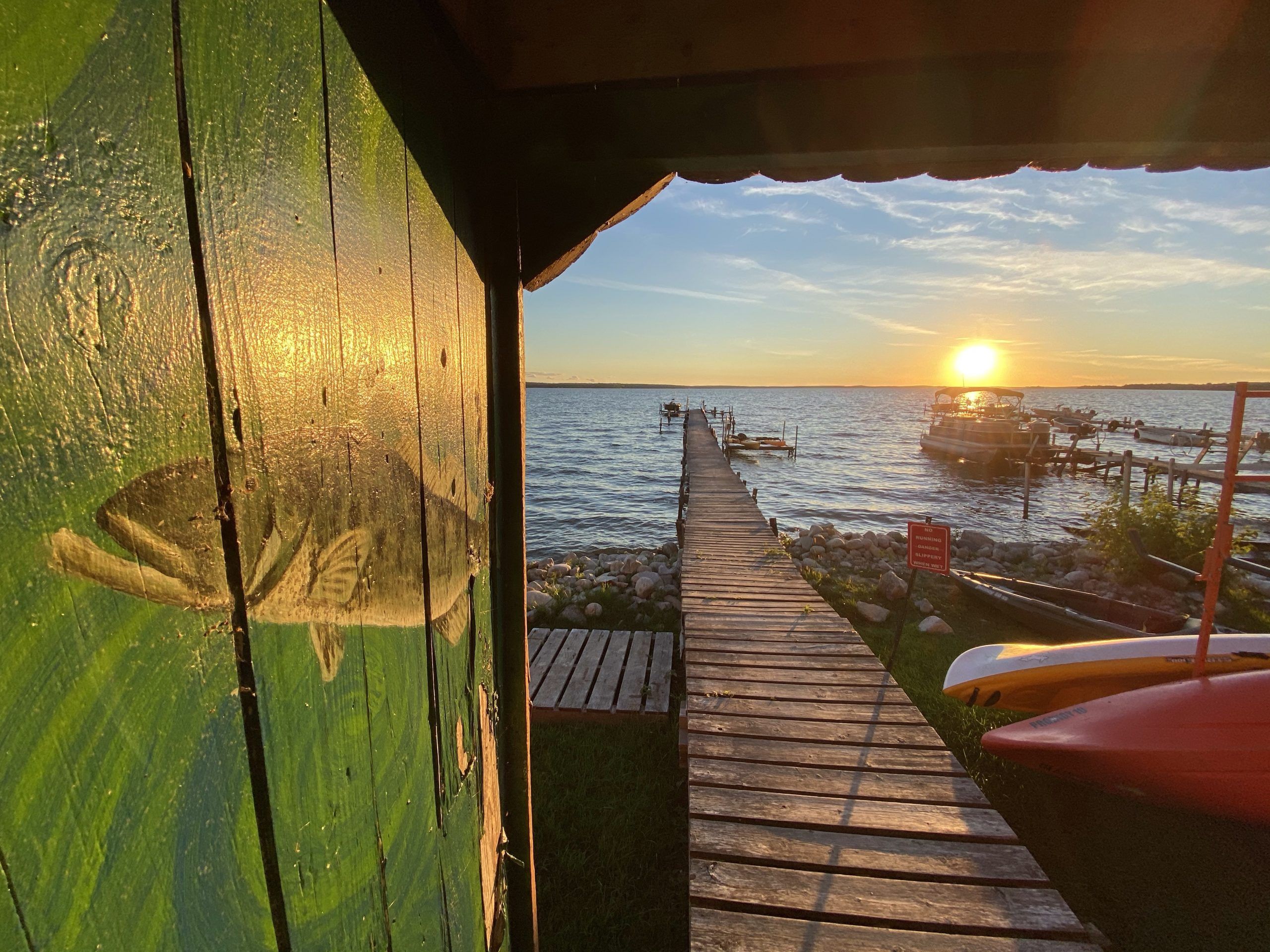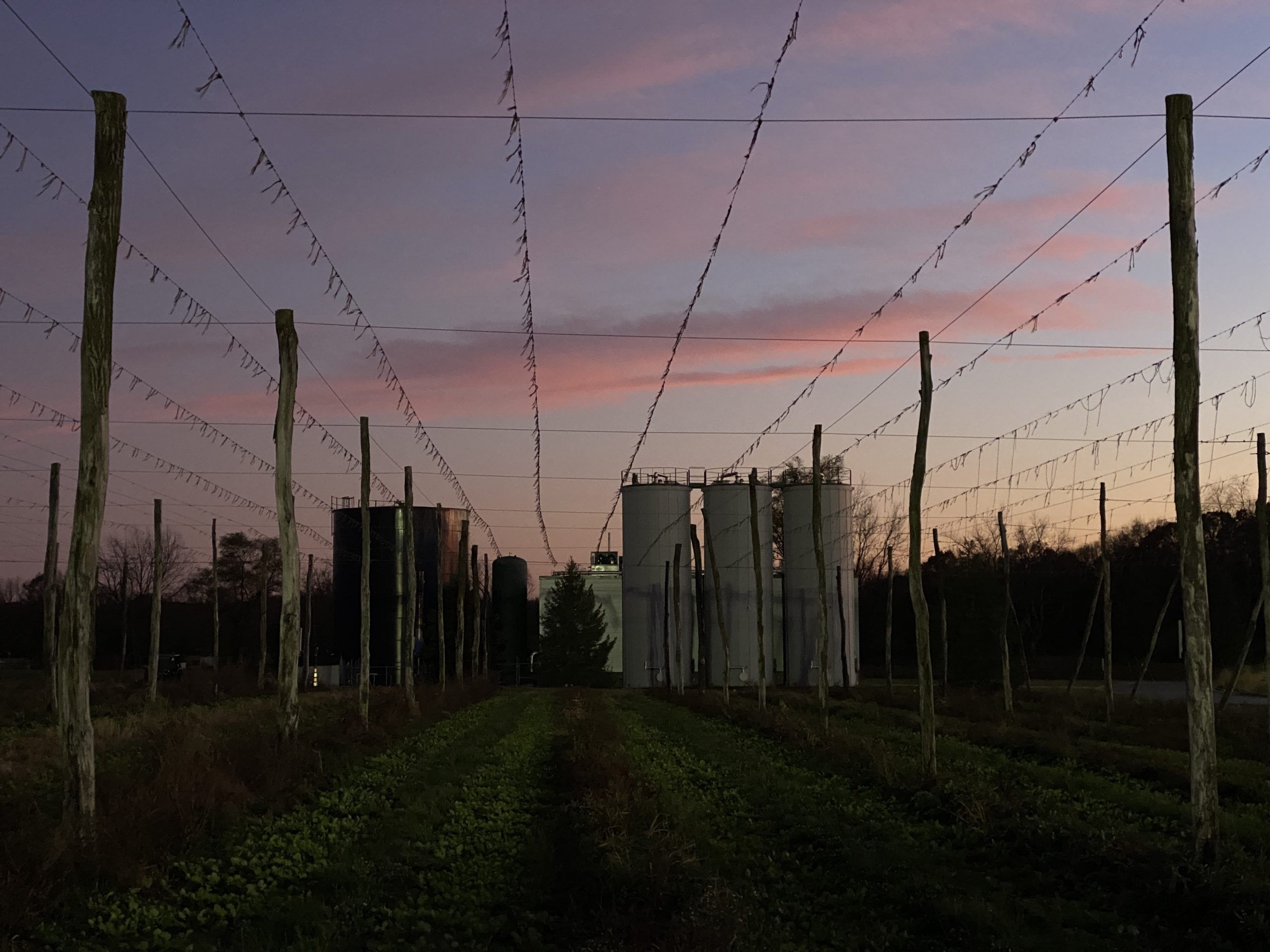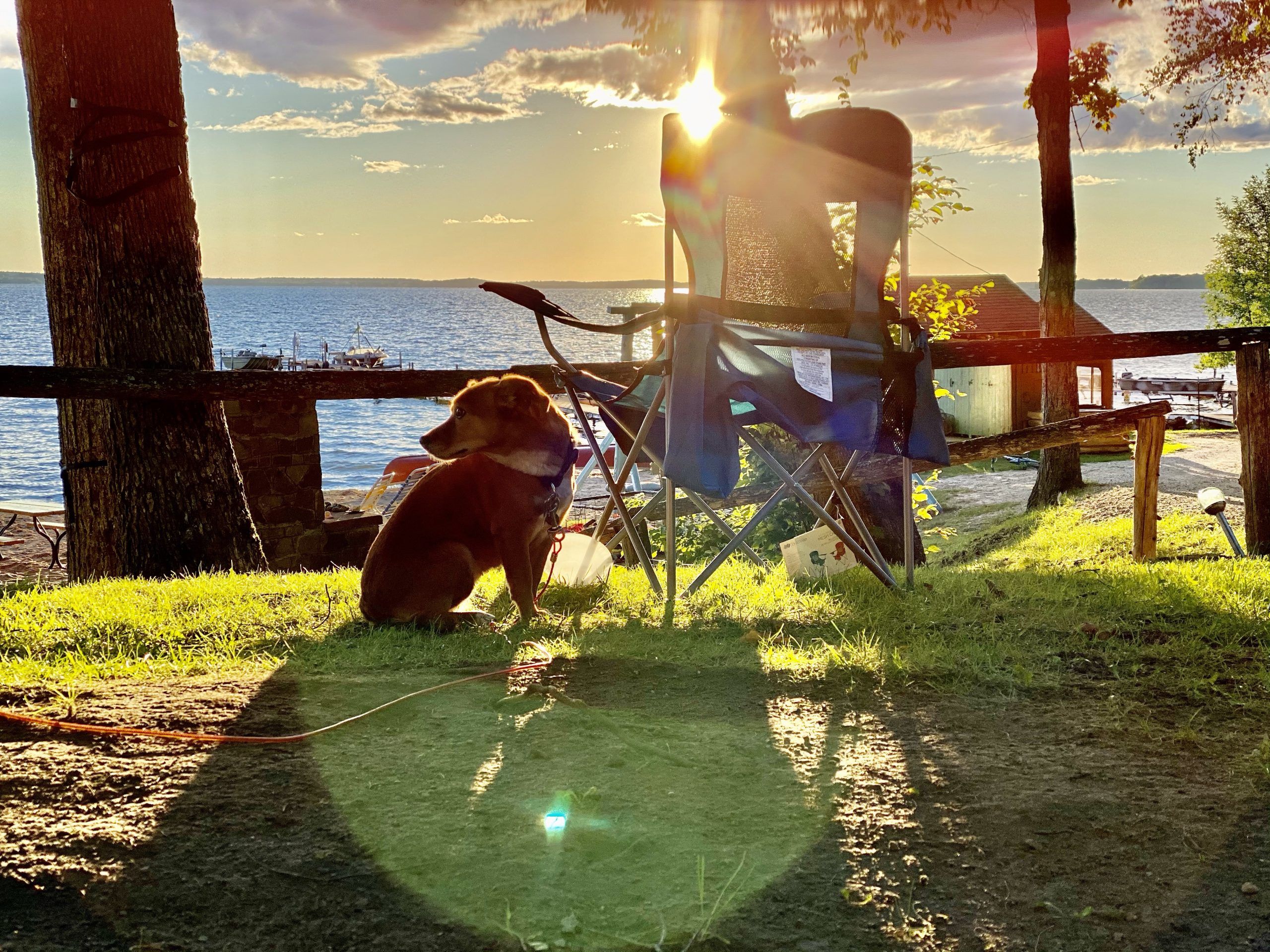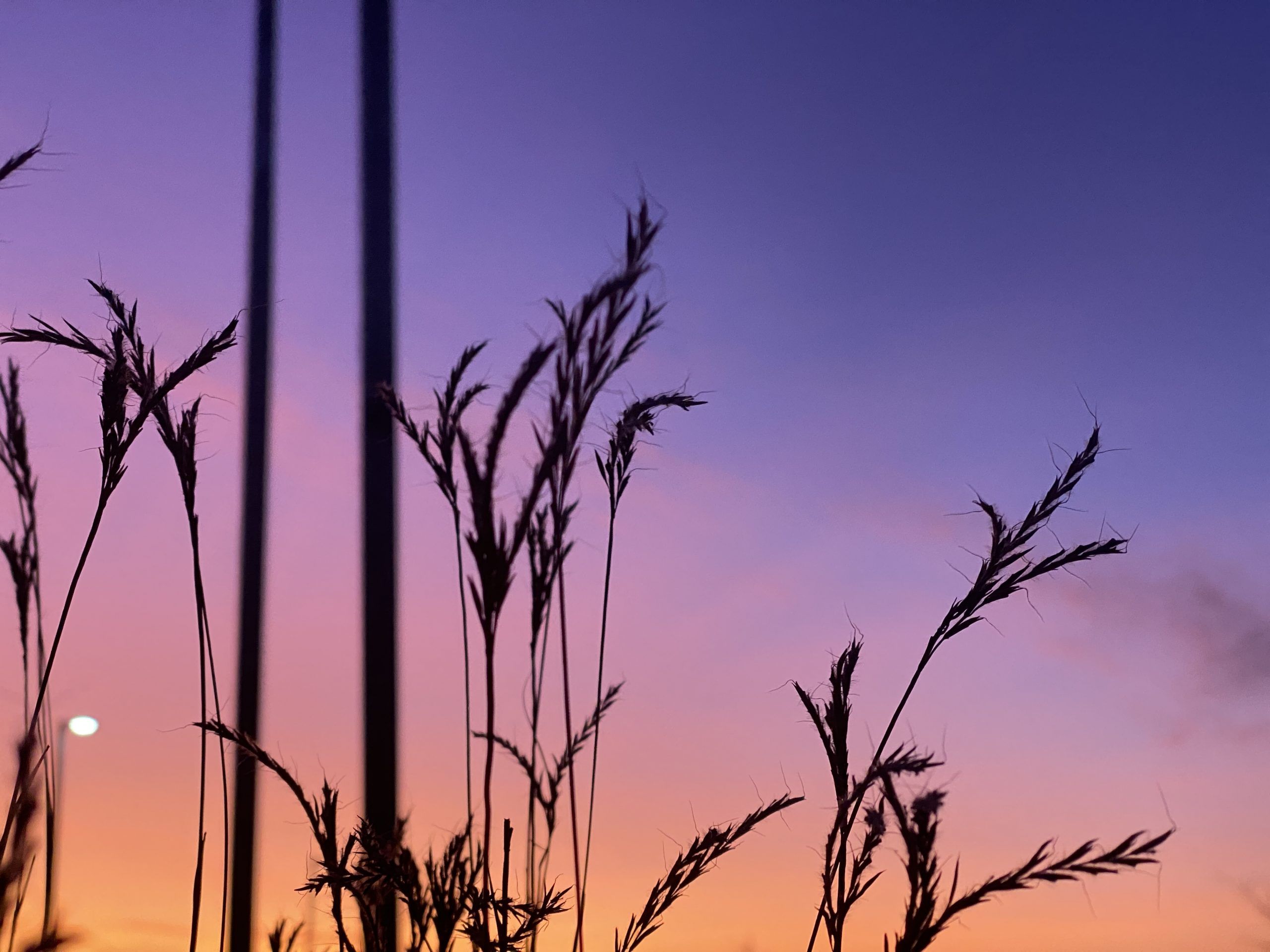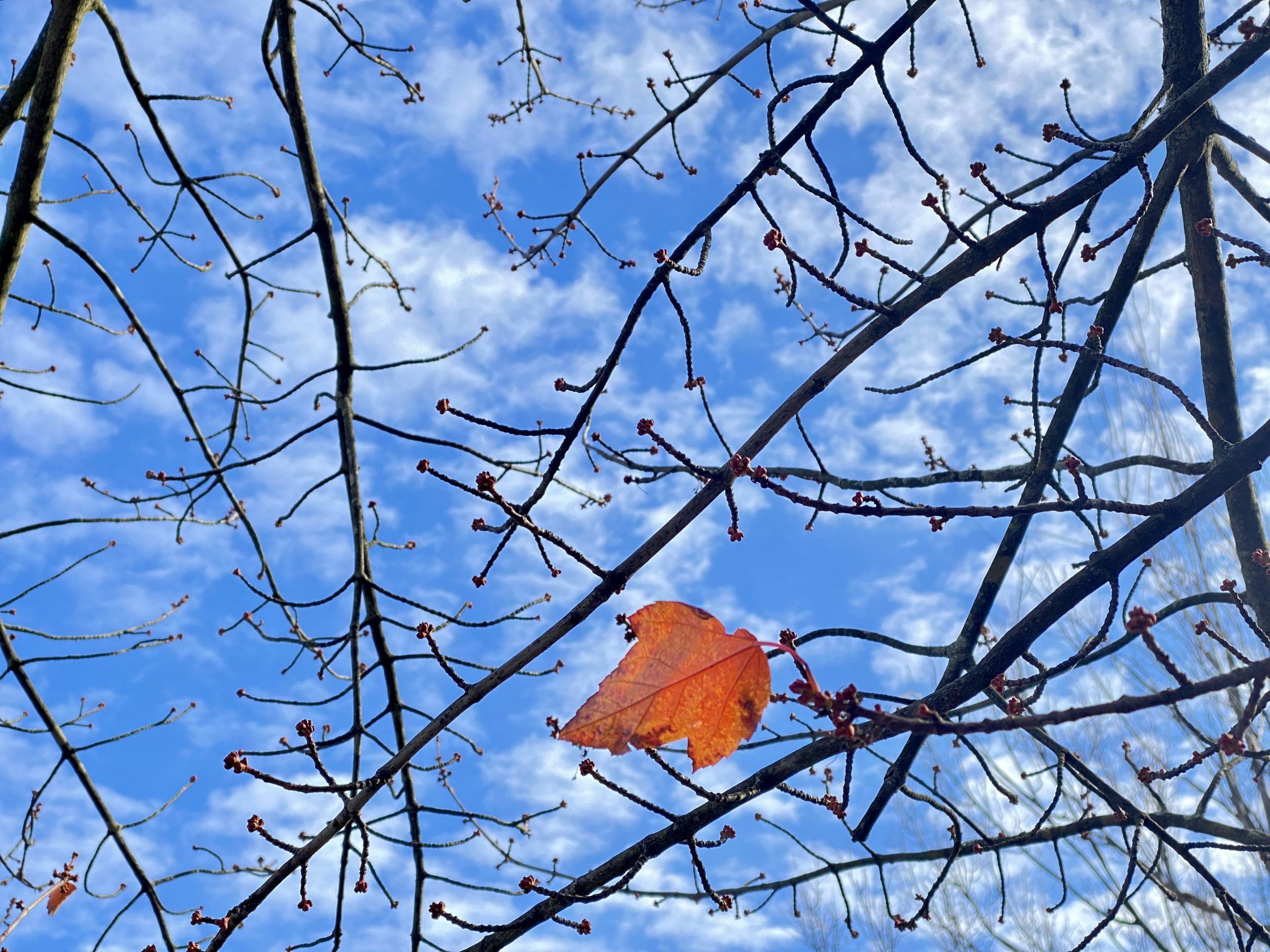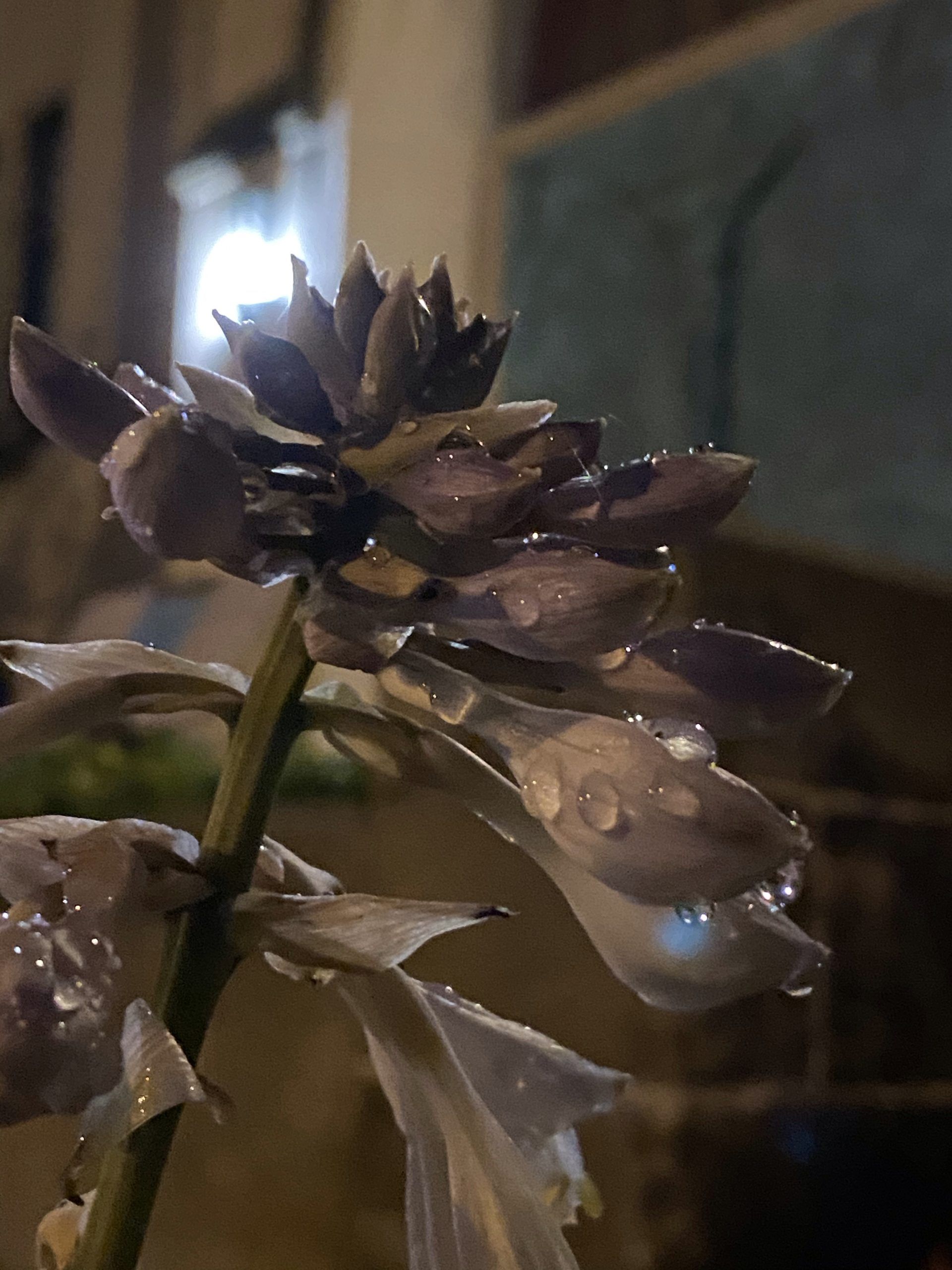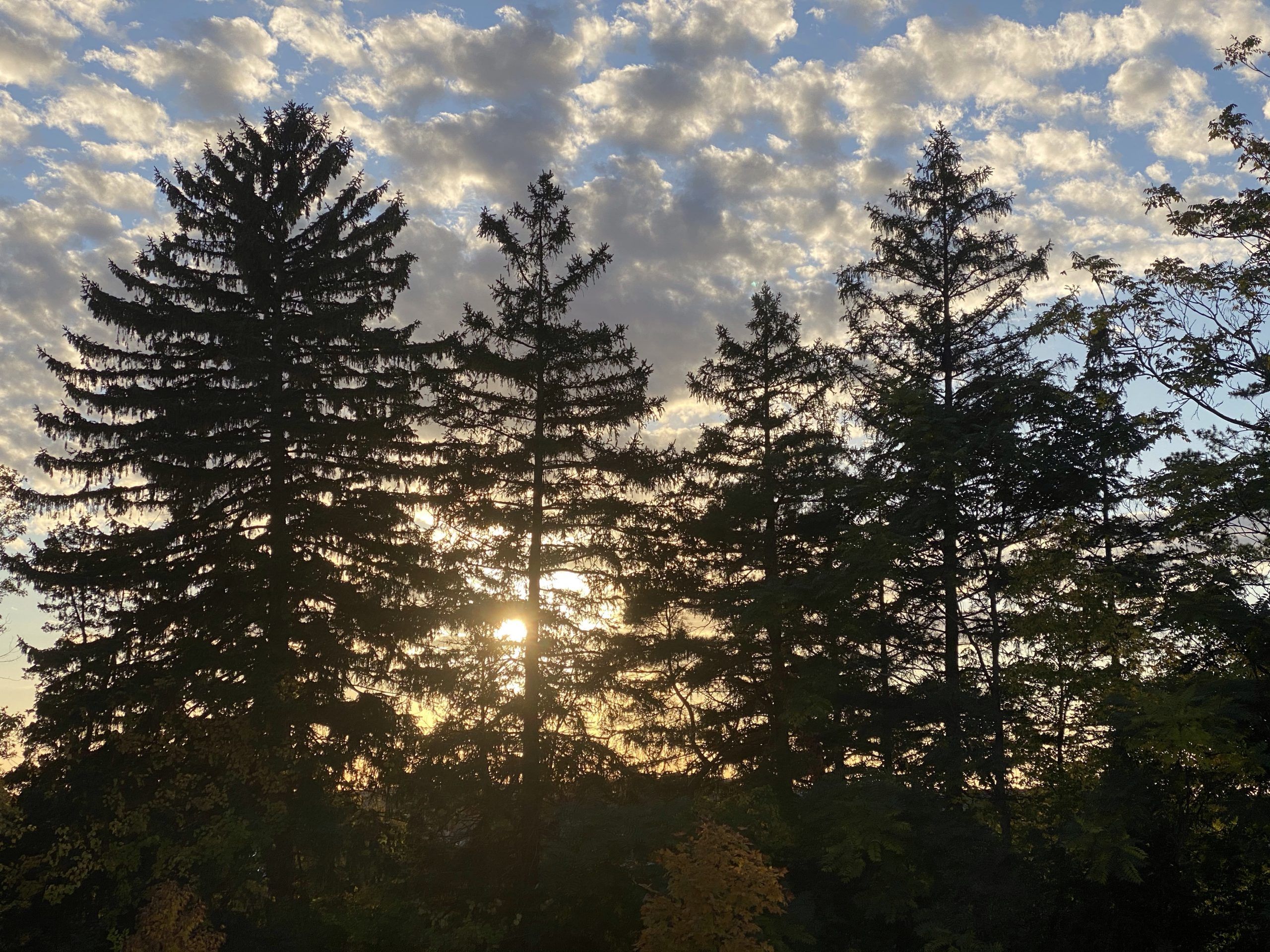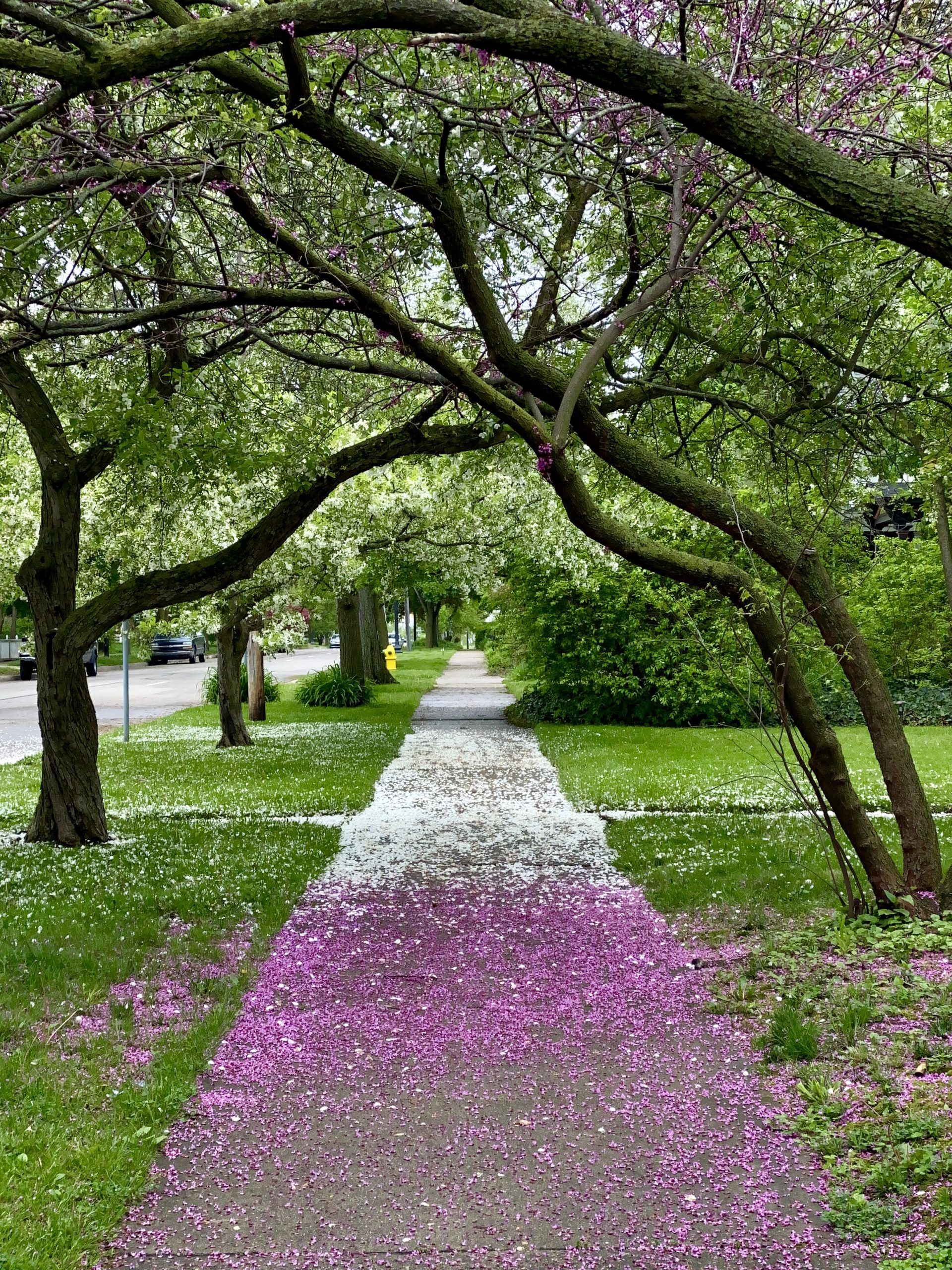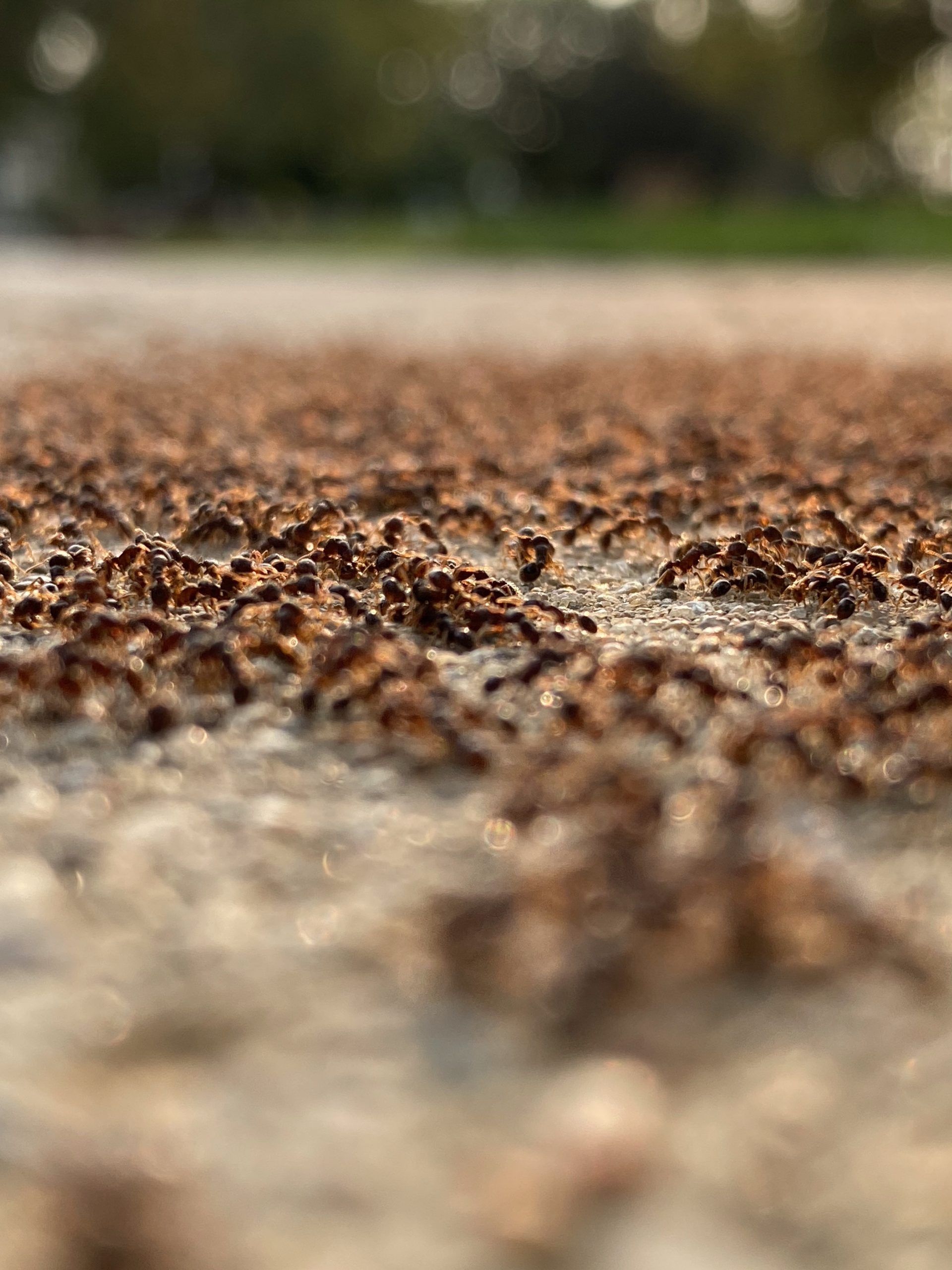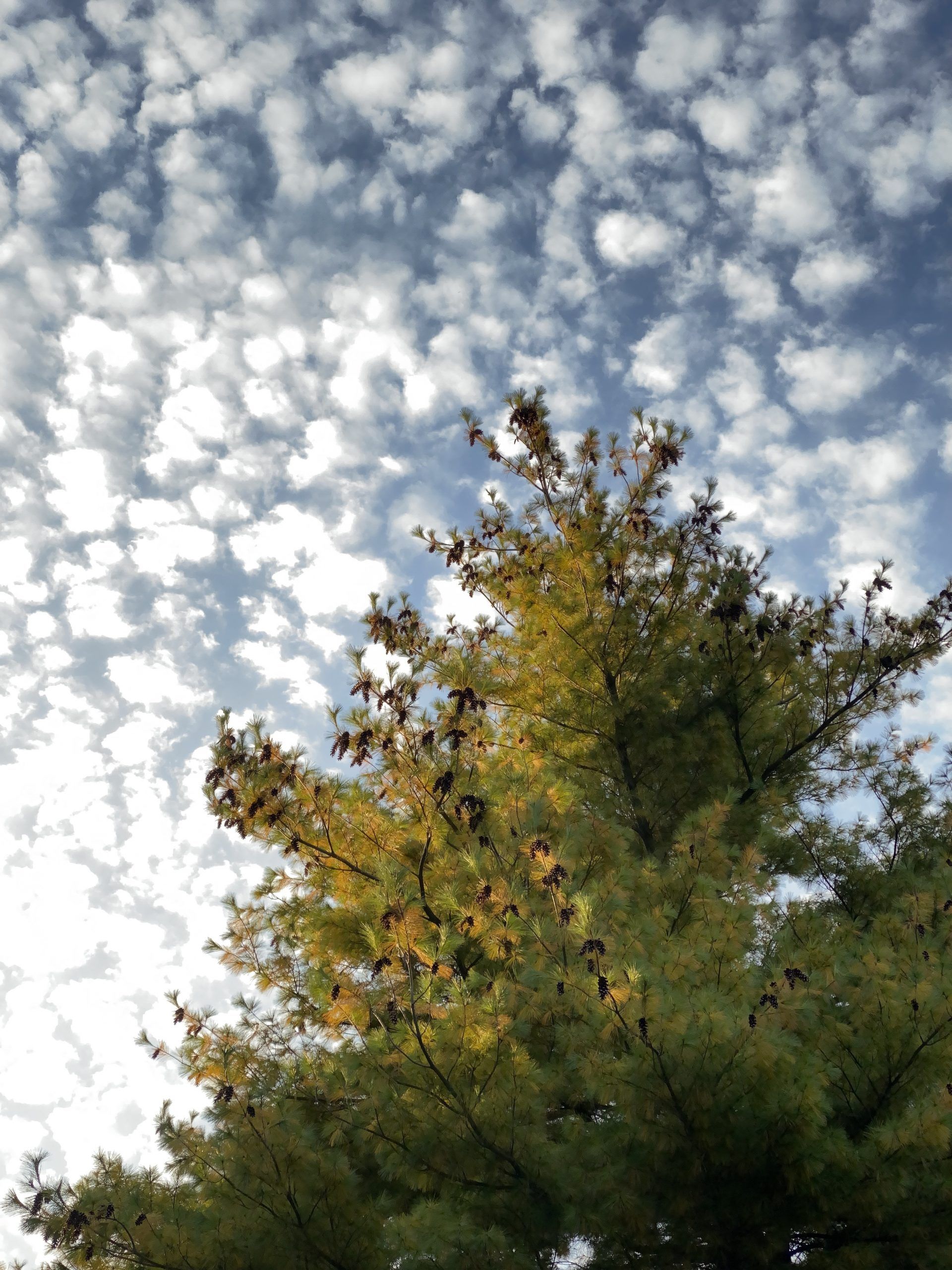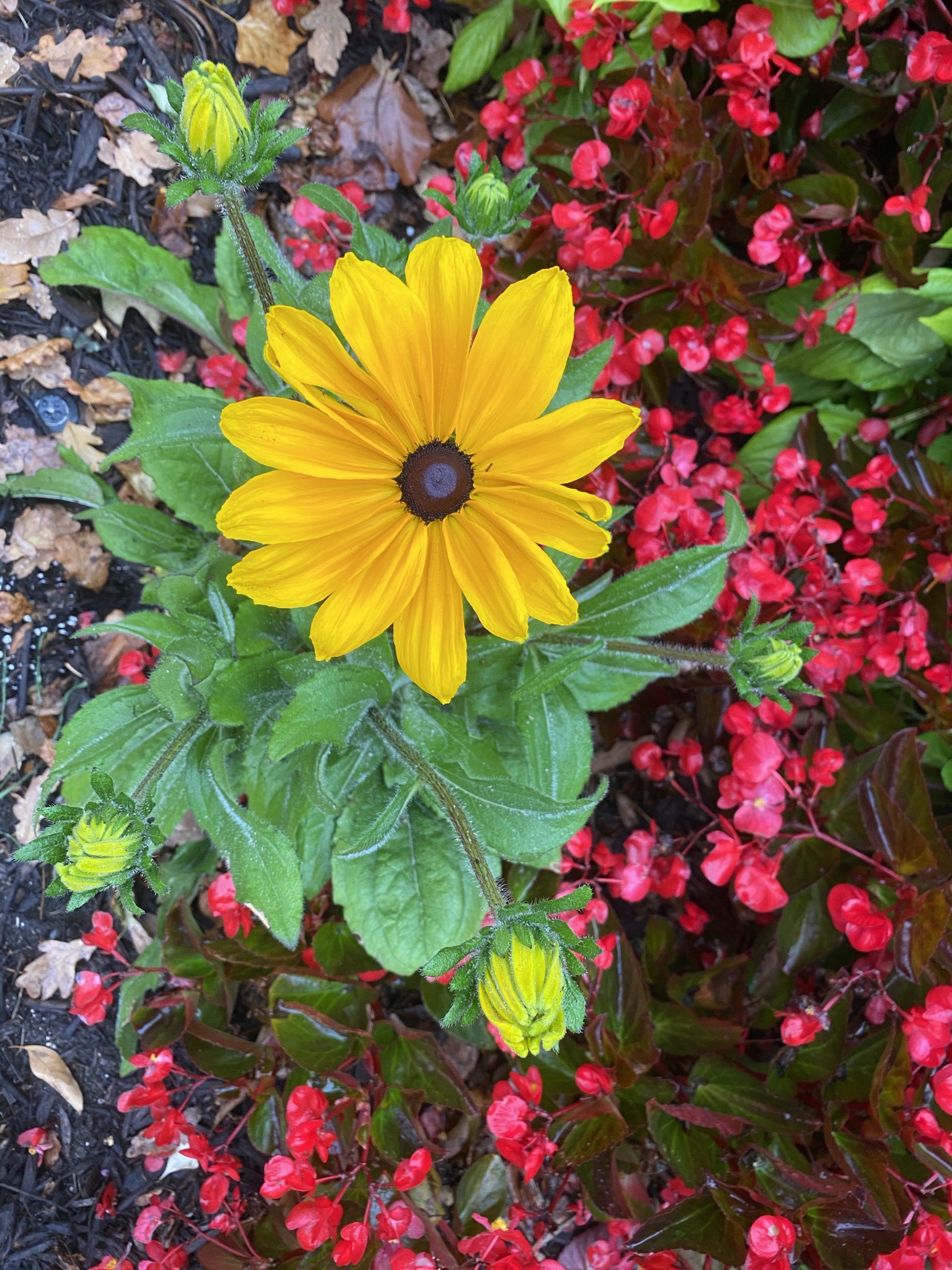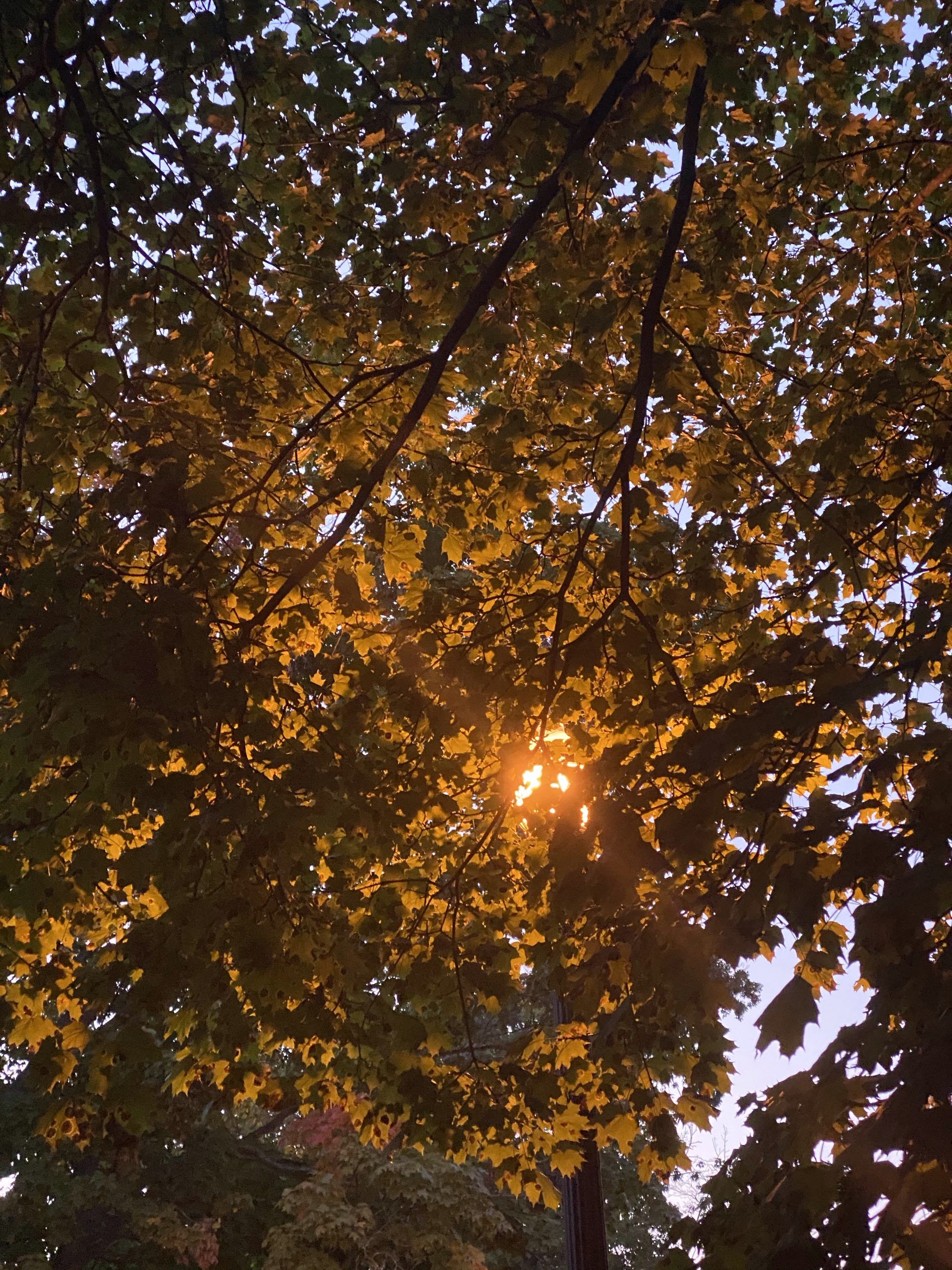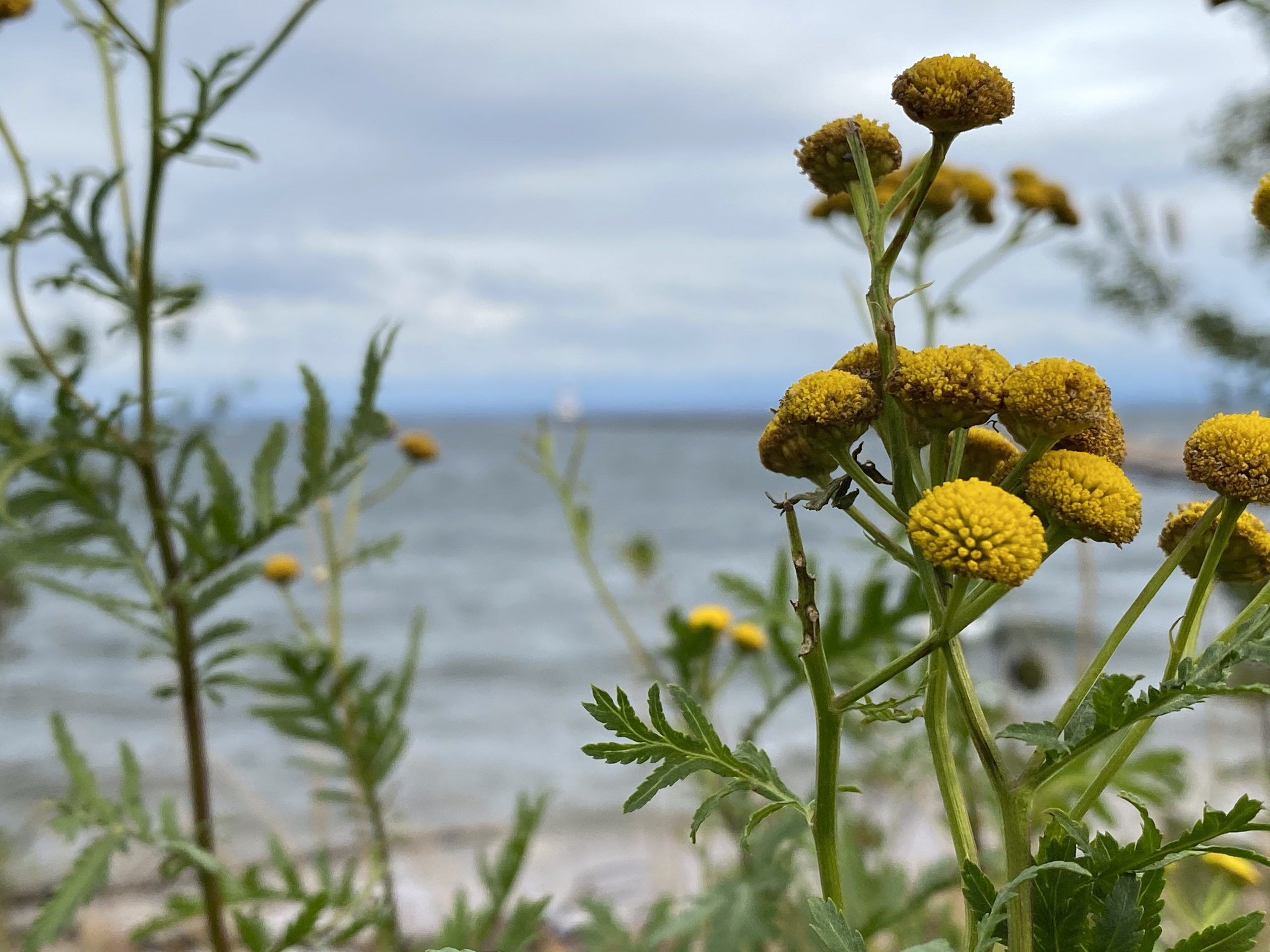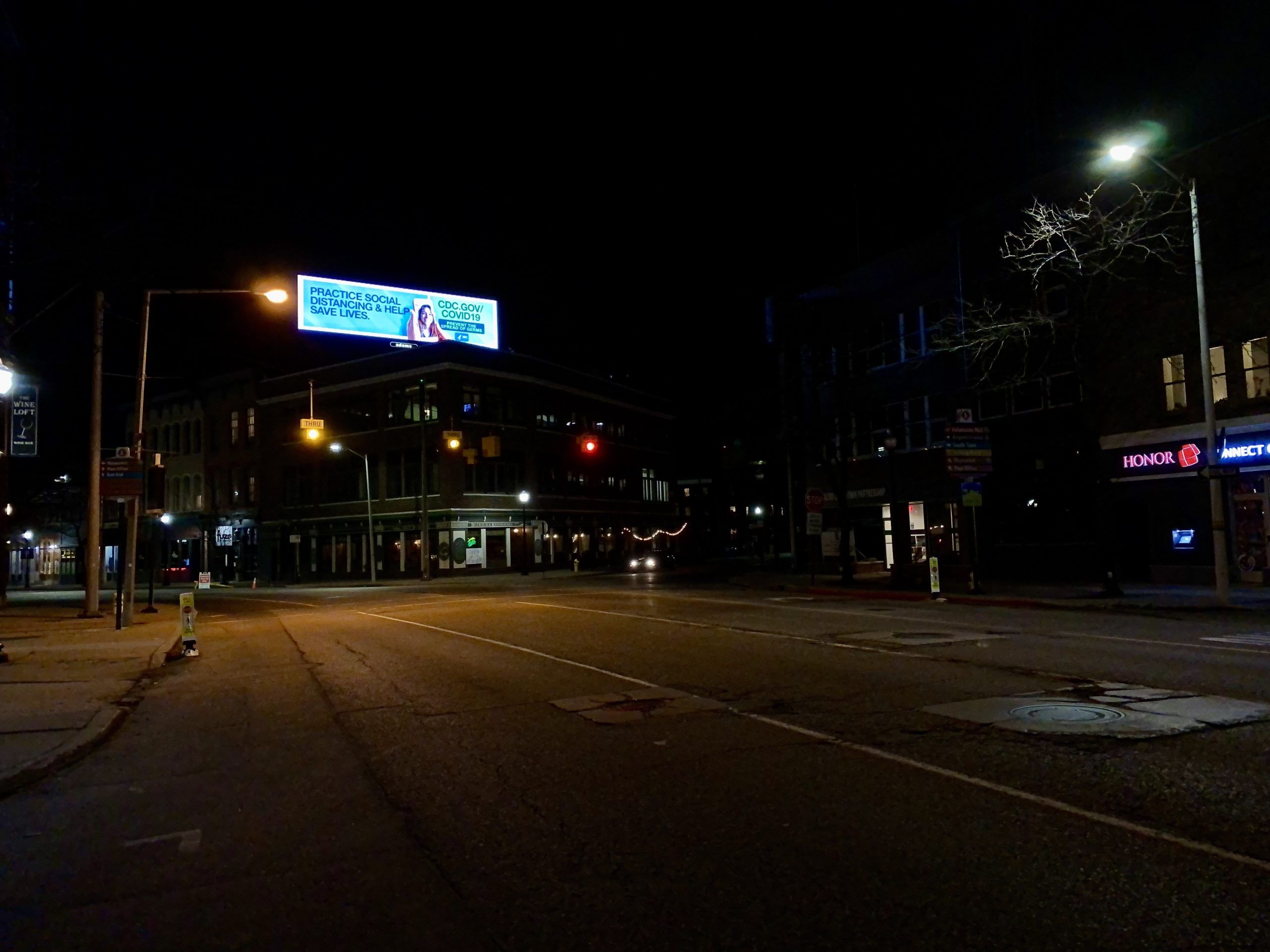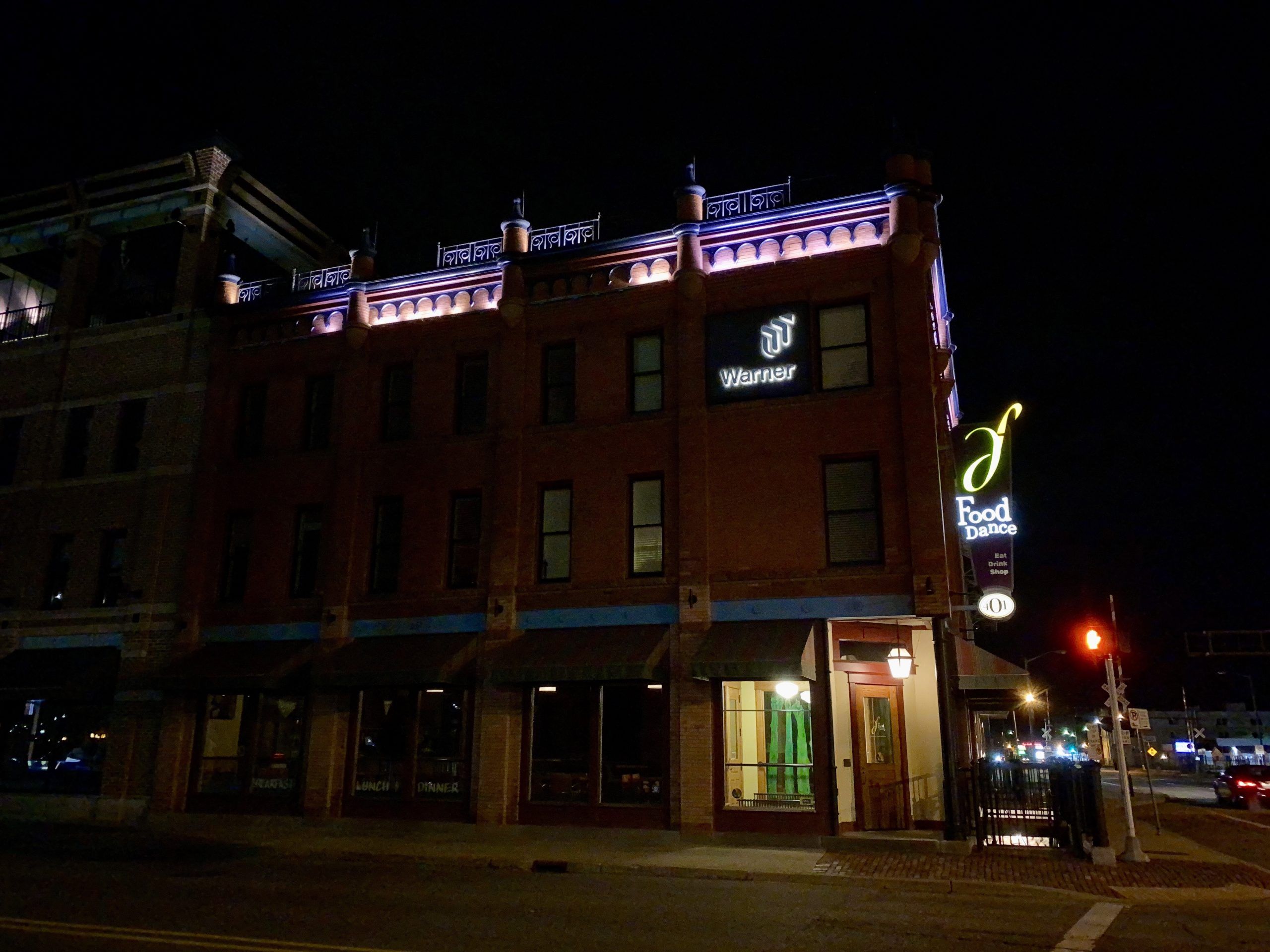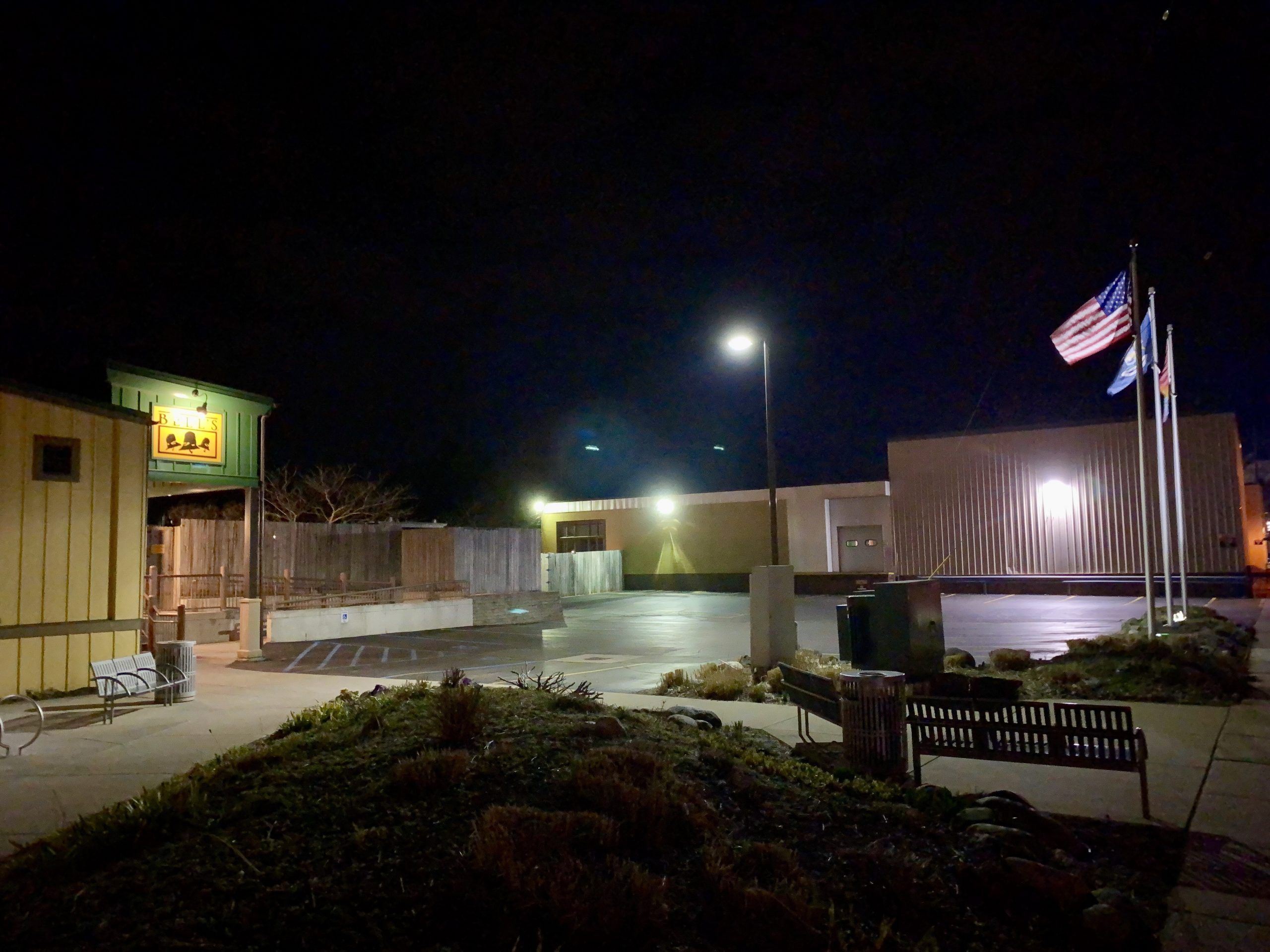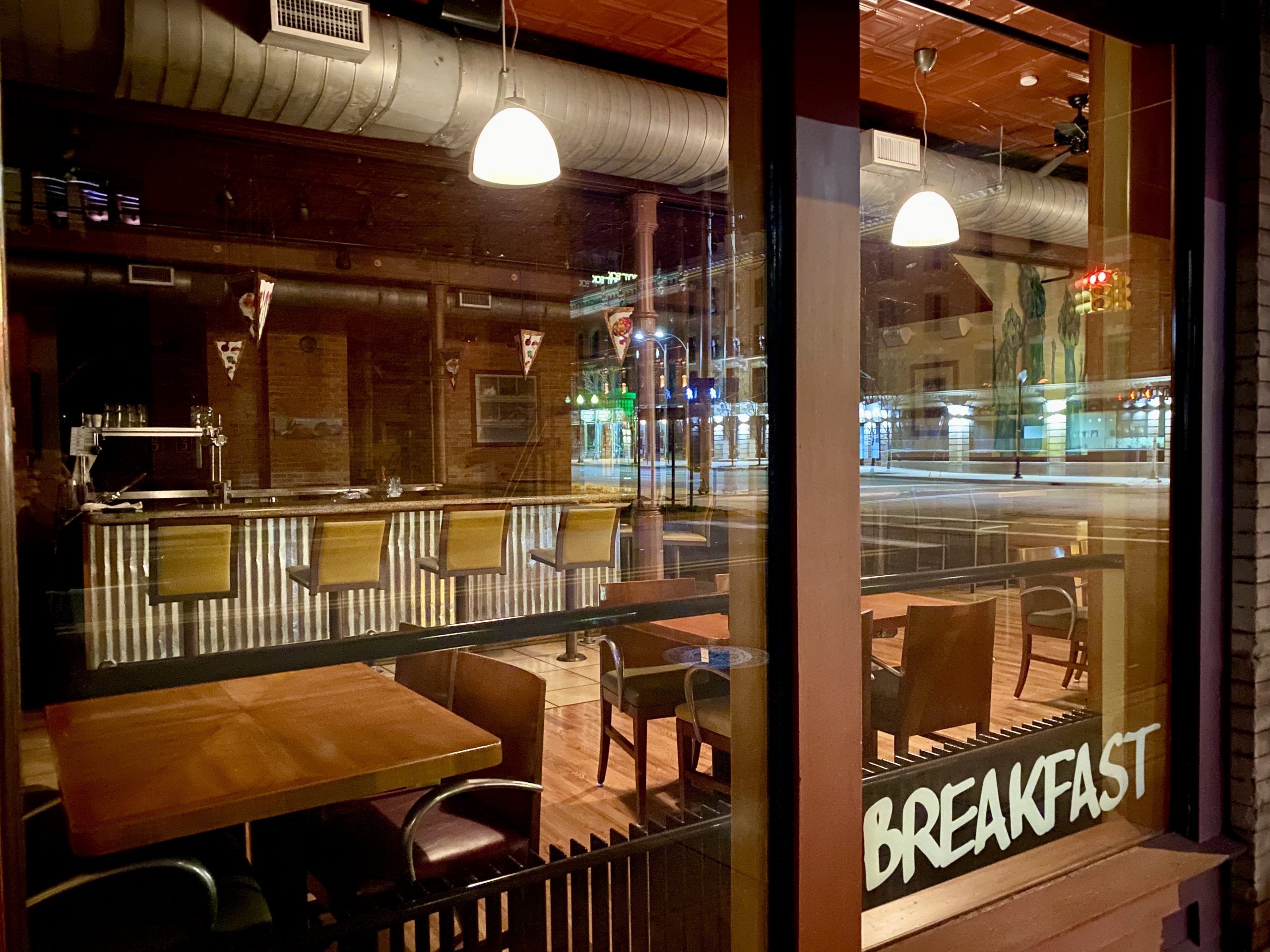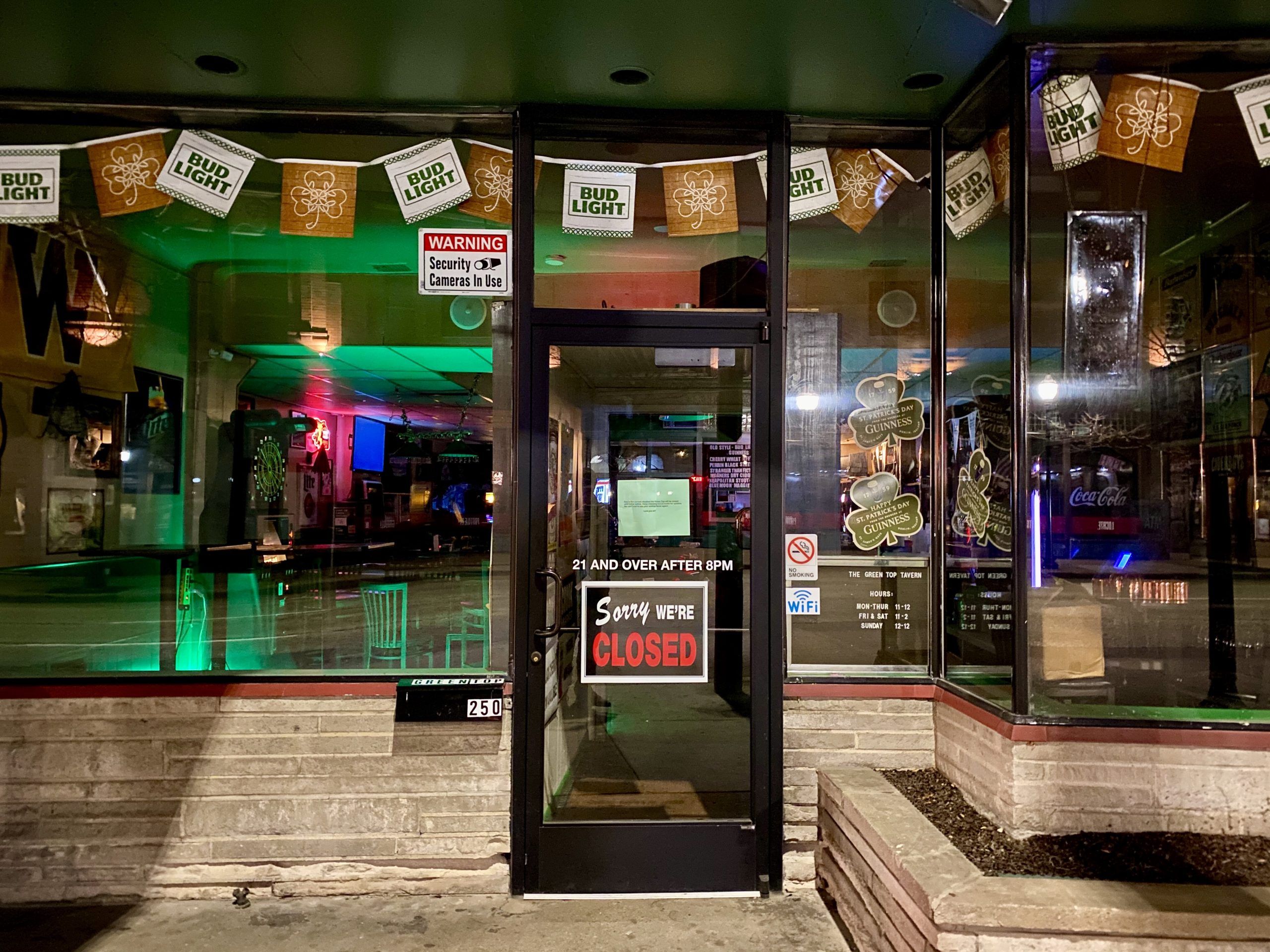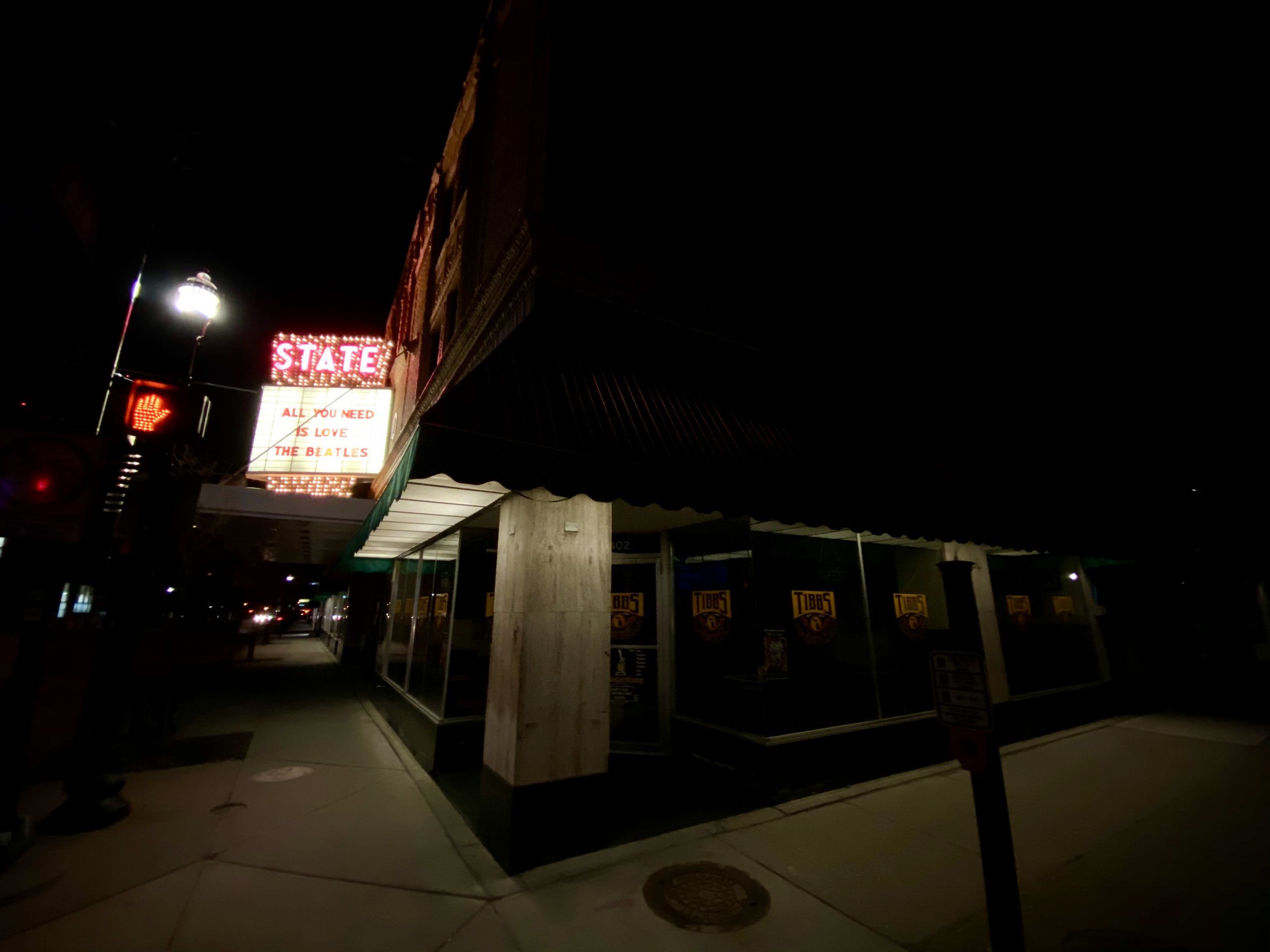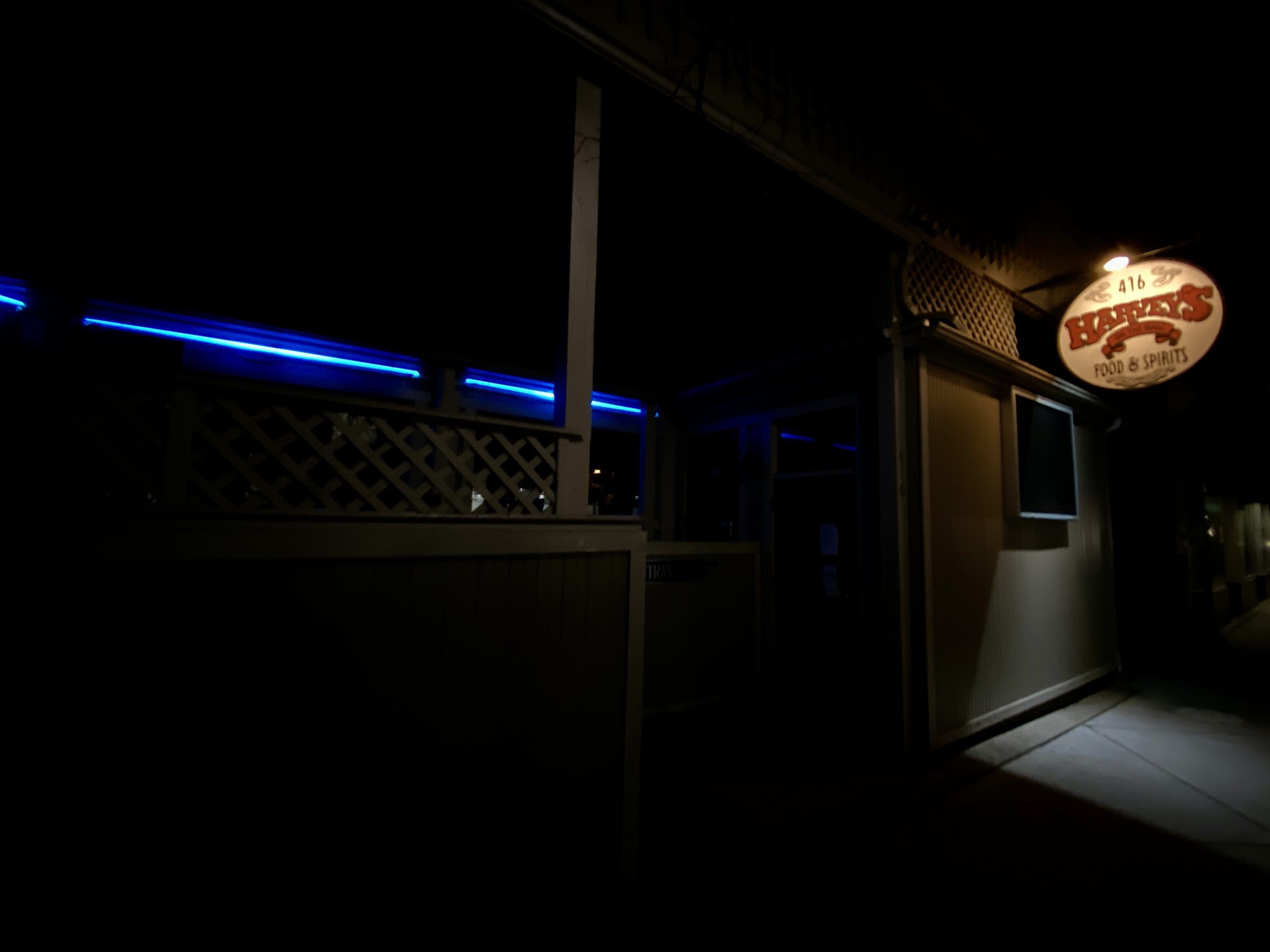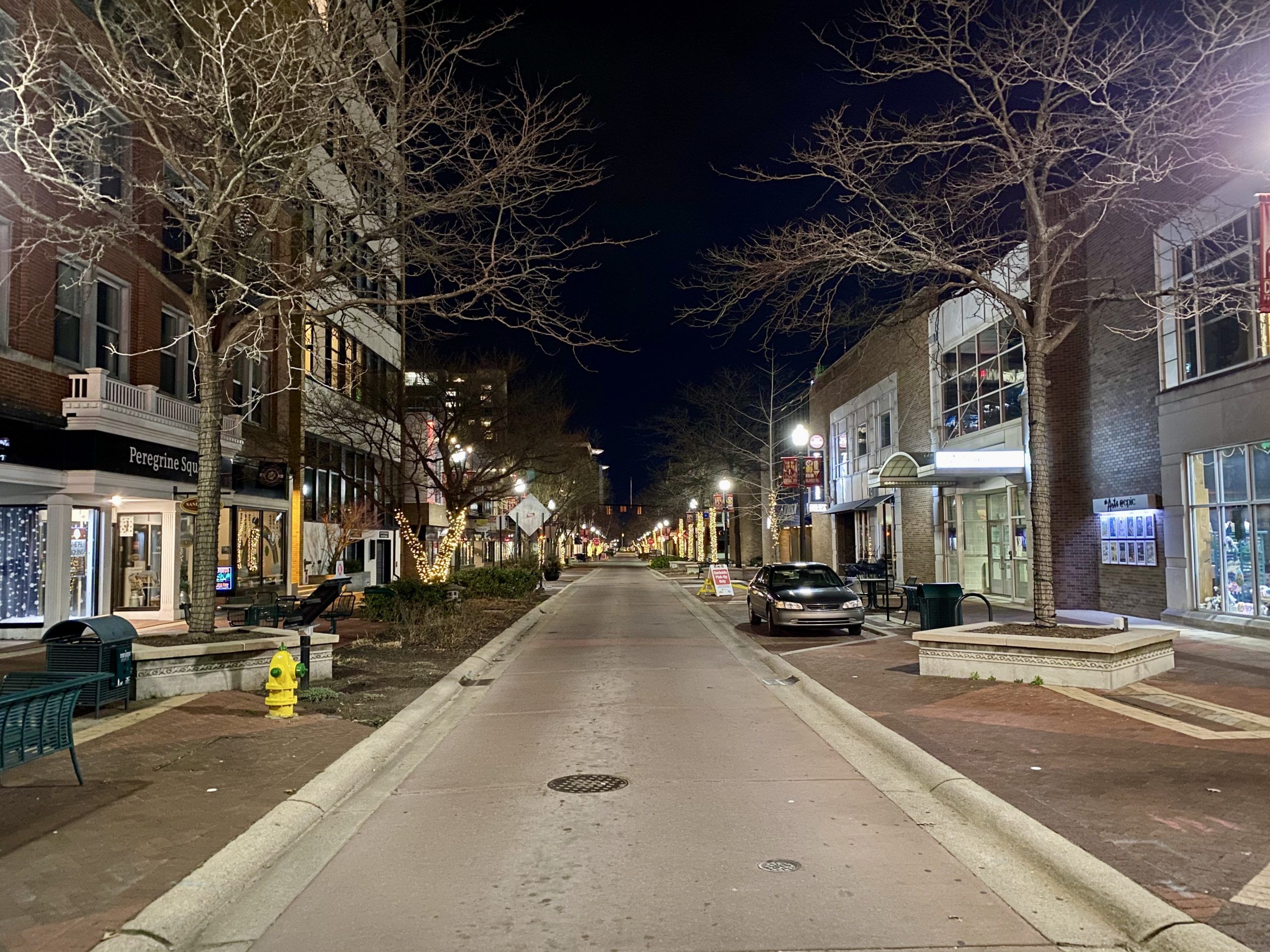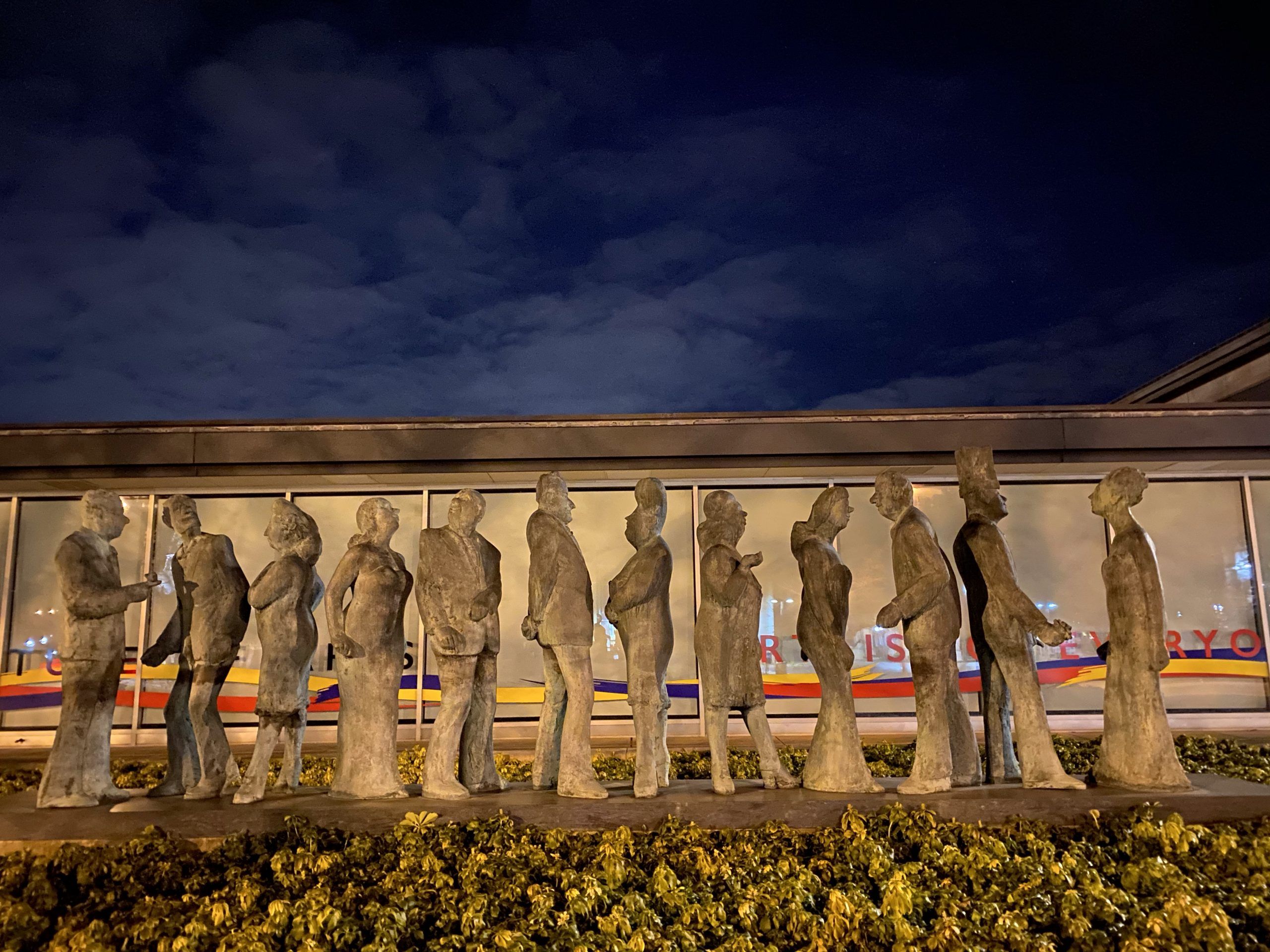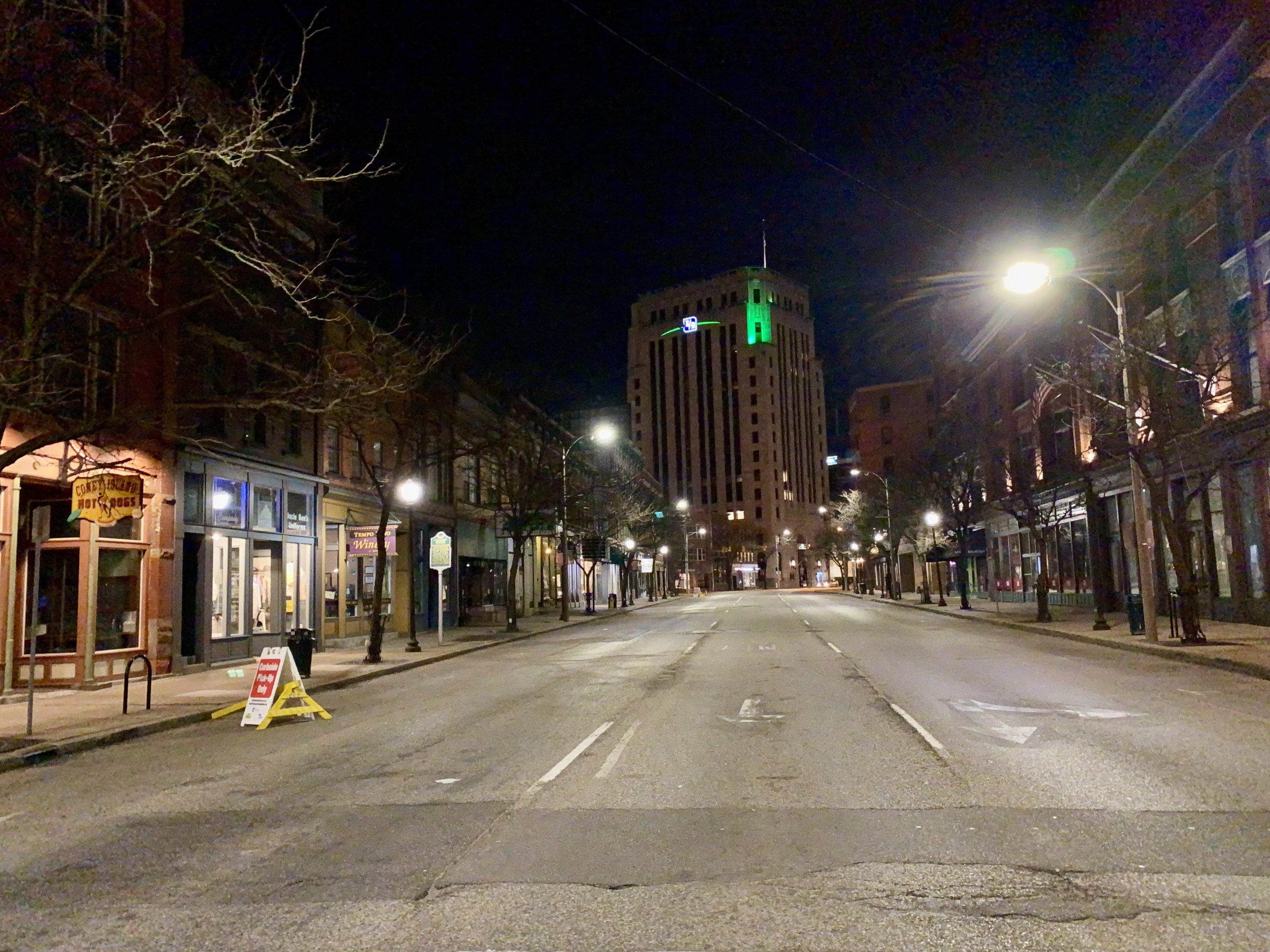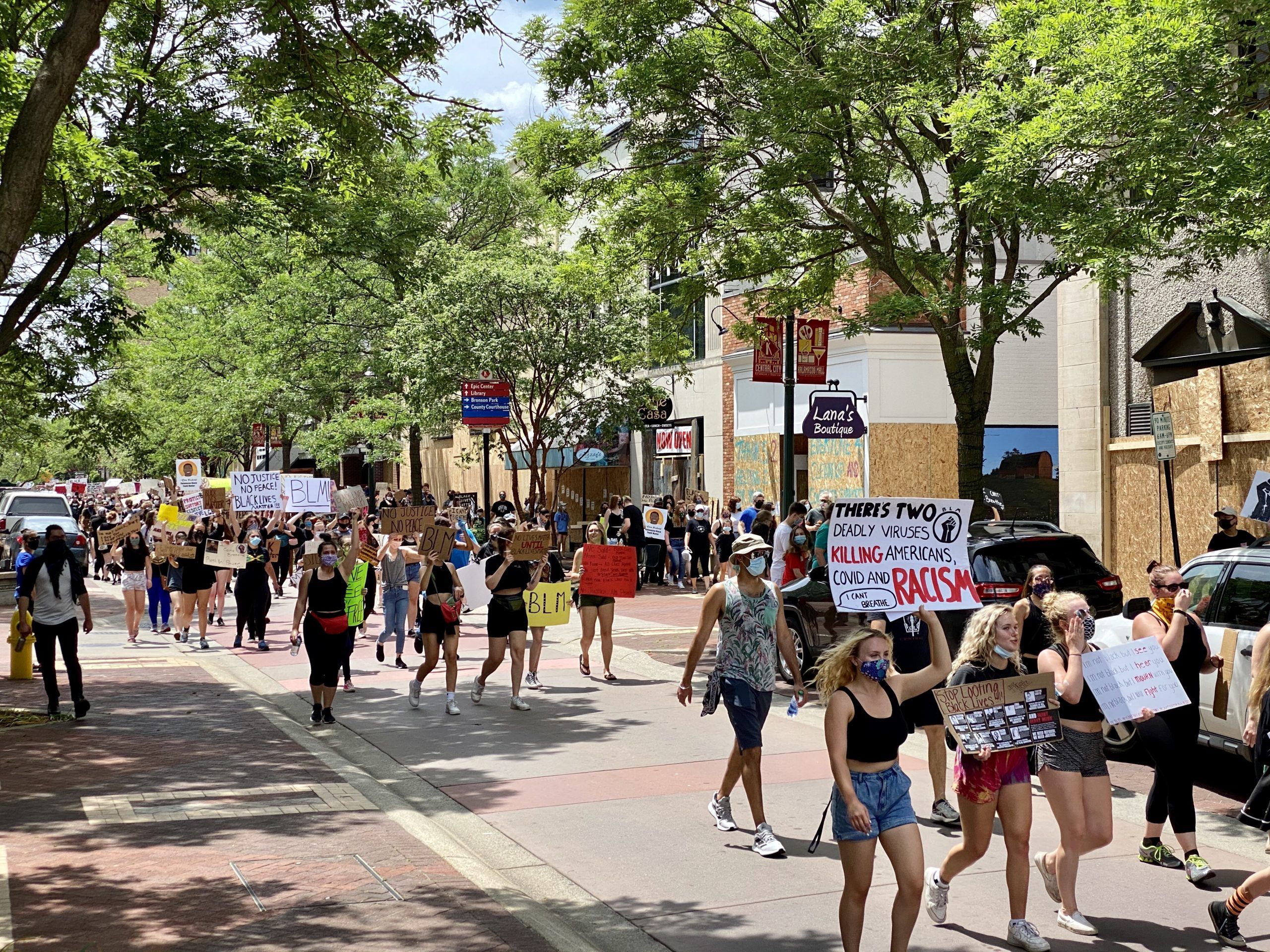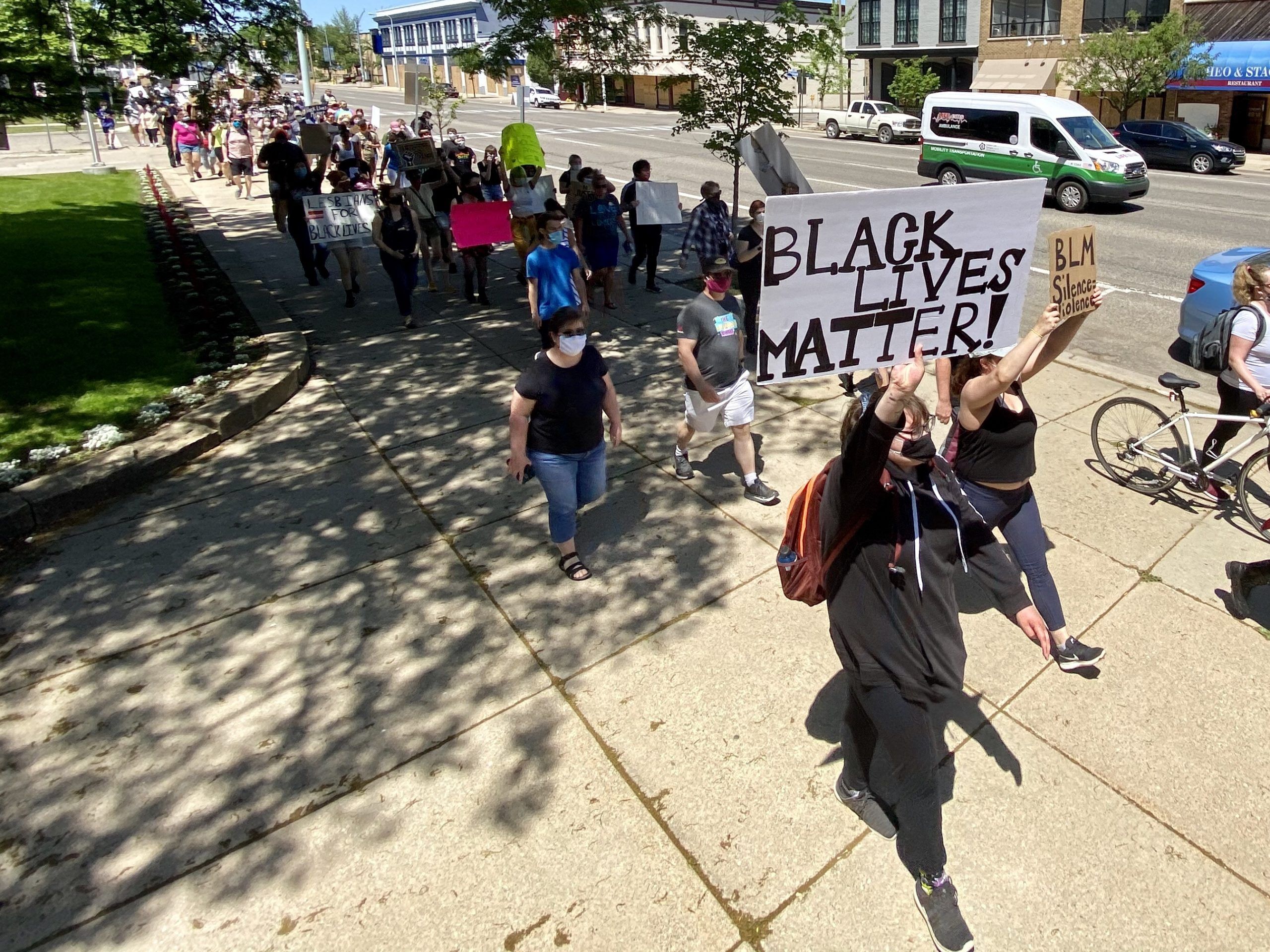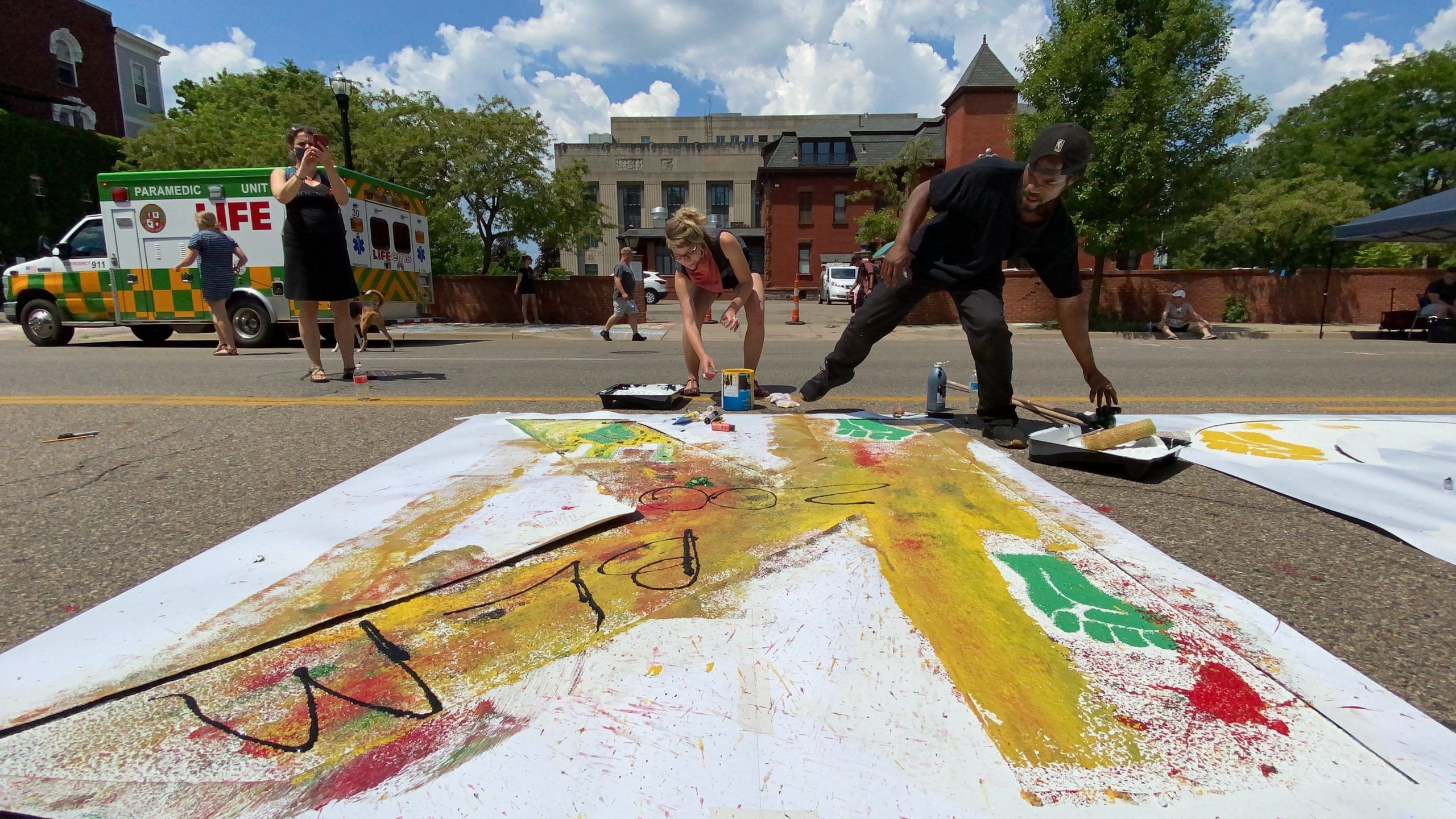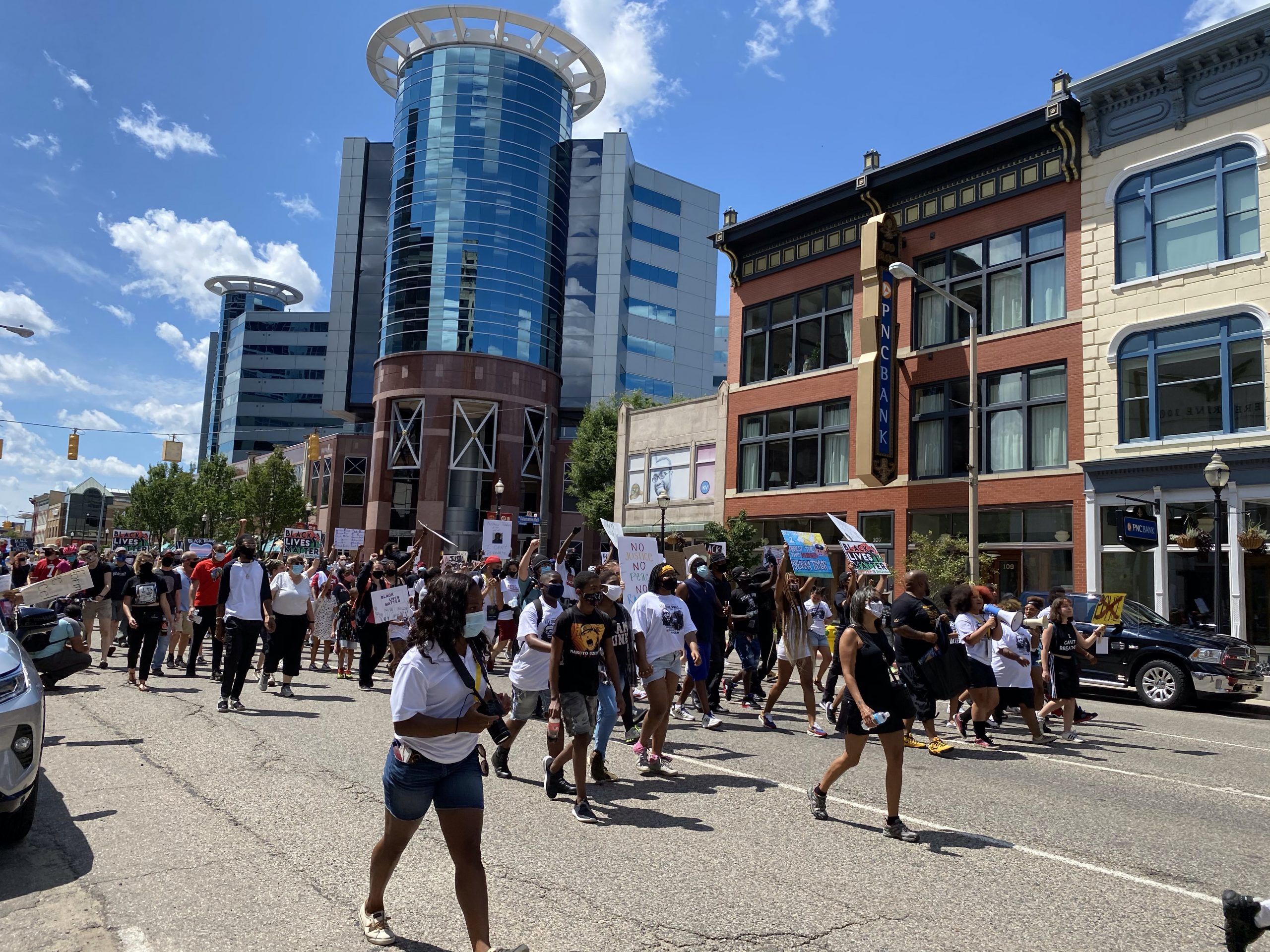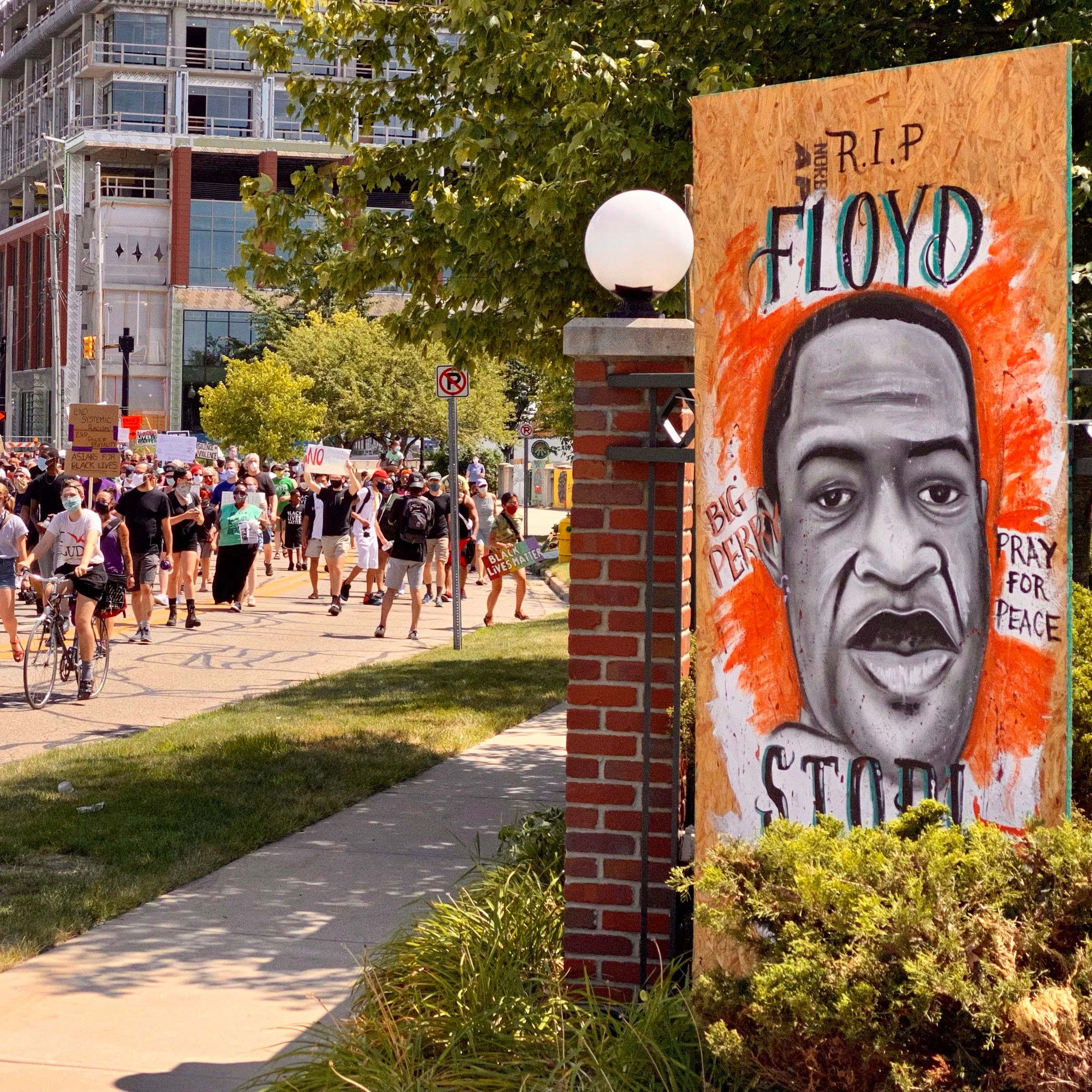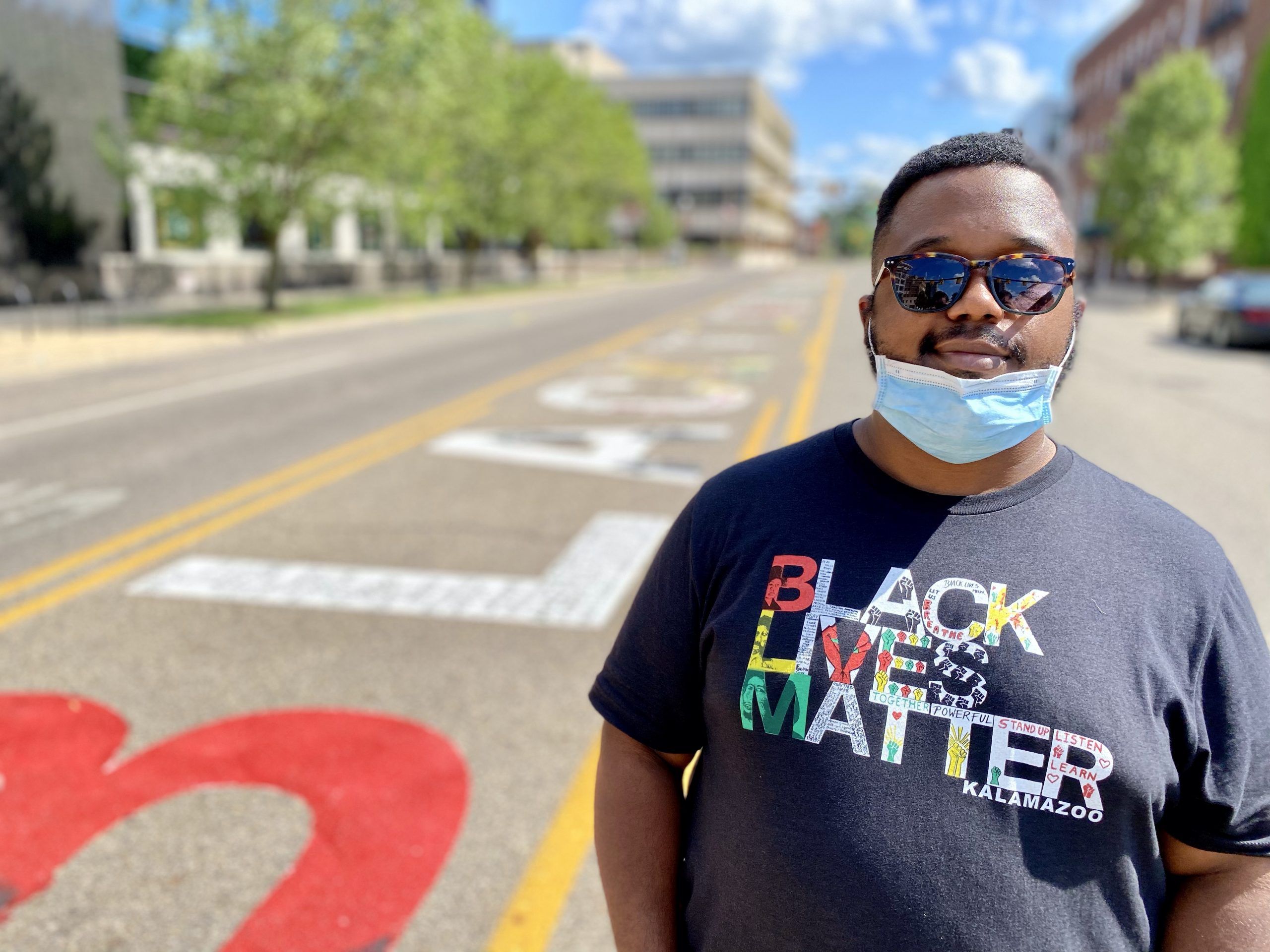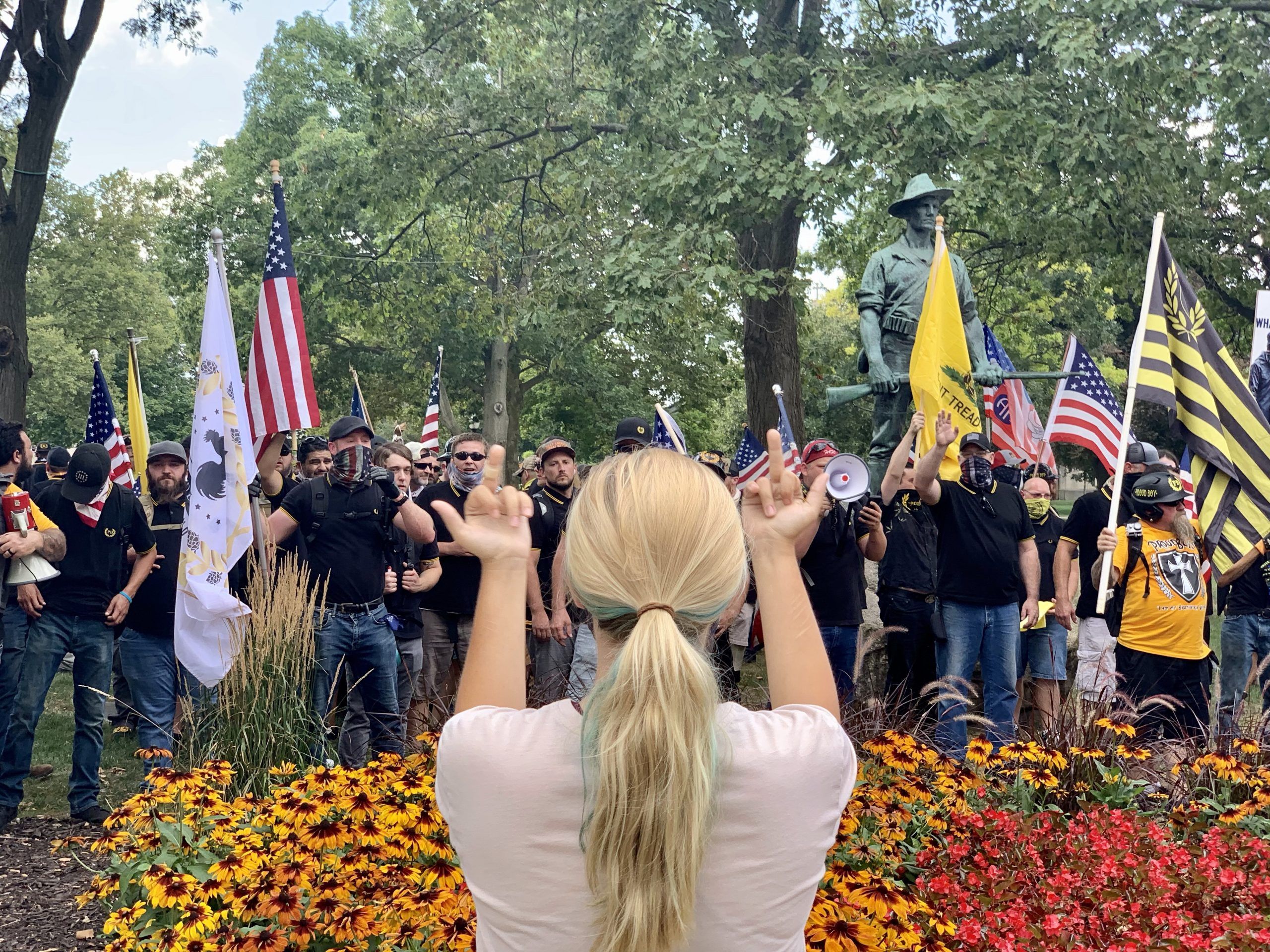“New Normal”: Living with change (September-December) | Kalamazoo 2020 in Photos
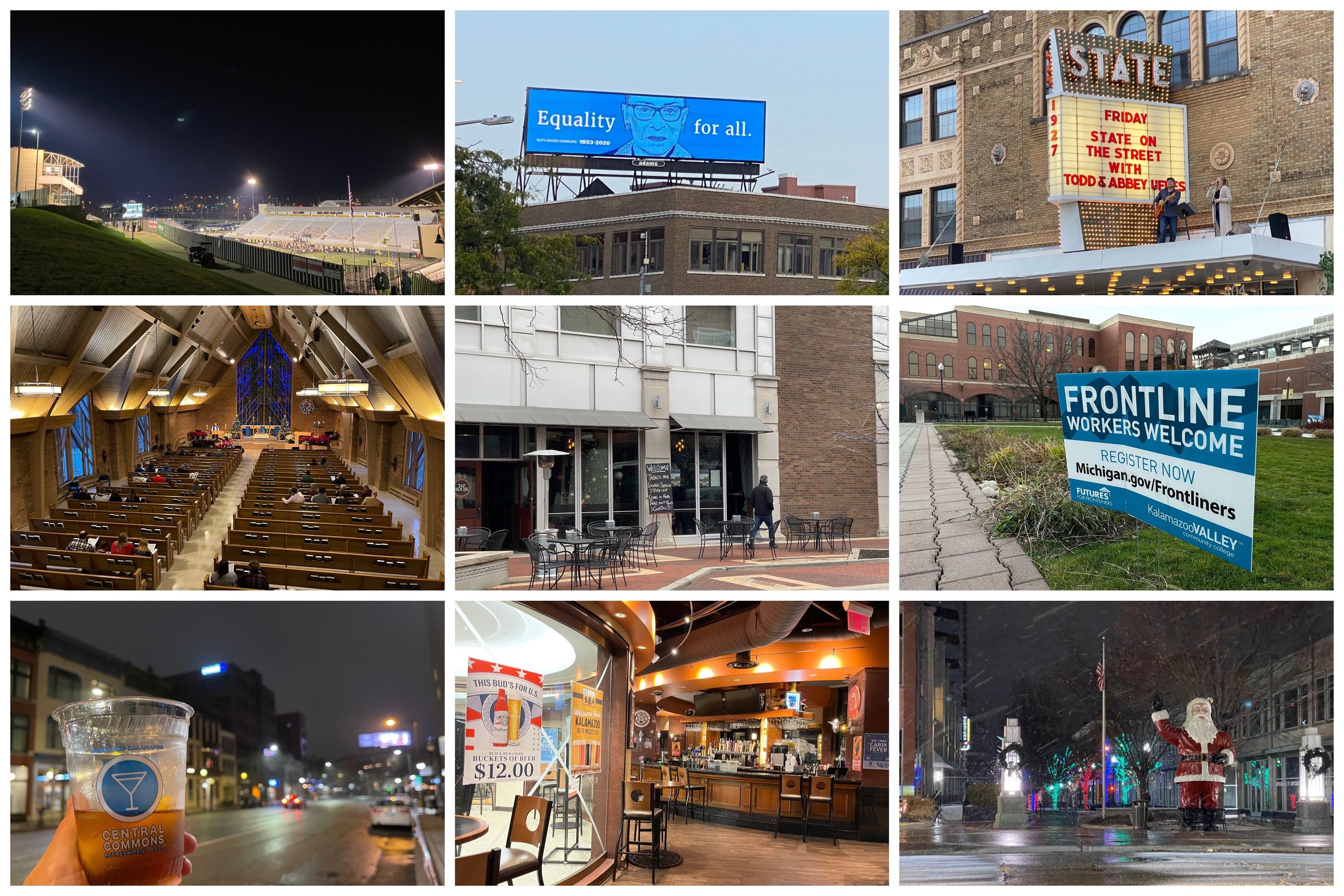
The past few months have been different than the rest of 2020.
They’ve felt… normal.
We’ve adapted to social distancing, to wearing masks, to interacting with people in different ways. When bigger things happen, like new restrictions on indoor dining, they aren’t as big of a shock as the were in the first wave.
Life continues on. College football came back, but without fans. The election happened, but more people than ever voted by mail. Holidays were celebrated, mostly without the traditions we are used to. It’s not the same, but doesn’t feel like the monumental shift that occluded in the Spring.
The biggest event this season was the election, but that faded away from our conscious rather quickly. Other struggles continue and in many ways they’ve intensified. Businesses, bars and restaurants are having more difficulty than ever. People are still struggling with their mental health, especially around the holidays.
But Thanksgiving and Christmas are markers of how we’re living in this new world: we still celebrate, even though it’s different, and what we can do matters more than ever.
These recent images of our journey in 2020 aren’t as stark or bold as the previous galleries, but they reflect how our lives have continued after six months of the pandemic. I’m sure looking back they might seem odd, but they feel like the “new normal” everyone is talking about. As we take some time at the end of the year to reflect, I hope they serve as a reminder of everything we’ve gone through together. It’s to forget just how much has happened.
Whether this is the end of our hard times or a prelude of more to come, we’ve gone through something together. Hopefully we can be more kind to one another and realize that all of our small, individual actions can add up to something greater. If 2020 taught us anything, it’s that the impossible can actually happen: we should be prepared for it and also work to turn our dreams for this world into a reality.
Closed: Responding to COVID-19 (March-May) | Kalamazoo 2020 in Photos
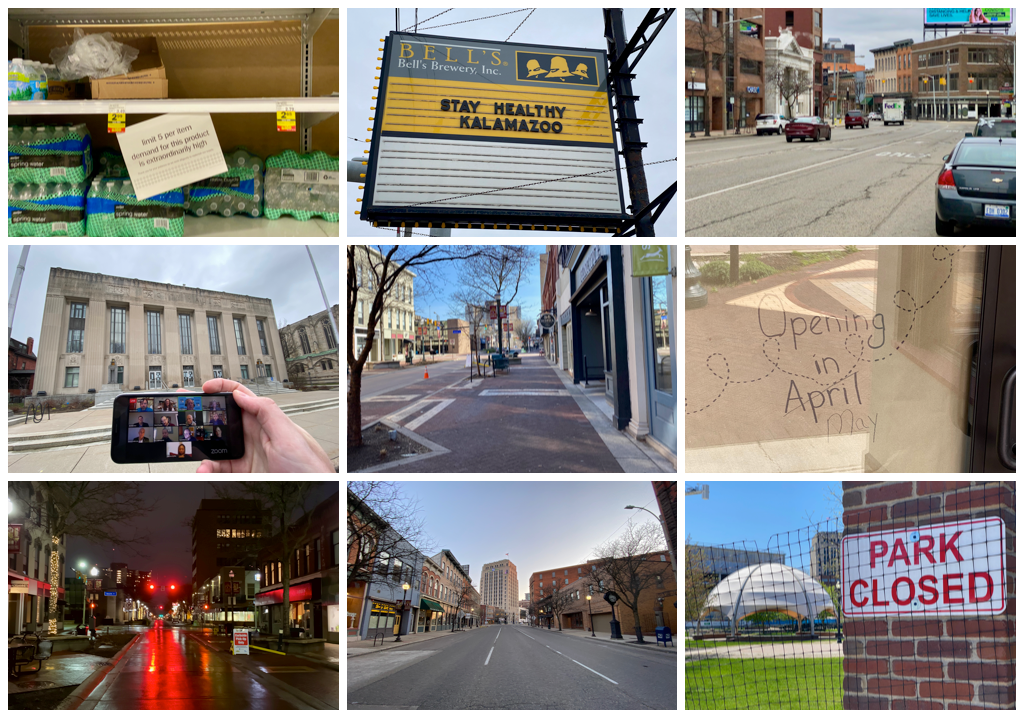
The world was moving incredibly fast when everything shut down. So much was happening as we were learning and responding to the COVID-19 pandemic, it was like watching a movie.
But walking downtown Kalamazoo that first weekend after all bars, restaurants and businesses were closed, the magnanimity of it all set in. It was right around St Patricks’s Day and Oberon Day, when people would be breaking out of their winter hibernation. A 9 p.m. on a Saturday was as empty as 4 a.m.
While we couldn’t really see how other people were responding to the pandemic, downtown was a visual representation of what was happening. There’s a lot of things looking back that seem like an over reaction, such as closing down Bronson Park, but we didn’t know what was happening and were doing the best to contain a virus we didn’t fully understand. Fear and uncertainty were reflected in the darkened windows.
Walking around in the quiet was strangely calming, something I’ve never experienced in the city center. All of the storefronts were dark, the sidewalks were empty, the only sign of light and activity came from the electronic billboard on Michigan Ave with messages encouraging people to stay home and stay safe.
Each day, really, felt new. We had no idea what could happen and greeted each morning without the routines we had built up over the years.
Looking back at these images of the height of the closure, I’m reminded by how empty downtown was actually. There was no one around and nothing happening. When I would see other people walking, we kept out distance. While there was a strange calm about it all, it was became depressing when thinking that every empty building was a business managed by someone who was trying to support their employees, who suddenly had their income stop.
While everything seemed to come to a immediate halt, the natural world kept on progressing. Spring was in full bloom, and focus shifted to the budding trees and greening foliage. Nature seemed as beautiful as ever, since the business of the day was gone.
These images are part of what Kalamazoo experienced in the first months of the pandemic. It’s hard to fully capture the sense of fear and silence that flowed down the streets at night and during the day. But as we learned more about the virus and honed in our response, things began to reopen with the coming of Spring.
Kalamazoo 2020 in Photos: 20 images from our community
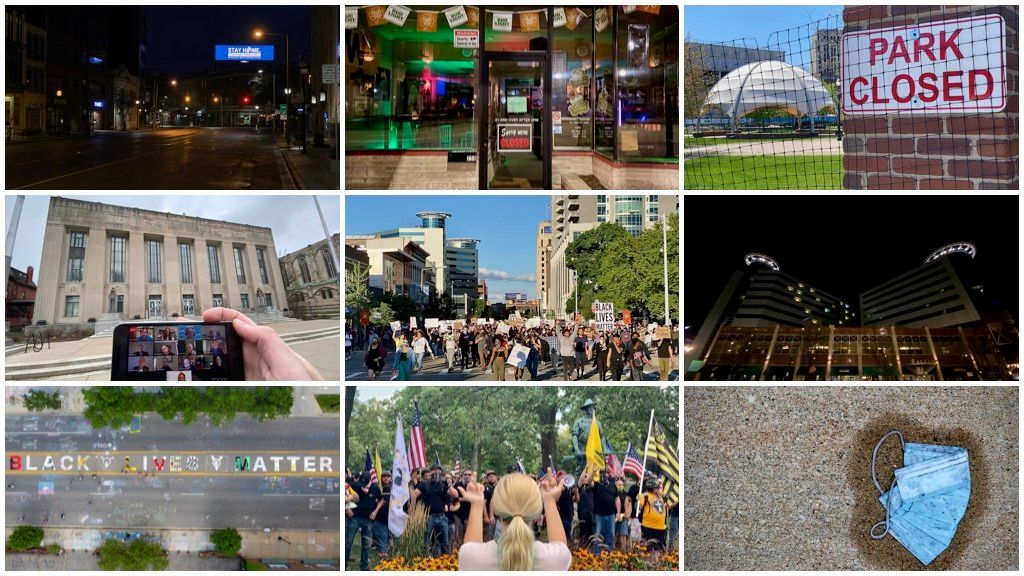
Here are more images from the year:
-
An empty downtown Kalamazoo at 8:26 p.m. on March 28, 2020, the first Saturday where bars and restaurants were closed to help combat the spread of COVID-19.
-
The Green Top Tavern would have been filled with patrons on March 28, 2020, the first Saturday where bars and restaurants were closed to help combat the spread of COVID-19.
-
Another view of an empty downtown Kalamazoo, no cars or pedestrians to be seen.
-
A discarded glove sits in a puddle reflecting an electronic billboard with information from the CDC on COVID-19, March 28, 2020.
-
The Arcadia Festival Site, like many public parks, were closed in the early months of the COVID-19 response, May 7, 2020.
-
The streets and churches are empty on Sunday, March 29, 2020 at 10:25 a.m., save Judy Sarkozy driving her van delivering bread. Sarkozy Bakery stayed open throughout the pandemic.
-
The first virtual meeting of the Kalamazoo City Commission on March 31, 2020, seen on Zoom outside of an empty City Hall.
-
“We are in this together” — one of the many signs of encourage downtown Kalamazoo. April 10, 2020 outside of V&A Bootery on the Kalamazoo Mall.
-
Empty rooms at the Raddison Hotel have lamps turned on to make the shape of a heart, April 22, 2020.
-
A march for racial justice, downtown Kalamazoo, on May 30, 2020, five days after George Floyd was killed by police in Minneapolis, setting off protests throughout the country.
-
Kalamazoo Department of Public Safety officers set up a perimeter downtown Kalamazoo after a large protest on June 1, 2020 (Photo taken at 1 a.m. on June 2).
-
A broken window at Lana’s Boutique on June 2, 2020, after multiple groups of people smashed windows downtown.
-
Memebers of the National Guard set up a parimiter downtown Kalamazoo on June 2 after some vandalism the night before. City leaders established a curfew that night.
-
Hundreds of people take a knee at Bronson Park during a racial justice rally on June 6, 2020.
-
A Black Lives Matter mural was painted on Juneteenth, 2020, downtown Kalamazoo.
-
Opening Day at the Kalamazoo Growlers, July 1, 2020.
-
Hundreds of people continue the call for racial justice in Kalamazoo on July 11, walking past boards that were used by businesses downtown and were turned into artwork.
-
A protester gives two middle fingers to members of the White Supremacist group the Proud Boys, after they came to Kalamazoo from out of town to hold a rally on August 15, 2020.
-
An empty patio outside Tap House on the Kalamazoo Mall on December 6, 2020.
-
A discarded mask downtown after a rain storm, December 13, 2020.
What will we make of 2020?
In previous years, the end of December has been a time to reflect: think about the highs and lows of the past 12 months, the things we’ve done, places we’ve traveled, how we and those around us have changed. We look back and hope to give some meaning to the often random events in our lives.
But how can we process 2020?
So many of the year’s defining issues have been shared by everyone across our country and world: a global pandemic, a reckoning on racial justice, embittered politics and the response of our institutions to them. While in previous years we may have looked to places outside our community to track the change, 2020 has brought them home.
In Kalamazoo, we’ve experienced it all within a few blocks: fear, anger, love, care, struggle. Throughout the year, I took thousands of photos within a square mile of my apartment to document this pivotal year. I didn’t know what significance the images would hold when I shot them, or what they will mean going forward, but I know it all meant something and deserved to be documented.
Today, I’m kicking off my look back at 2020 with 20 photos from Kalamazoo. Next week, I will publish four additional galleries:
- Closed: Responding to COVID-19 (March-May)
- Not Impossible: A call for racial justice (June-August)
- “New Normal”: Living with change (September-December)
- Signs of the Time: 2020 told through signs.
These galleries primarily focus on downtown Kalamazoo, its businesses and the events that occurred on its streets. While they mostly follow the themes laid out above, I’ve included photos of the beauty that remains in our world, which became more important than ever. These photos do not represent the full story of what happened in our community, but I hope it throughly tells the story of one part of it, a place where many of us spend time and have some kind of attachment.
Thank you for reading and viewing my pictures. I look forward to sharing the rest of them with you in the week to come.
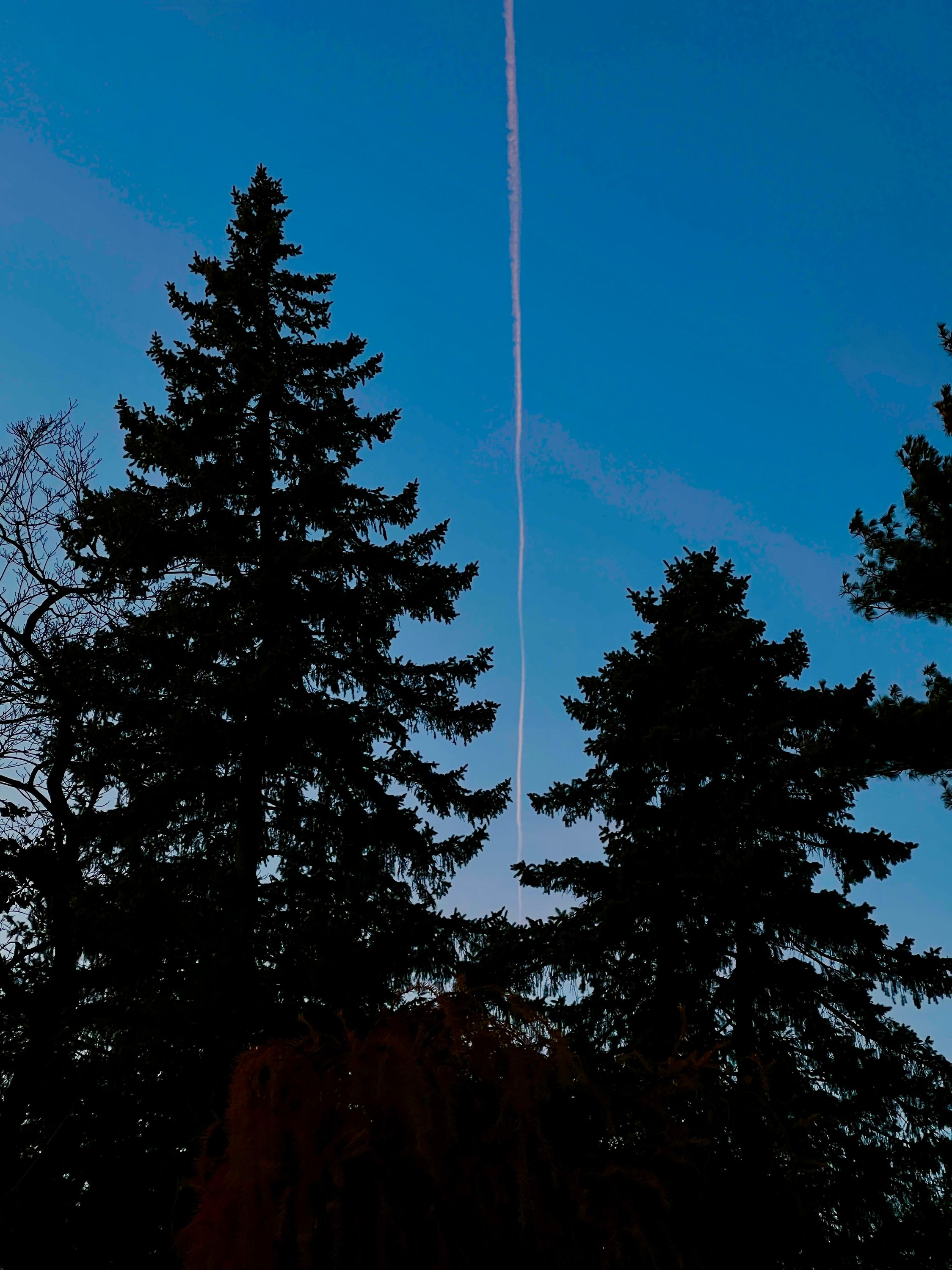 Sunset trail
Sunset trail
A Love Letter to the iPhone 11 Pro: a year capturing history with a camera bag in your pocket
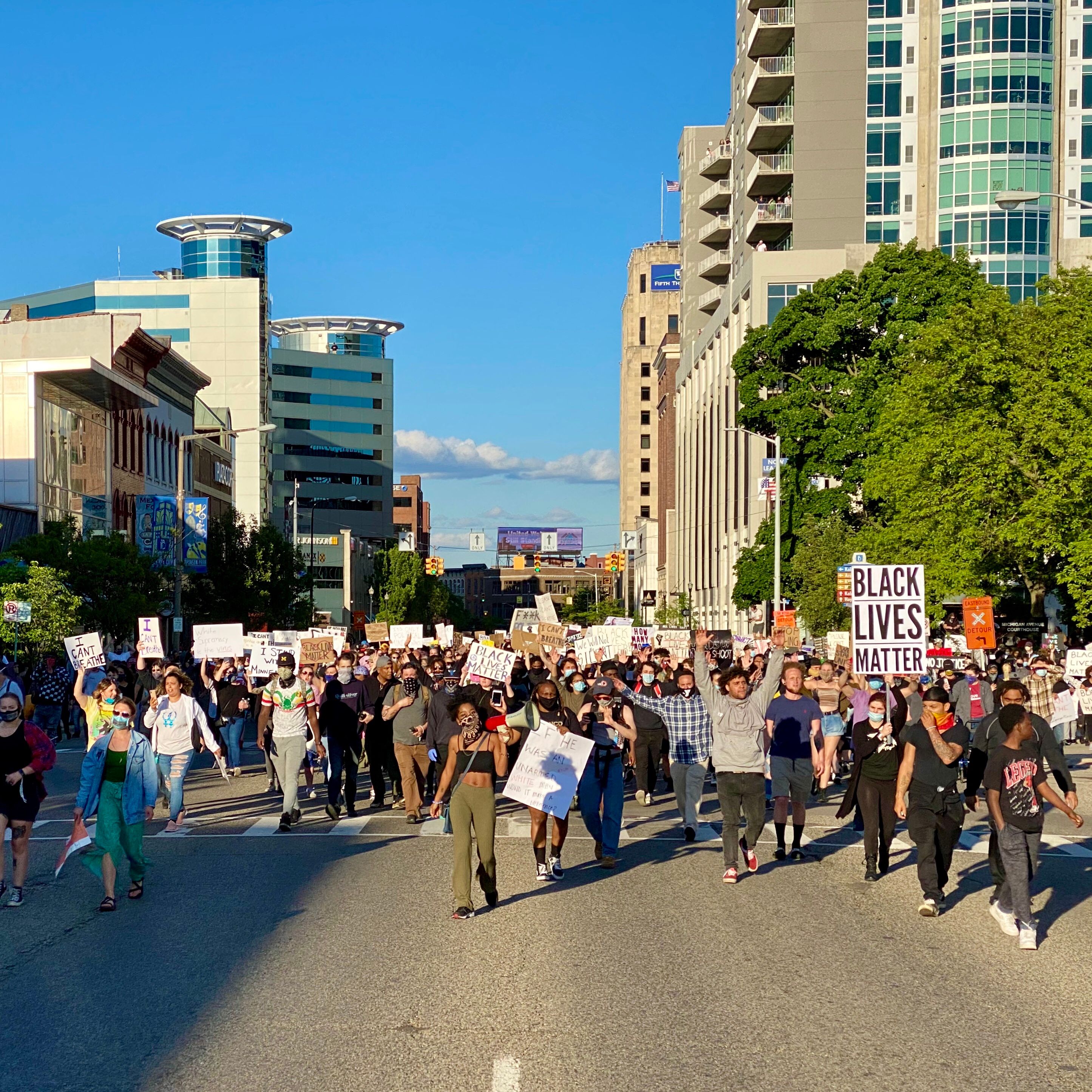
As I’m waiting for the iPhone 12 Pro Max to arrive, I’ve been thinking about how great of the camera the 11 Pro has been, and all the photos and videos it’s captured in the past year.
As a photographer, the iPhone X was a major leap forward. It was first time I had a phone with telephoto lens, but also all the camera and screen improvements rekindled my passion for iPhone photography. The XS was a noticeable refinement, but the 11 Pro was falling in love all over again.
Looking back, a lot of the feelings I have about this phone have to do with the historic year we’ve lived in. The 11 Pro was my main, go-to camera for almost everything: the empty streets during the lockdown, social justice marches, violent white supremacist rallies, taking pictures of the same things every day but in new and interesting ways while on a walk.
The 11 Pro was there for all of it, and constantly exceeded my expectations. It has been the most versatile camera I’ve ever used.
Some of my favorite photos from the past year
Lens system
The most consumer-facing feature added to the 11 and 11 Pros were the Ultra Wide lens. Clocking in at 13 mm, this lens was added to both new phones, while the 11 Pro kept the telephoto, making an at first funny looking, but extremely powerful, camera system.
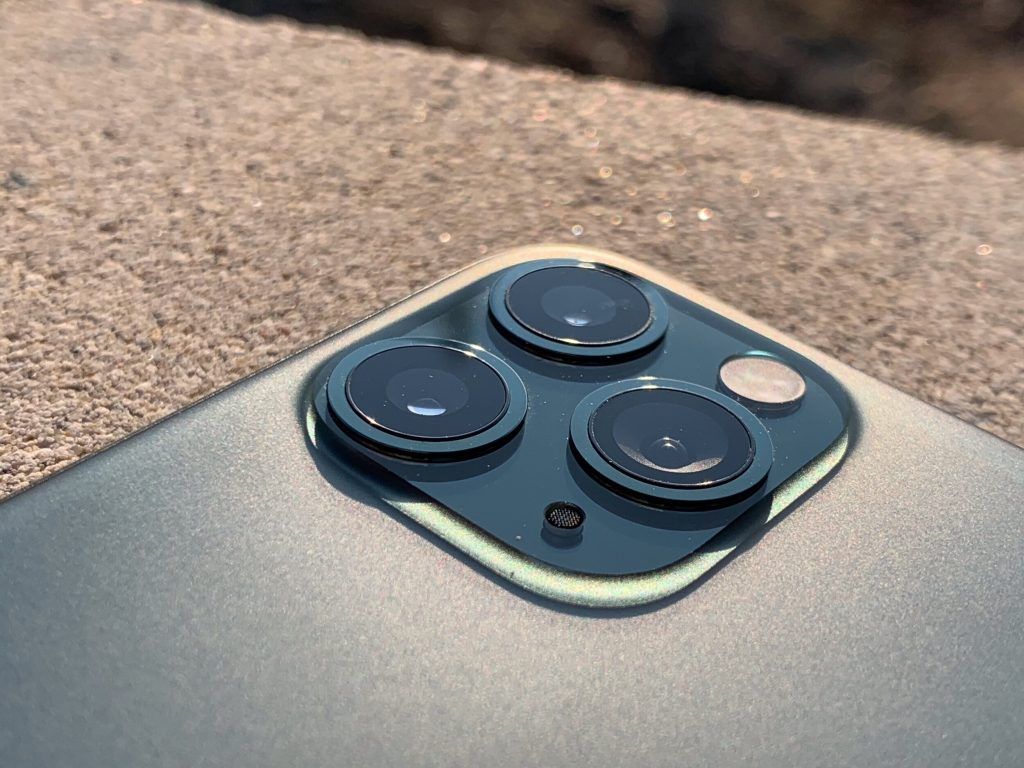
iPhone 11 Pro’s camera
As I noted in my first review, a fisheye lens like this is one of the last lenses I would invest in on a DSLR, and the last I would carry in my camera bag. But it’s now one of my favorite parts of an iPhone camera, ever. A core principle of my approach to photography is to capture the world in a way we’ve never seen it, and the Ultra Wide has allowed whole new types of photos and videos that were previously prohibitive.
The whole three lens camera system together is something to note. To capture those three ranges (wide, ultra wide and telephoto) I would need to lug around a bag with a camera and three lenses, not to mention switch them, which takes you out of the moment. But the ability to switch lenses with just a tap, and even during recording video, was a game changer and the most underrated part of the 11 Pro. Especially for video: Being able to get close AND capture more of the scene WHILE being stable is a photojournalist’s dream.
Covering a large, Black Lives Matter march downtown, I was able to quickly and effortless, and most of the time without thinking, switch between the three lenses. Being able to capture the full breath of a darkened and closed city. The Wide Angel lens allowed me to get some of my favorite shots of the year. The quality of the lens was severely lacking compared to the other two, but distortion is common in fisheye lenses, and frankly, the overall effect was worth the trade off to expand the scene of a moment. And if the composition, lighting and moment are good, quality really doesn’t matter. I’m excited to see how the lens has improved in the next camera system, and the next, but I’m not doing a lot of cropping on these shots.
I’m incredibly glad to have gotten the Pro because of the telephoto lens. Is it really a “telephoto” at 52 mm? Not really, if you compare to other cameras, but that extra distance, the little bit of visual compression, added up. Looking at the stats of the photos I’ve taken, I’ve used the telephoto lens a lot. Switching between the lenses is natural. I can’t imagine giving up the telephoto lens.
iPhone 11 Pro Stats
Total photos and videos taken: 44,692
- Ultra Wide: 10,072 (22.5%)
- Wide: 14,144 (31.6%)
- Telephoto: 9,013 (20.2%)
- Front Facing: 1,013 (2.3%)
The other images were a mixture of multiple lenses
Oh yeah, and the expanded front facing camera was great for selfies.
Background processing
In the background, the iPhone 11 Pro had some serious upgrades, mostly with Deep Fusion and Night Mode (more on that below), which increased the overall image quality through computational photography.
For video, the handheld stabilization was the best I’ve used, and many friends were surprised that video I shot was handheld… they thought it was with a big cinematic camera. I’m not sure how much of that smoothness came from switching to shooting 24 FPS in 4K mostly, but there is a feel about the video system that is super smooth.
The advancements to the software, Smart HDR and the chipset on the 11 Pro gave me the confidence to know that, with little adjustment while shooting or in post, the image would come out as I saw it. It keeps getting better every year.

A marketing photo for work… Looks at the details captured of the crashing wave and sunset!
Shooting outside the frame
When the 11 Pro came out, one of the features I was most exciting about was Shooting Outside the Frame. When enabled, this feature used the other lenses to capture information outside the frame, which allowed you to add parts to the image in during editing. It was like the inverse of cropping. This was a dream come true for someone who shoots a lot of action photography. You had 30 days to made edits with information captured outside the frame. I remember the first weekend with the phone at a friend’s wedding (I was only late 15 minutes to the rehearsal dinner to pick up the phone), adding the bride’s trailing wedding dress into the frame that was cropped out as we were quickly walking down the beach.
But when Deep Fusion was released in an early iOS 13 point beta, it disabled shooting outside the frame, and I abandoned the new feature for an increase in quality I didn’t really understand how it worked. The other week I looked in the settings to enable it again and found out it was cut entirely in iOS 14, which is a shame, but I think has to do with overall performance of the Camera app. I hope it returns in the future on iPhones with more memory because it was one of those hallmark features that only an iPhone could offer and changed how photographs were taken.
Deep Fusion
So, I gave up one feature for another, quality overcoming convenience. Deep Fusion was introduced during the 11 Pro announcement and when it came out, I was super excited. As soon as it was available in beta I turned it on…. and frankly haven’t noticed the benefits. It turns on automatically in low light and captures more details in the image. Some folks did comparisons when it was released, and the differences are noticeable, but it’s not something I think about when shooting or editing. I’m sure I’ve reaped the benefits, but it’s not something I really think about when considering a year with this phone.
Night Mode
Another hallmark feature of the 11 series was Night Mode. In a nutshell, these are handheld, long exposures that are put together through computational photography. The results can be stunning… and strange. Personally, I enjoy photos at night taken without it. Night mode can make the images seem fake. But it does come in handy and I’ve been happy with several shots. I’m looking forward to see how the feature improves.
Favorite shots and memories
This past year has been one unlike any other, and photography and videography have been a constant for me. So much has happened and are some highlights to how I used the 11 Pro during it.
Pandemic shut down
When our state shut down to prevent the spread of the coronavirus, I was one of the few people walking the streets of my downtown. I was able to capture what was going on in our community and share it with people who were at home. The Ultra Wide was really good at showing the emptiness of the downtown. I can’t imagine telling this story without it. I’m glad I captured it for posterity. This is what photography is all about.
The first weekend of the COVID closure
Black Lives Matter
After the murder of George Floyd, protests and marches began across the country. There were several that happened in my town, and I would stumble upon them with just my iPhone. The ability to quickly switch lenses on a camera that was powerful enough gave me the confidence as a photographer to know I would get the shots. And also during the pandemic, the telephoto lens allowed me to get shots while keeping a distance.
Violence in the streets
This summer, a White Supremacist group held a march in Kalamazoo… and violence erupted. I was there in the middle of it with my iPhone. I captured raw images of the events. The iPhone 11 Pro was up for the task. I didn’t have to worry about focus, stabilization or any of those other concerns that come with larger cameras. Again, all three lenses were vital, and the ability to take pictures while recording video was convenient to get images quickly to share with local media. The photos and videos were seen around the country and documented a darker part of the year.
Spring… Summer… Fall…
This year I’ve spent a lot more time walking, before work, during lunch and at night. I’m shooting a lot less for work than I normally do, so I kept my photography skills up by capturing images on my walk. The flexibility of the 11 Pro allowed me to create images I never imagined.
One more thing… the Smart Battery Case
I’ve always loved using the Smart Battery cases to get a little extra juice while shooting. But the 11 Pro case introduced something new: a dedicated shutter button. And boy did I use this. Press the button to open the camera and press it again to take images. It really made the phone feel more like a camera. I will miss this on the 12 Pro
A camera unlike any other
The iPhone 11 Pro was really the first Pro iPhone camera. I know the term Pro gets thrown around in marketing and many people think it means “more expensive.” That’s true, but the 11 Pro gave photographers and videographers everything they needed for most things in one package. Instead of a heavy bag full of lenses, it was all just a tap away.
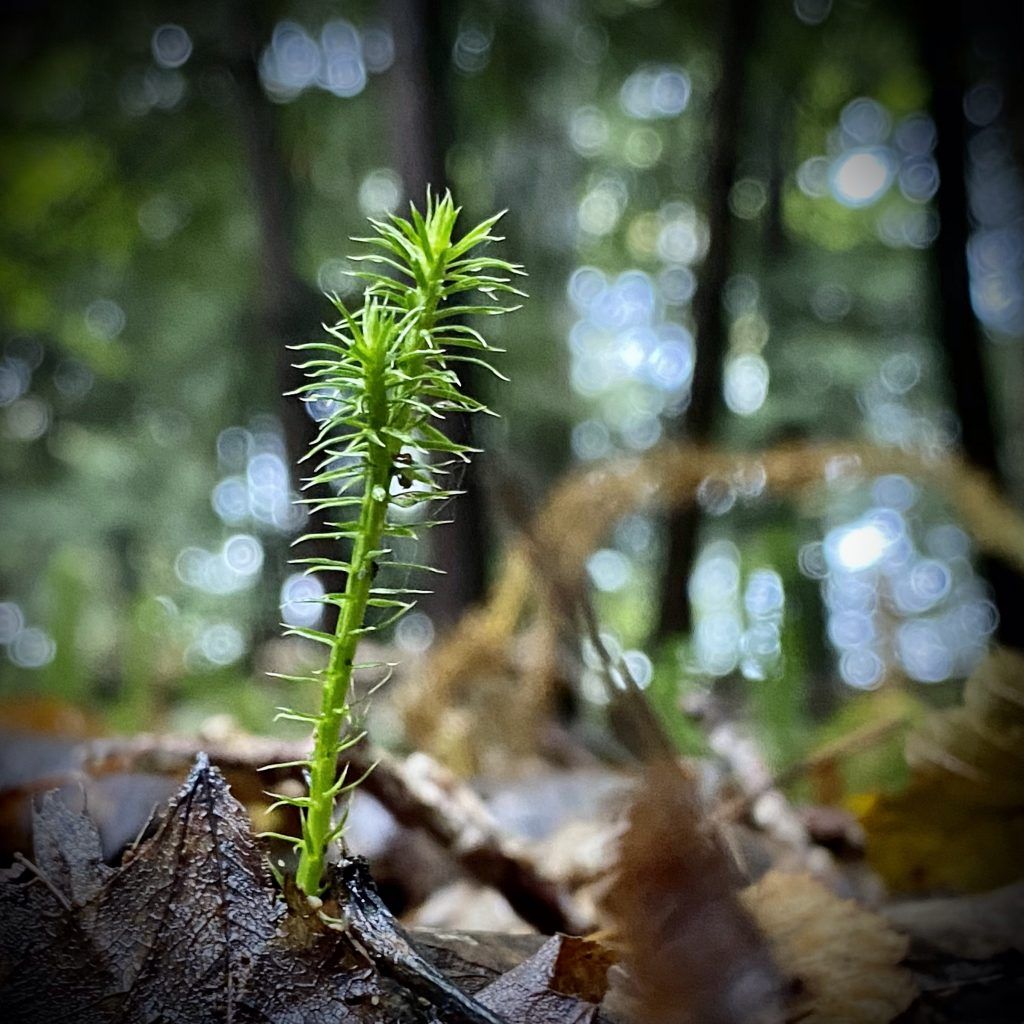
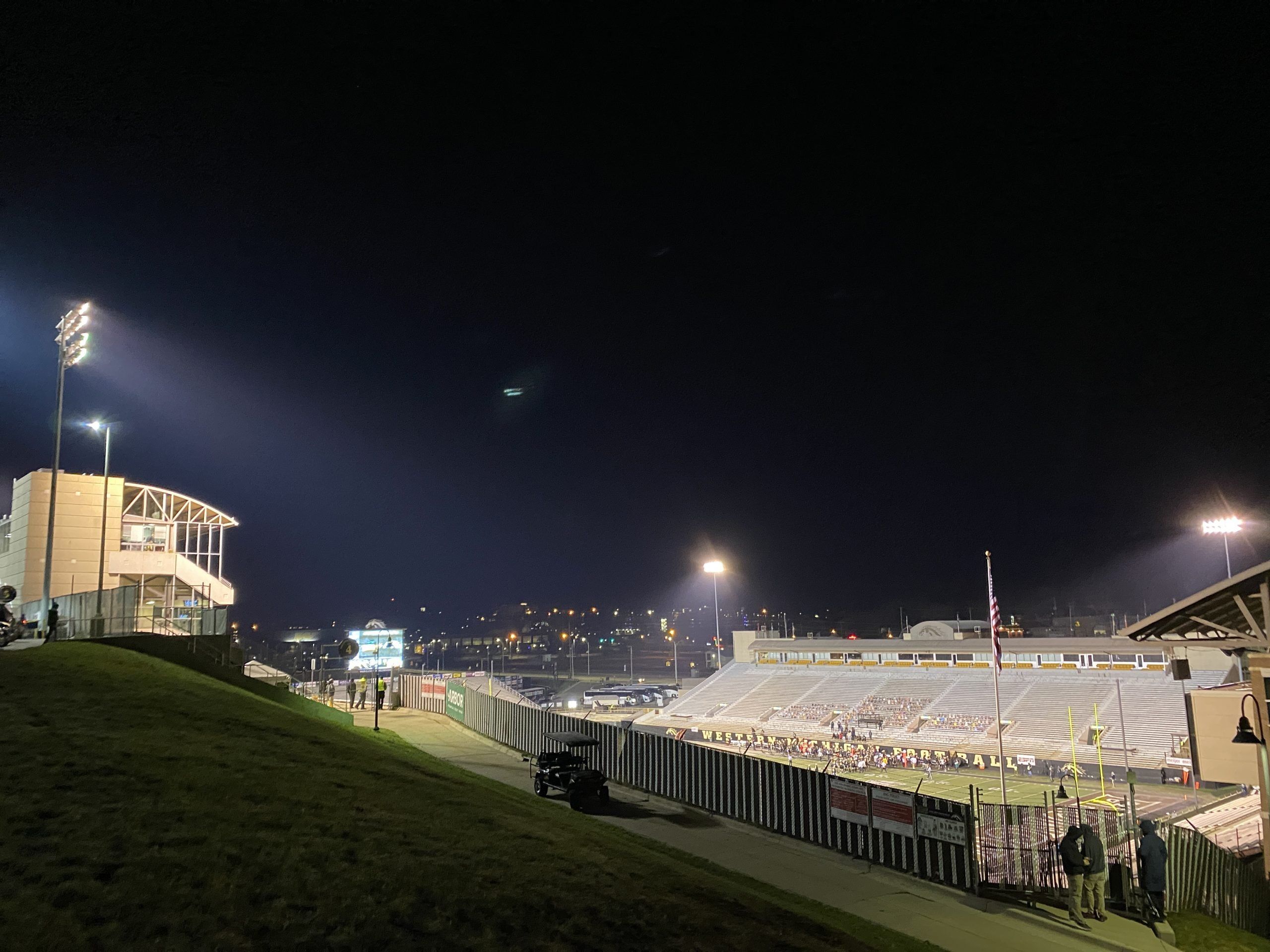
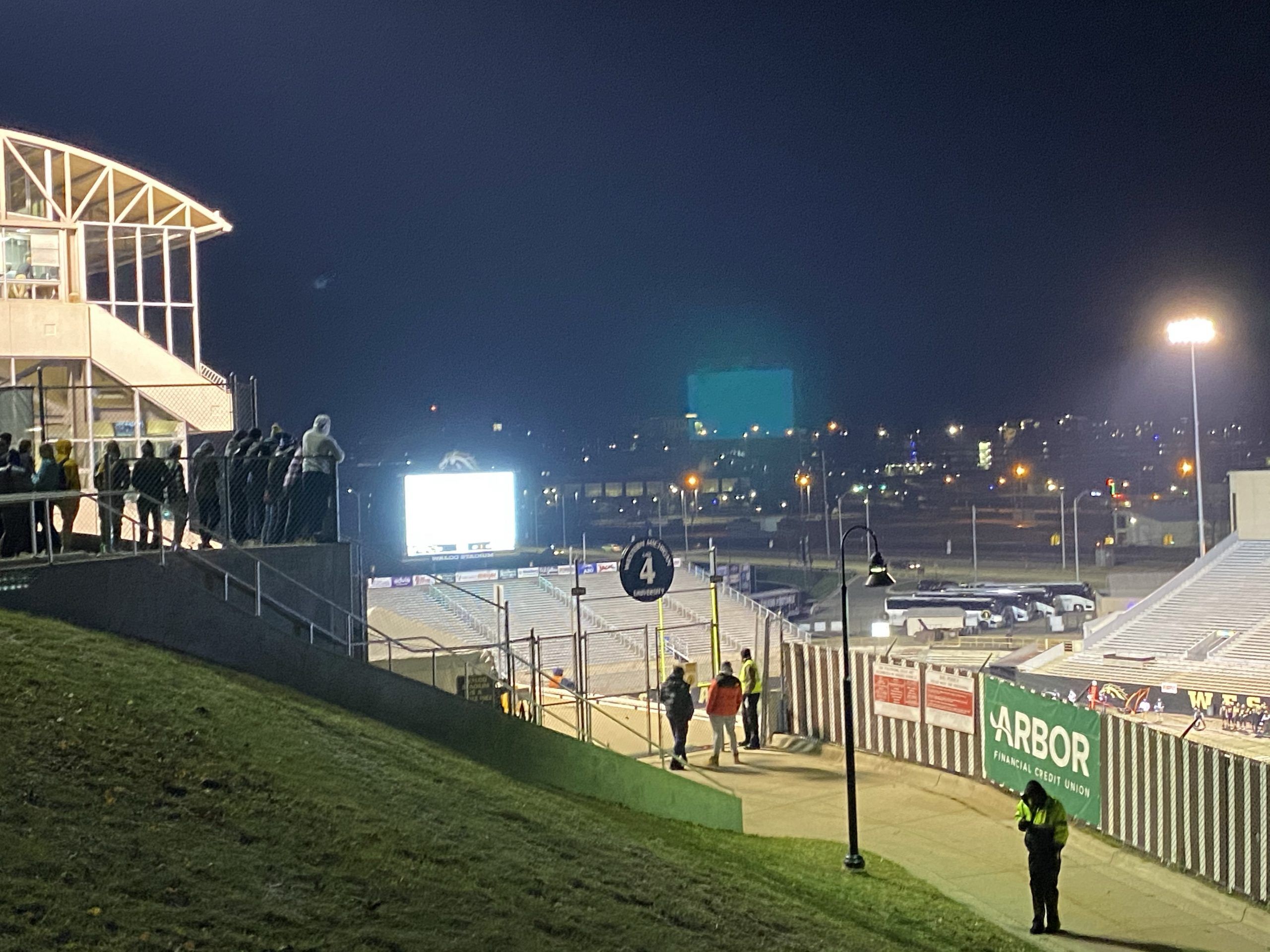
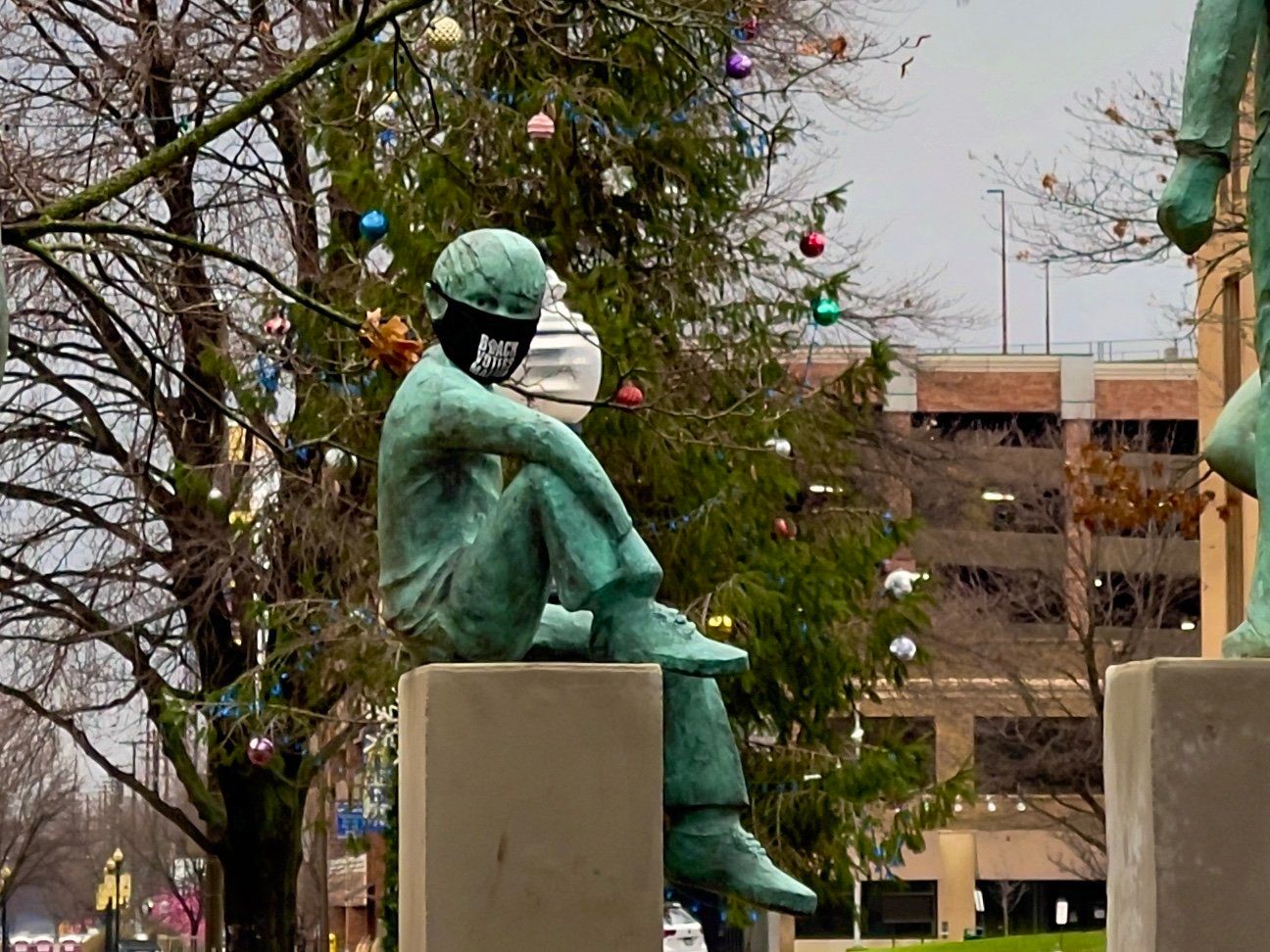
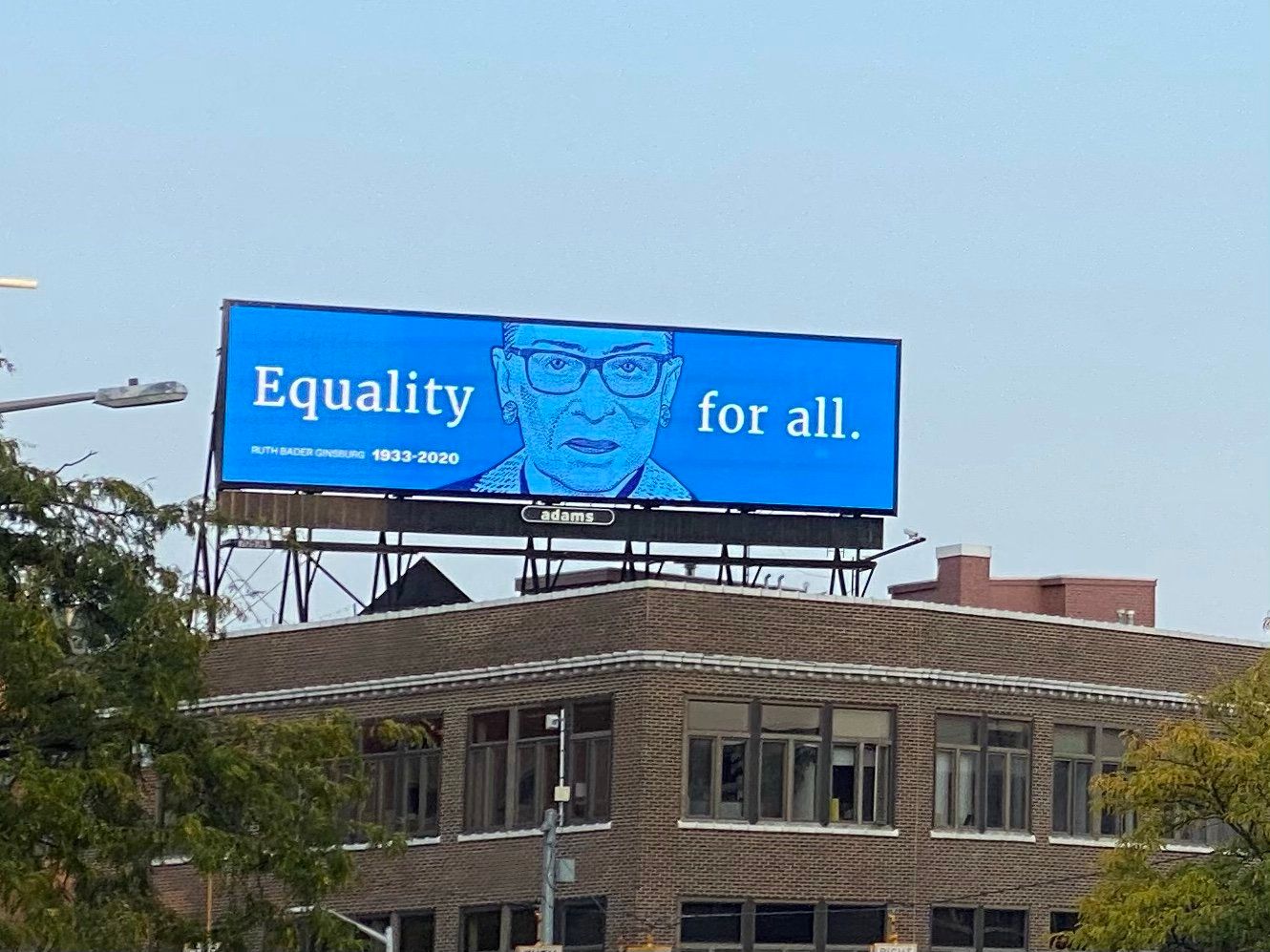
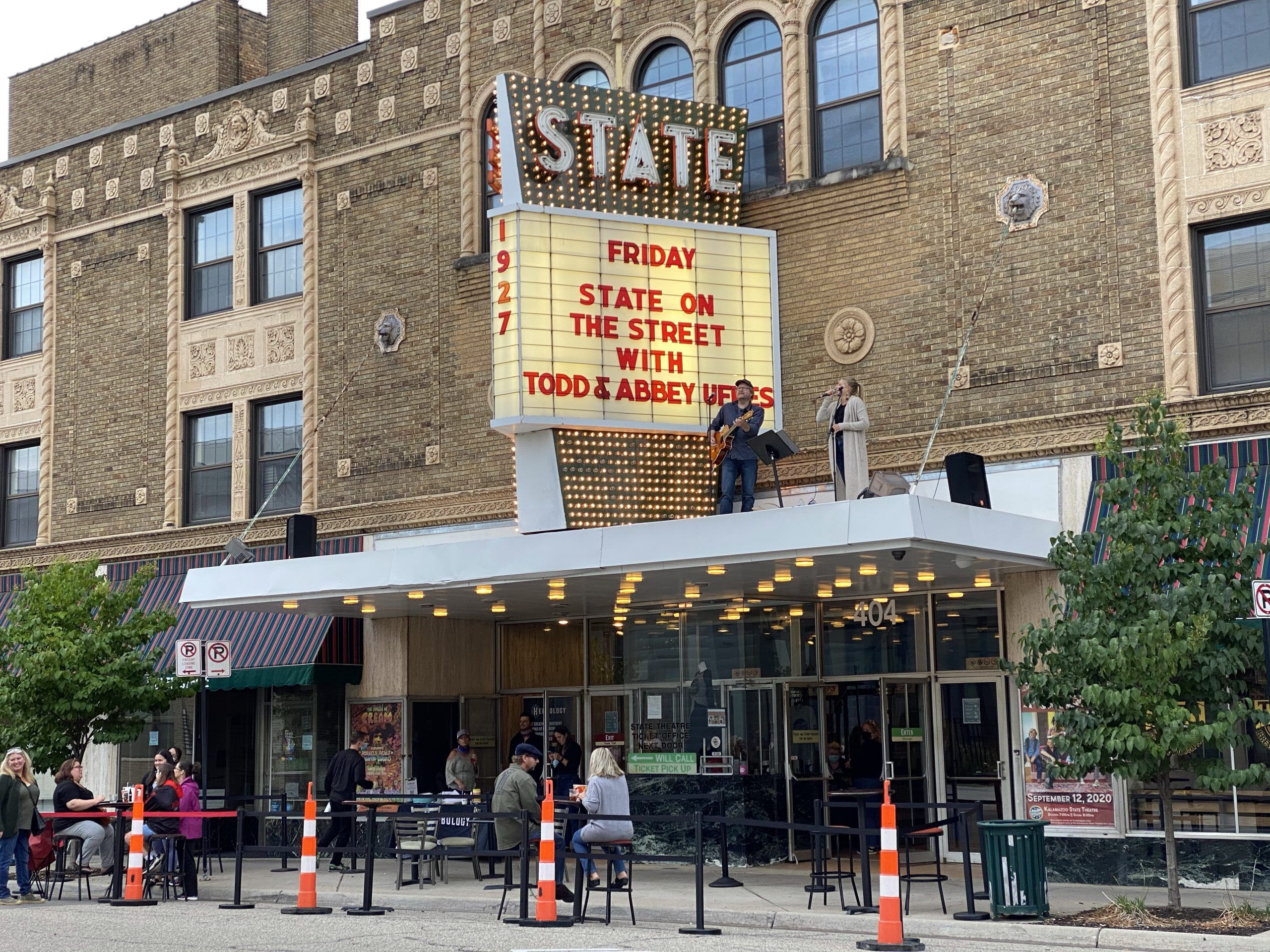
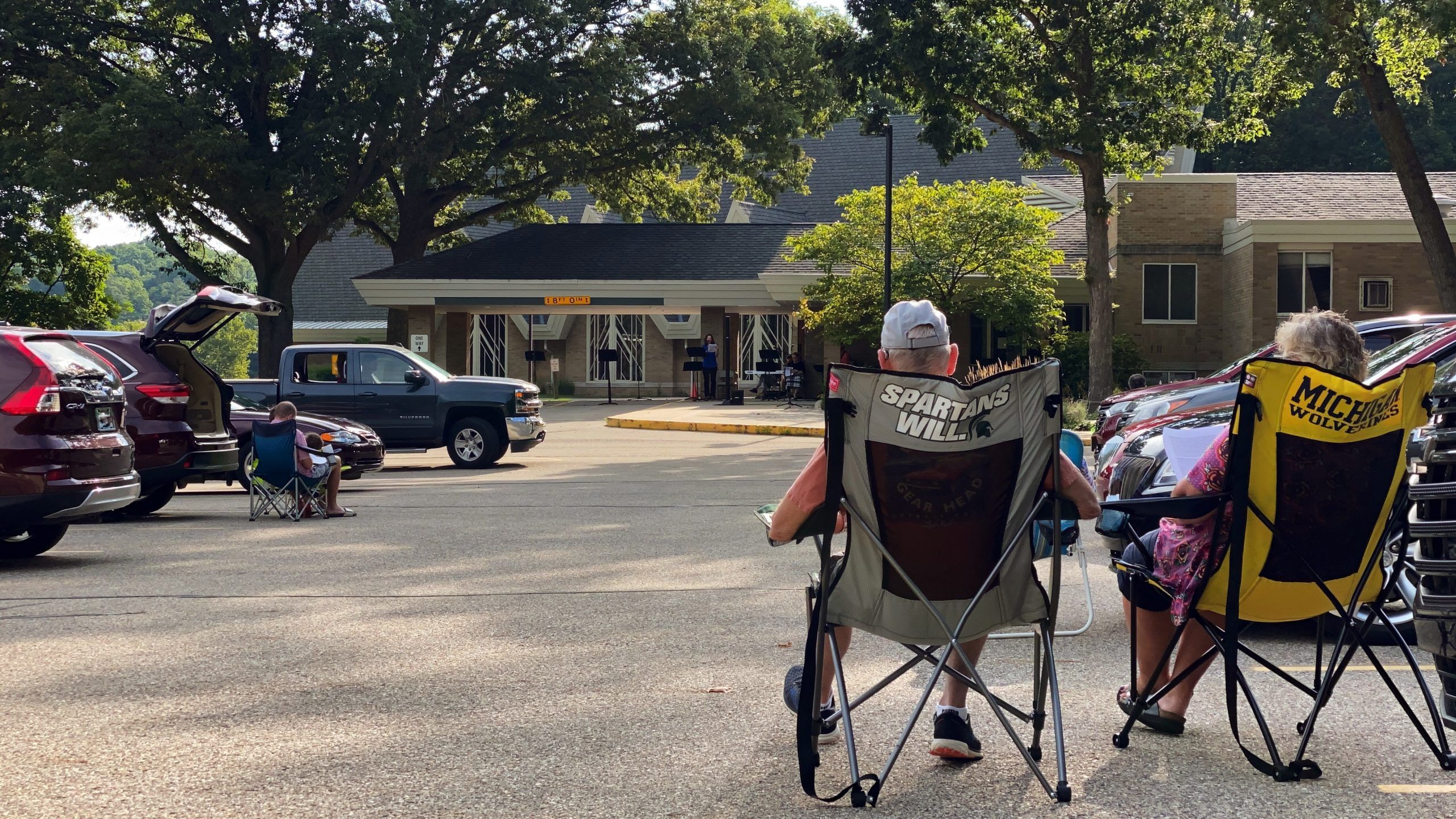
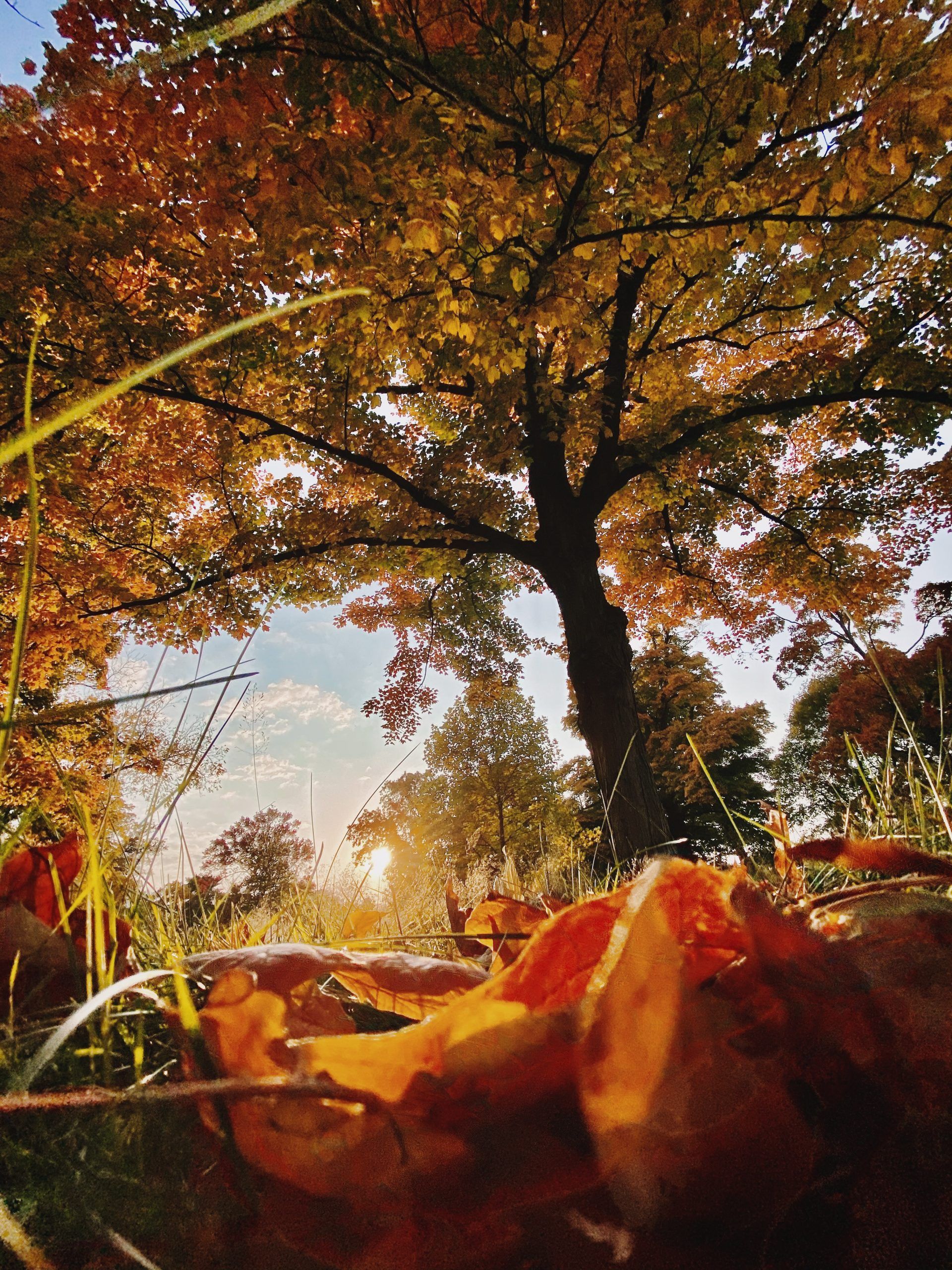
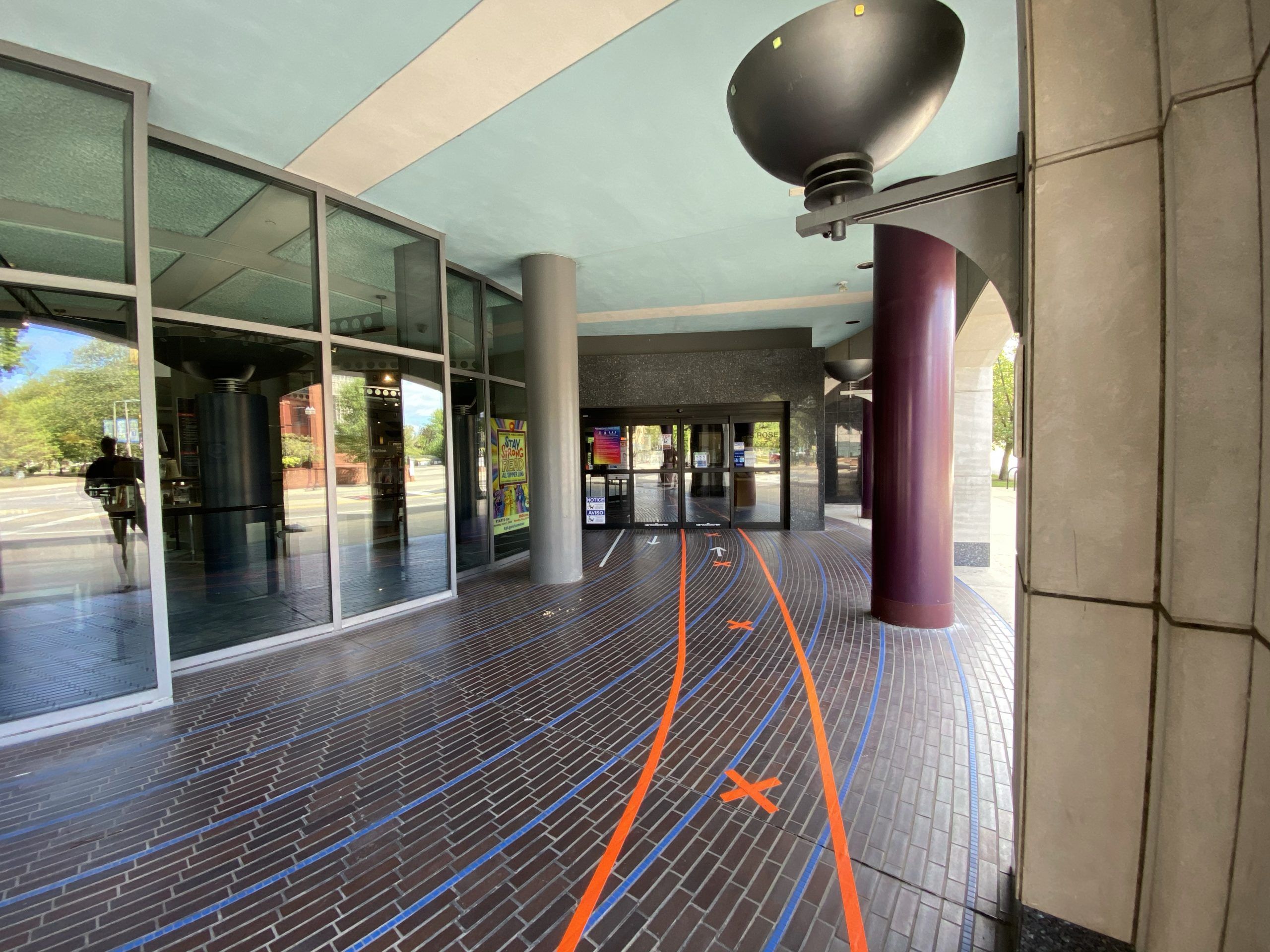
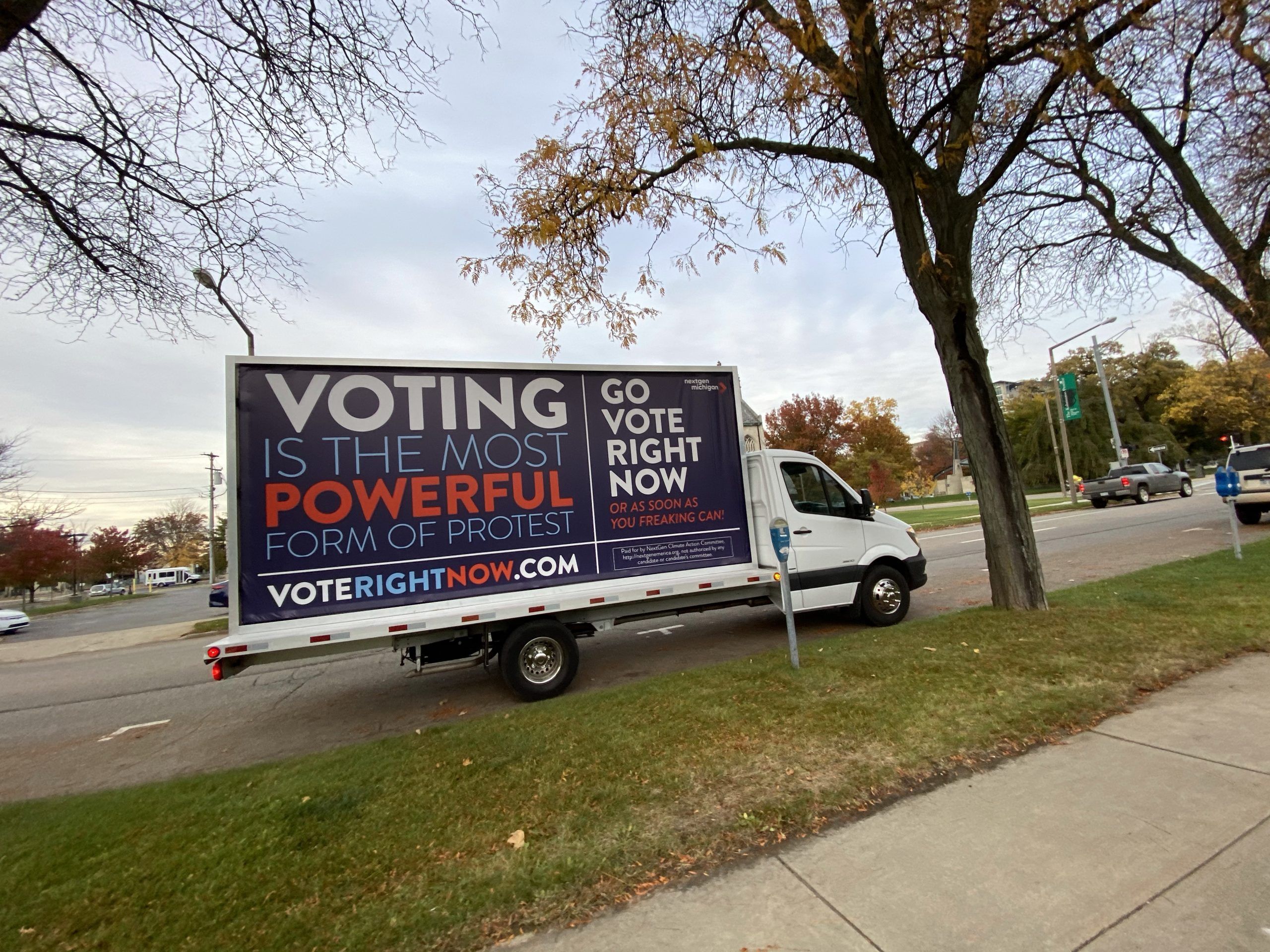
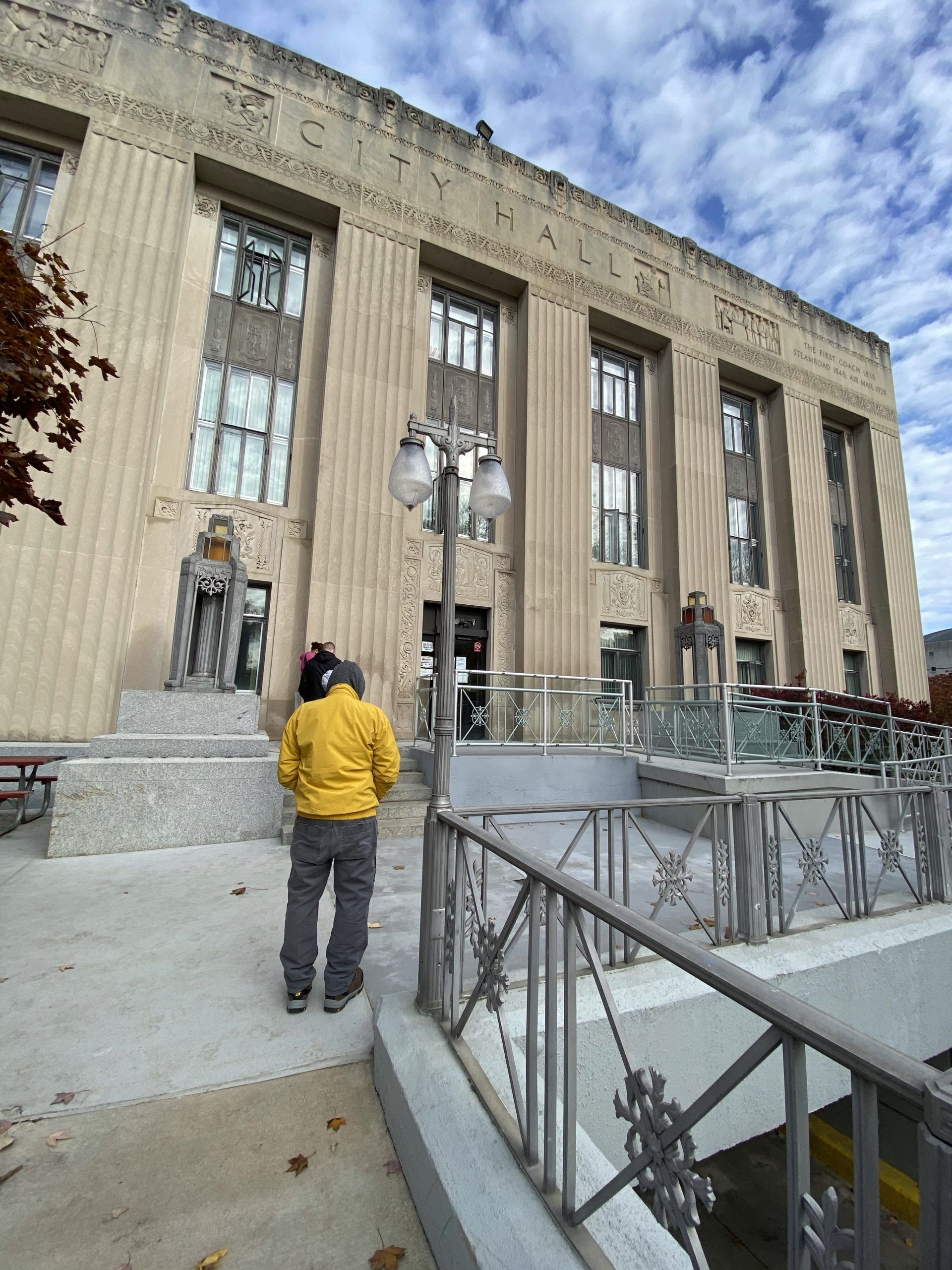
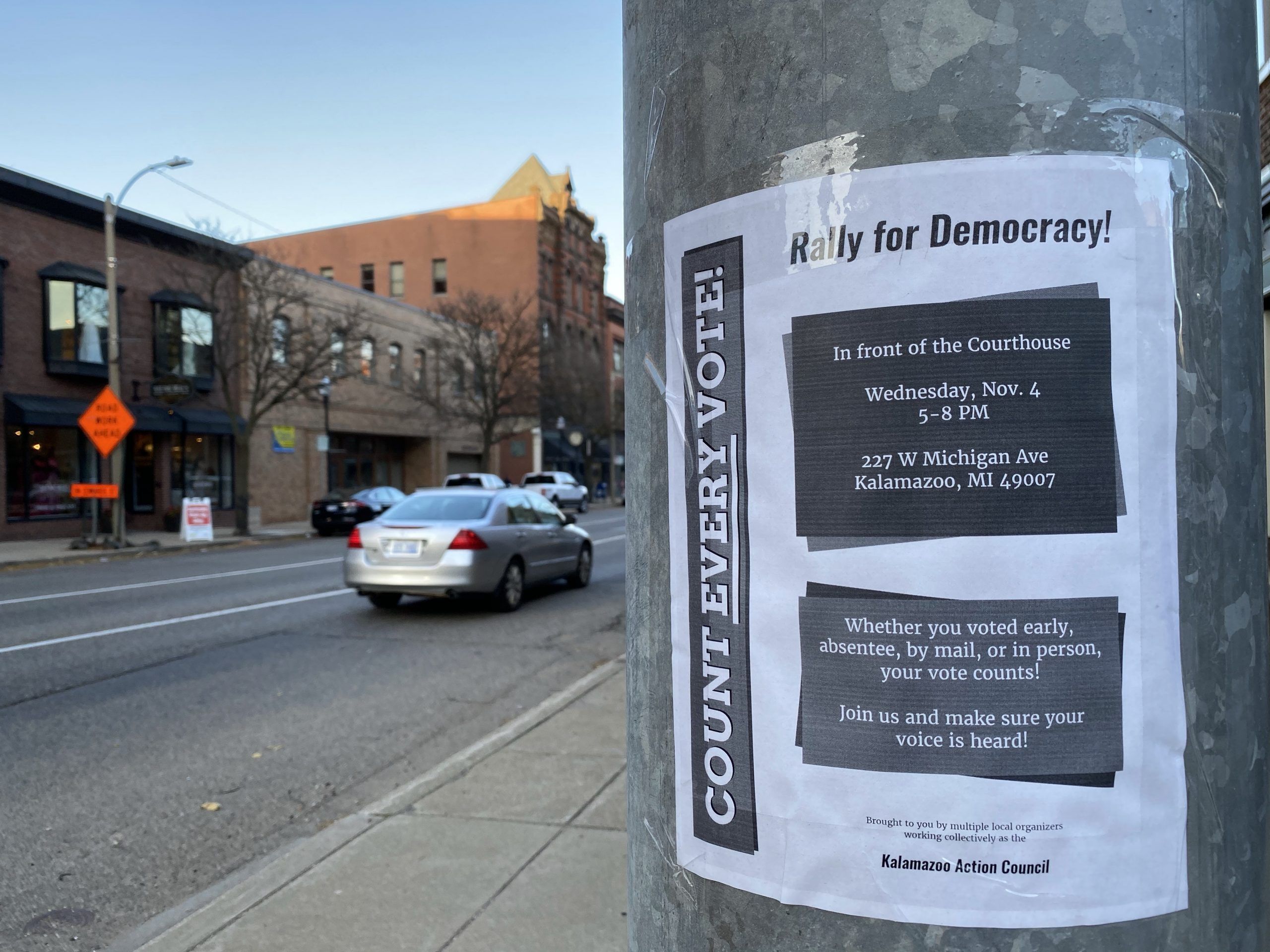
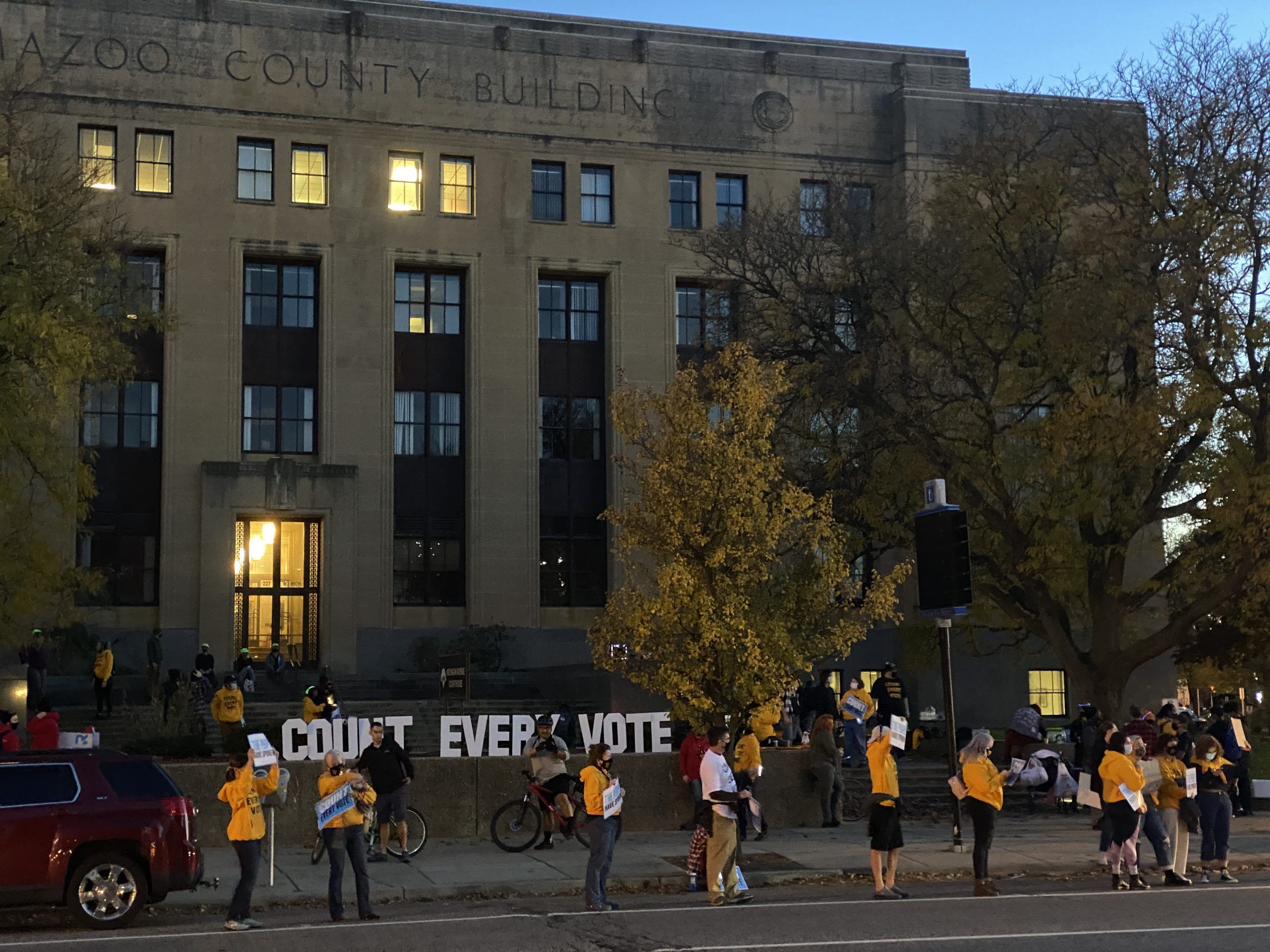
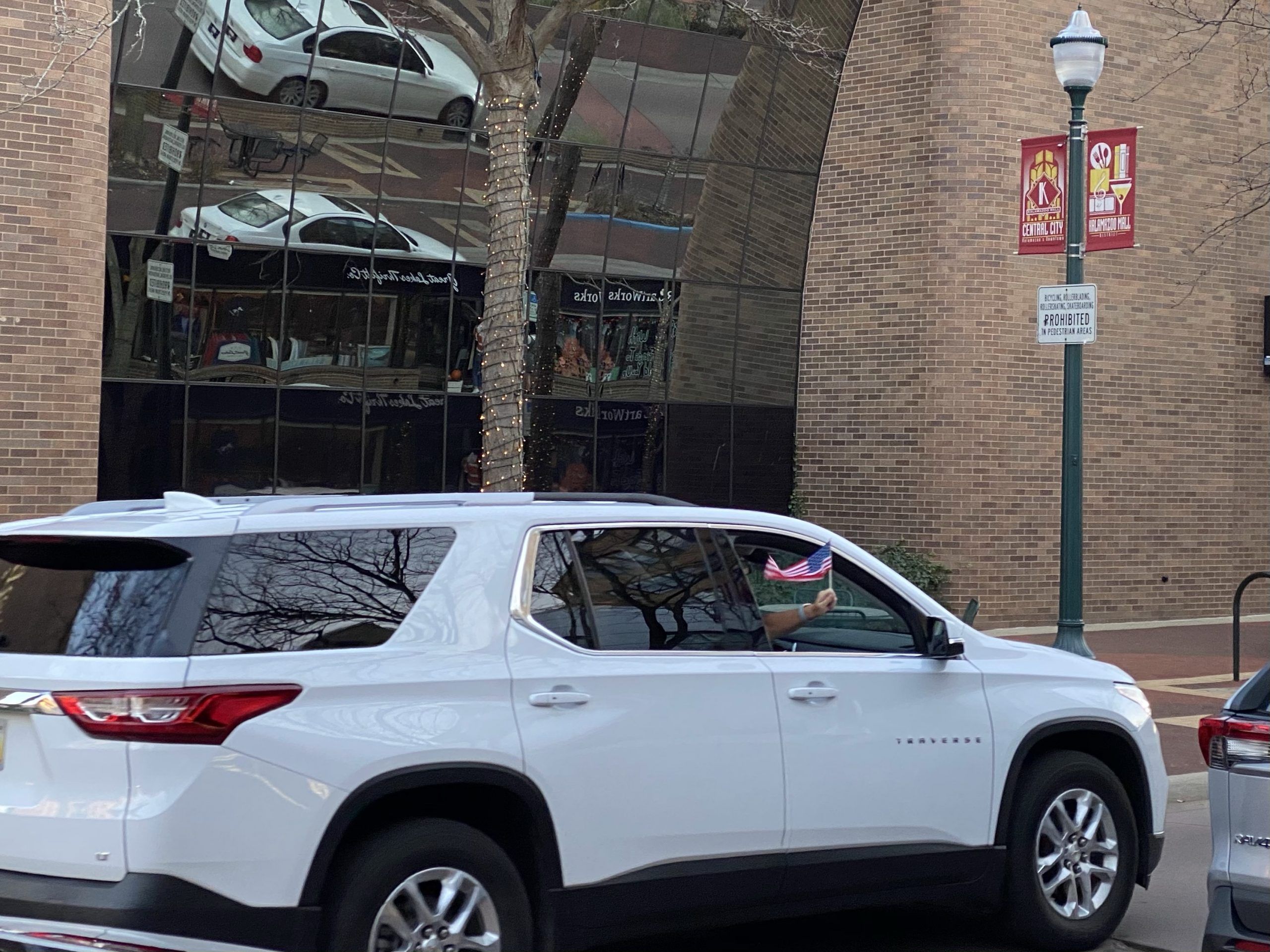
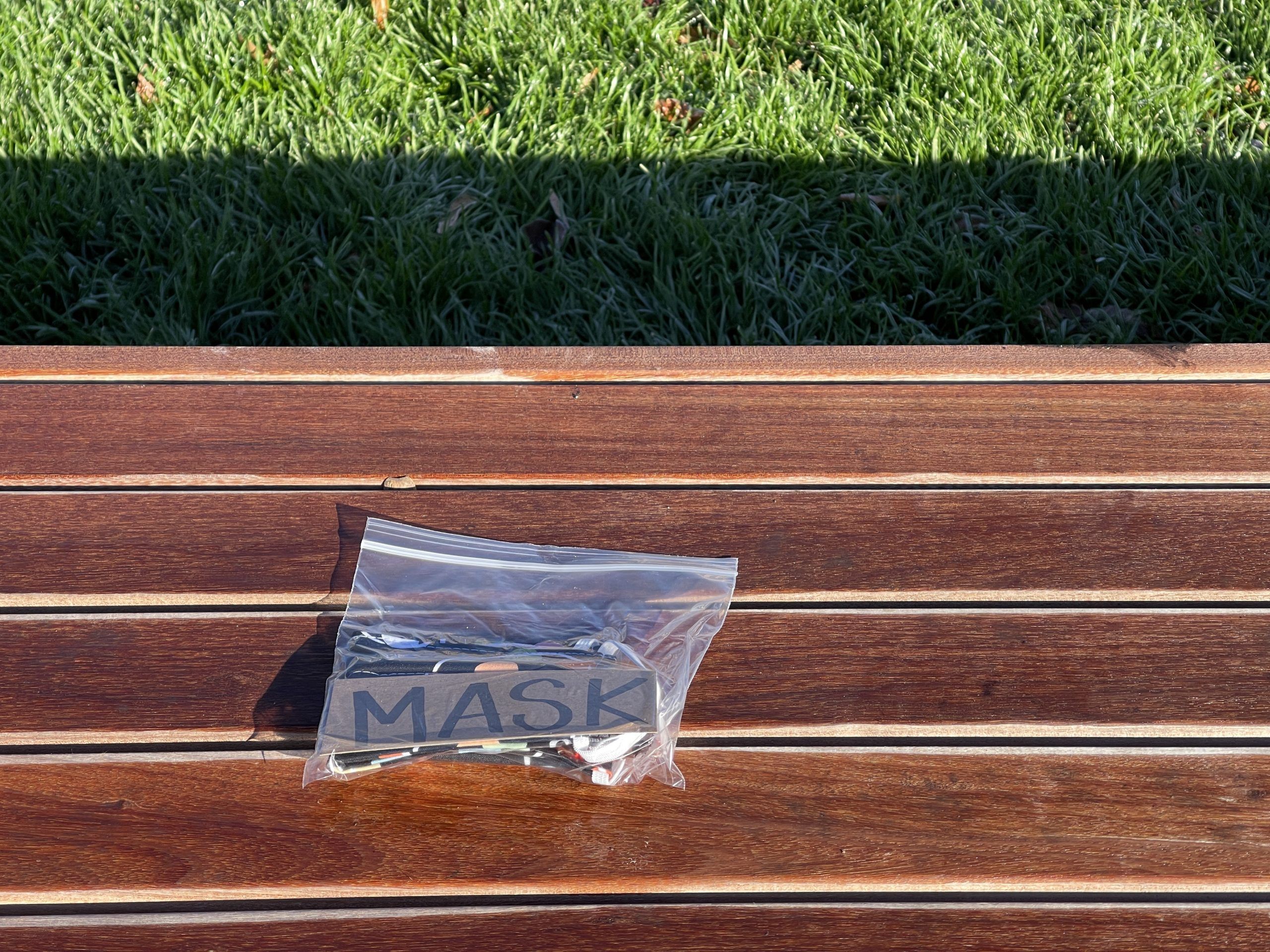
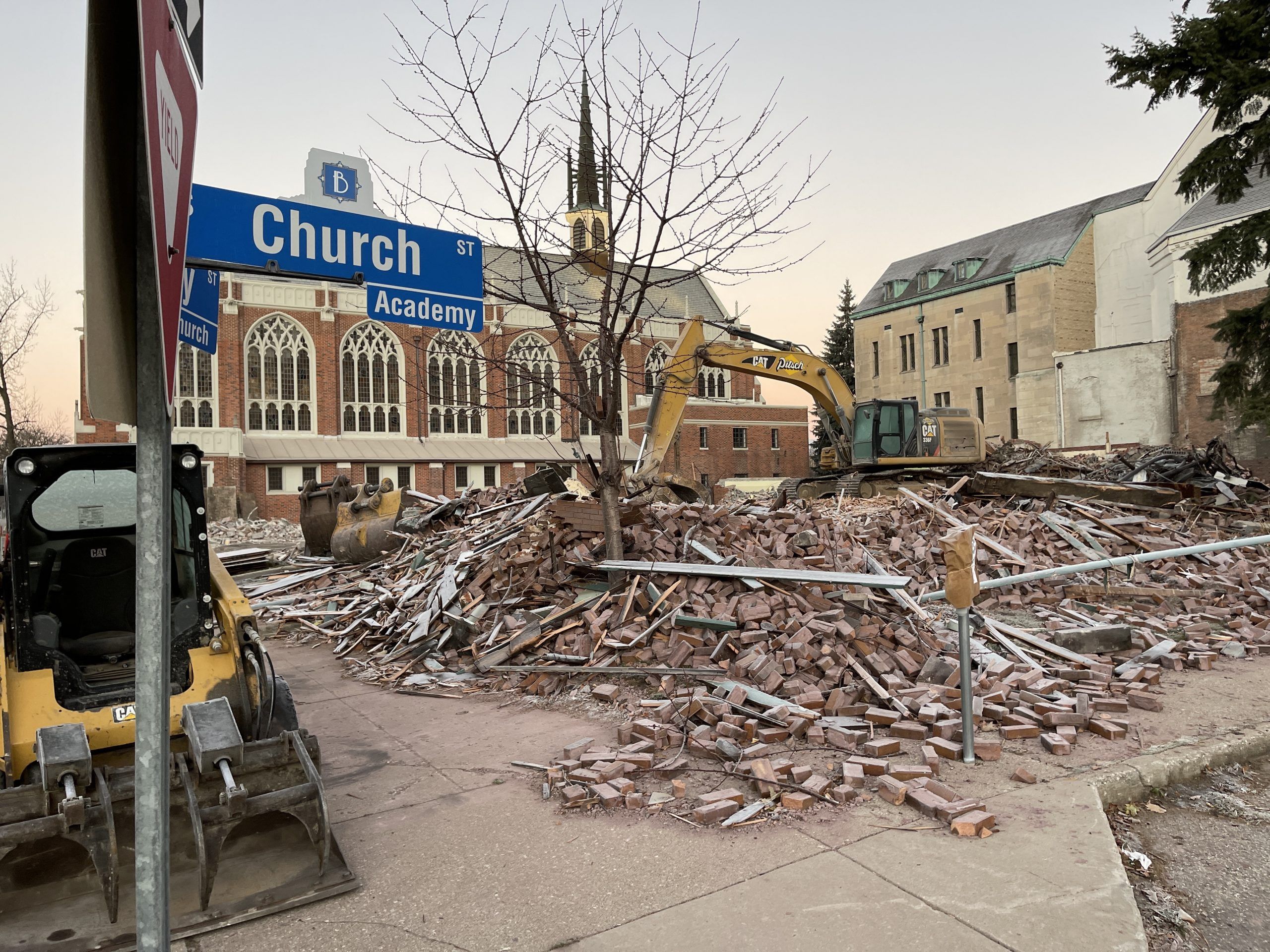
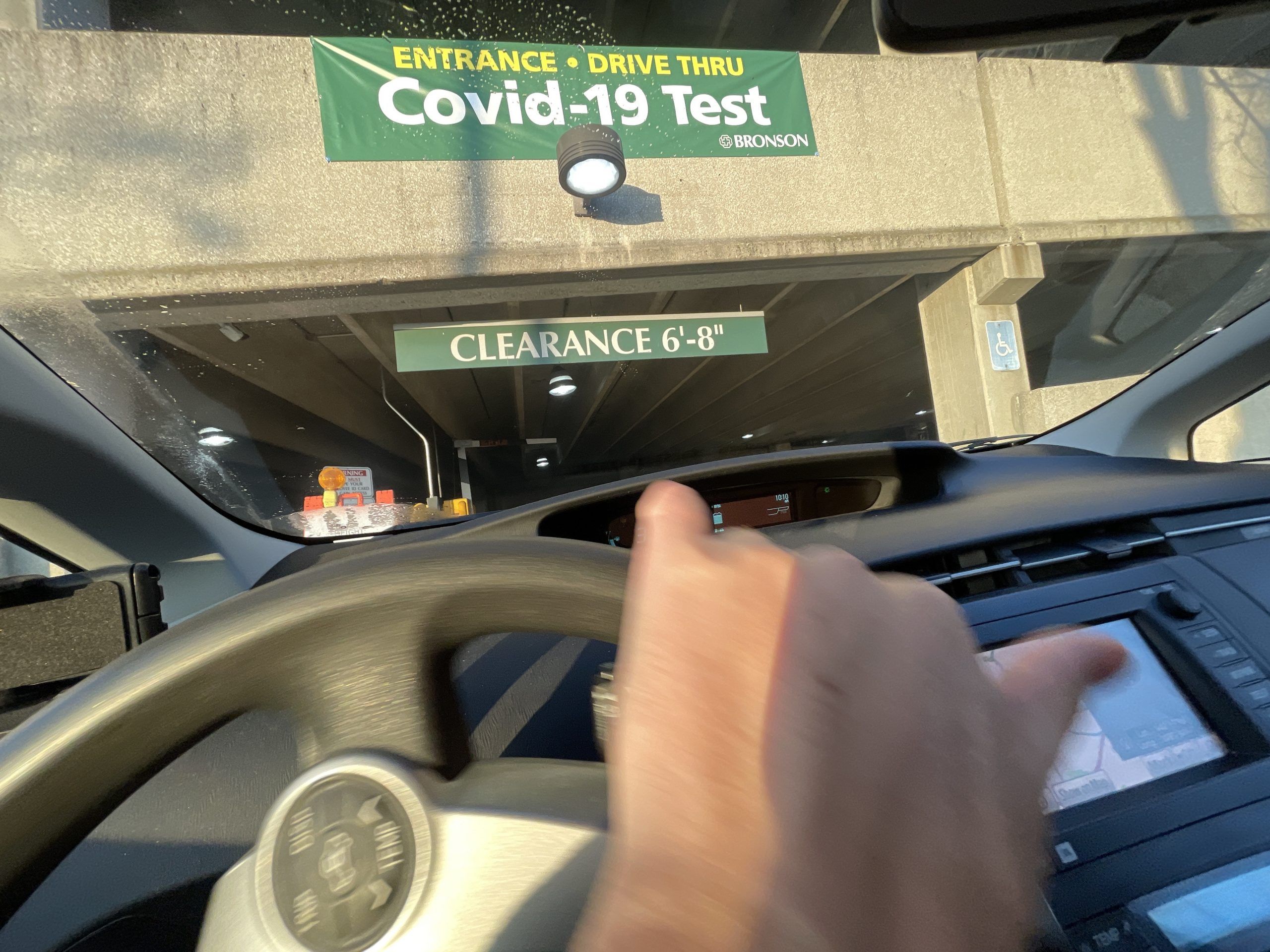
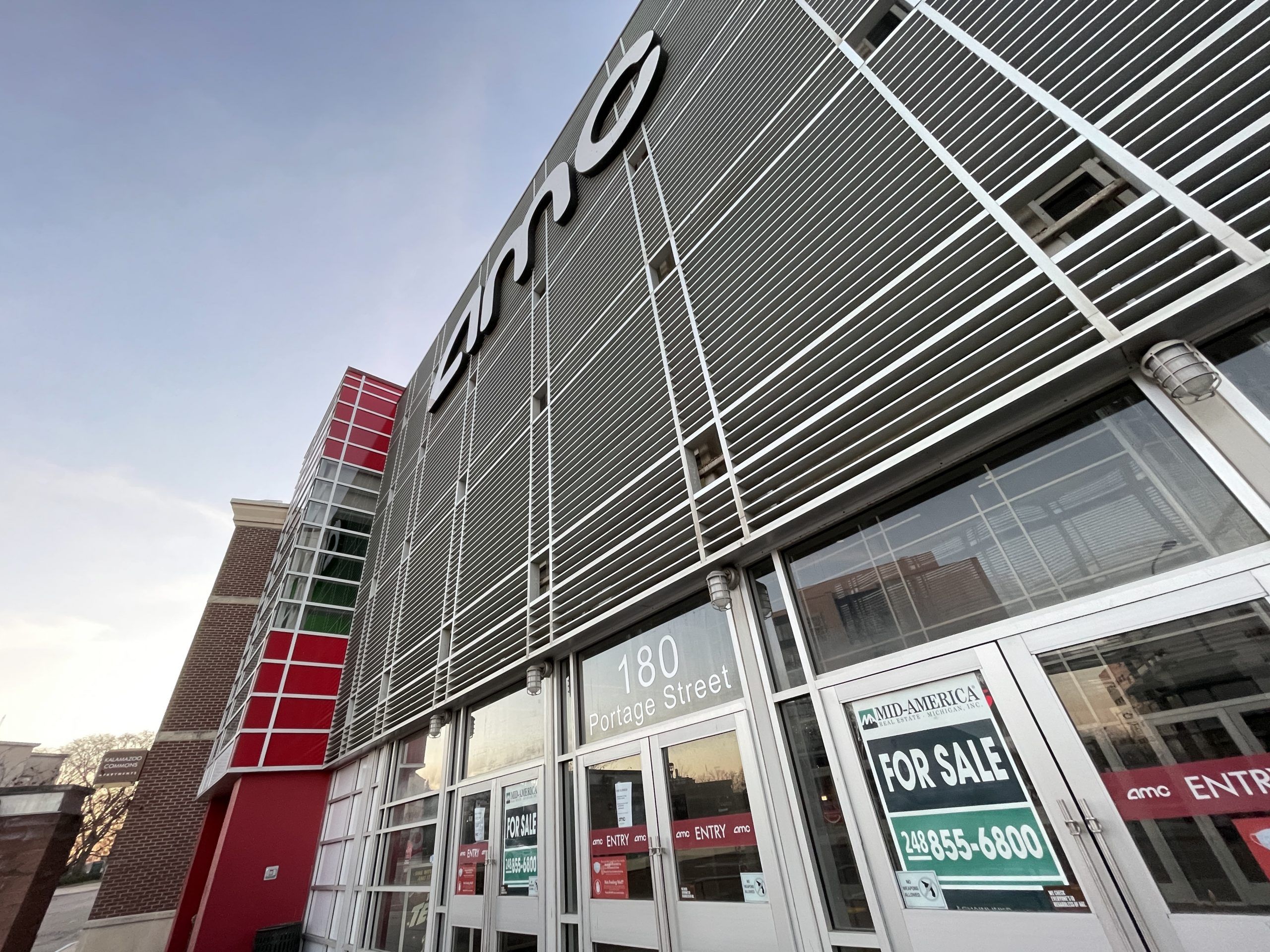
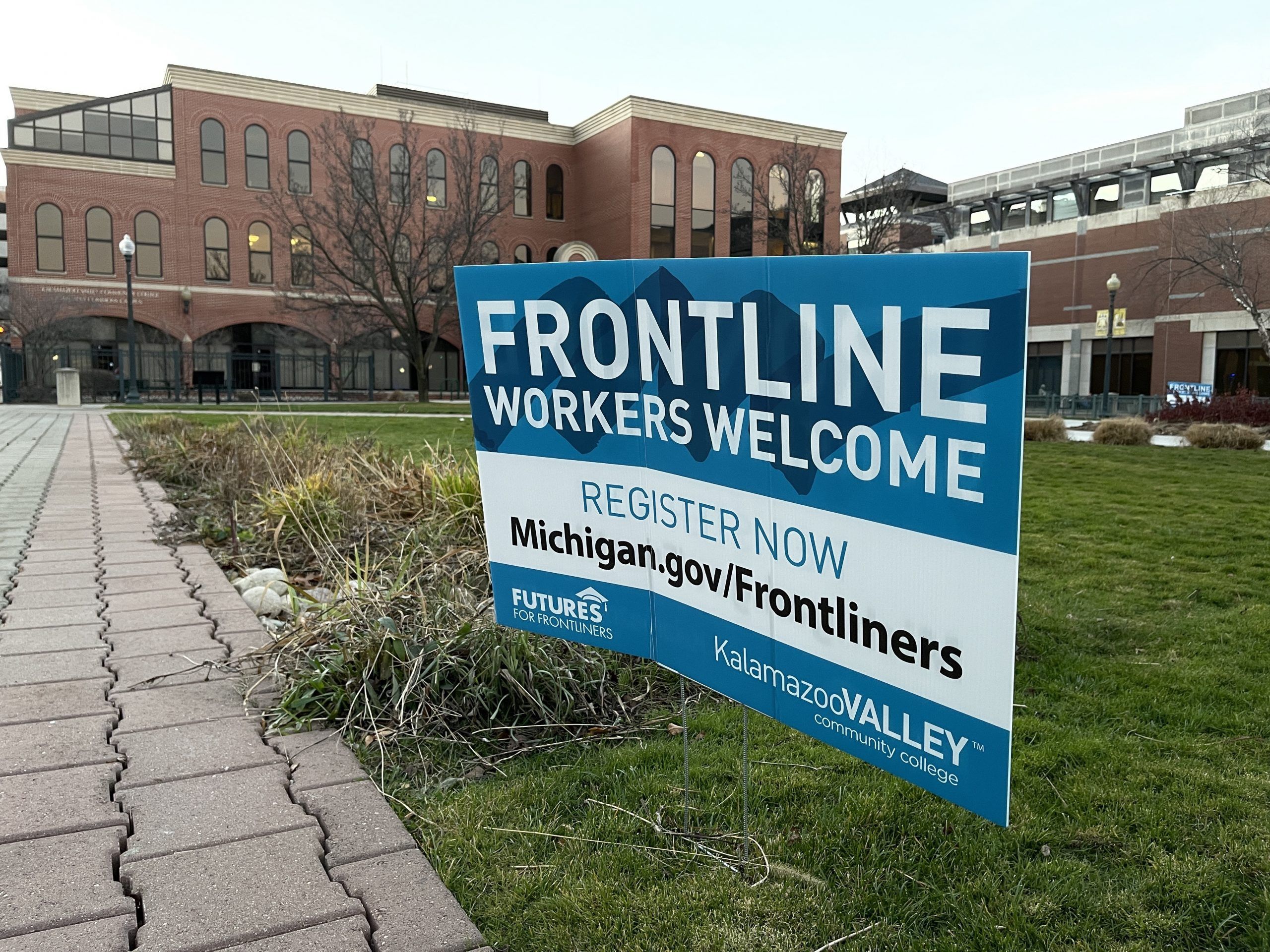
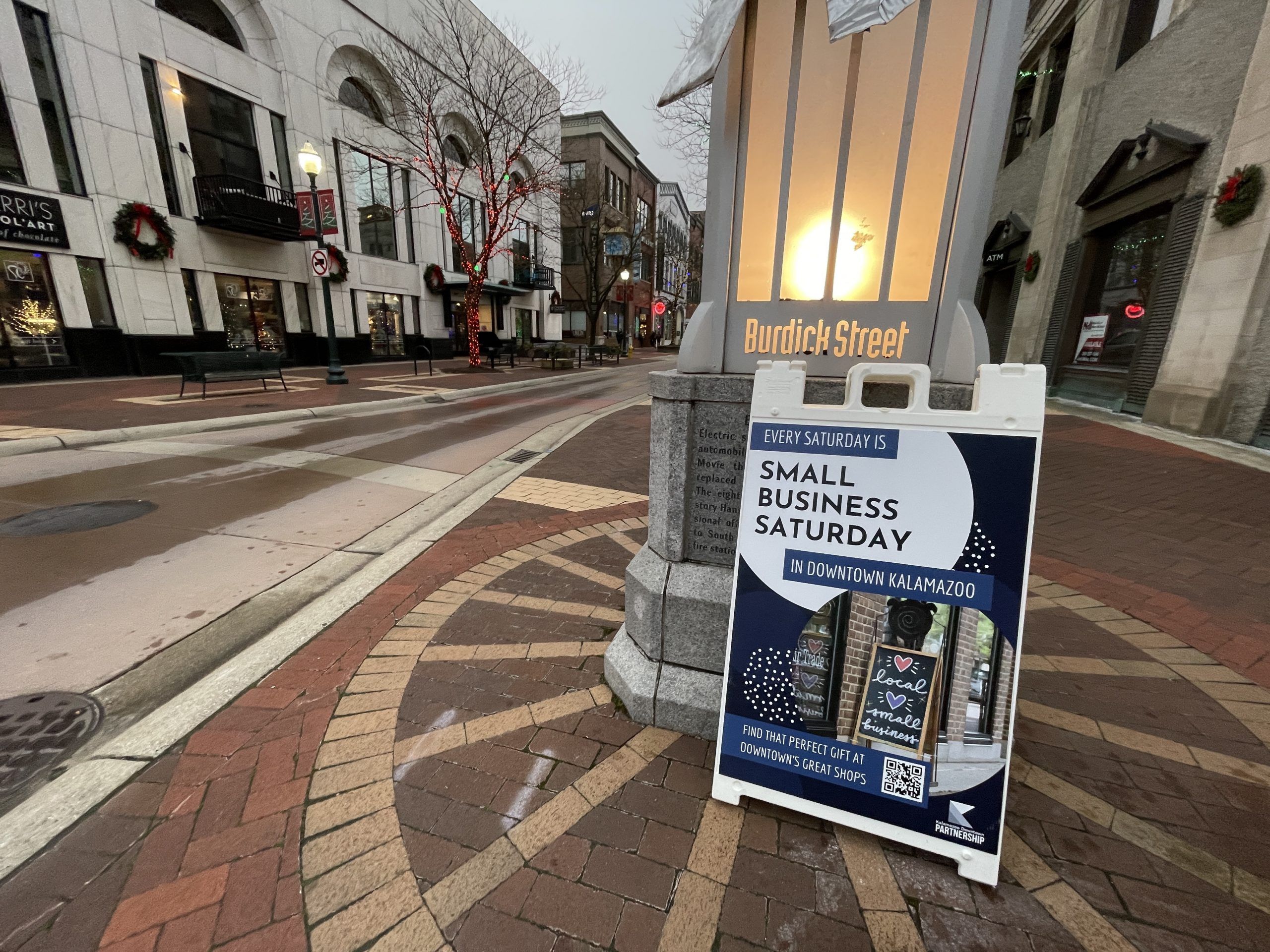
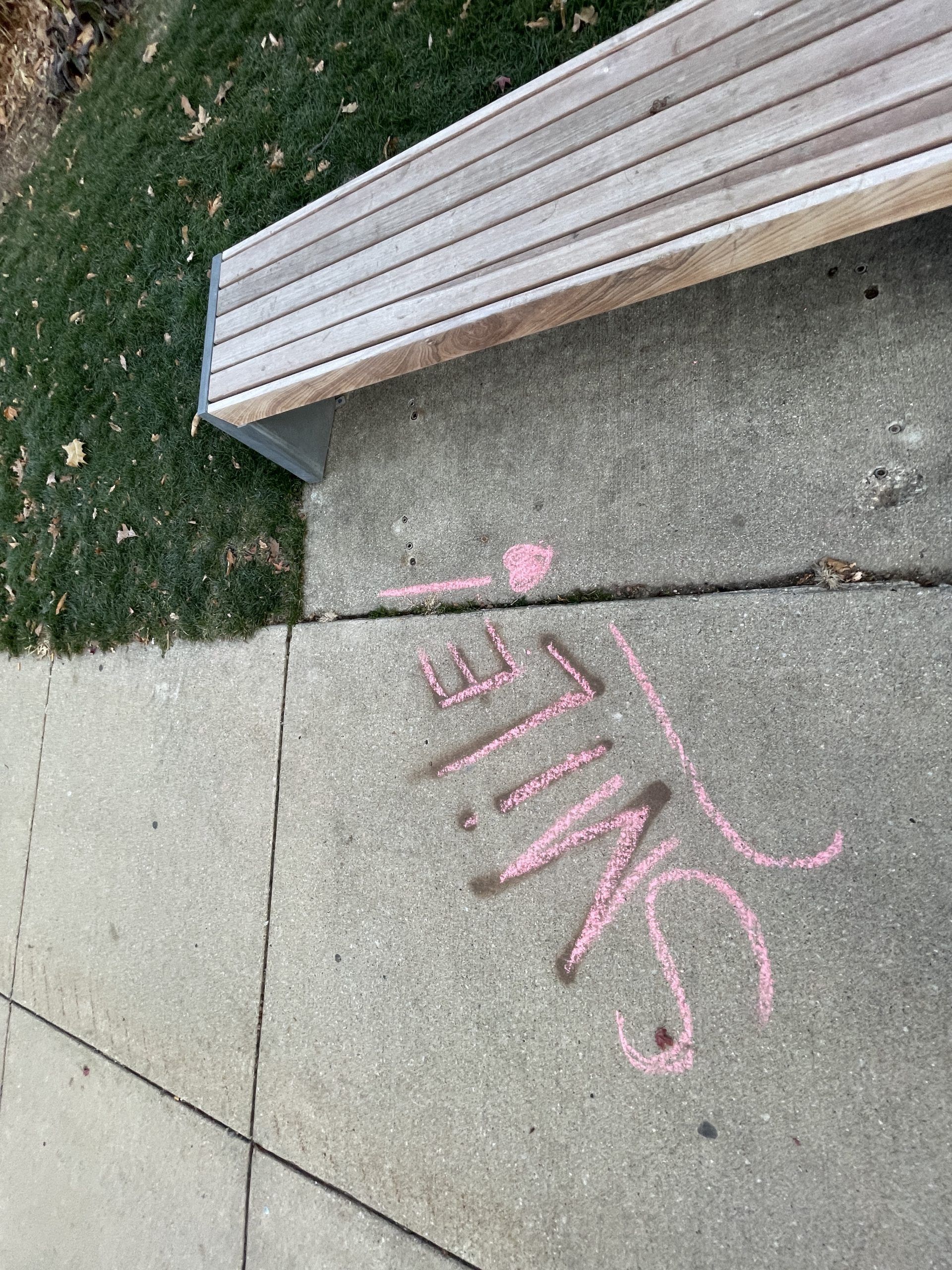
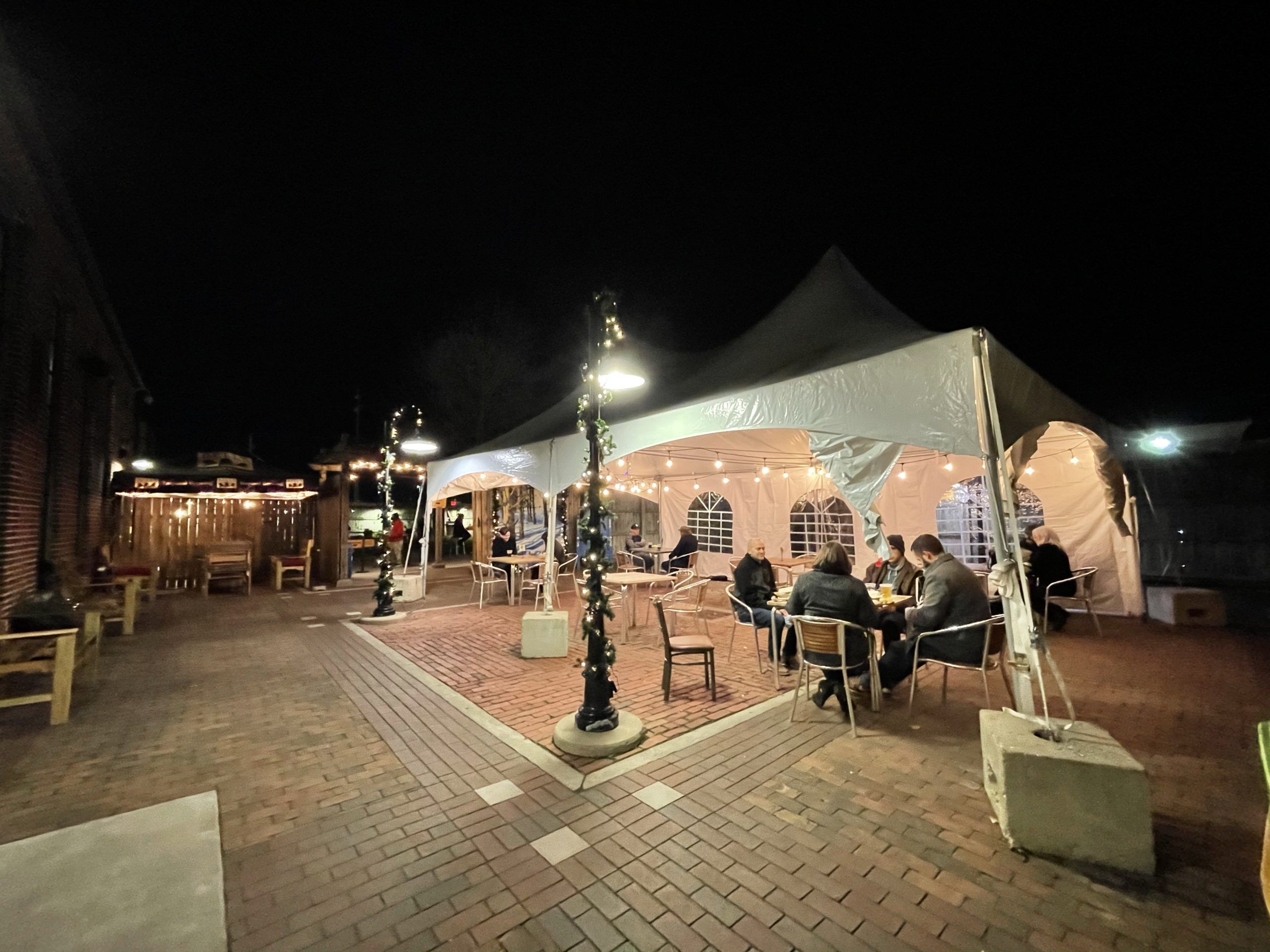
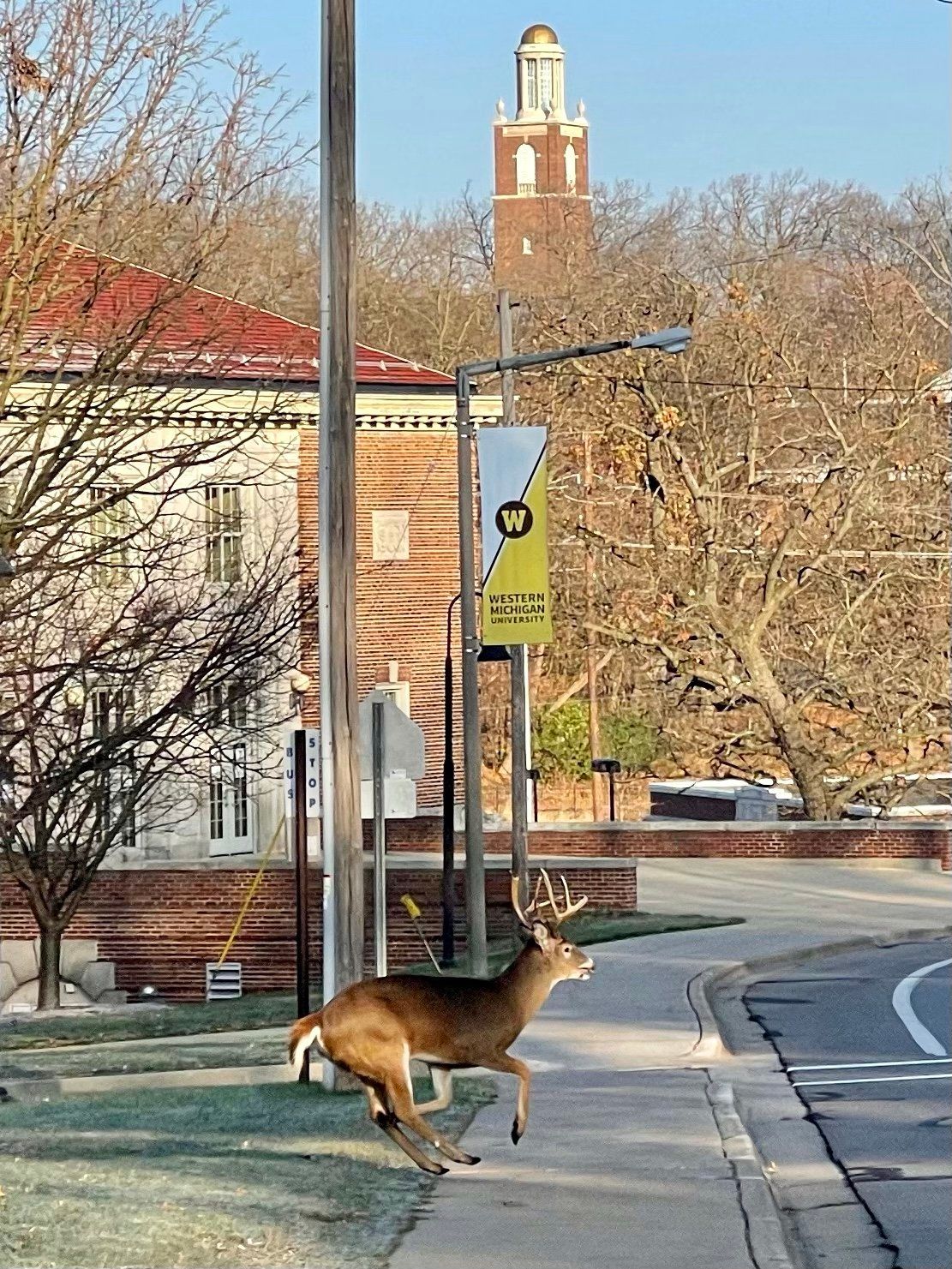
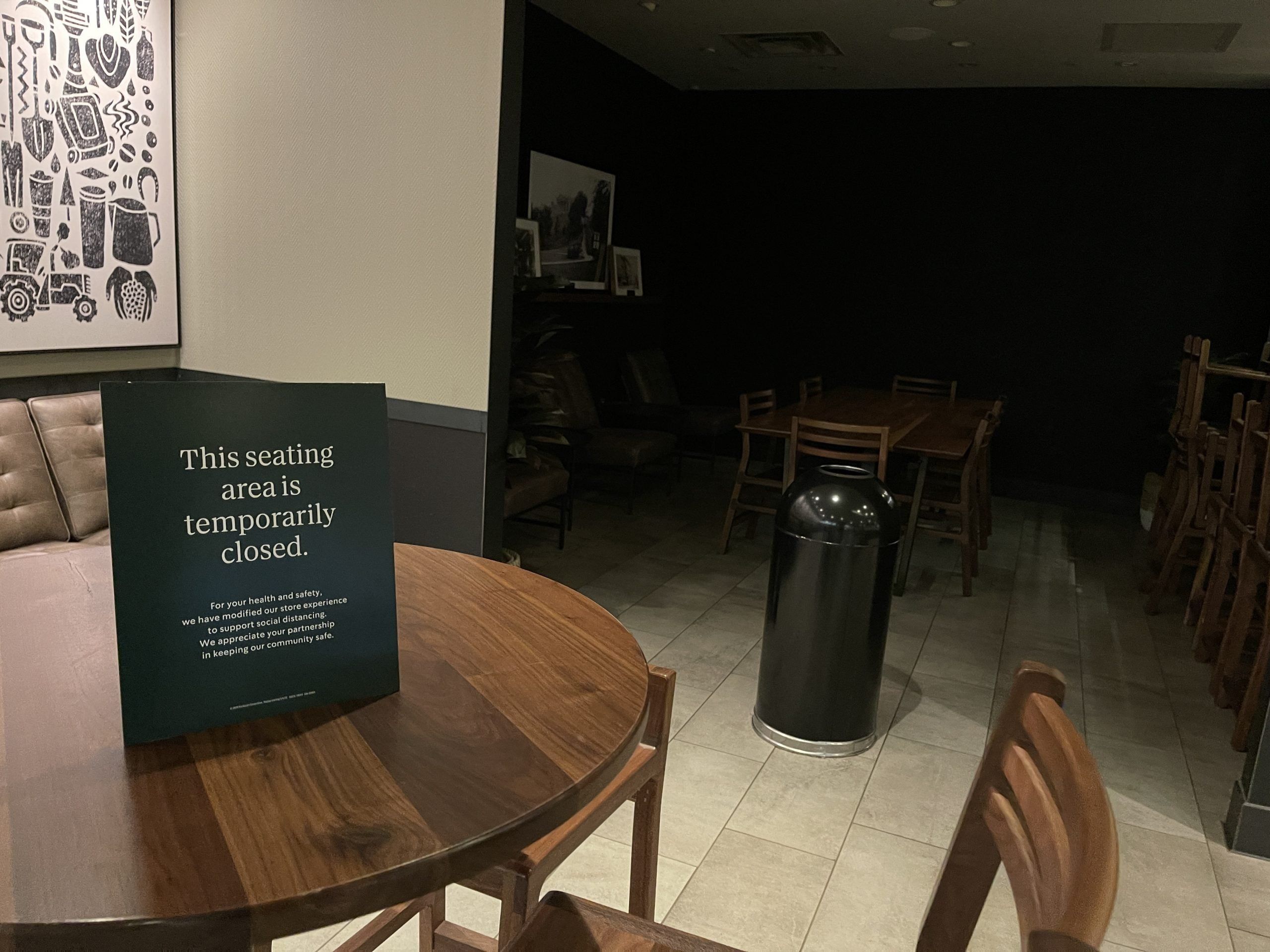
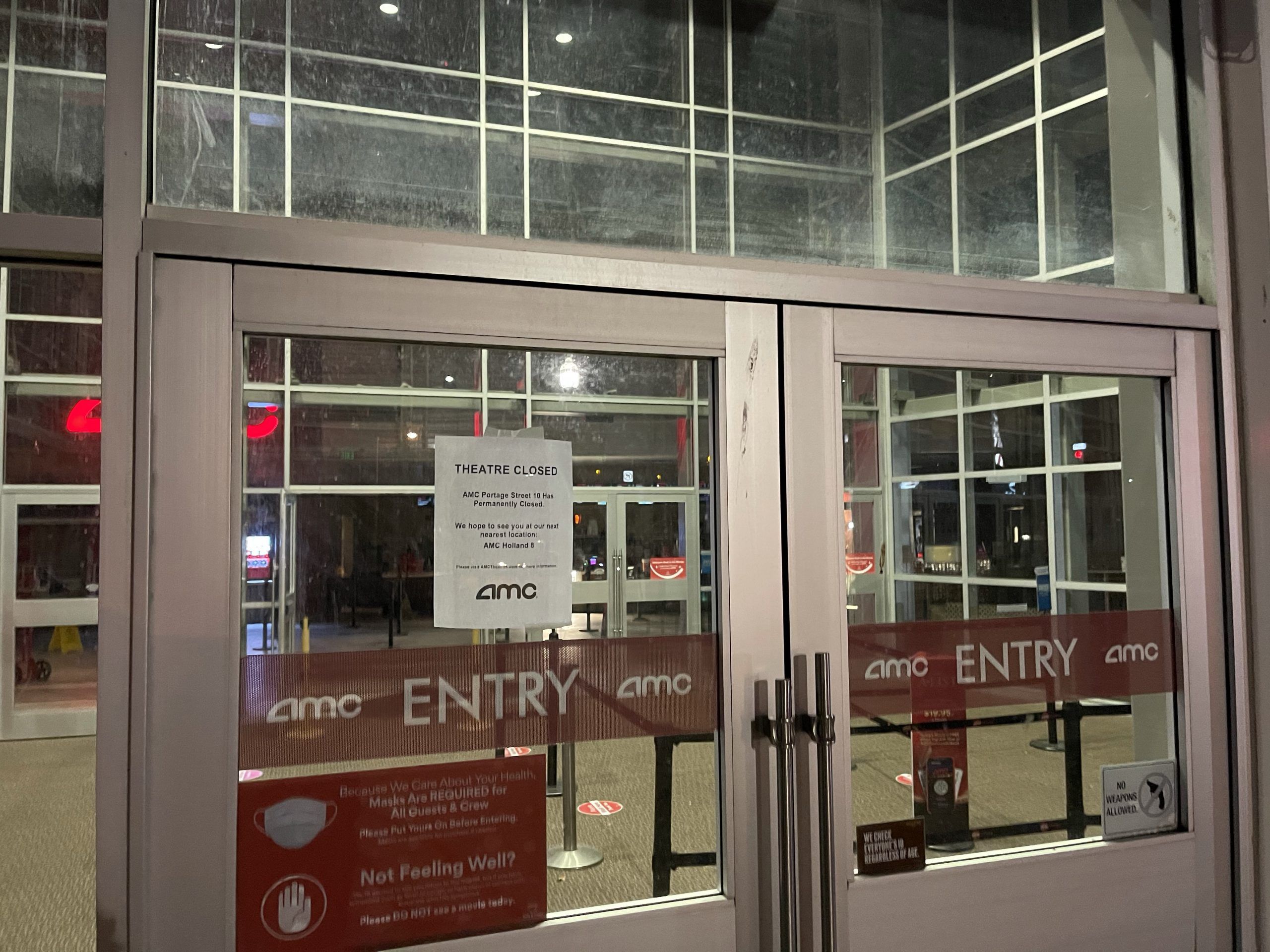
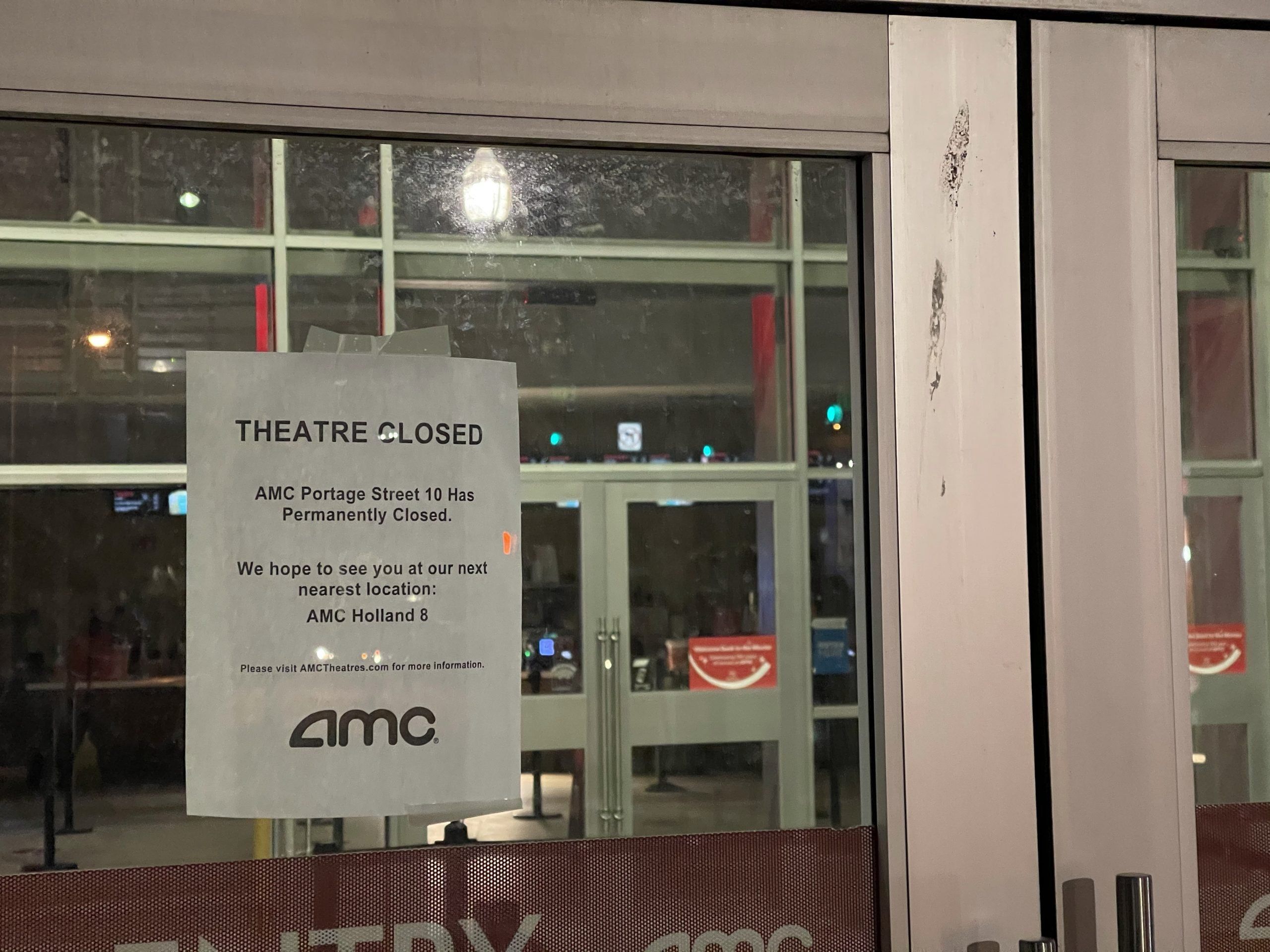
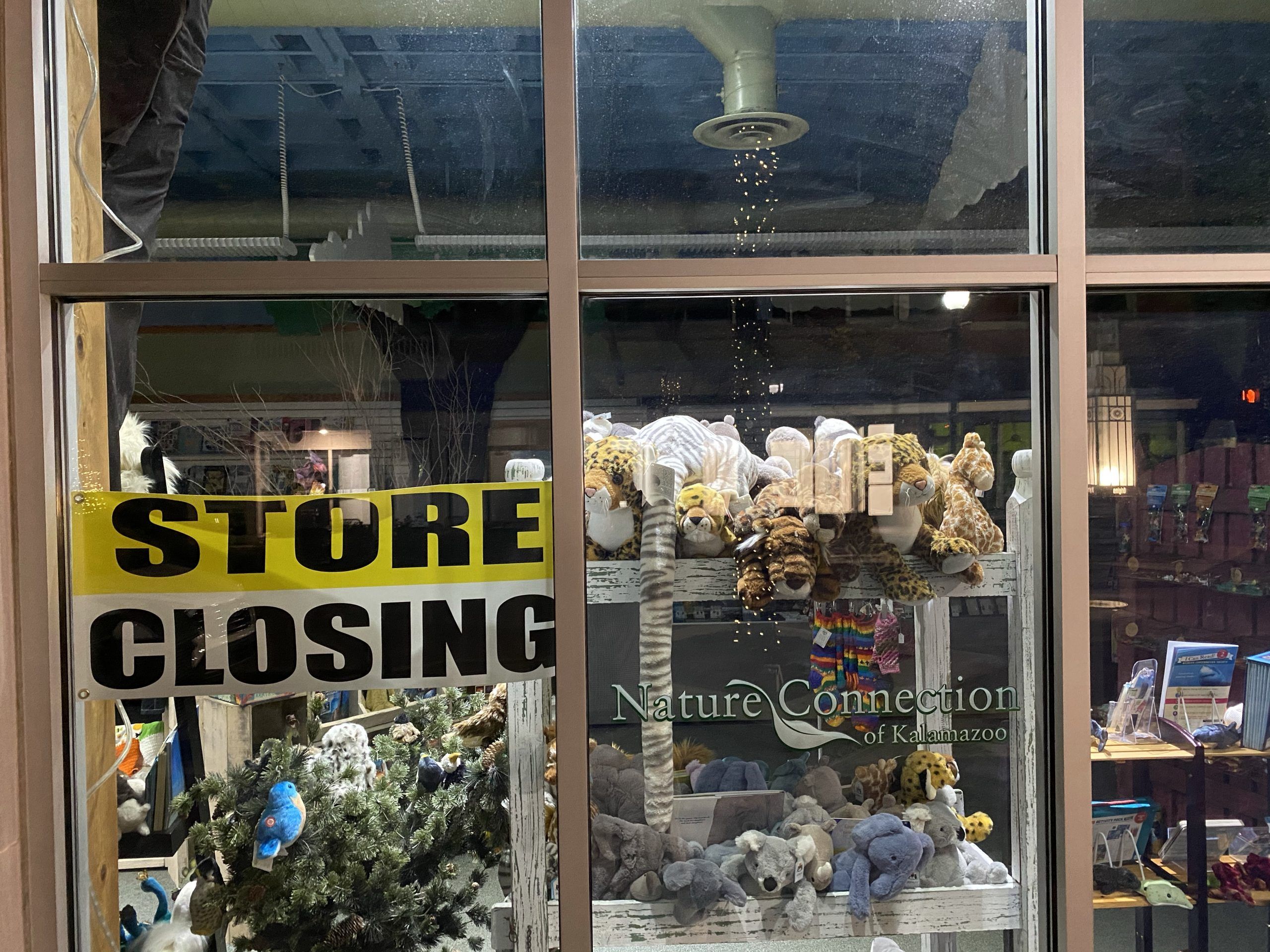
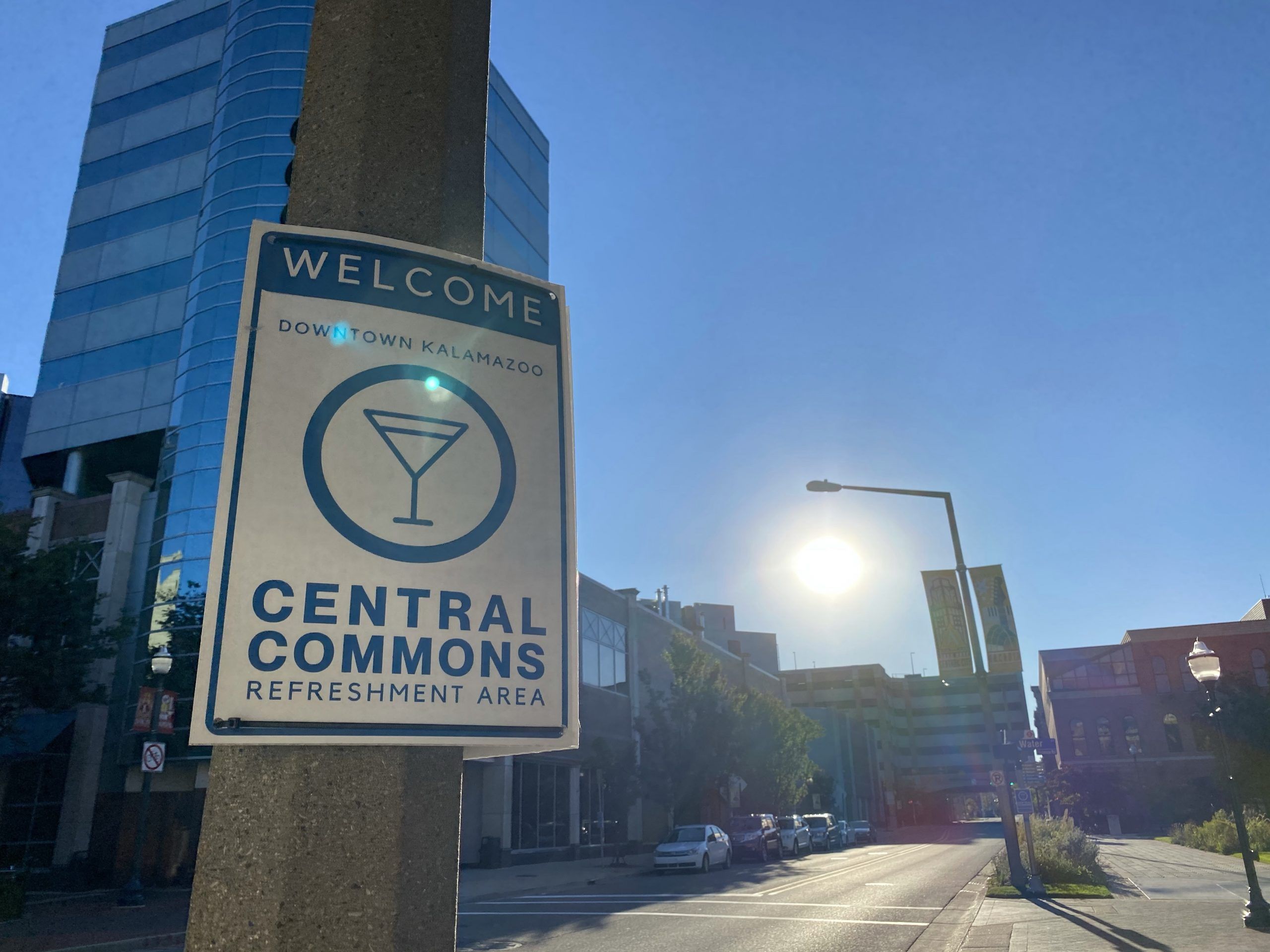
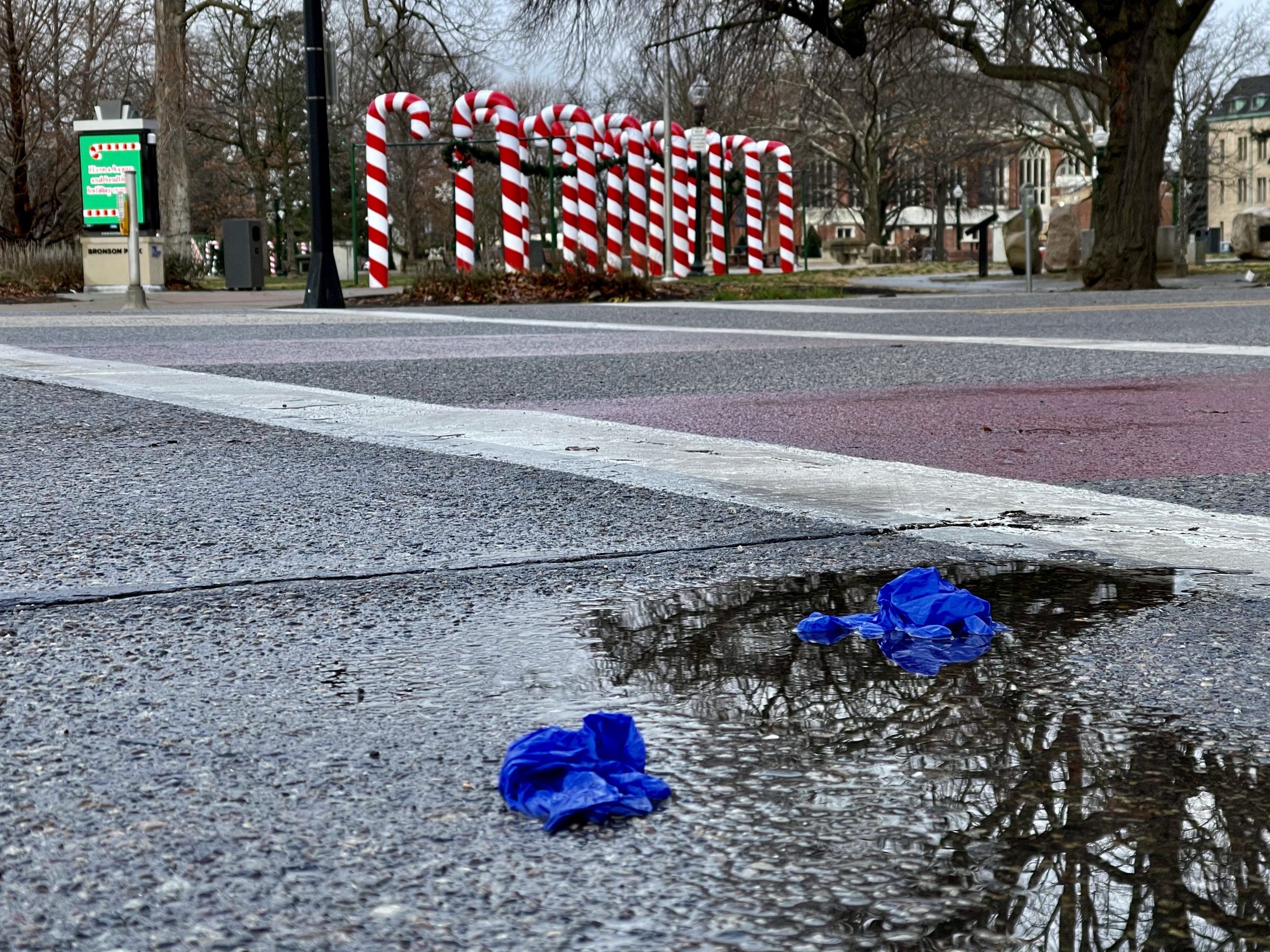
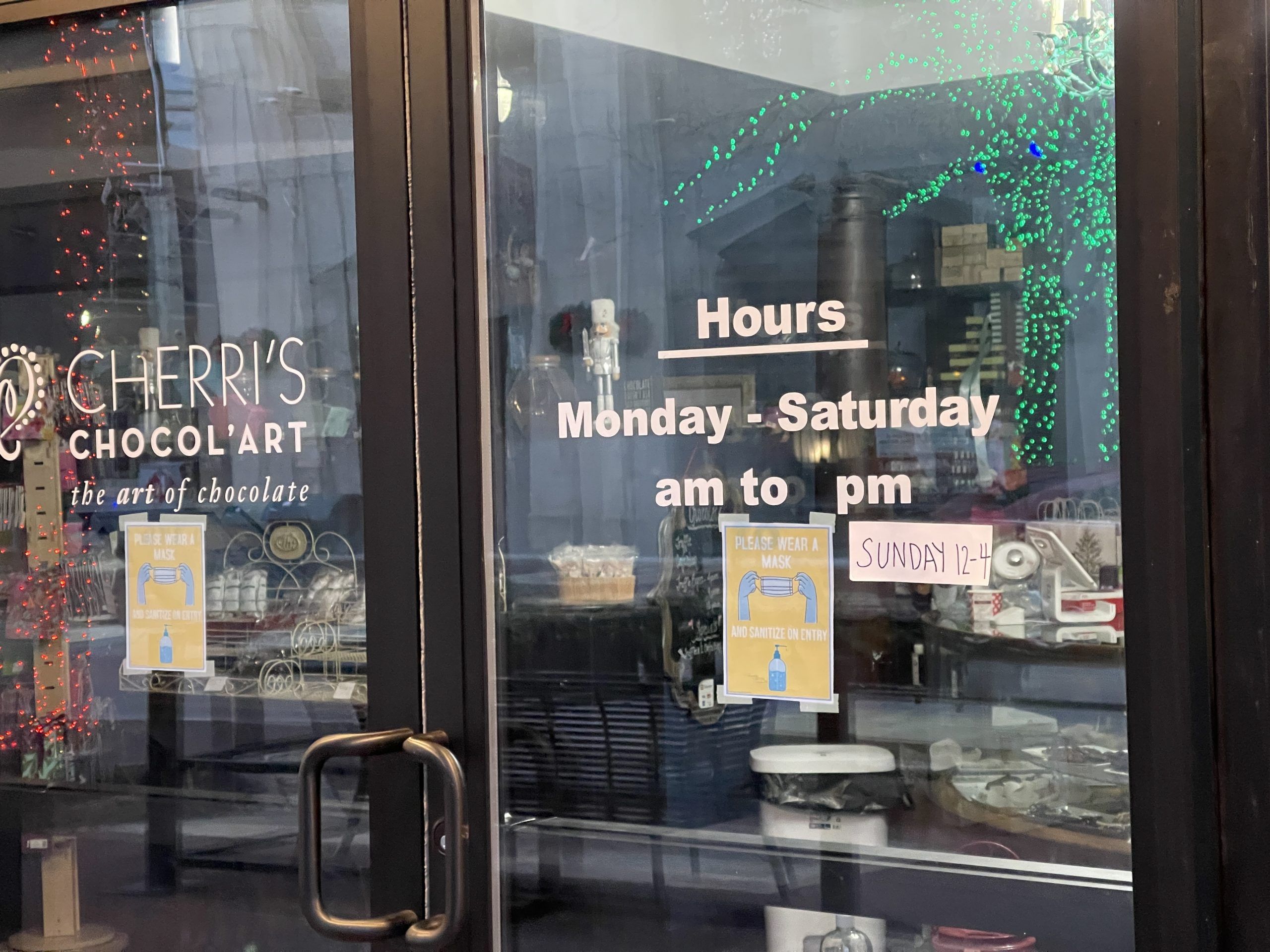
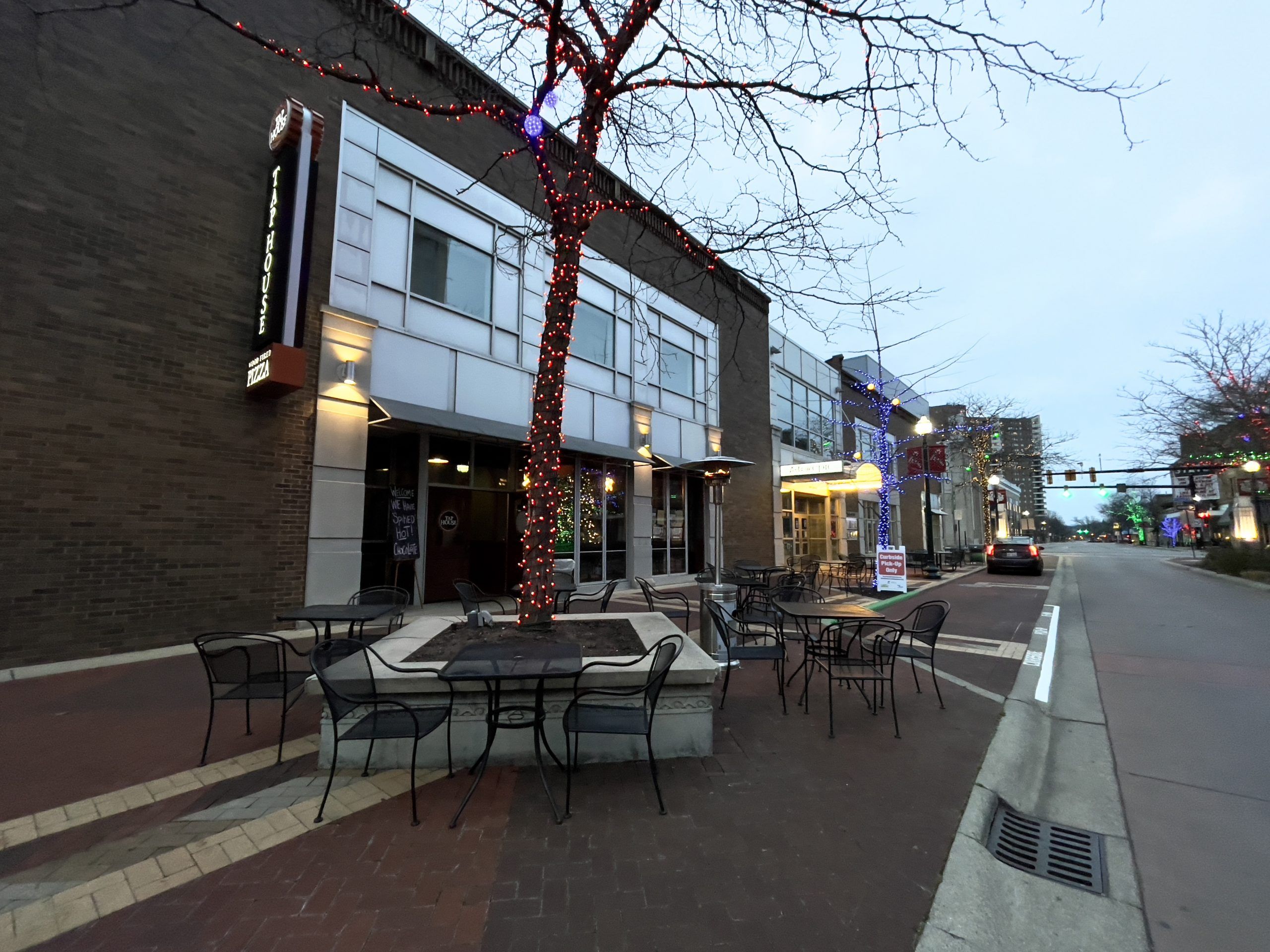
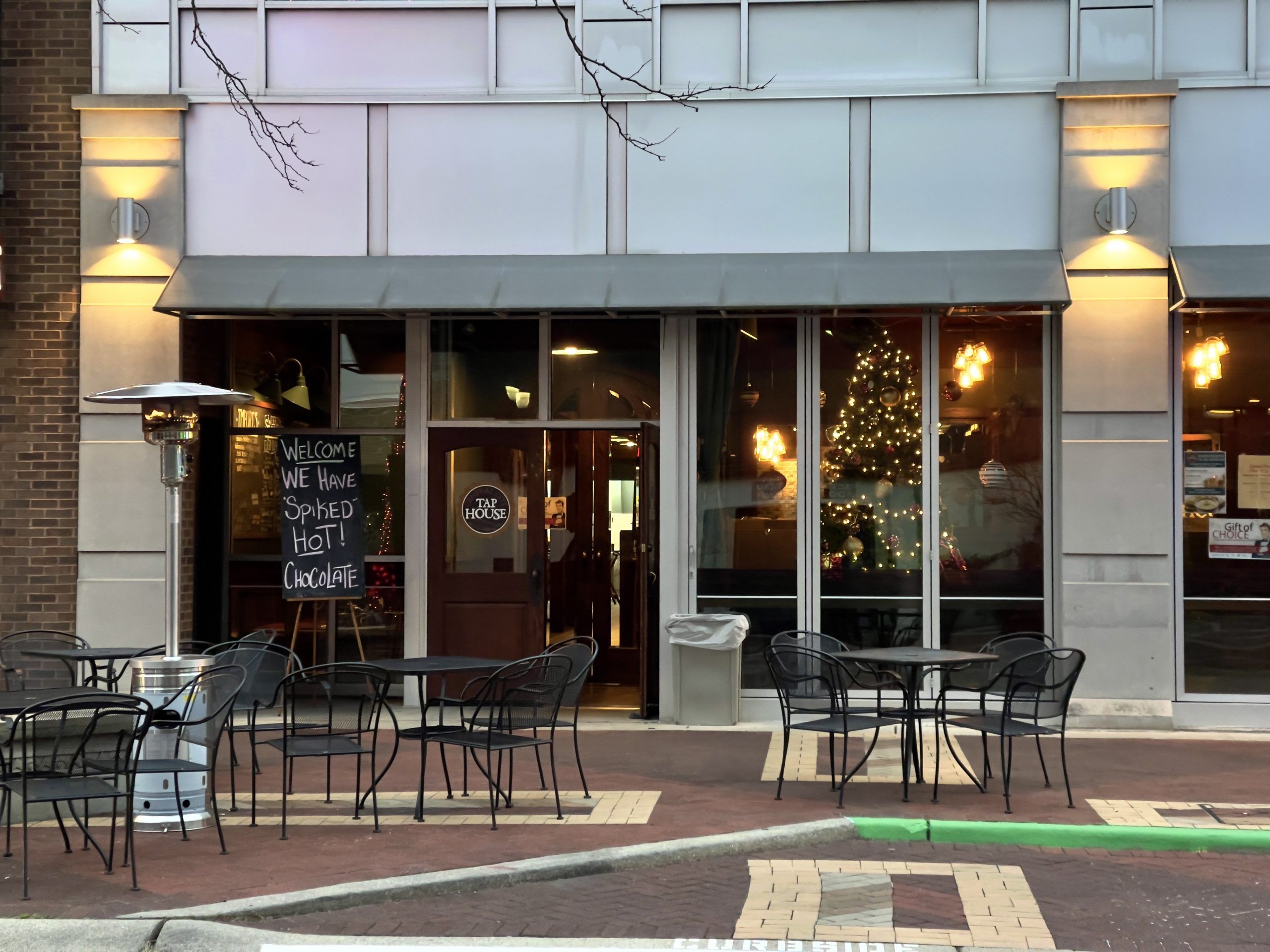
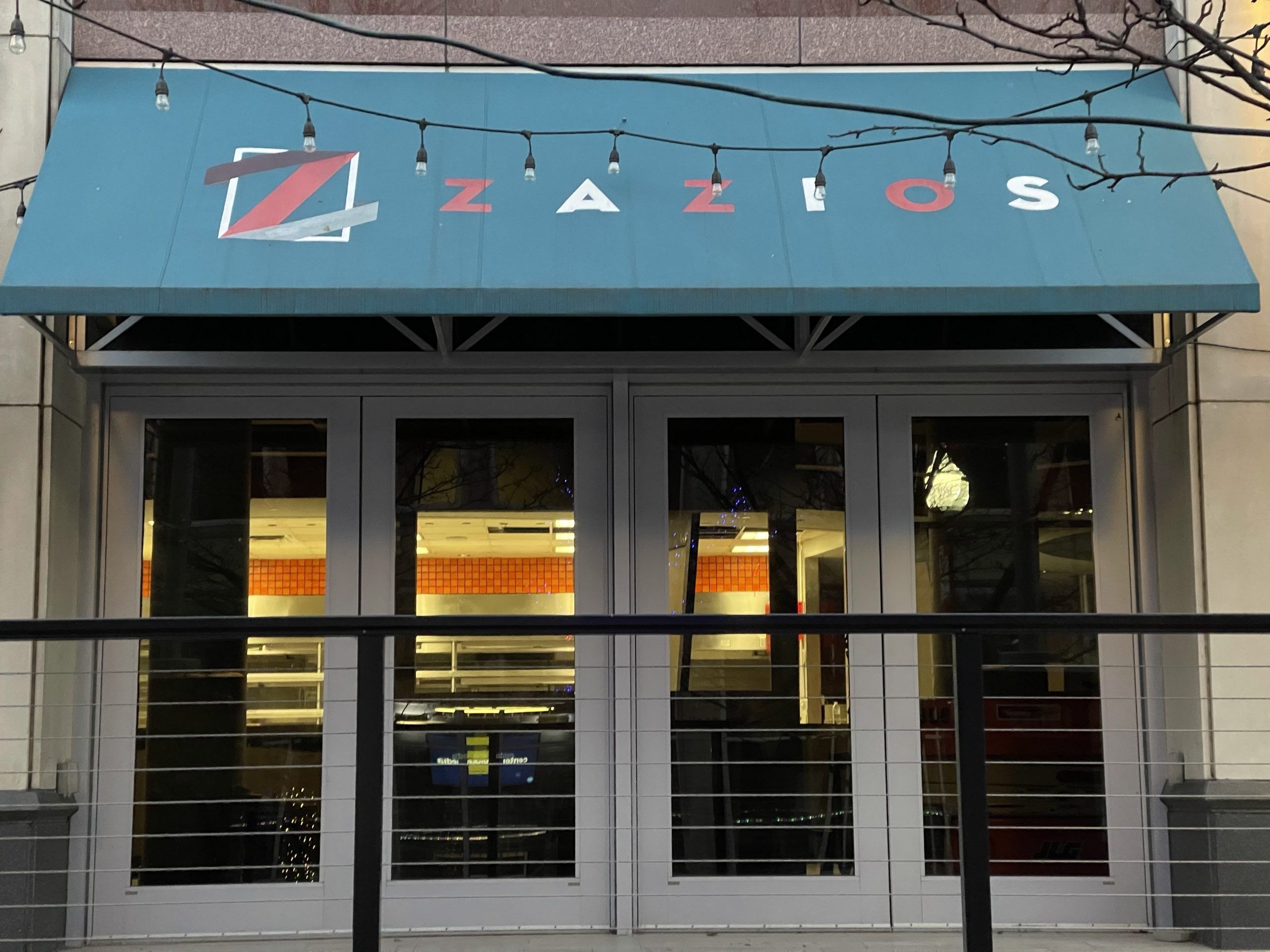
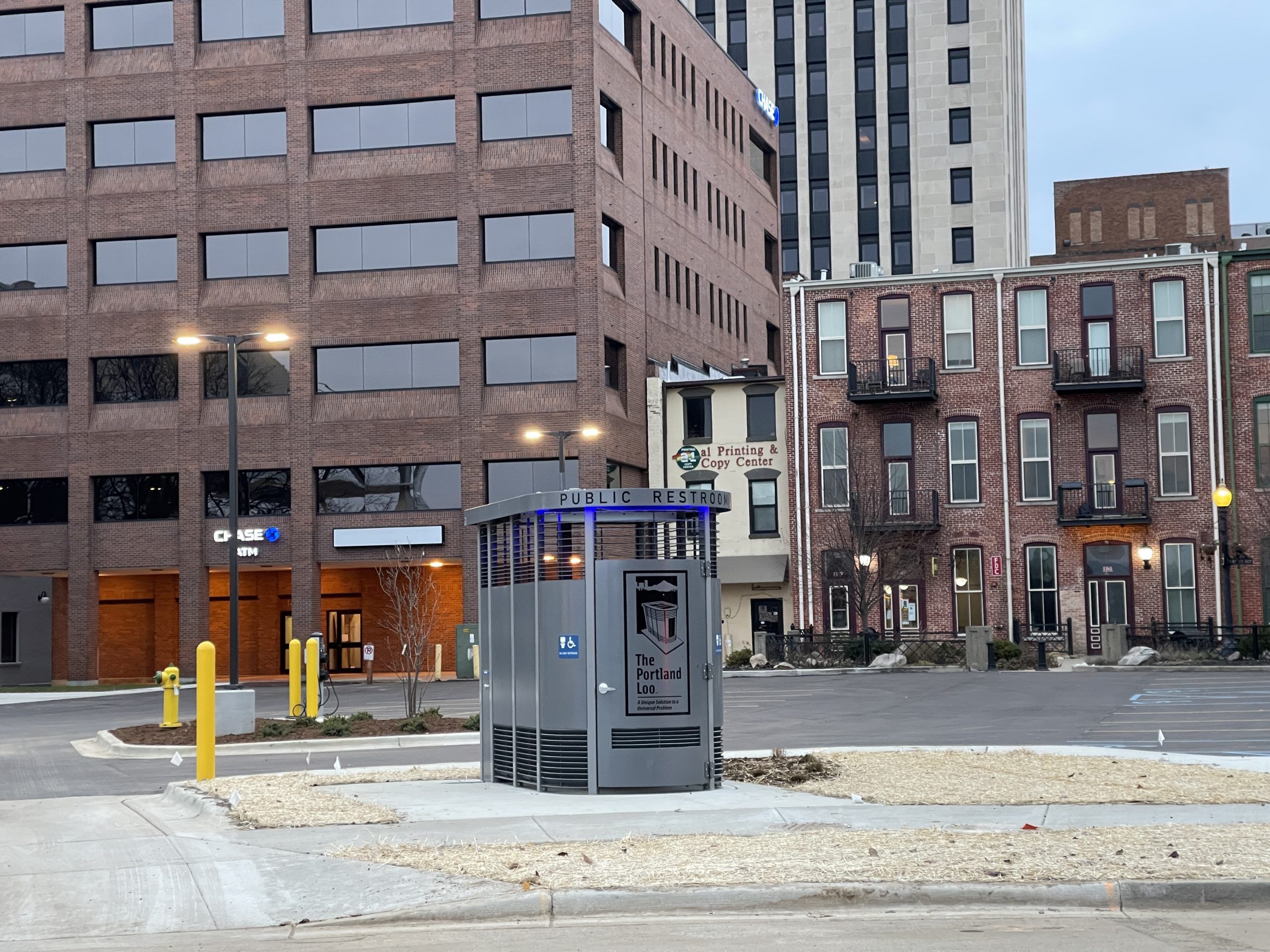
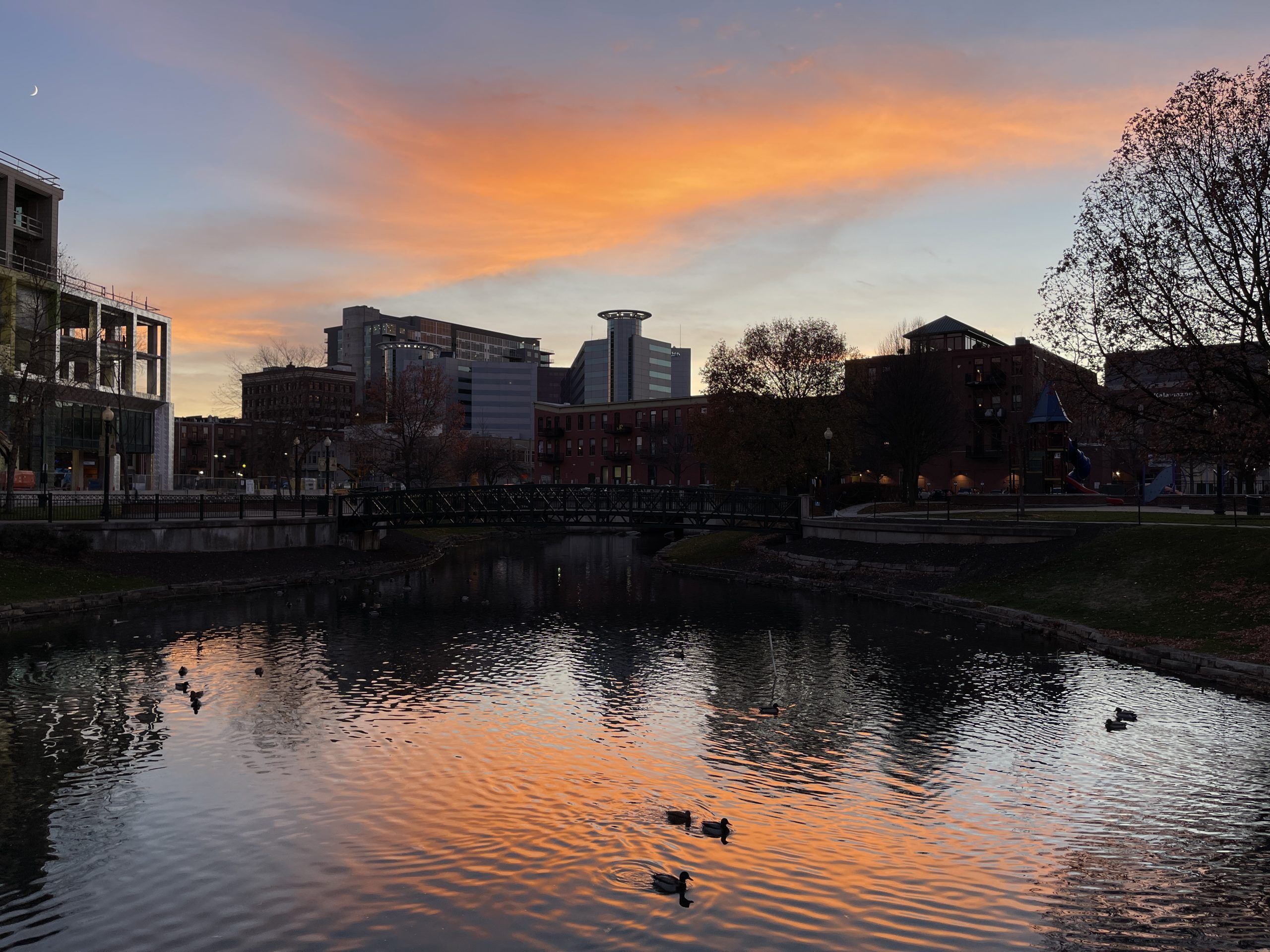
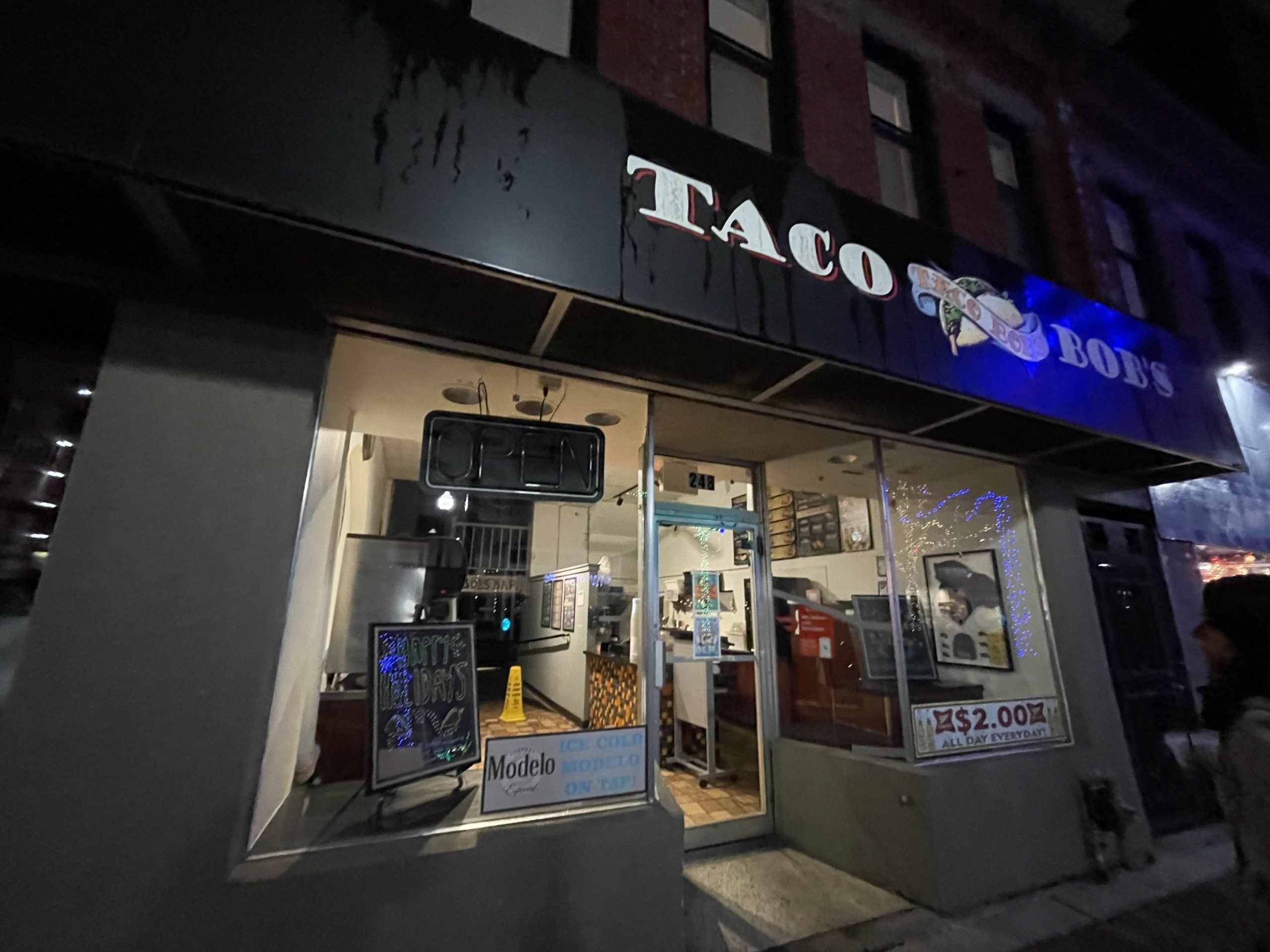
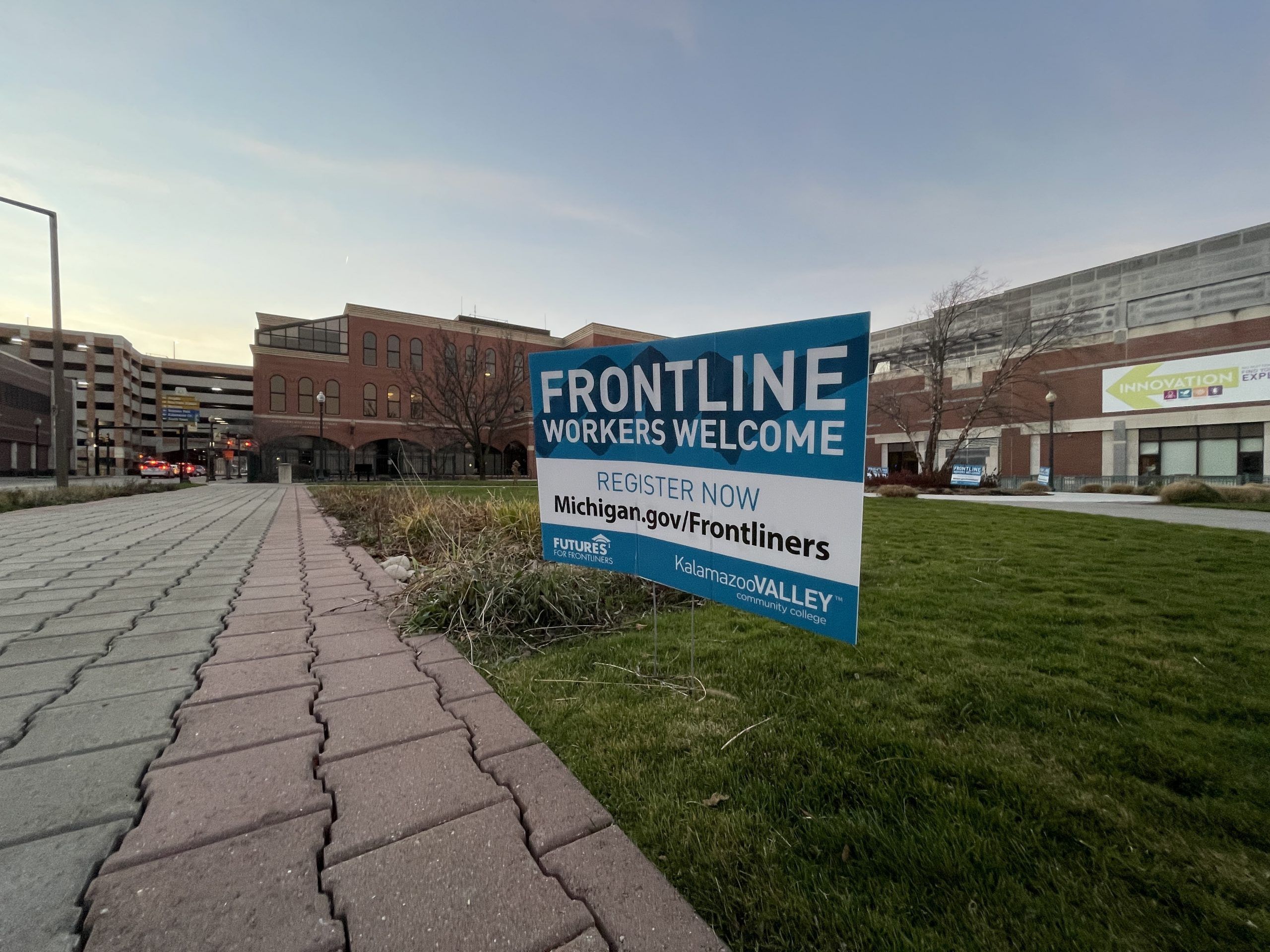
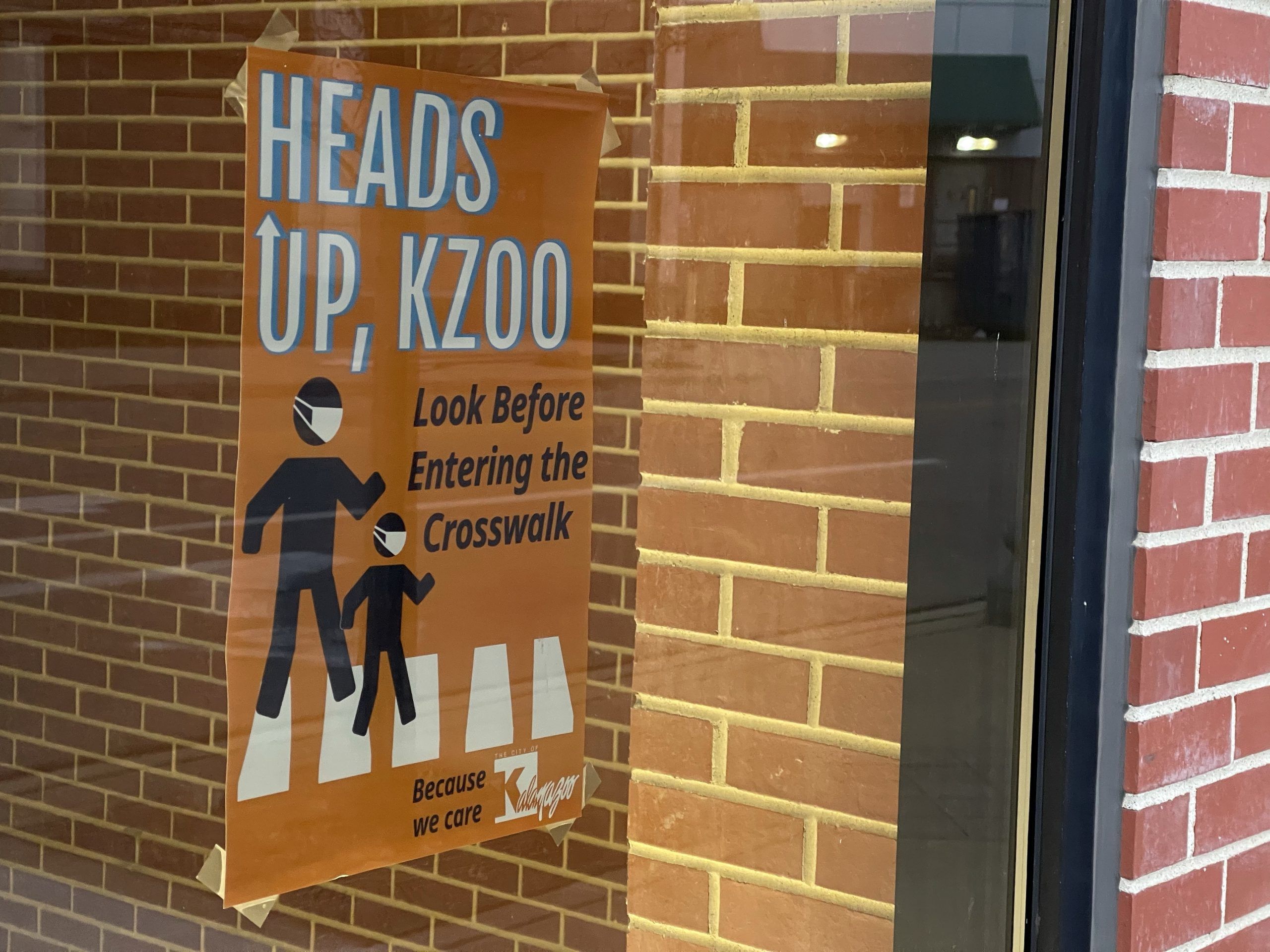
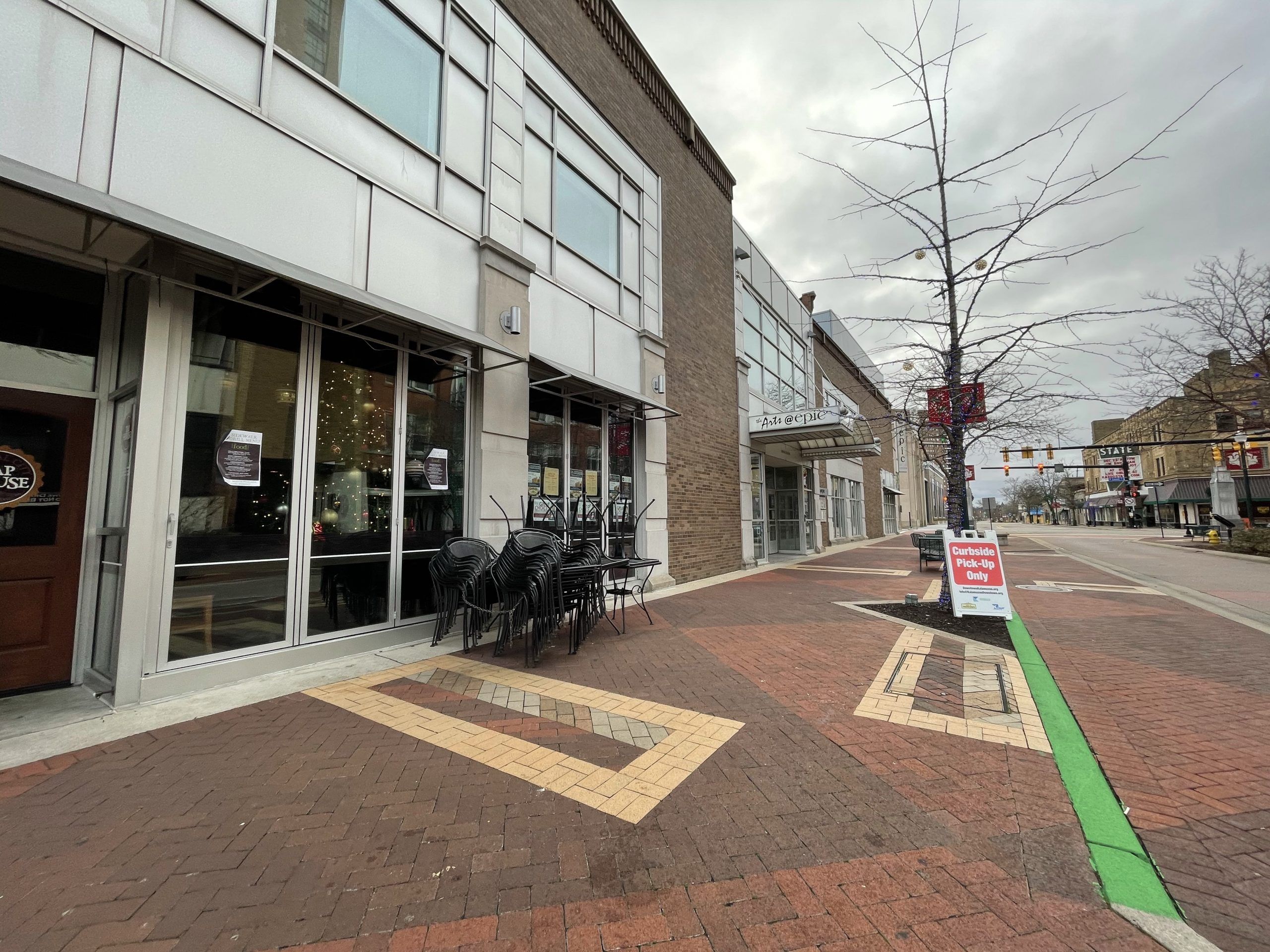
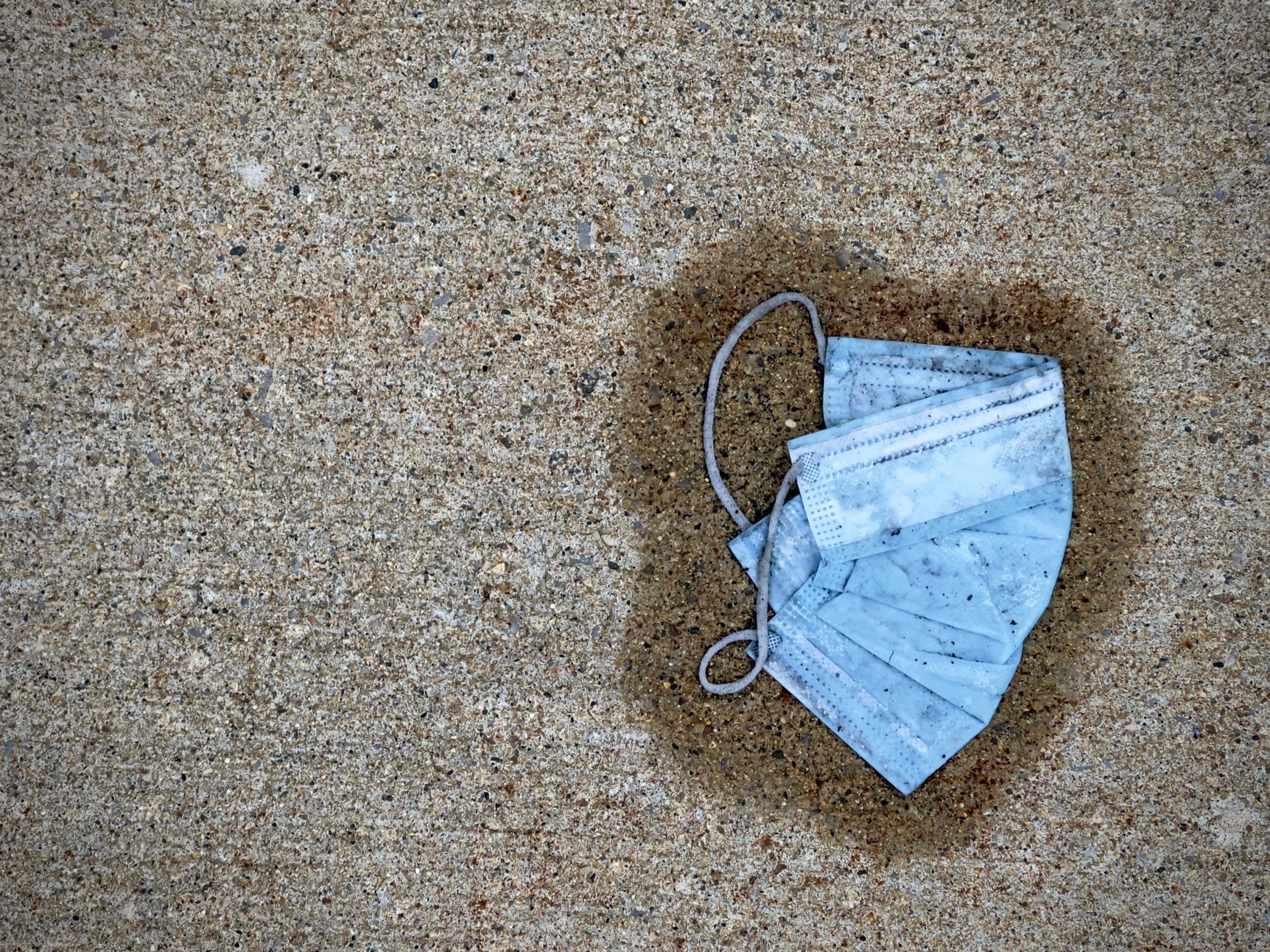
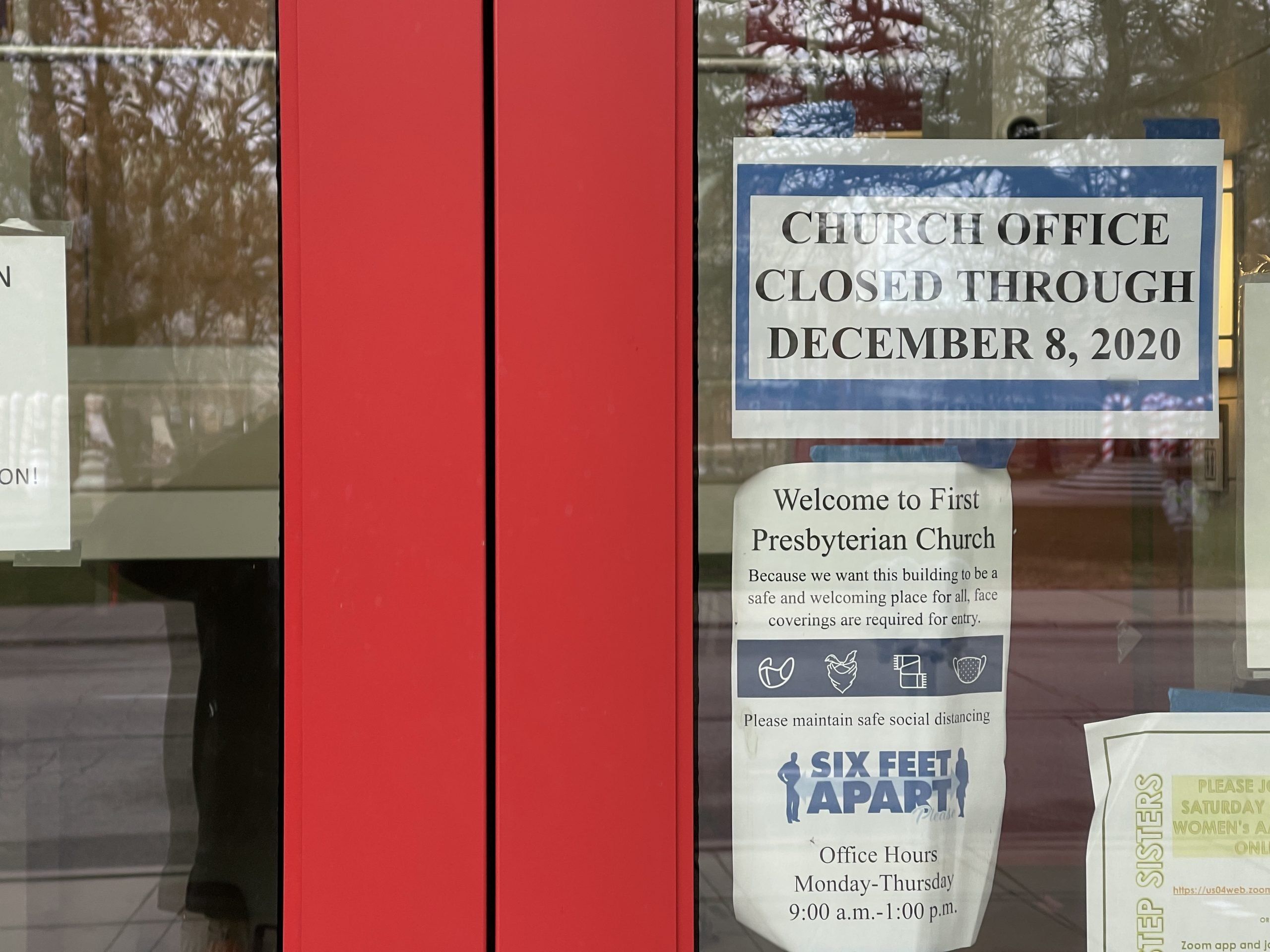
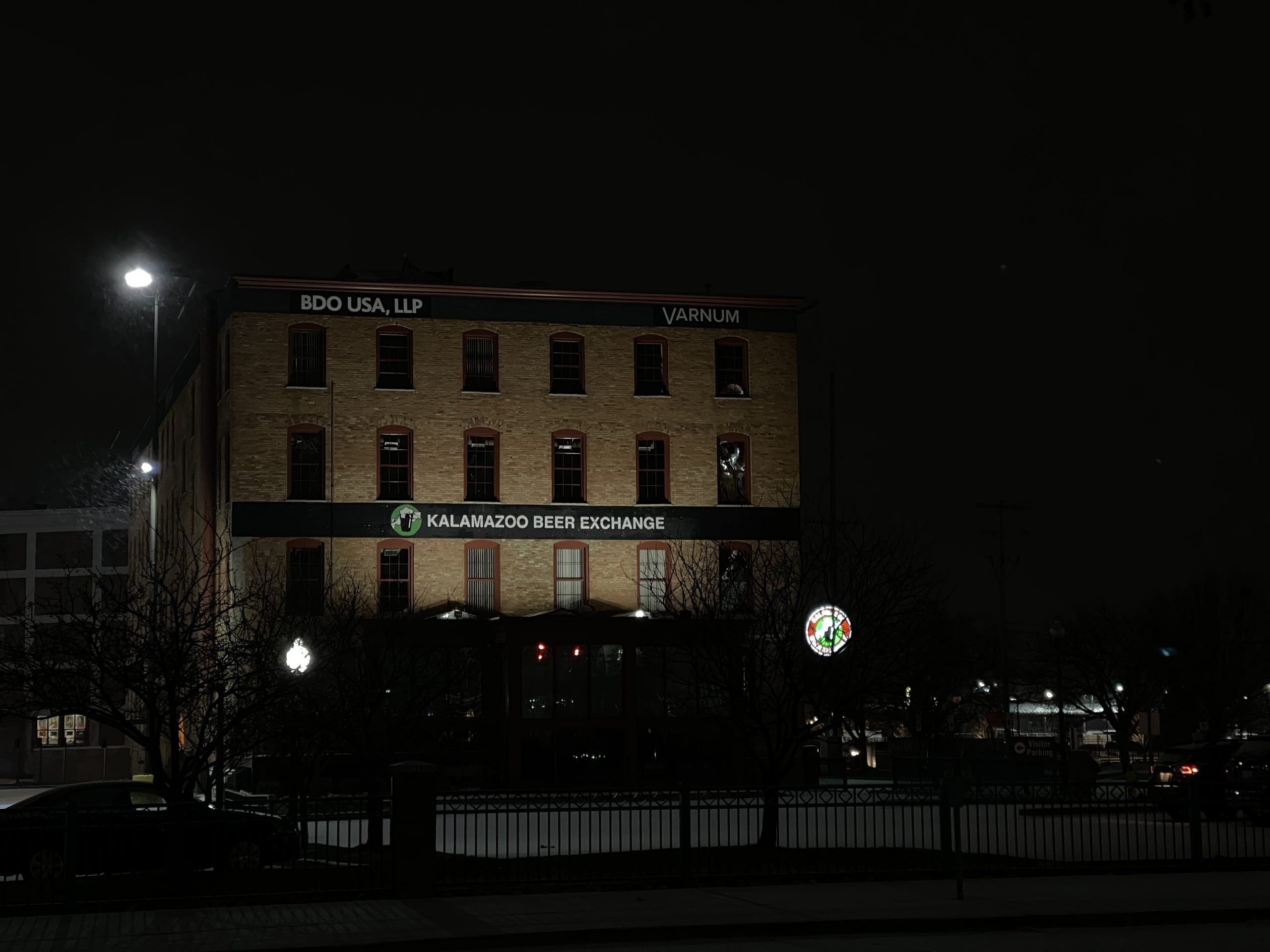
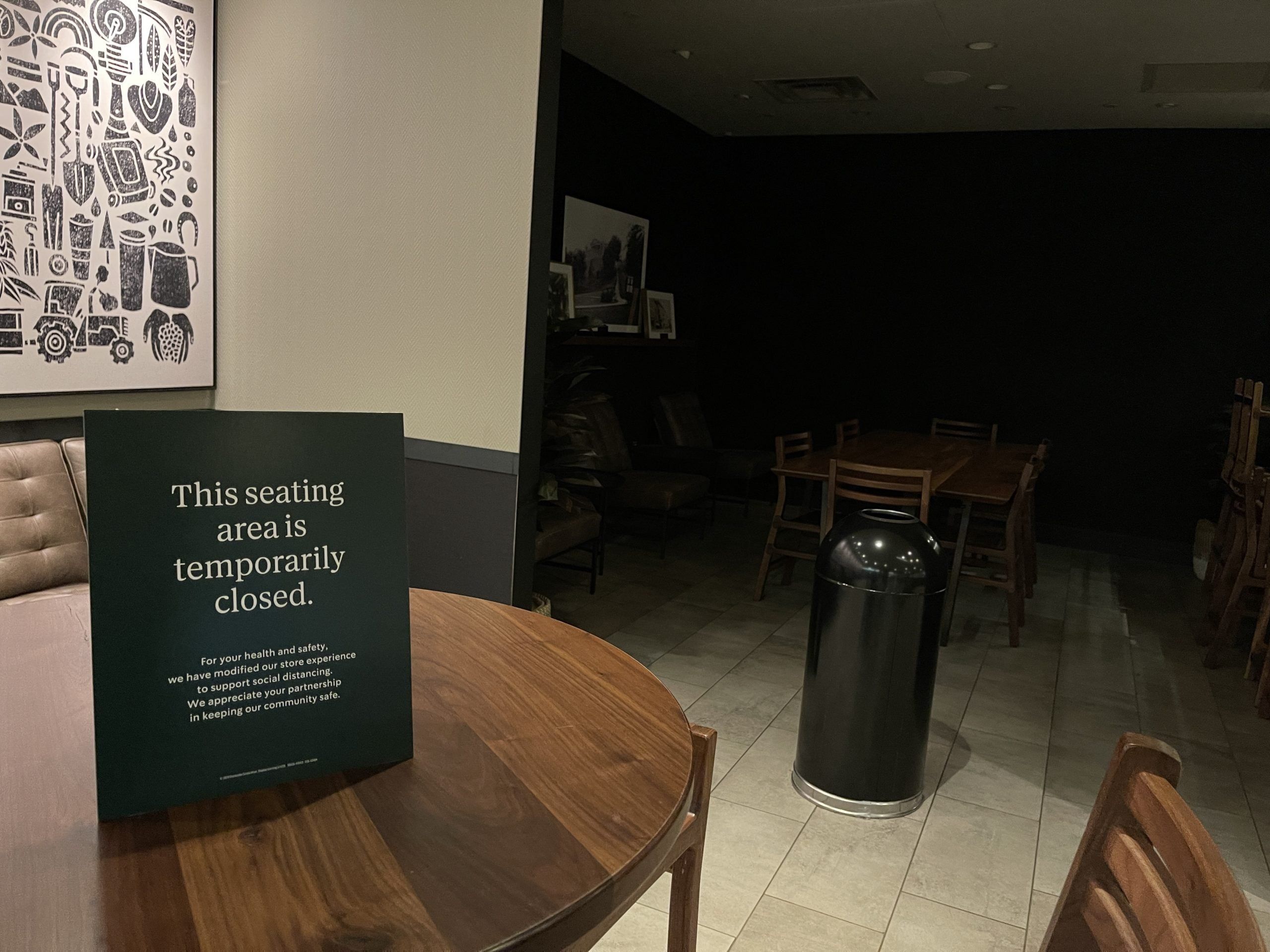
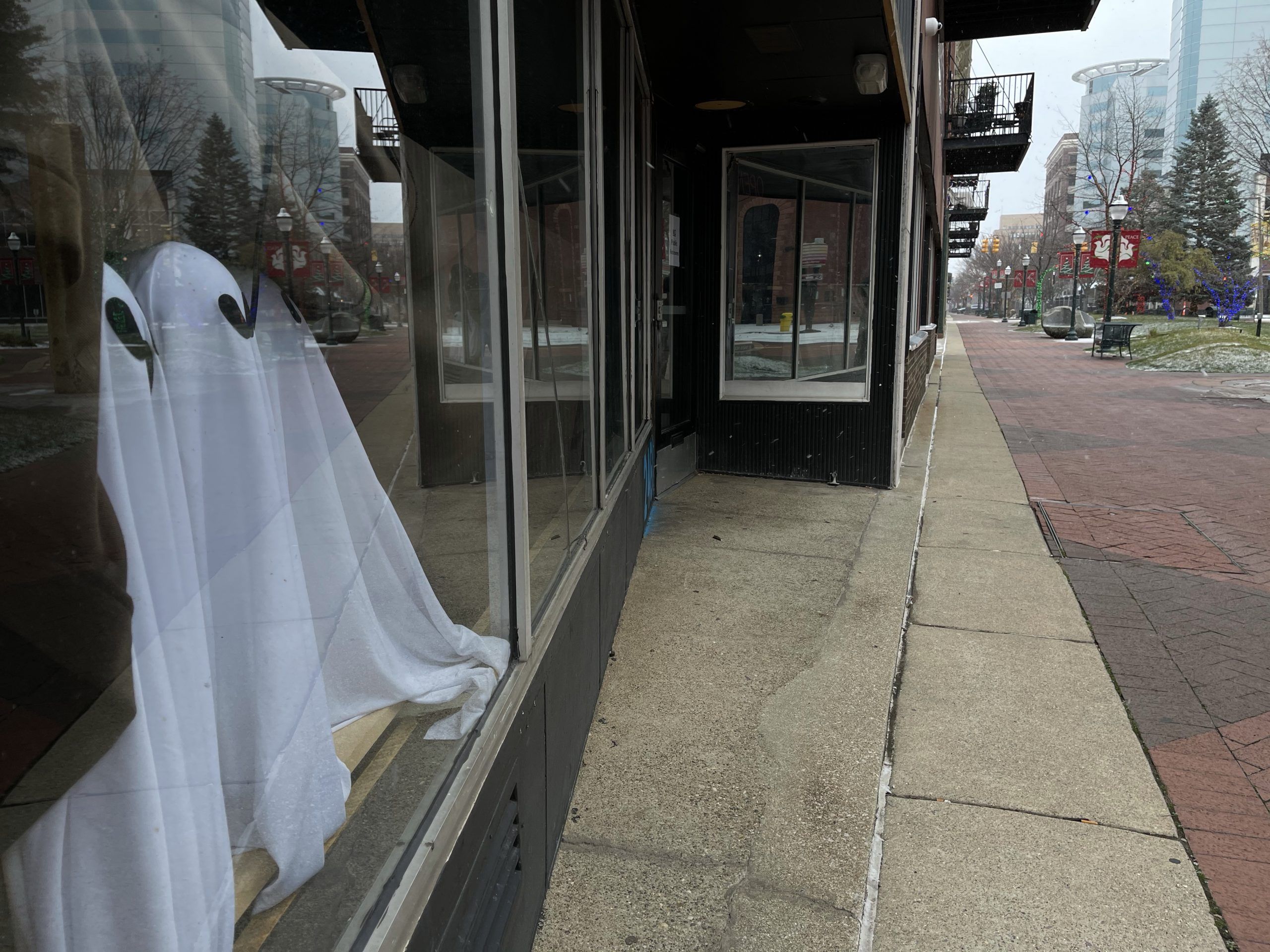

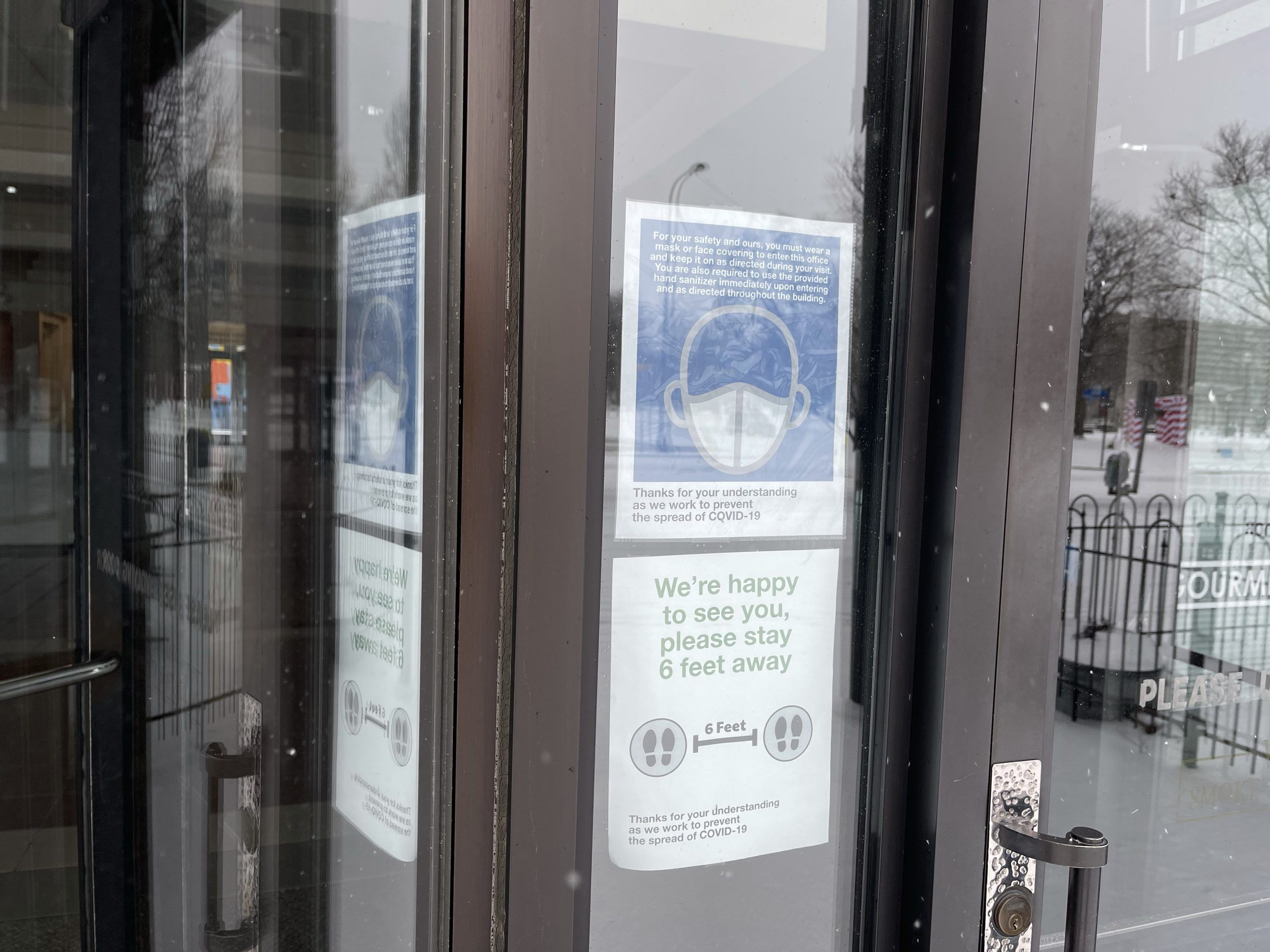
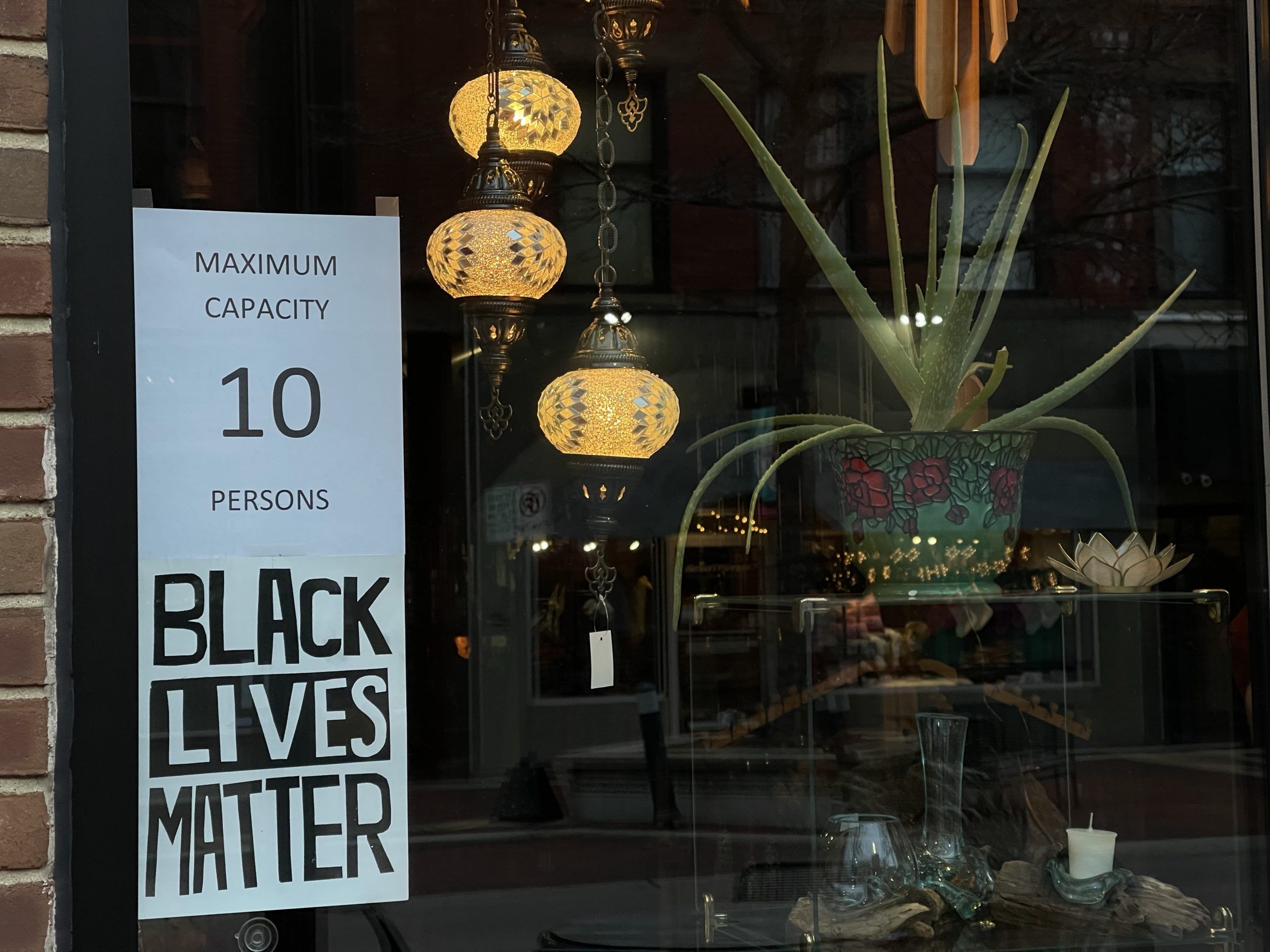
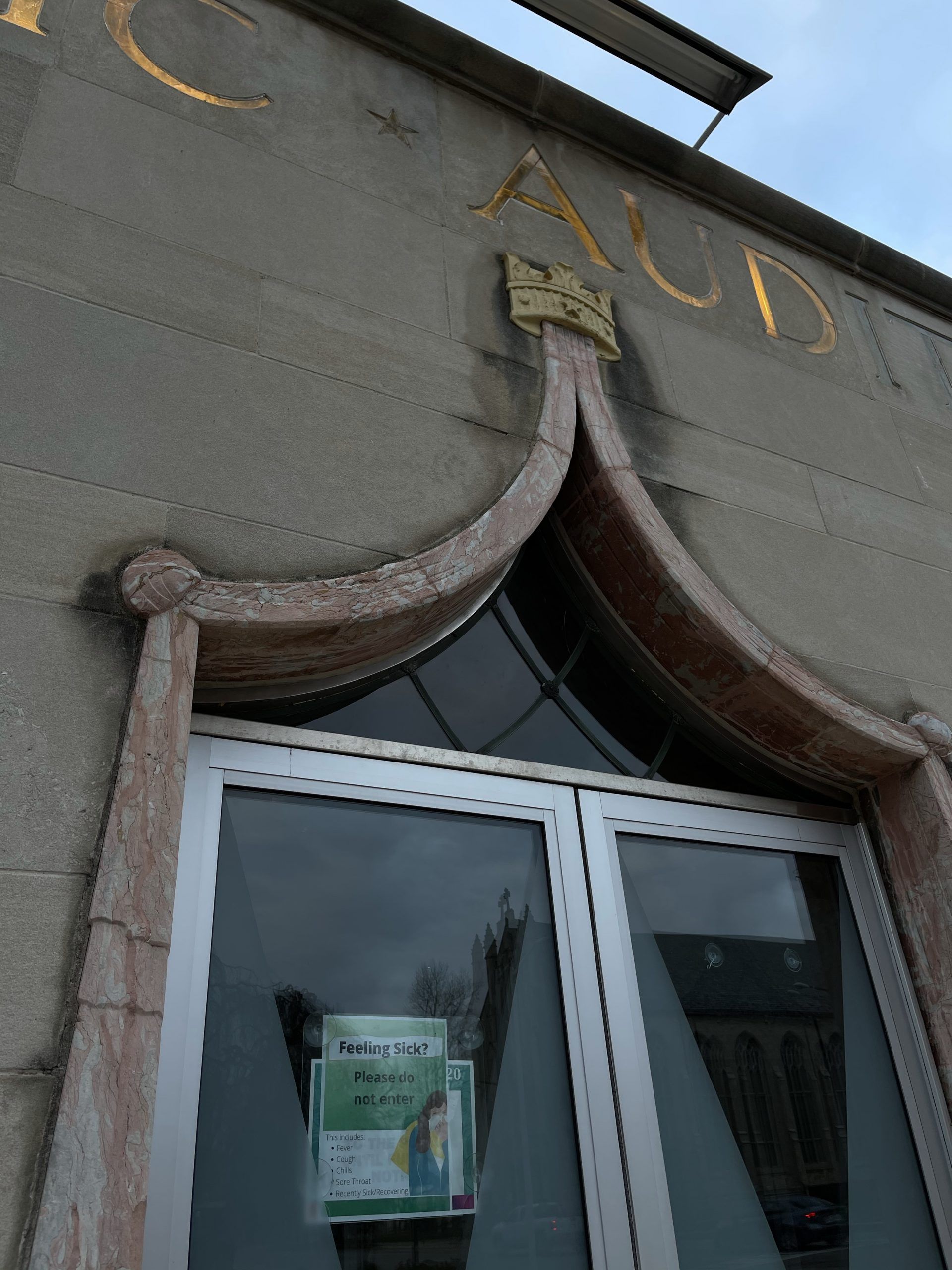
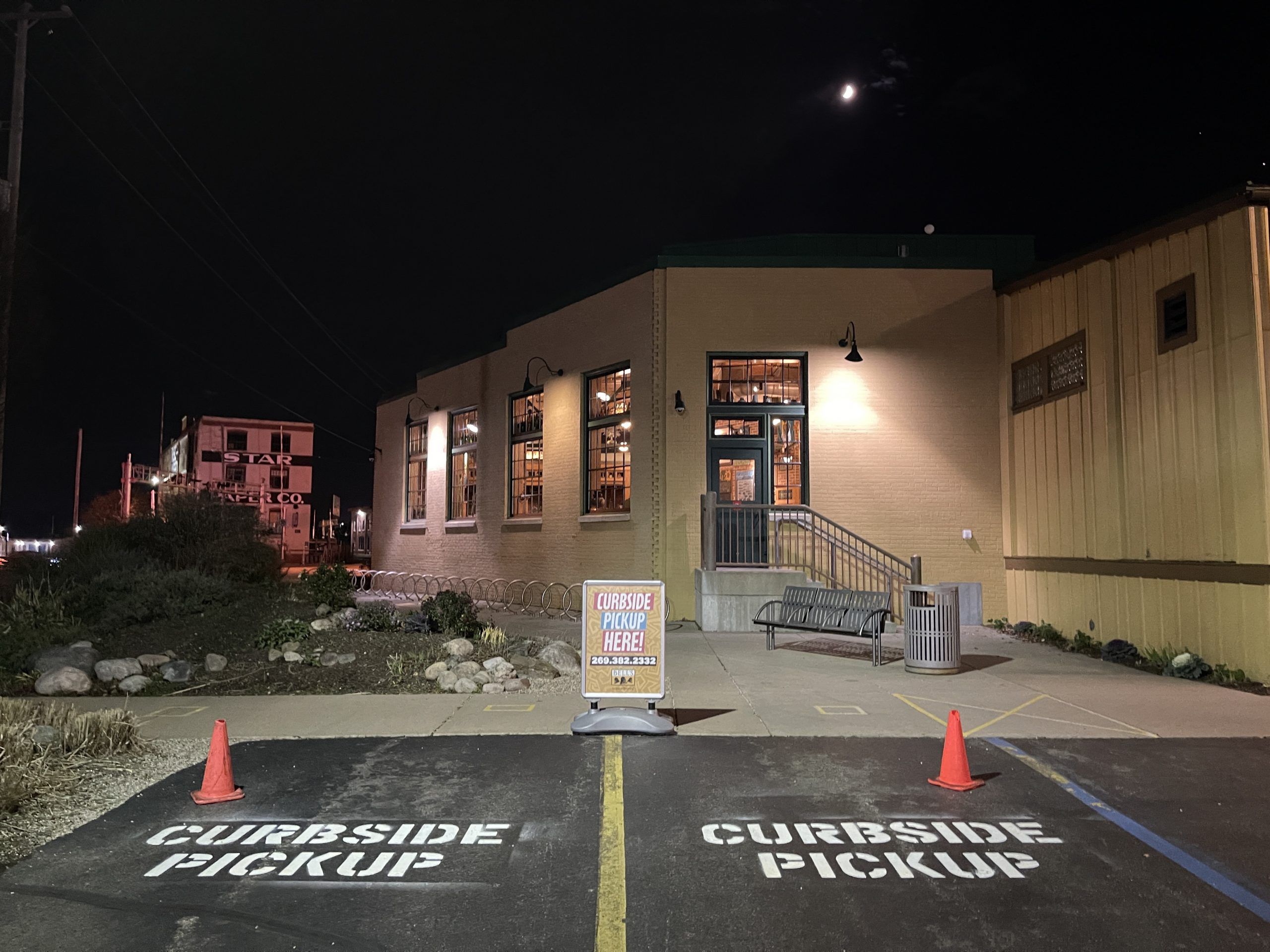
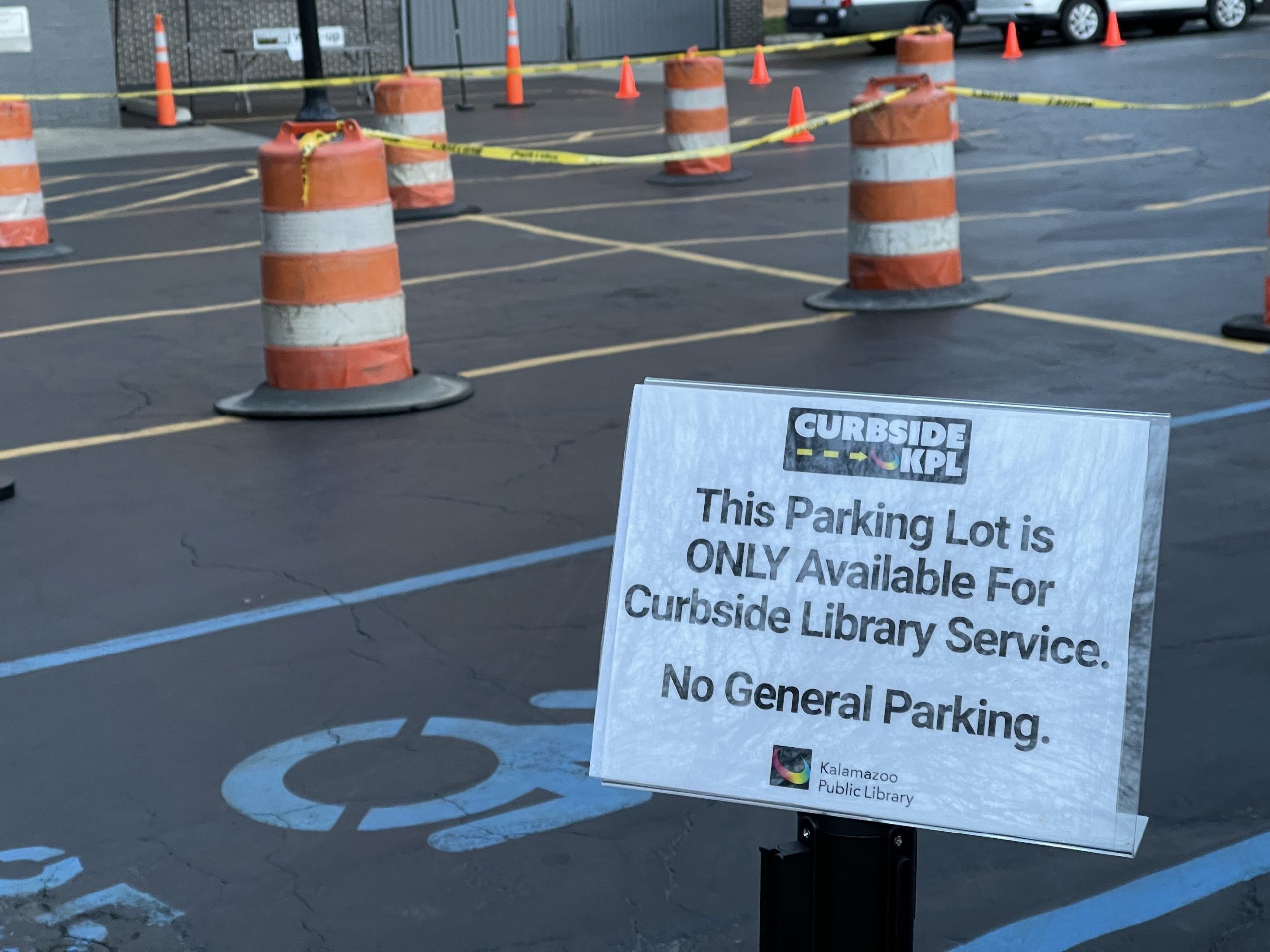
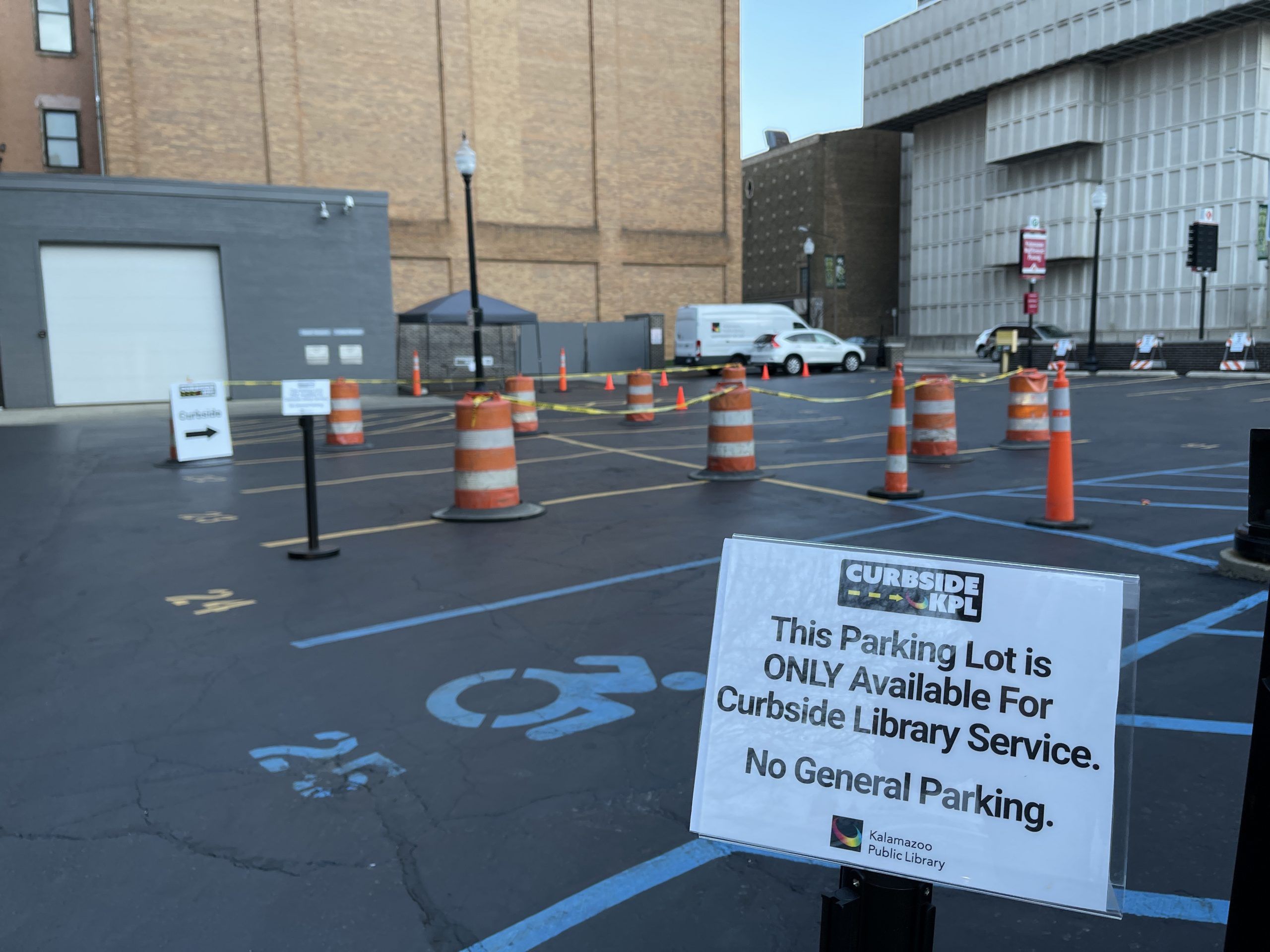
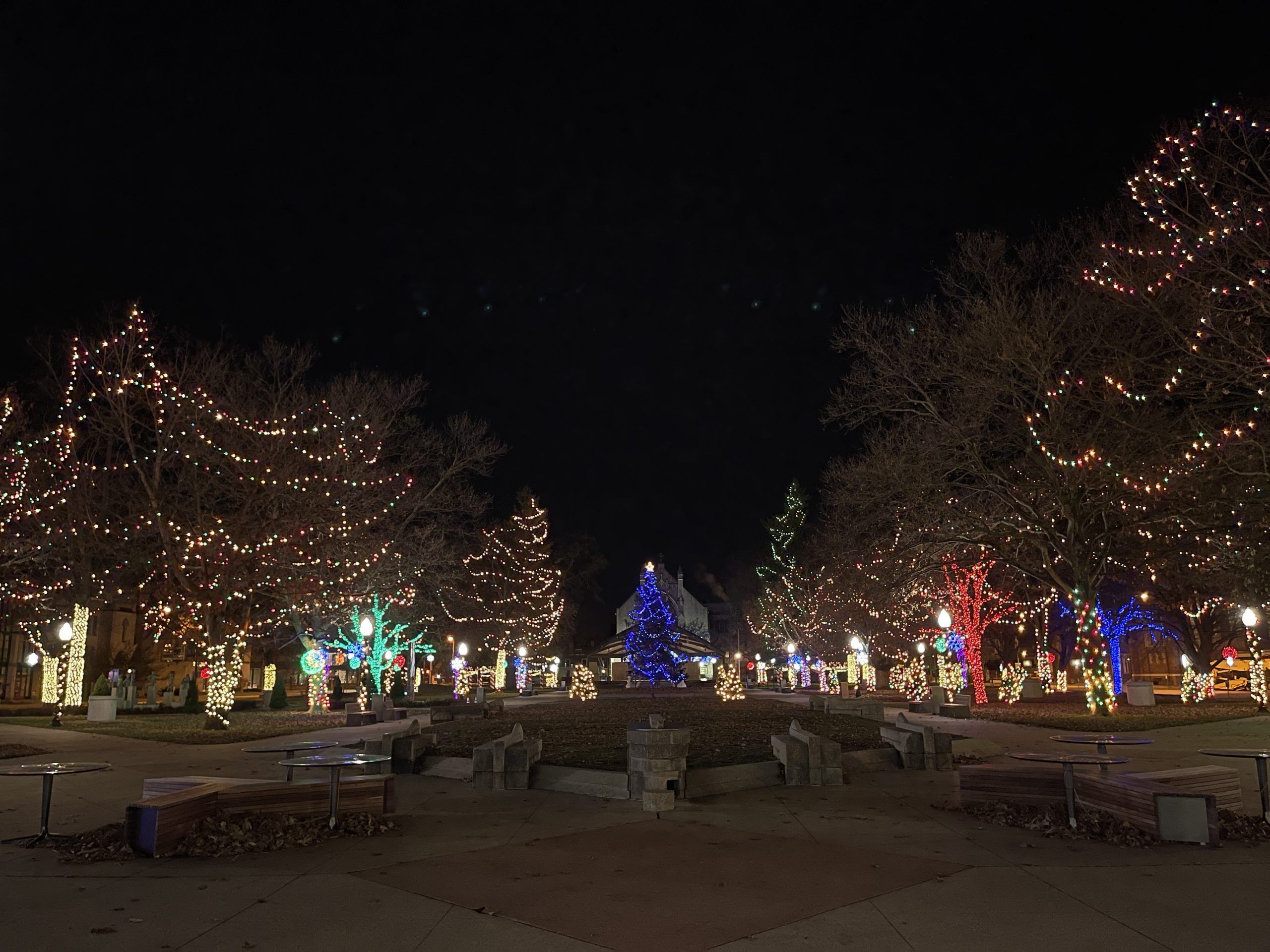
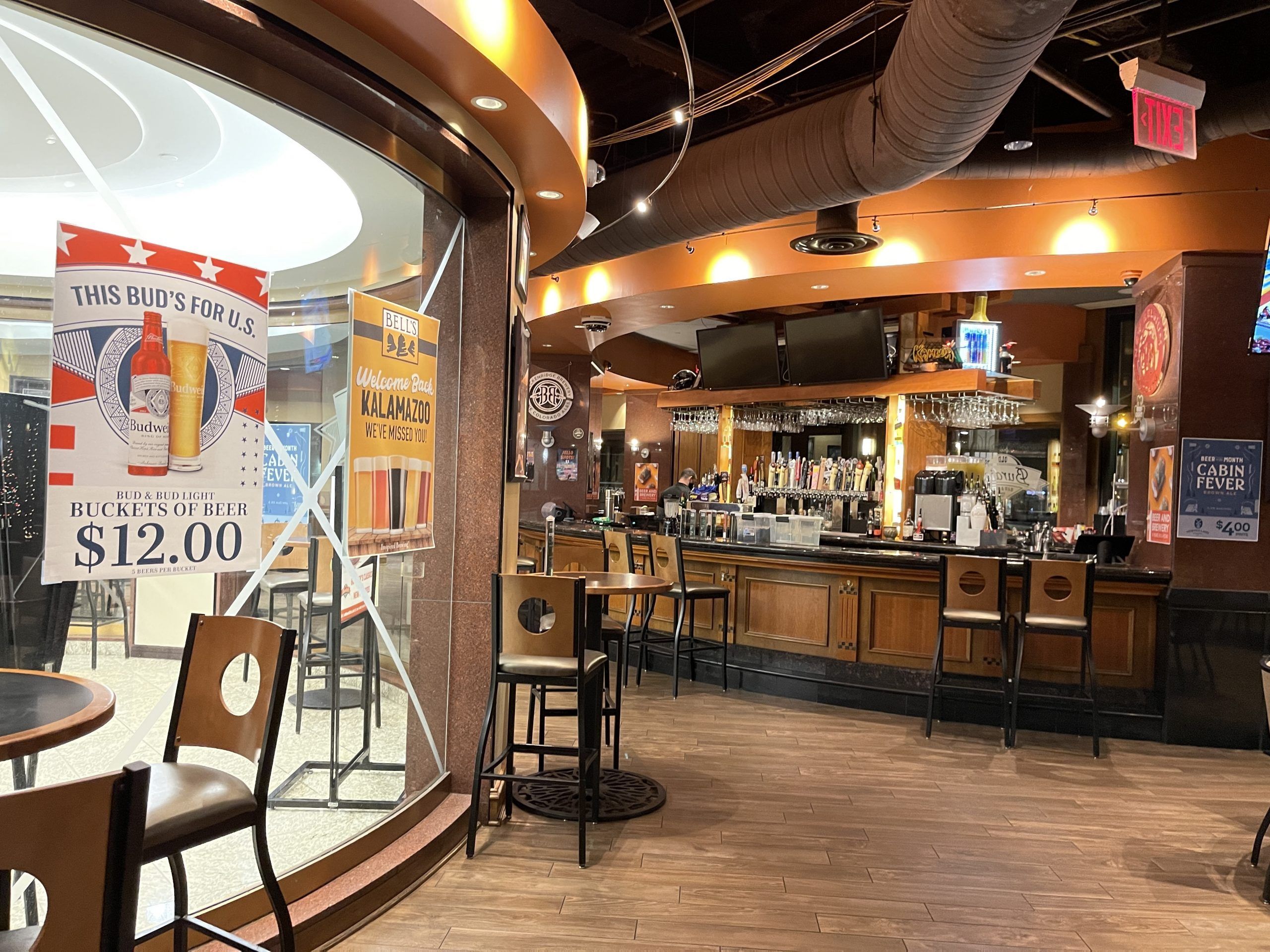
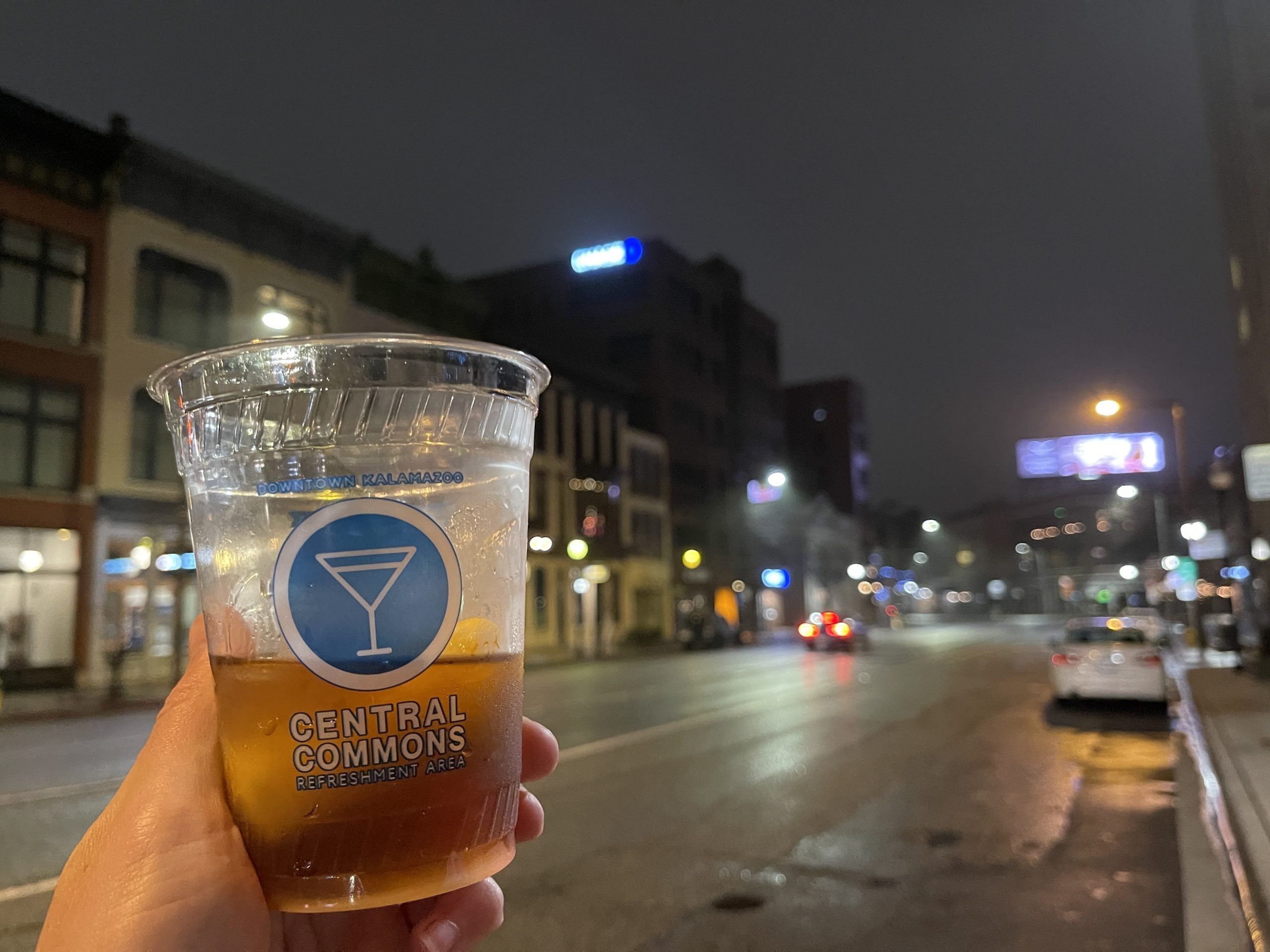
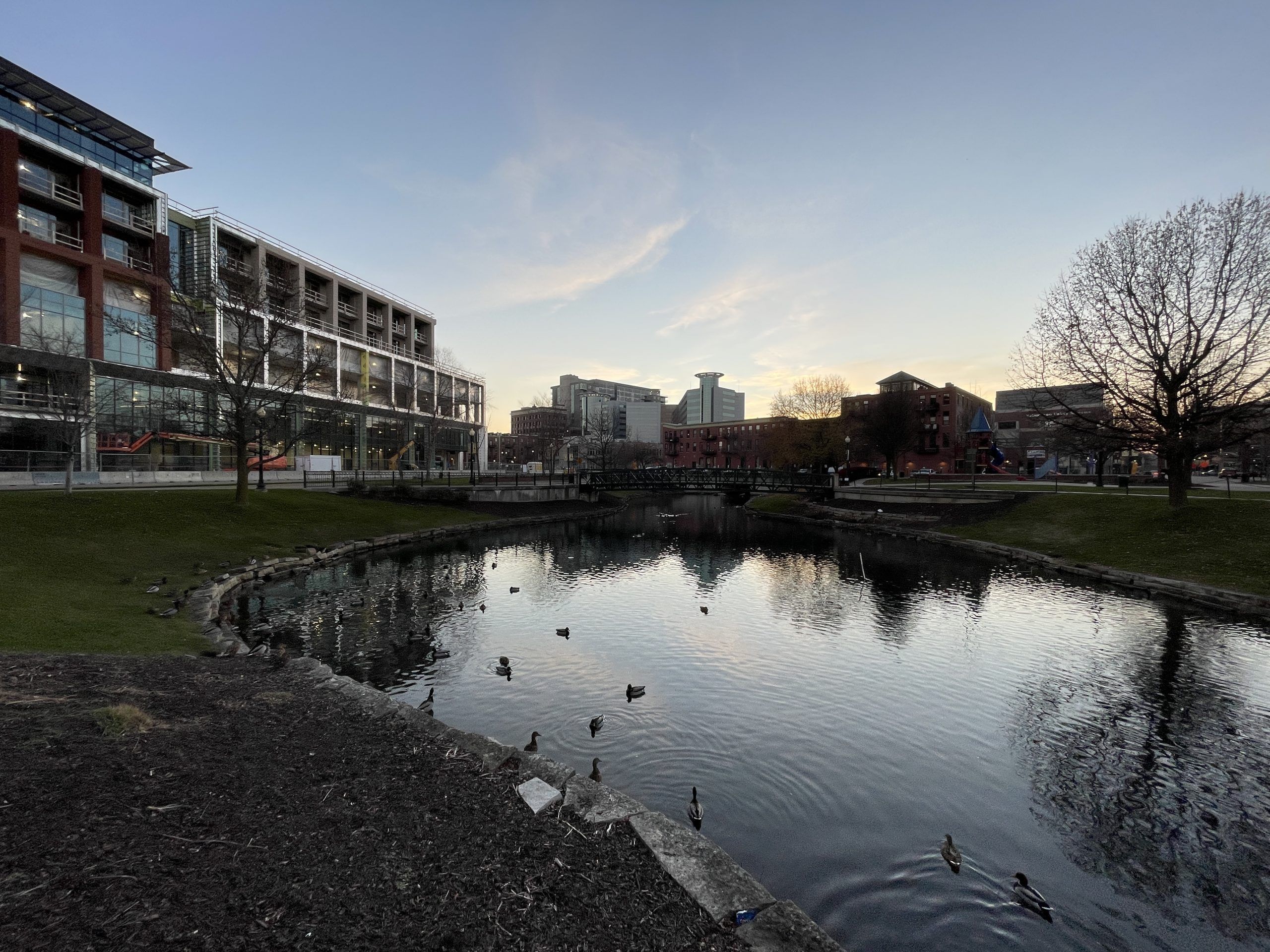
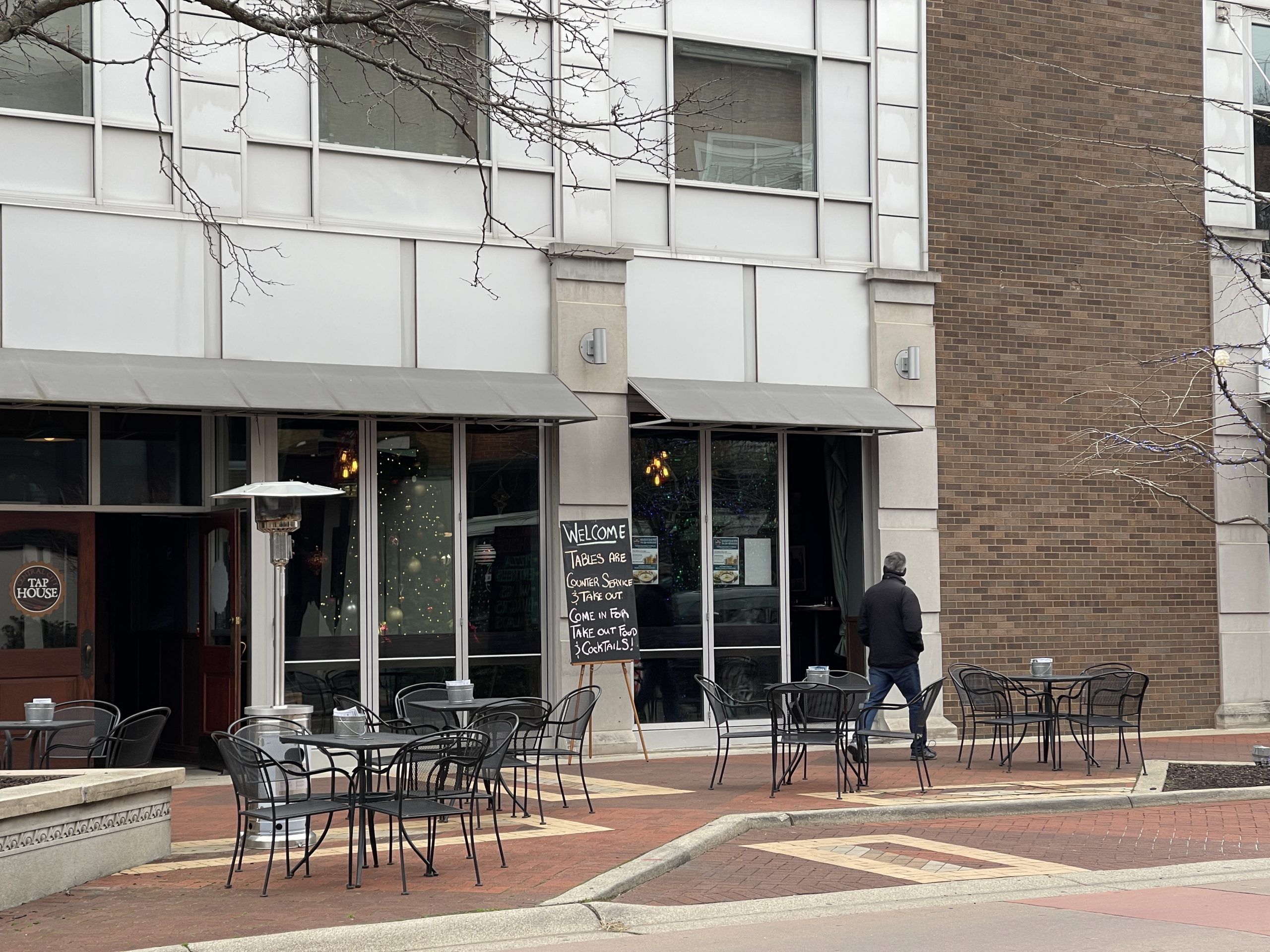
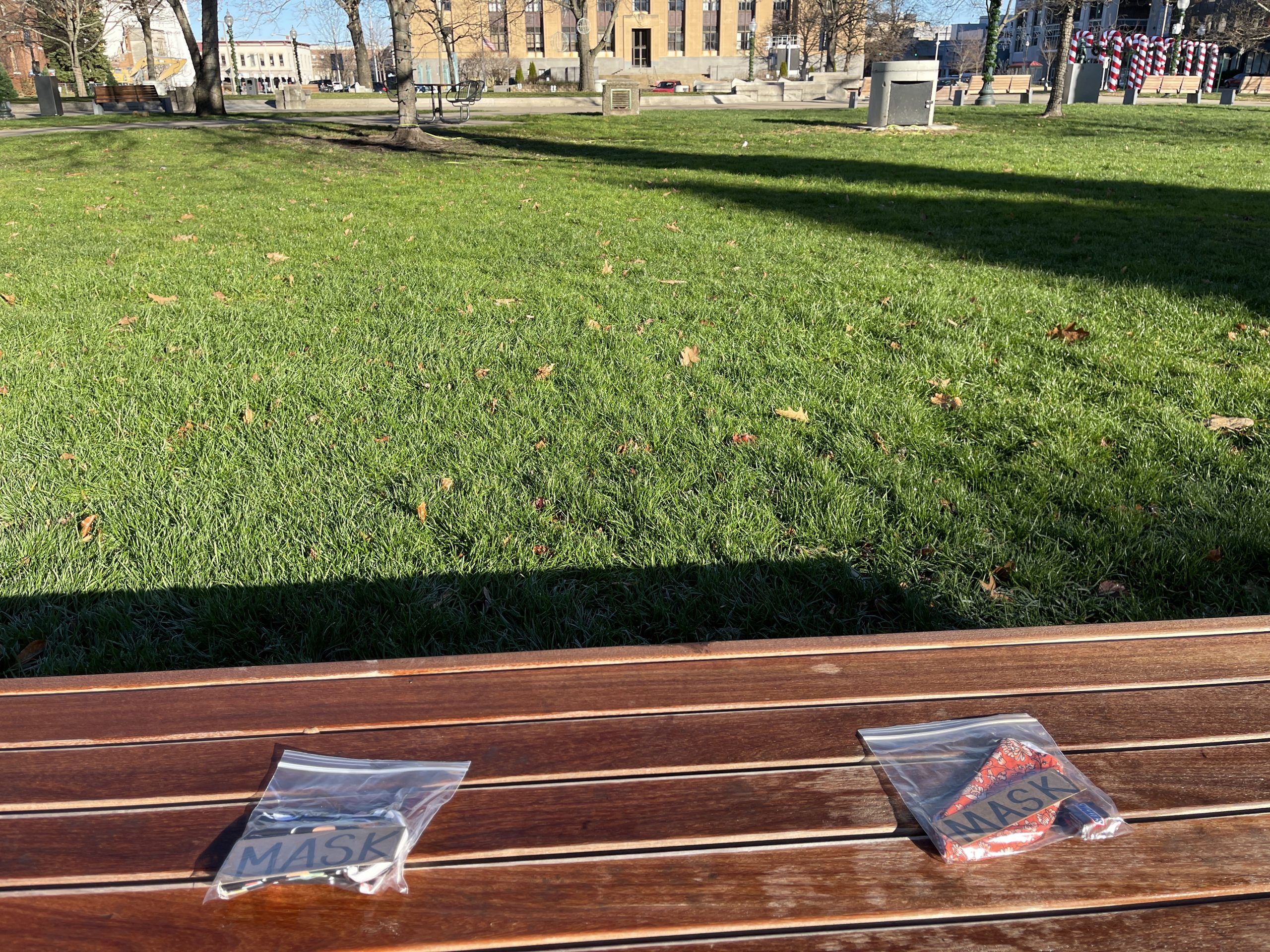
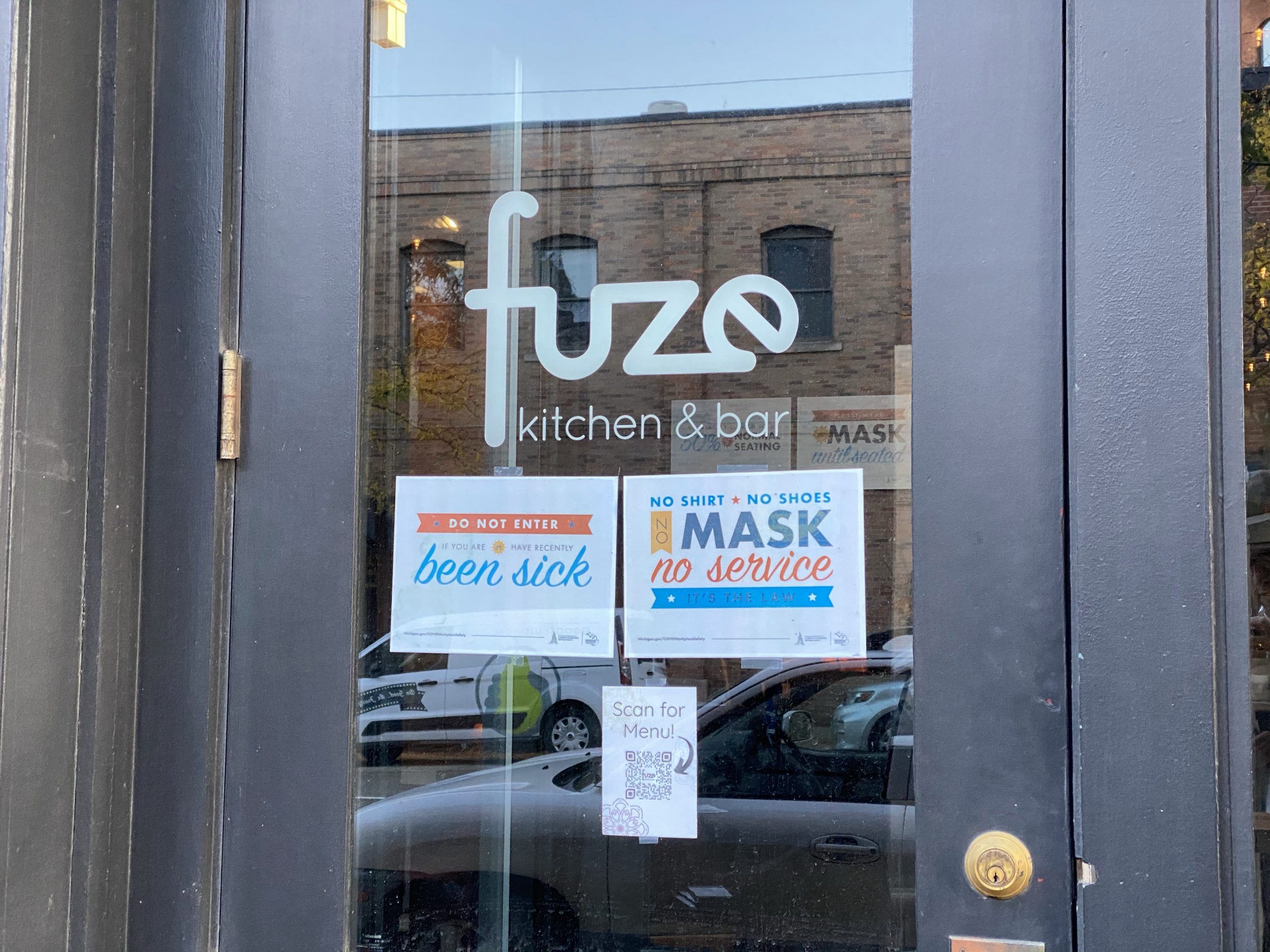
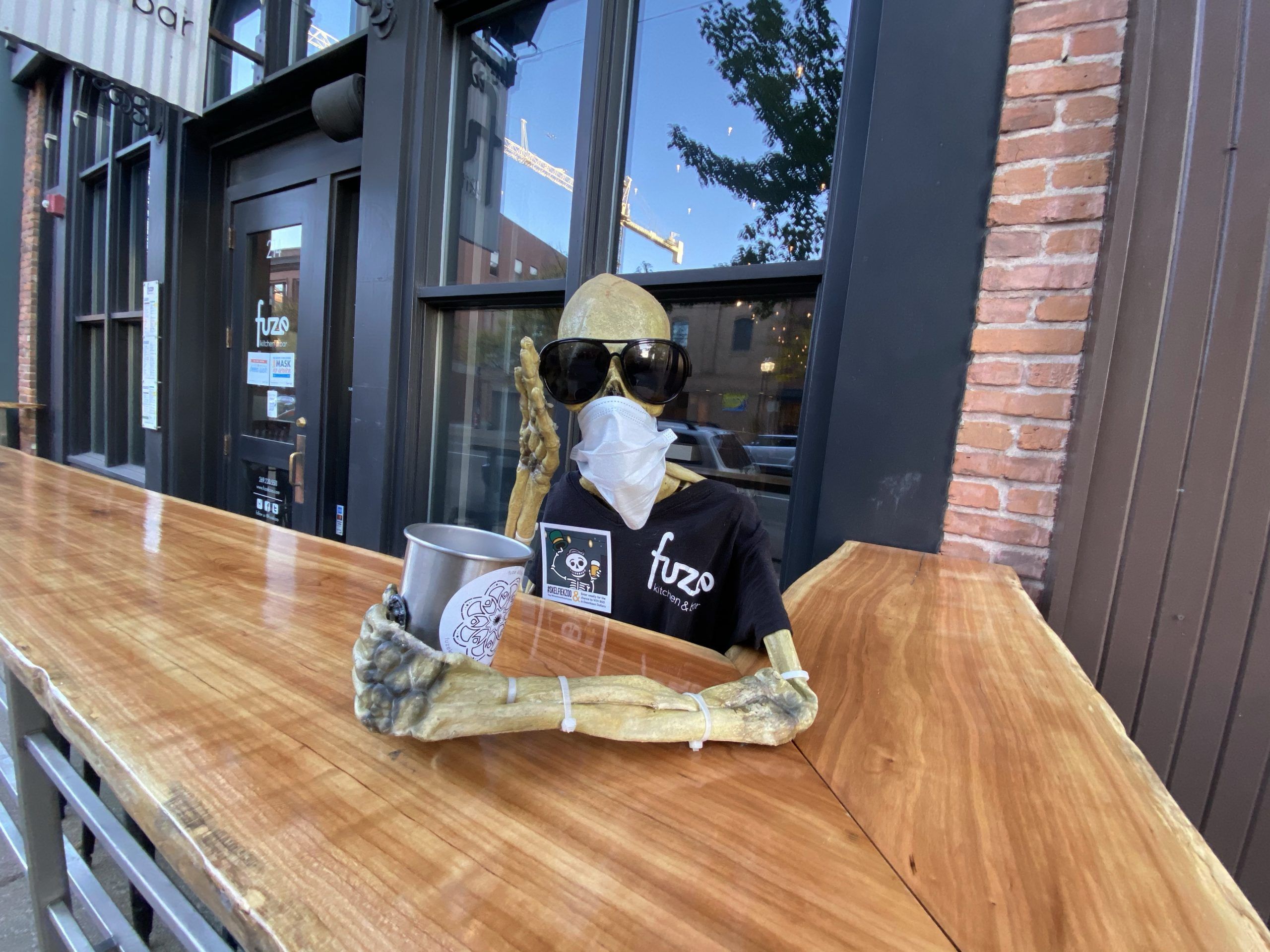
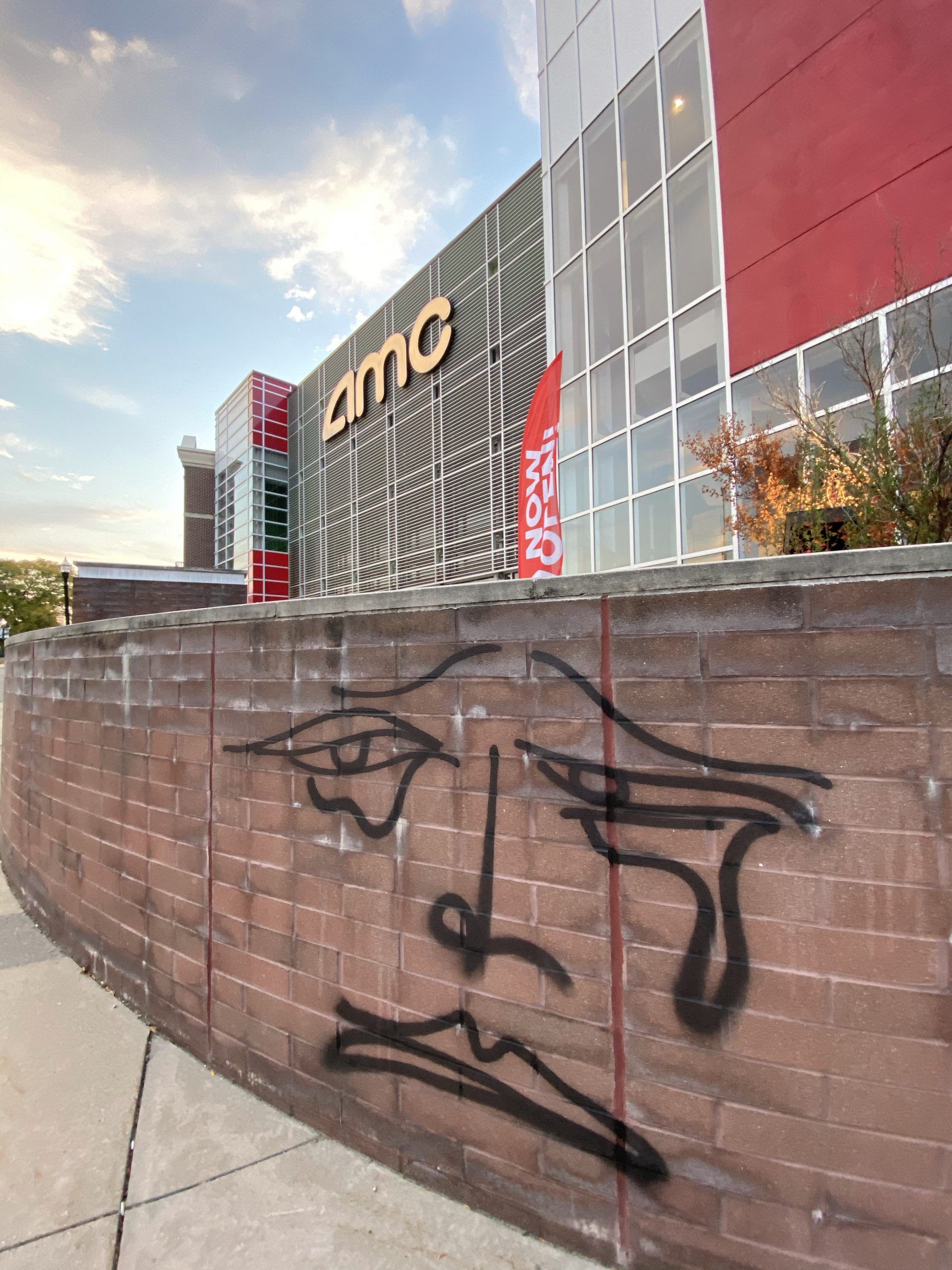
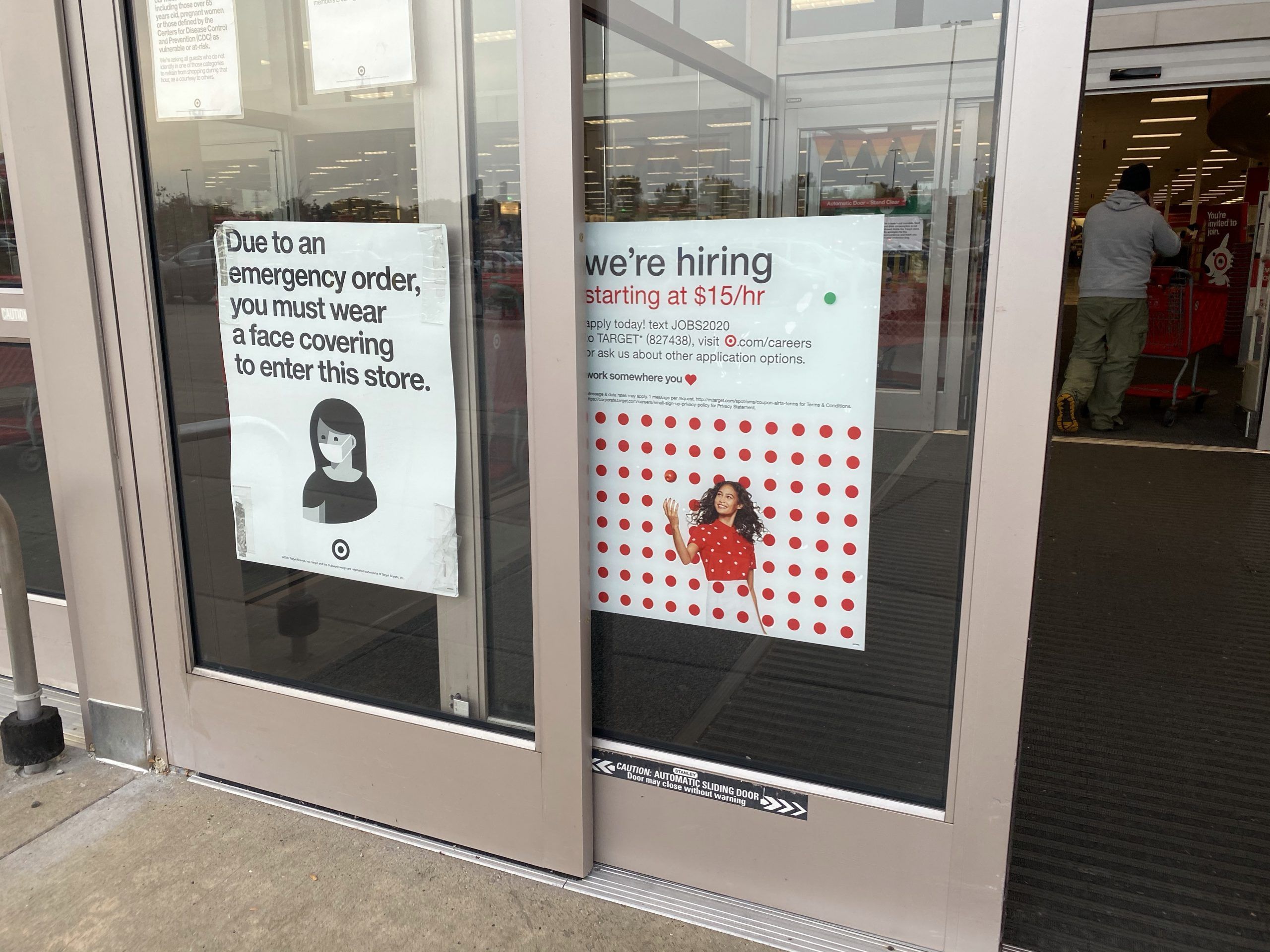
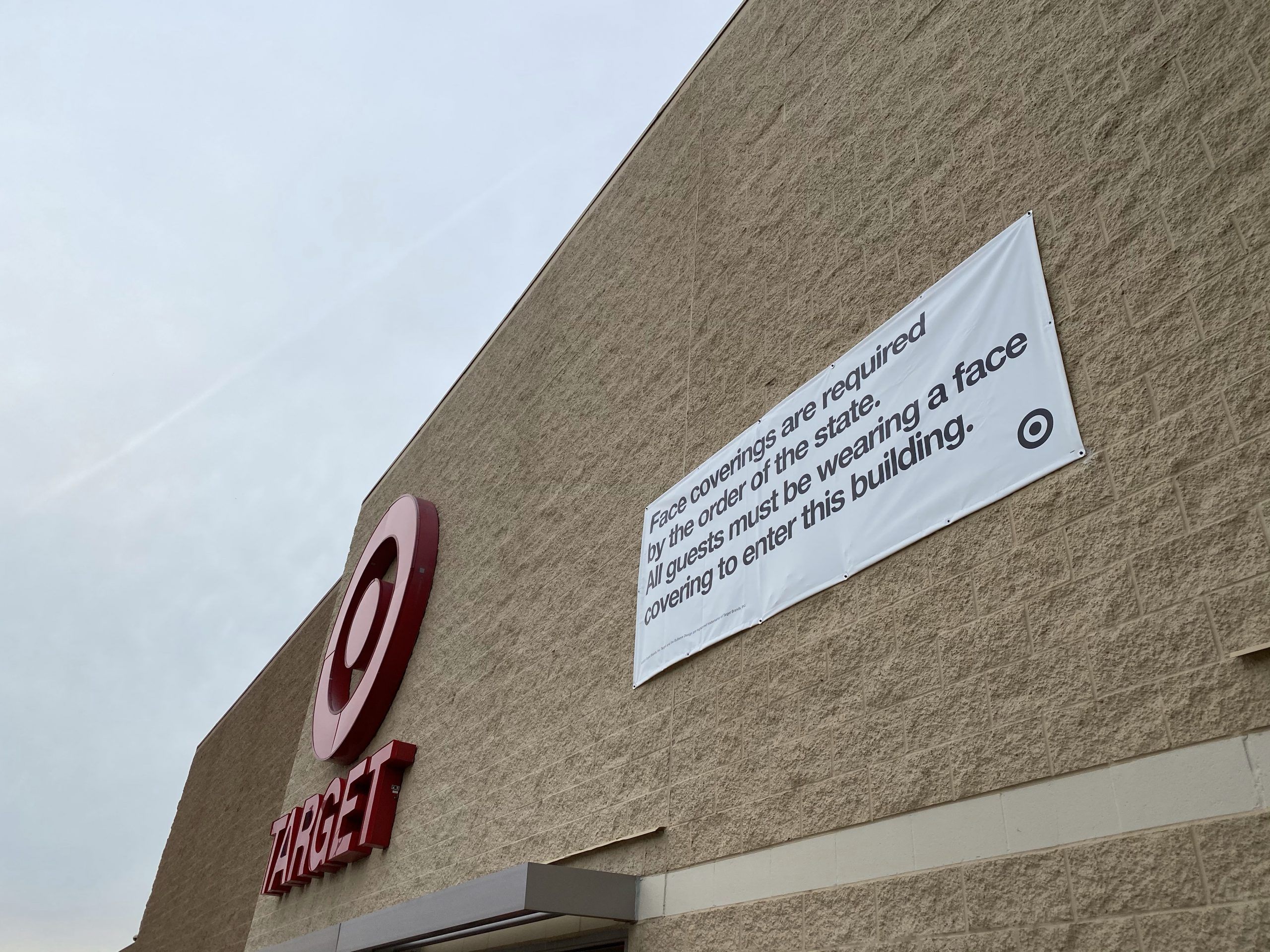
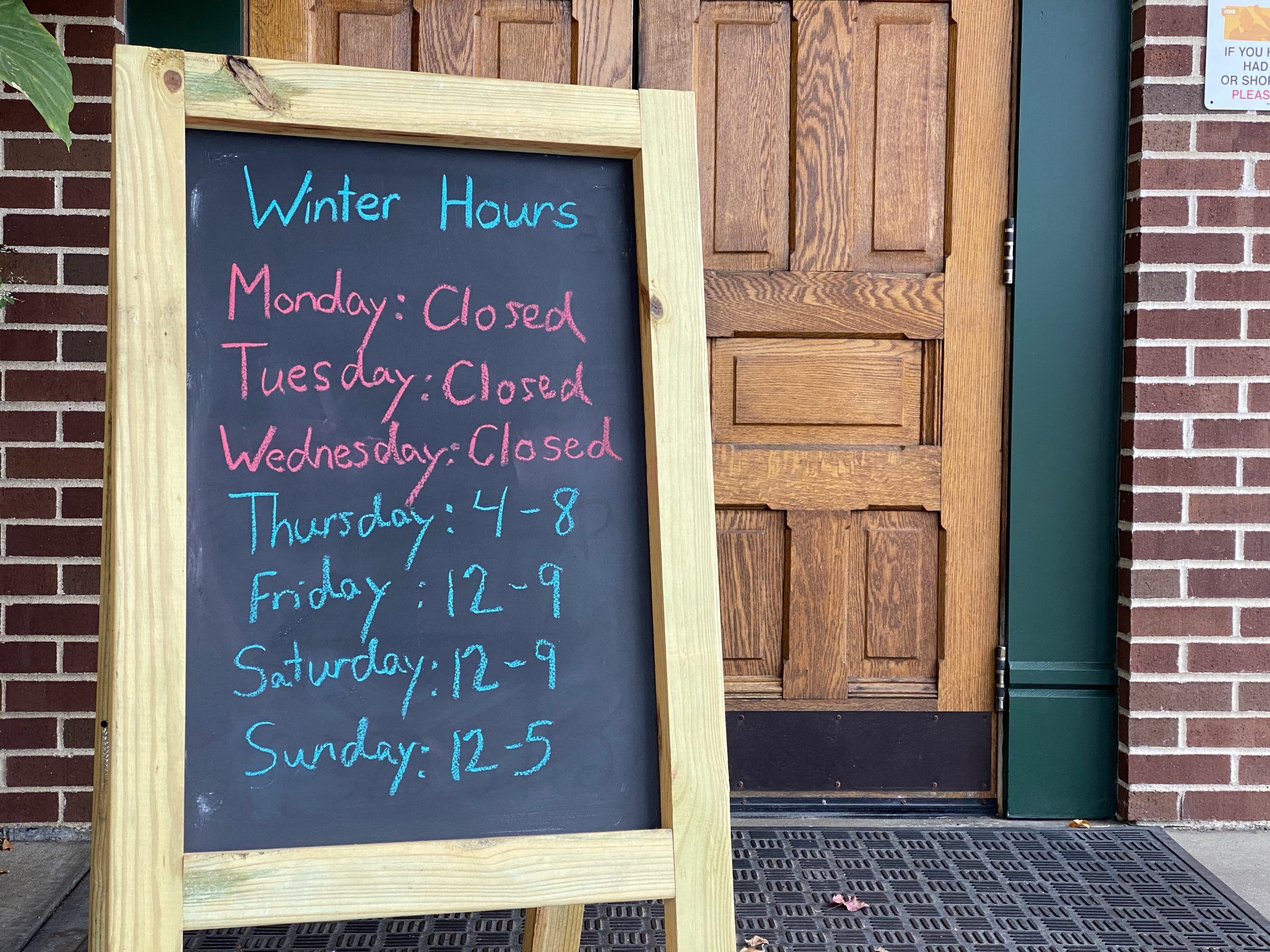
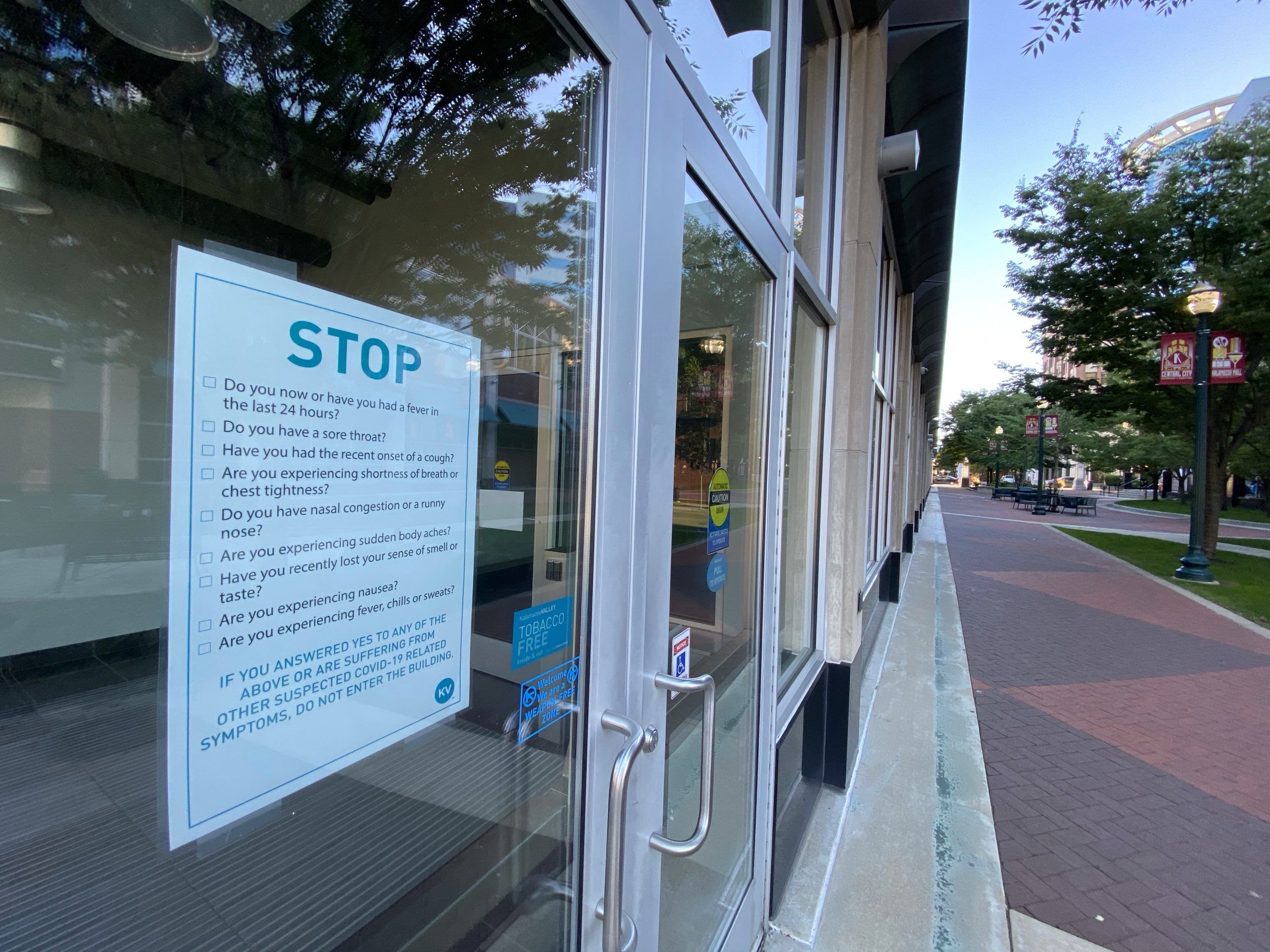
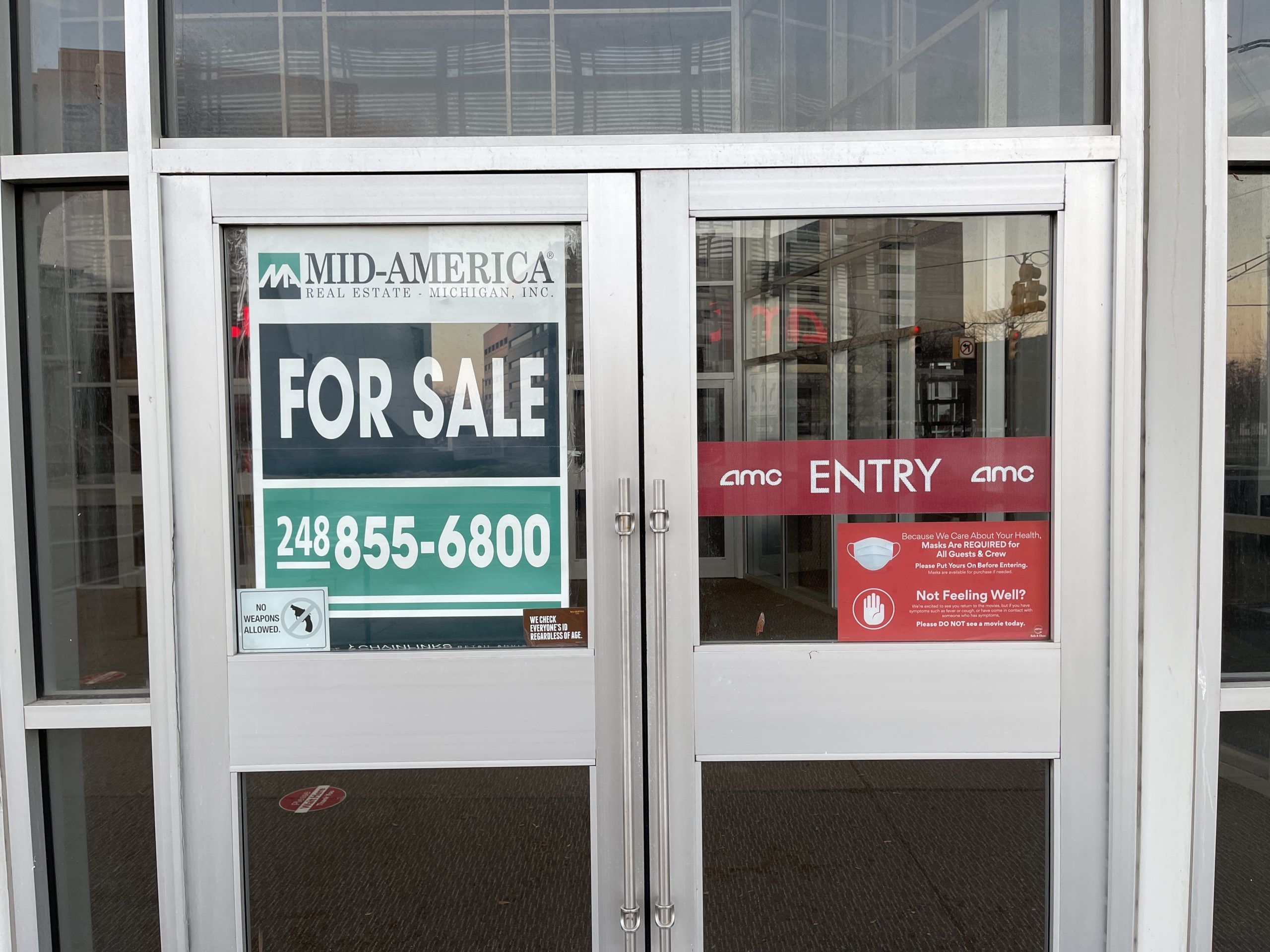
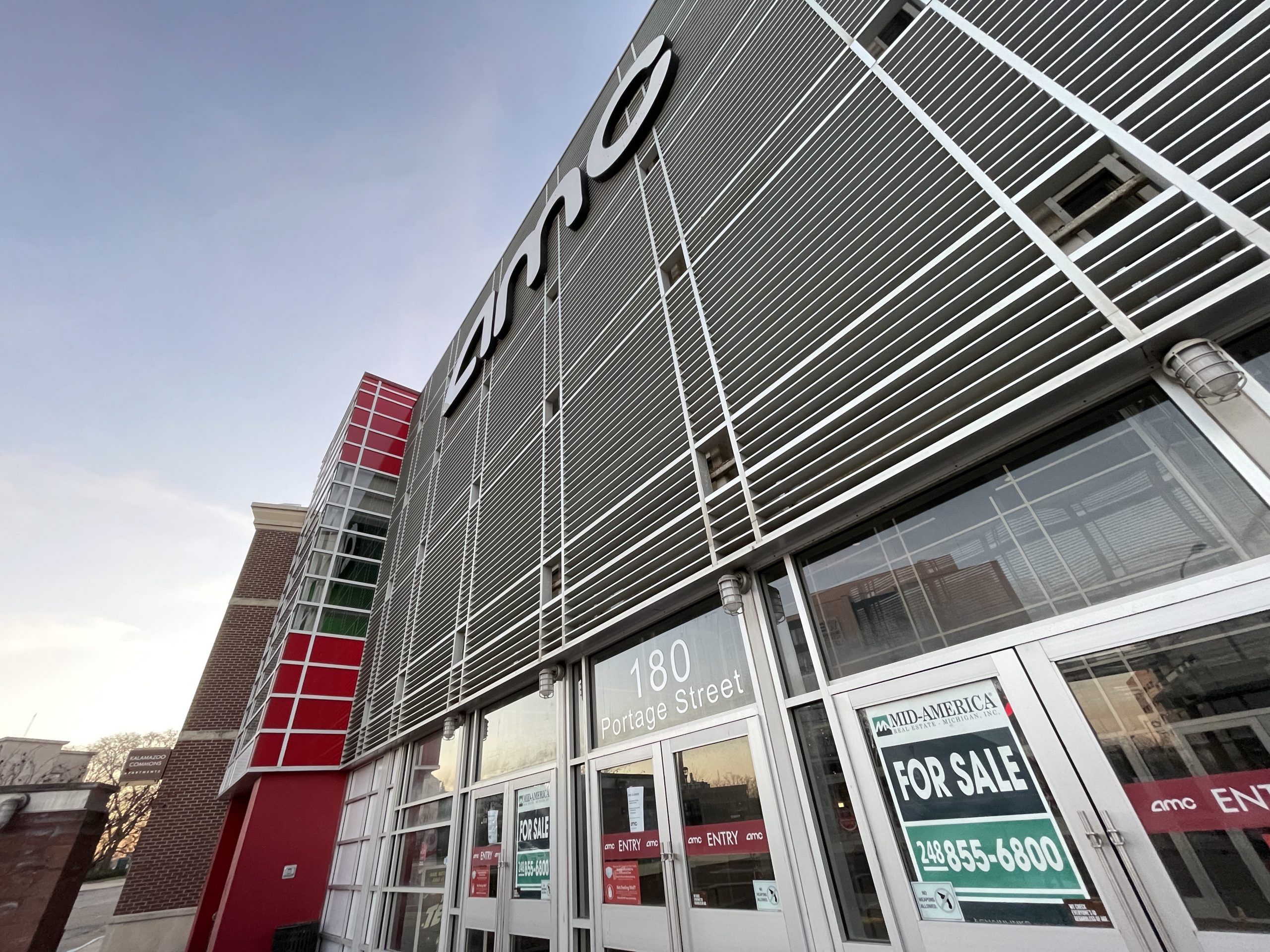
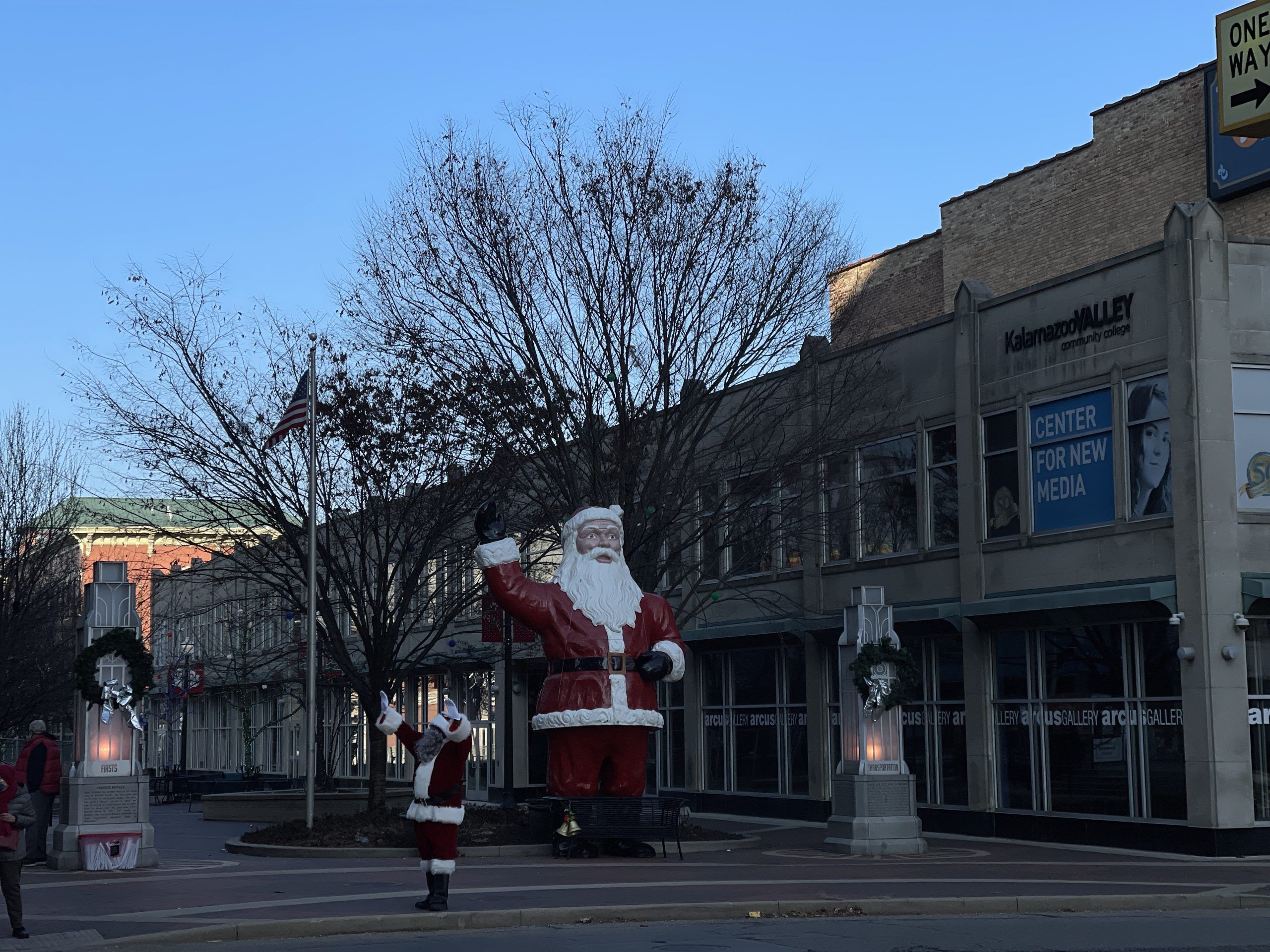
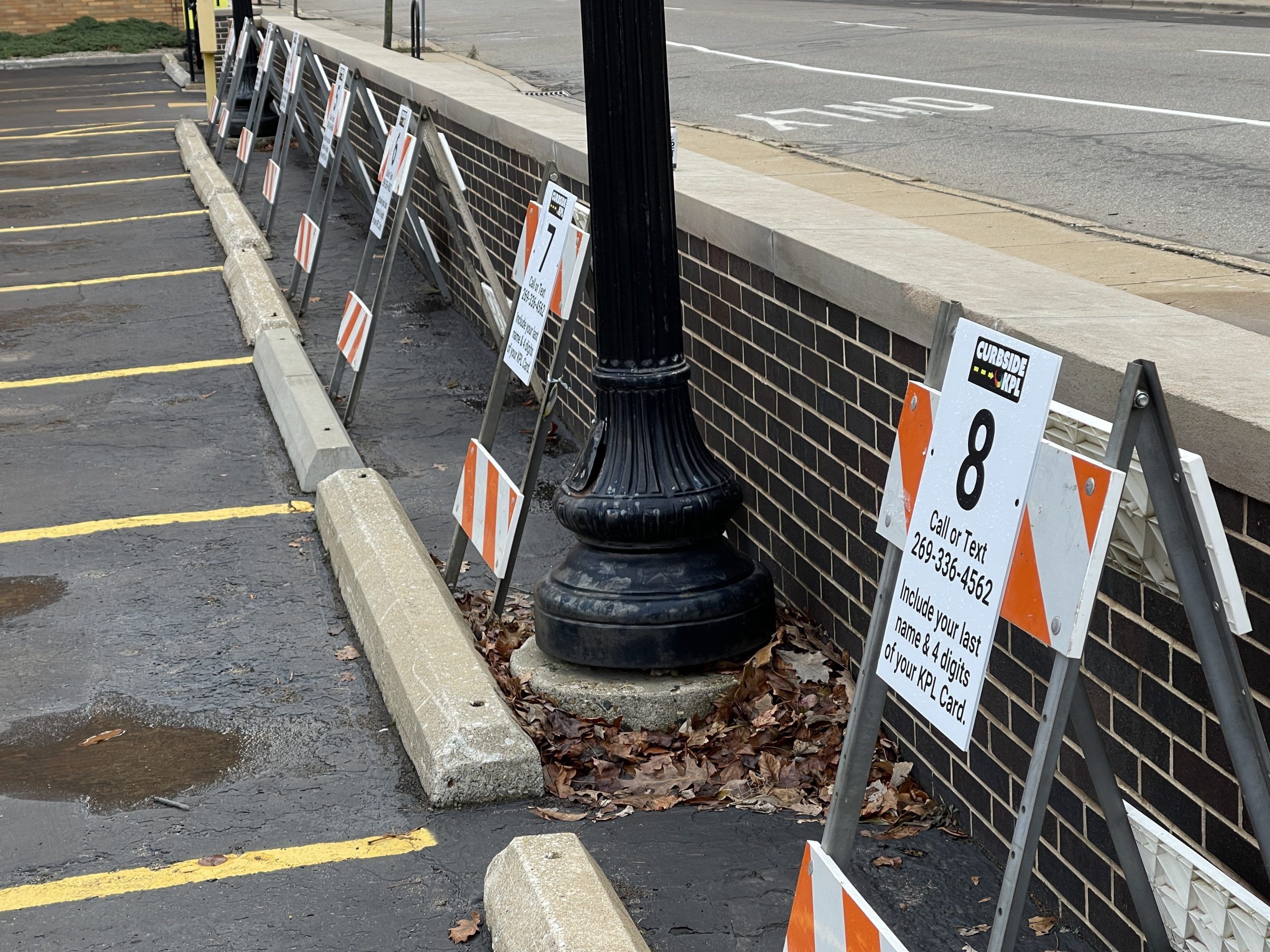
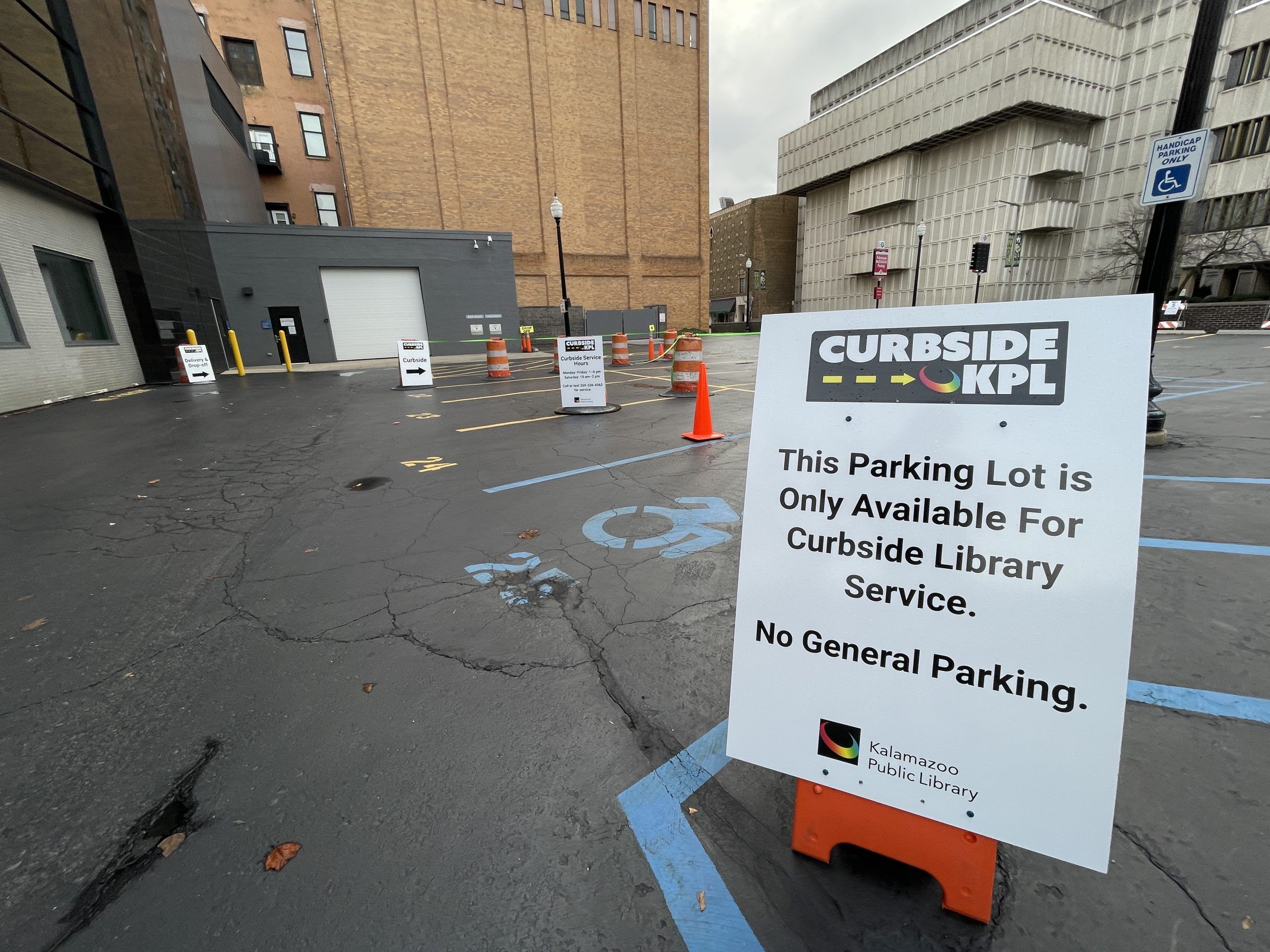
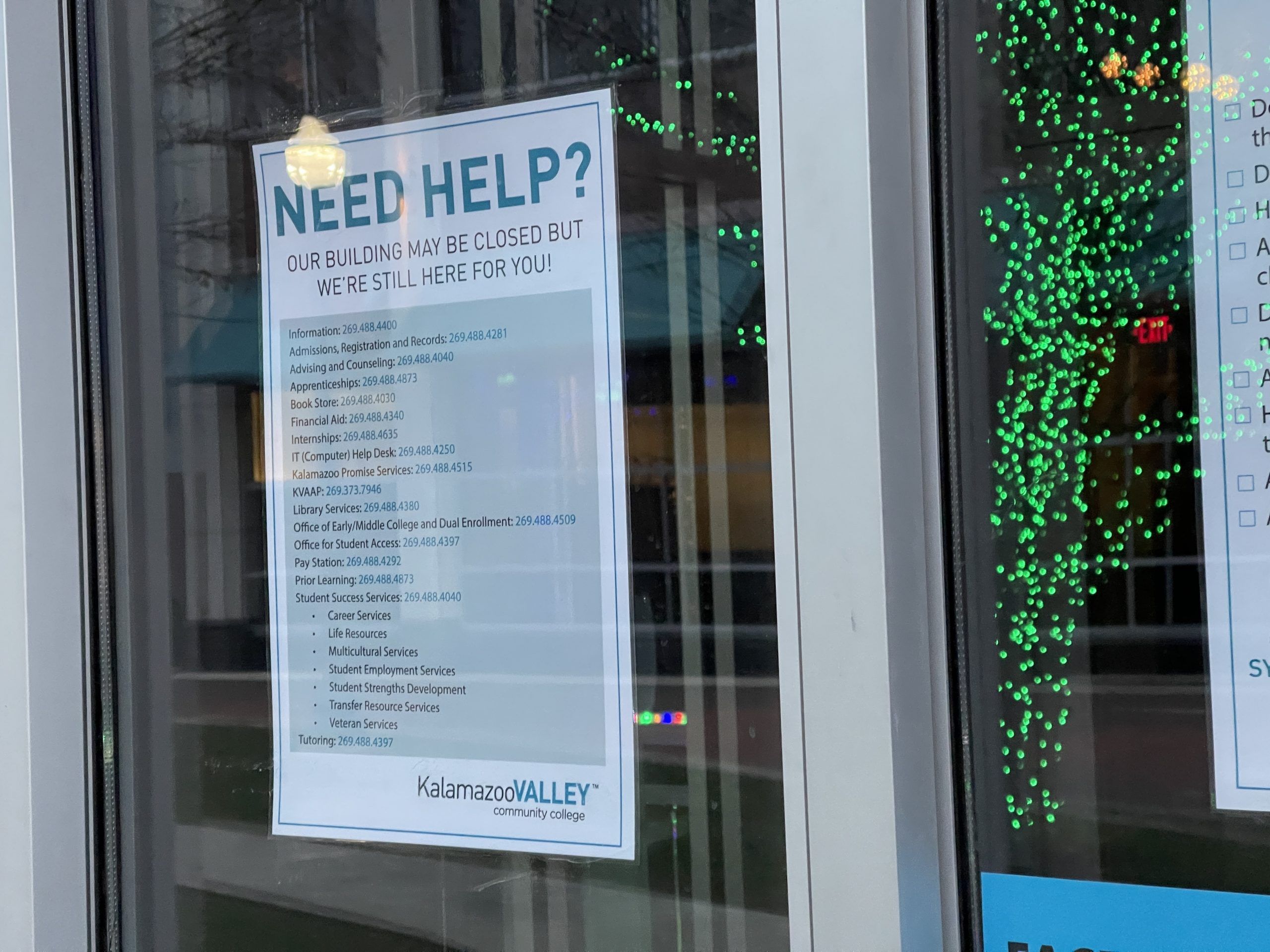
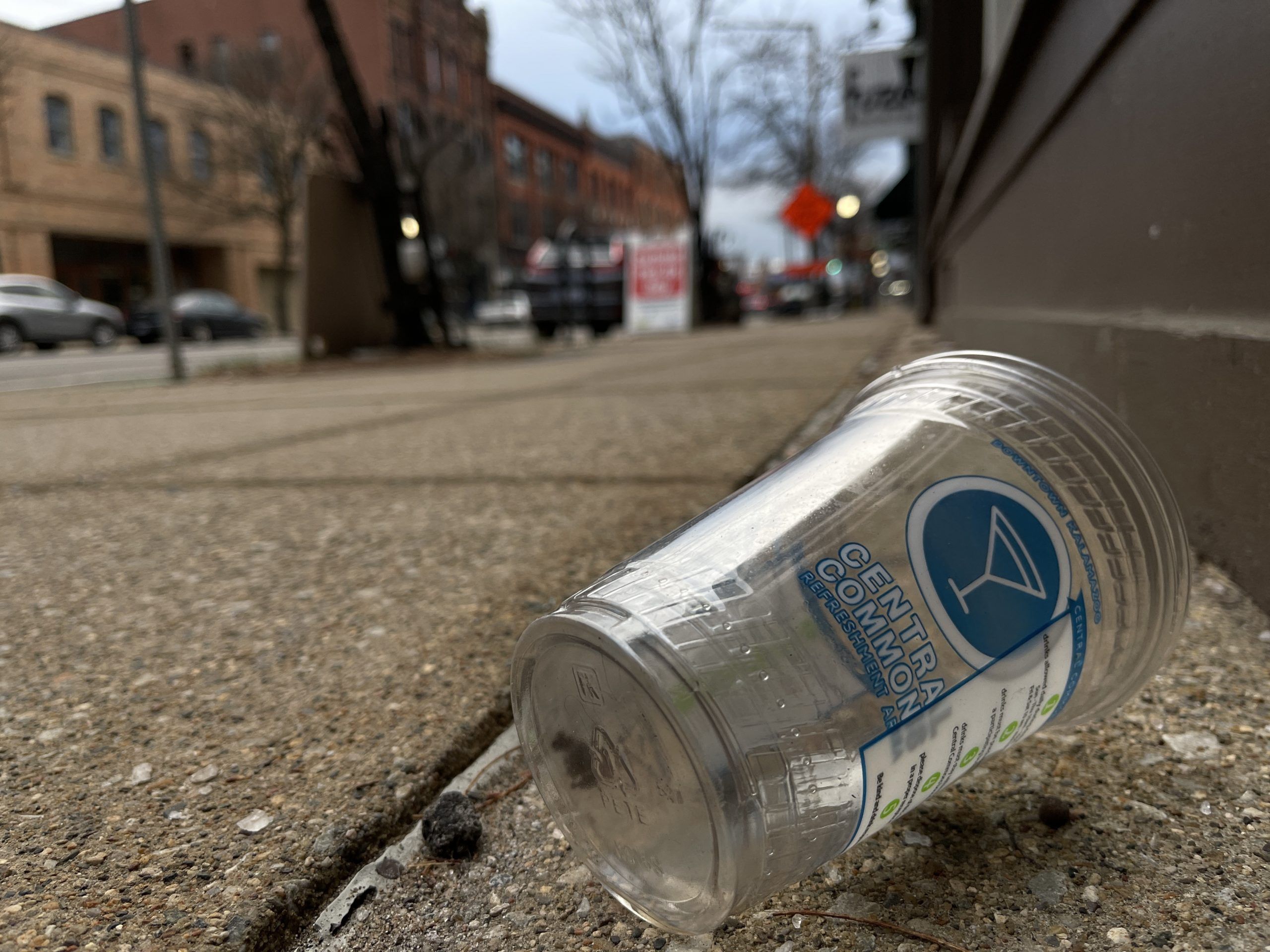
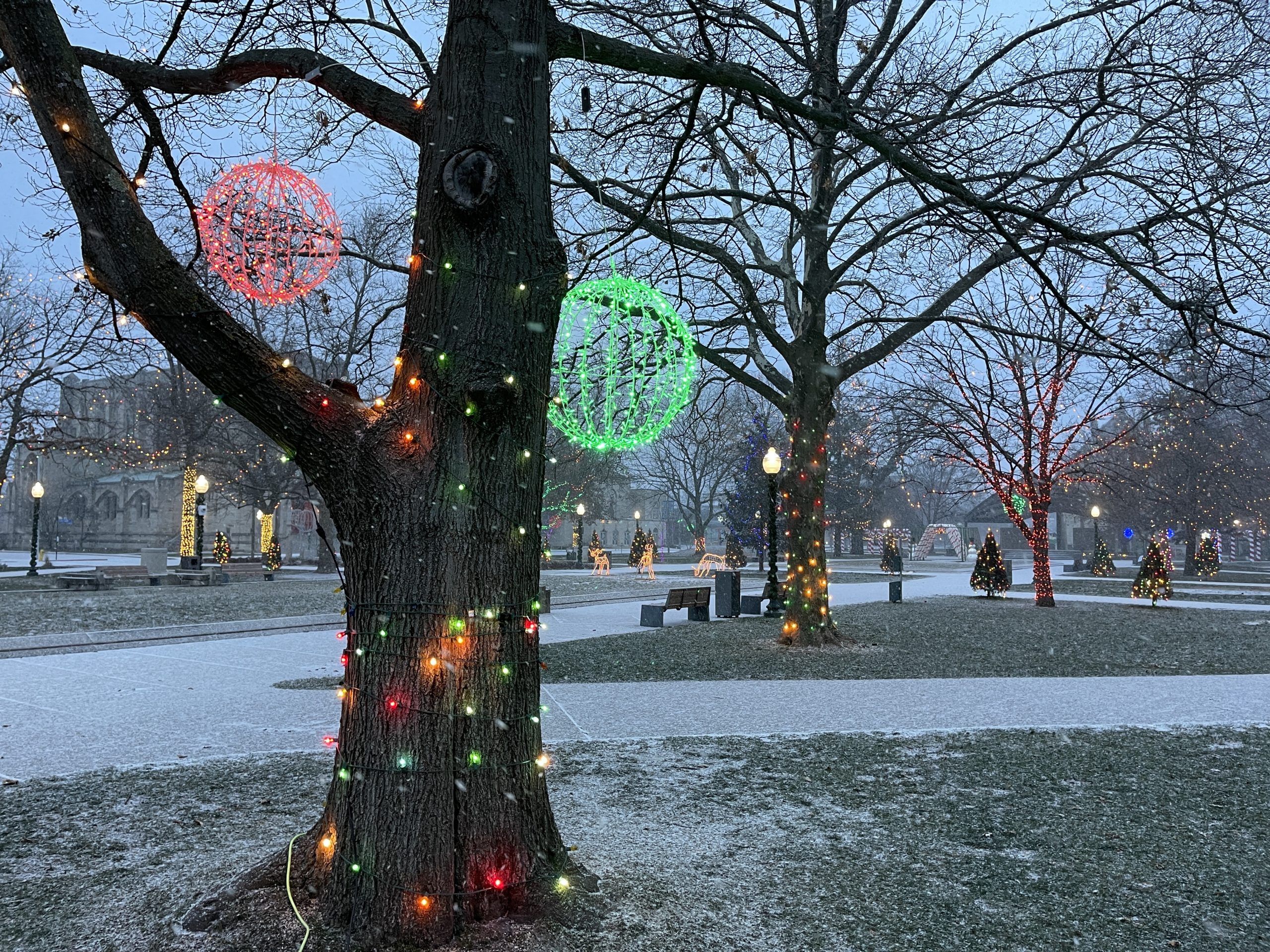
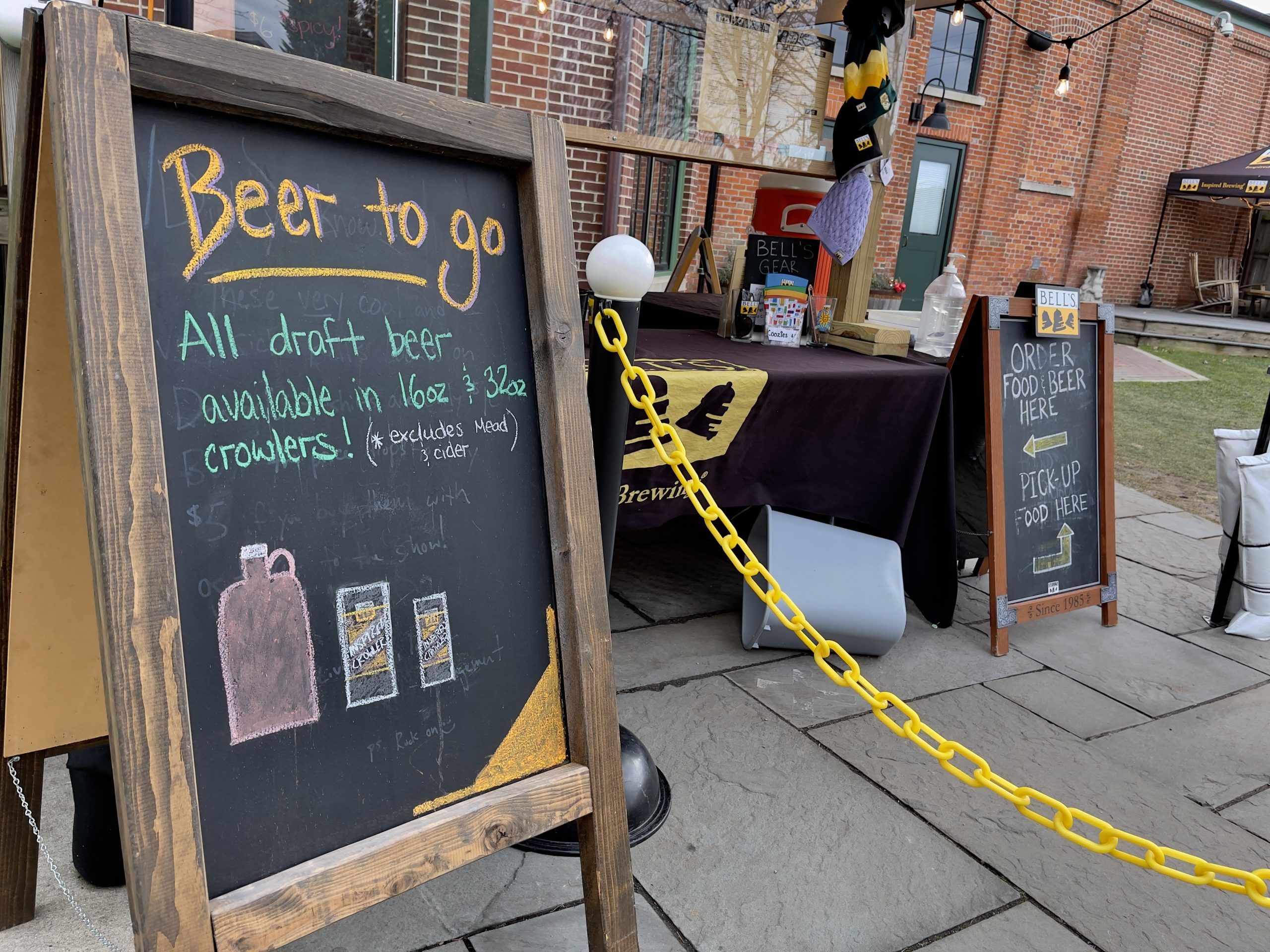
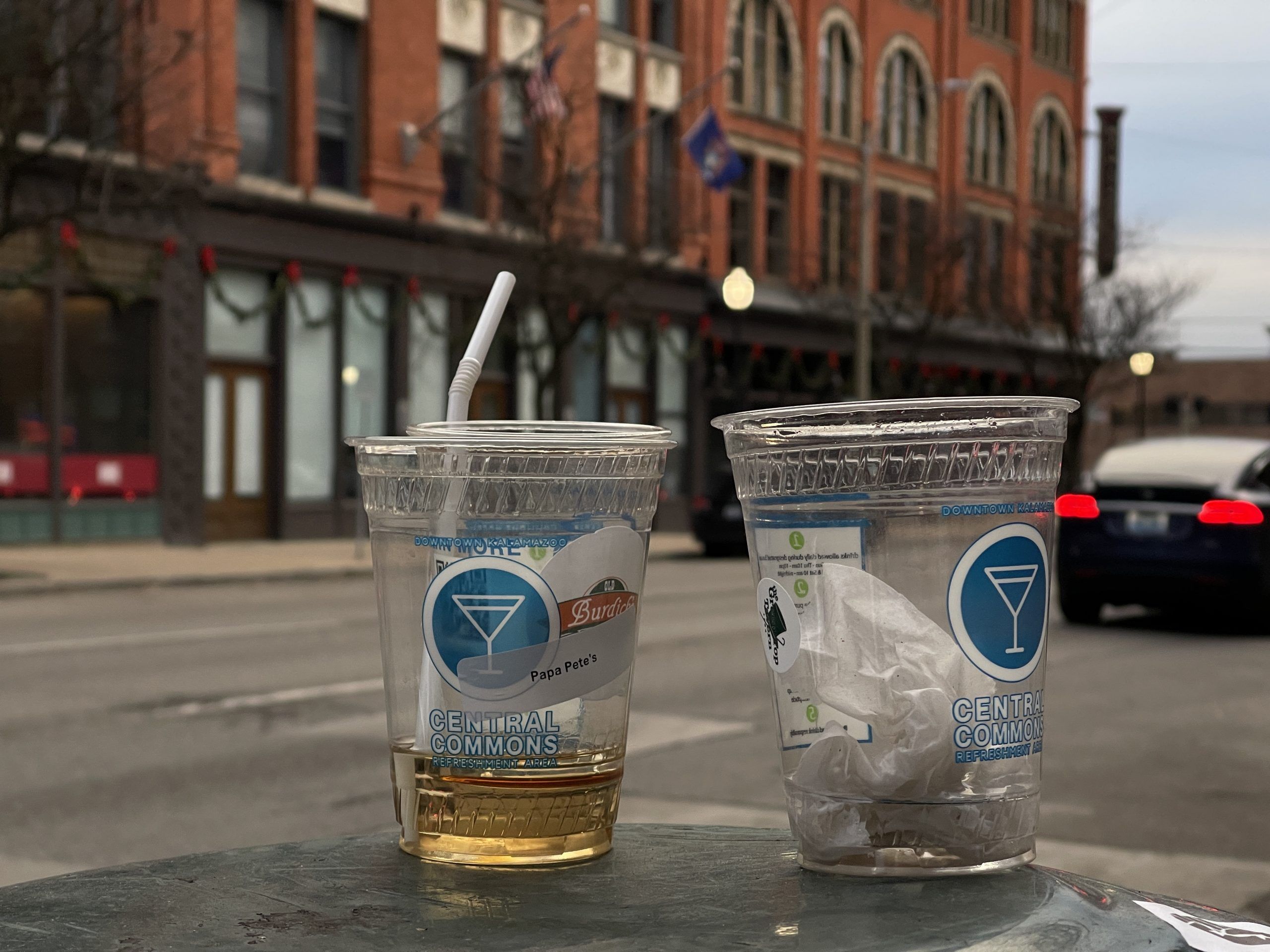
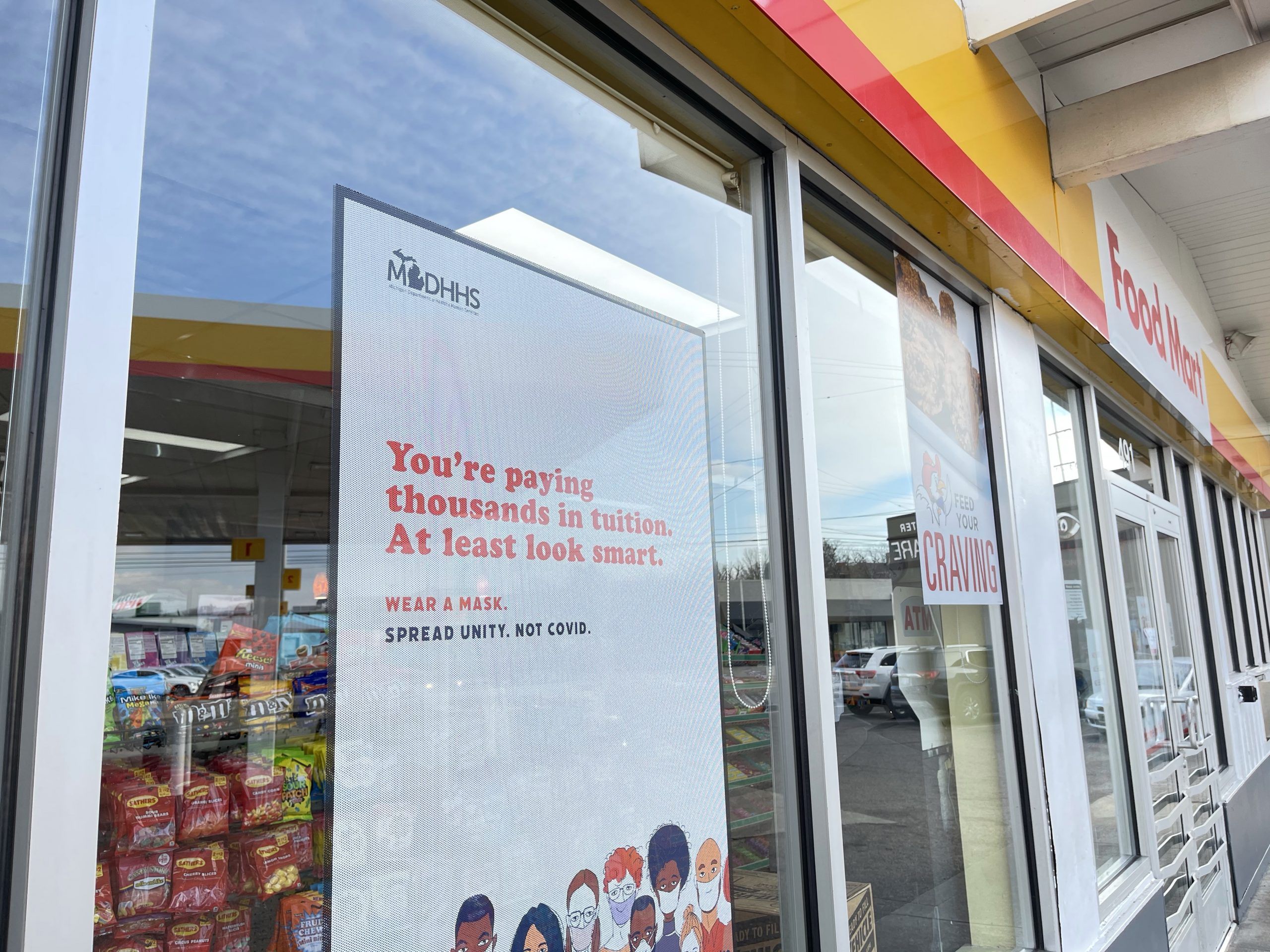
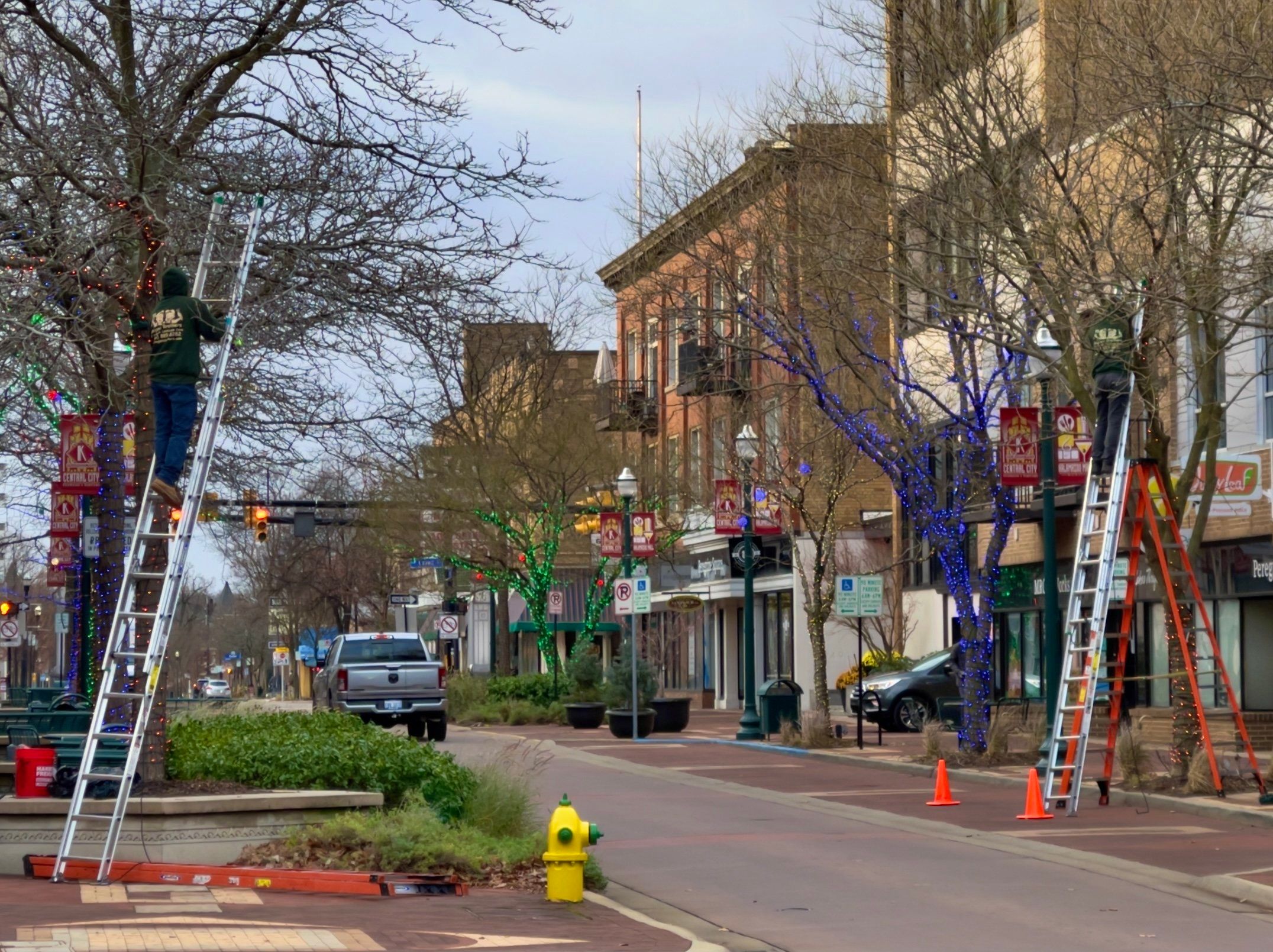
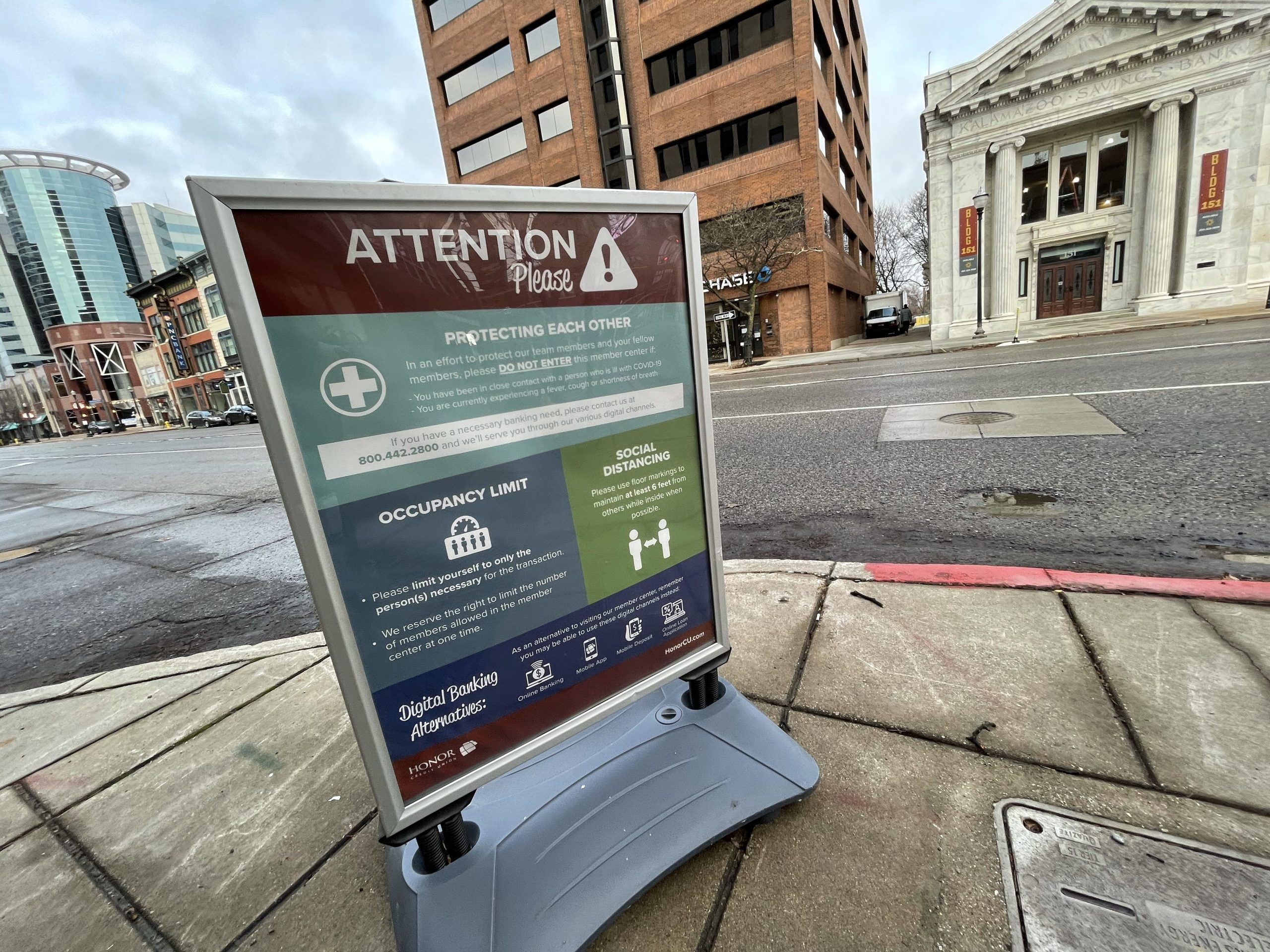
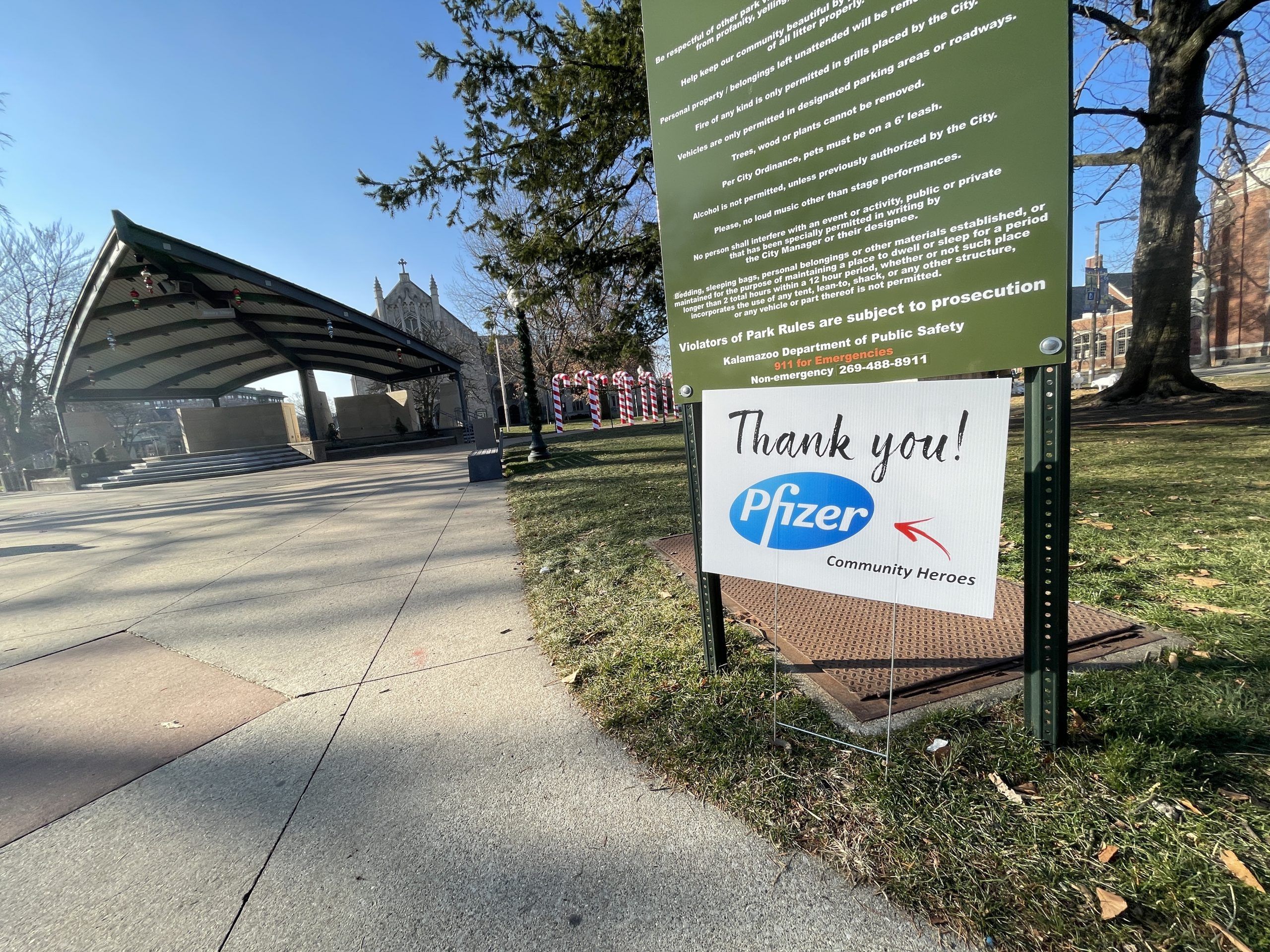
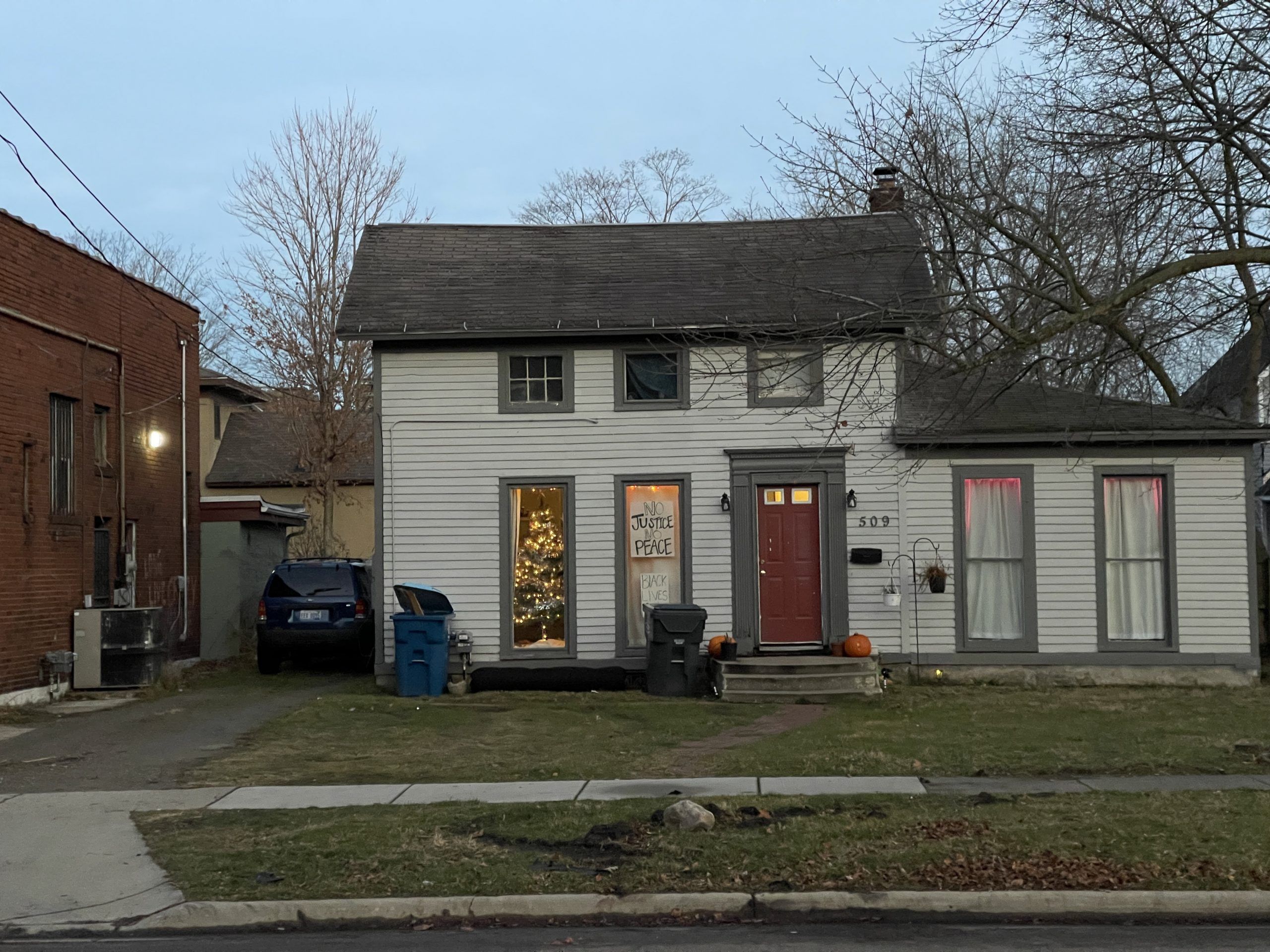
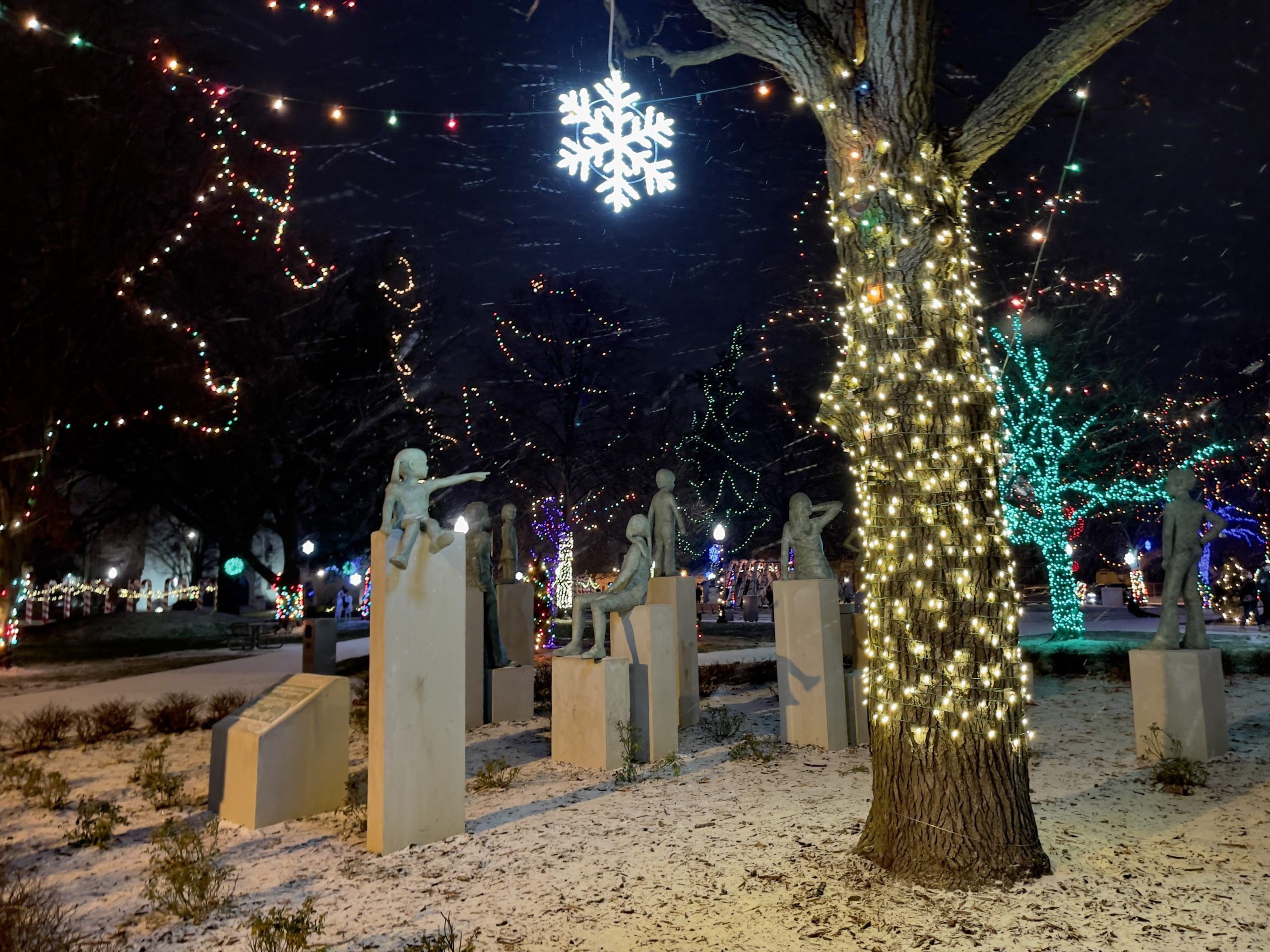
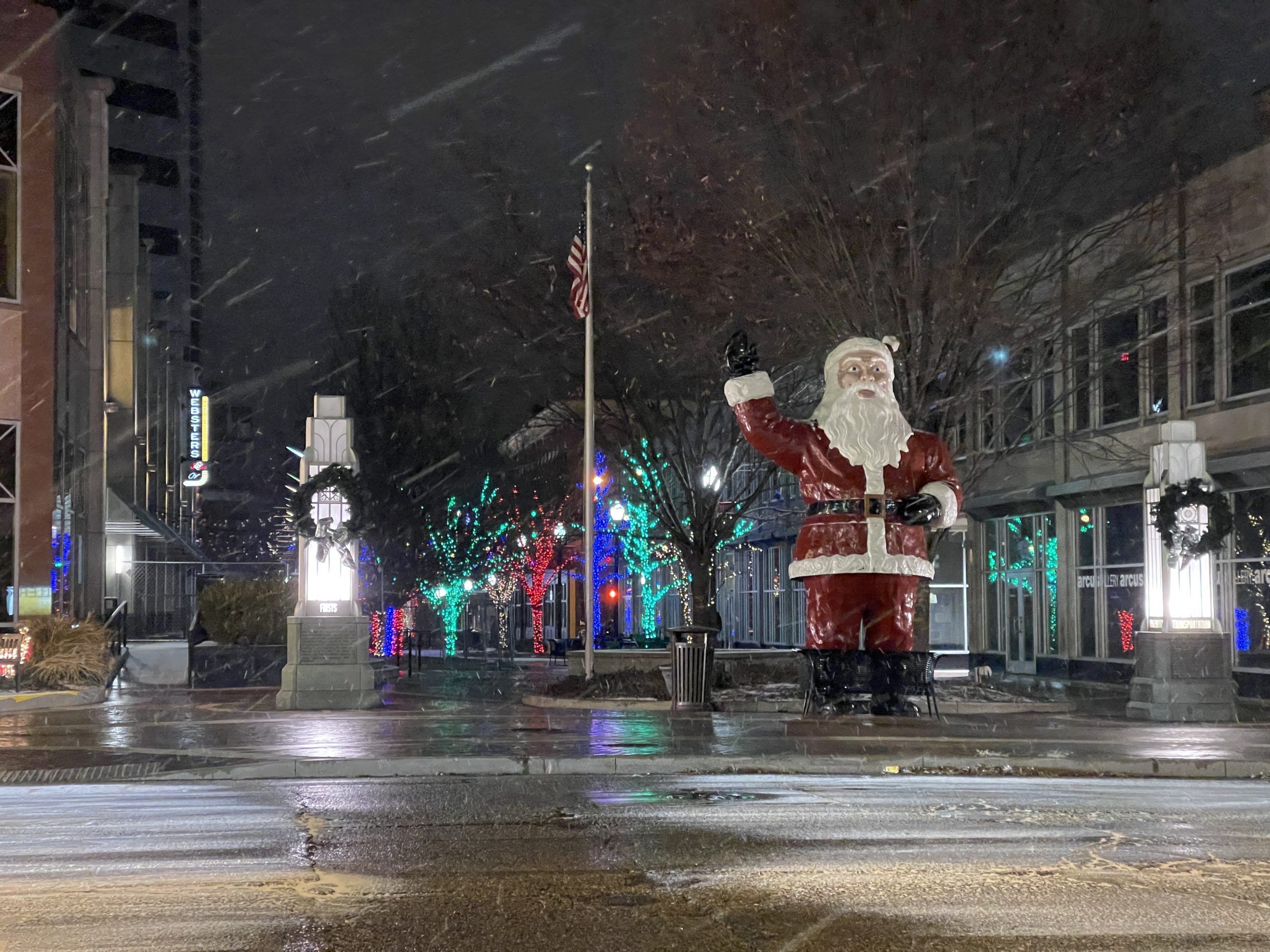

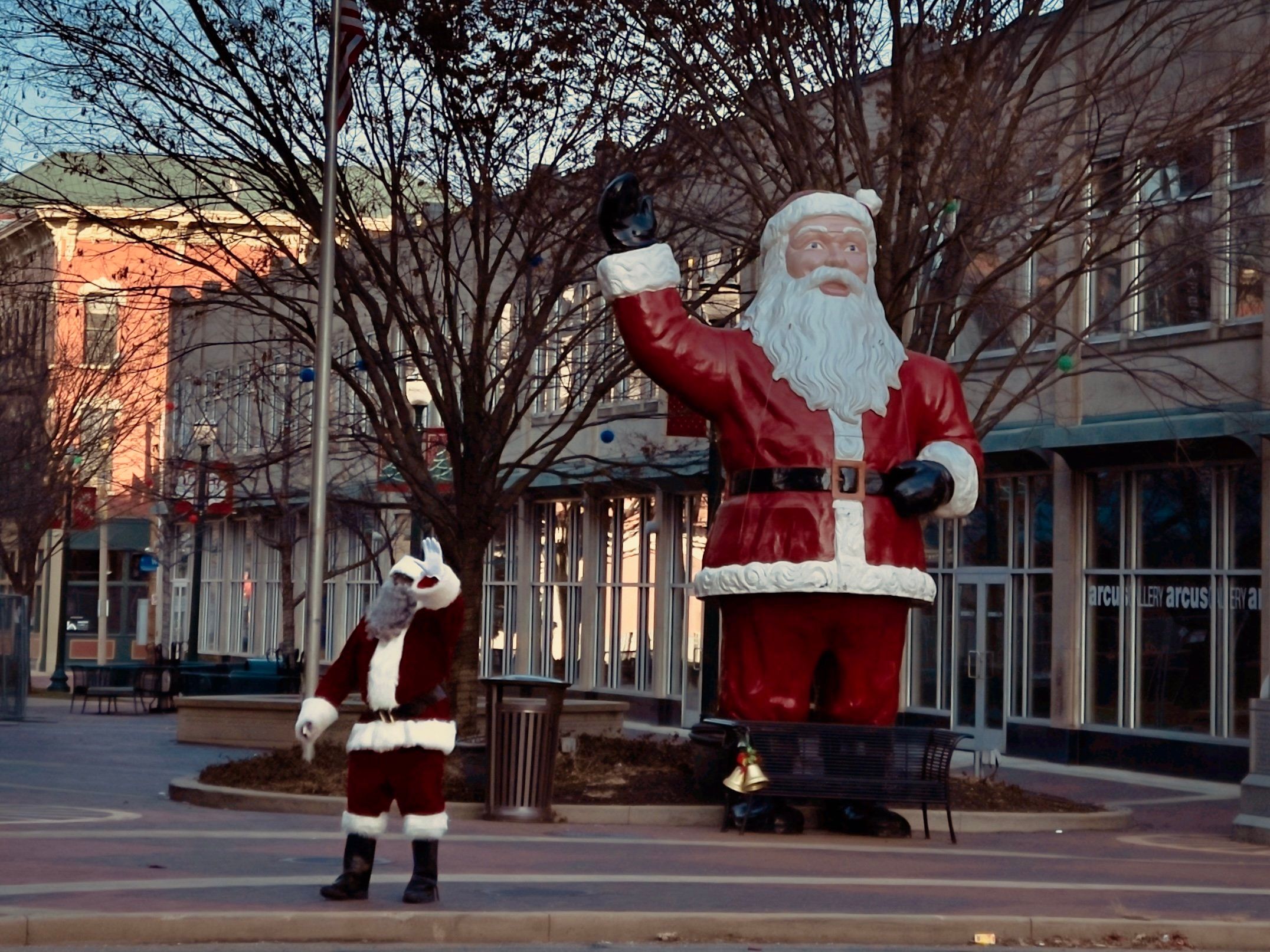
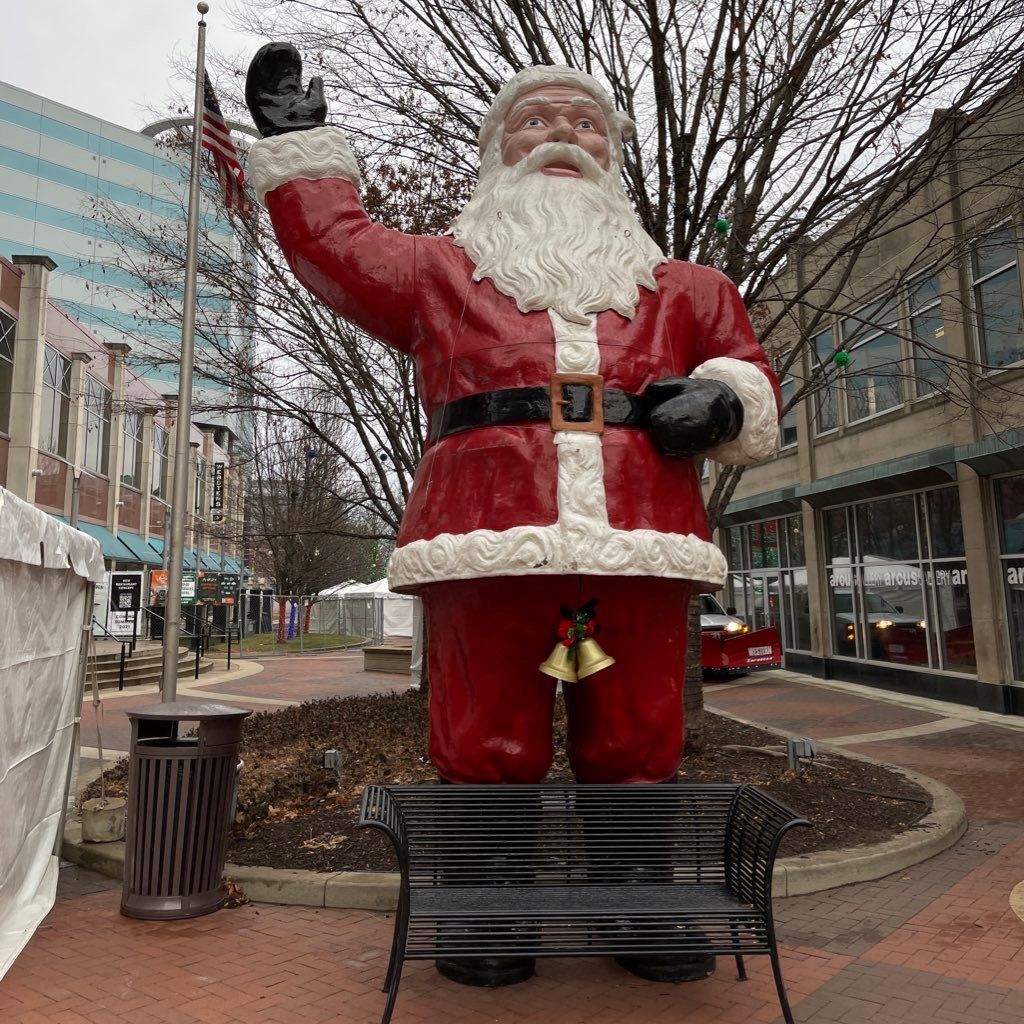
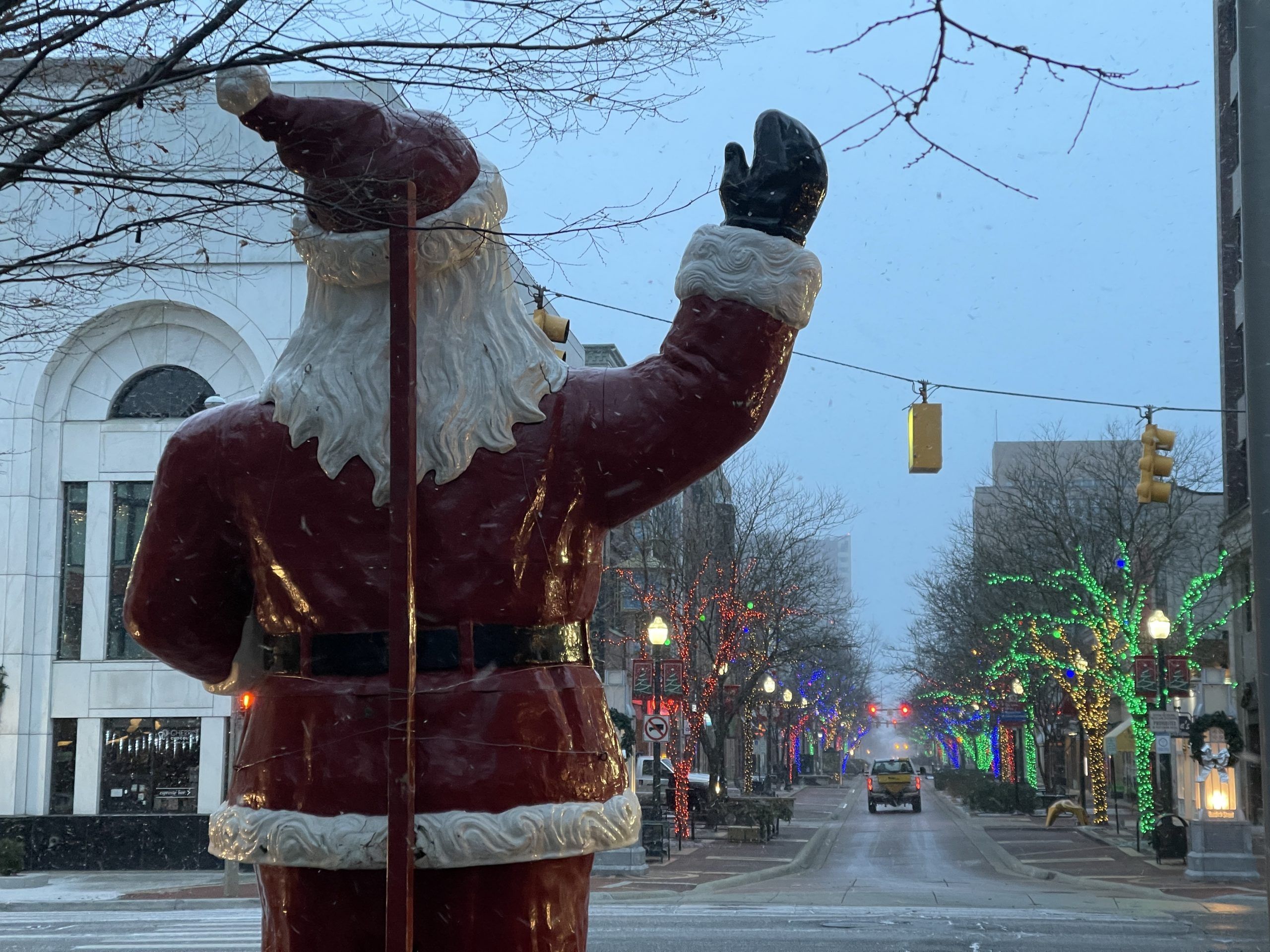
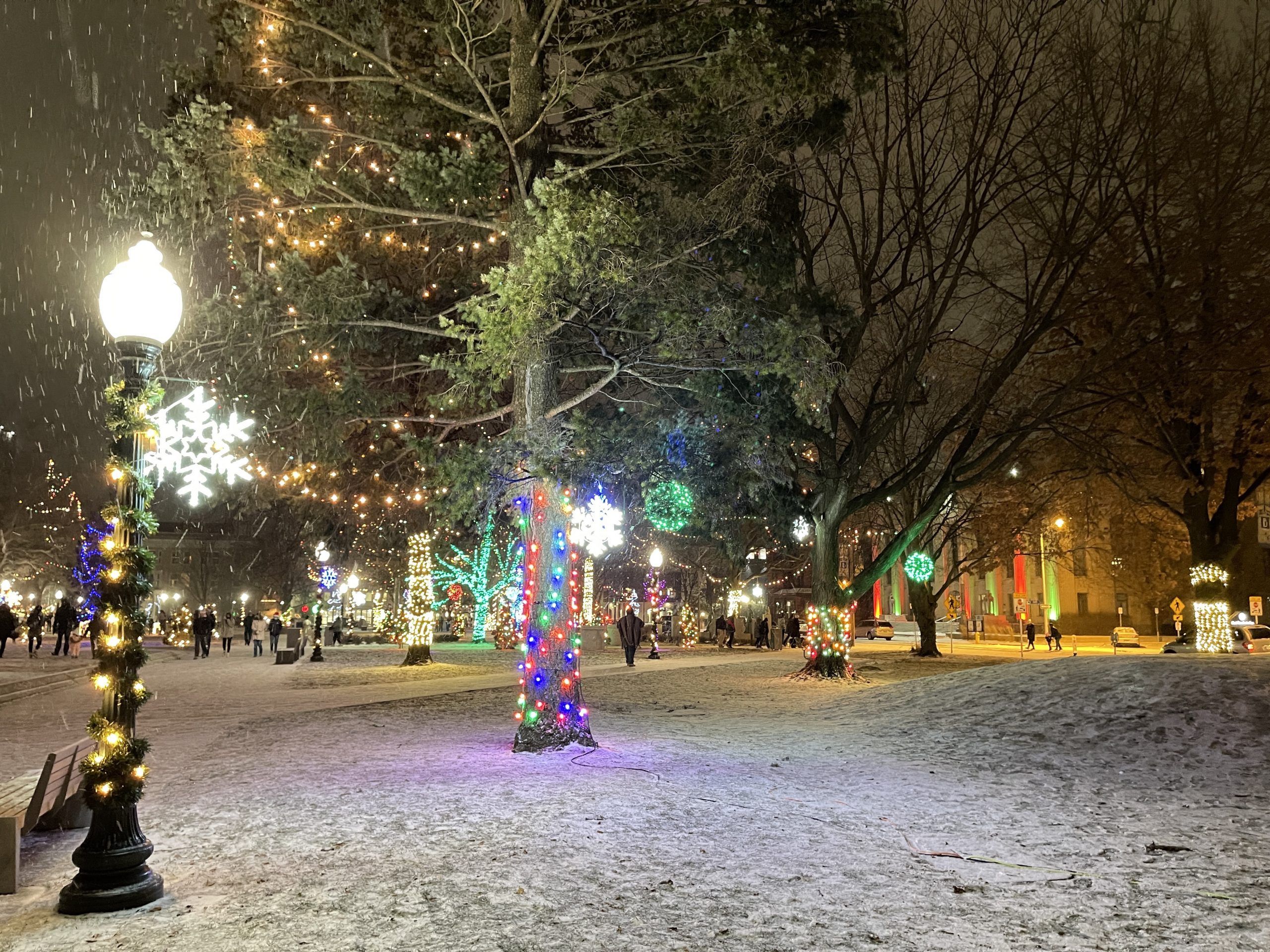
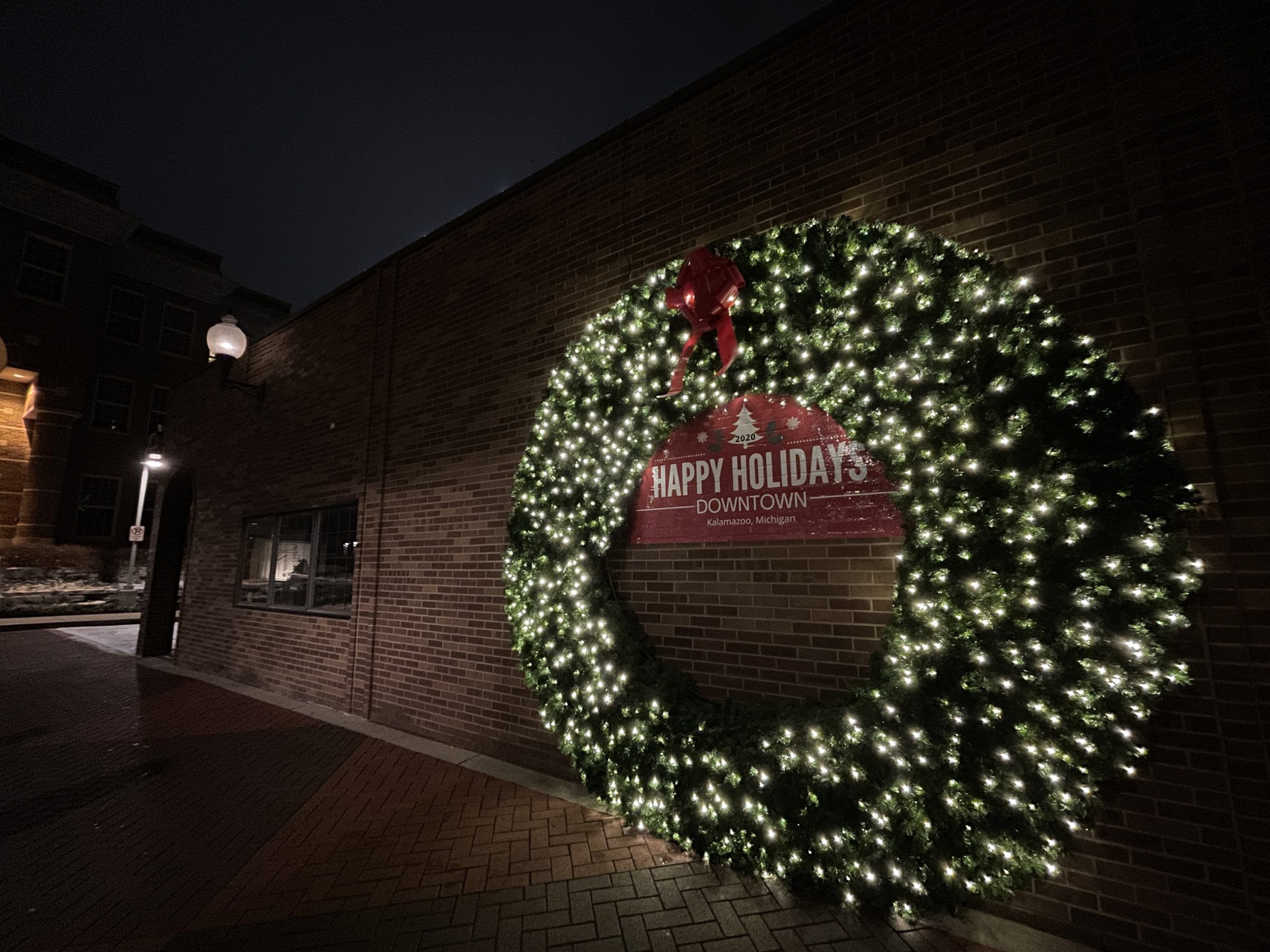
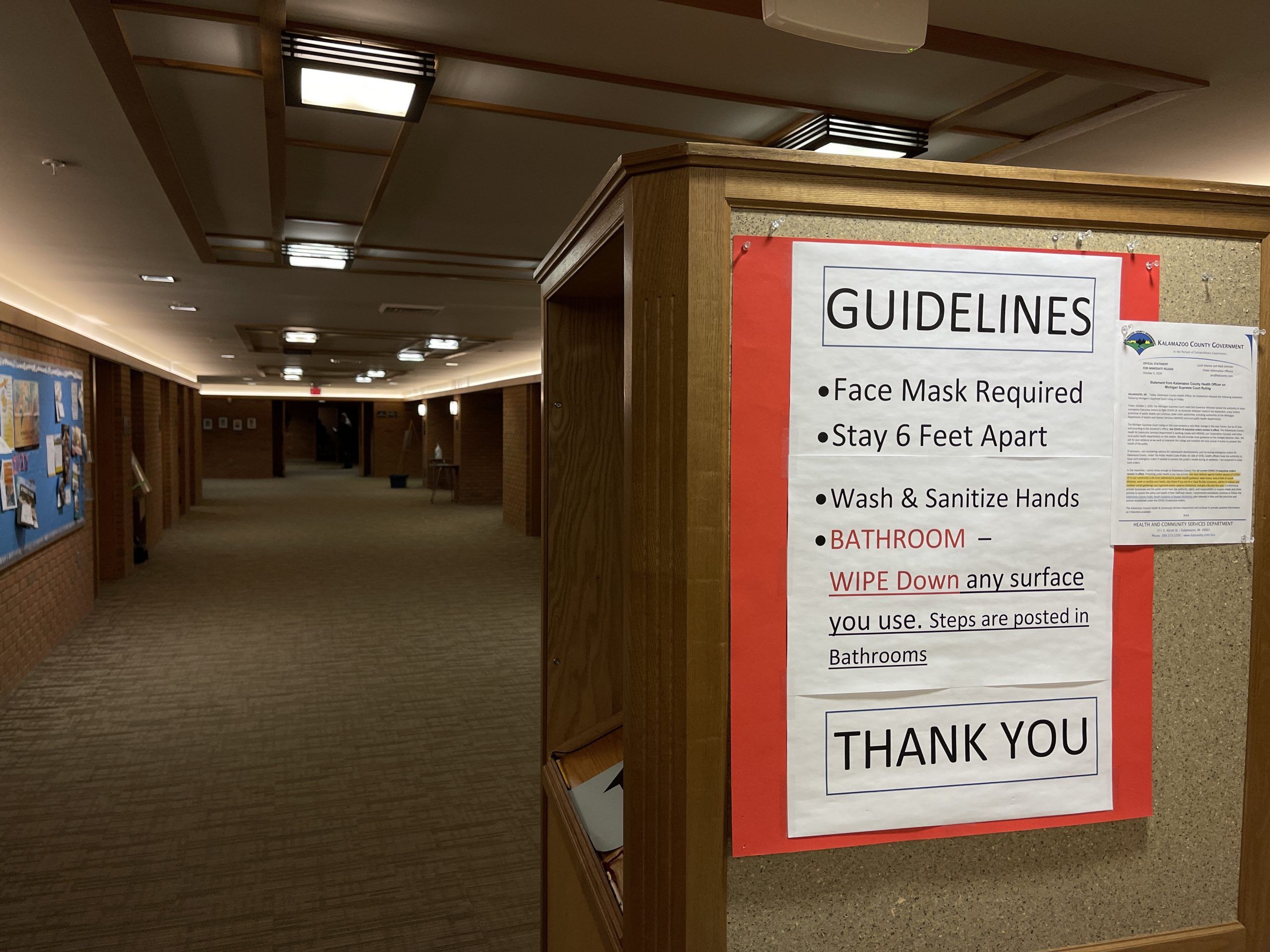
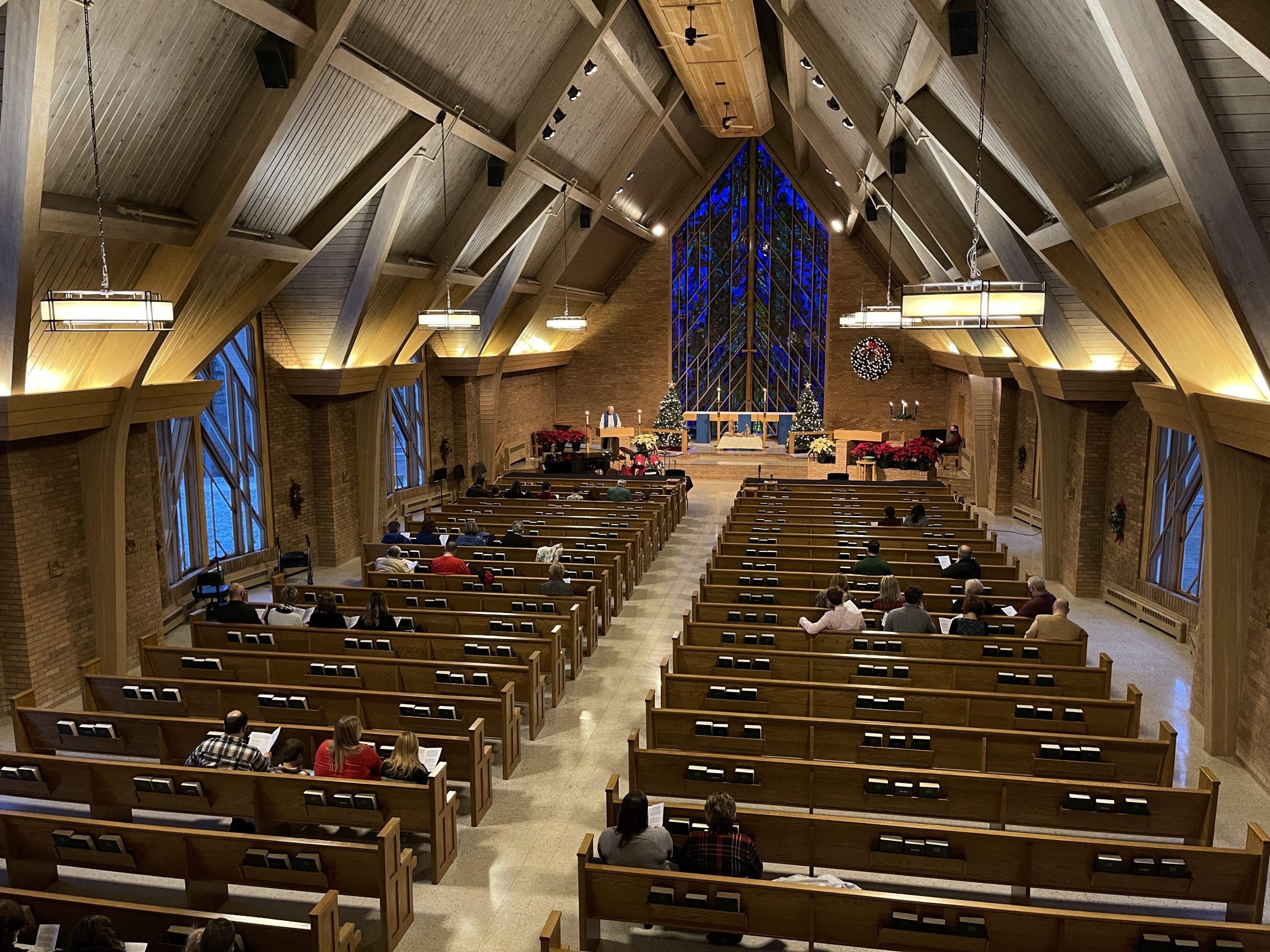
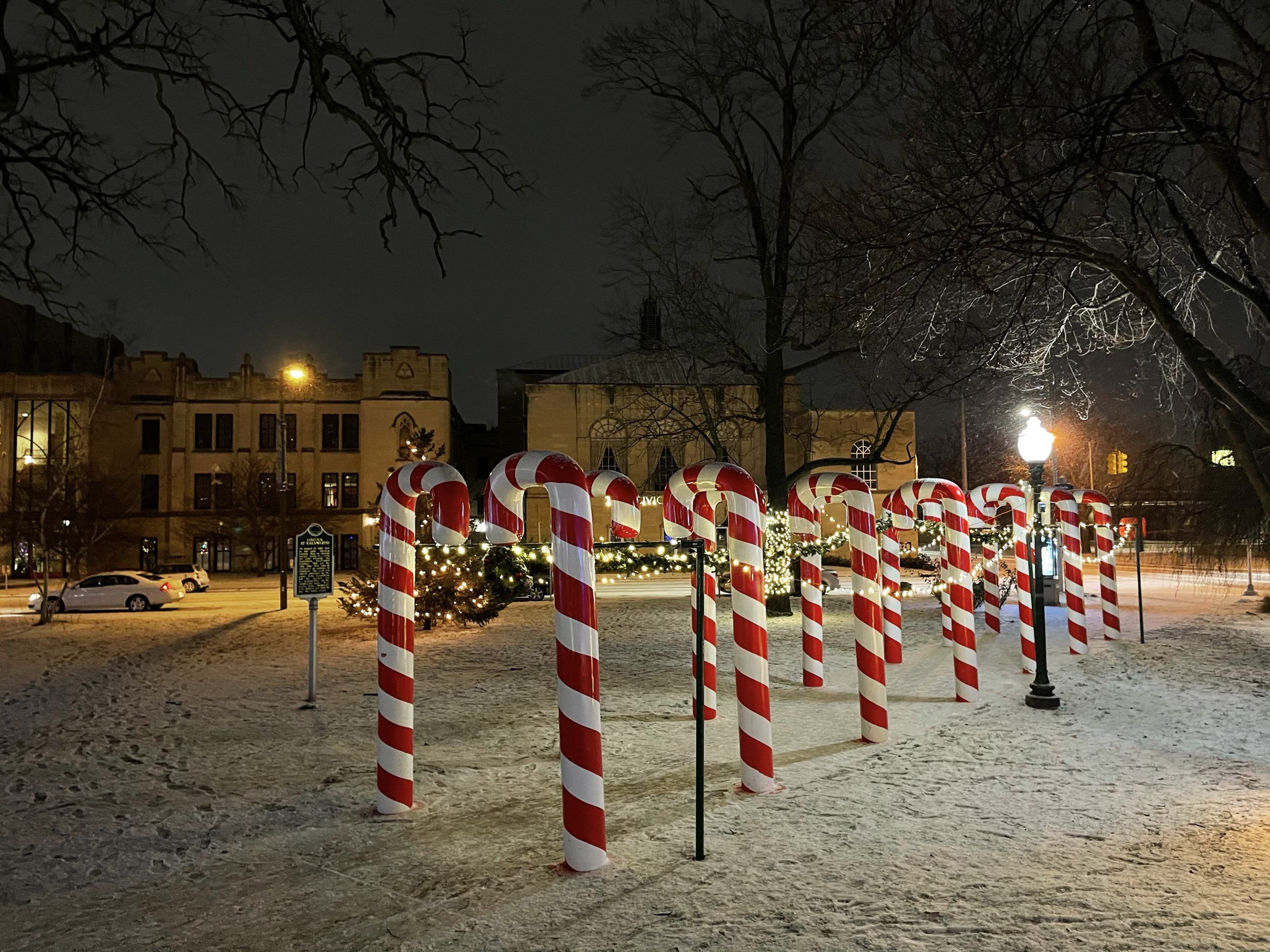
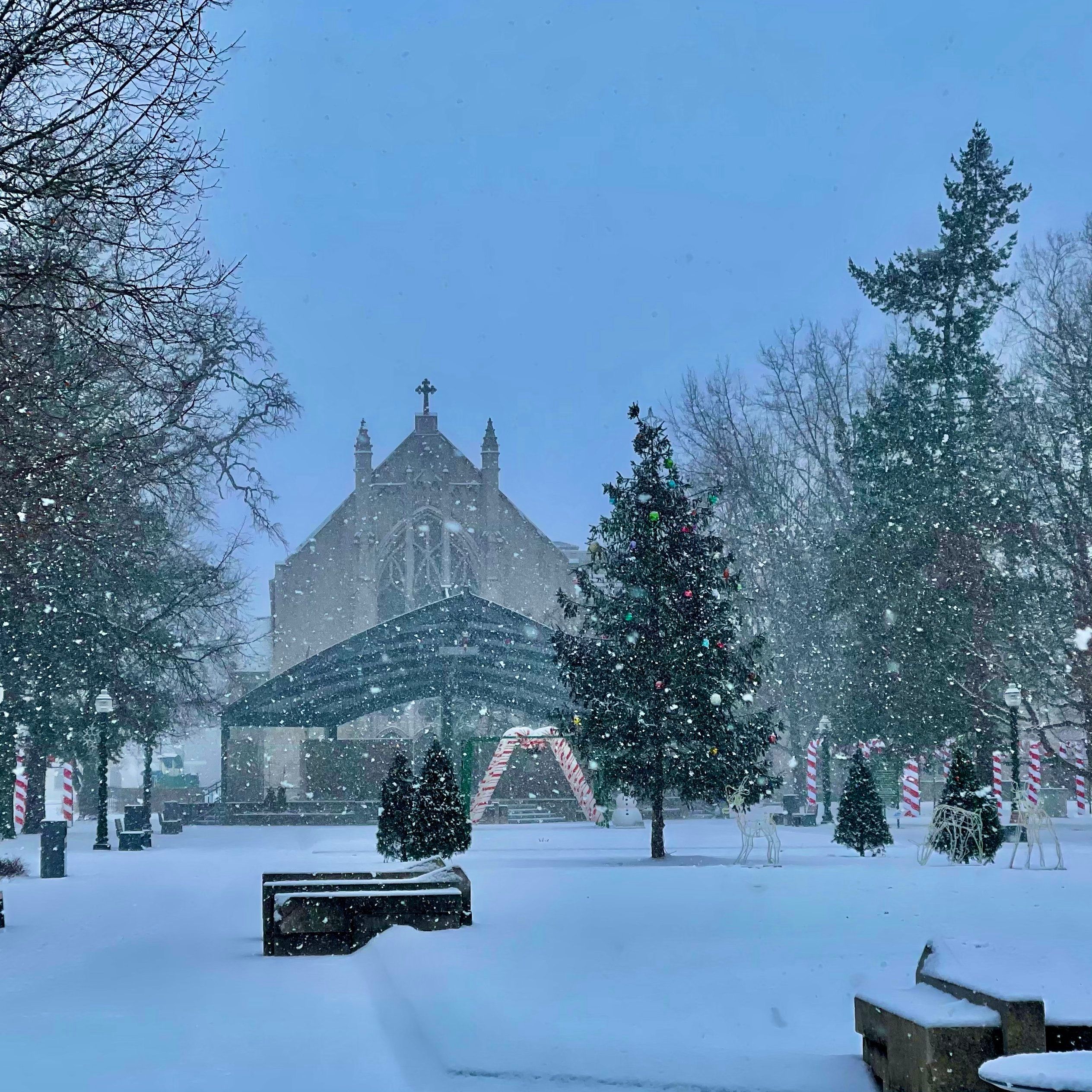
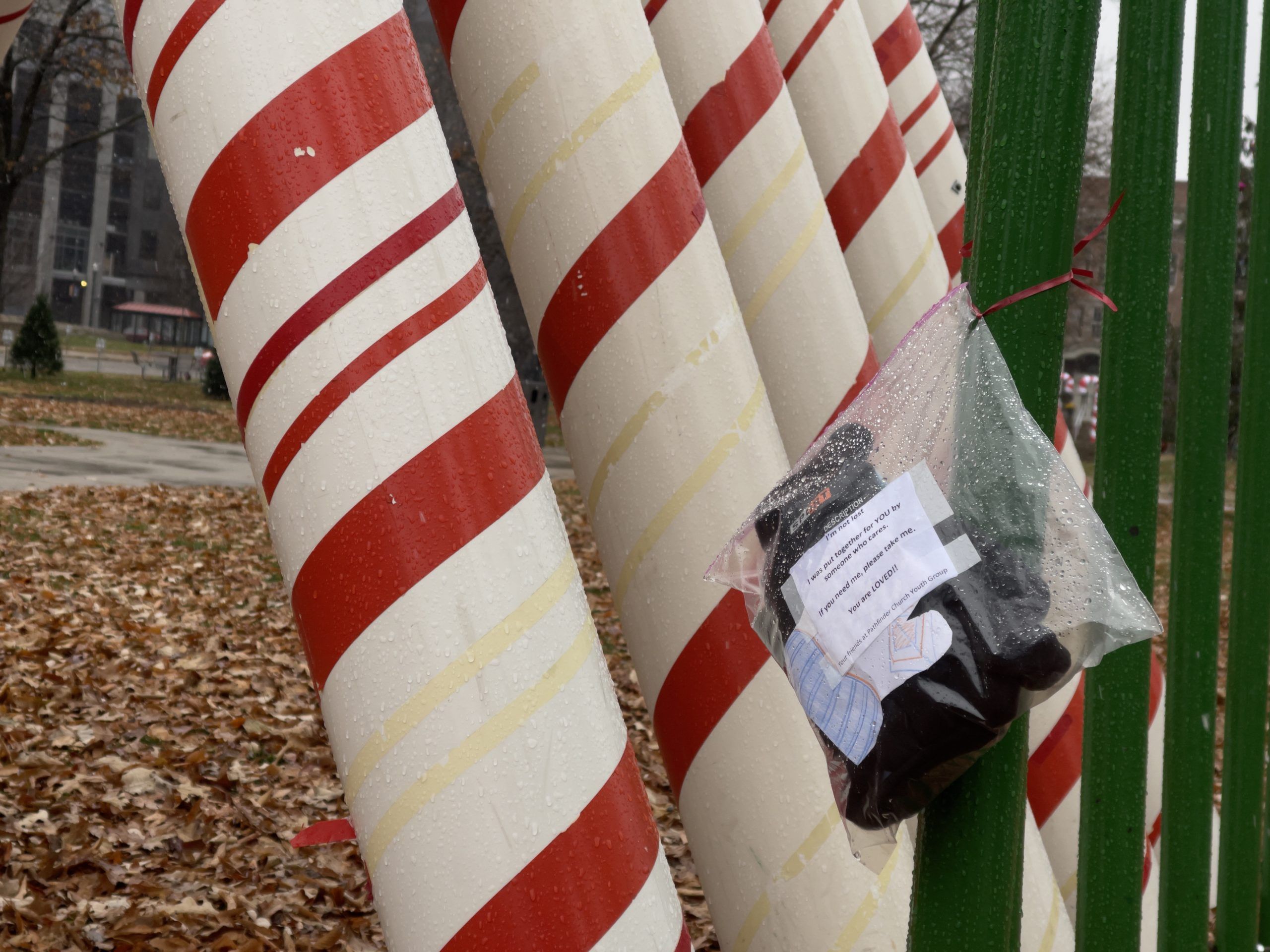
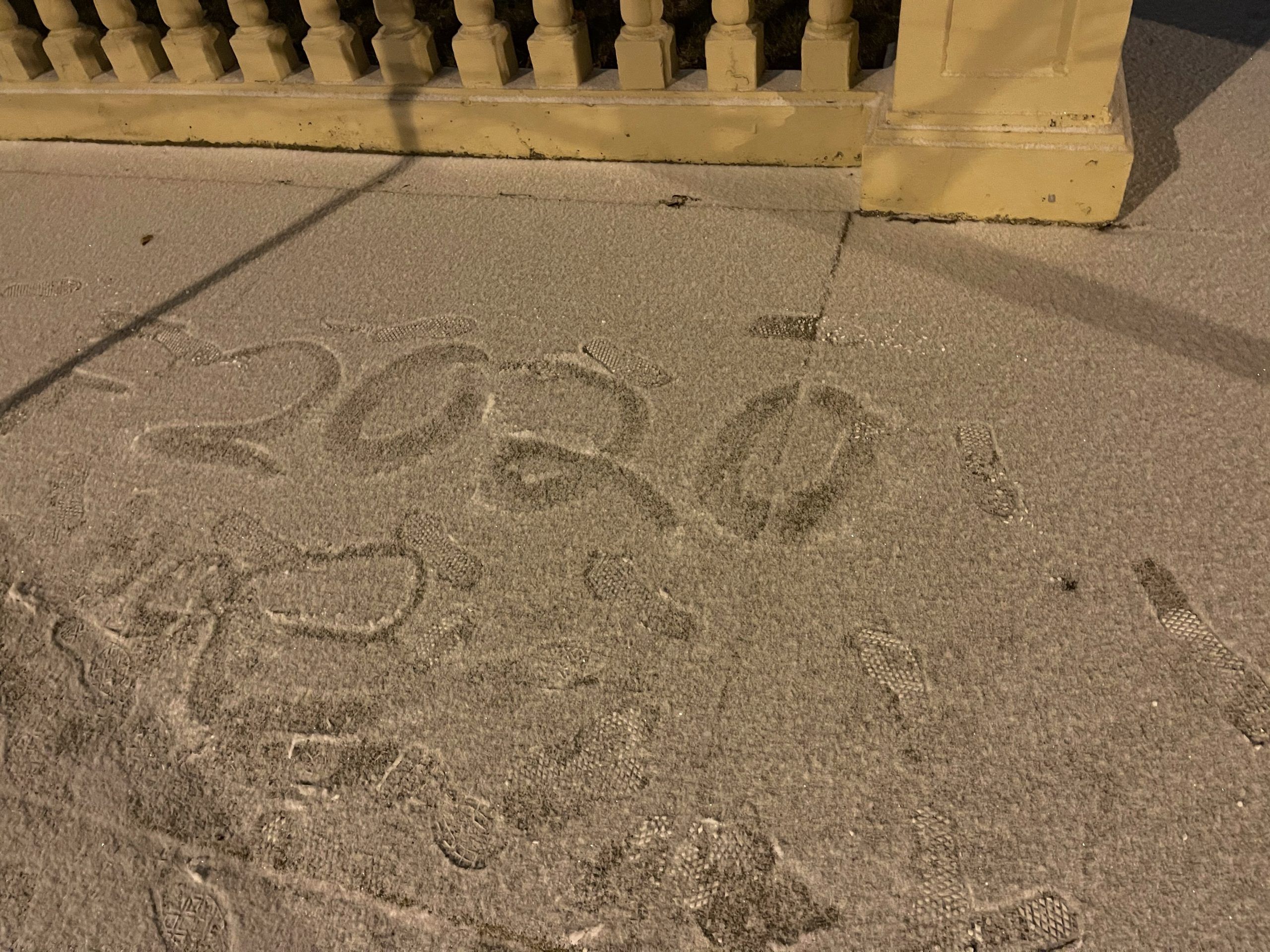
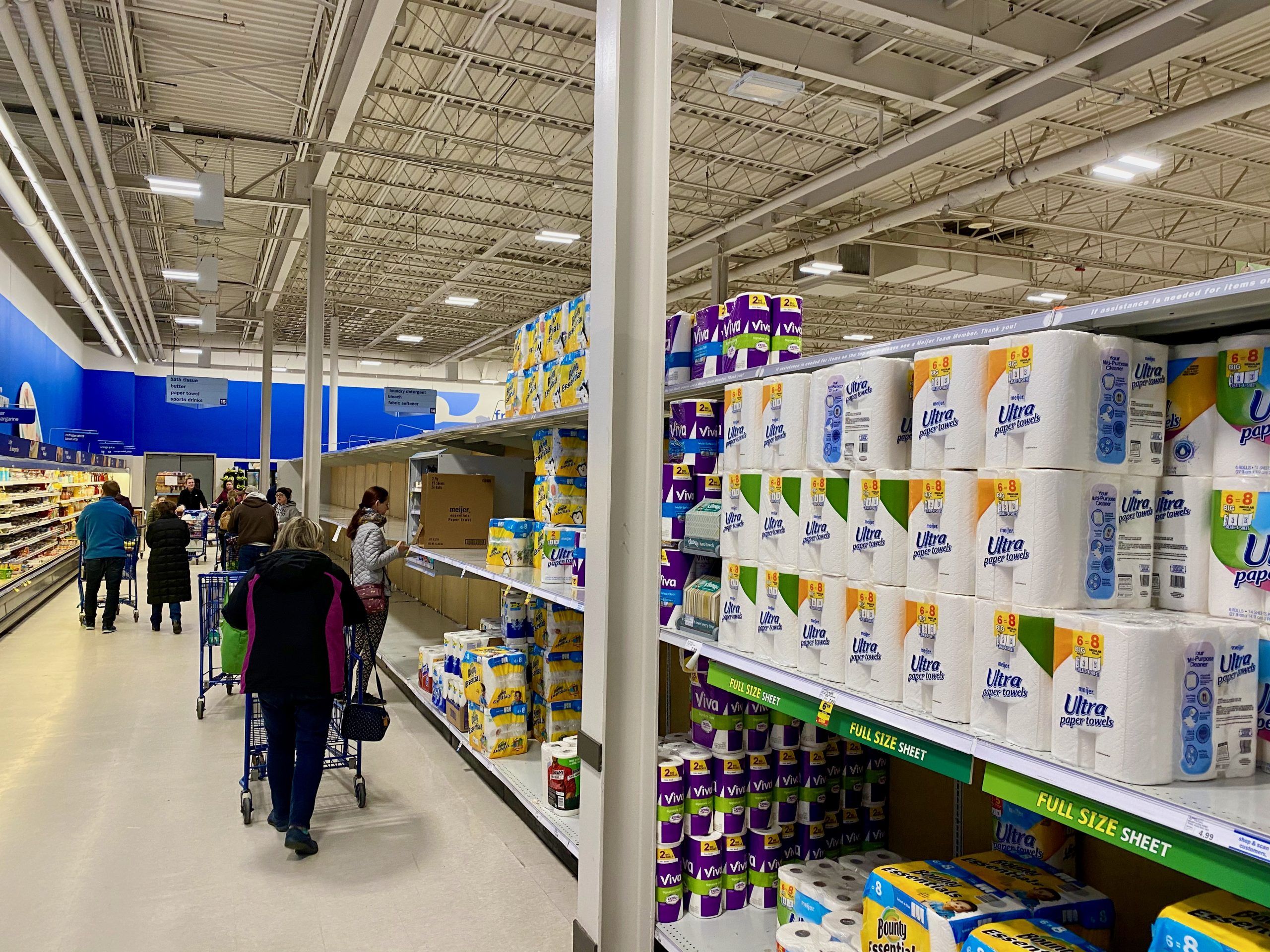
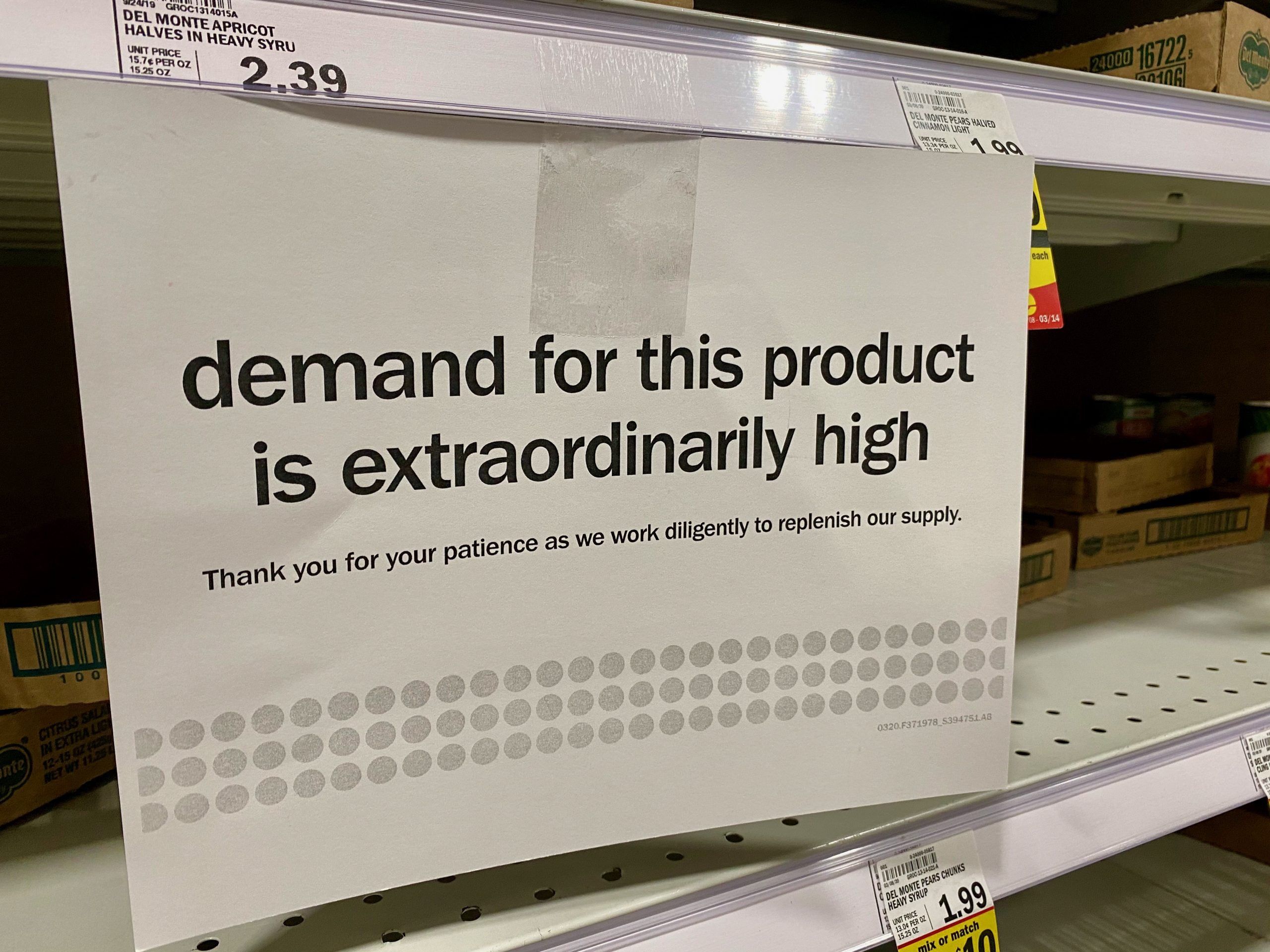
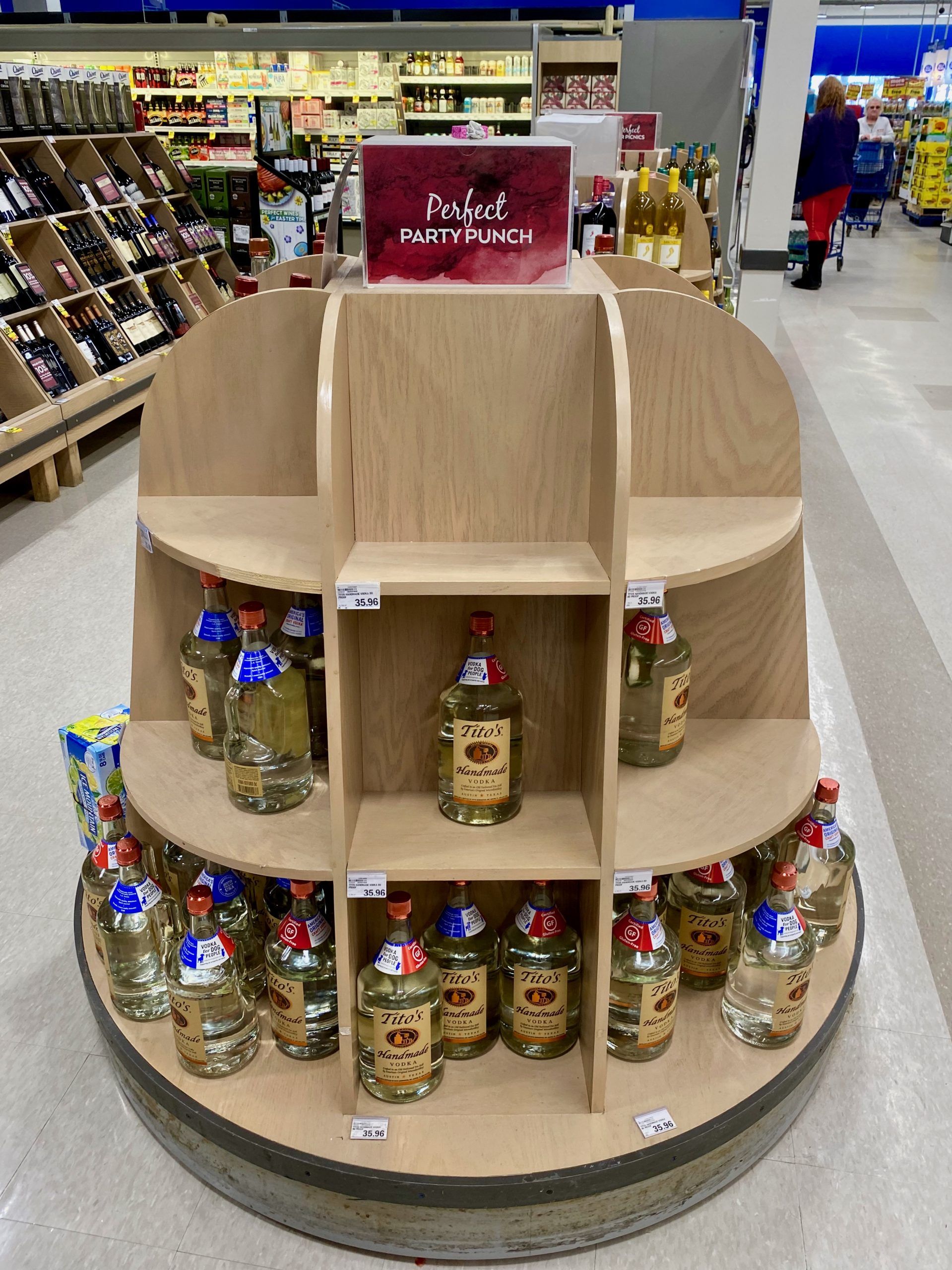

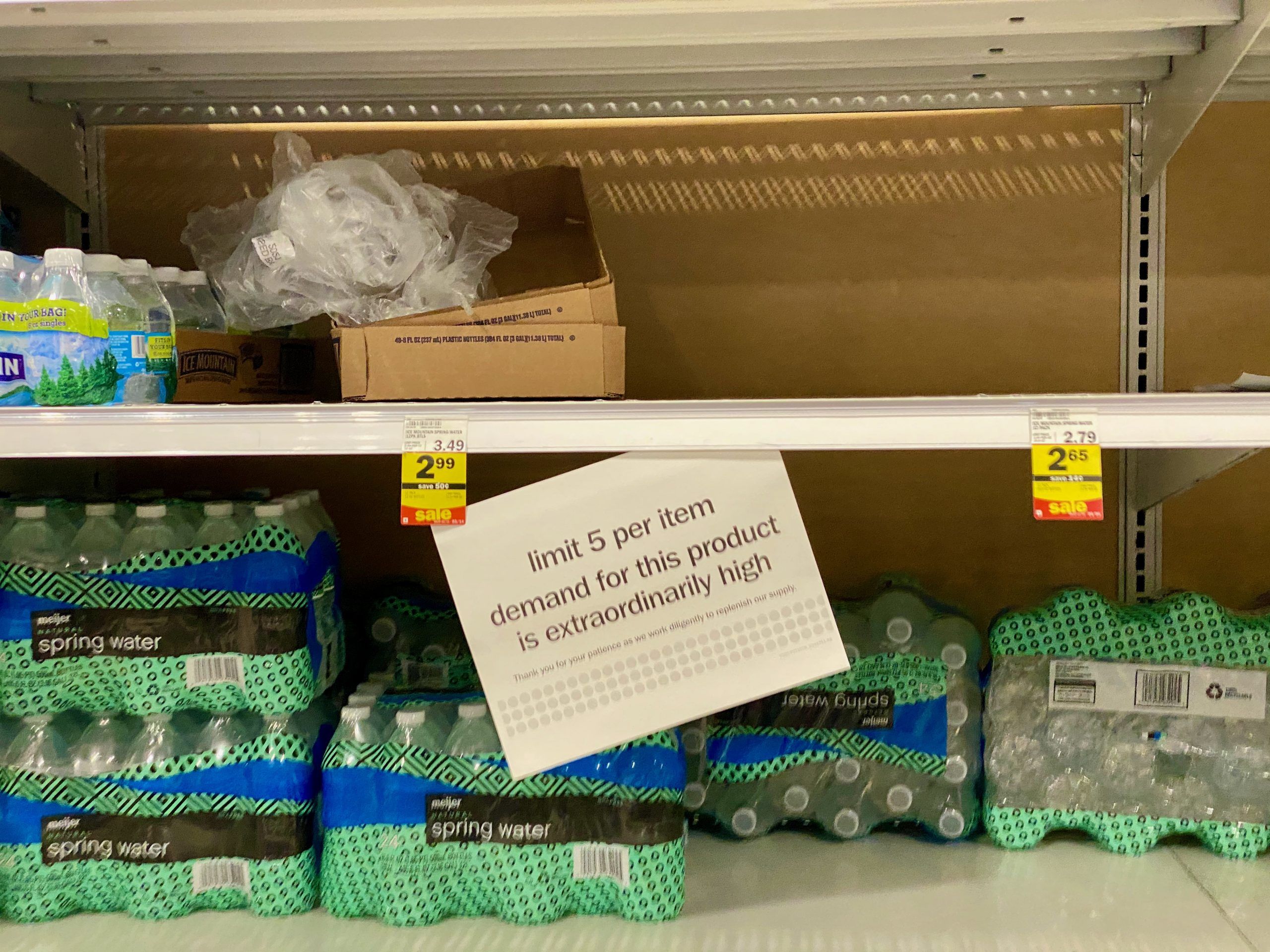
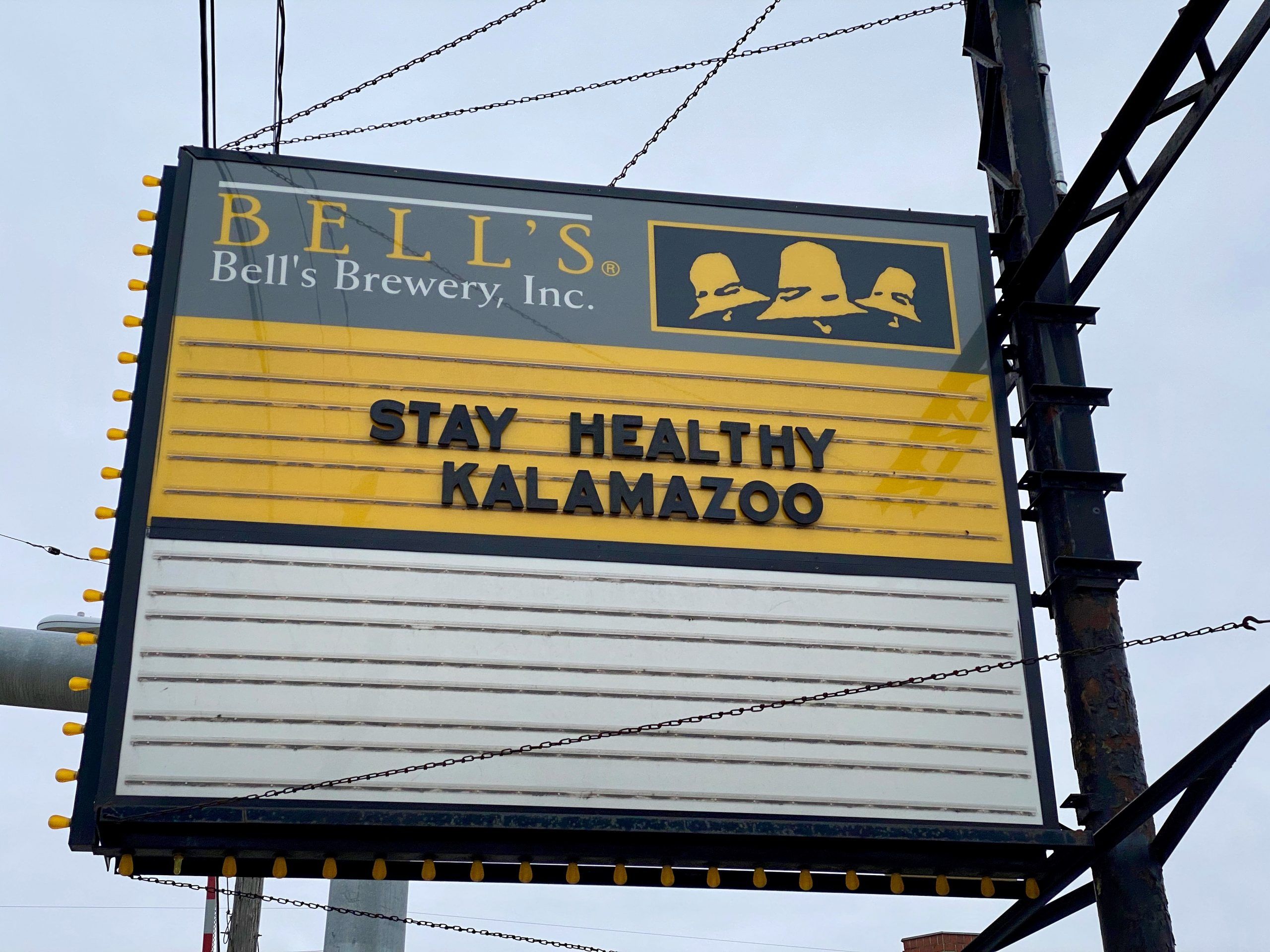
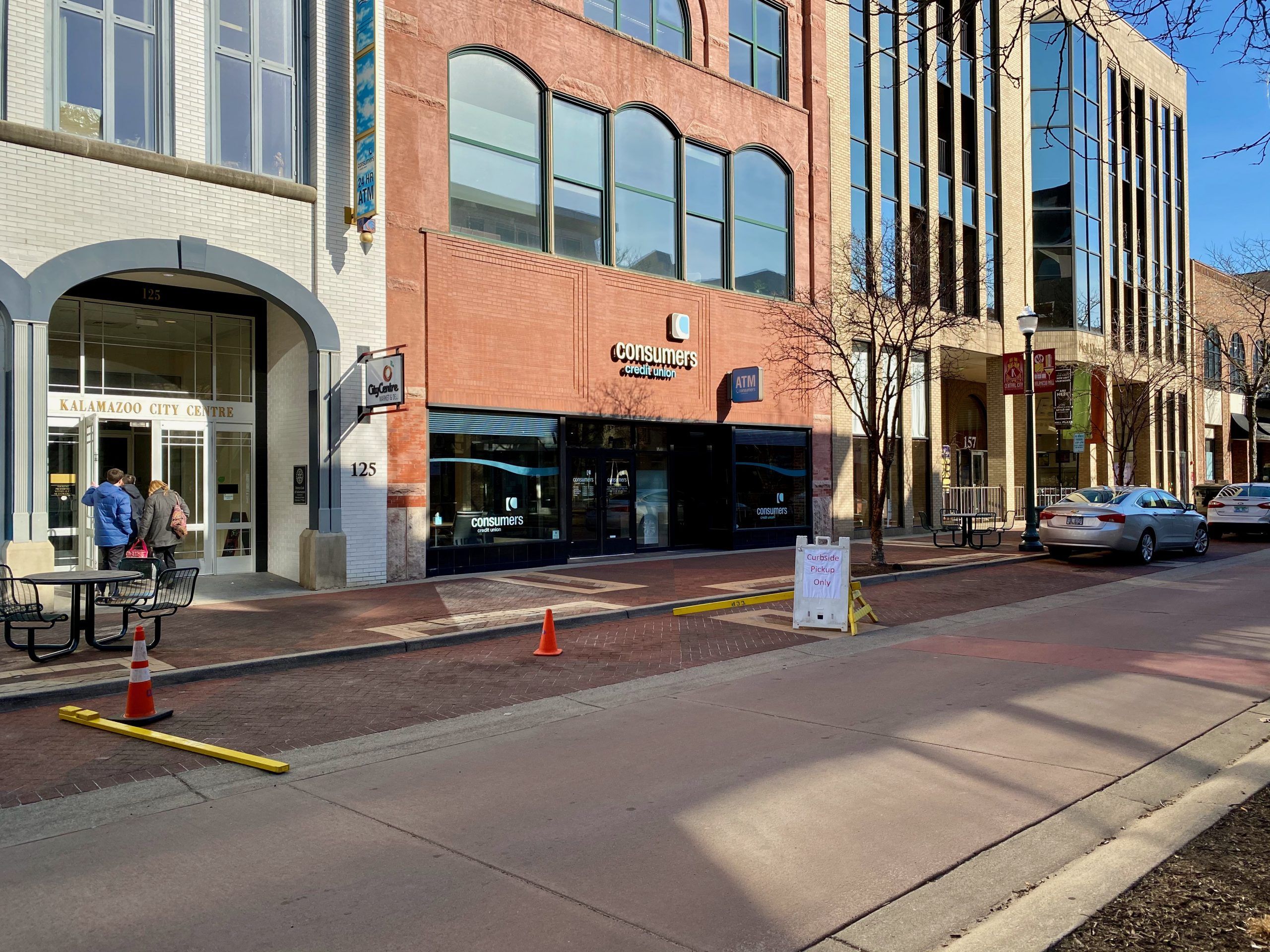
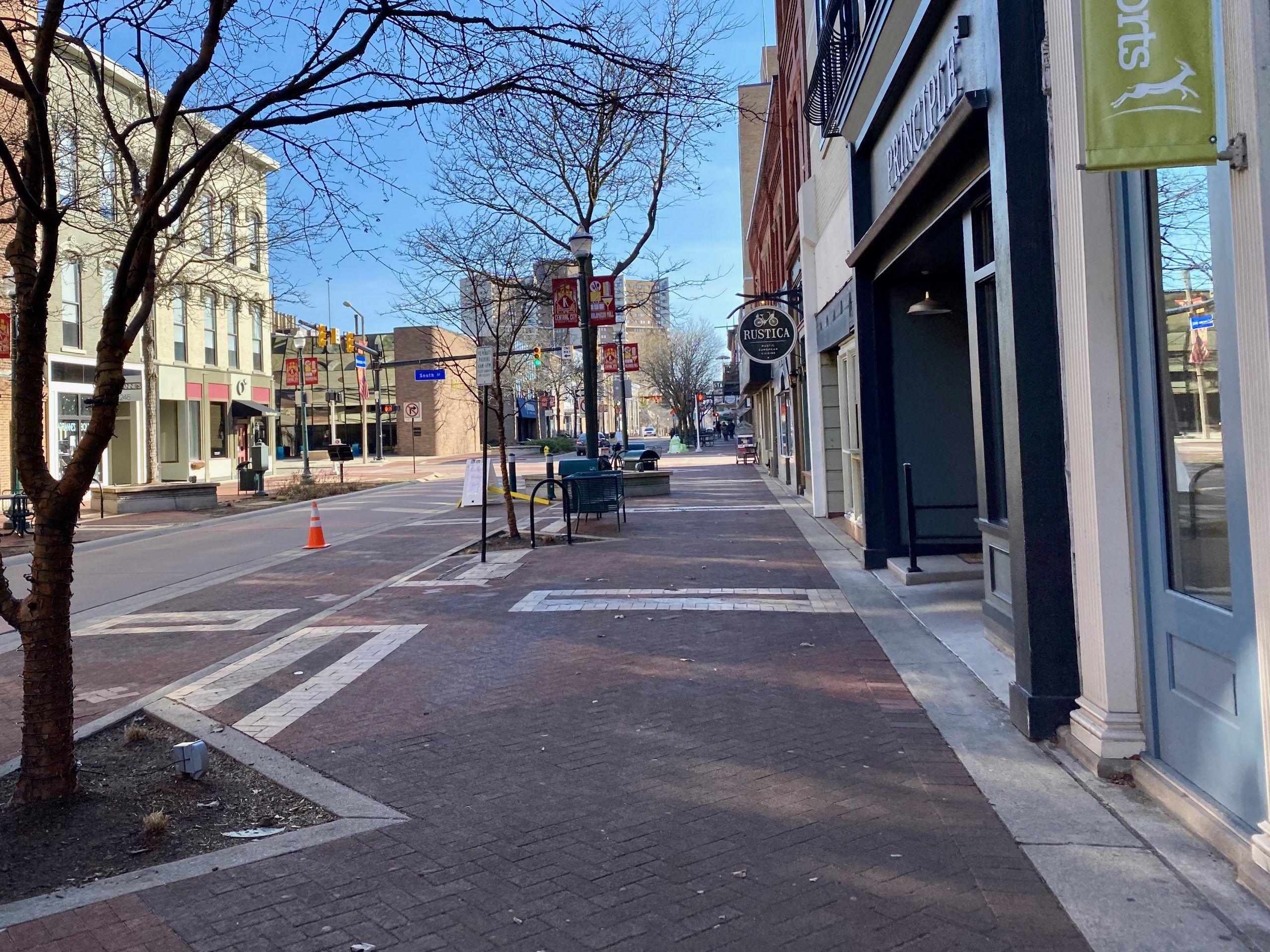
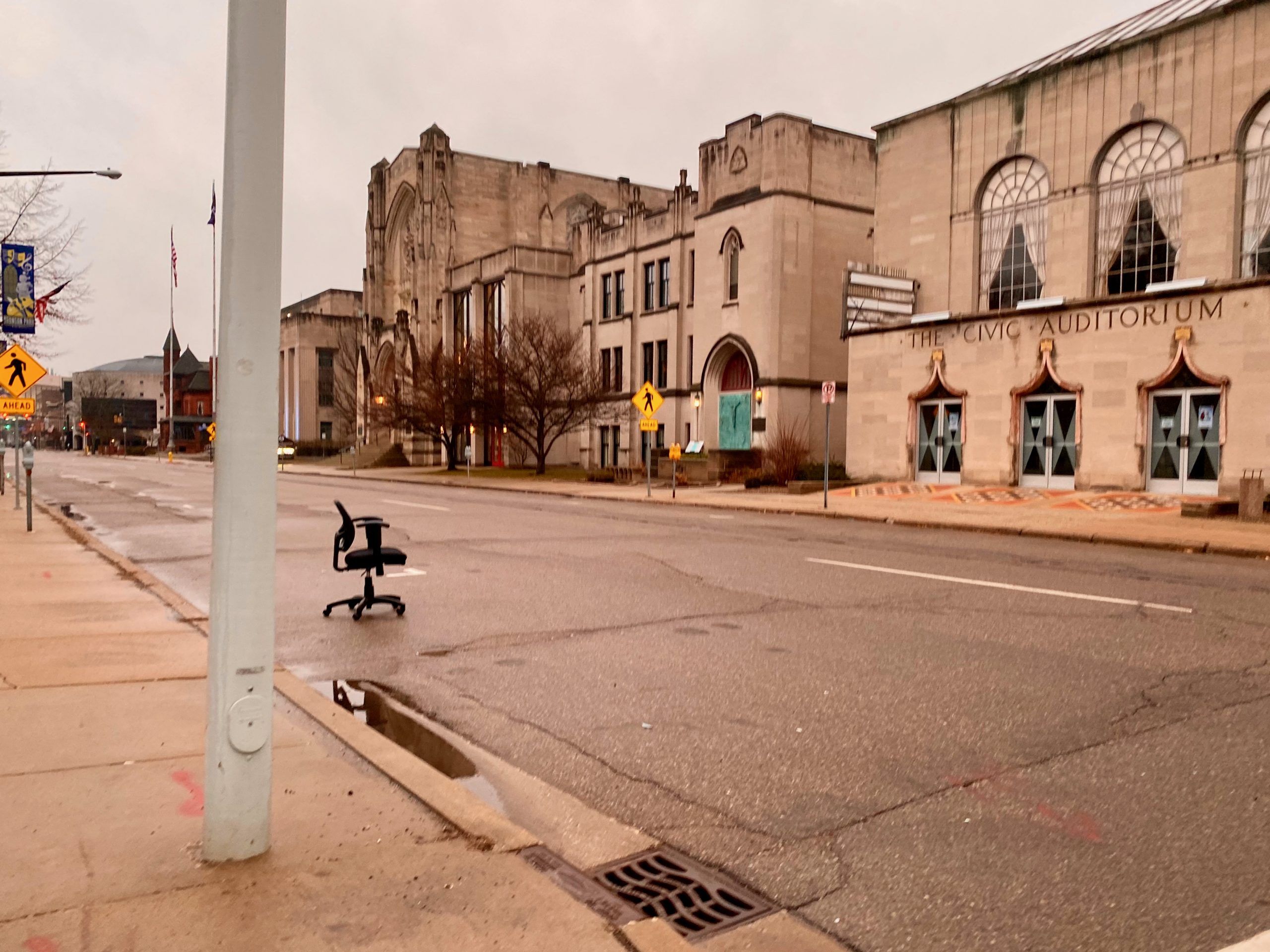
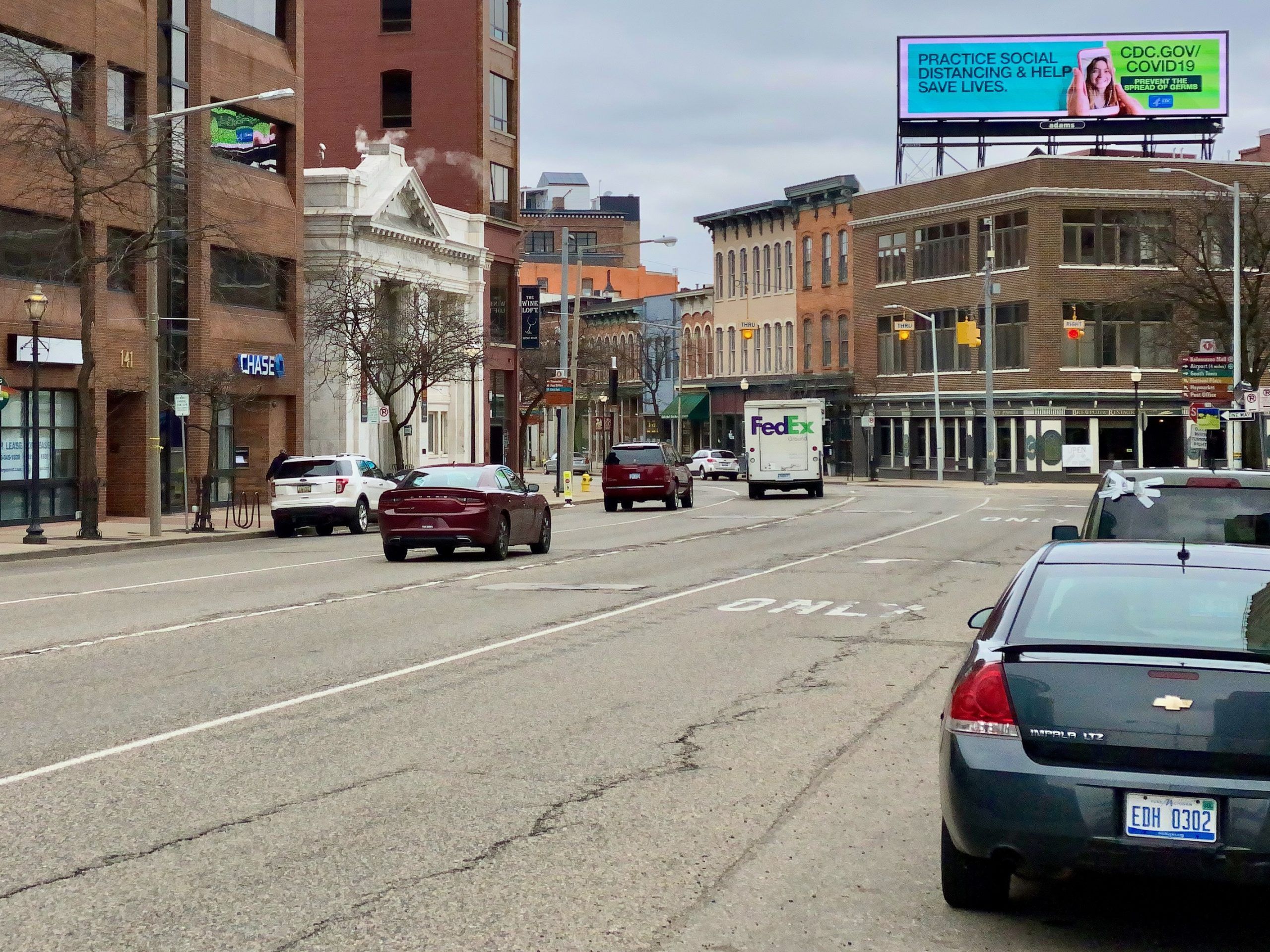
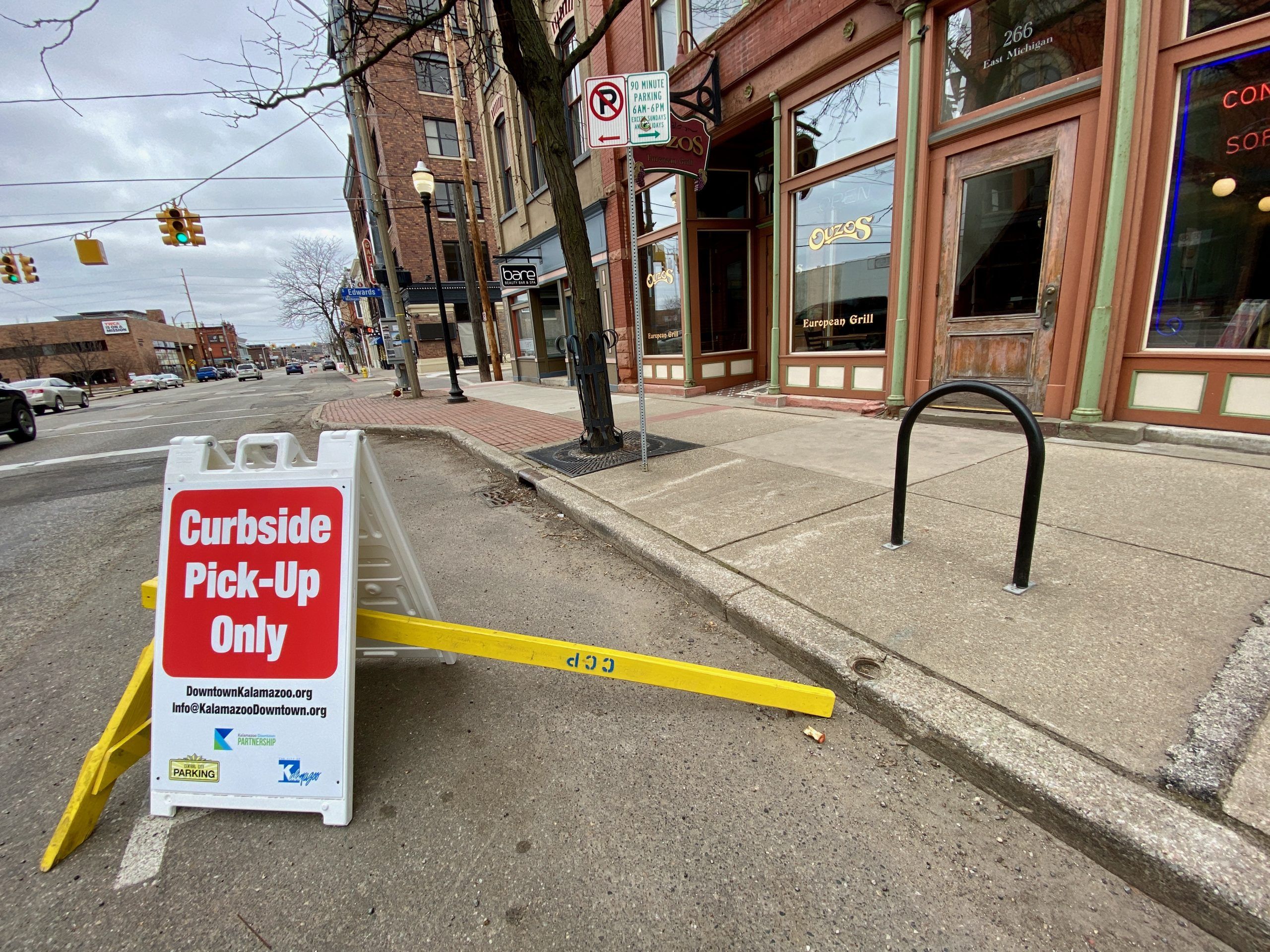
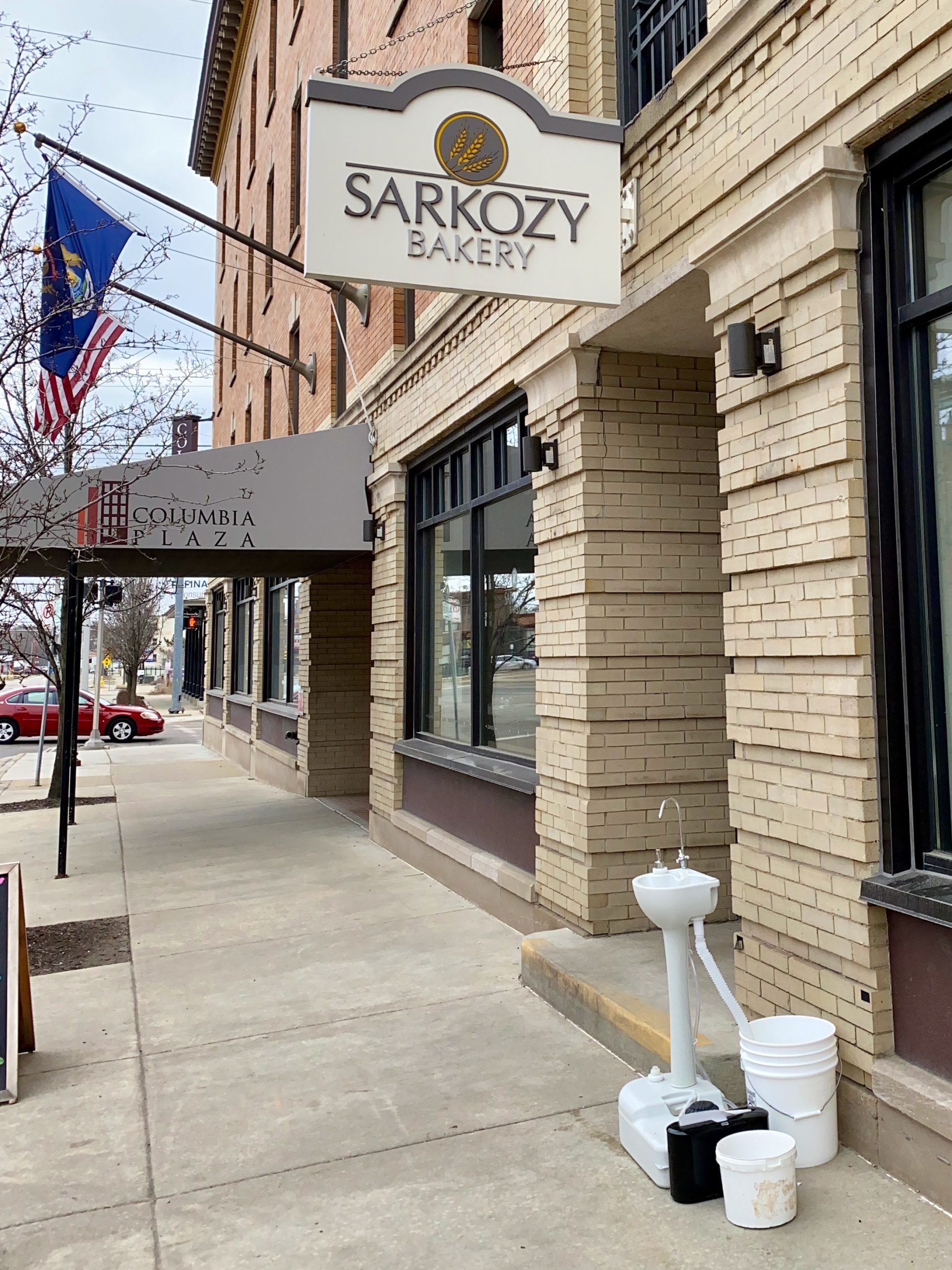

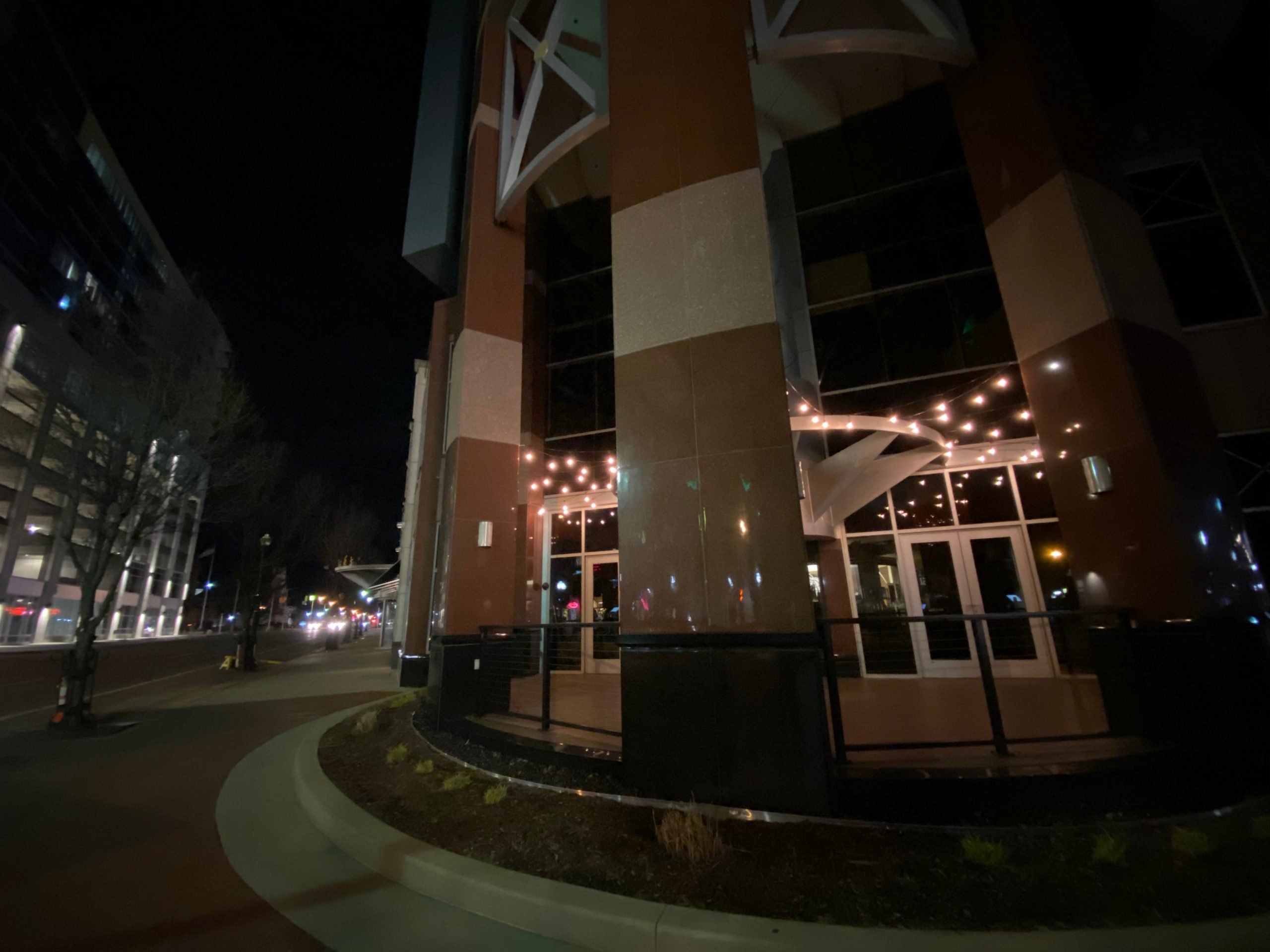
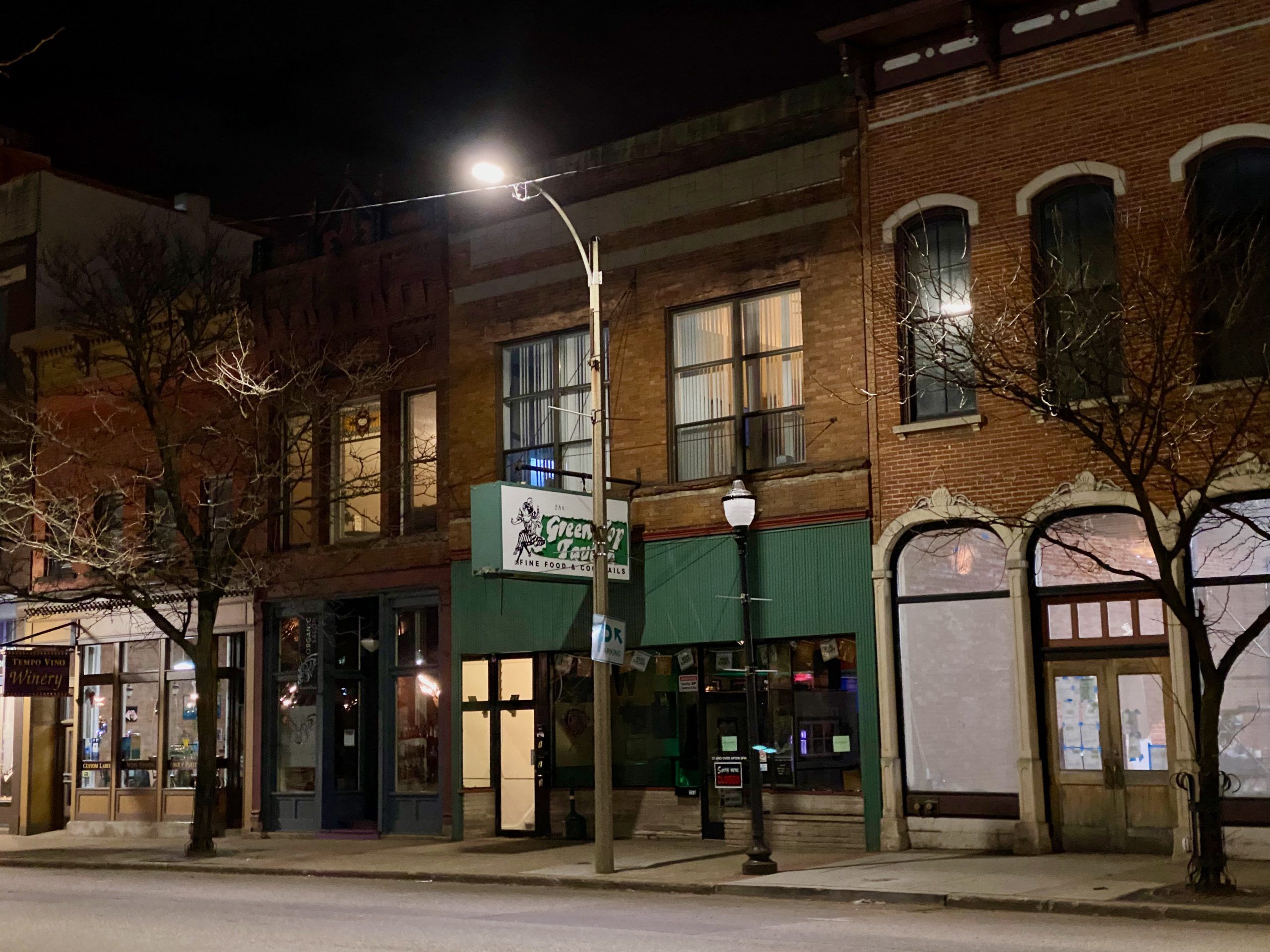
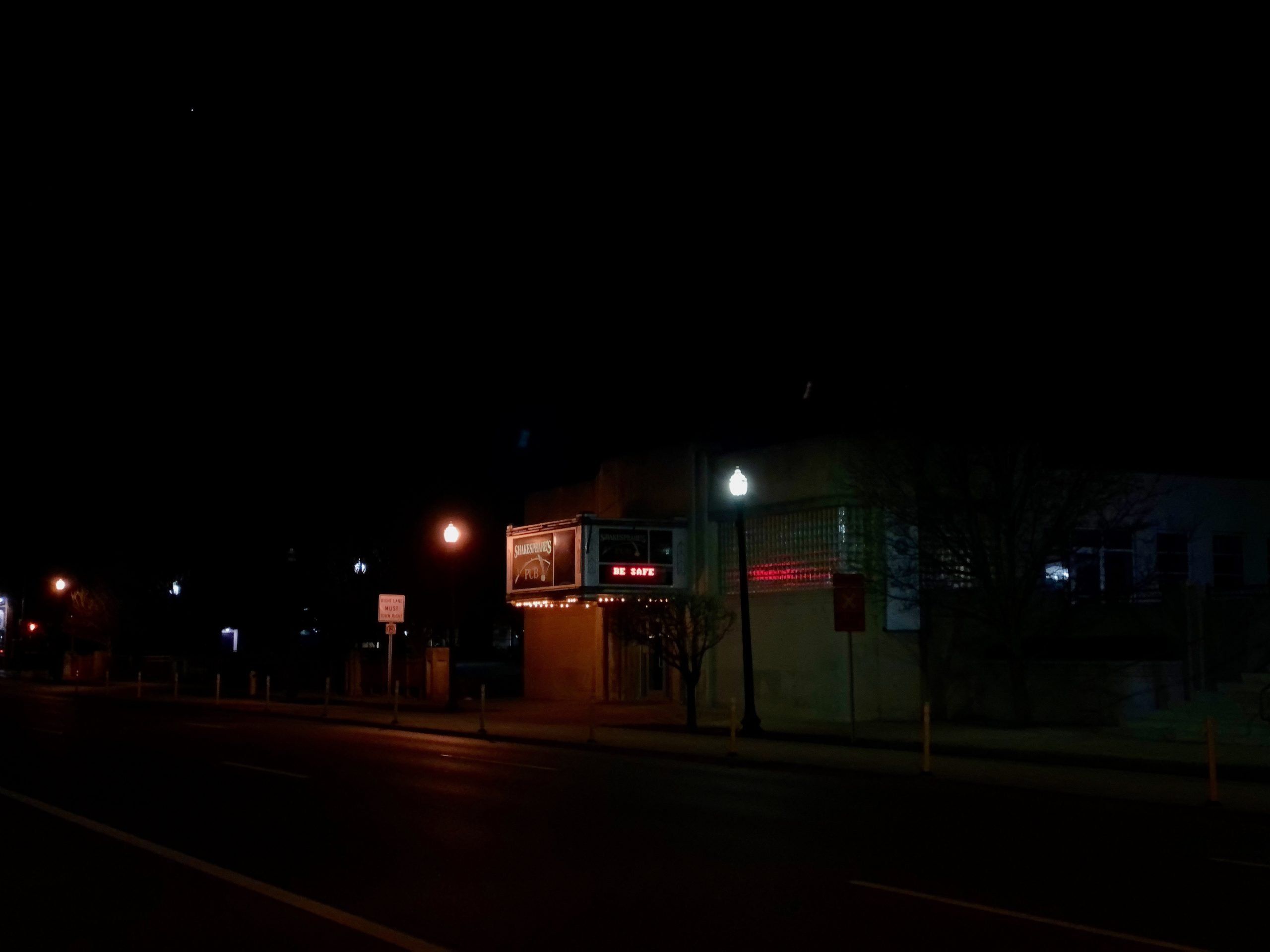
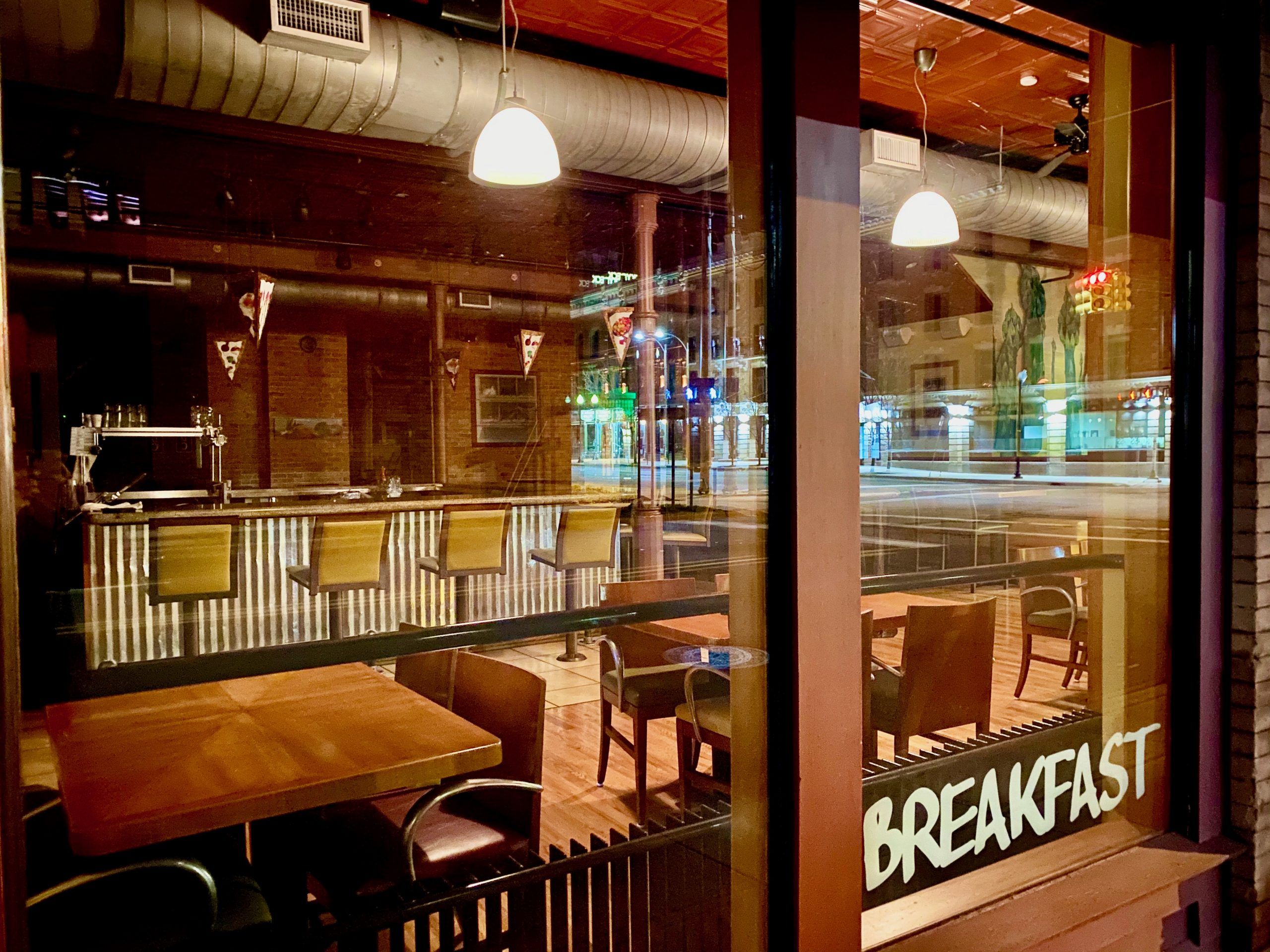
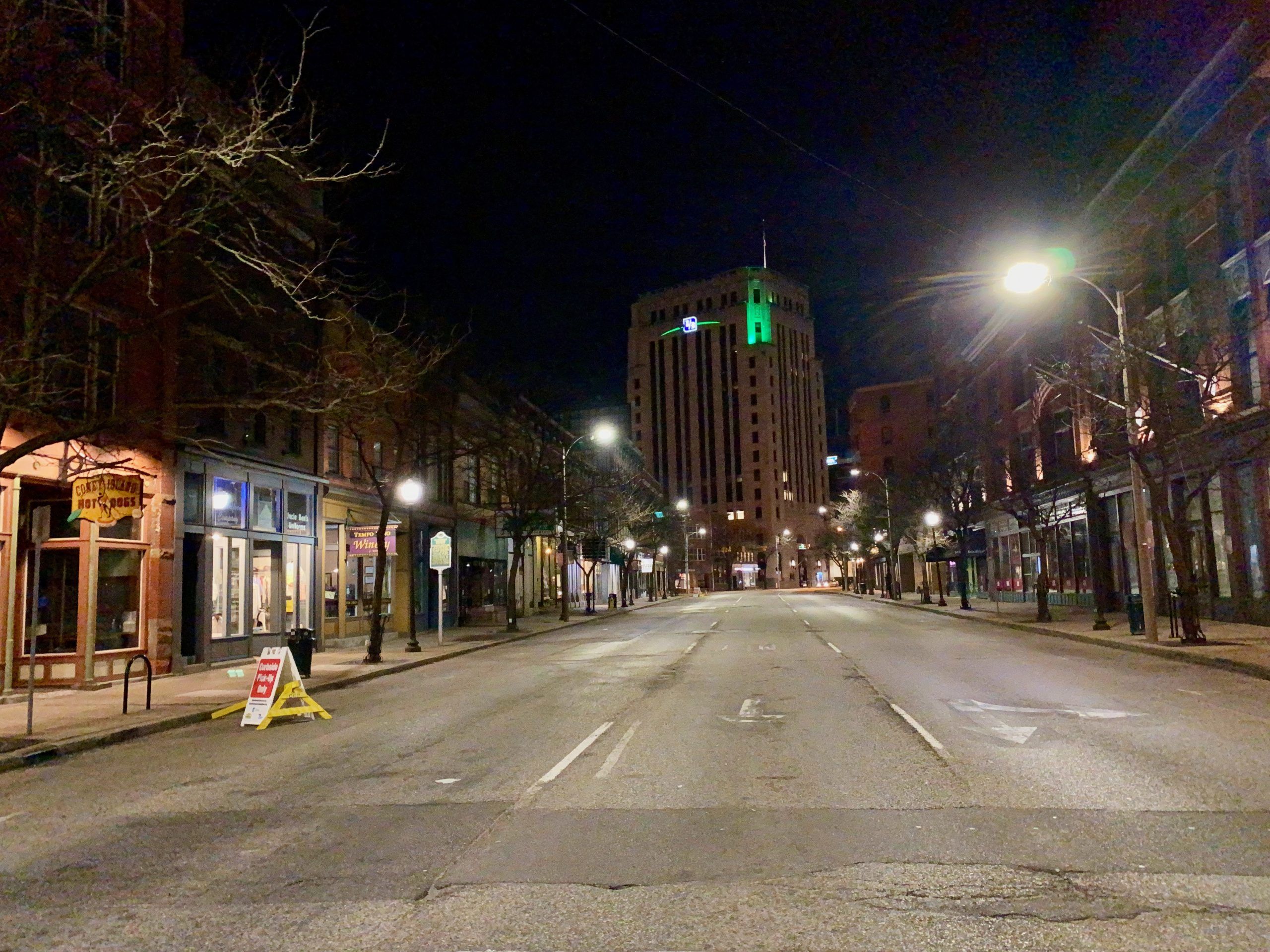
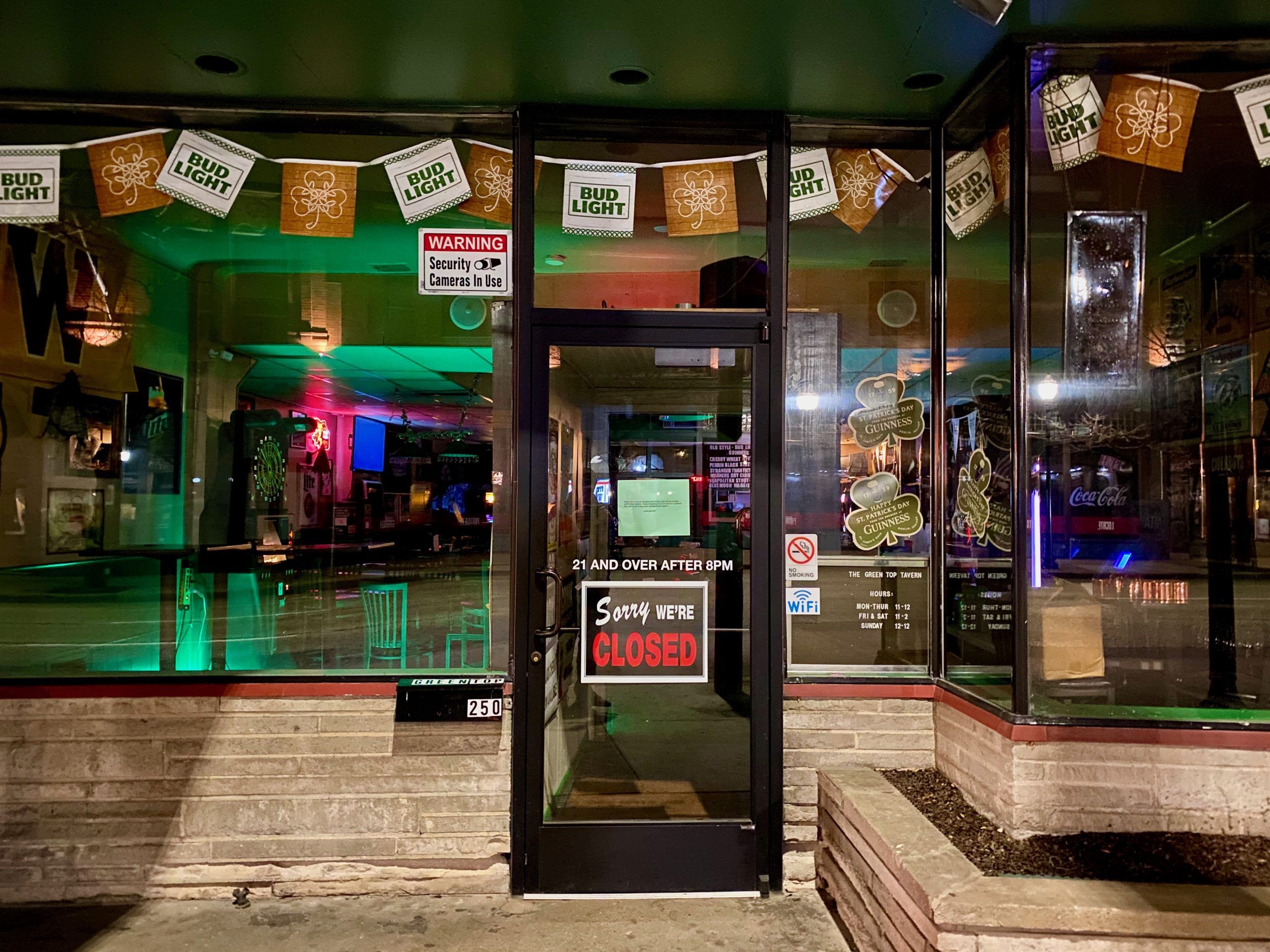
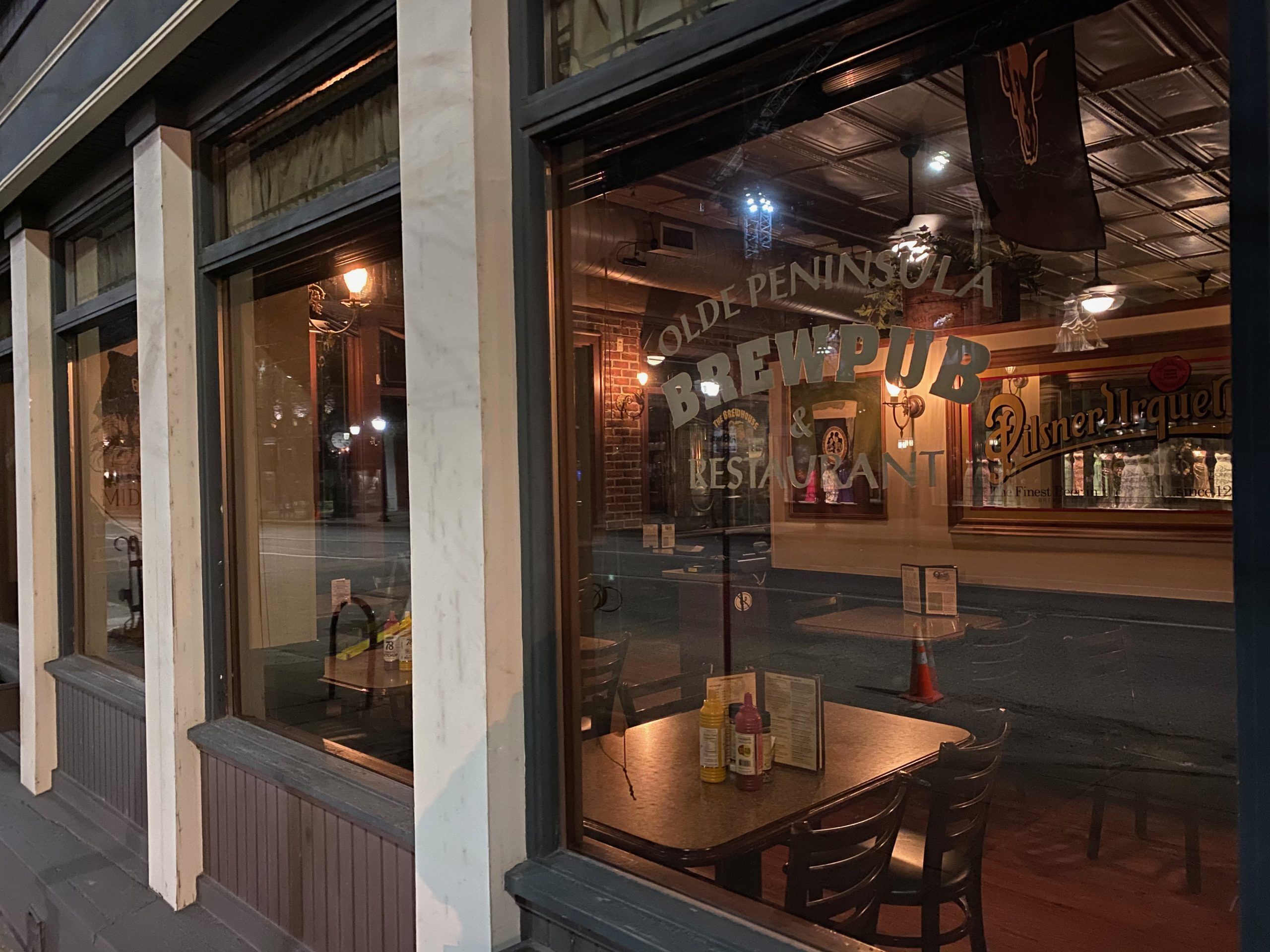
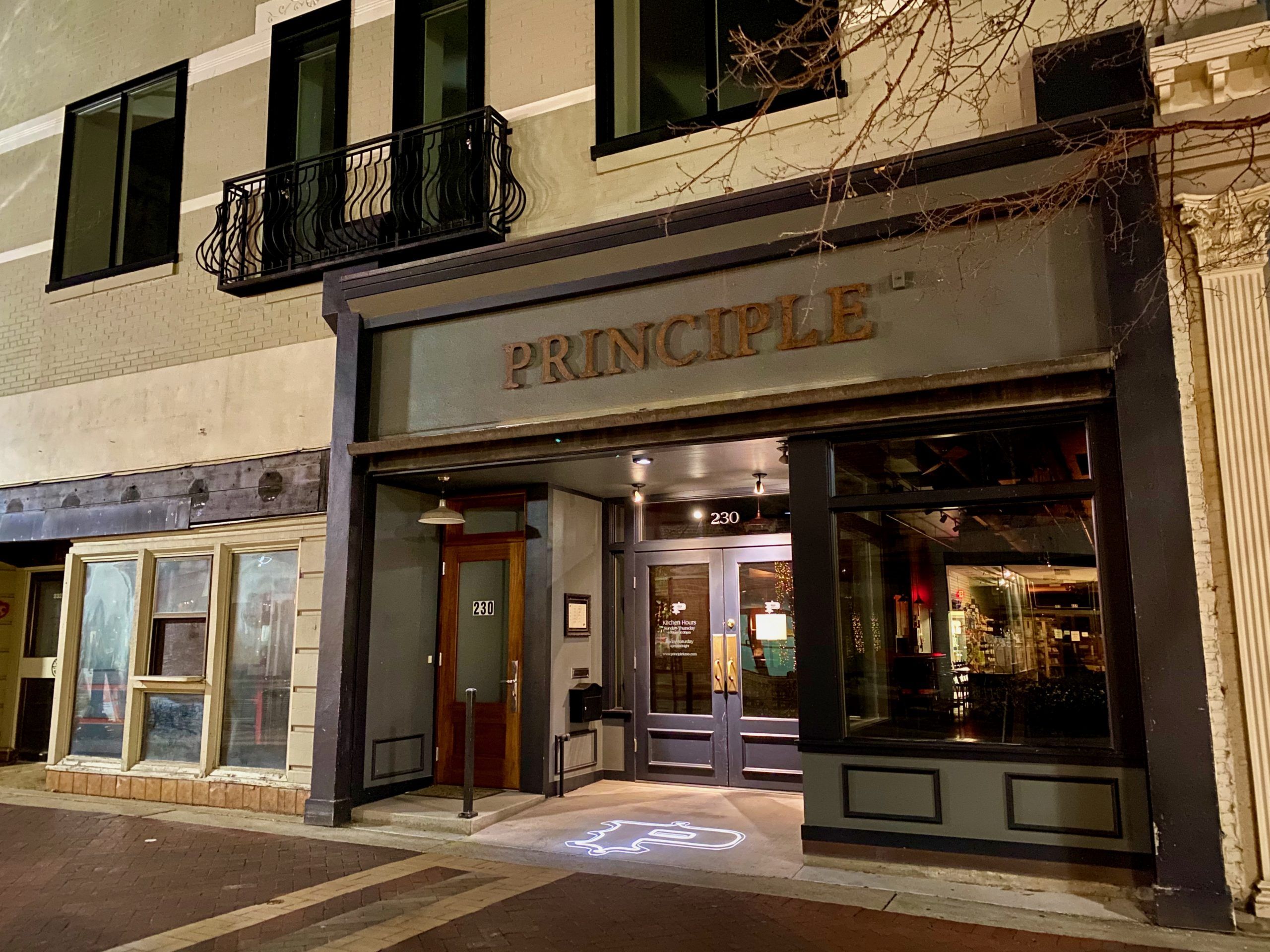
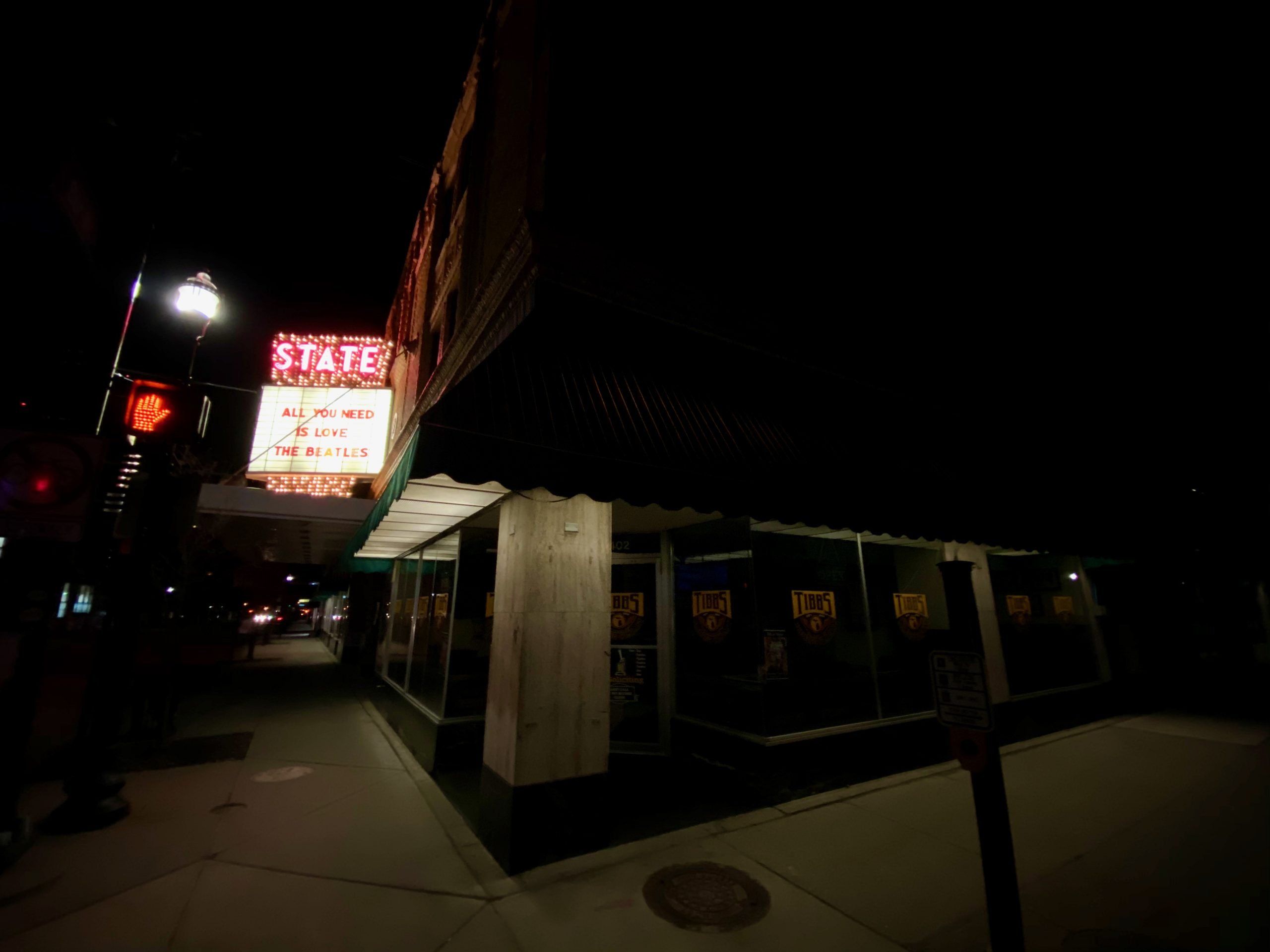
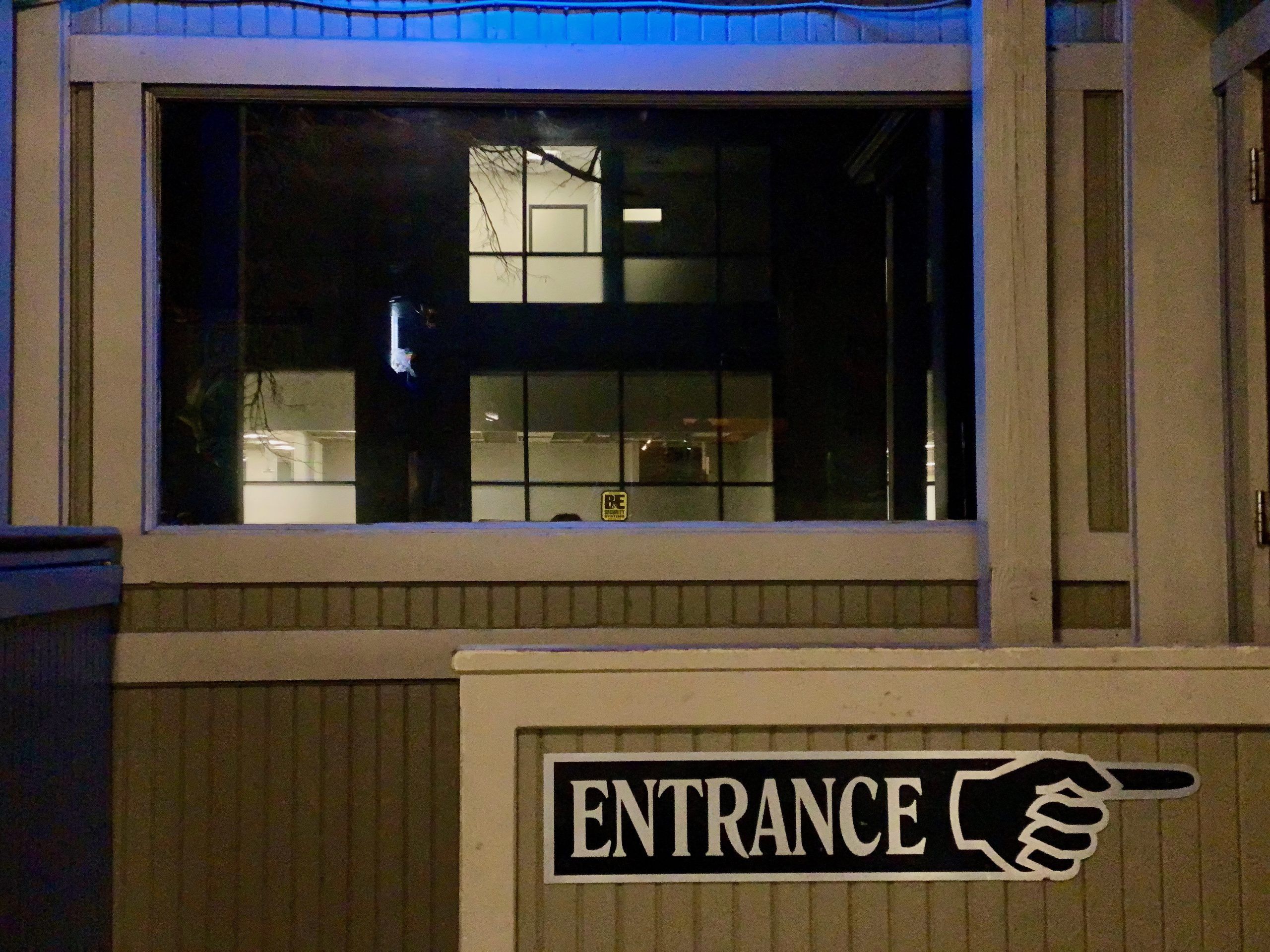
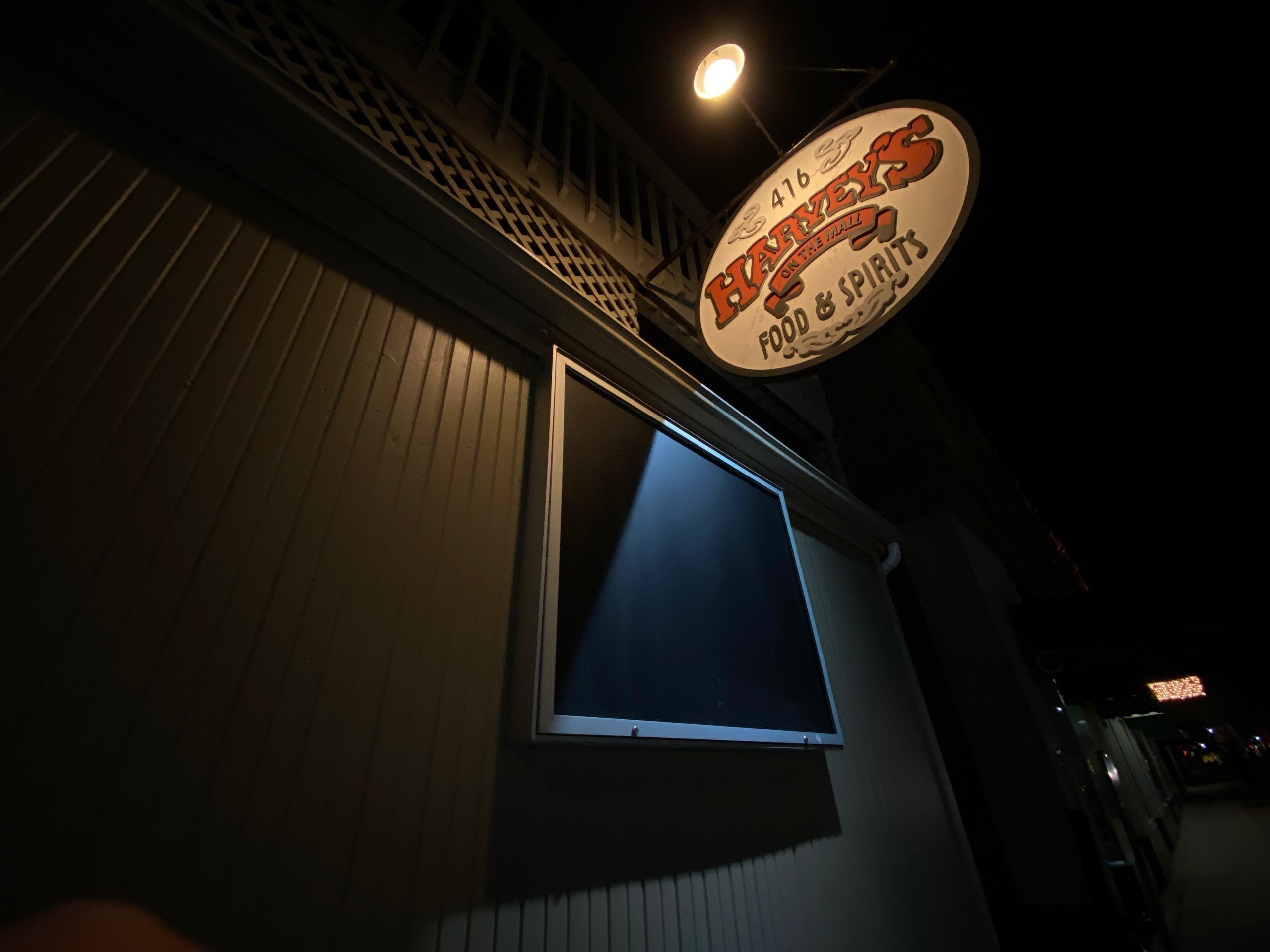
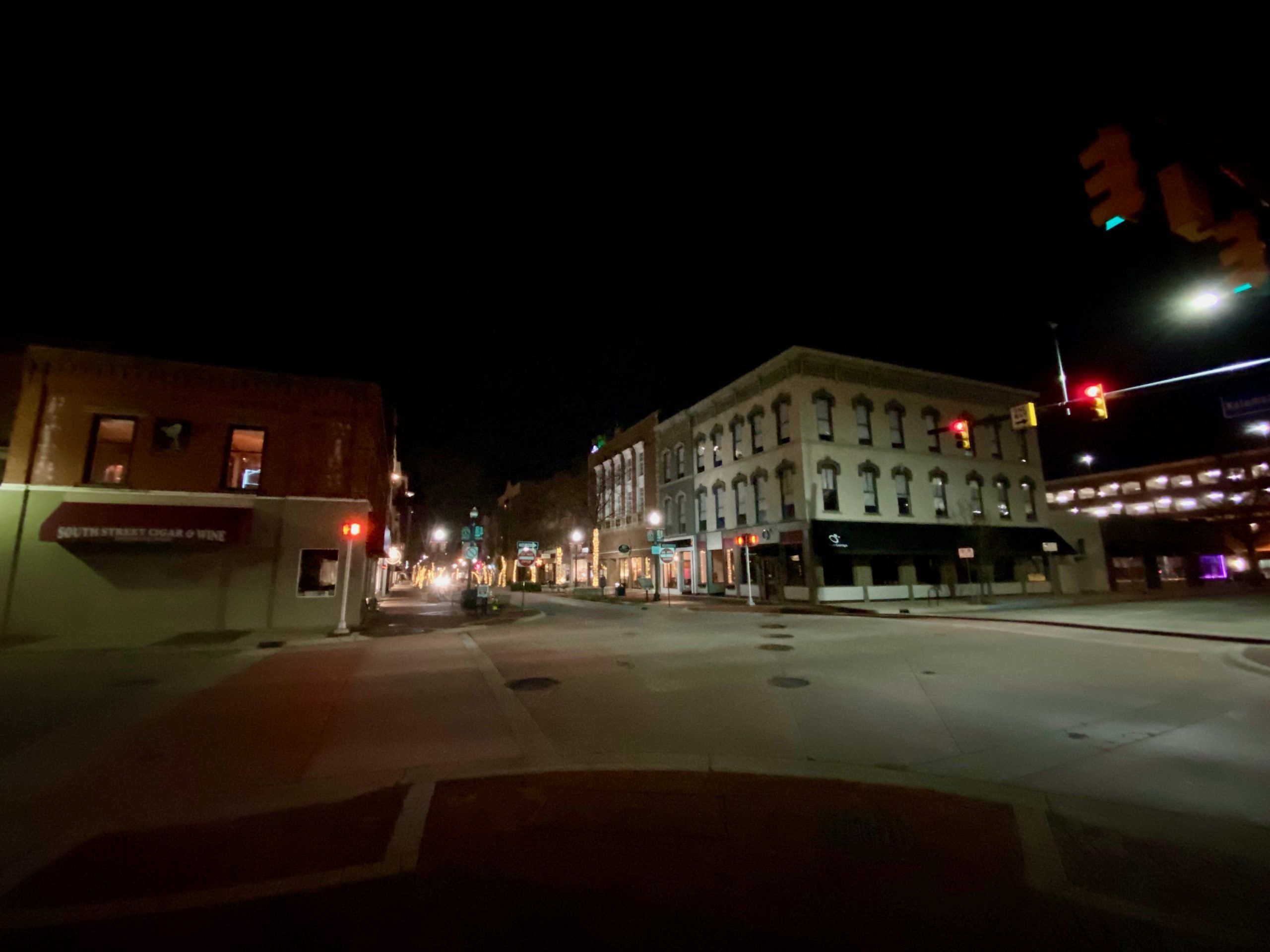
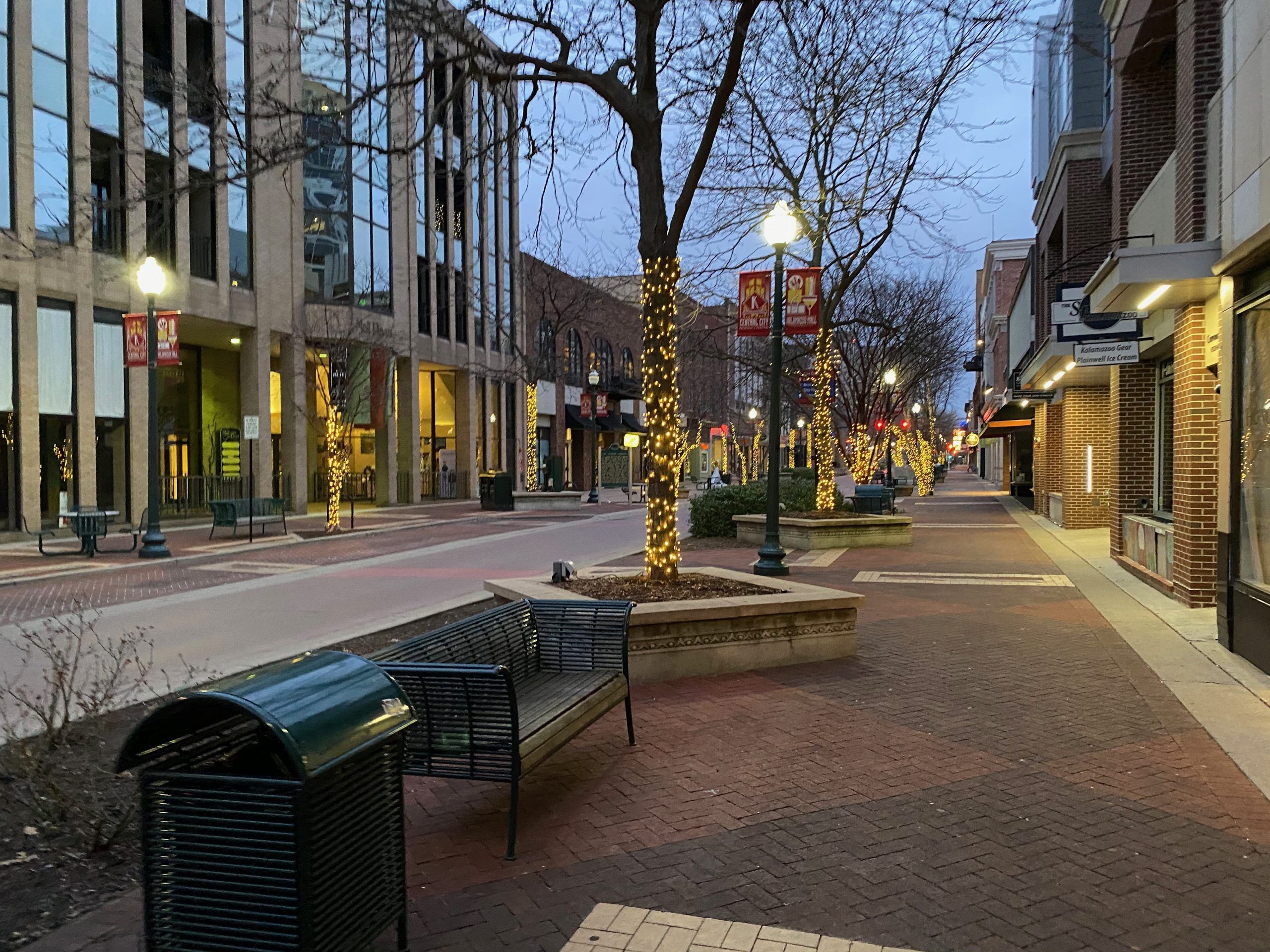
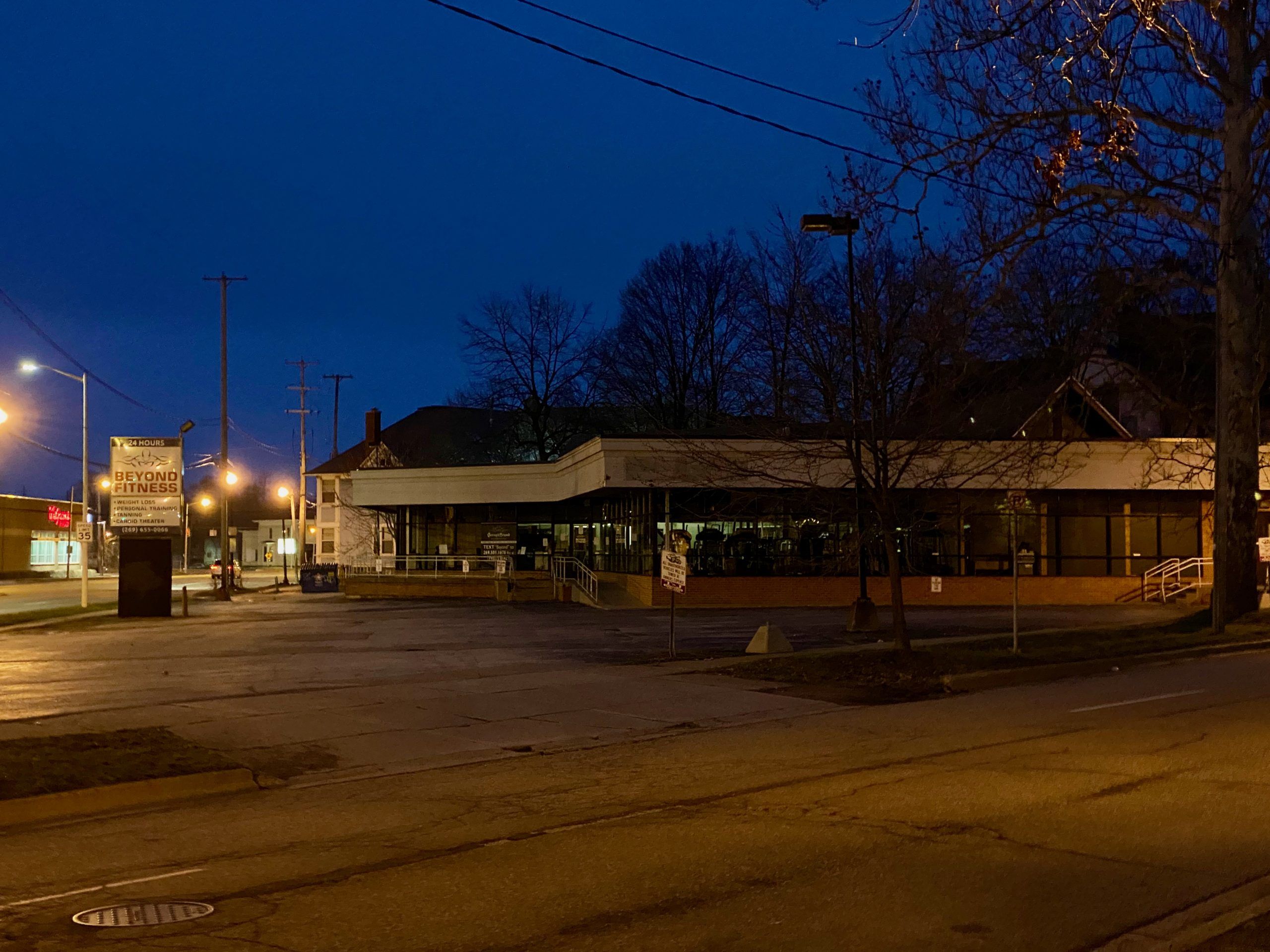
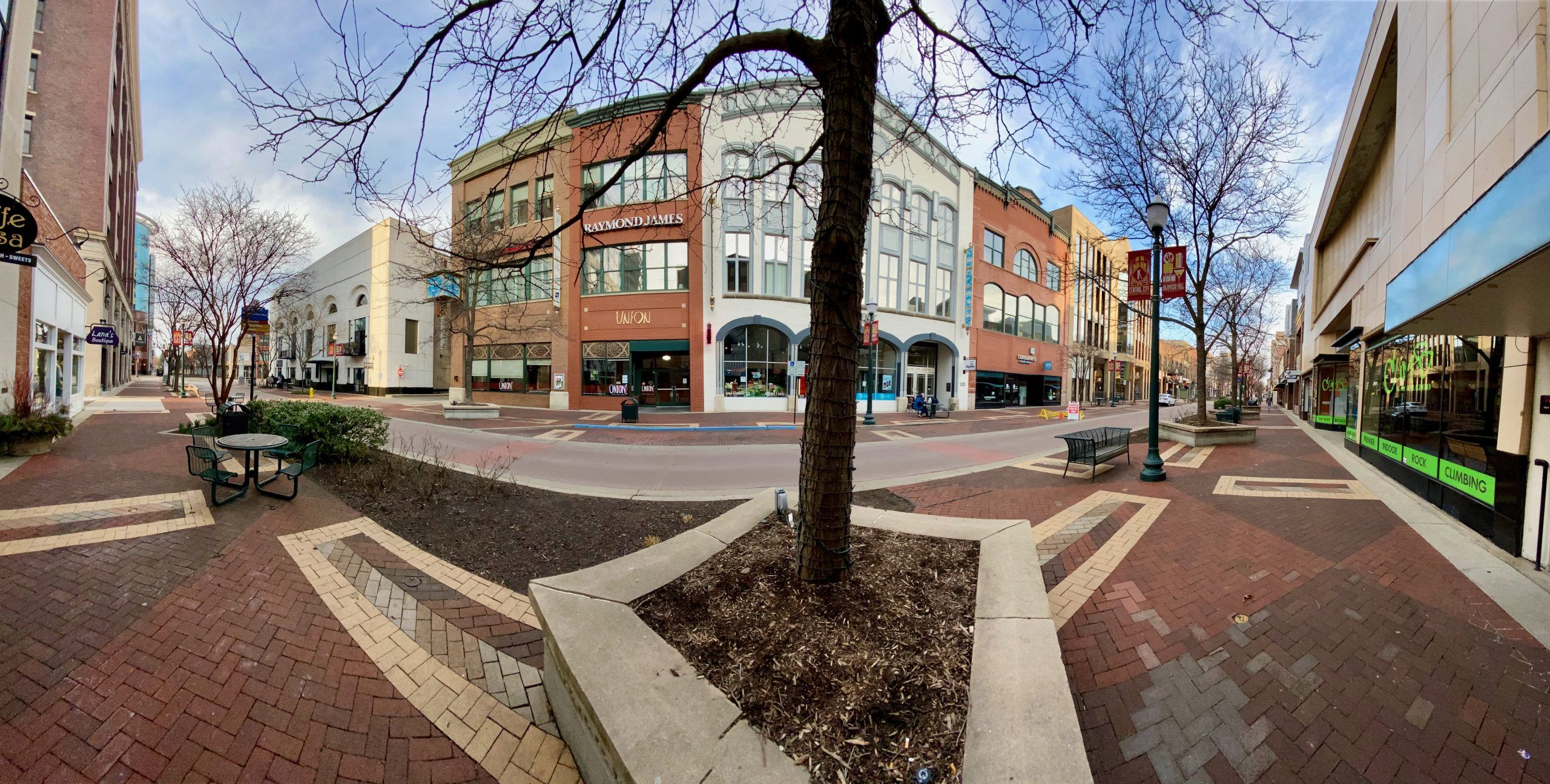
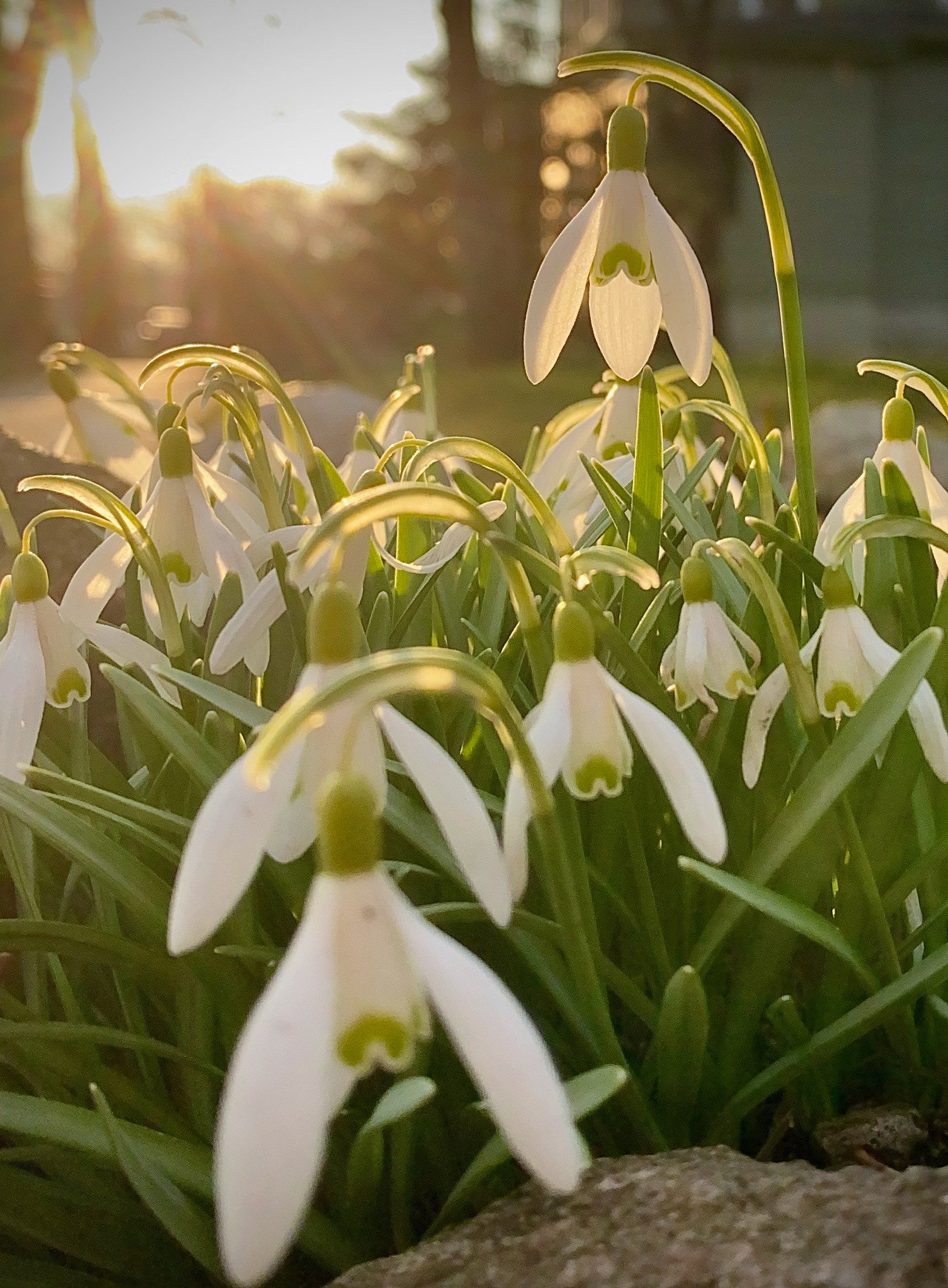
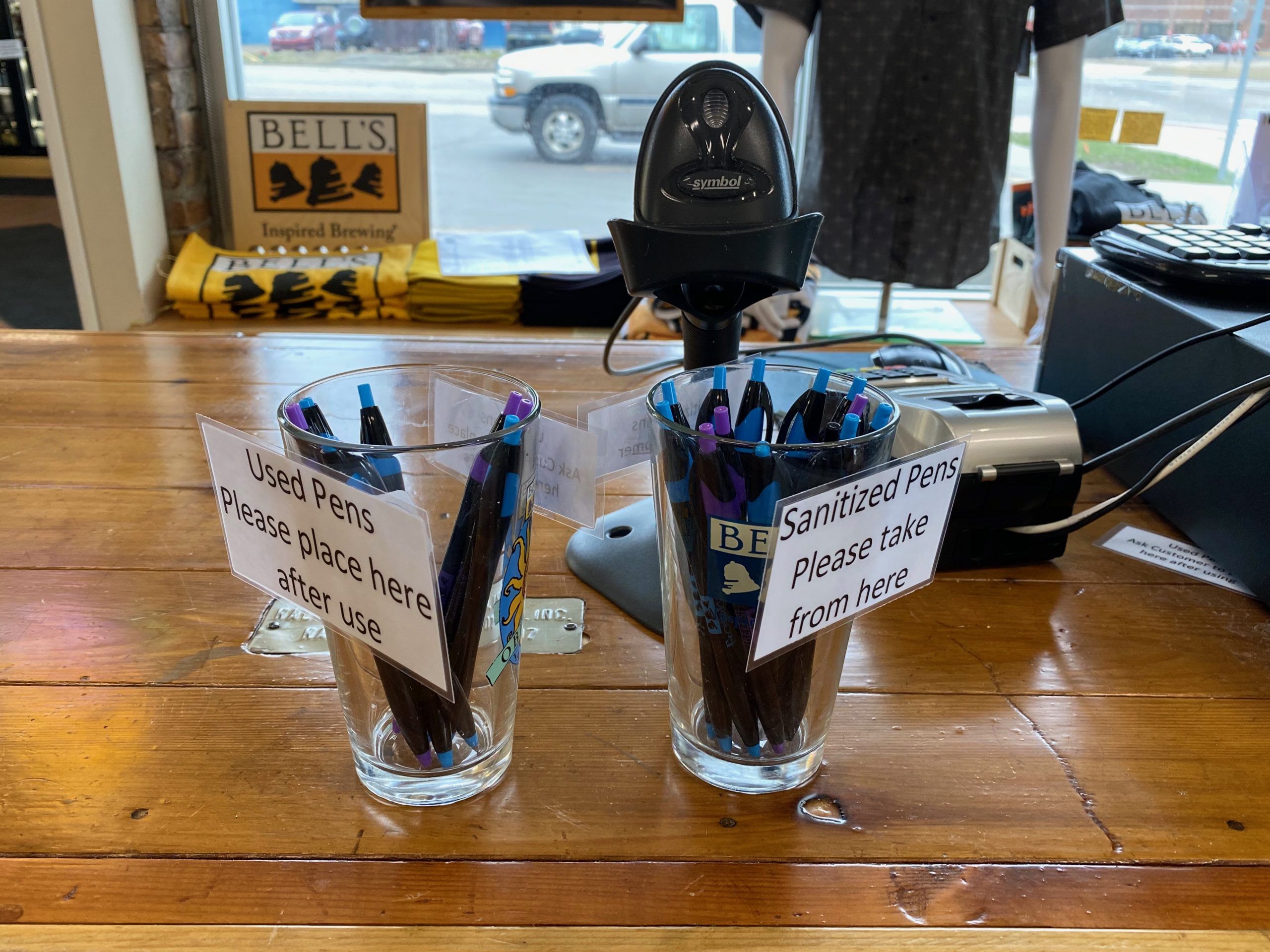
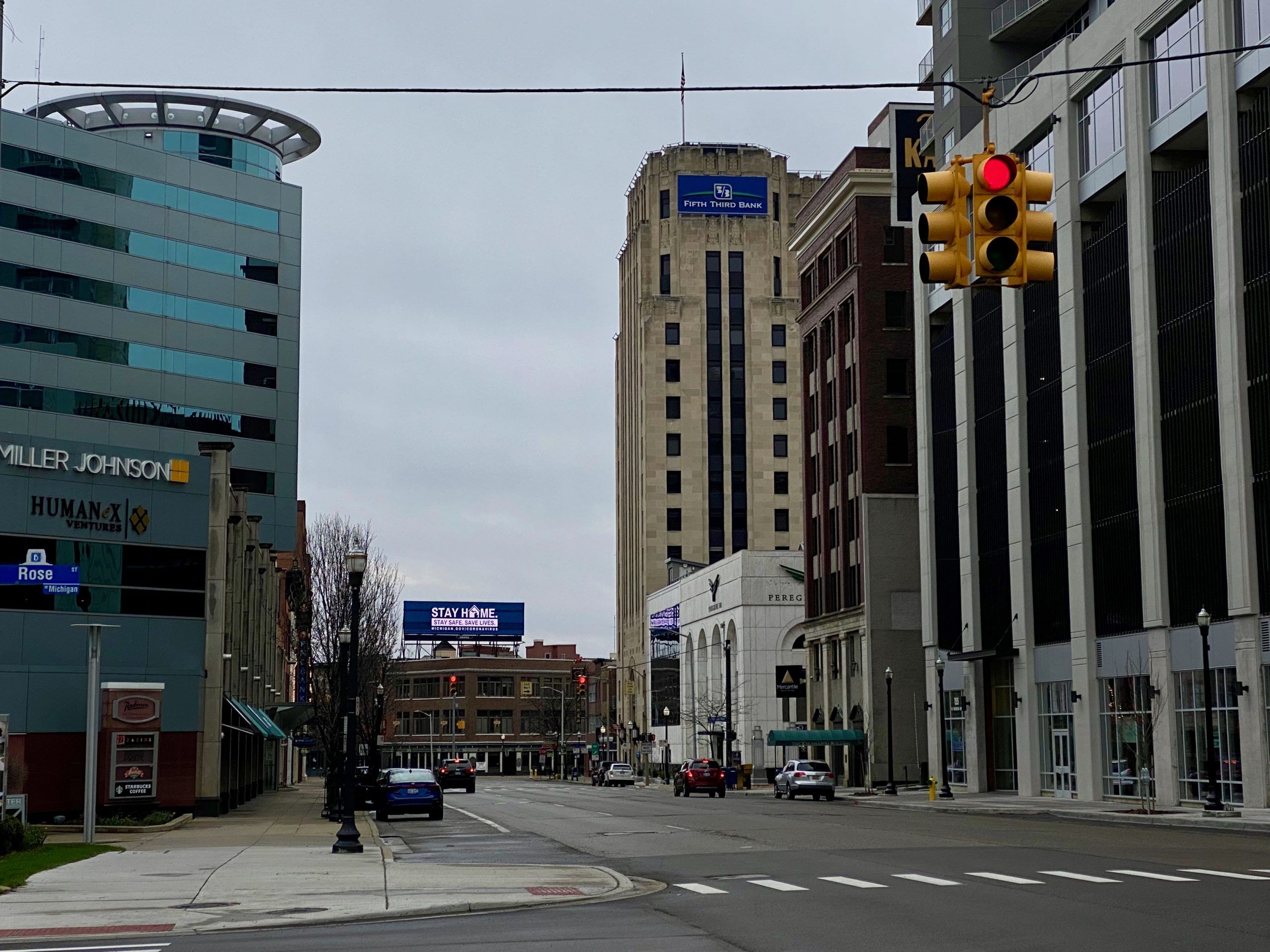
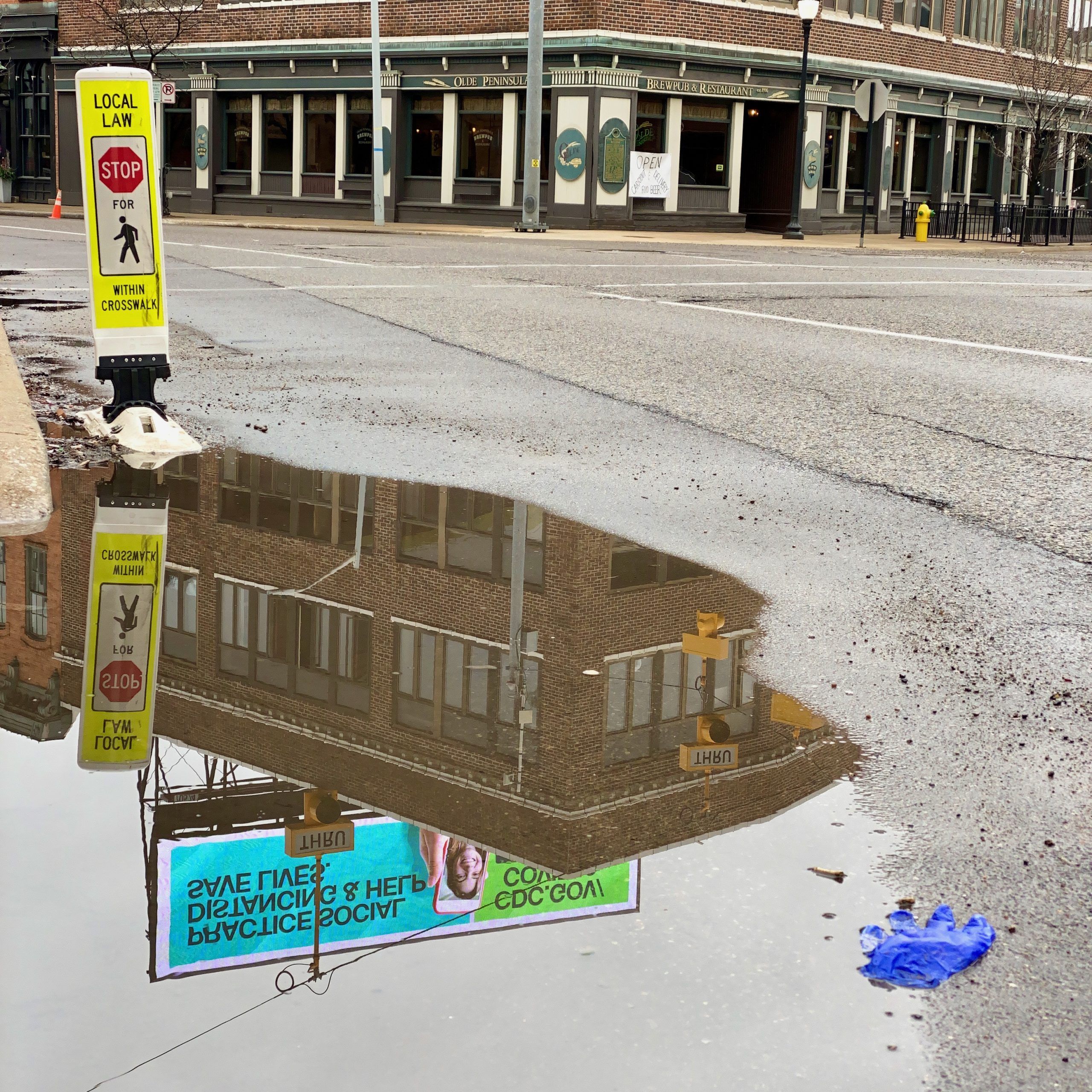

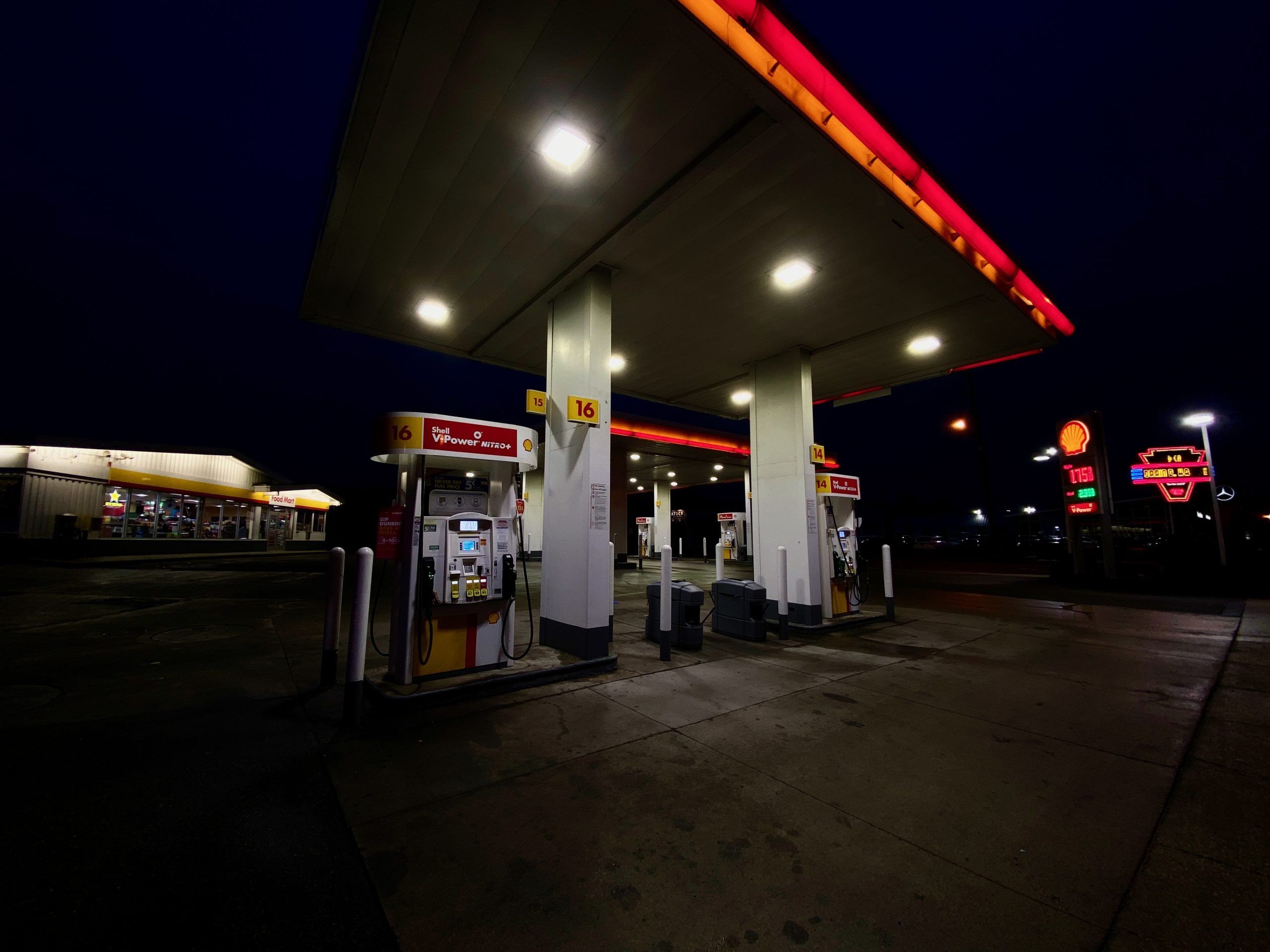
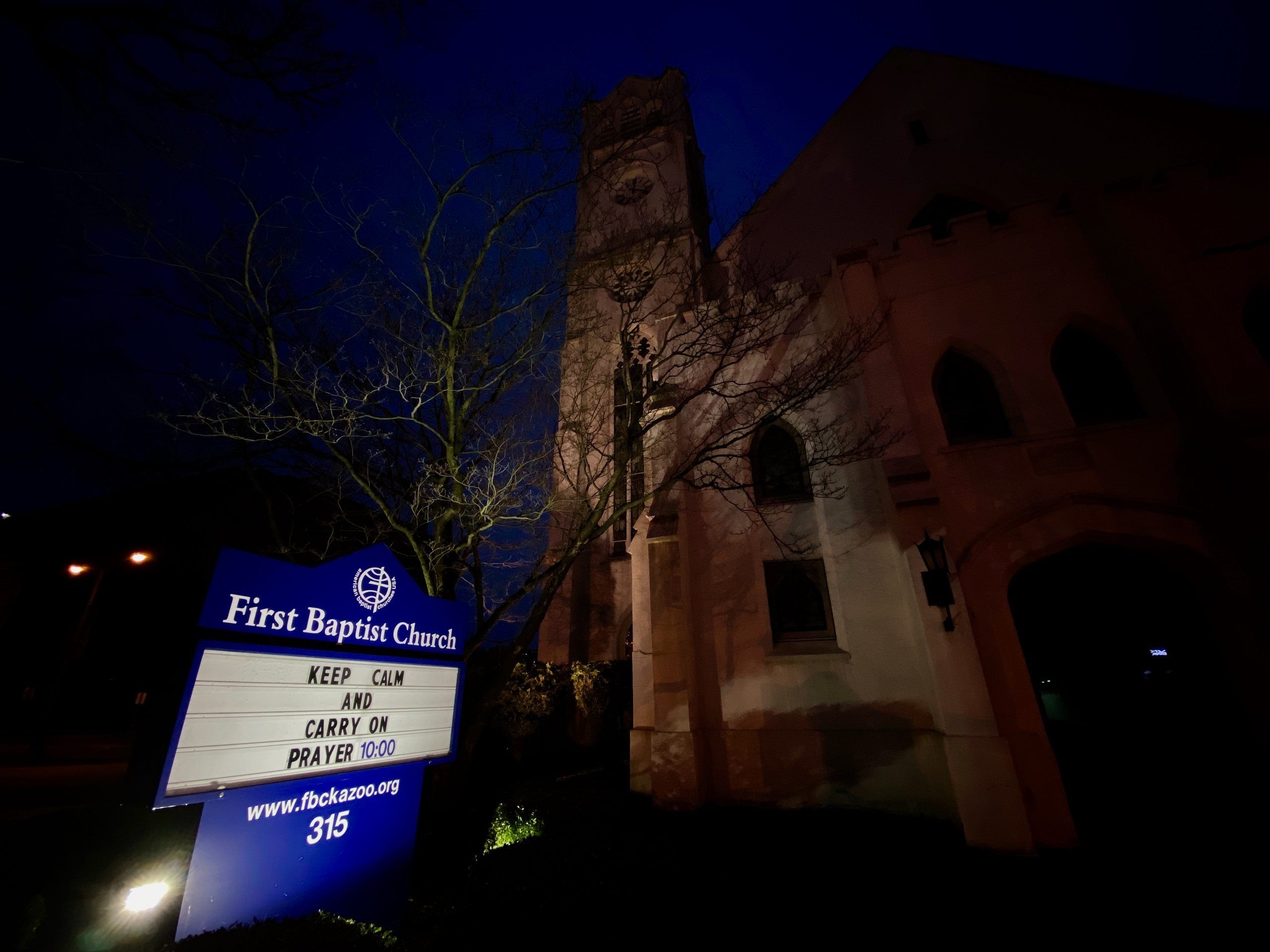
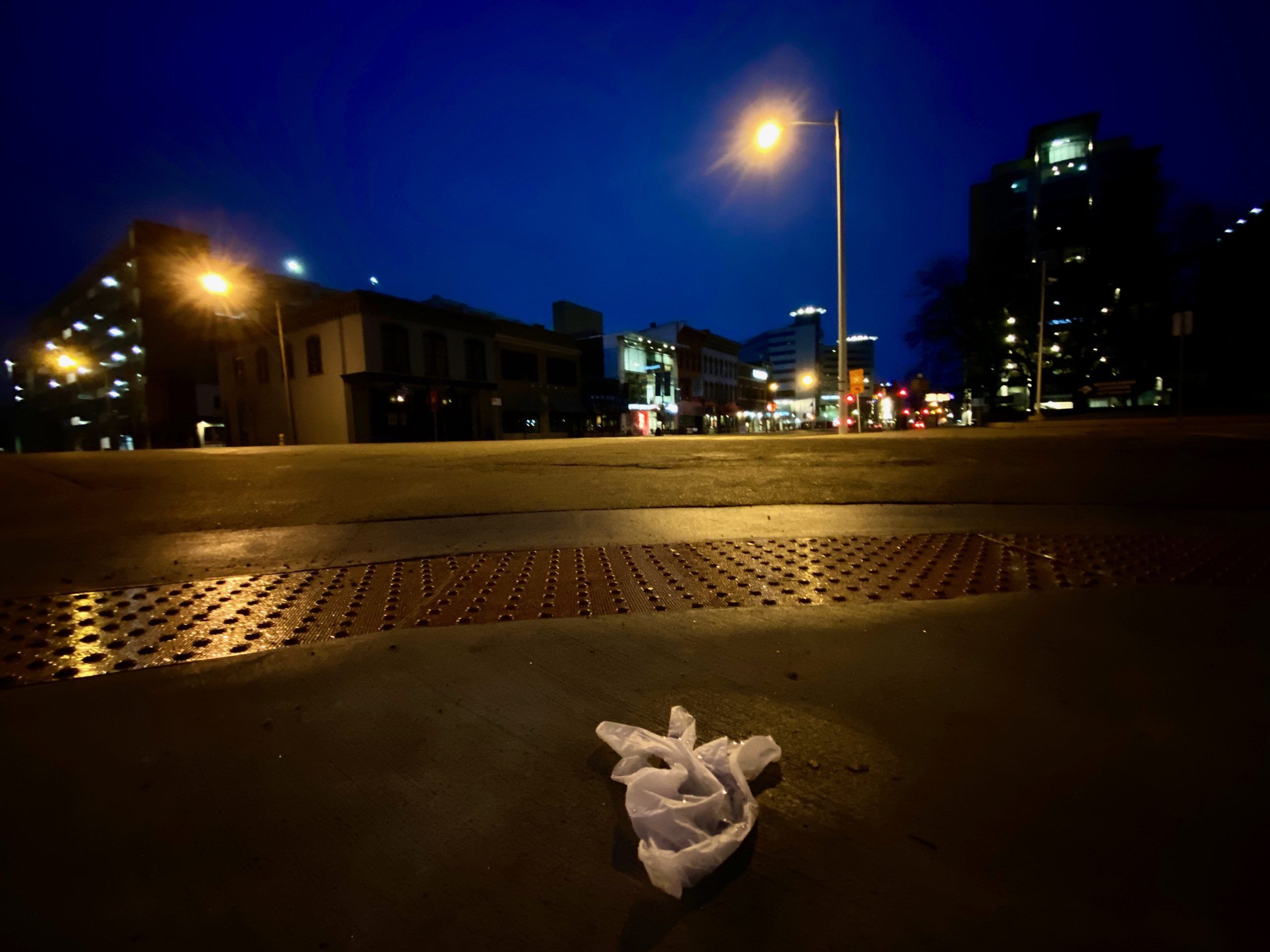
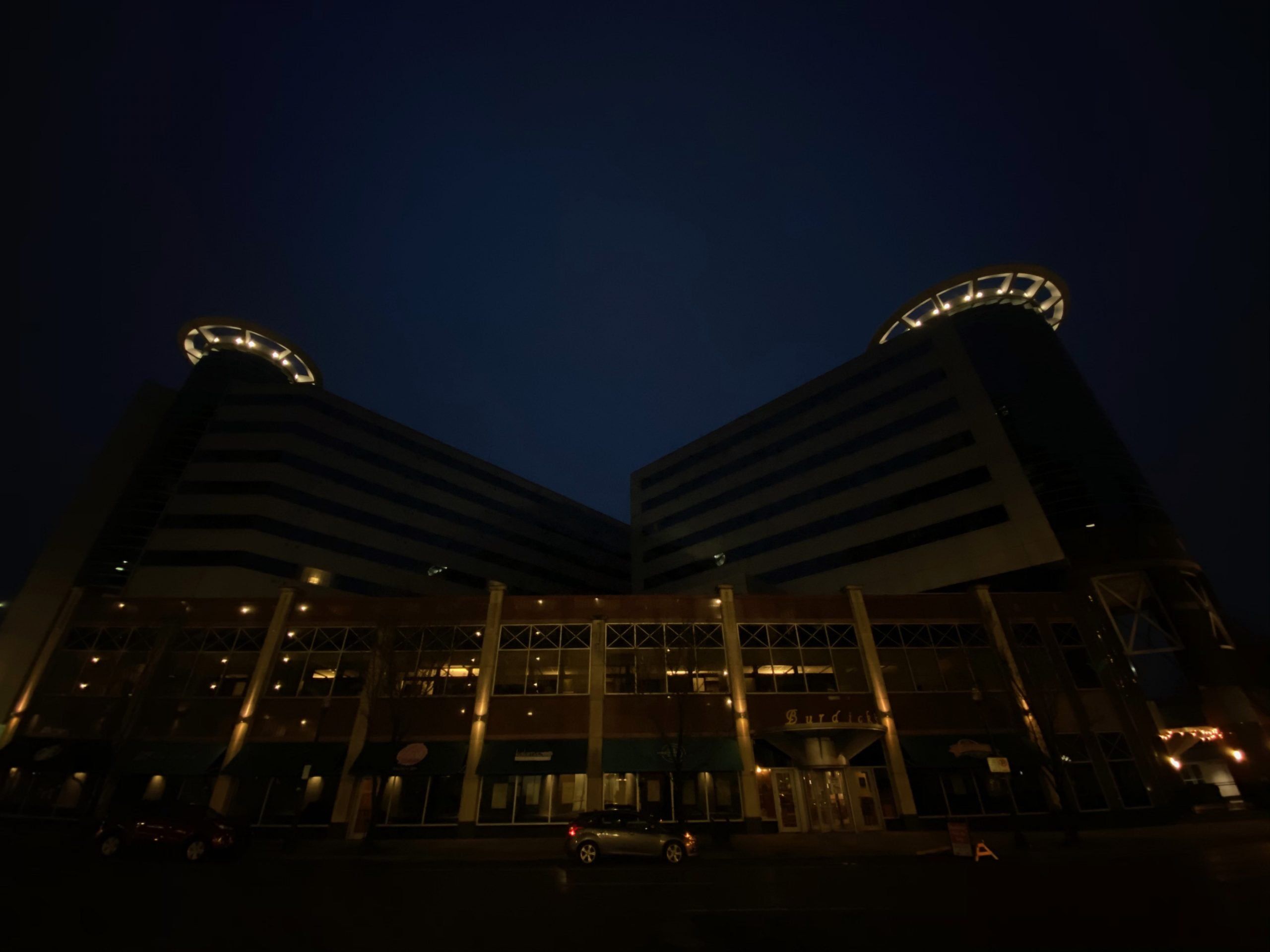
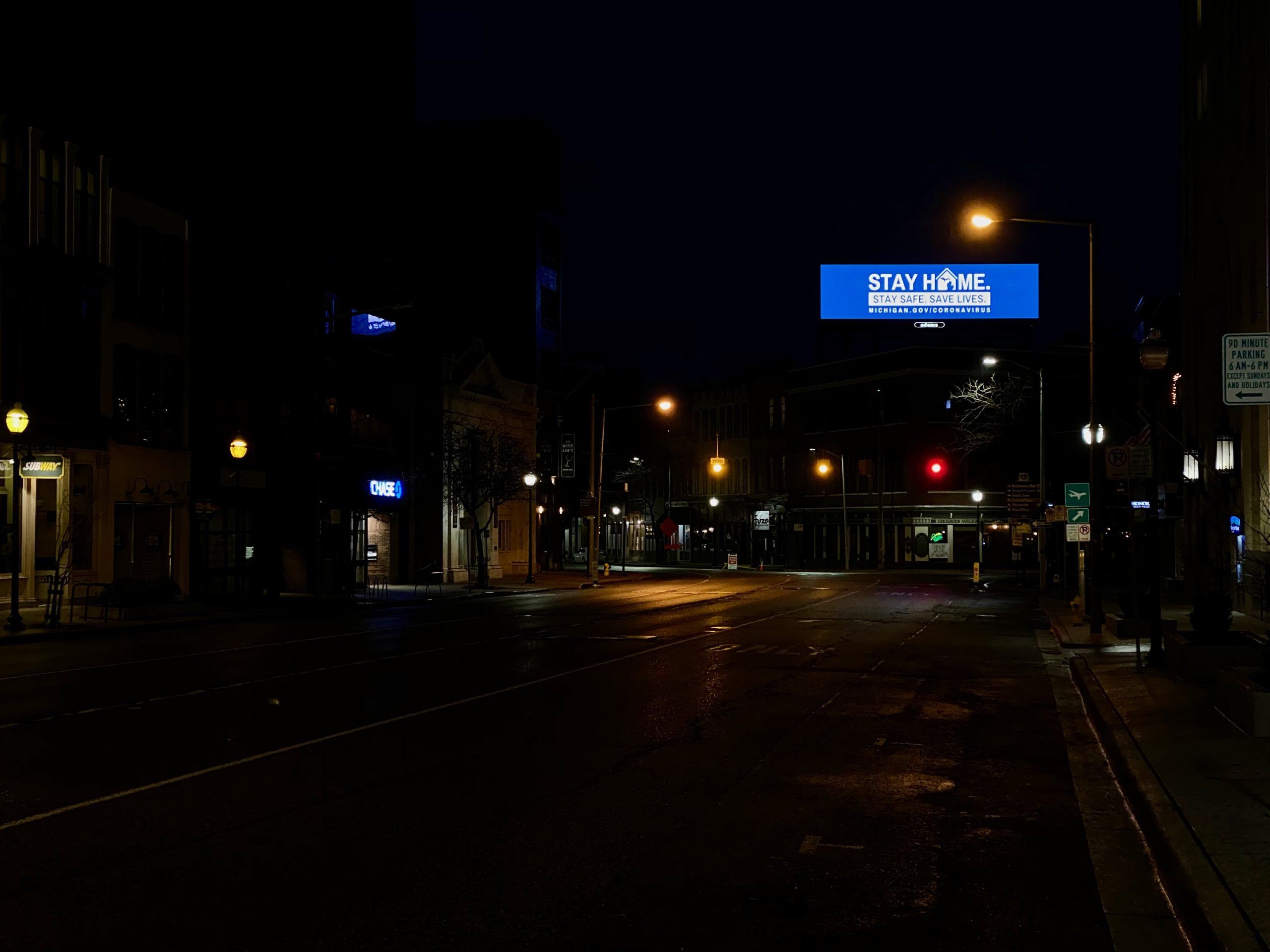
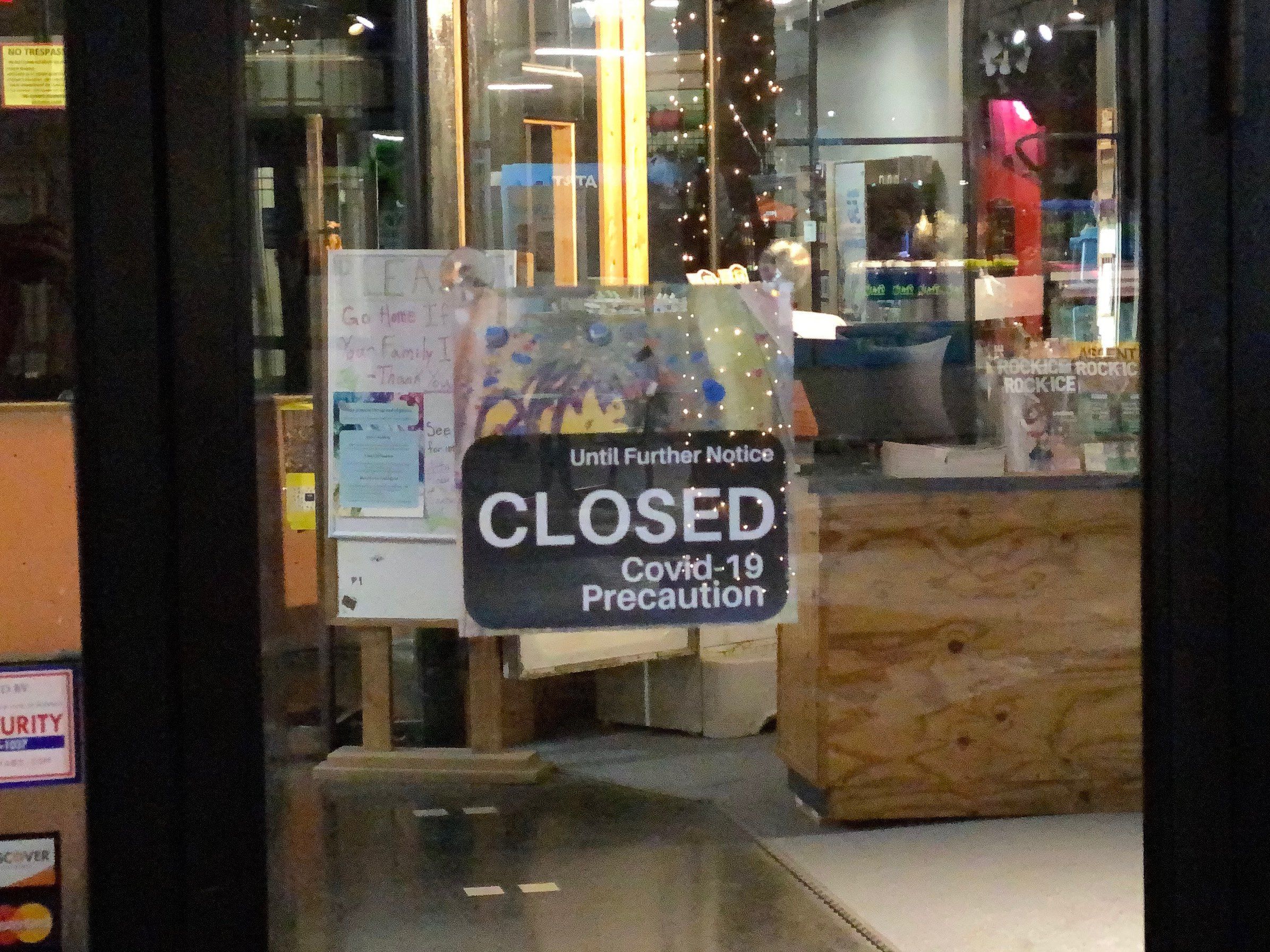
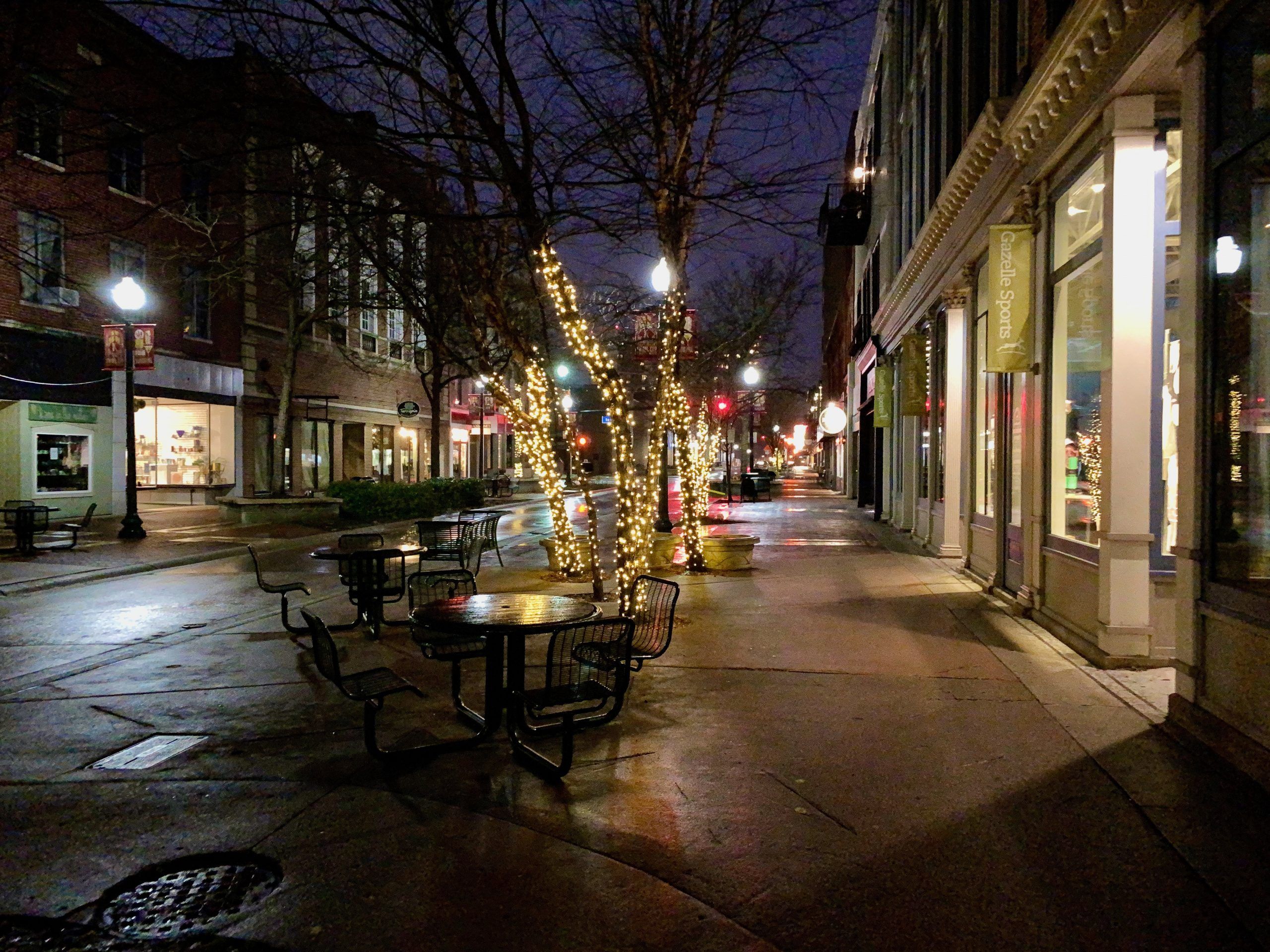
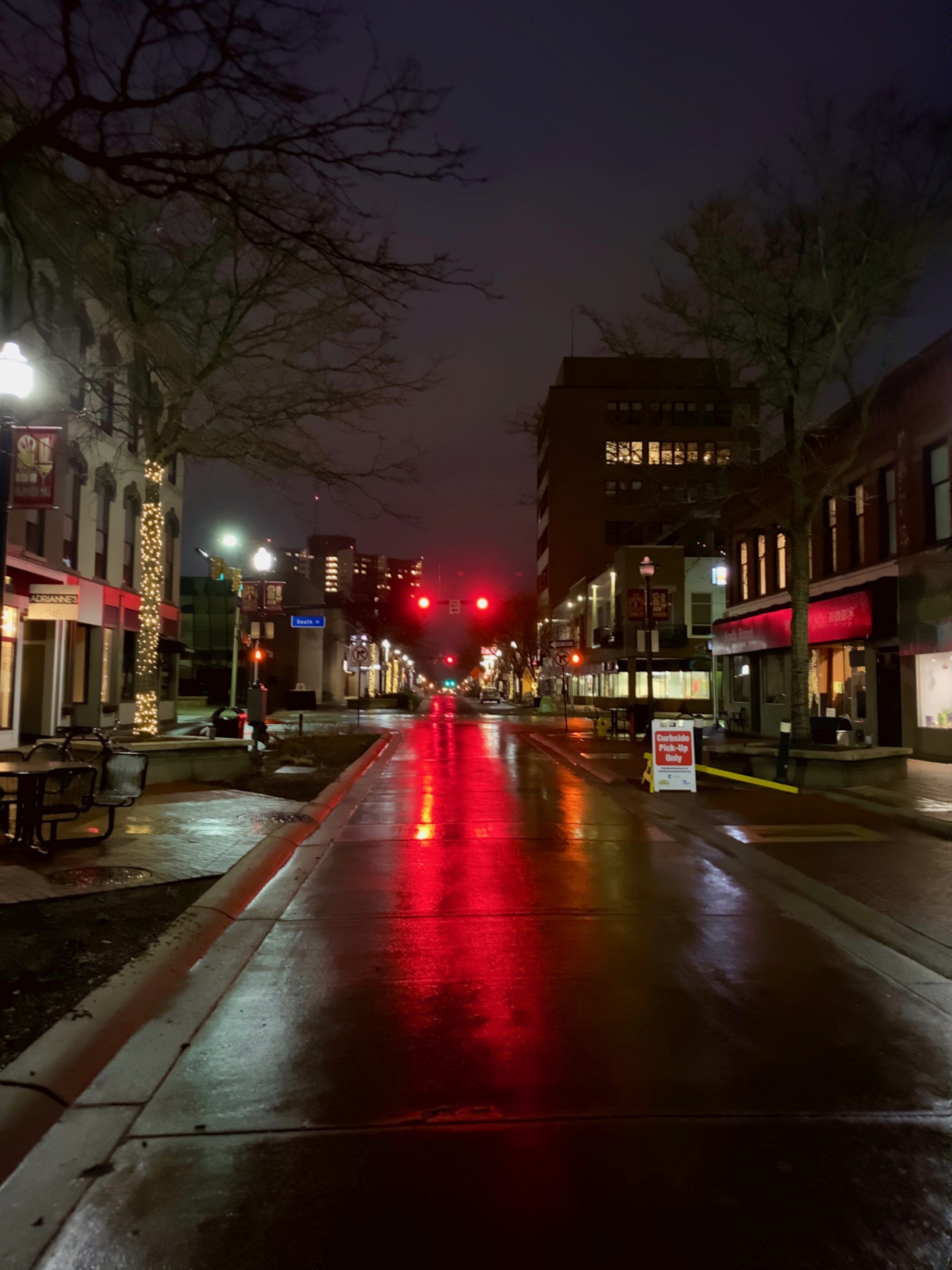
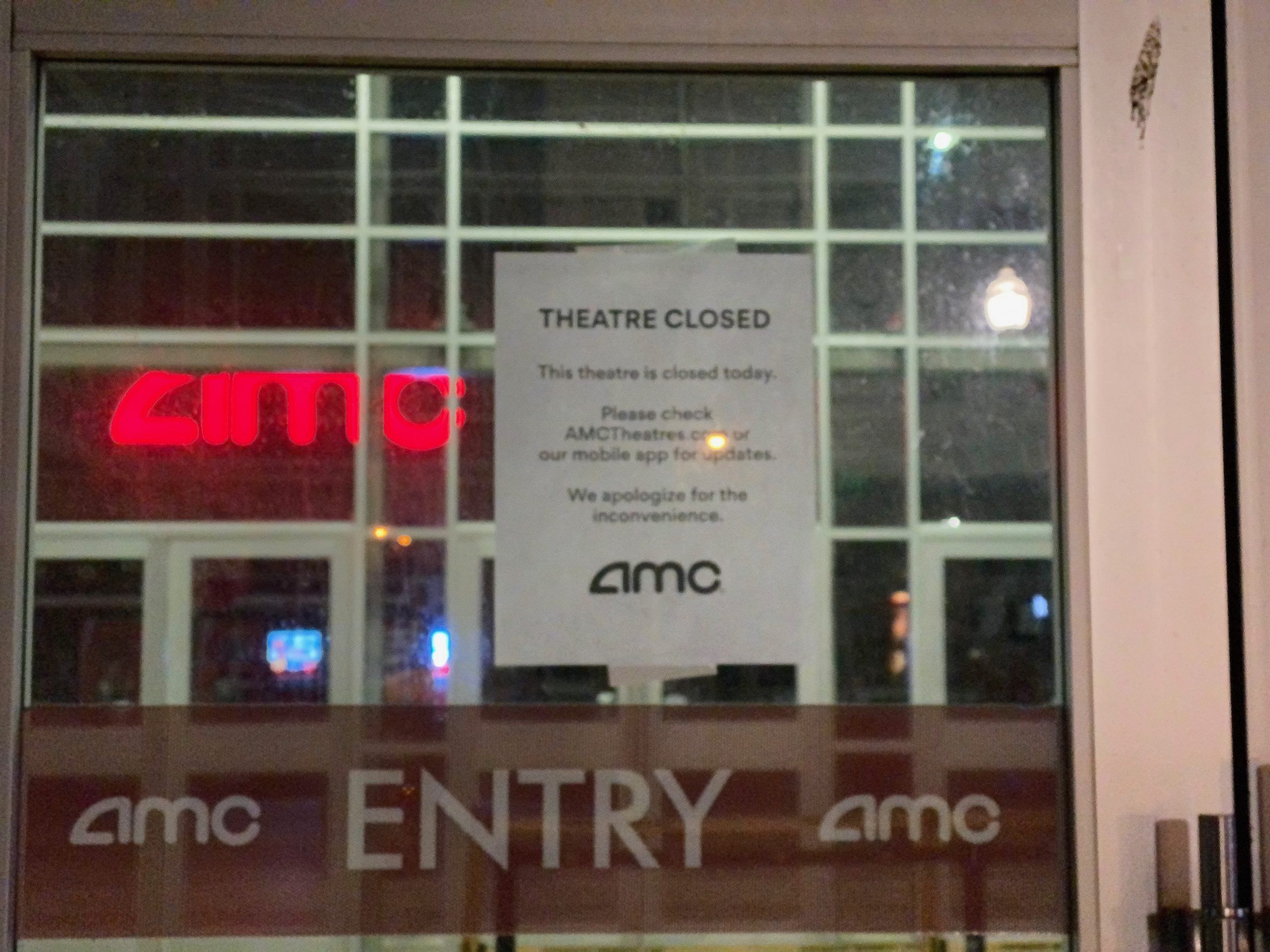
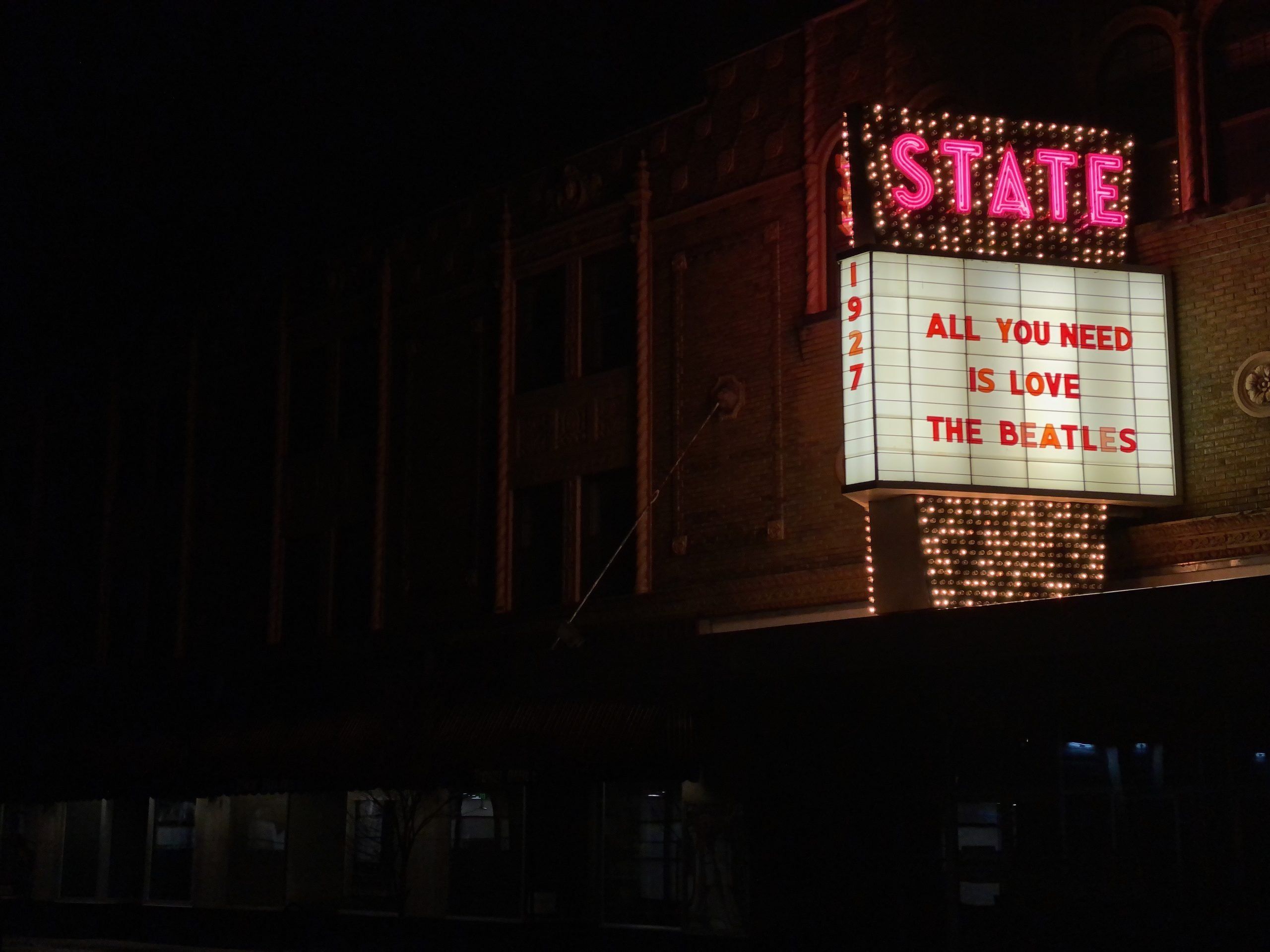
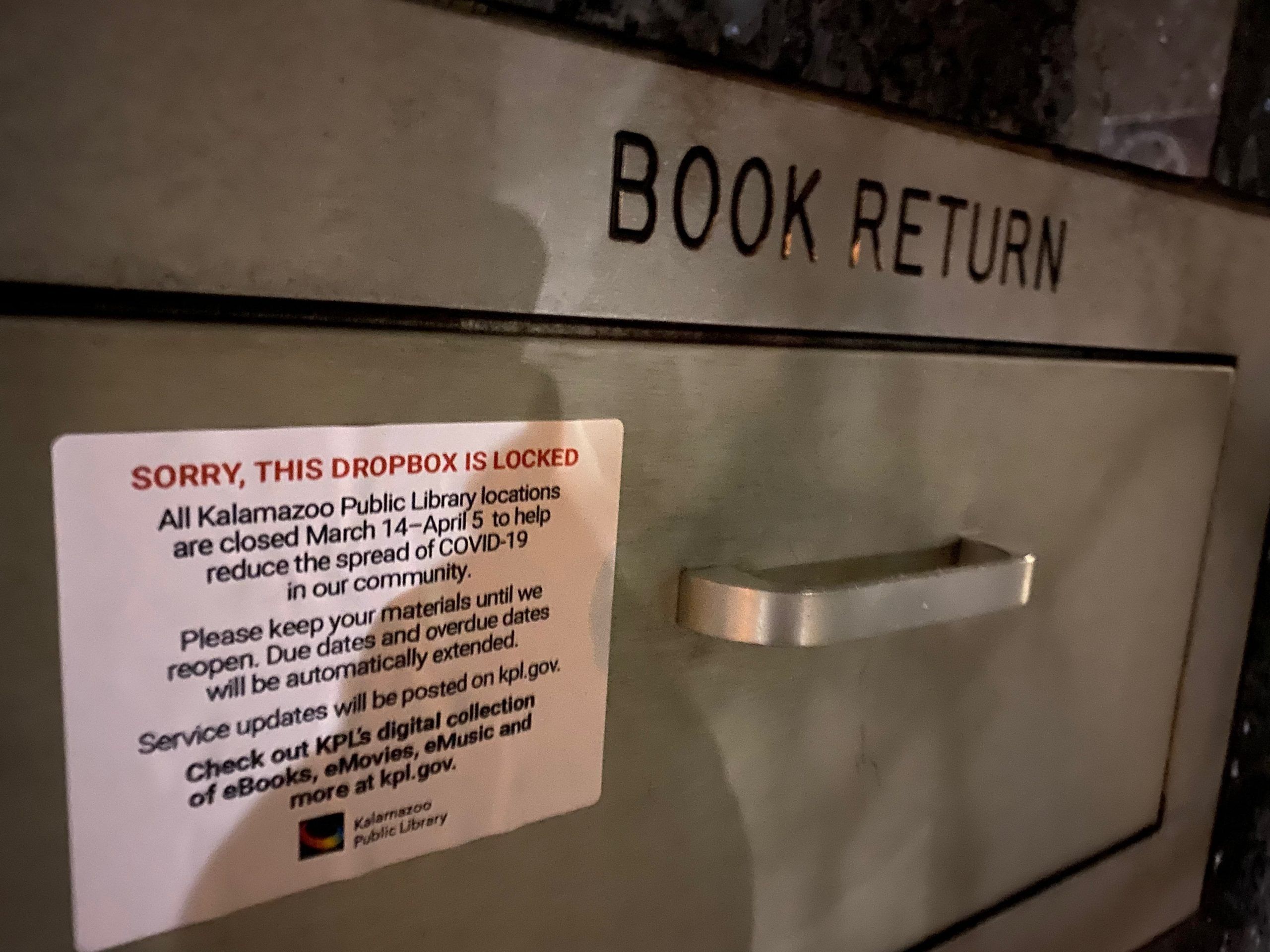
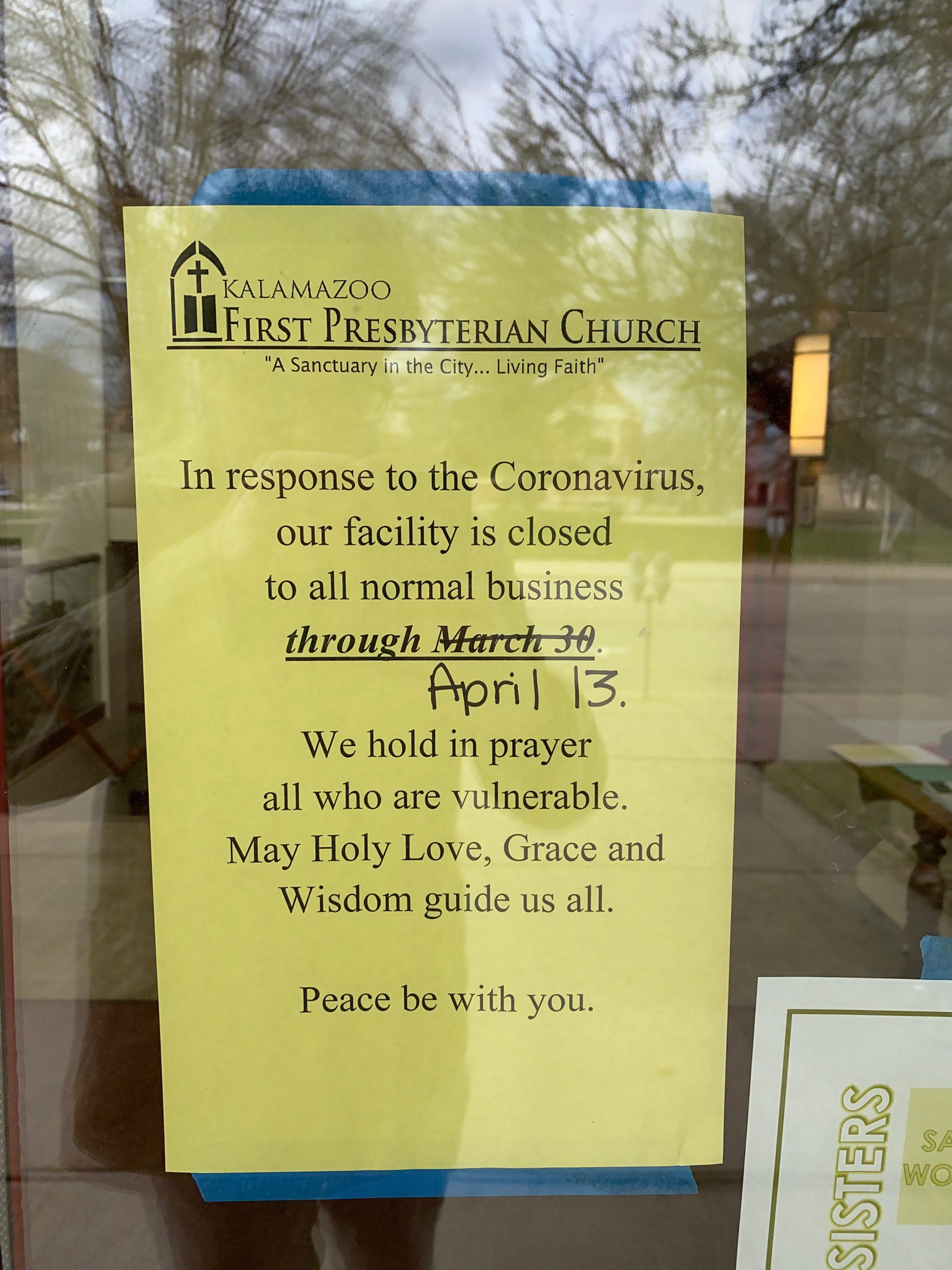
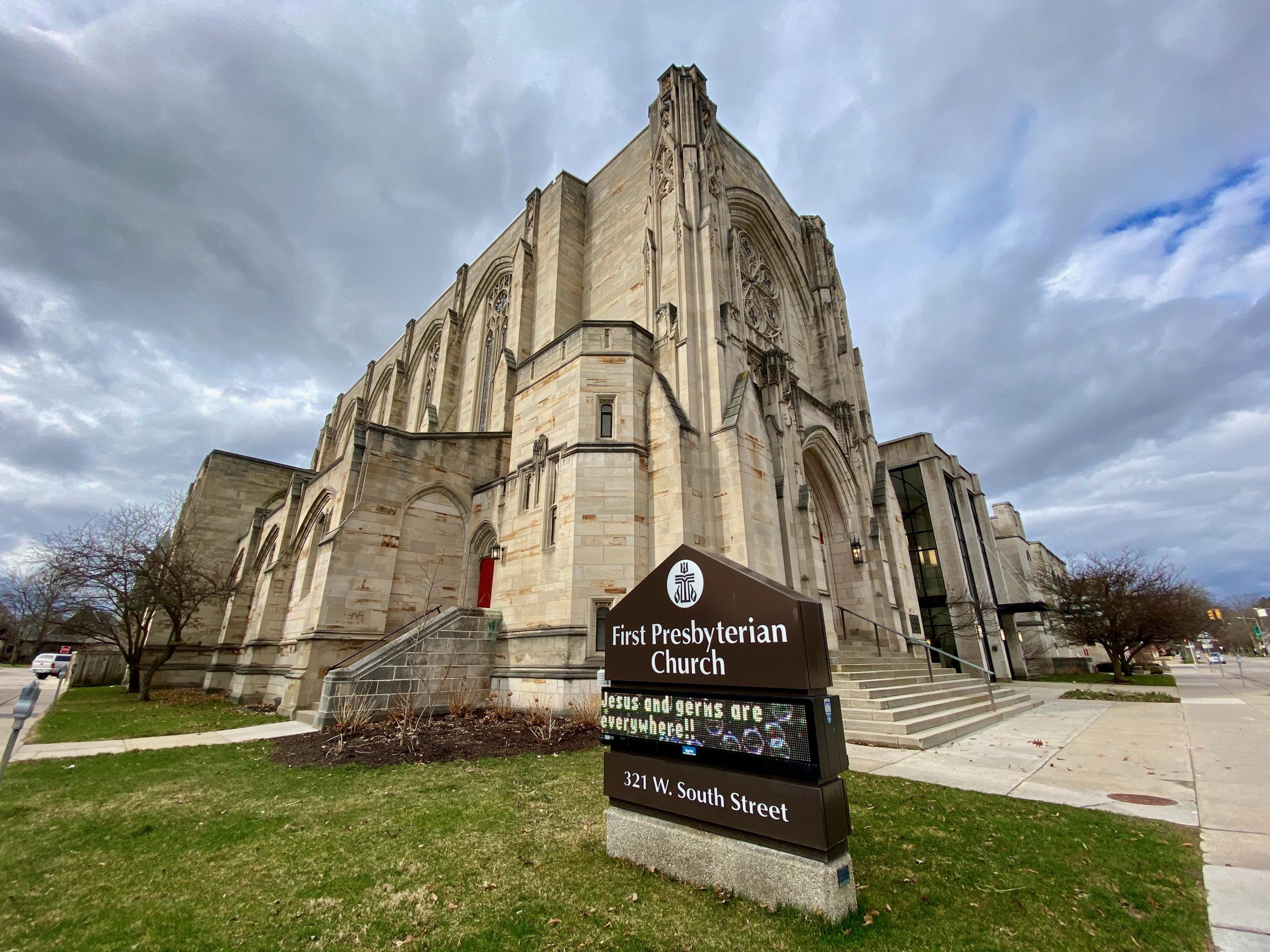
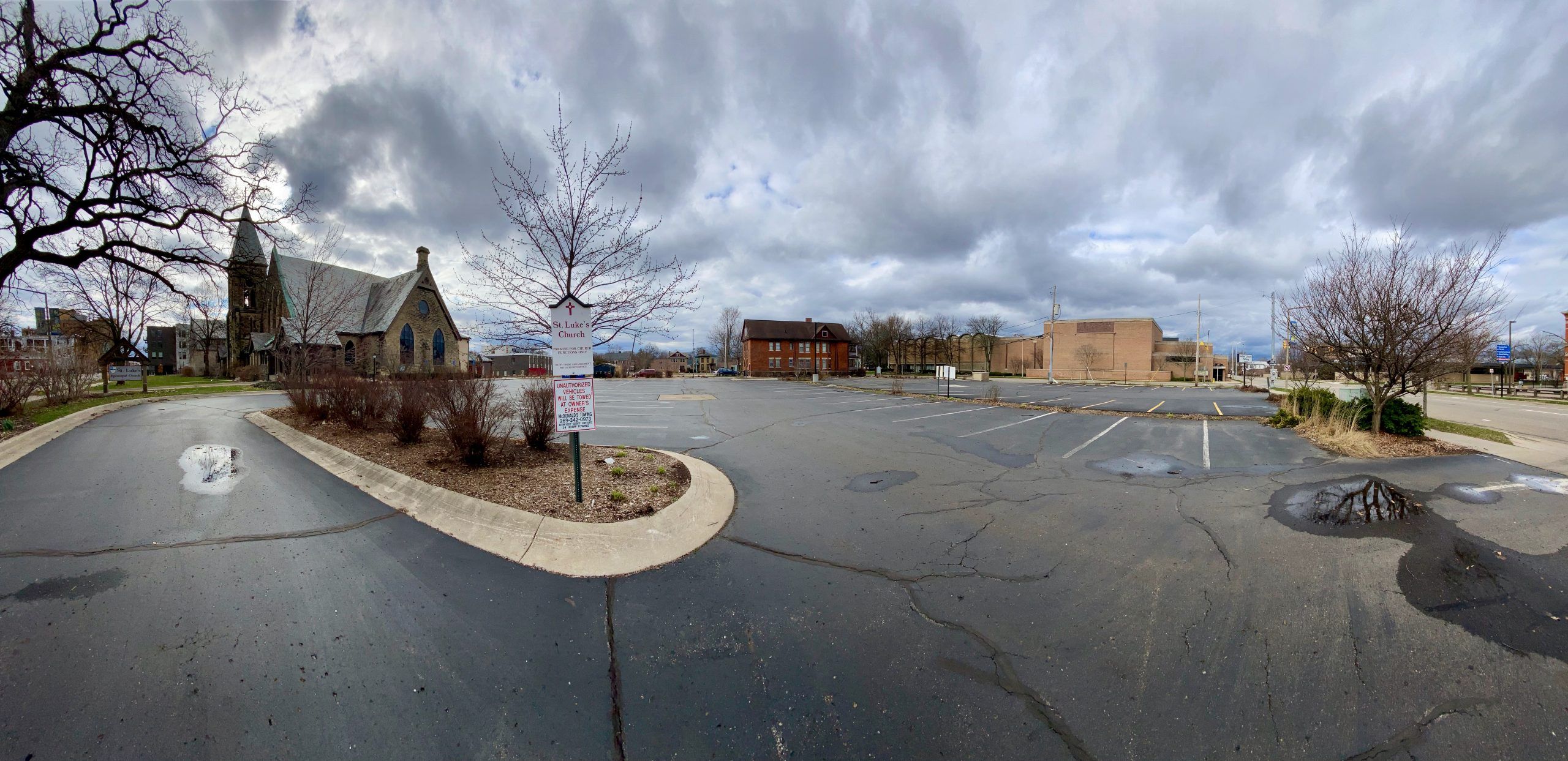
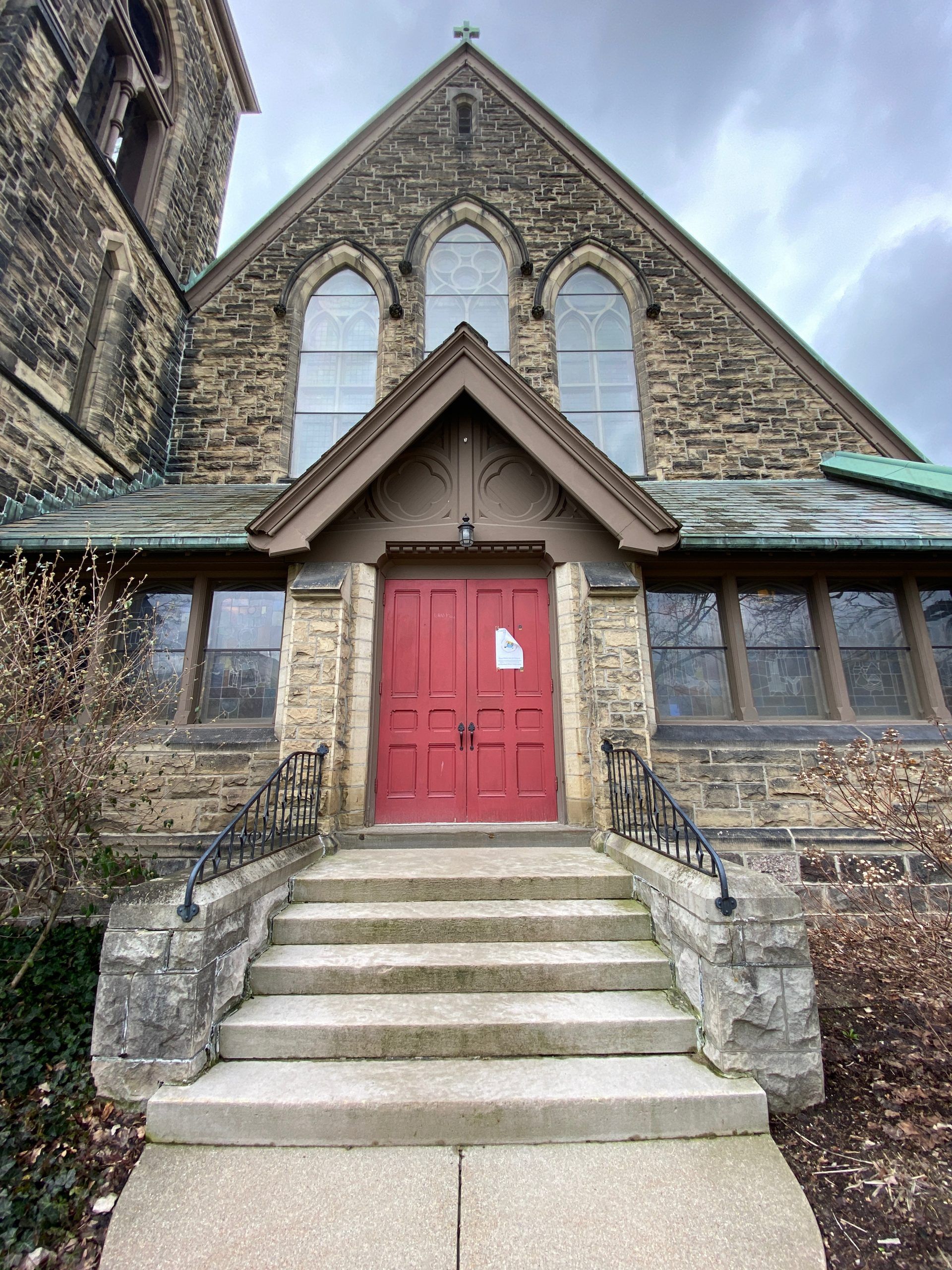
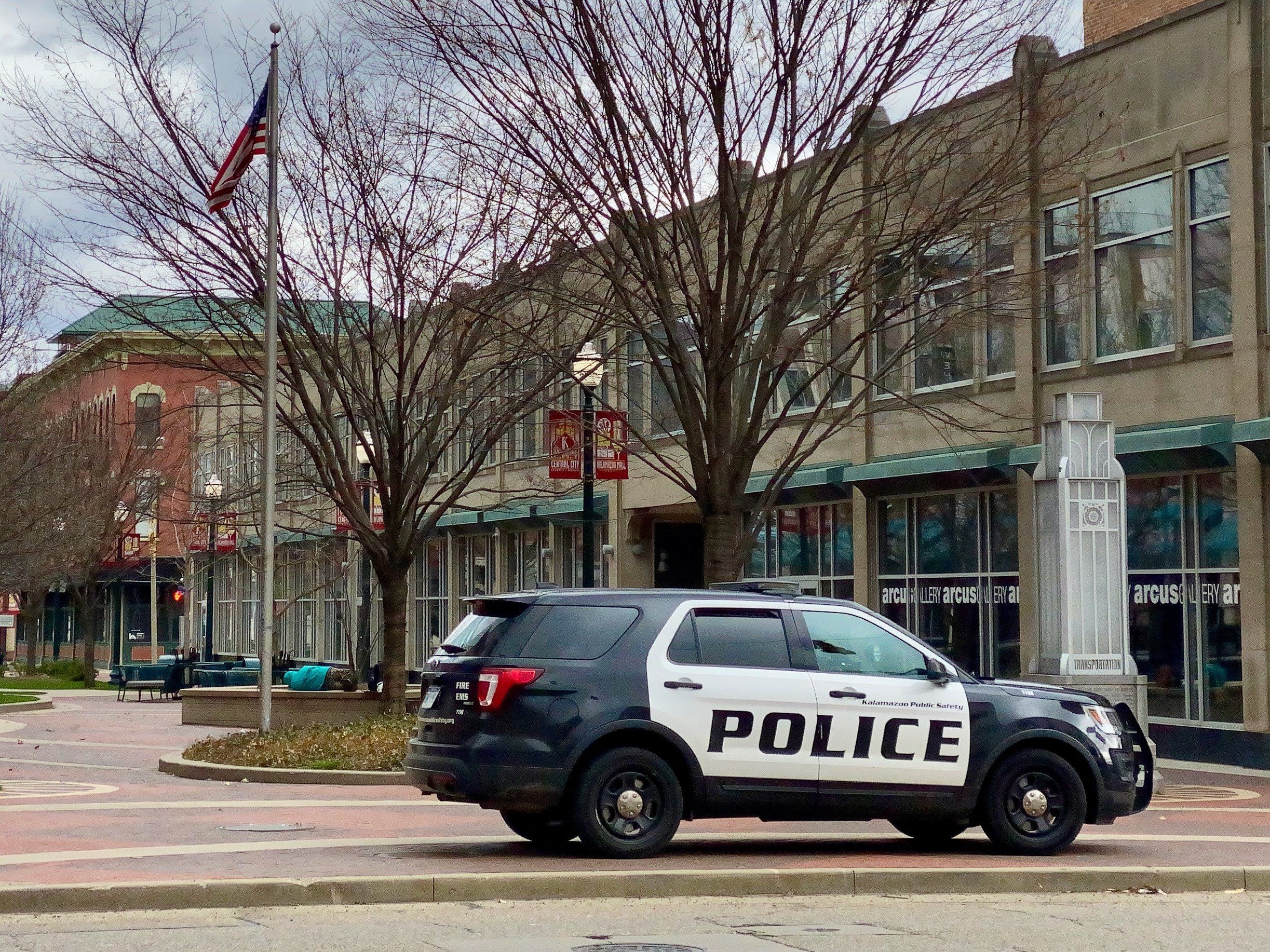
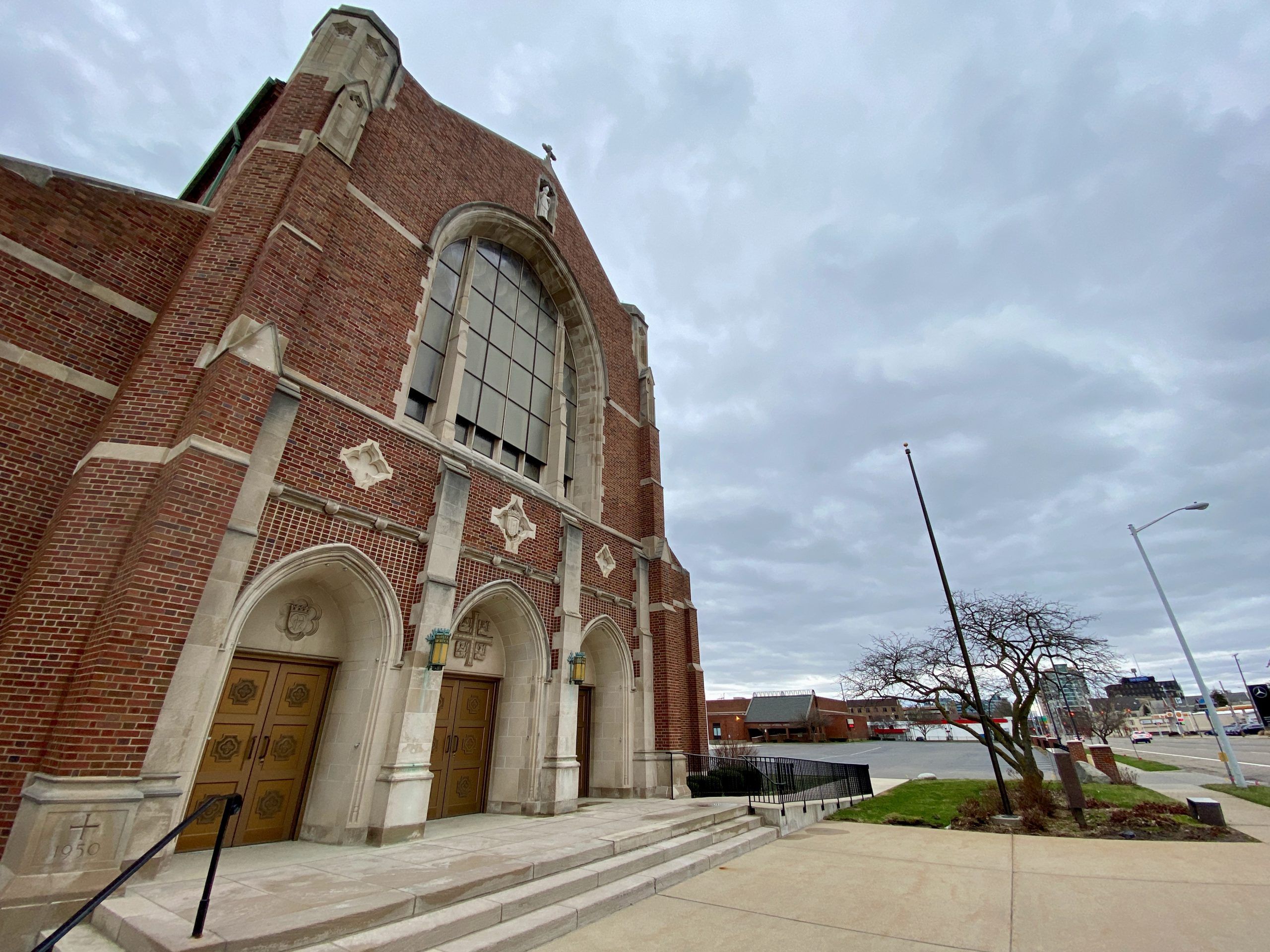
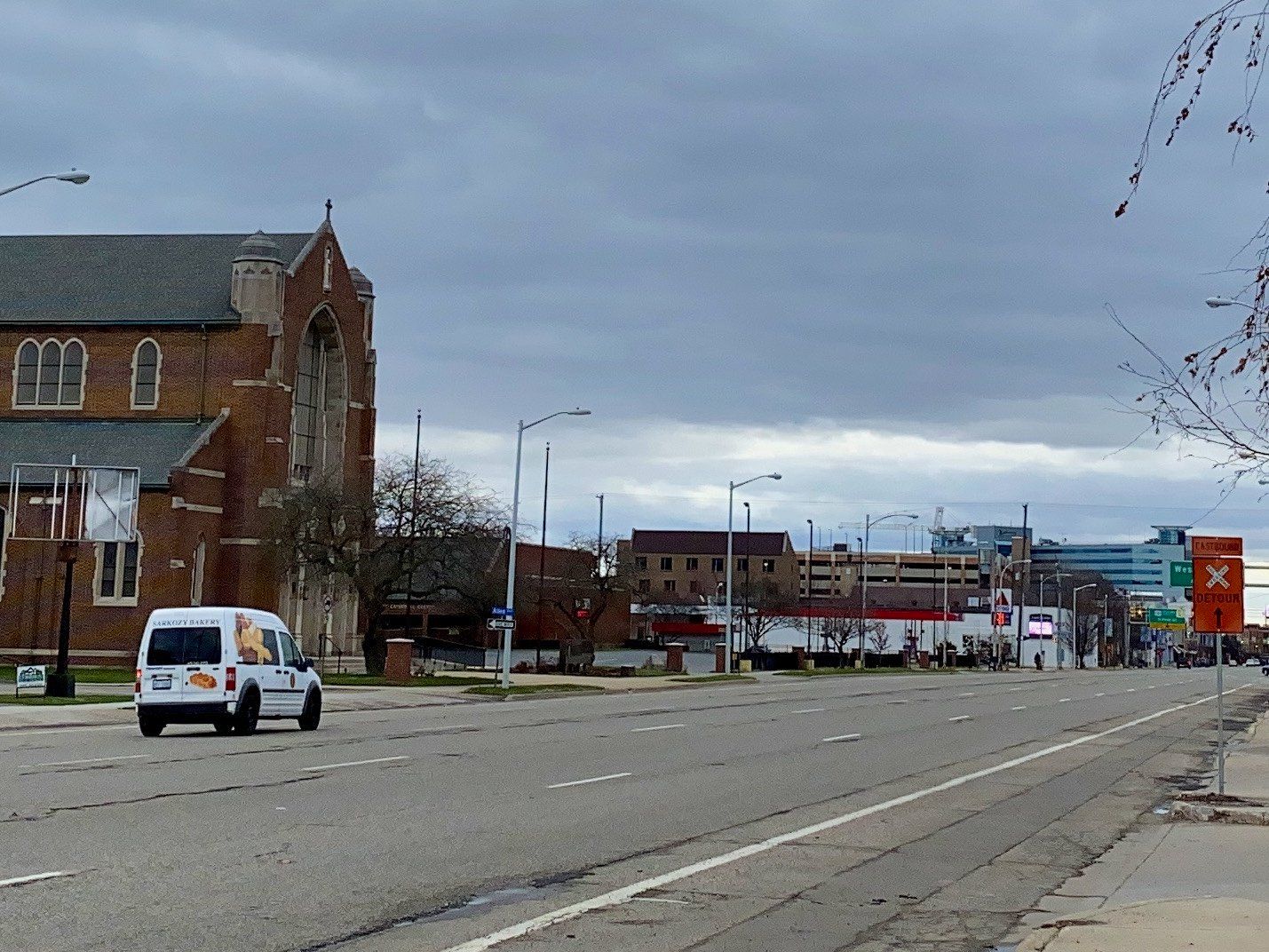
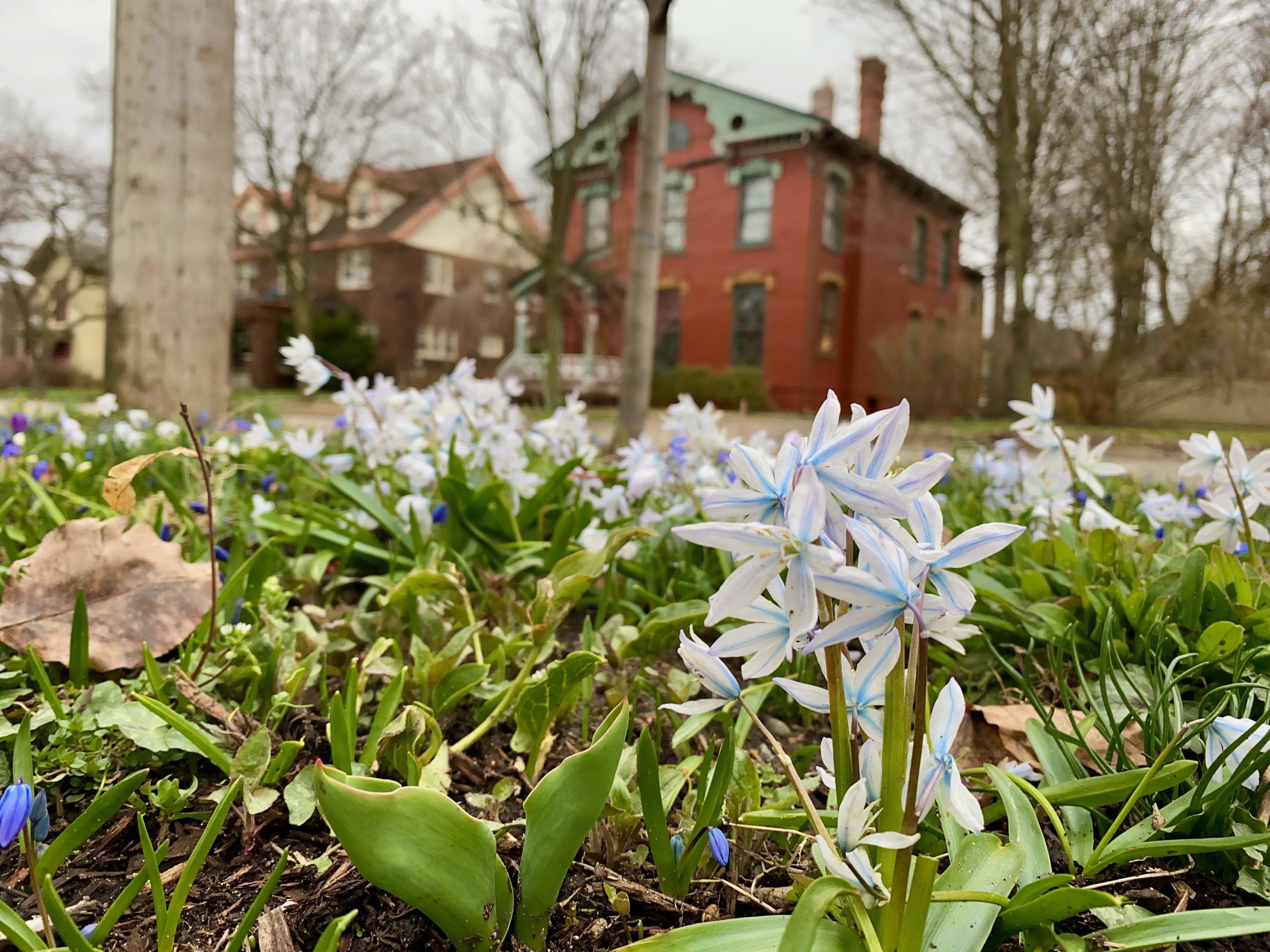
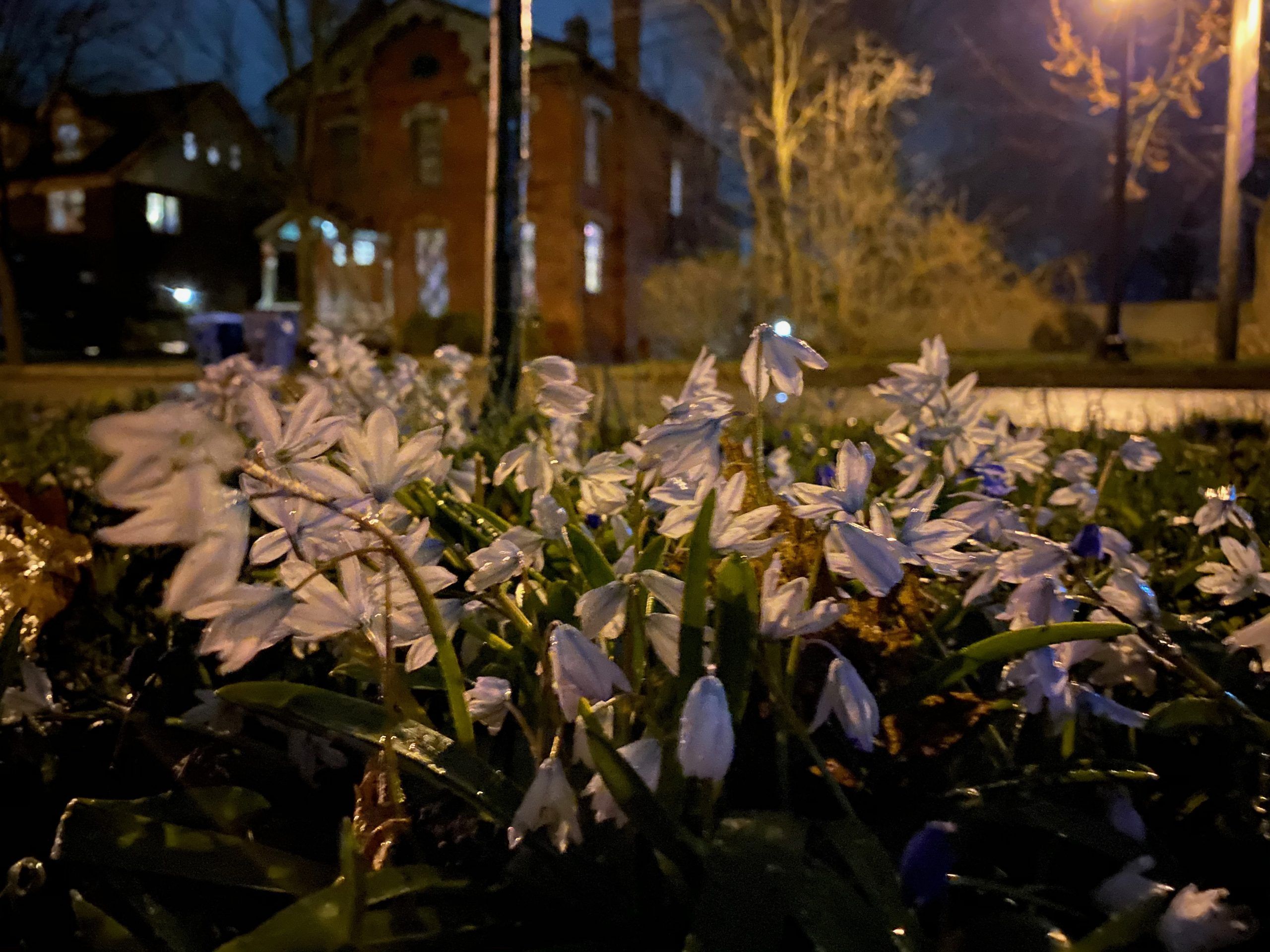
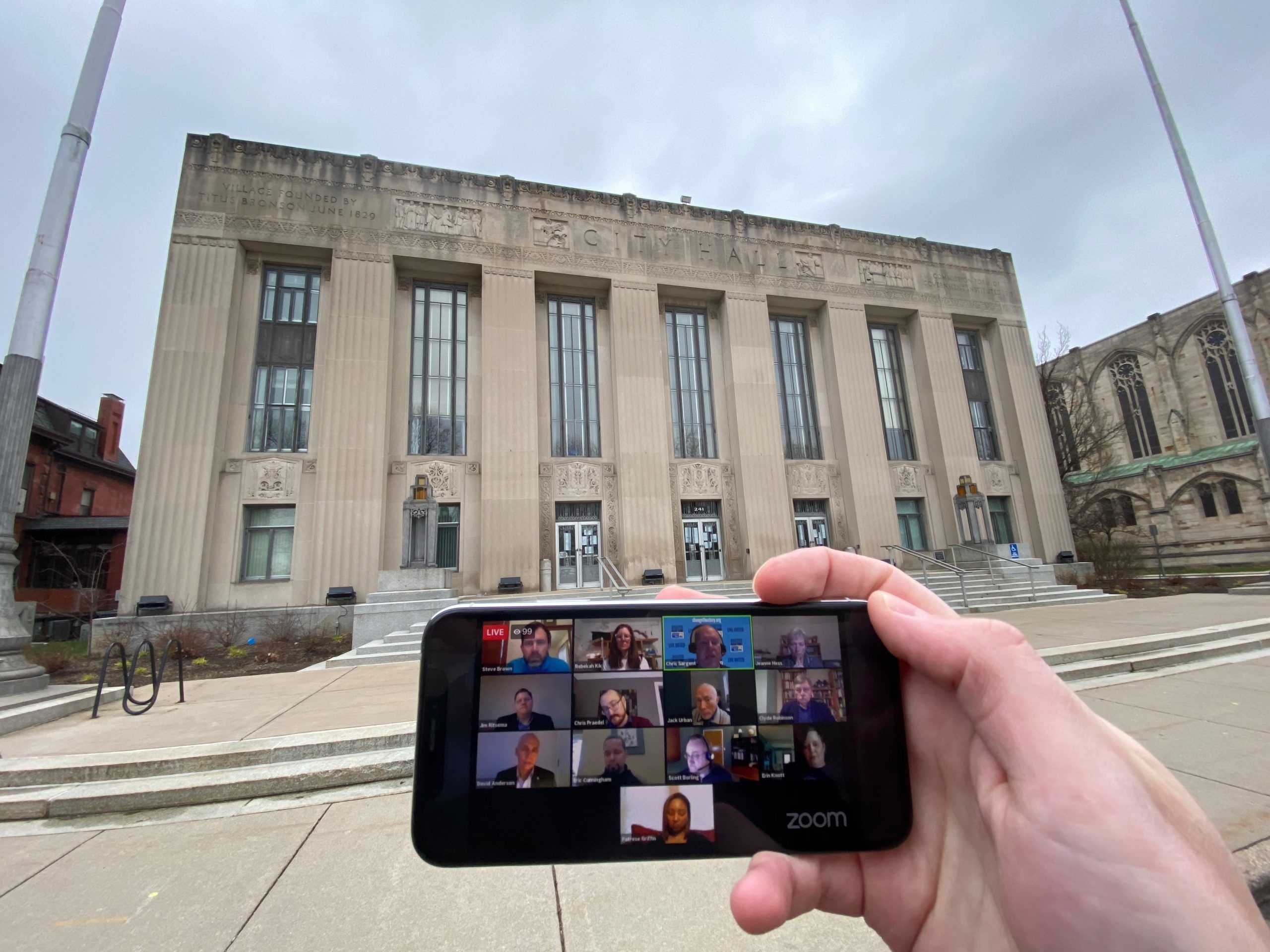
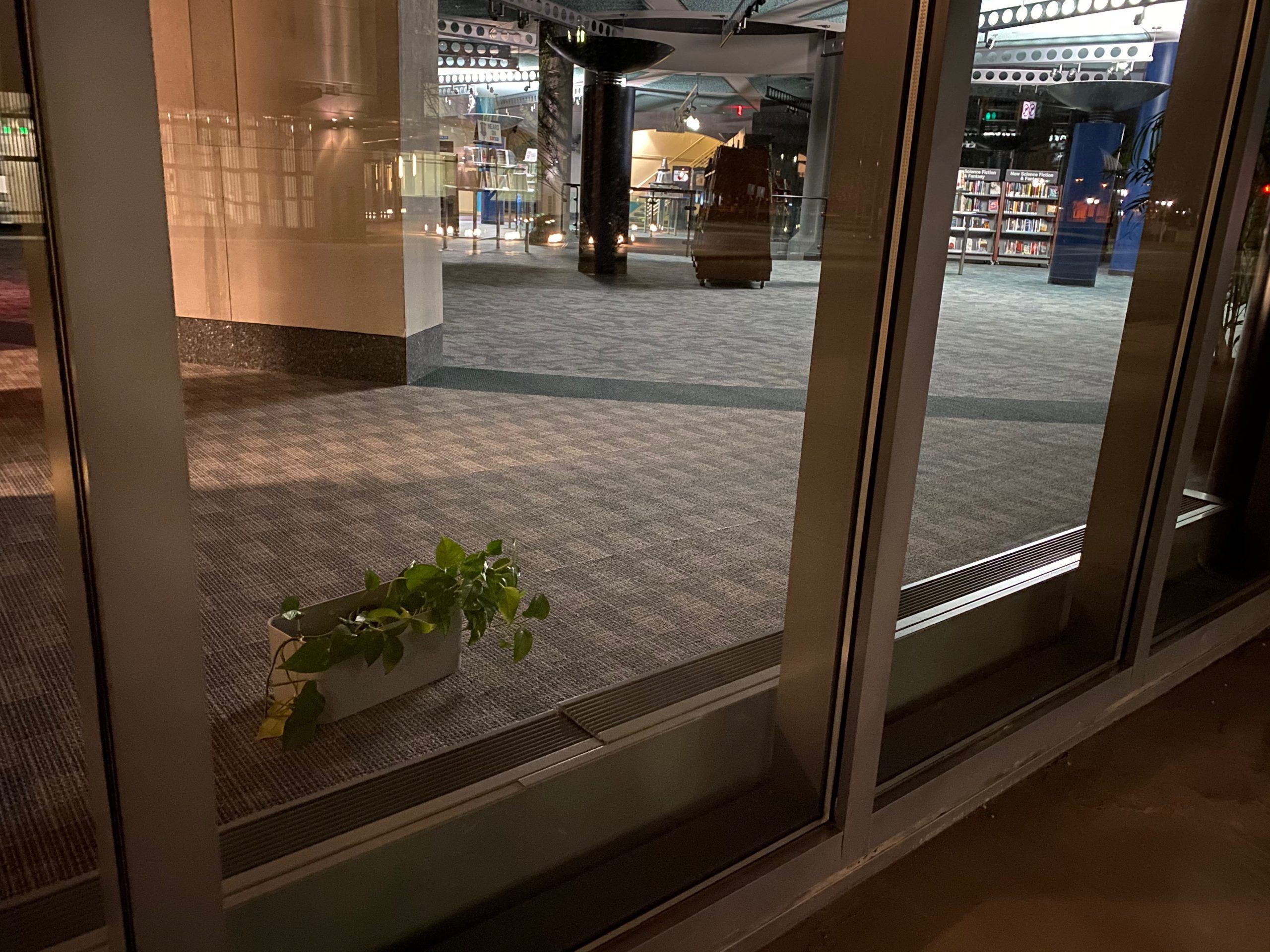
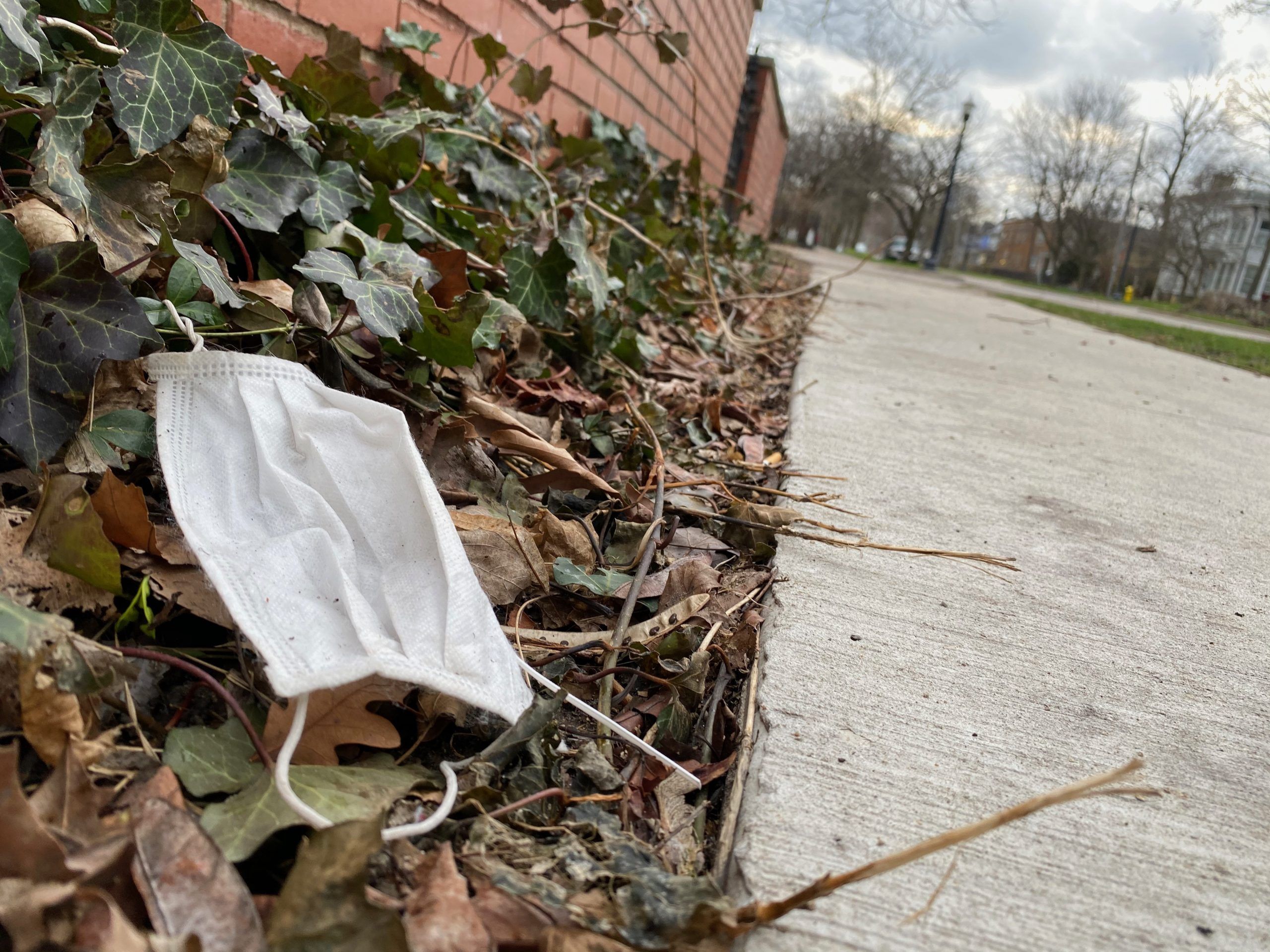
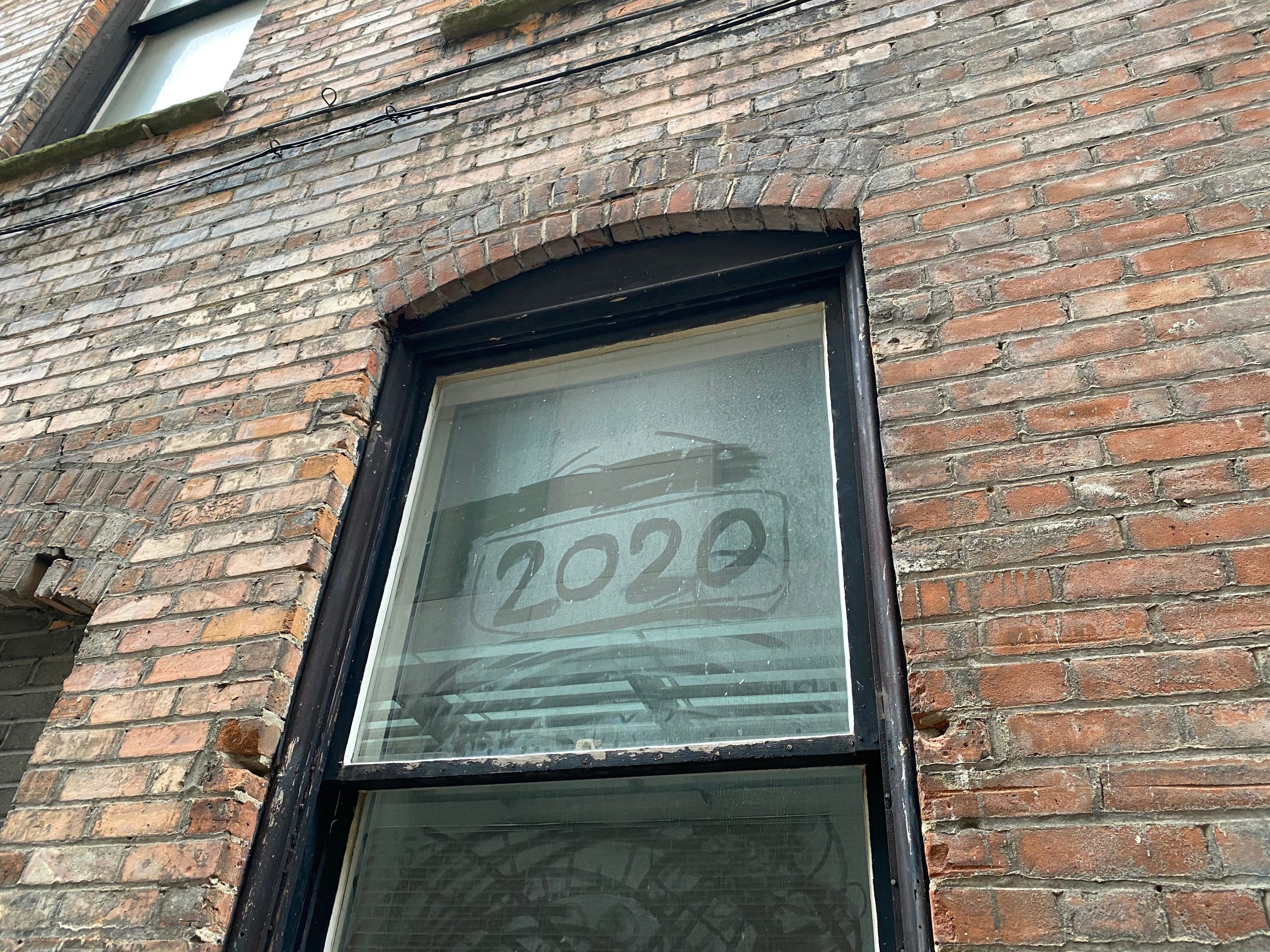
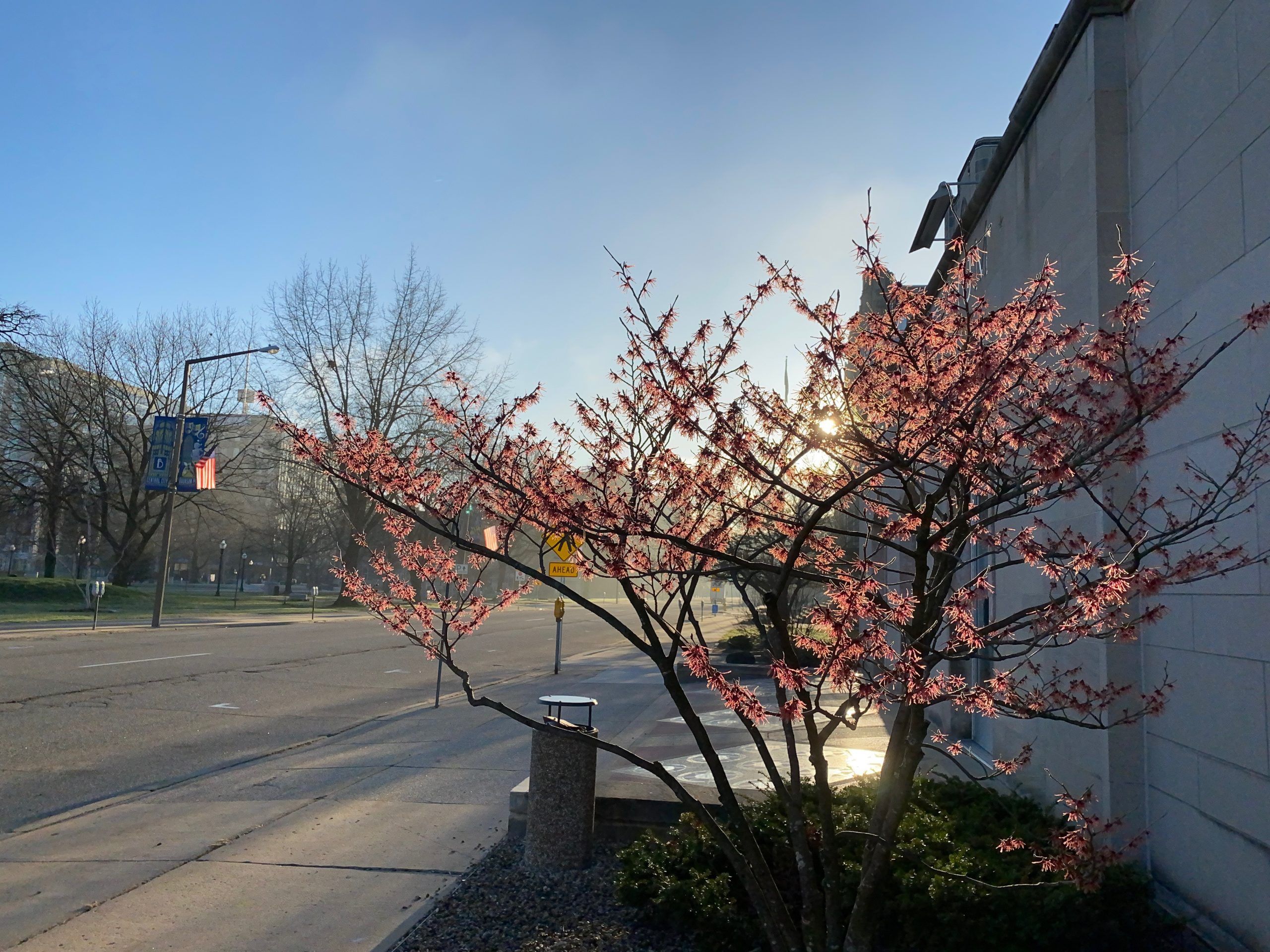
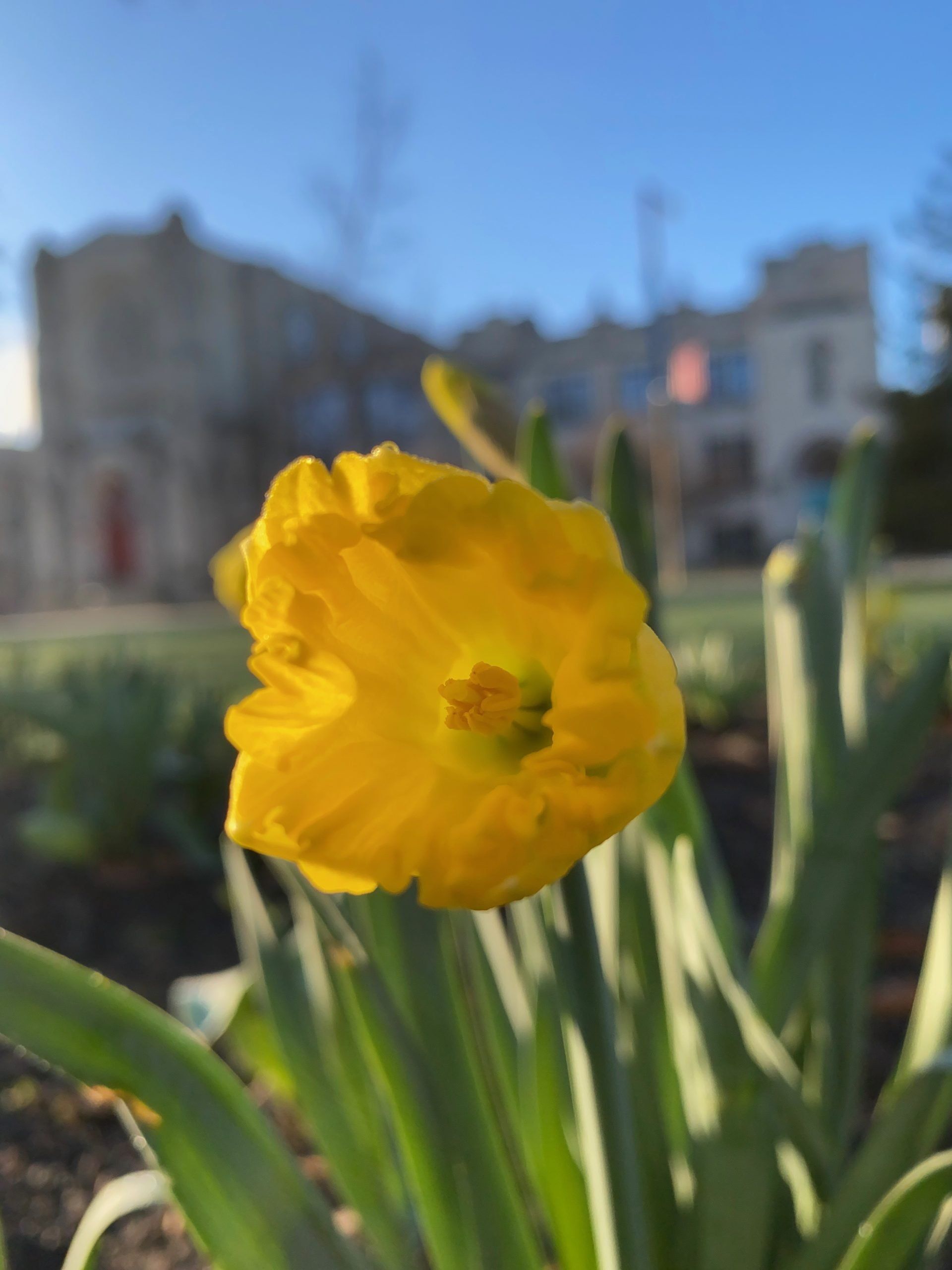
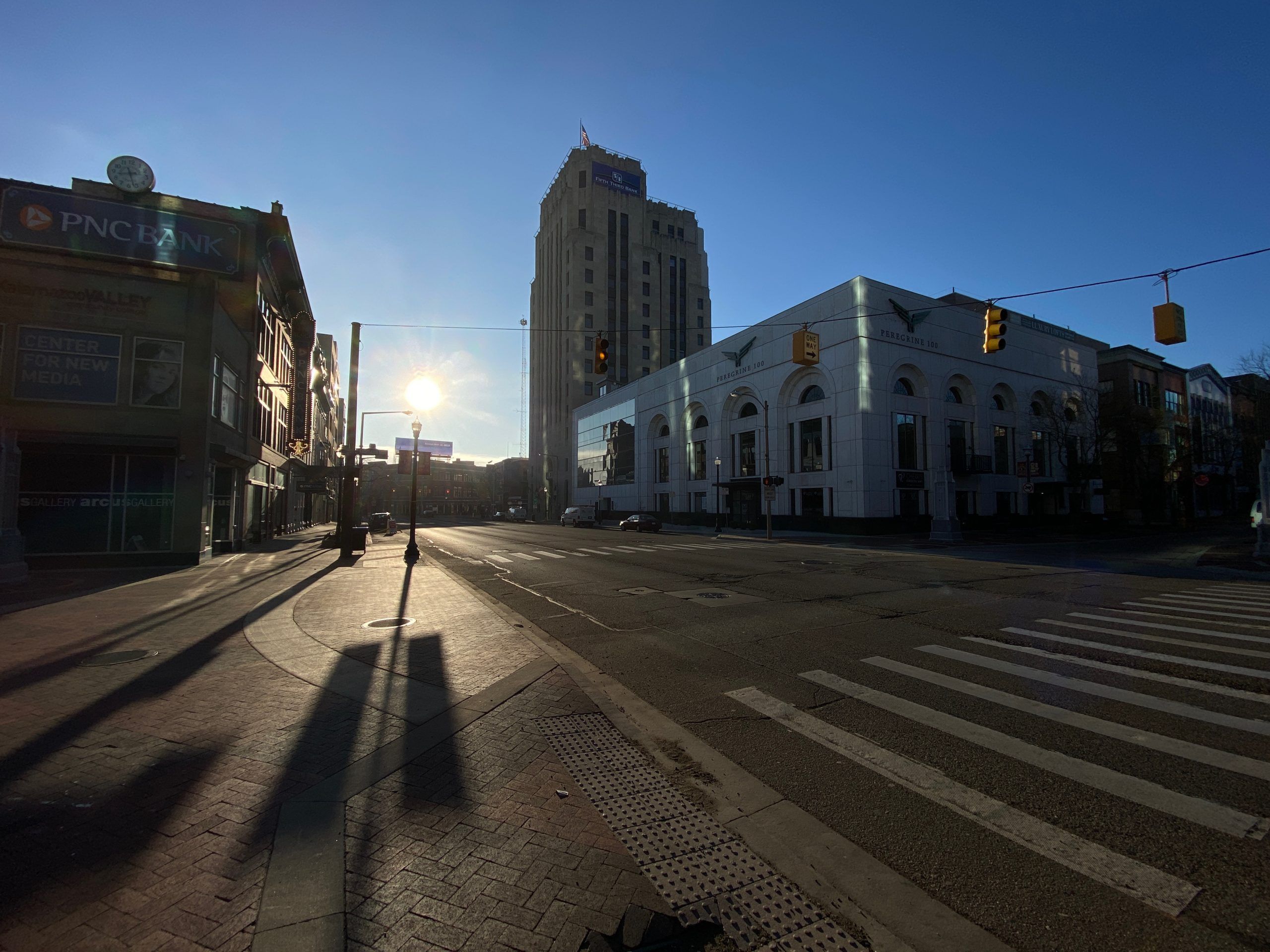
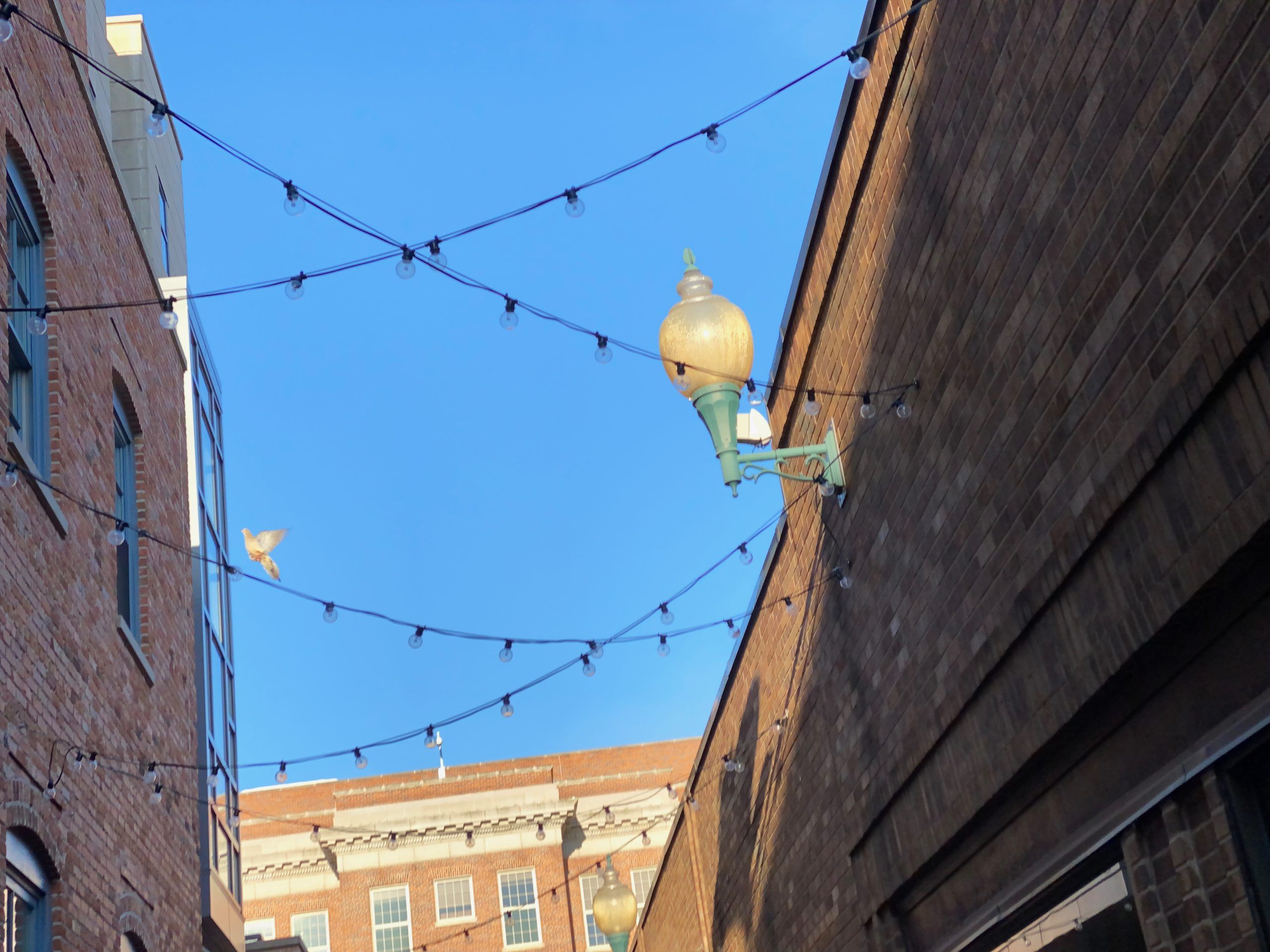
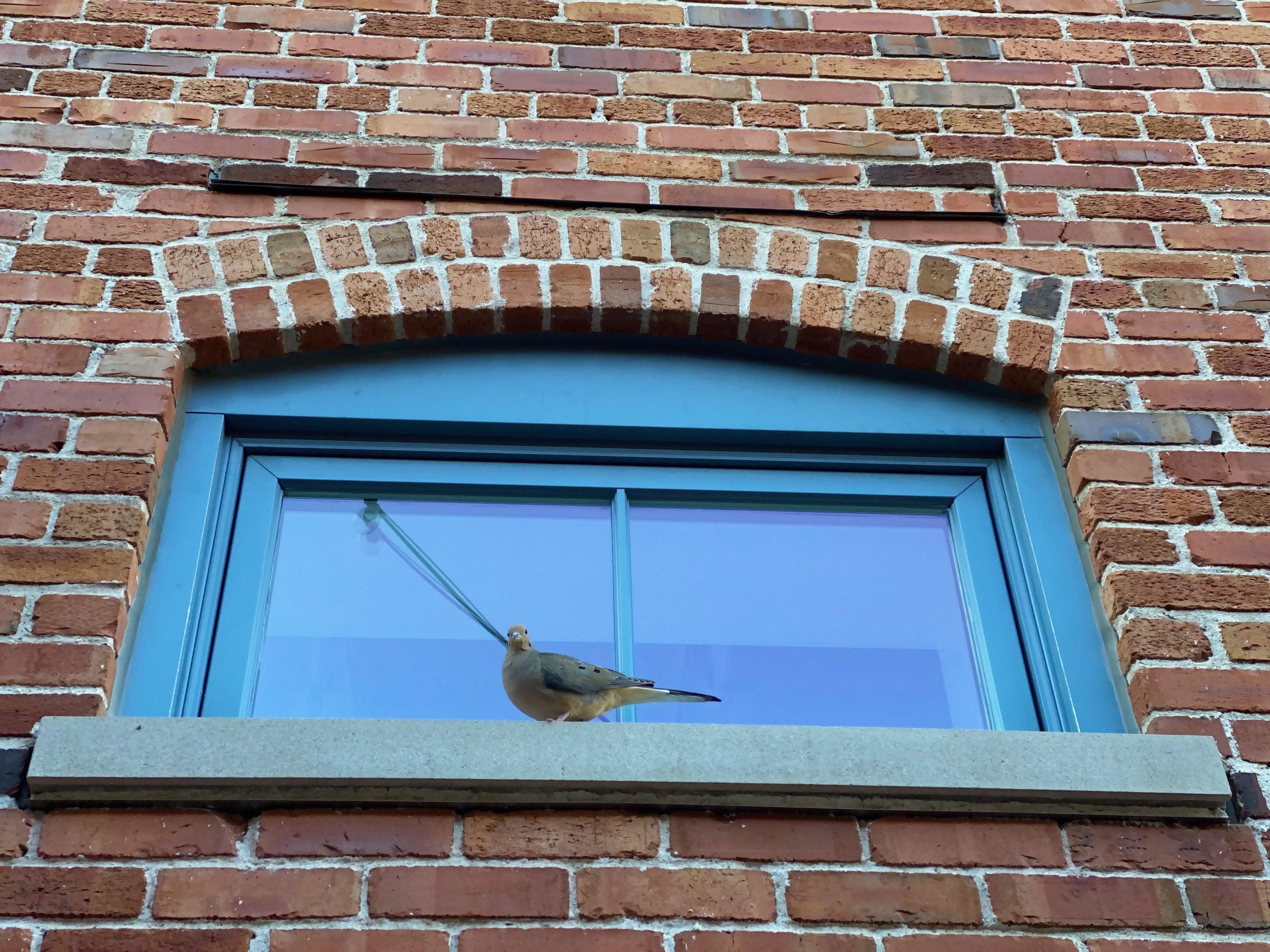
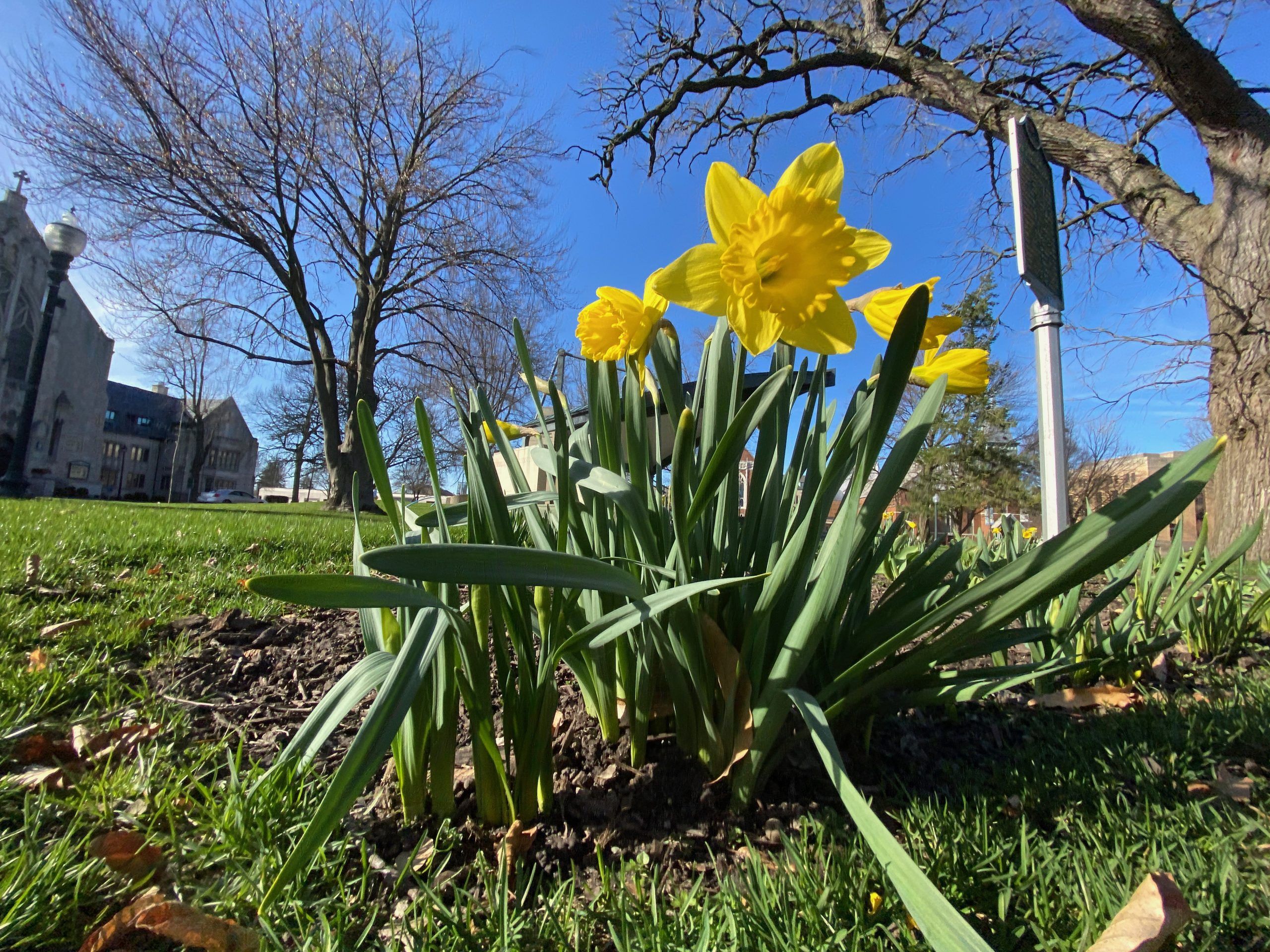
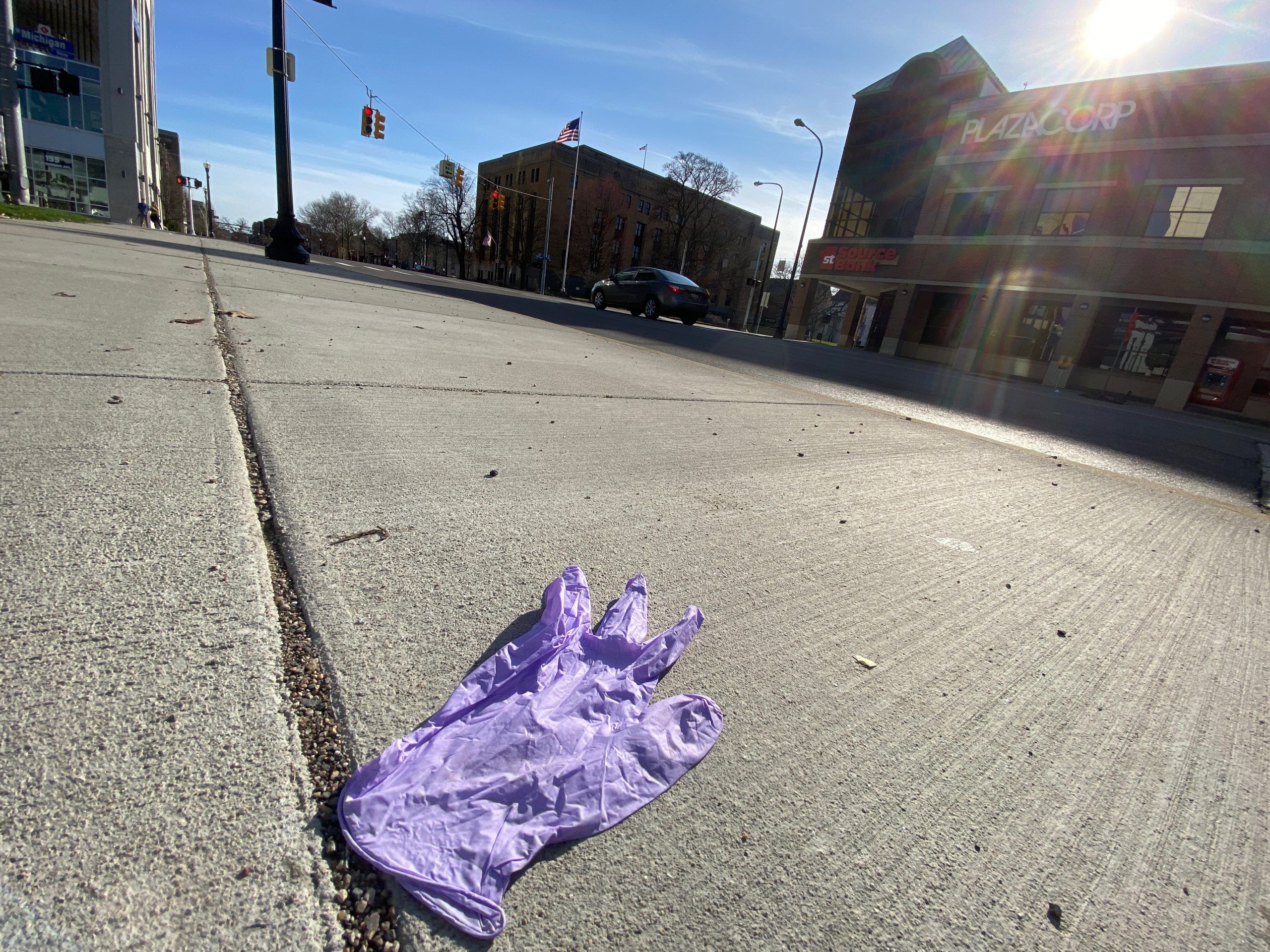
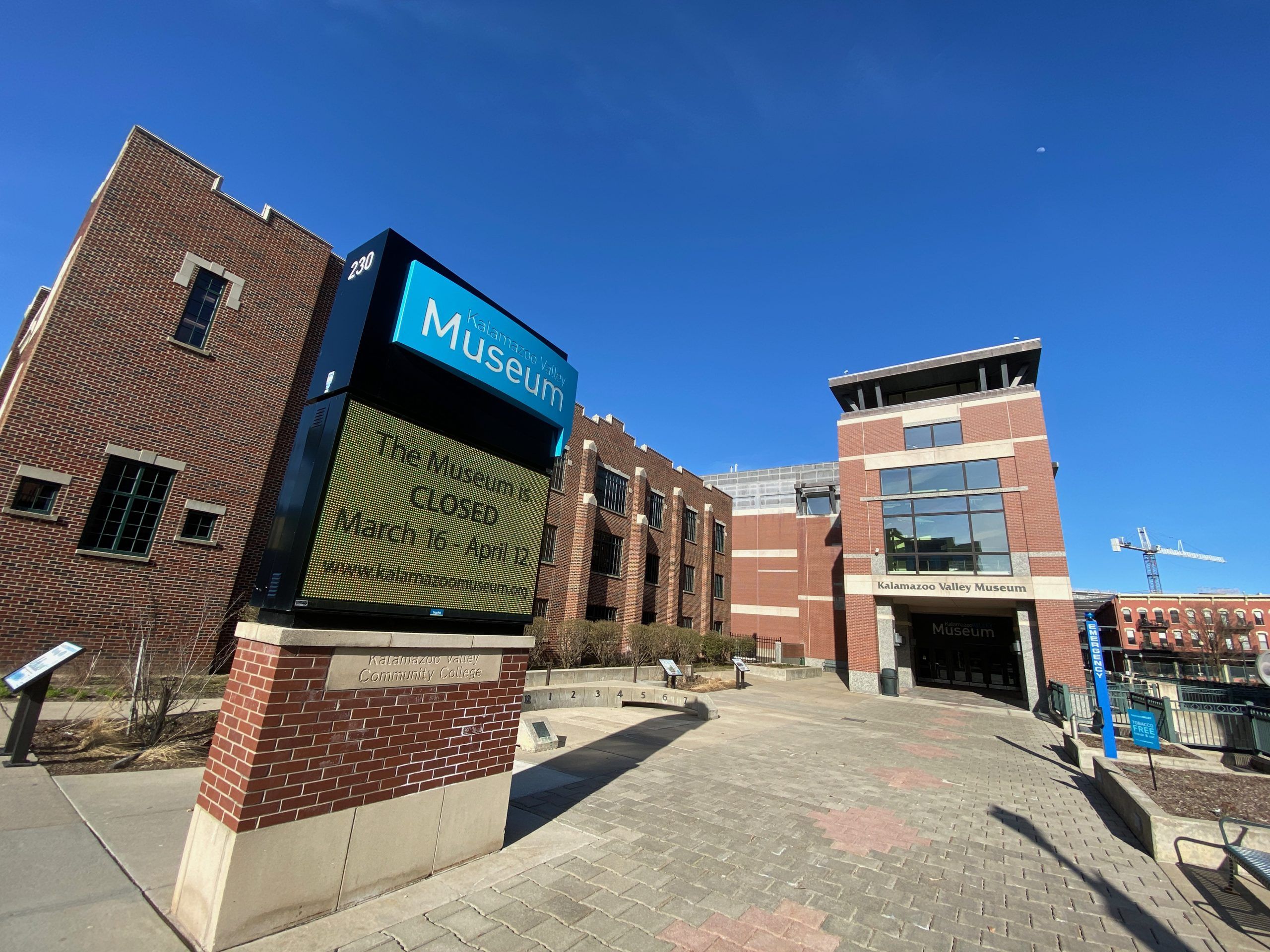
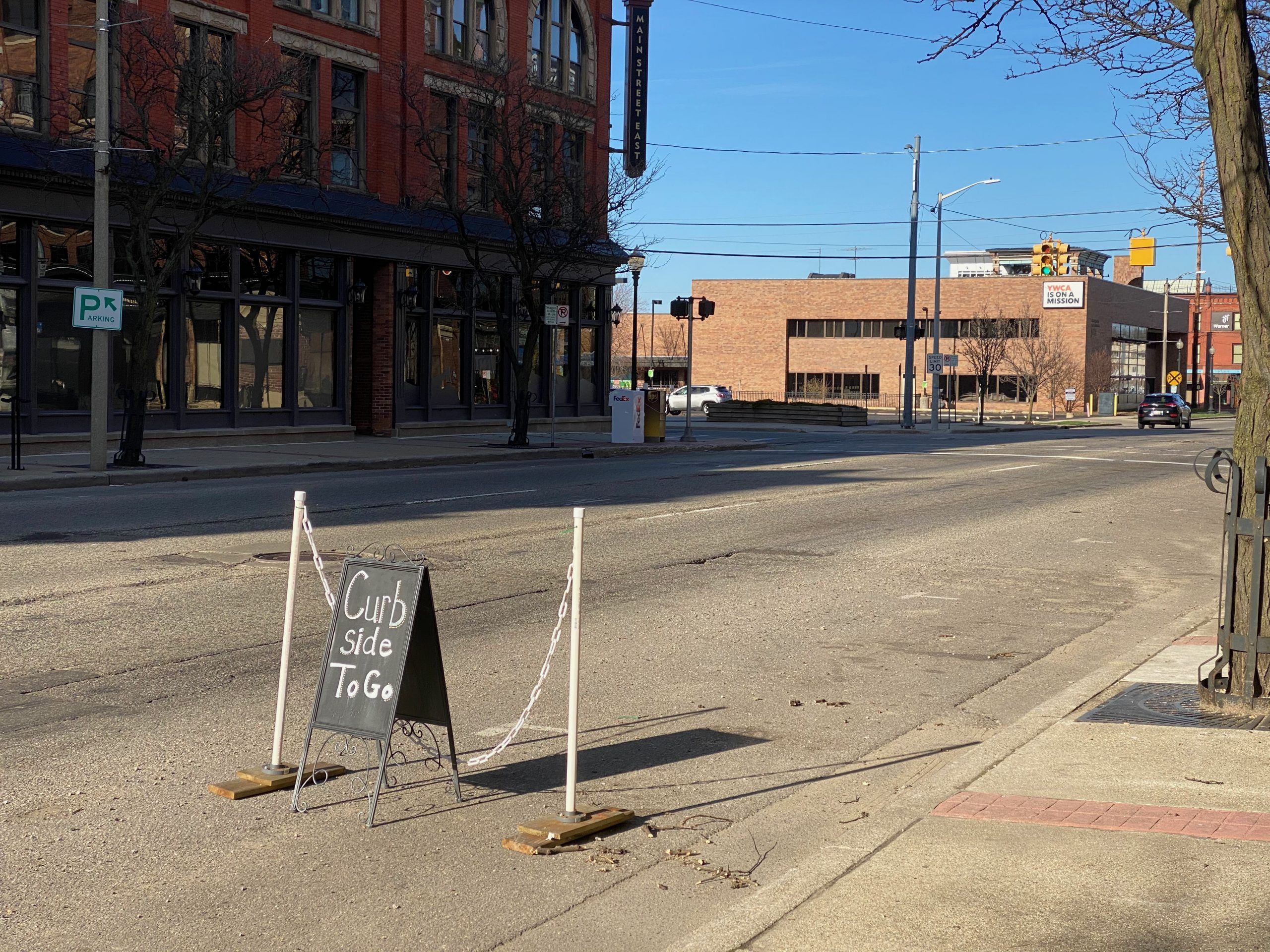
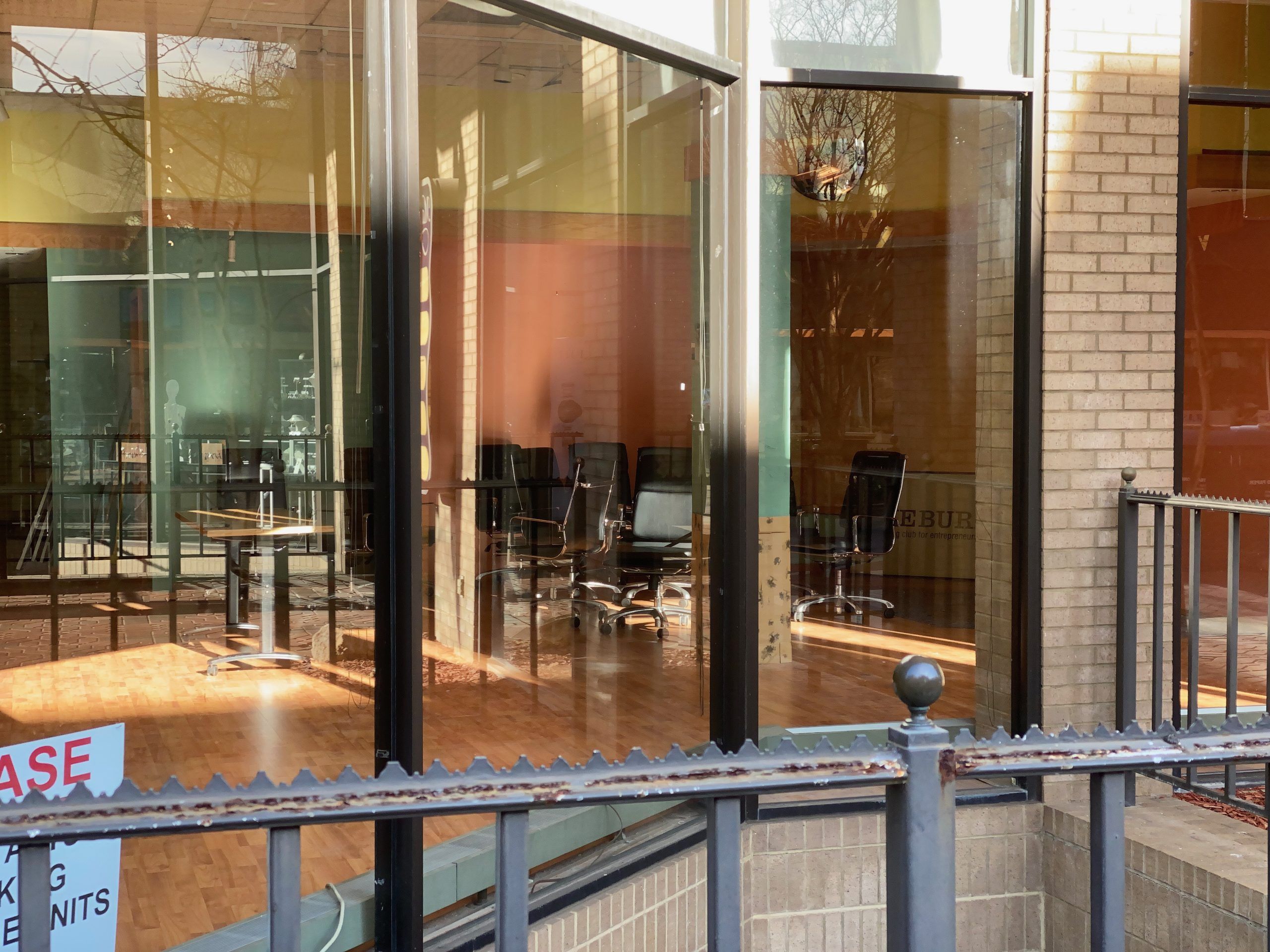
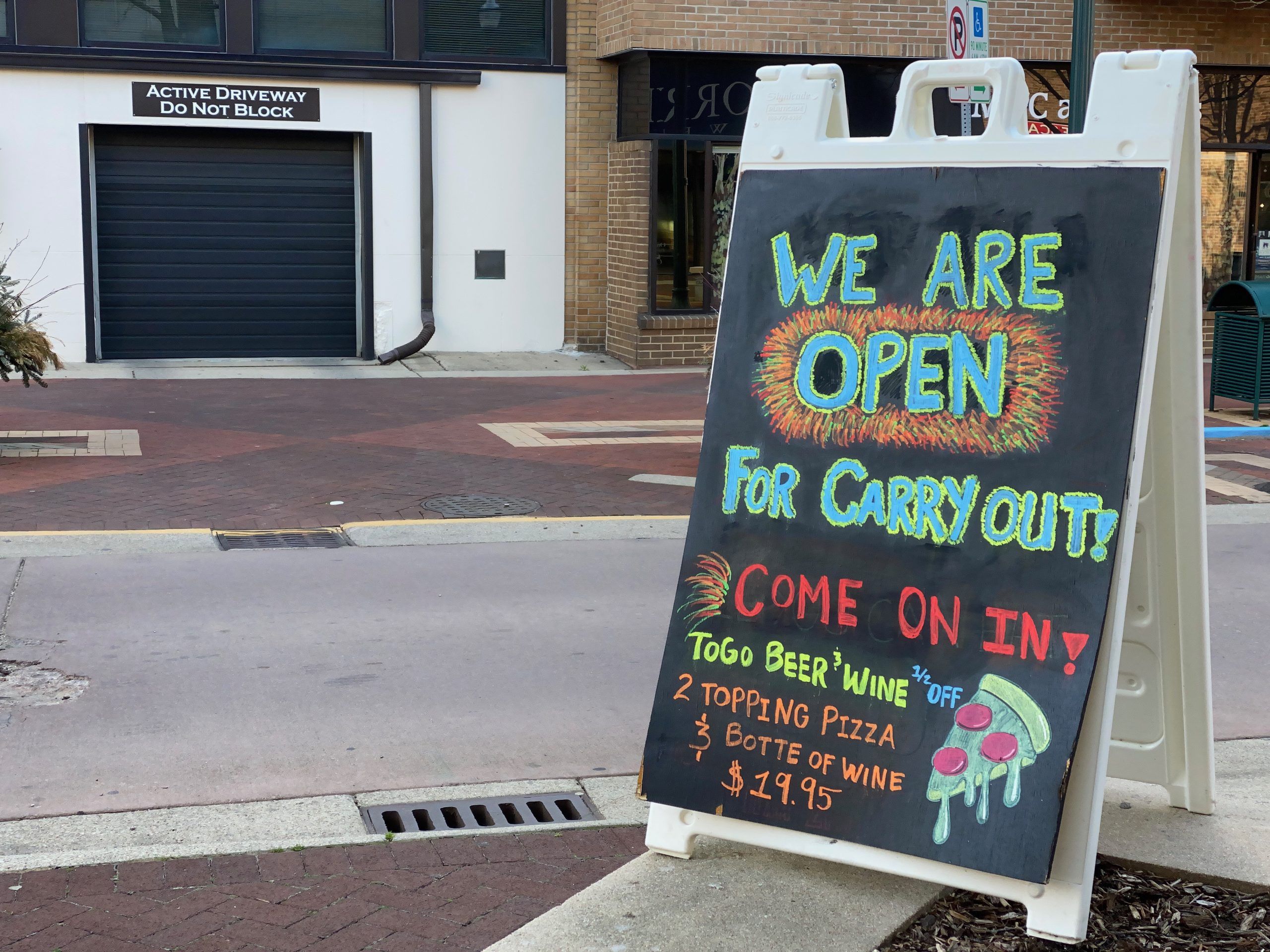
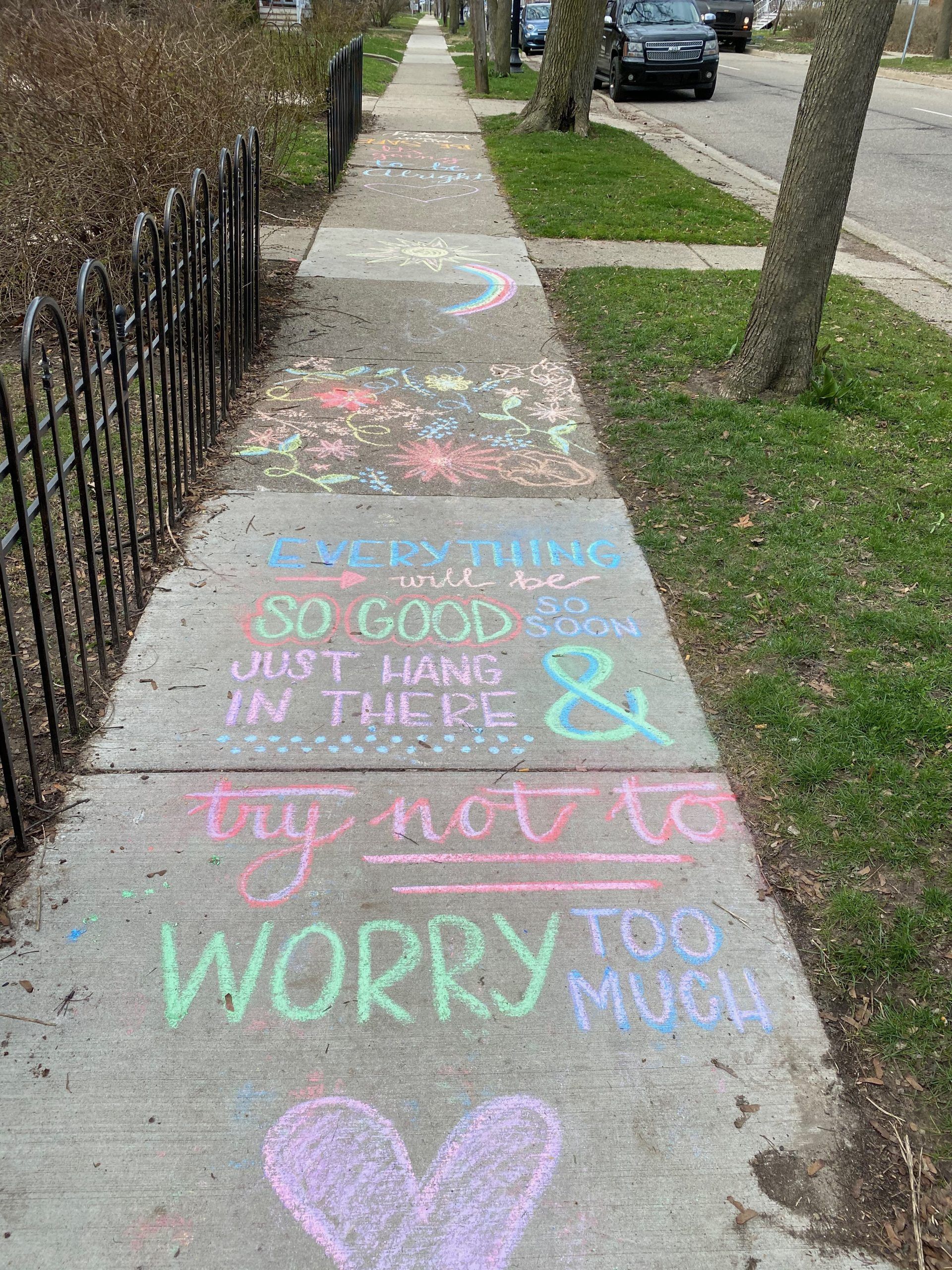
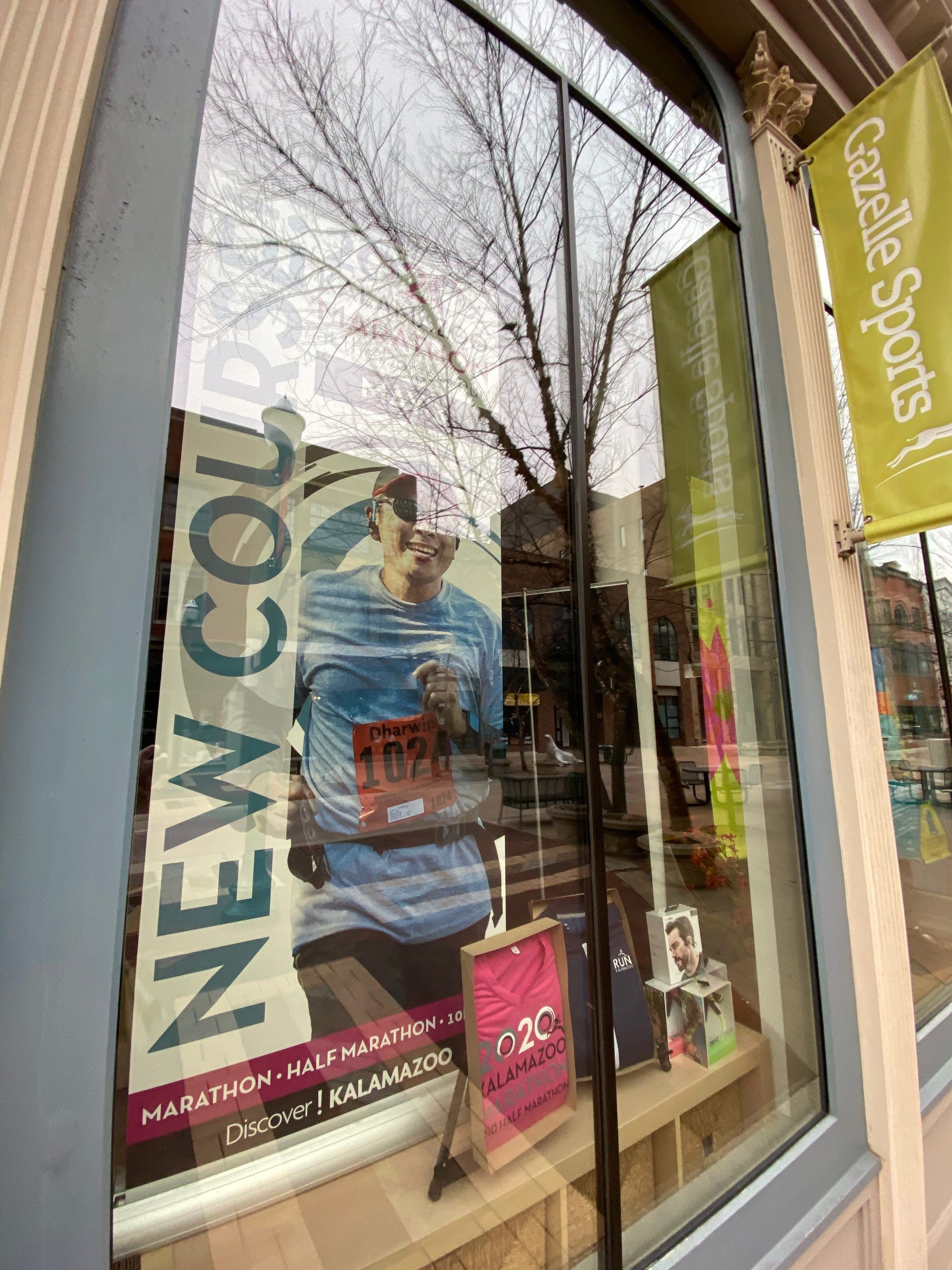
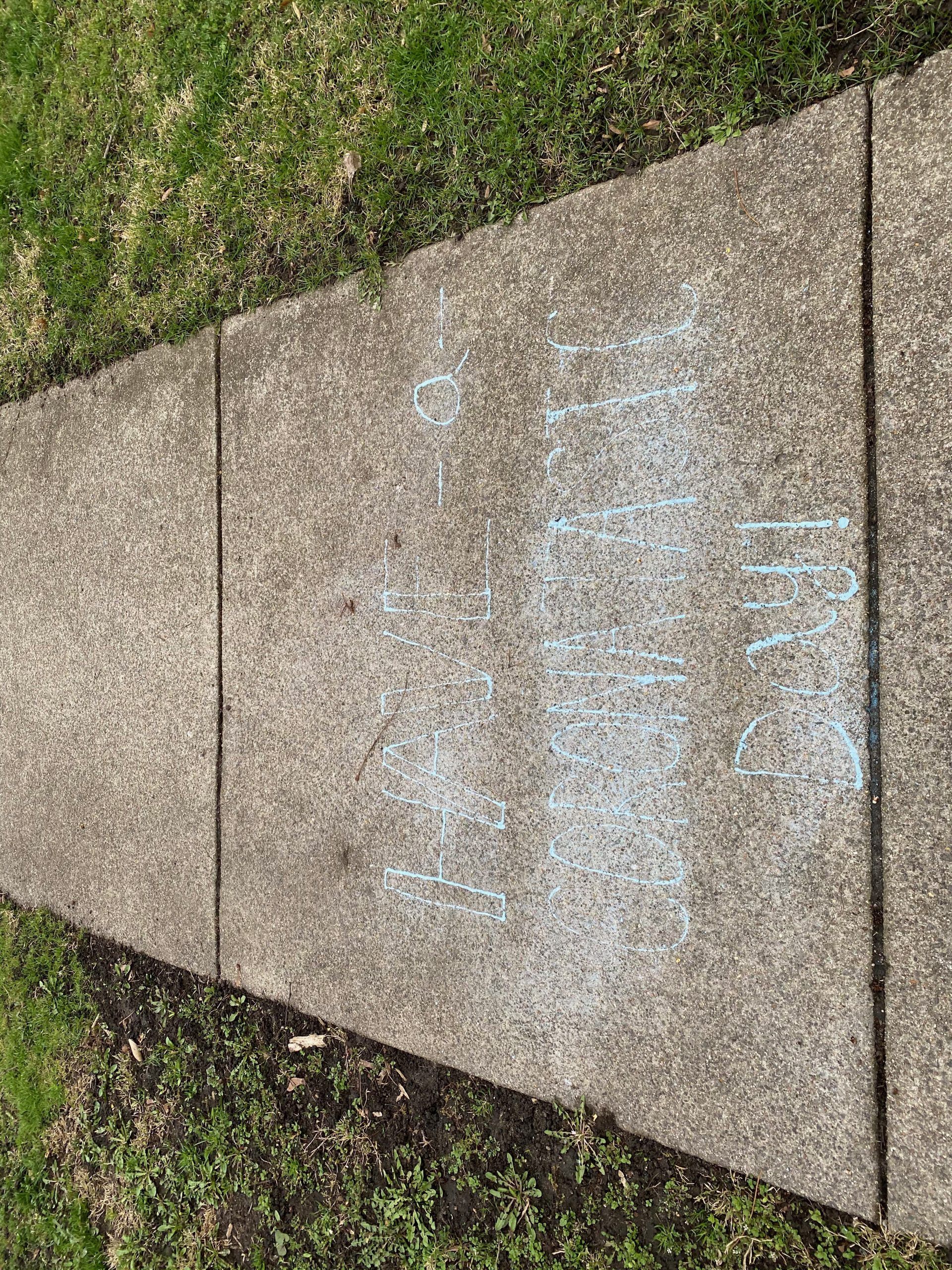
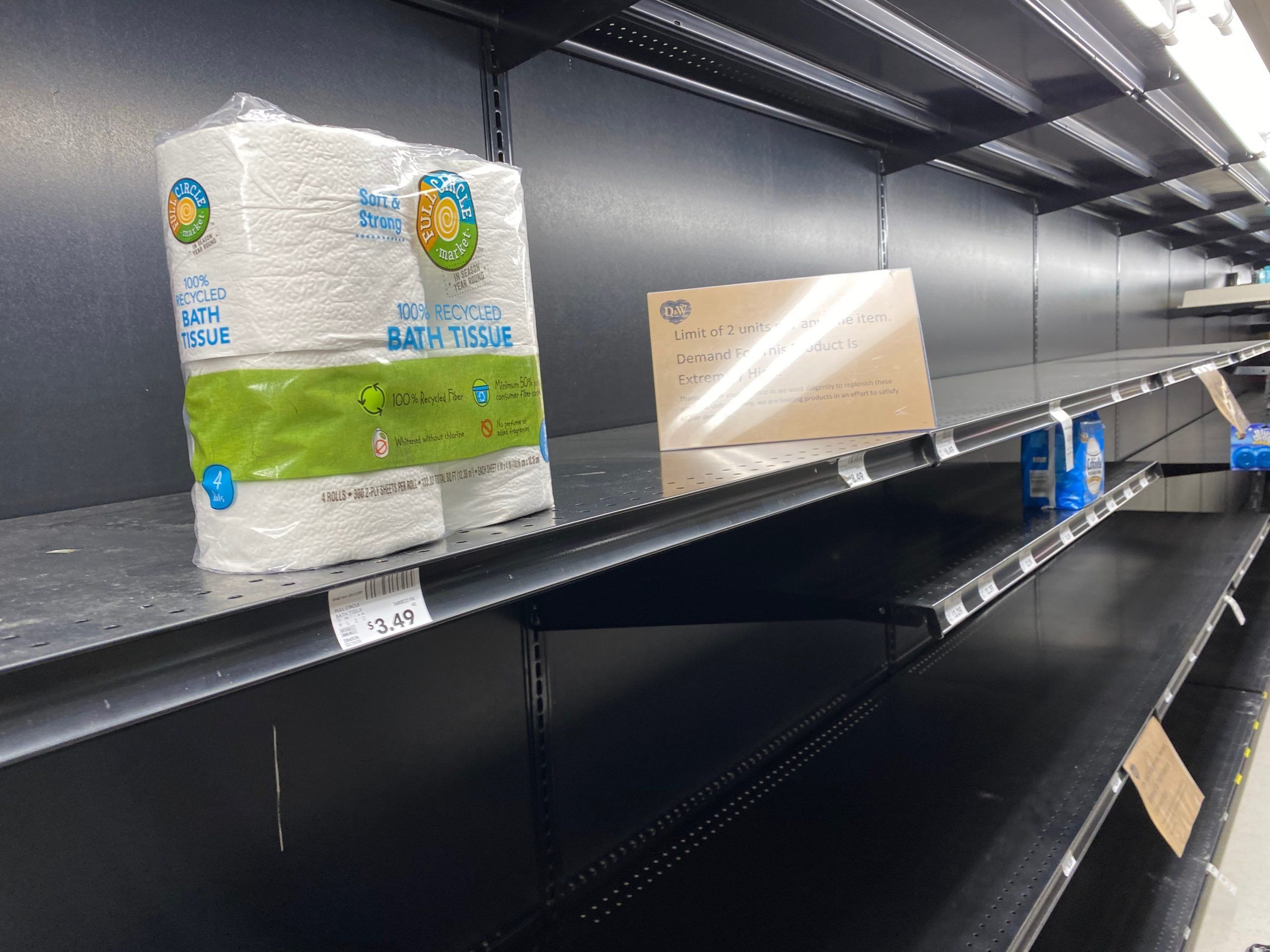
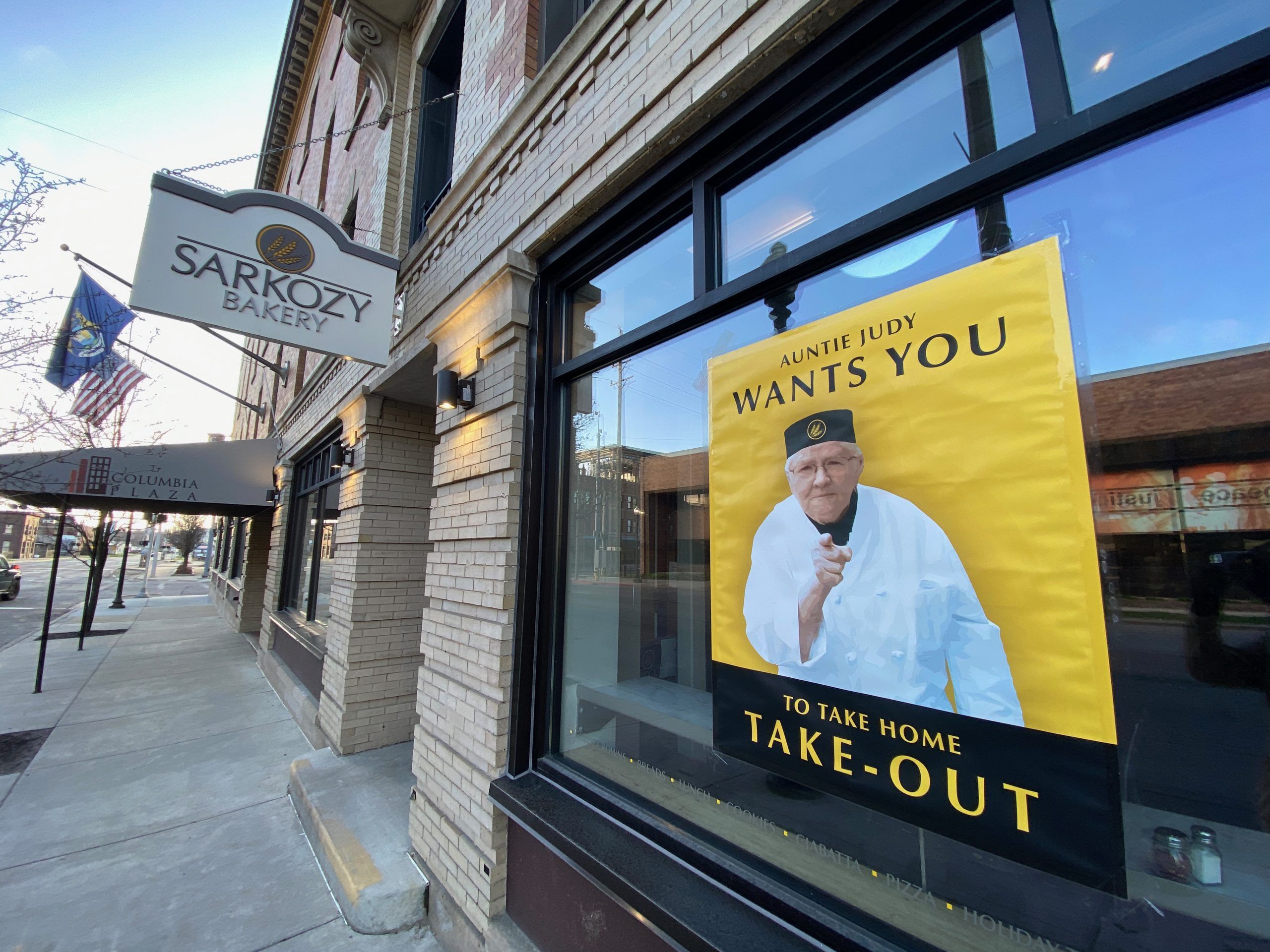
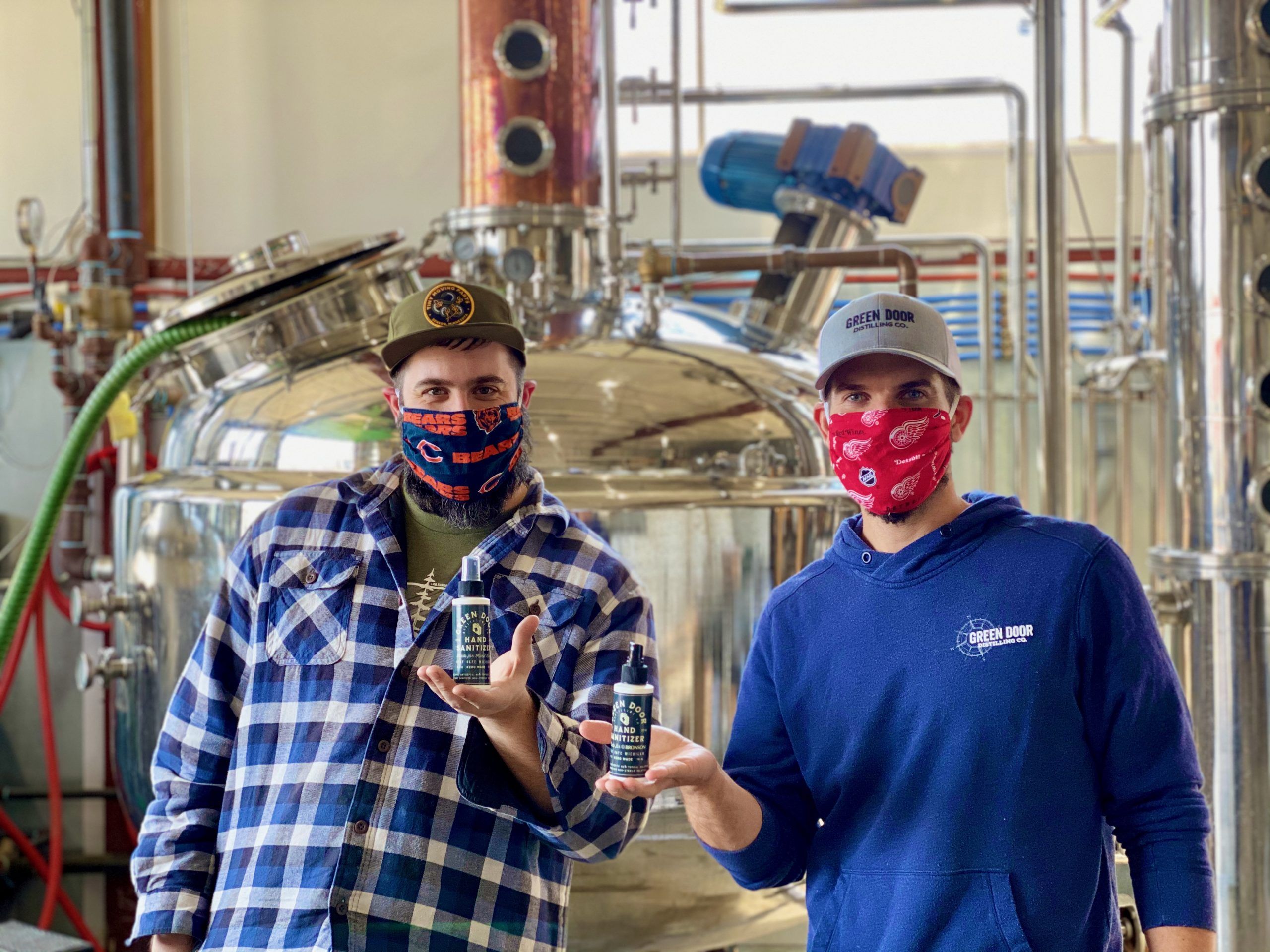
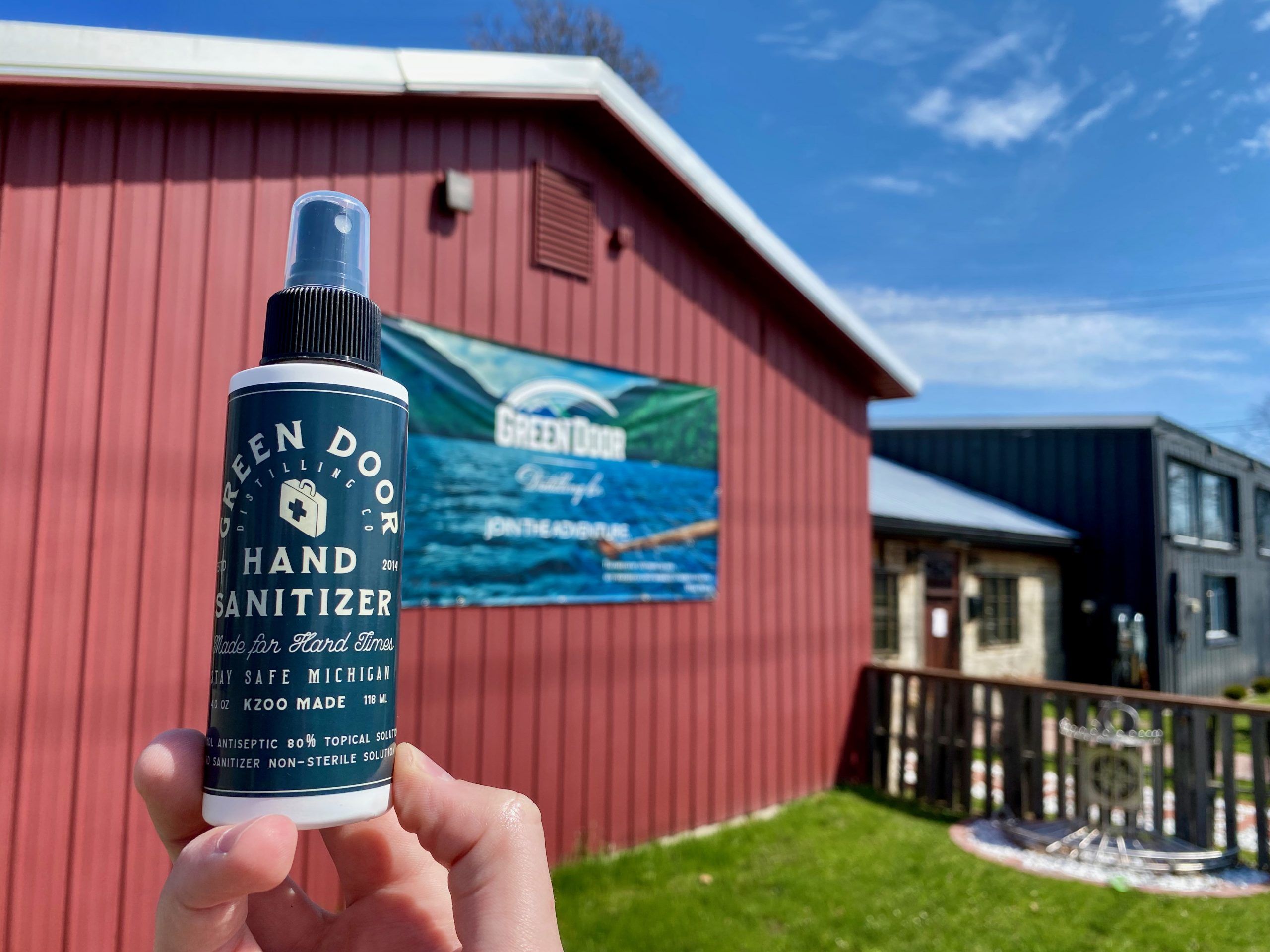
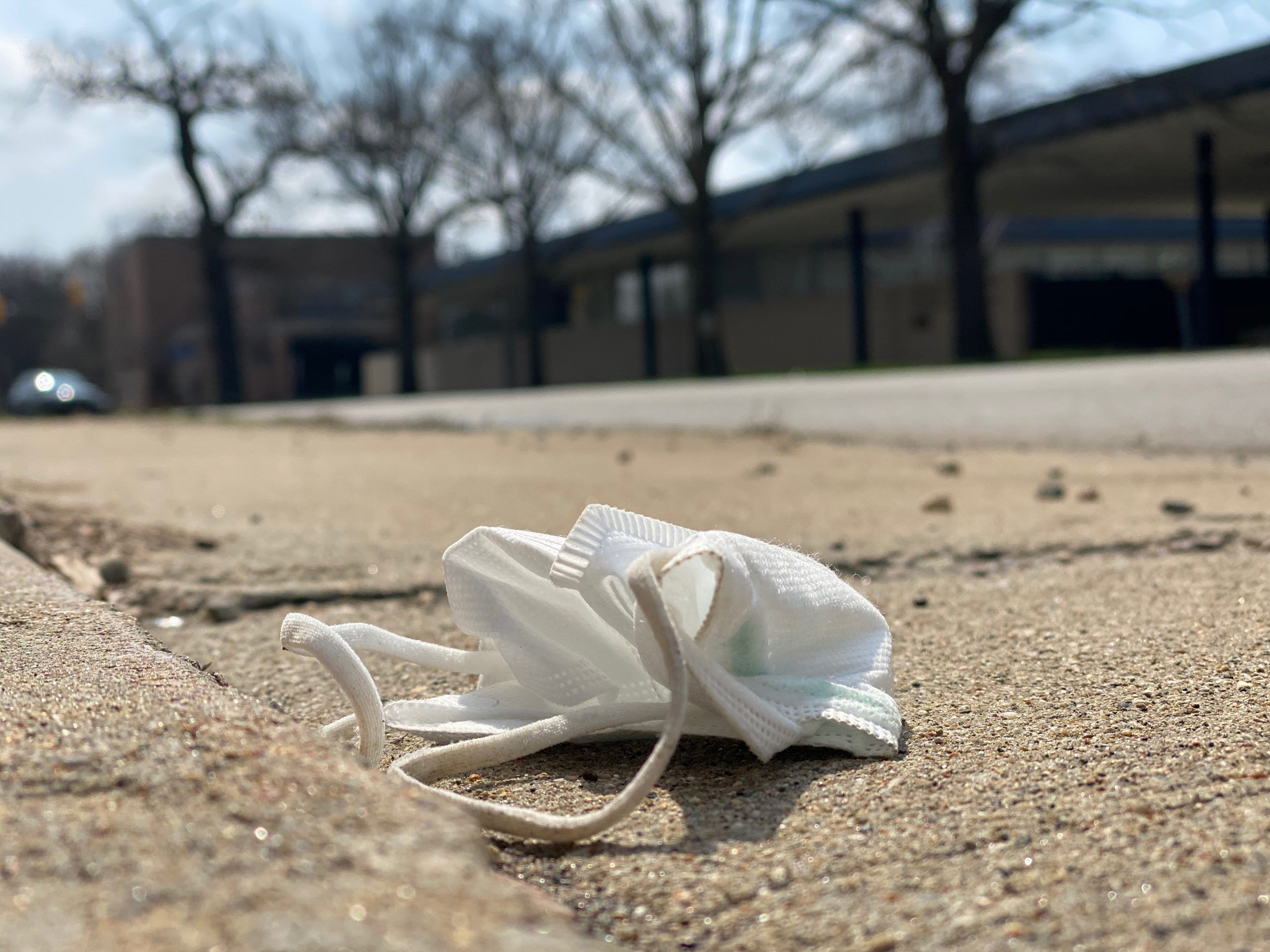
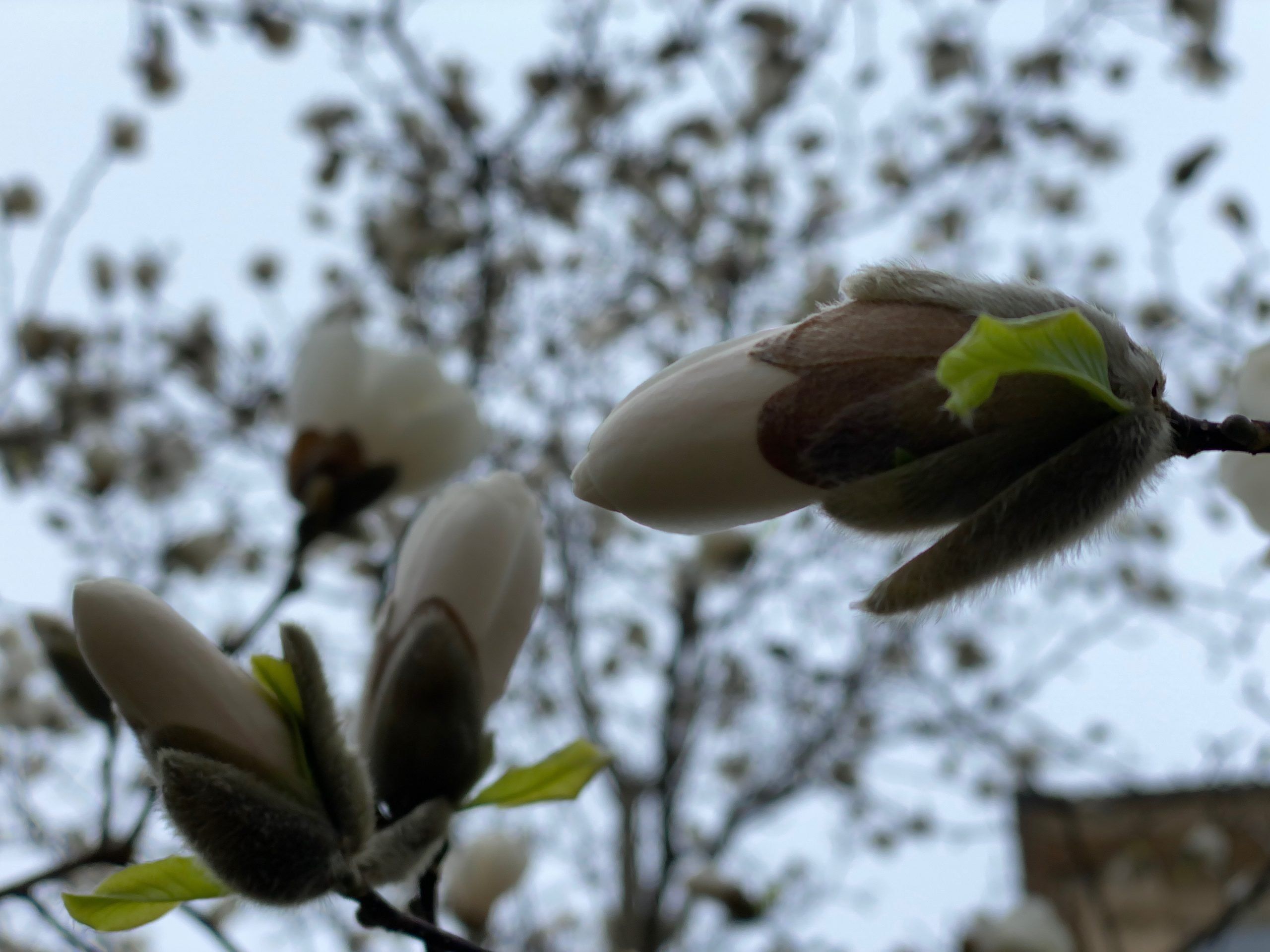
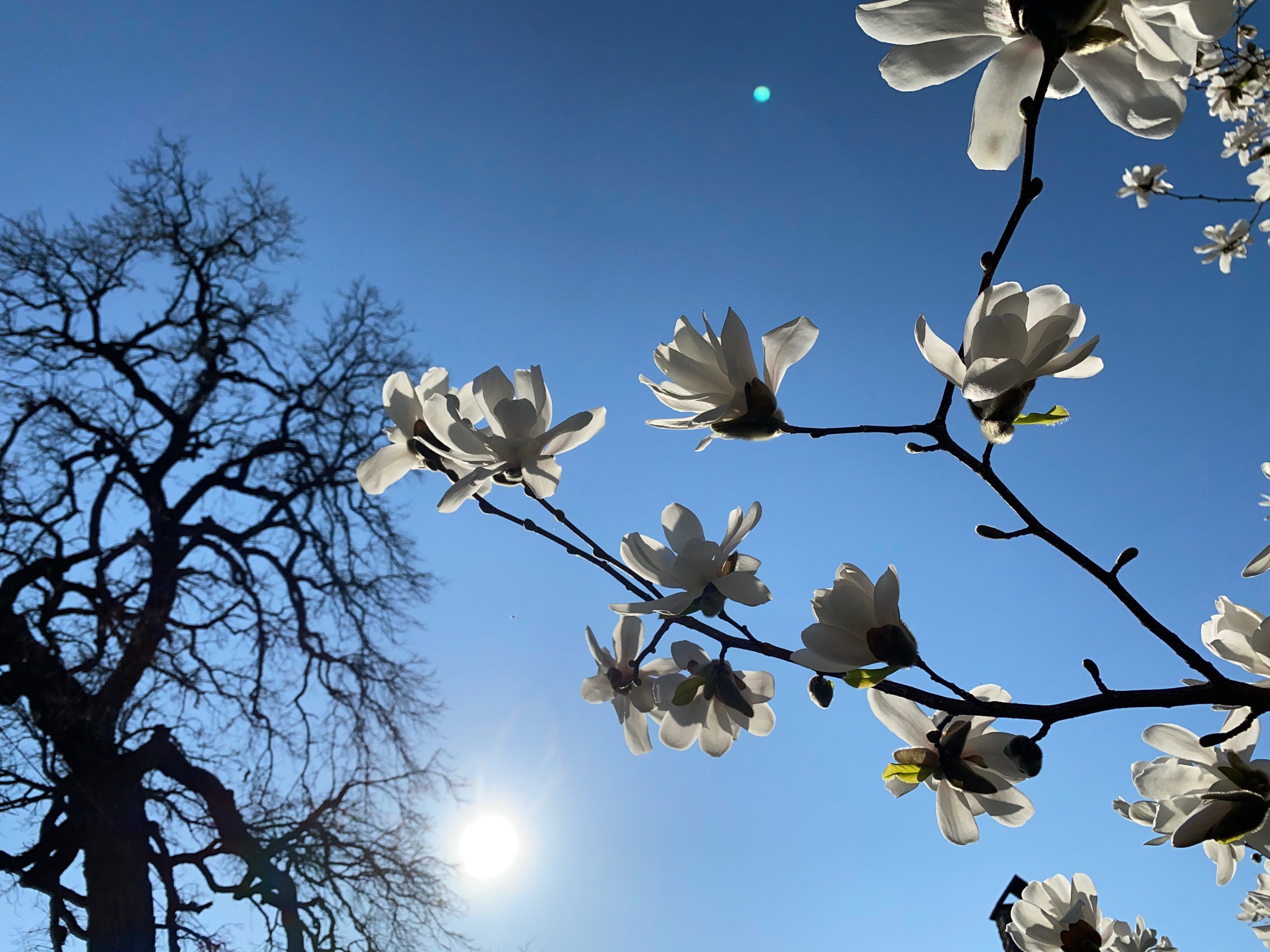
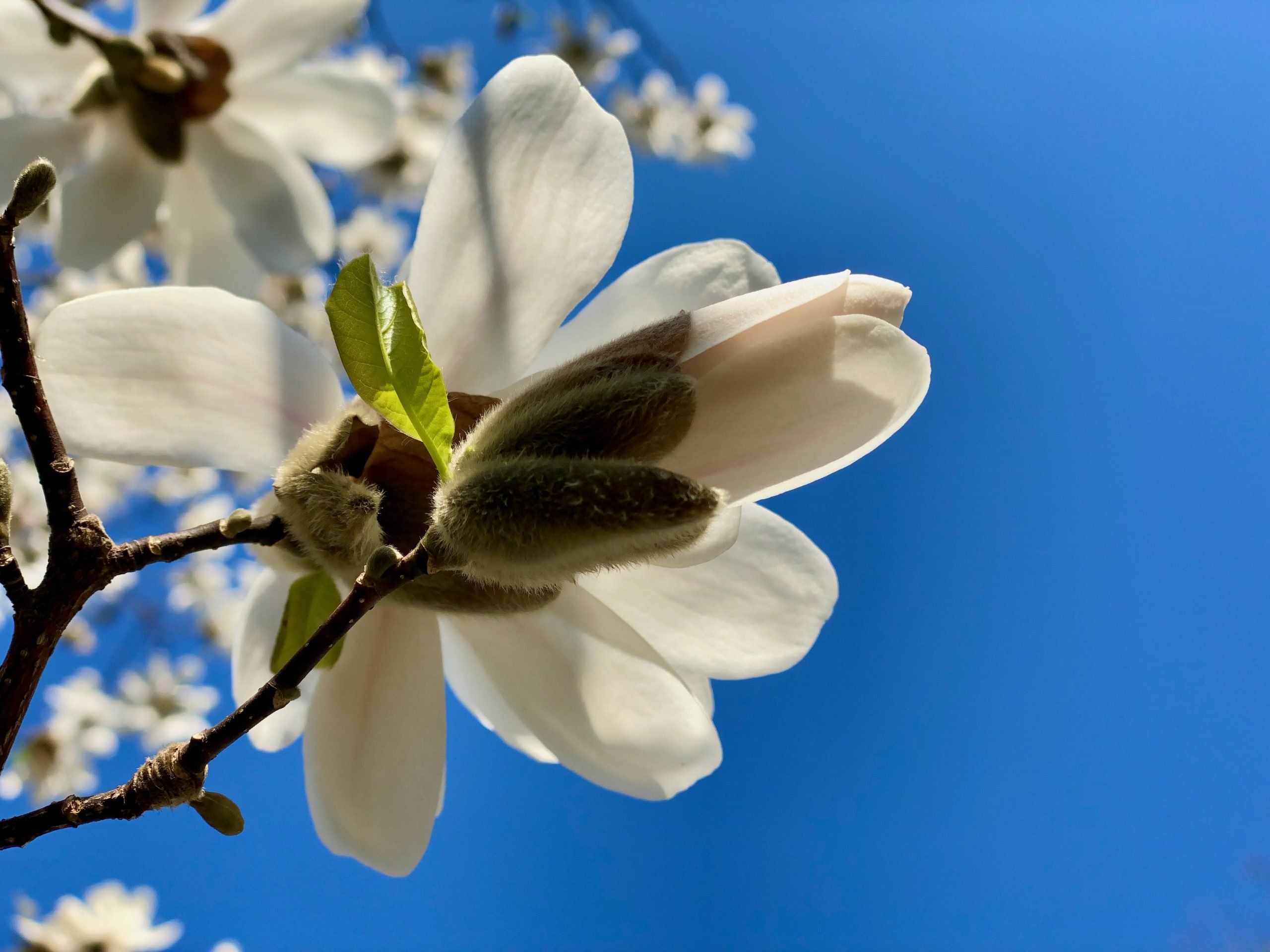
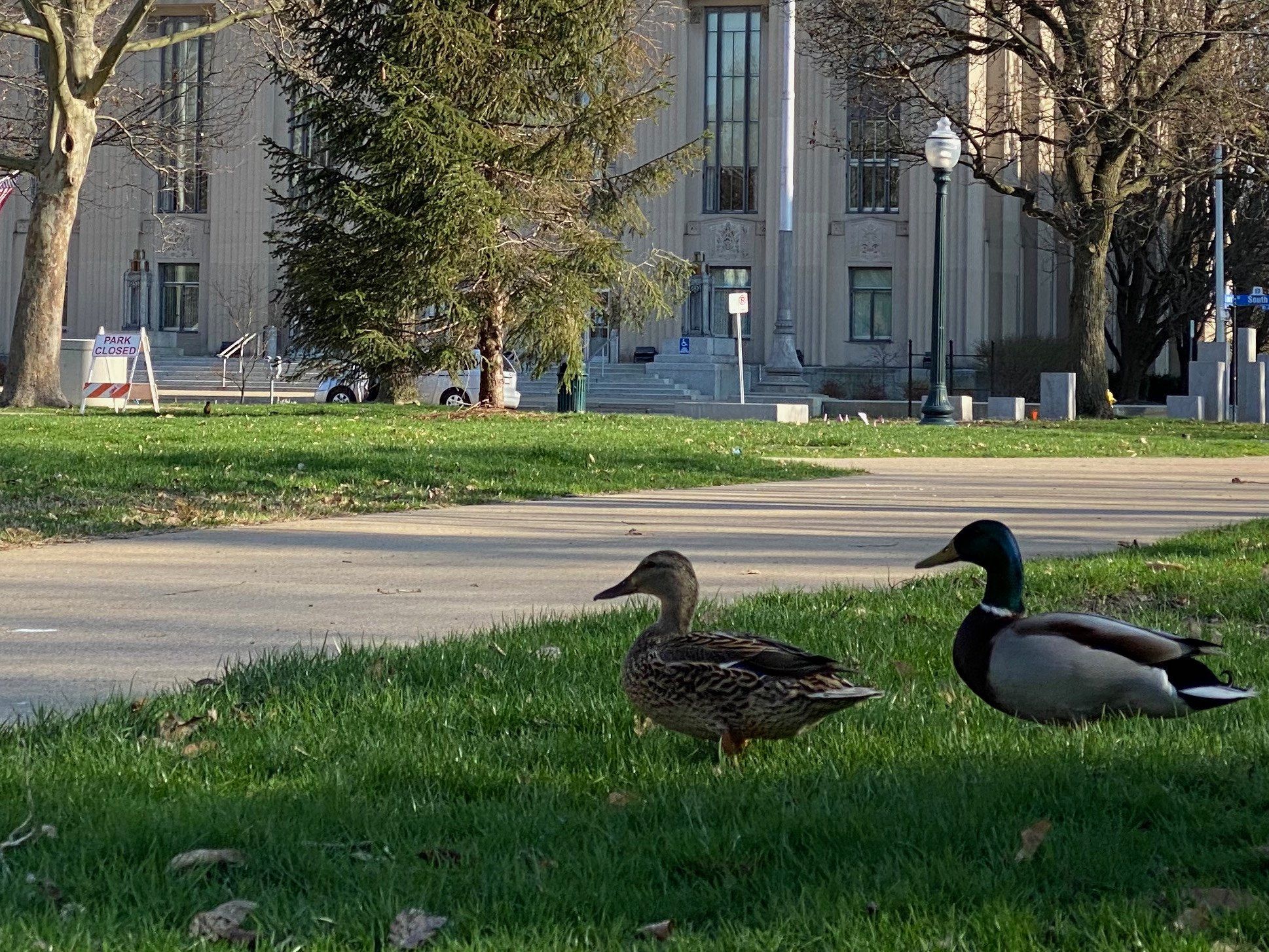
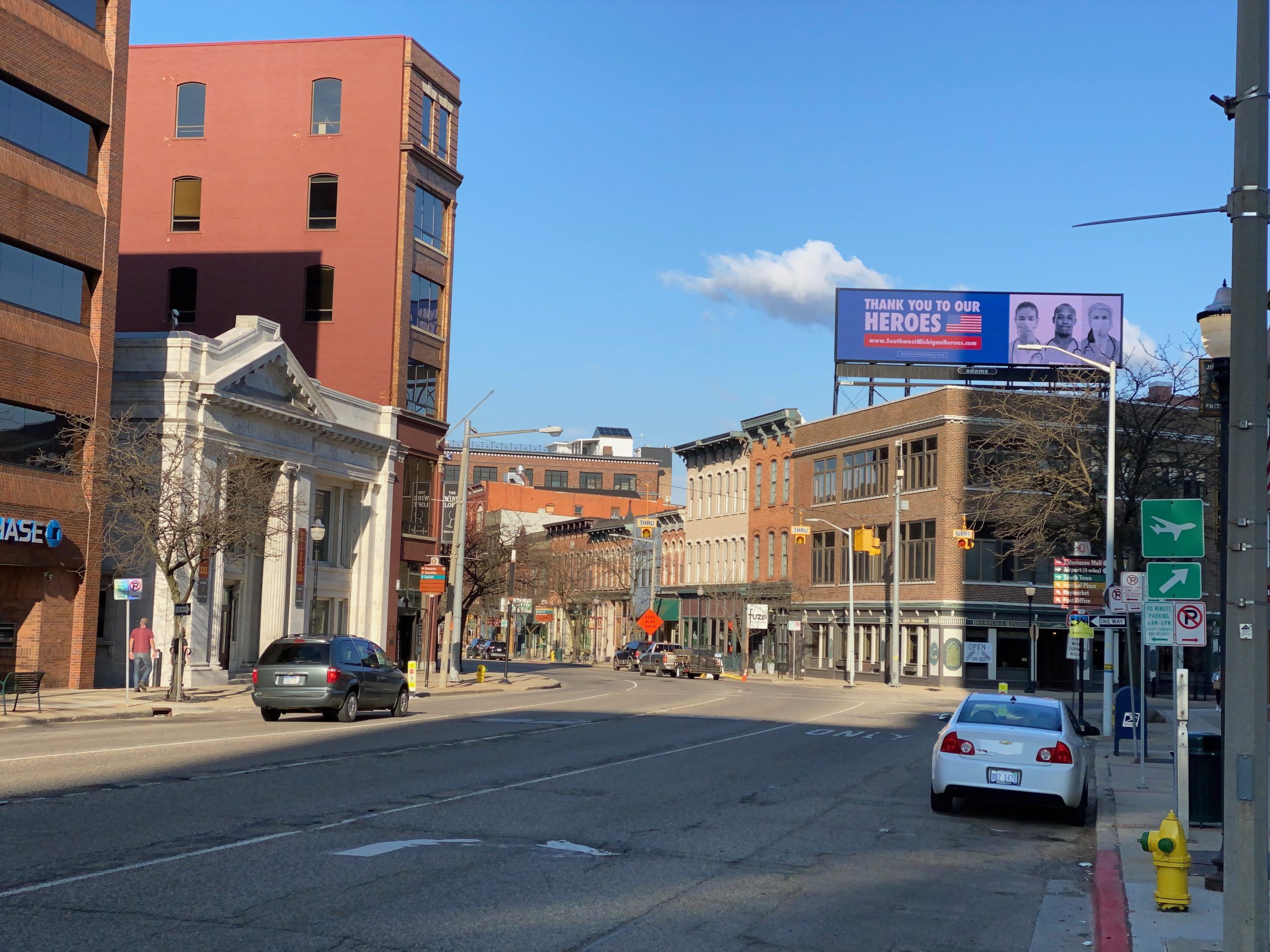
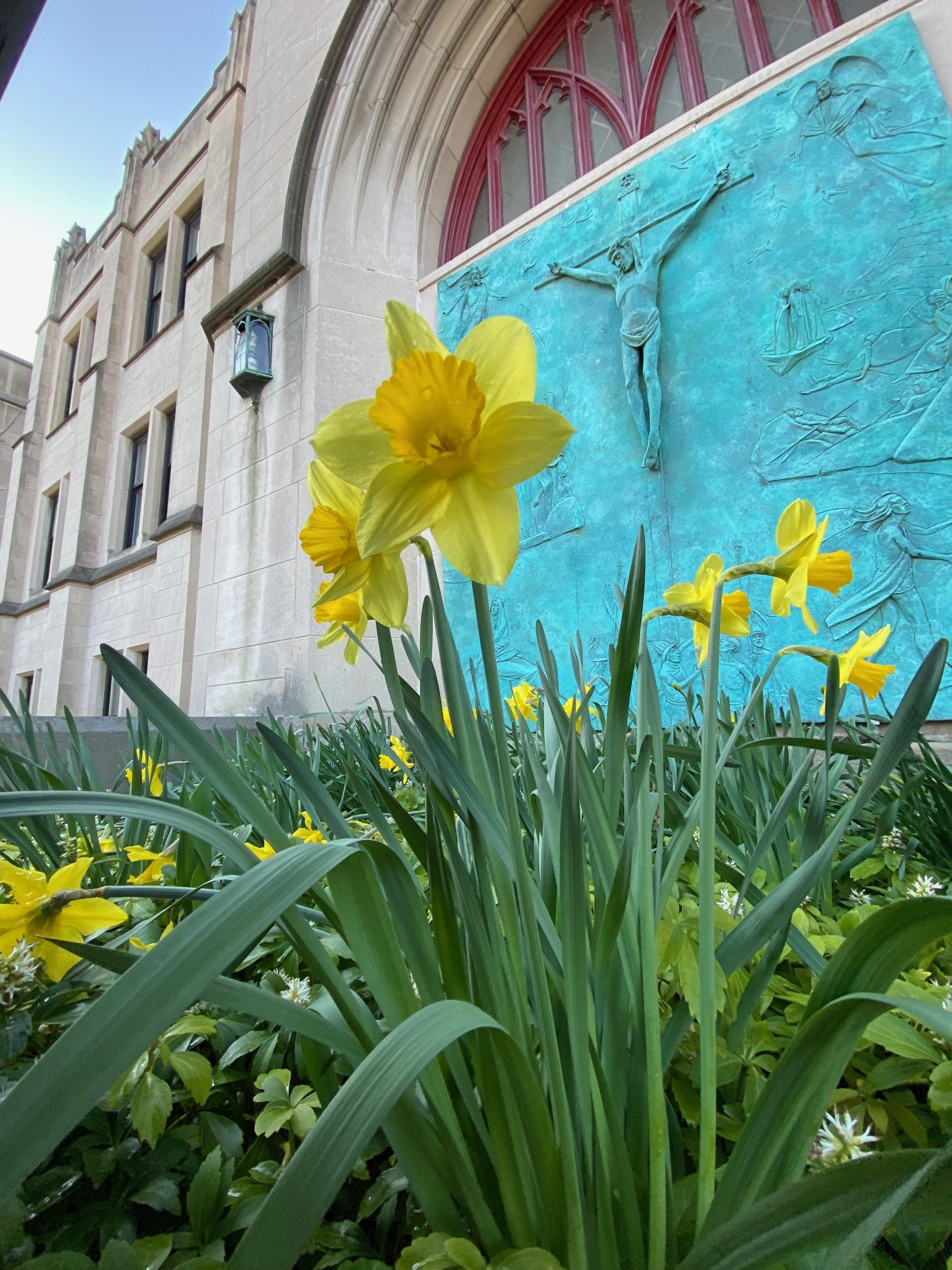
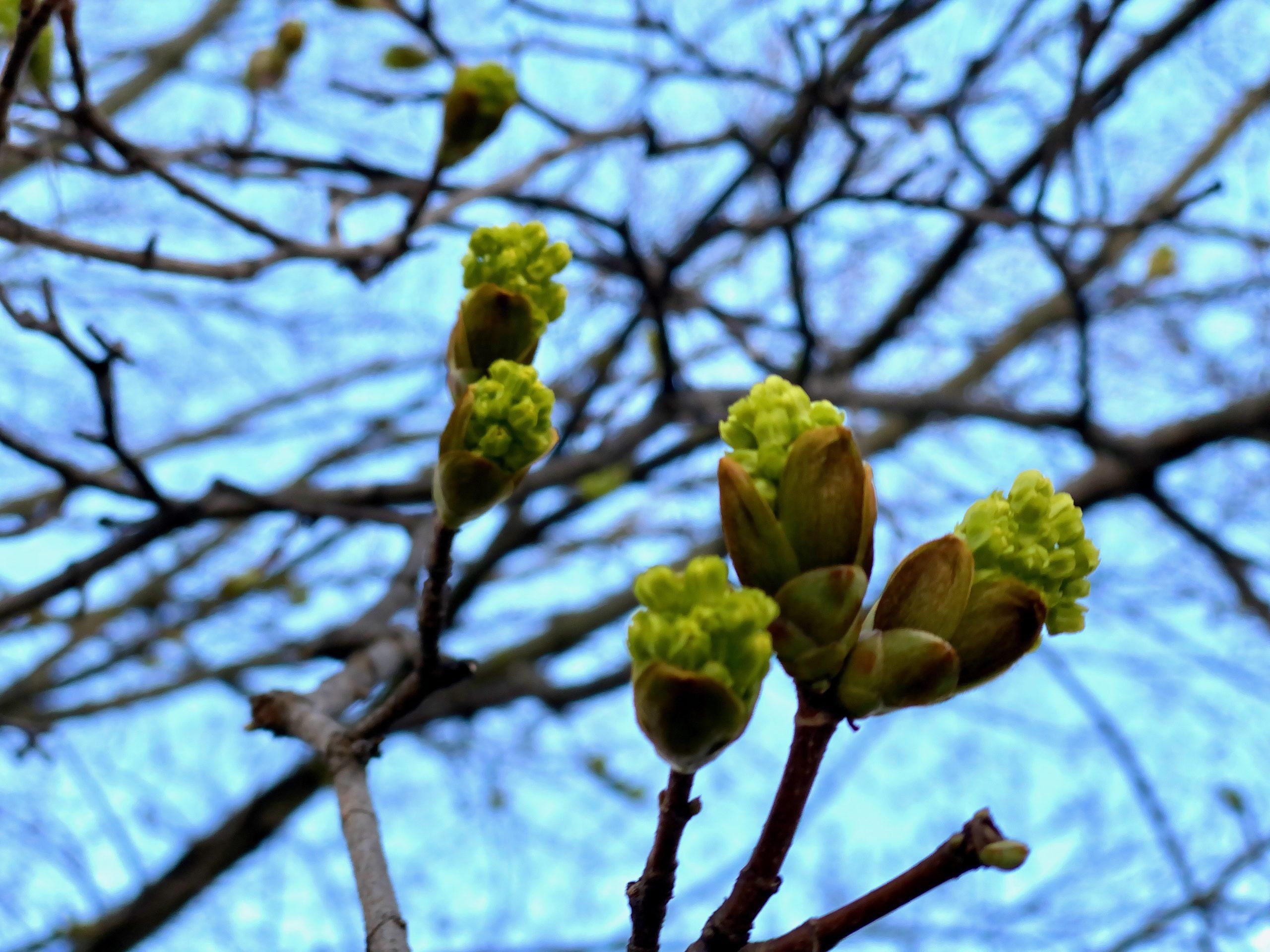
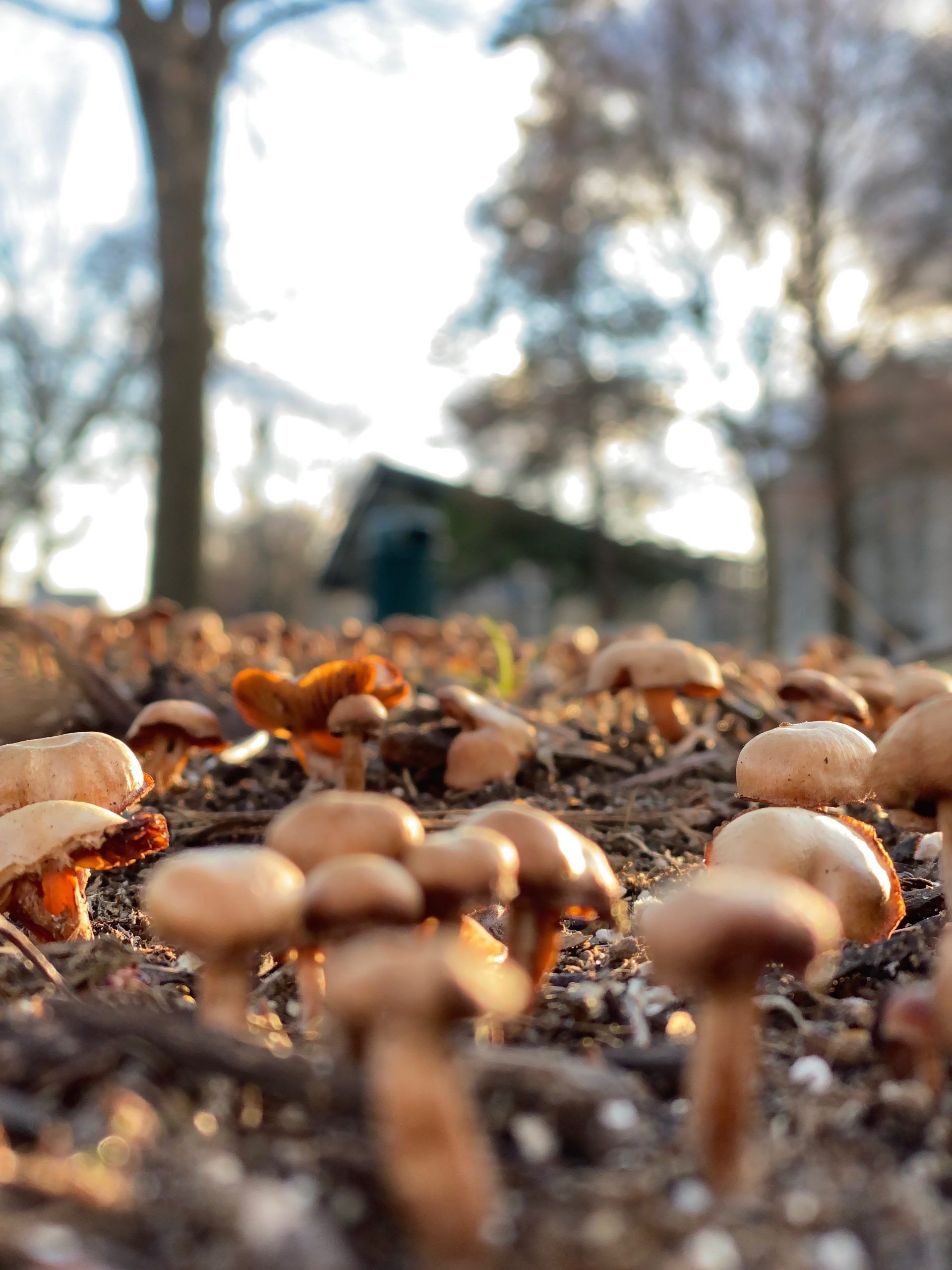
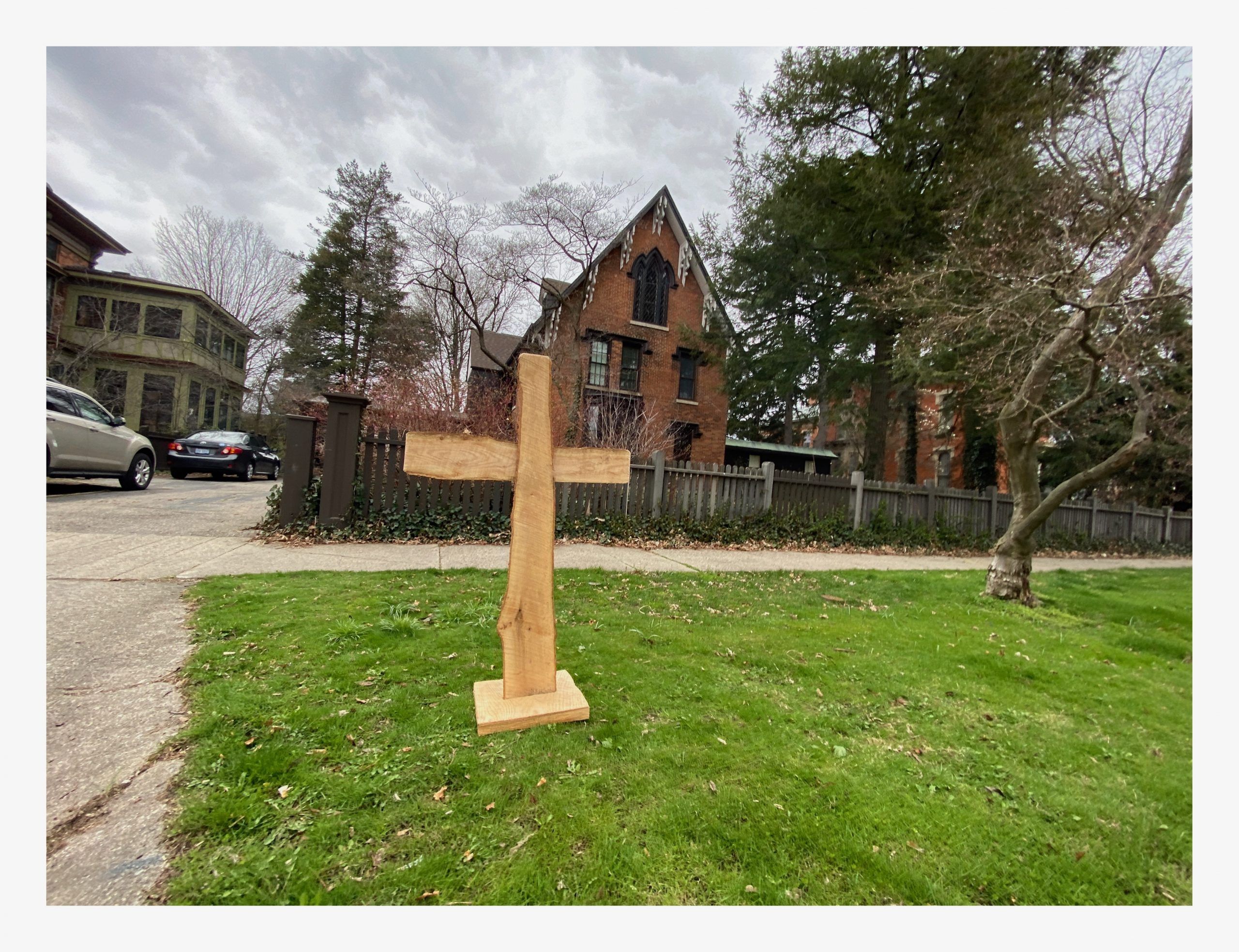
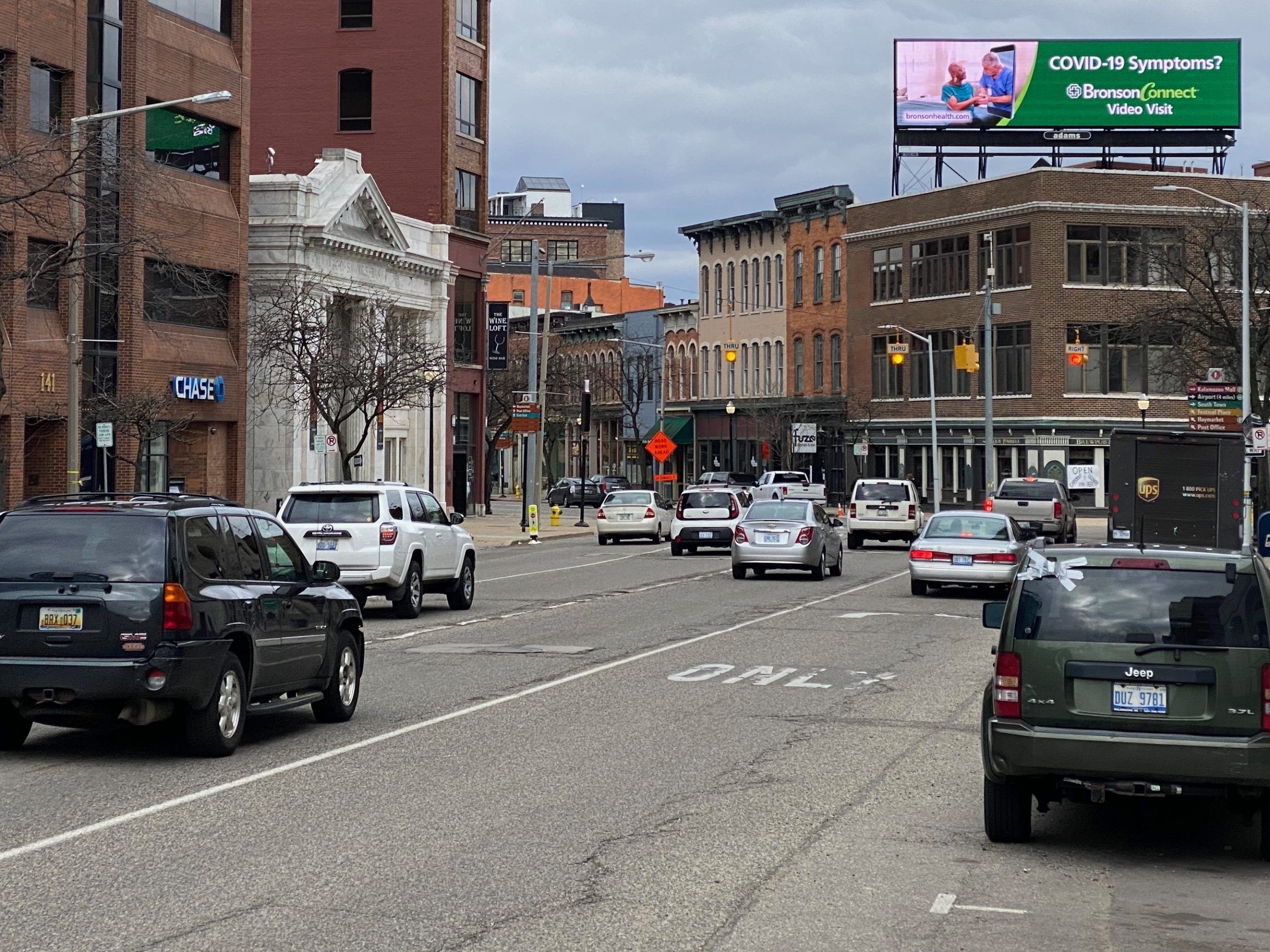
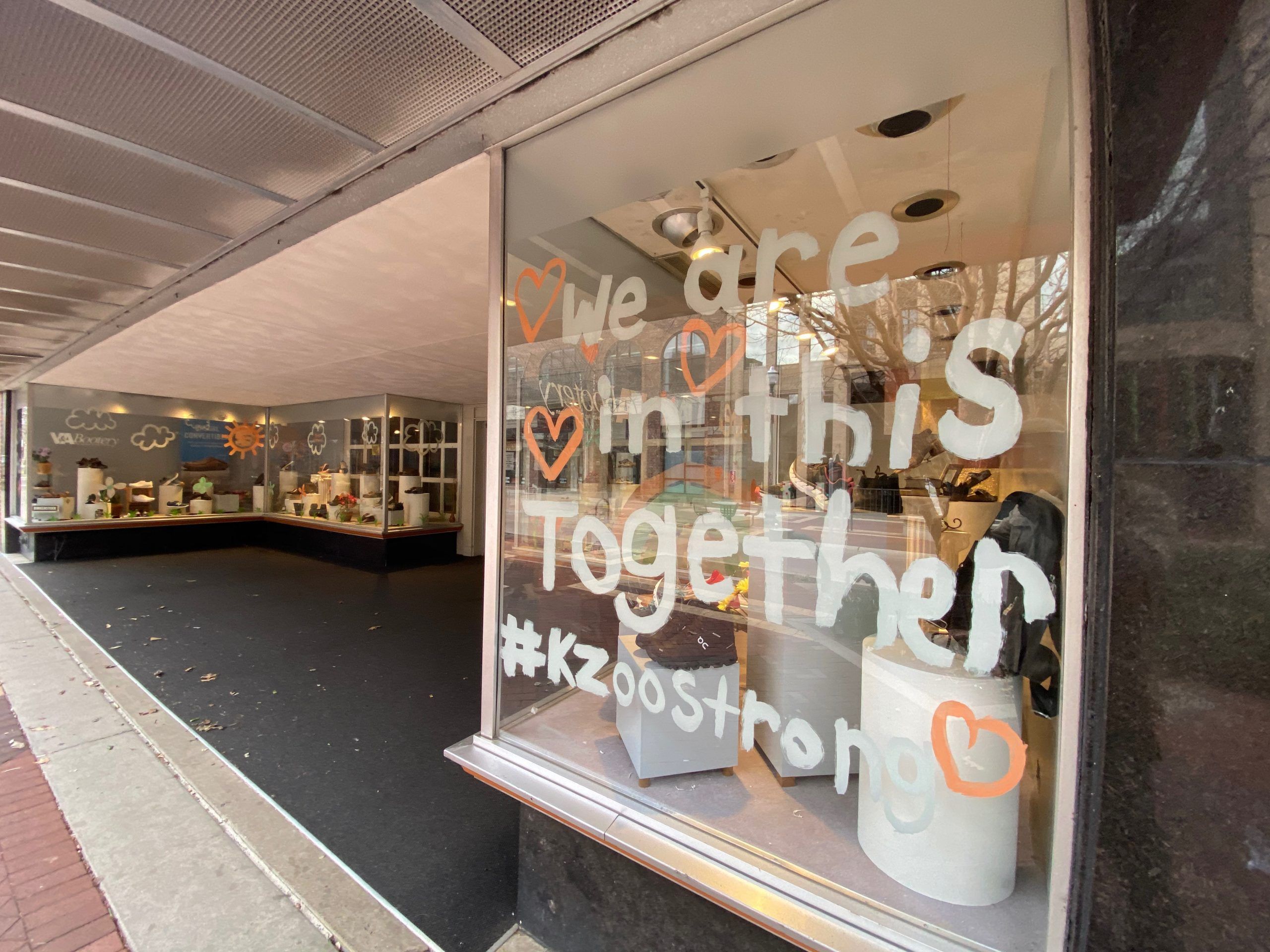
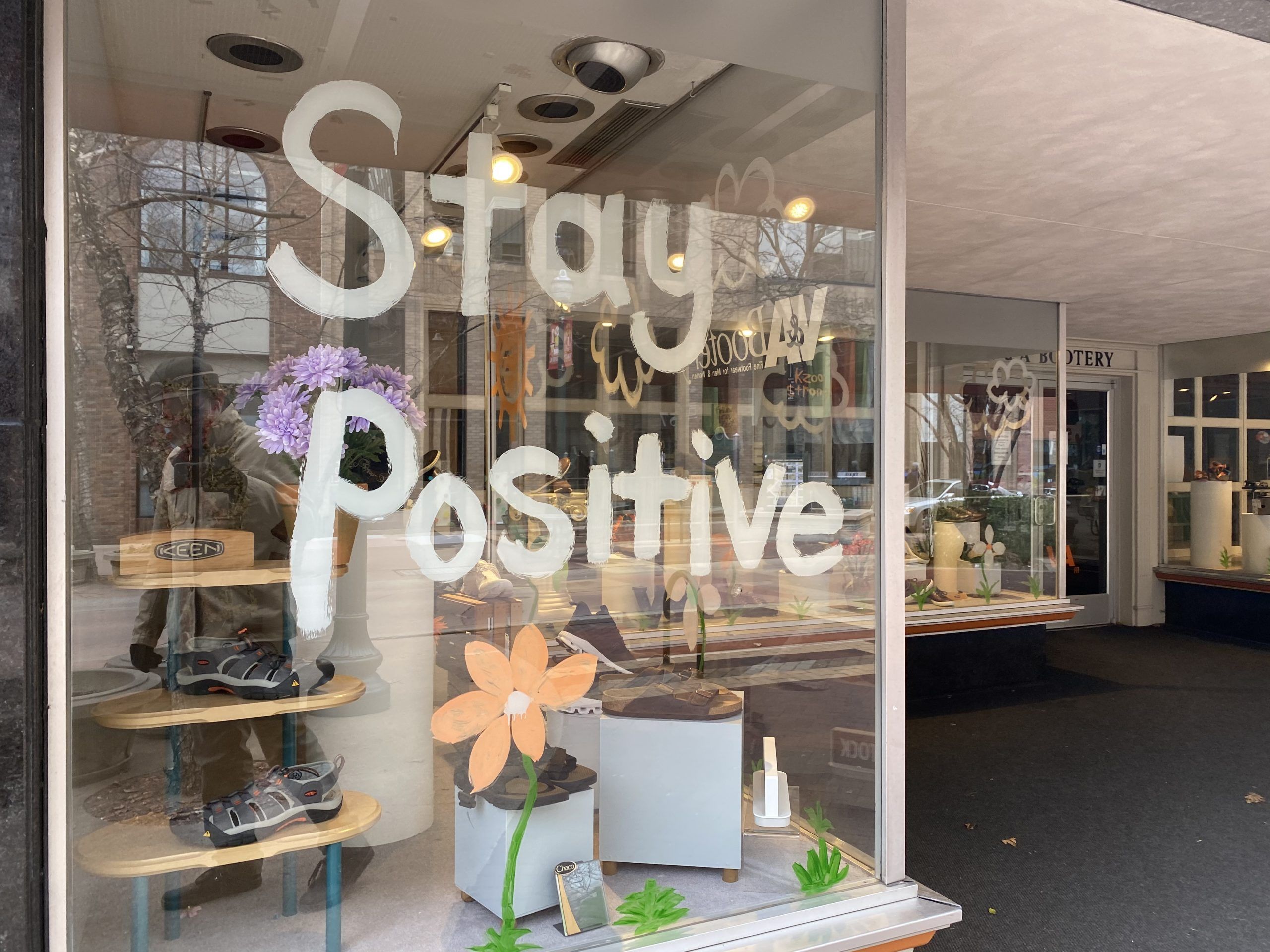
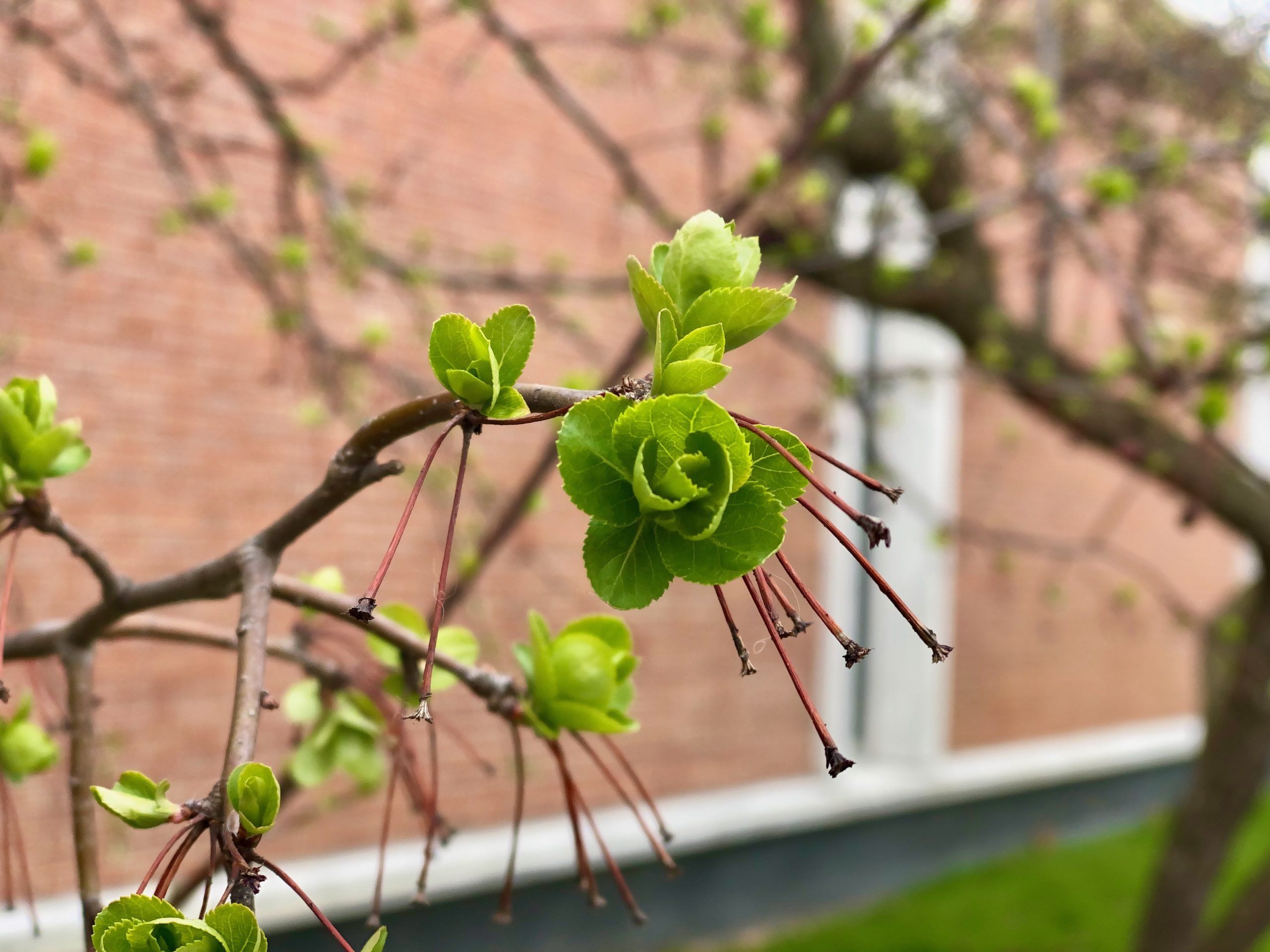
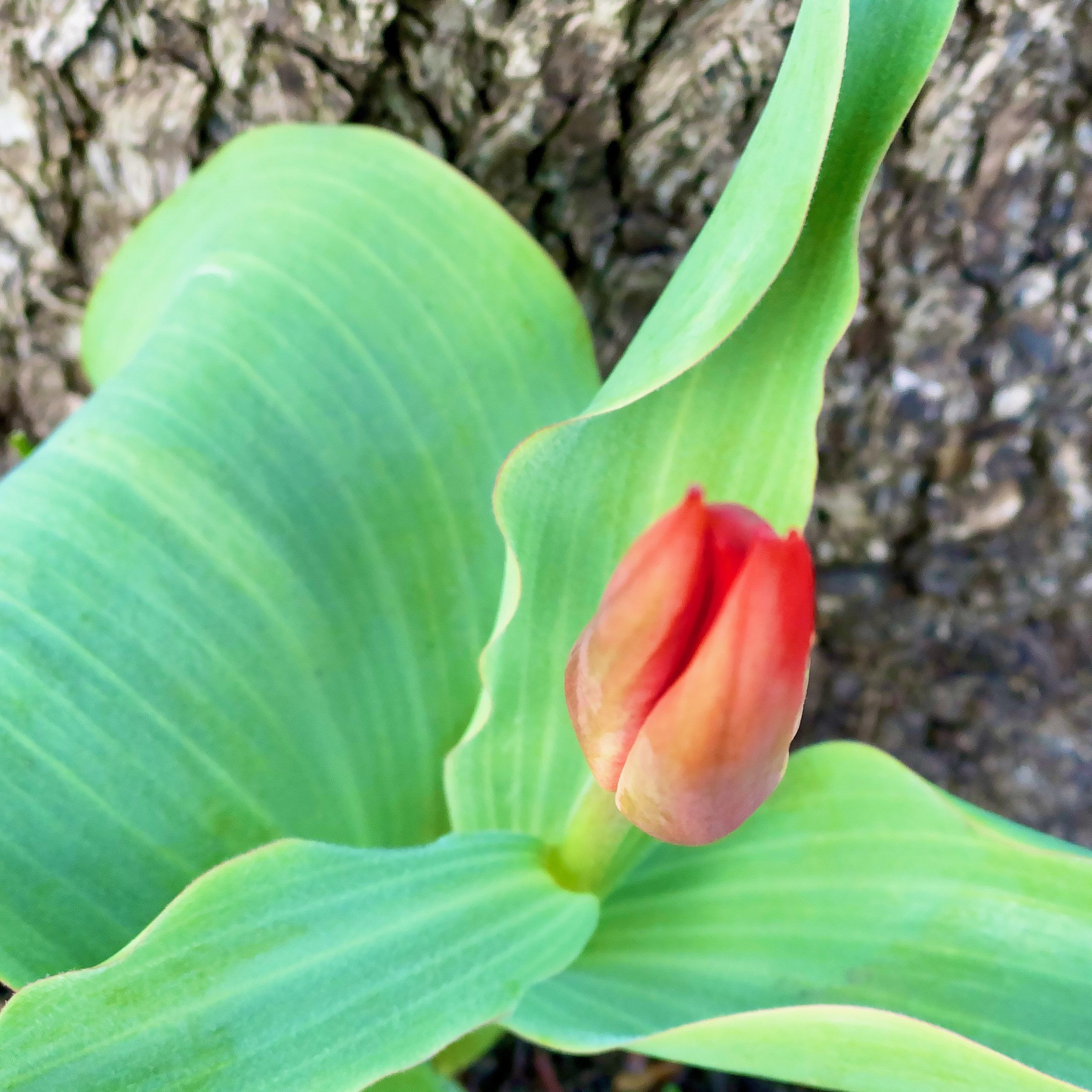
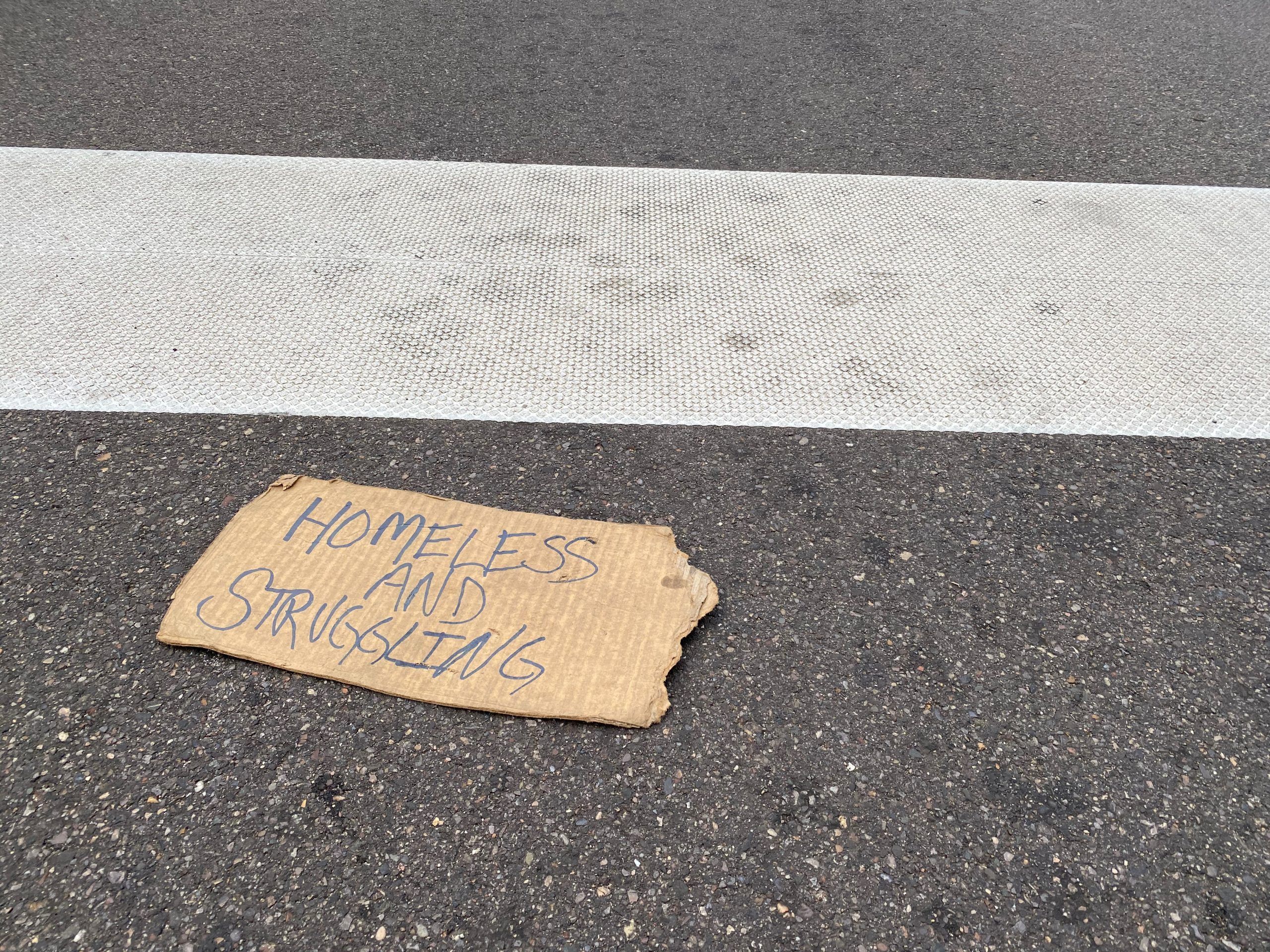
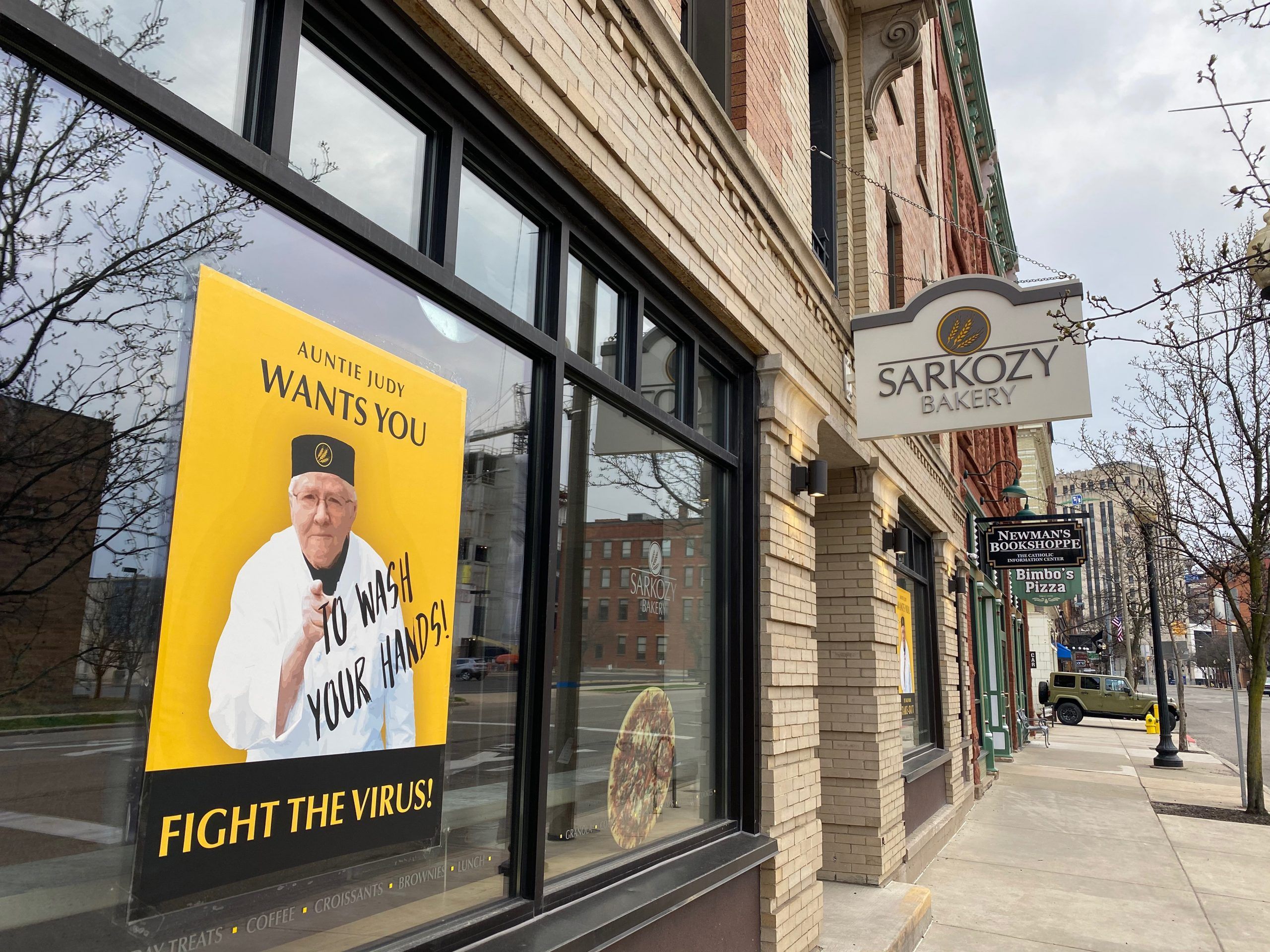
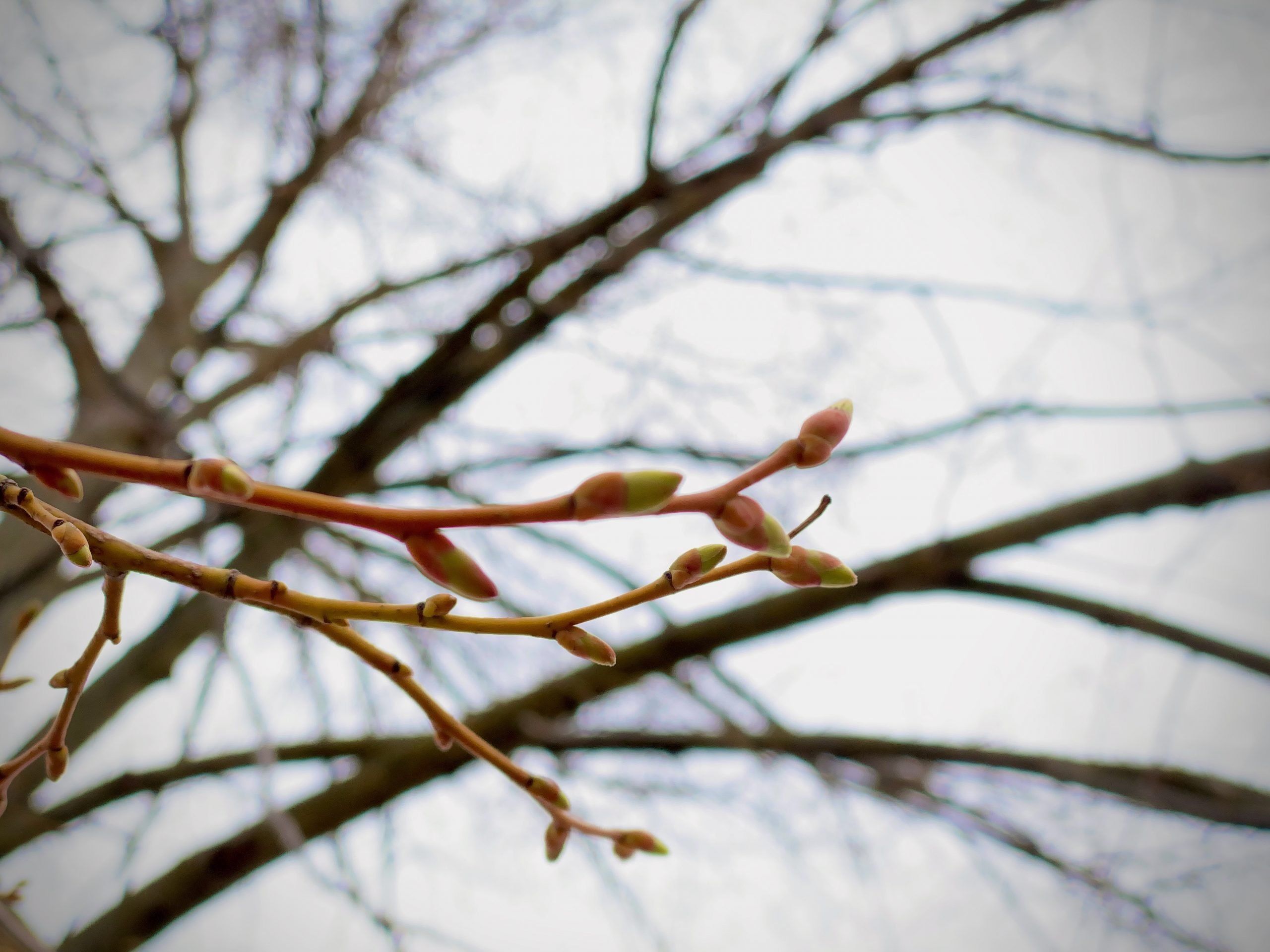
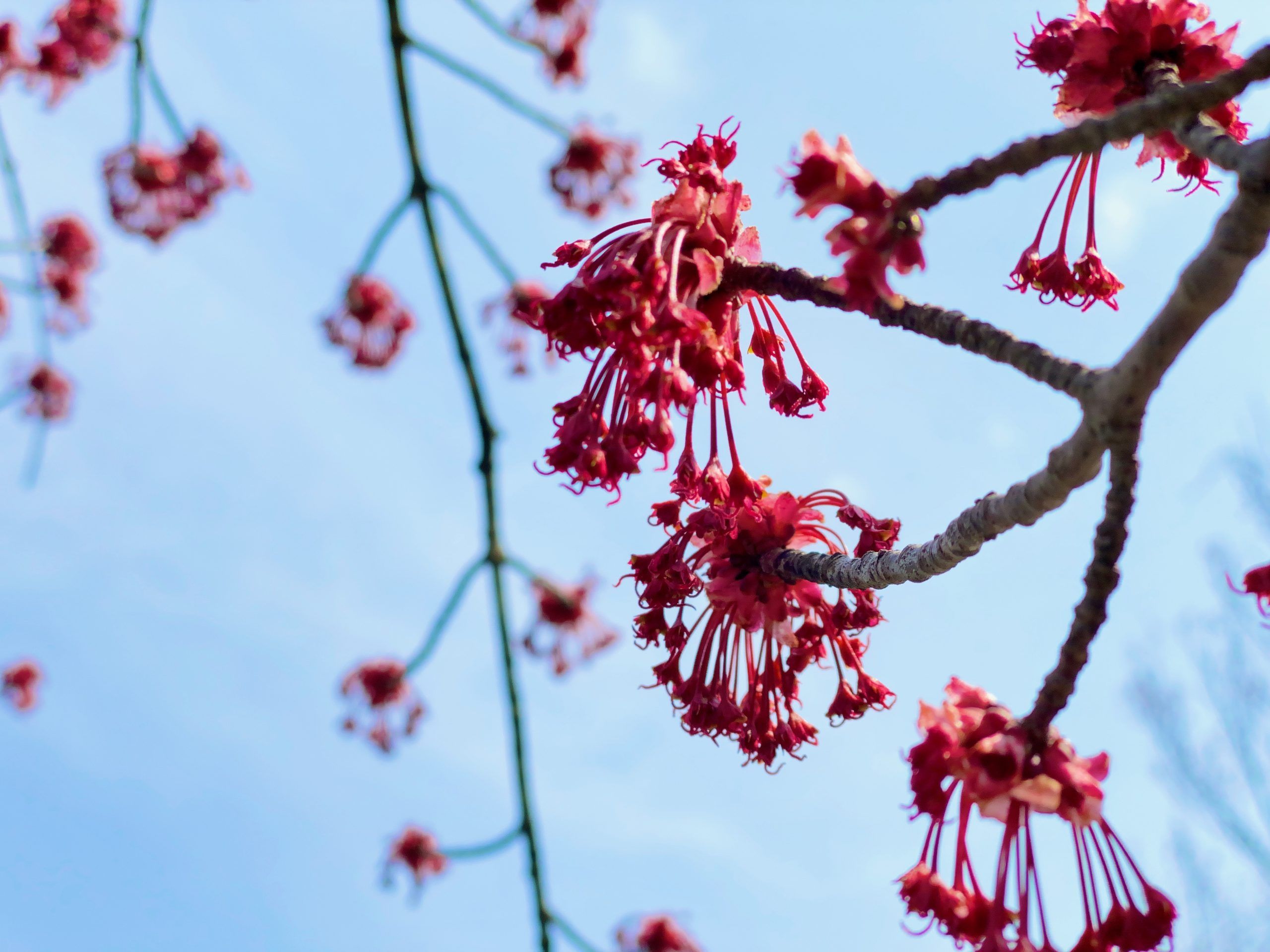
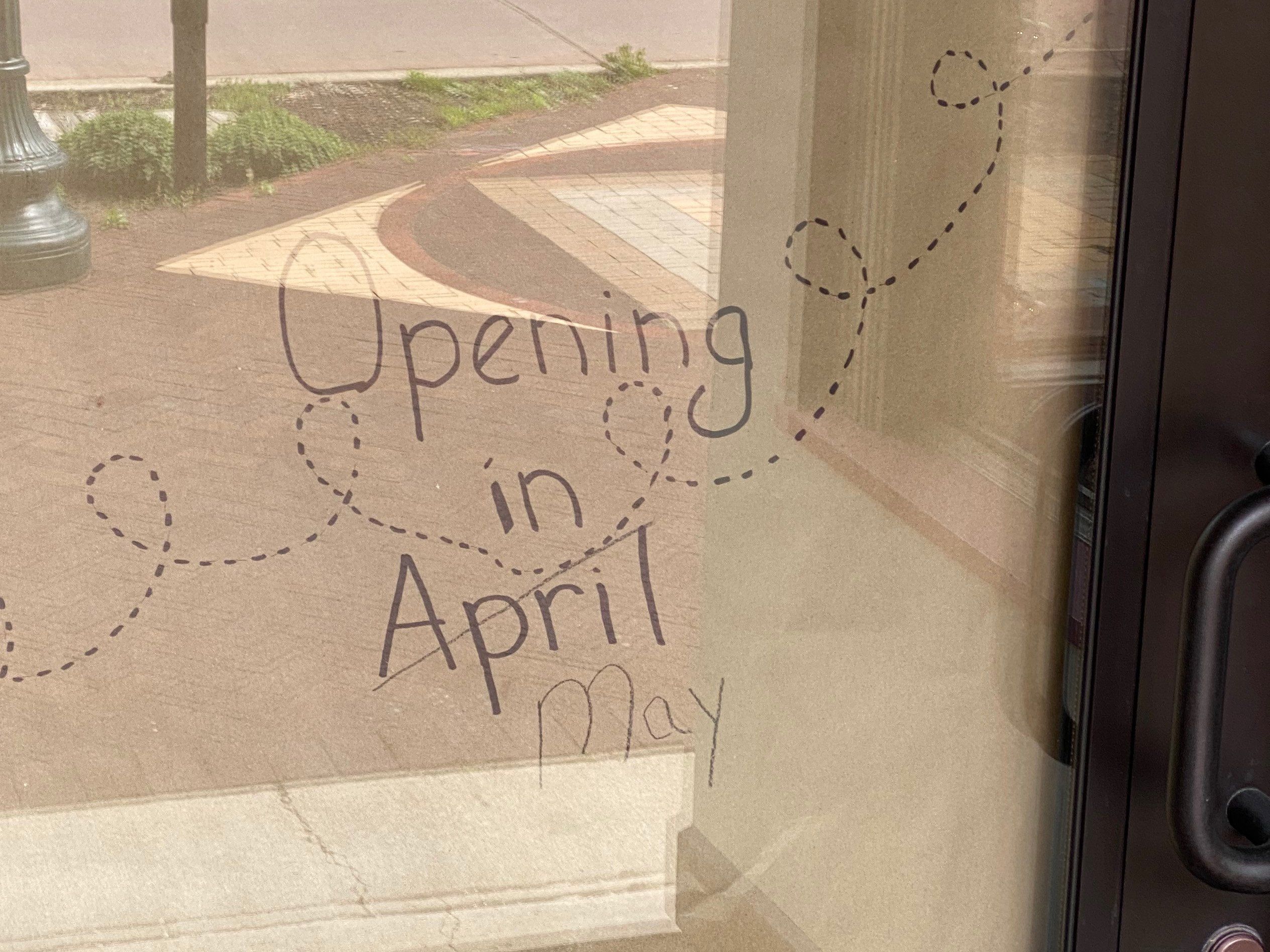
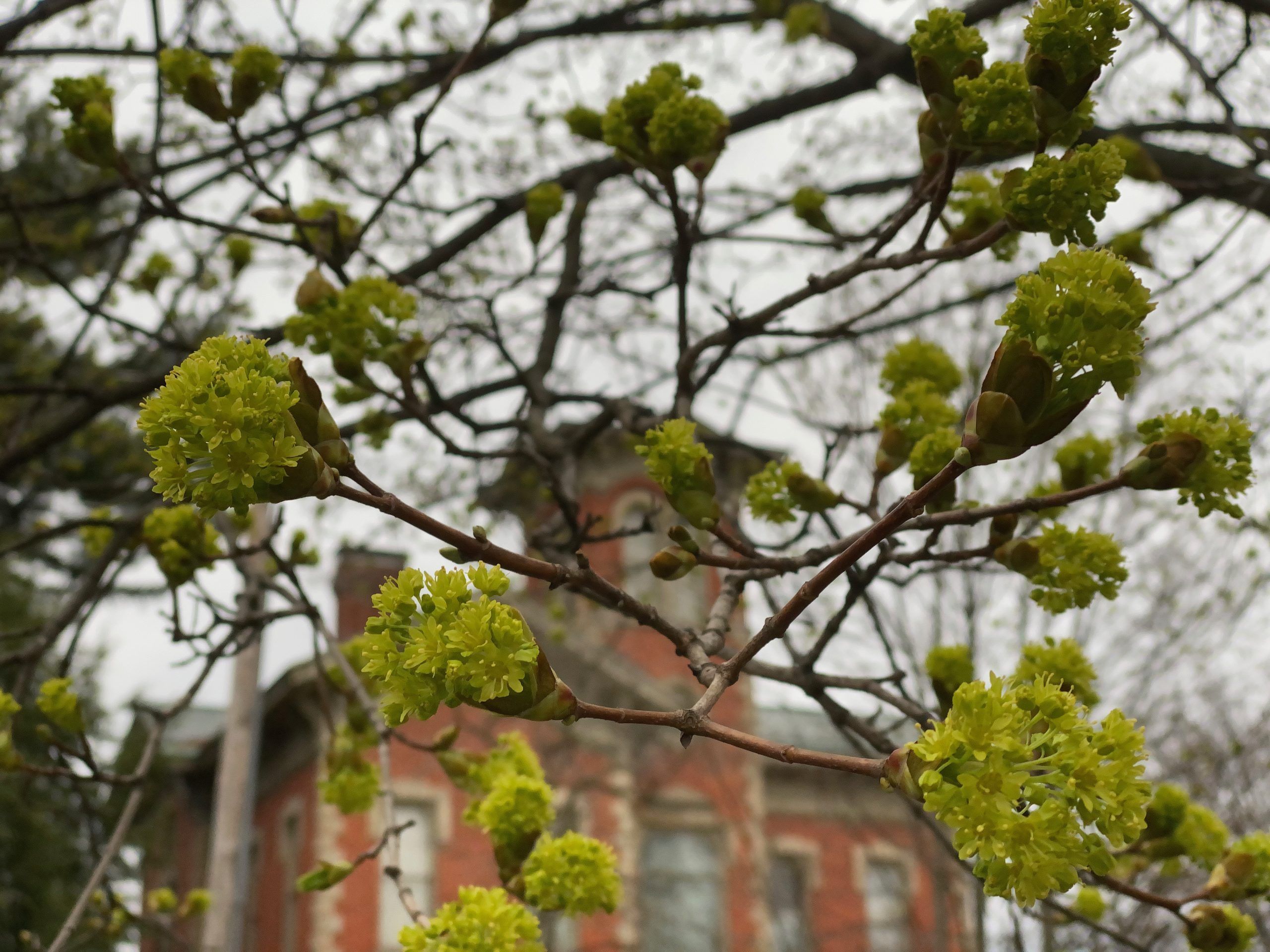
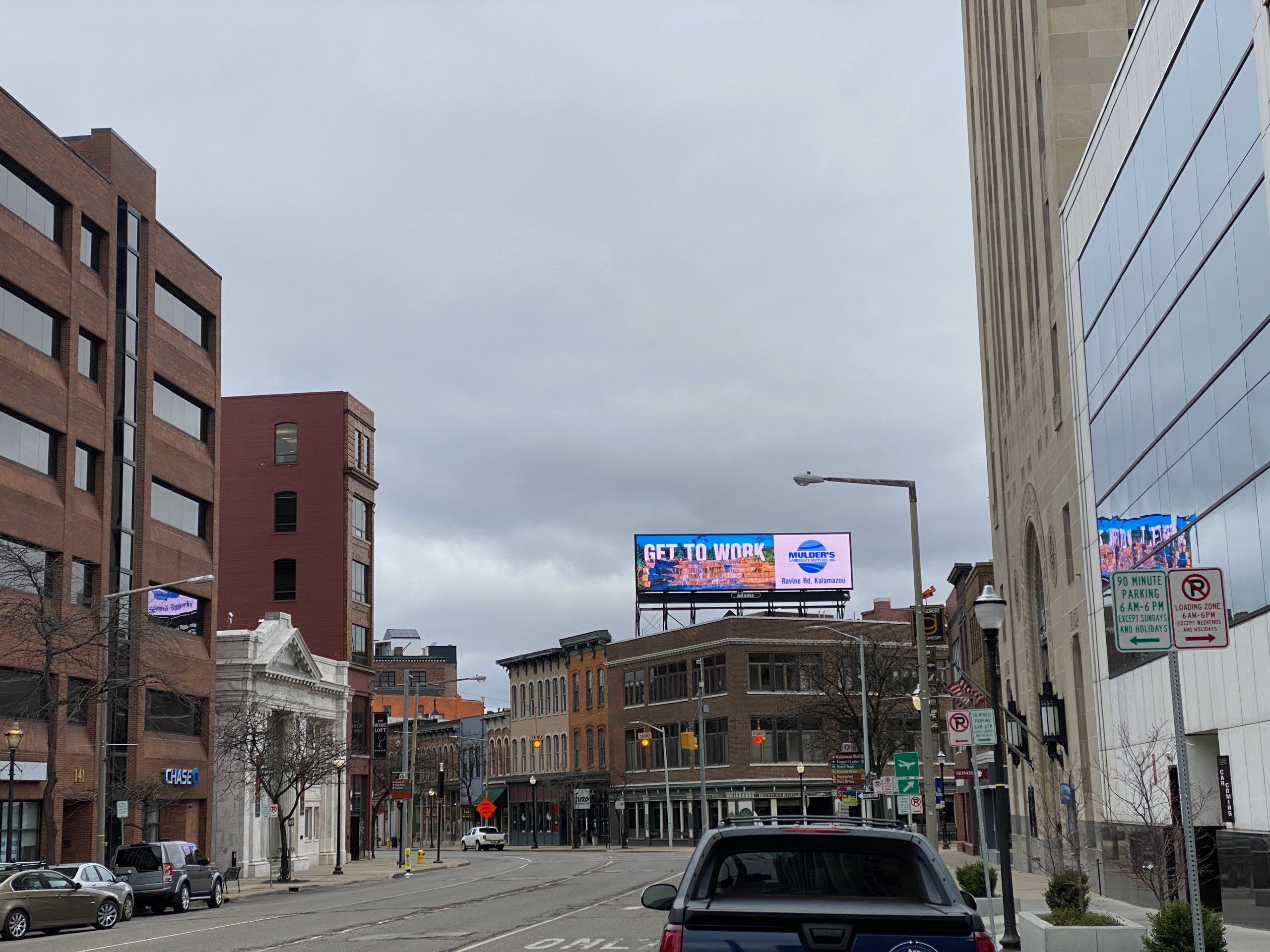
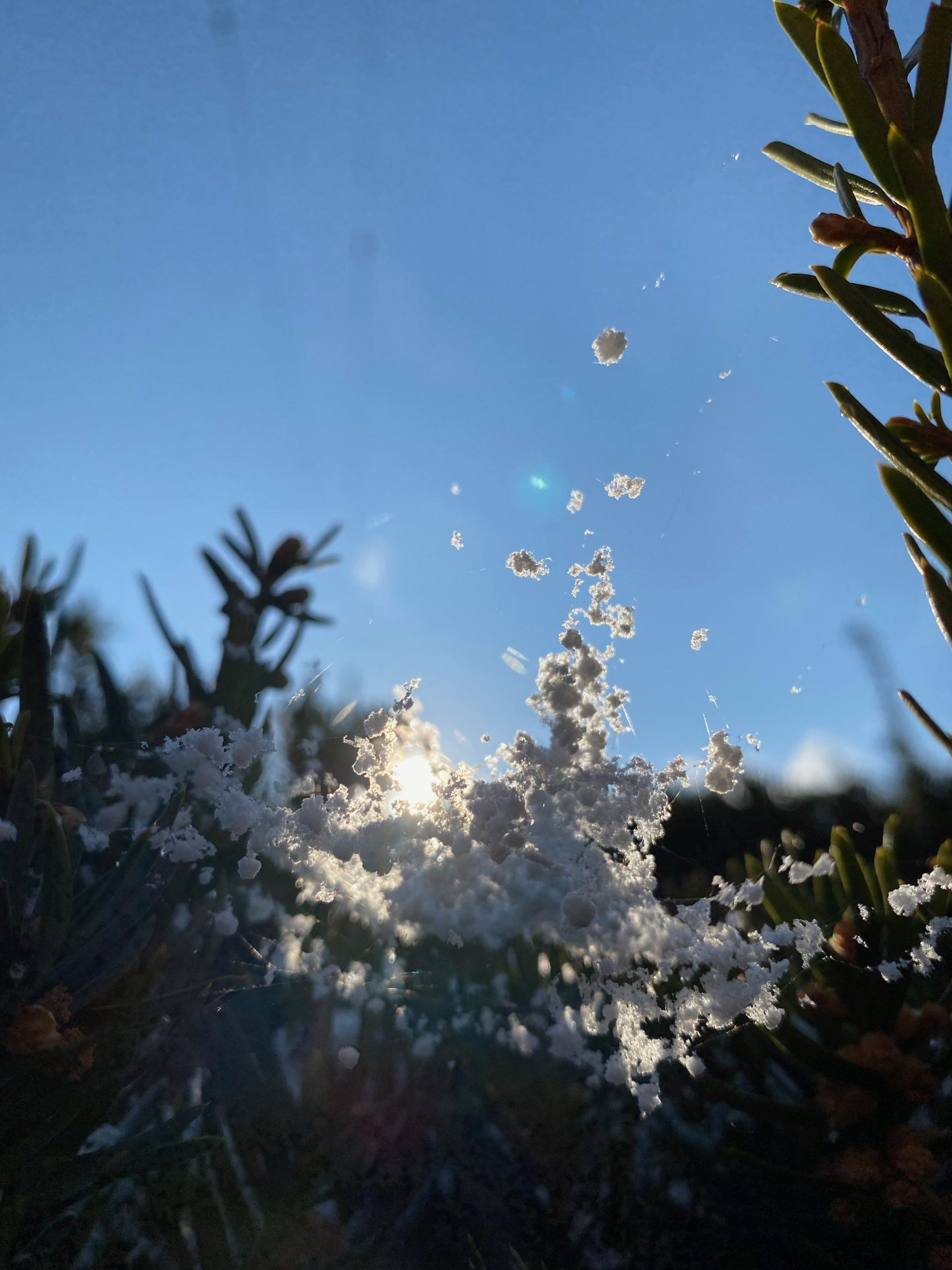
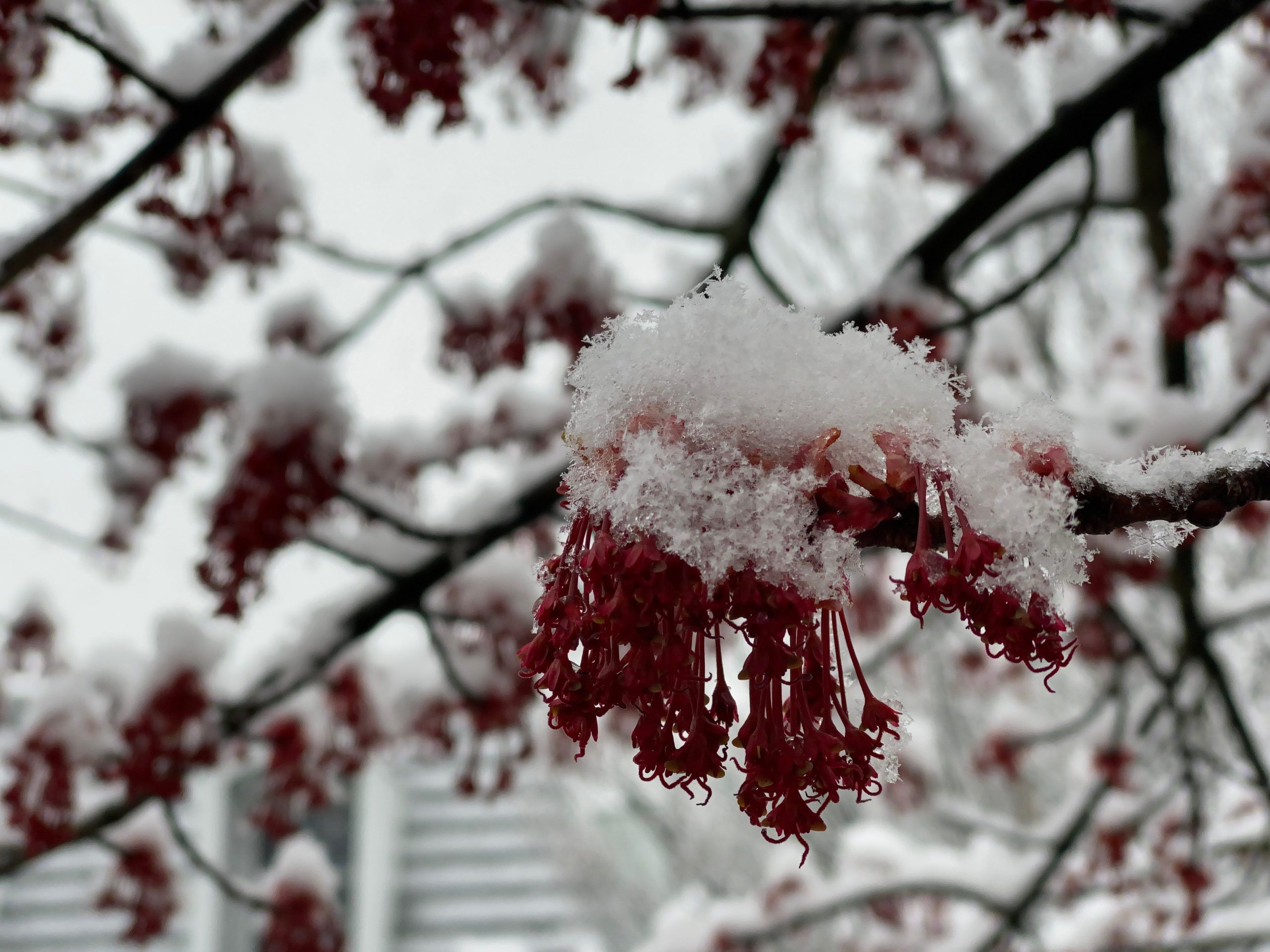
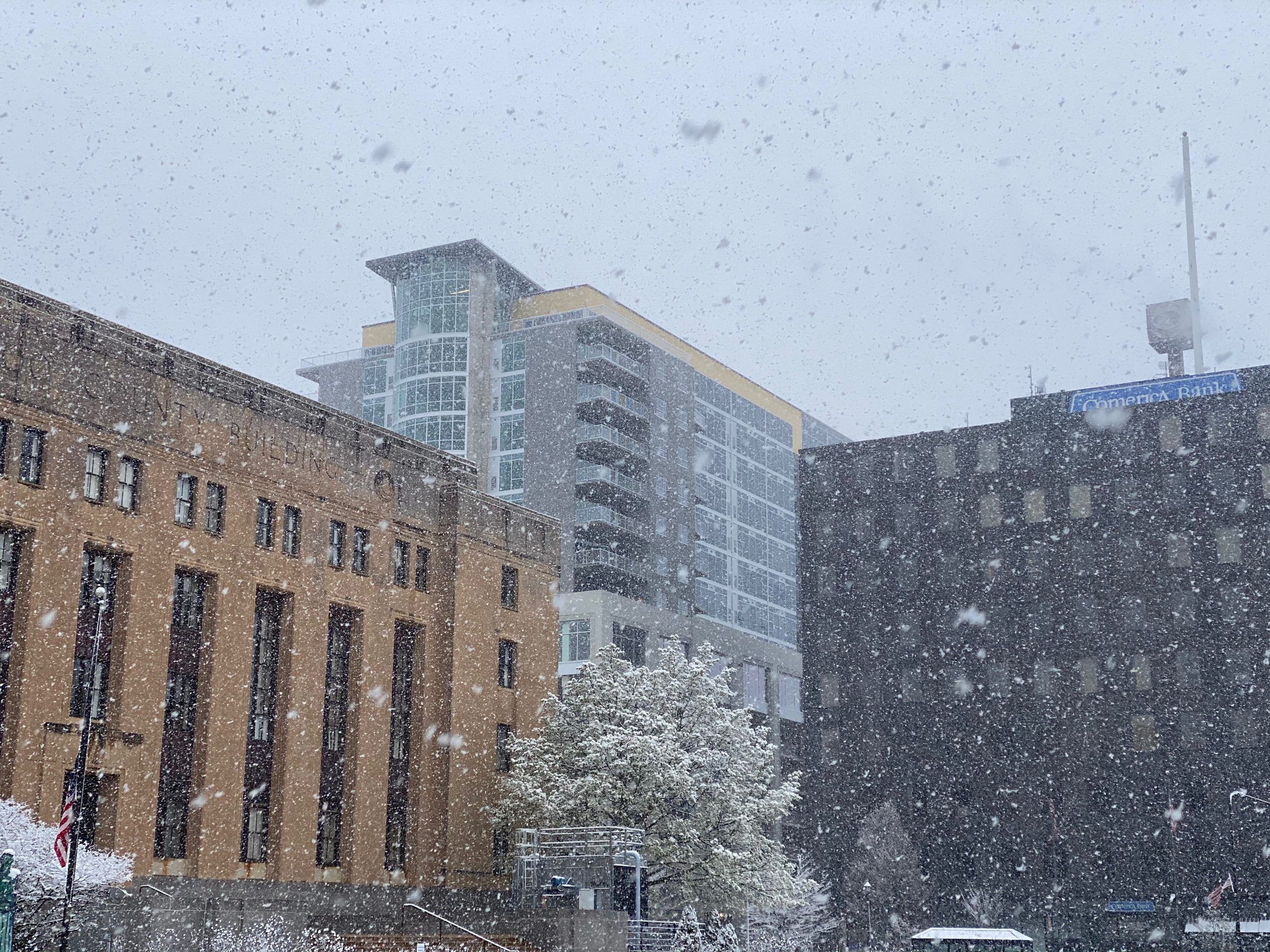
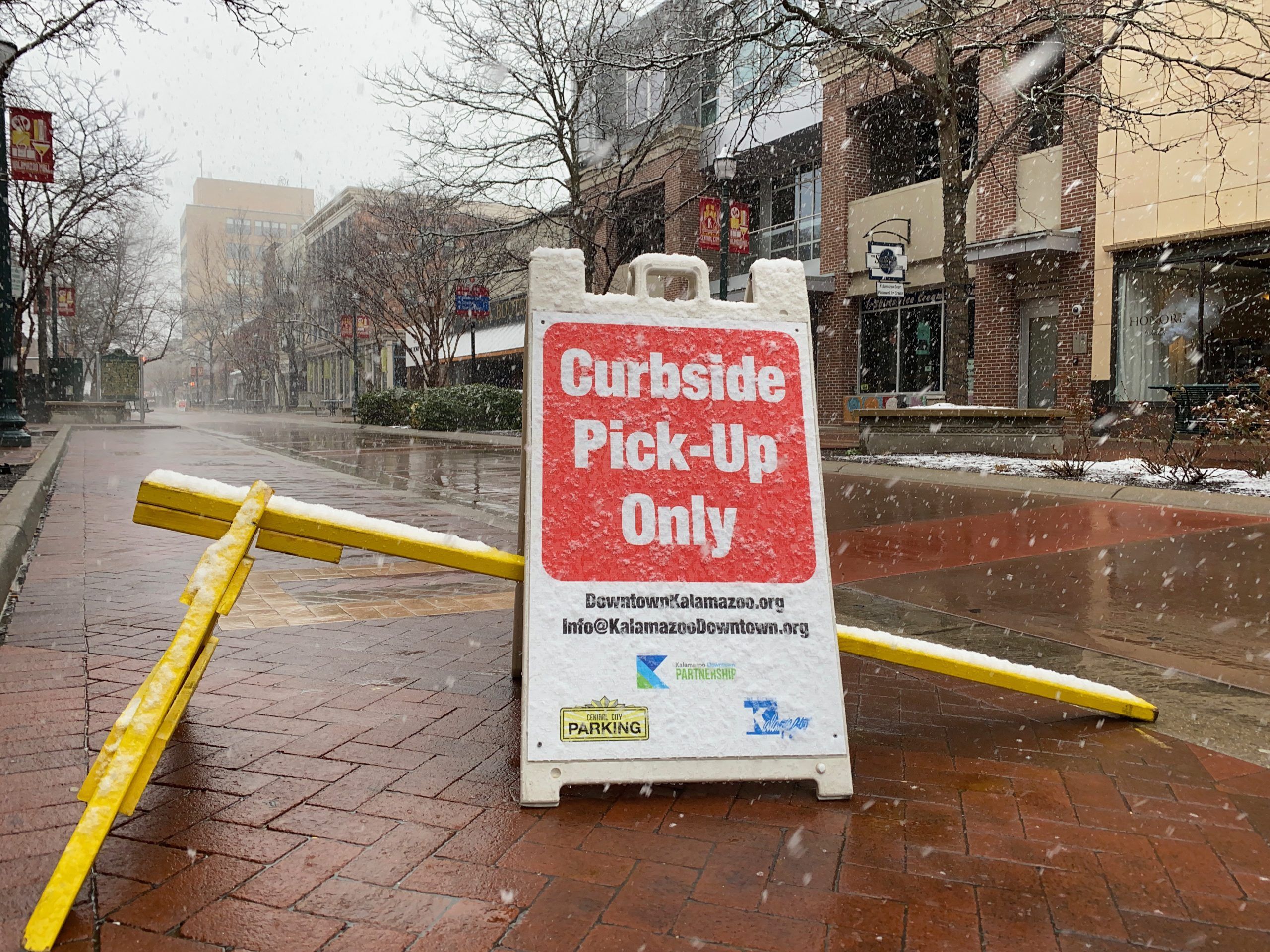
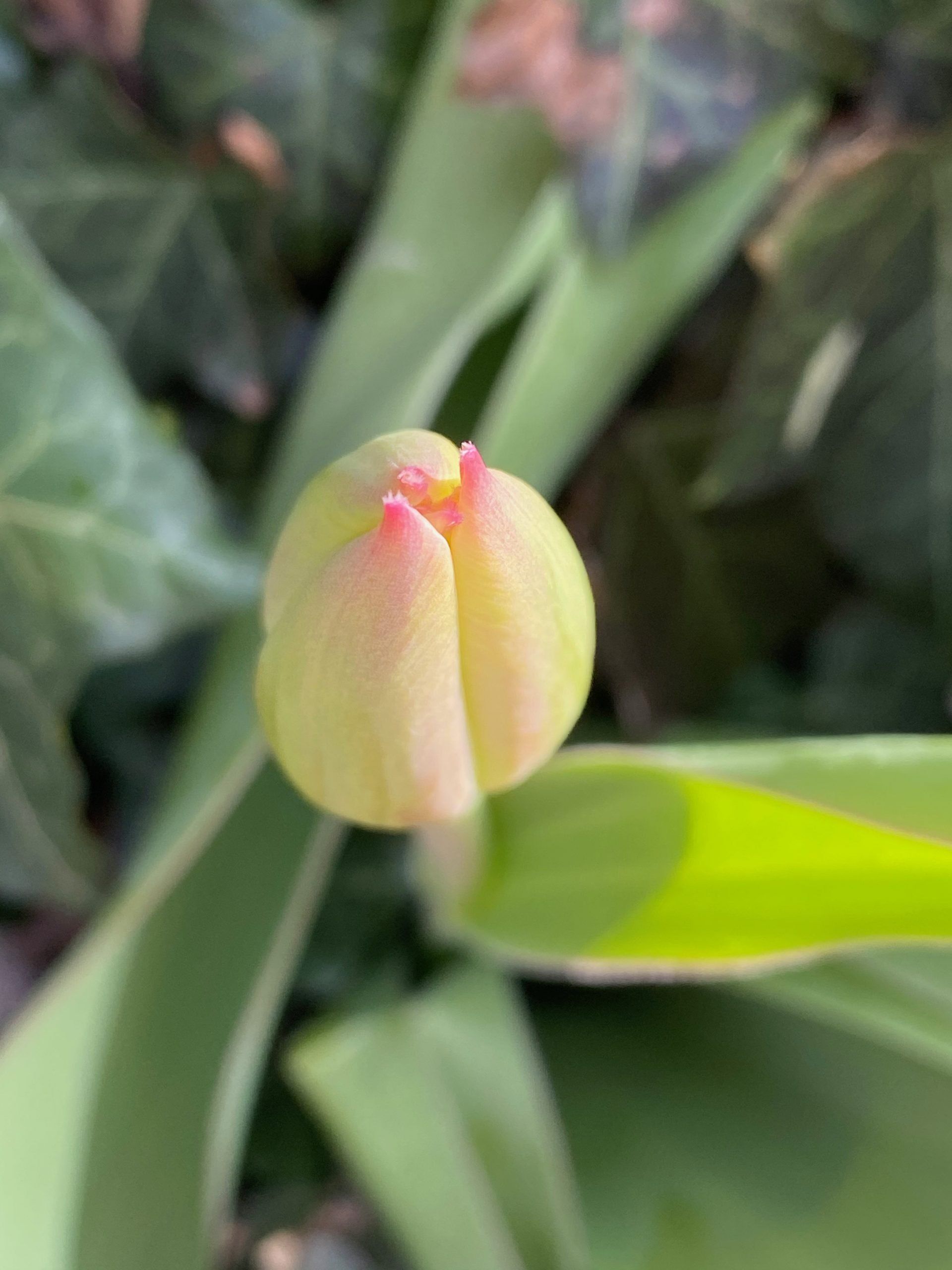
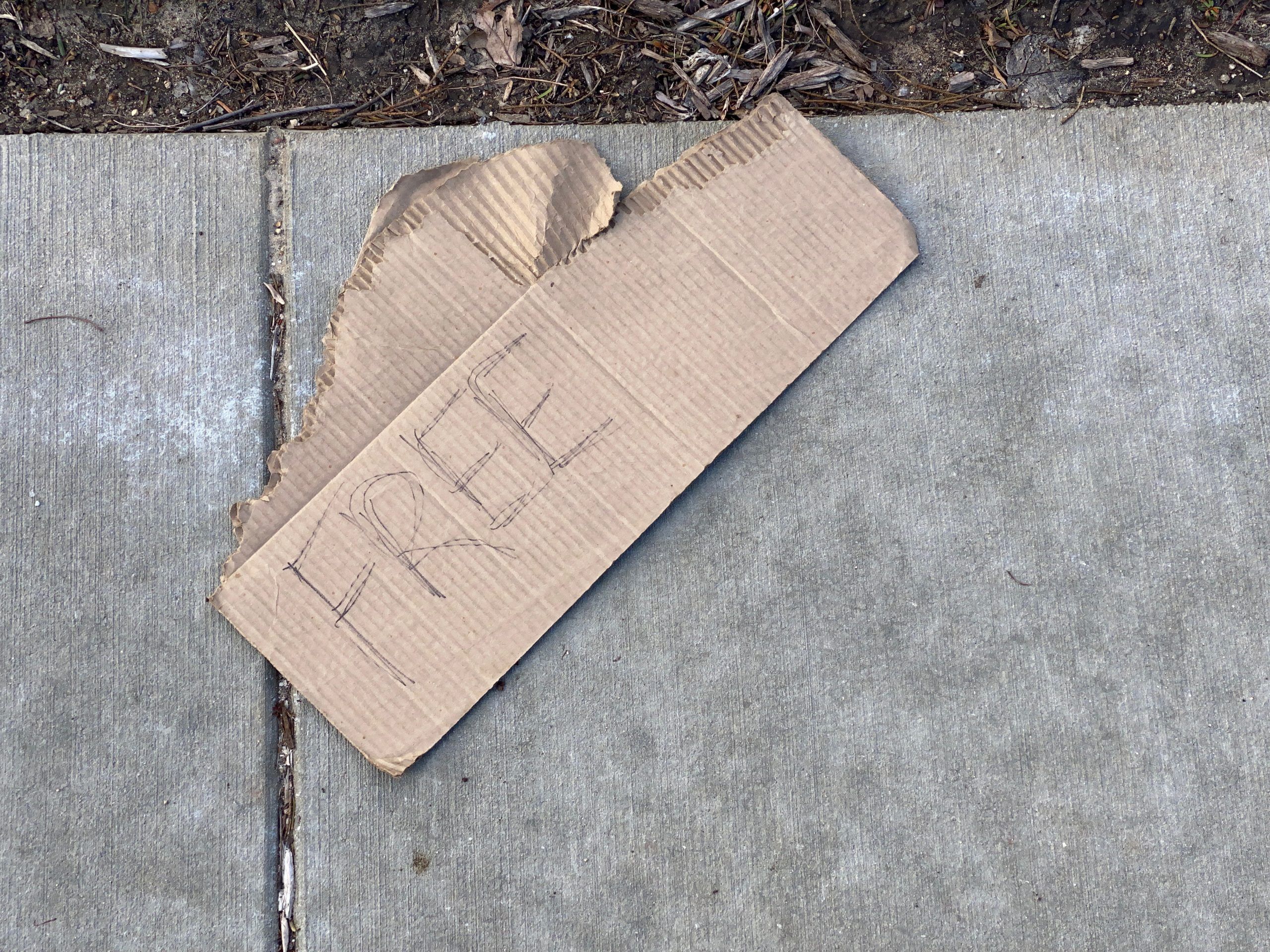
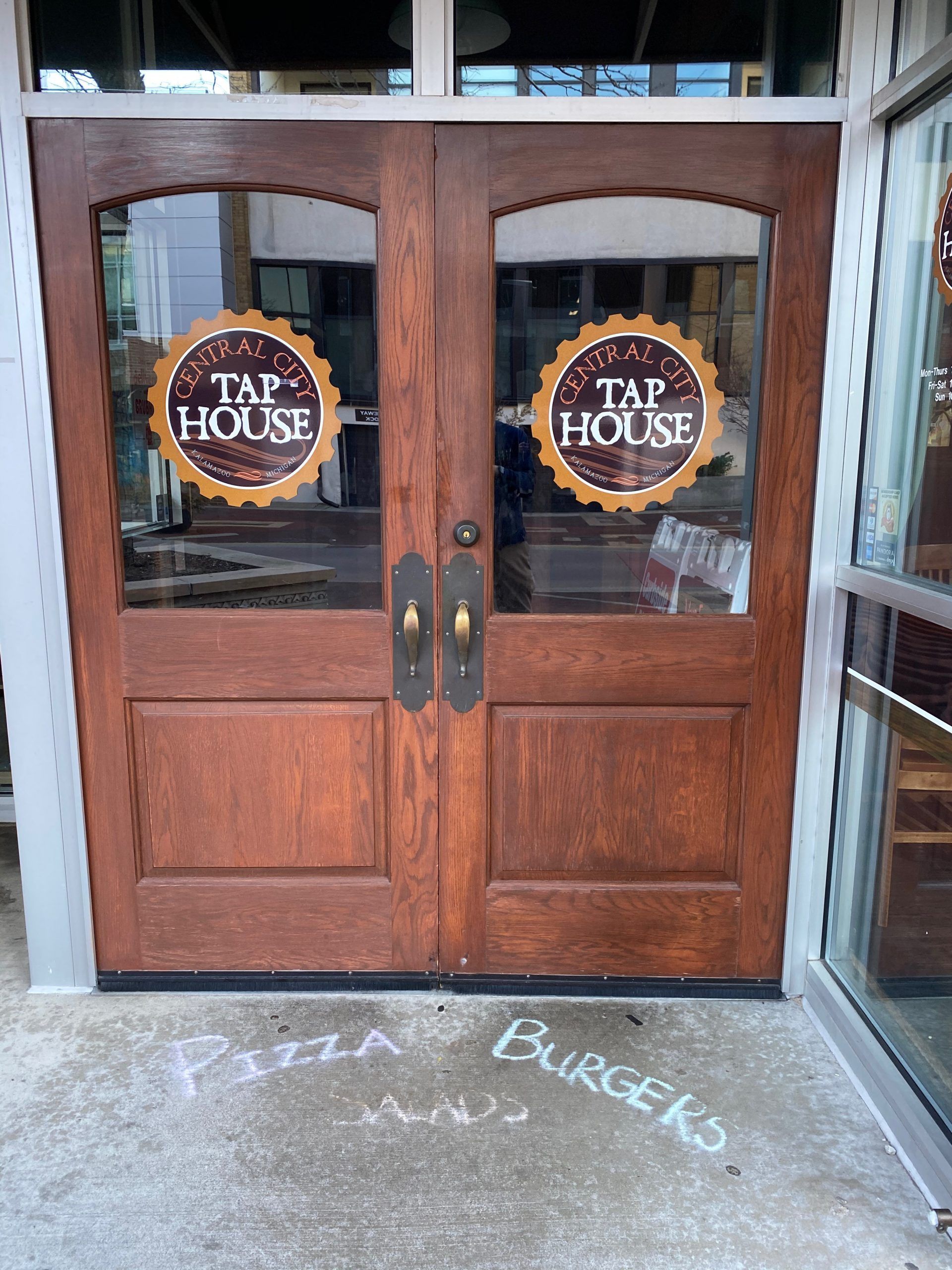
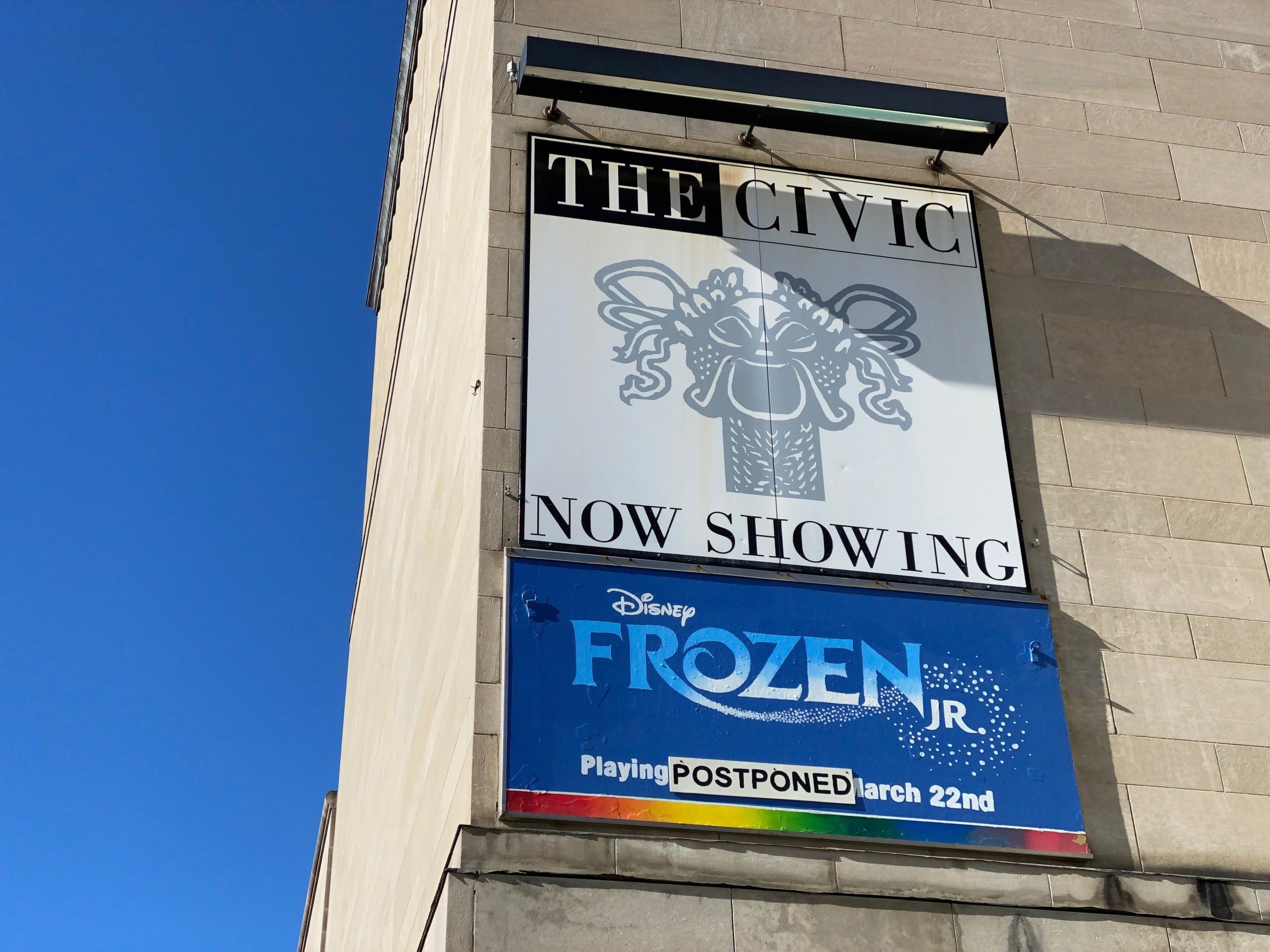
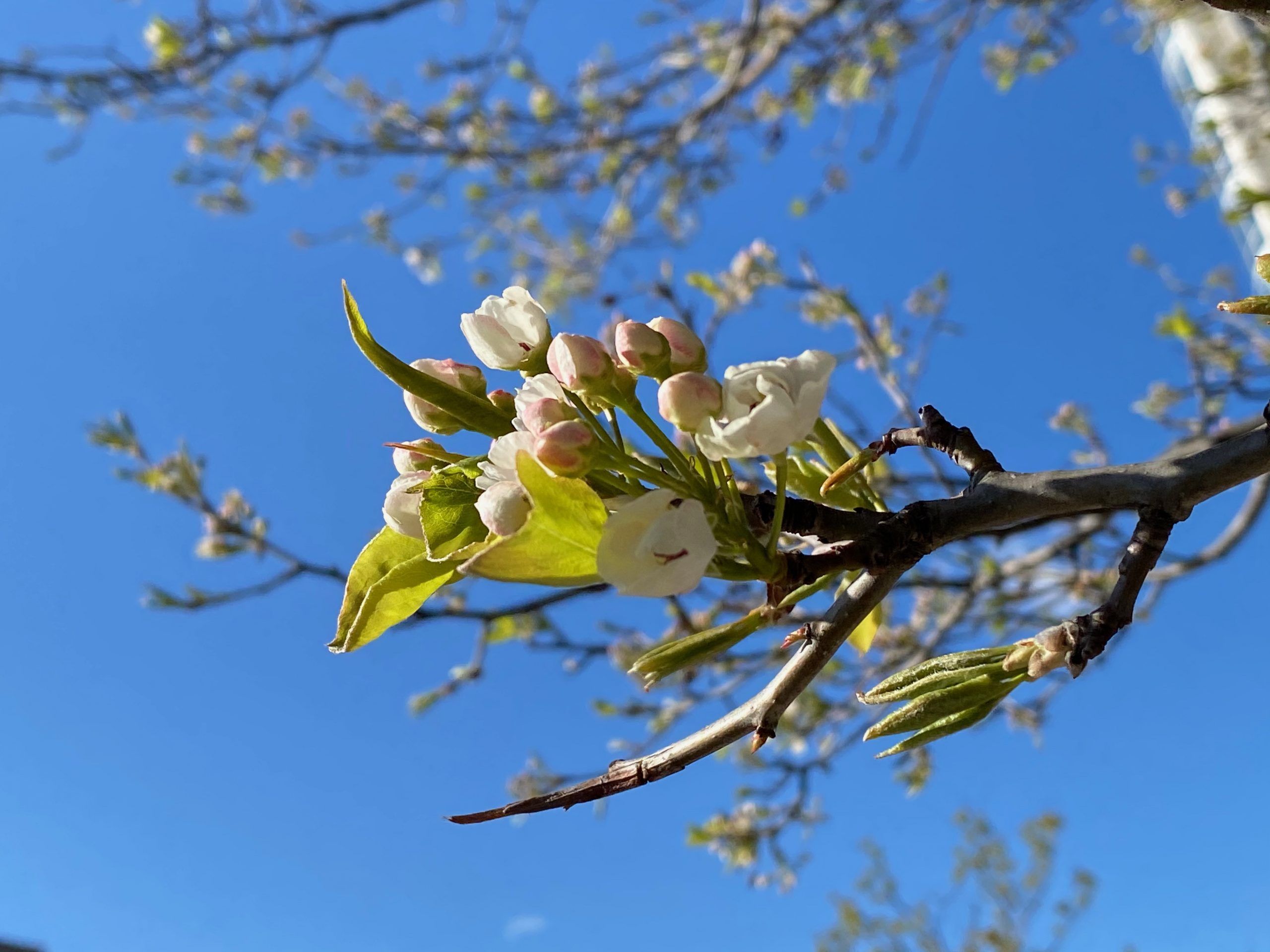
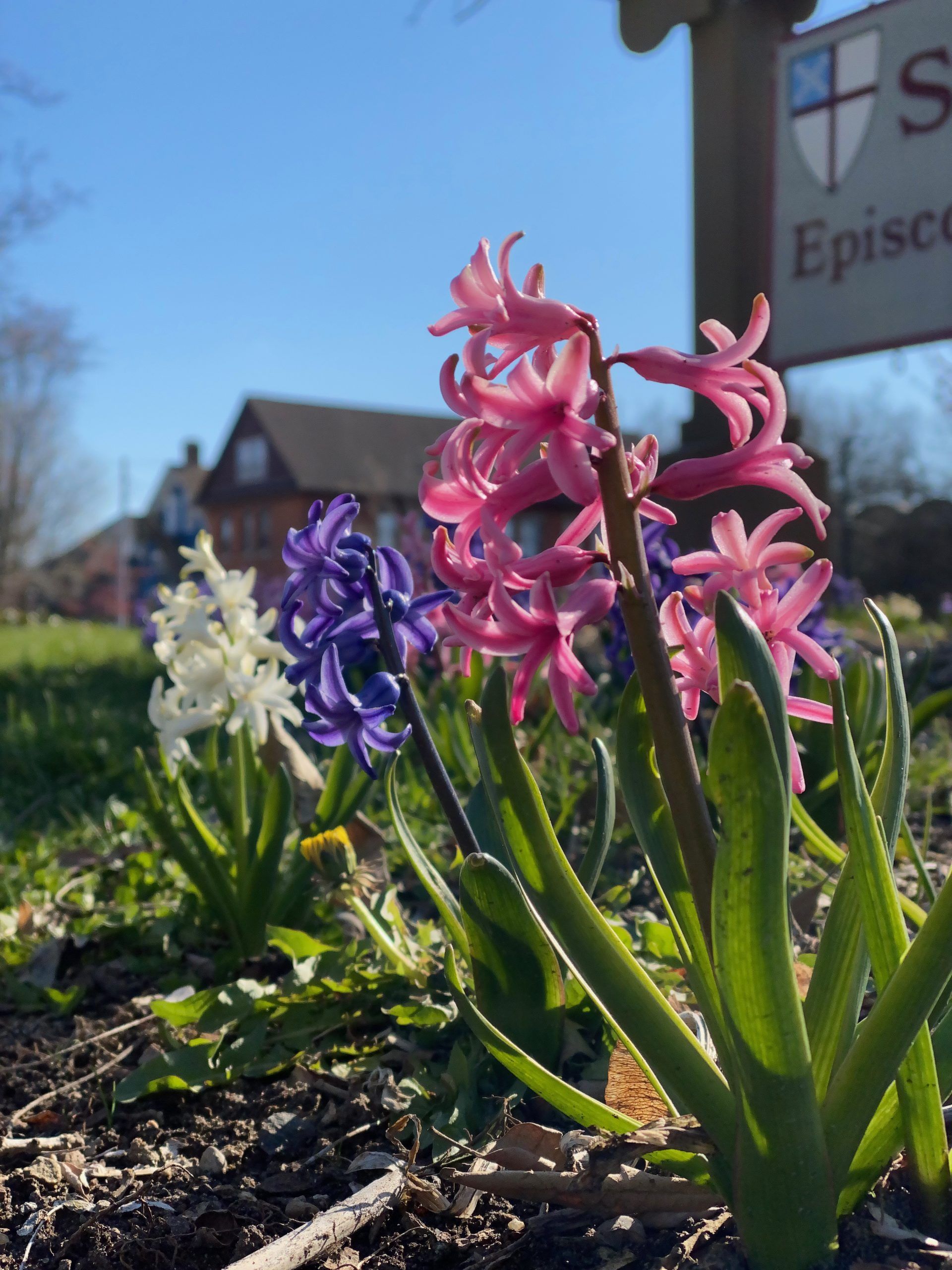
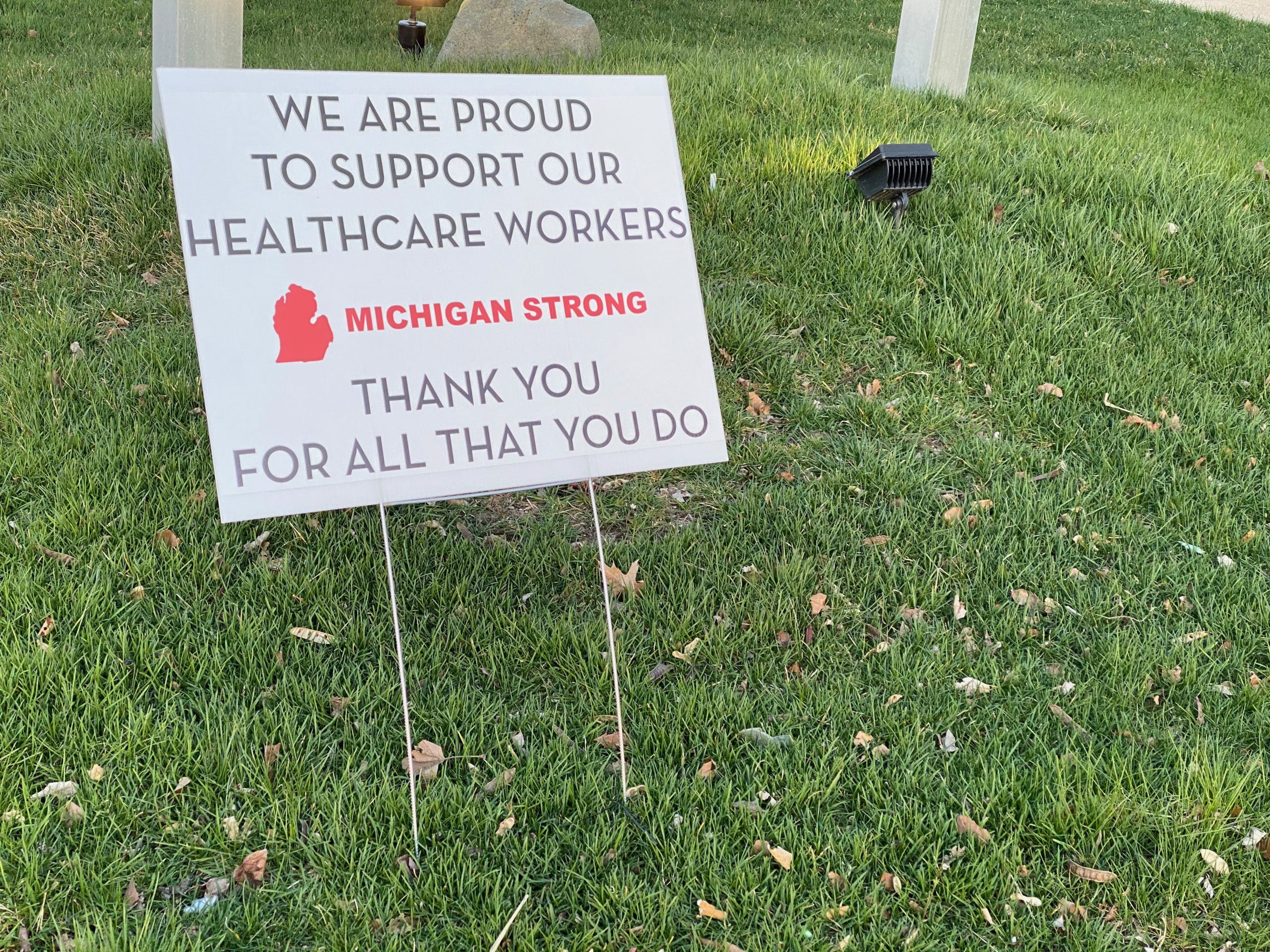
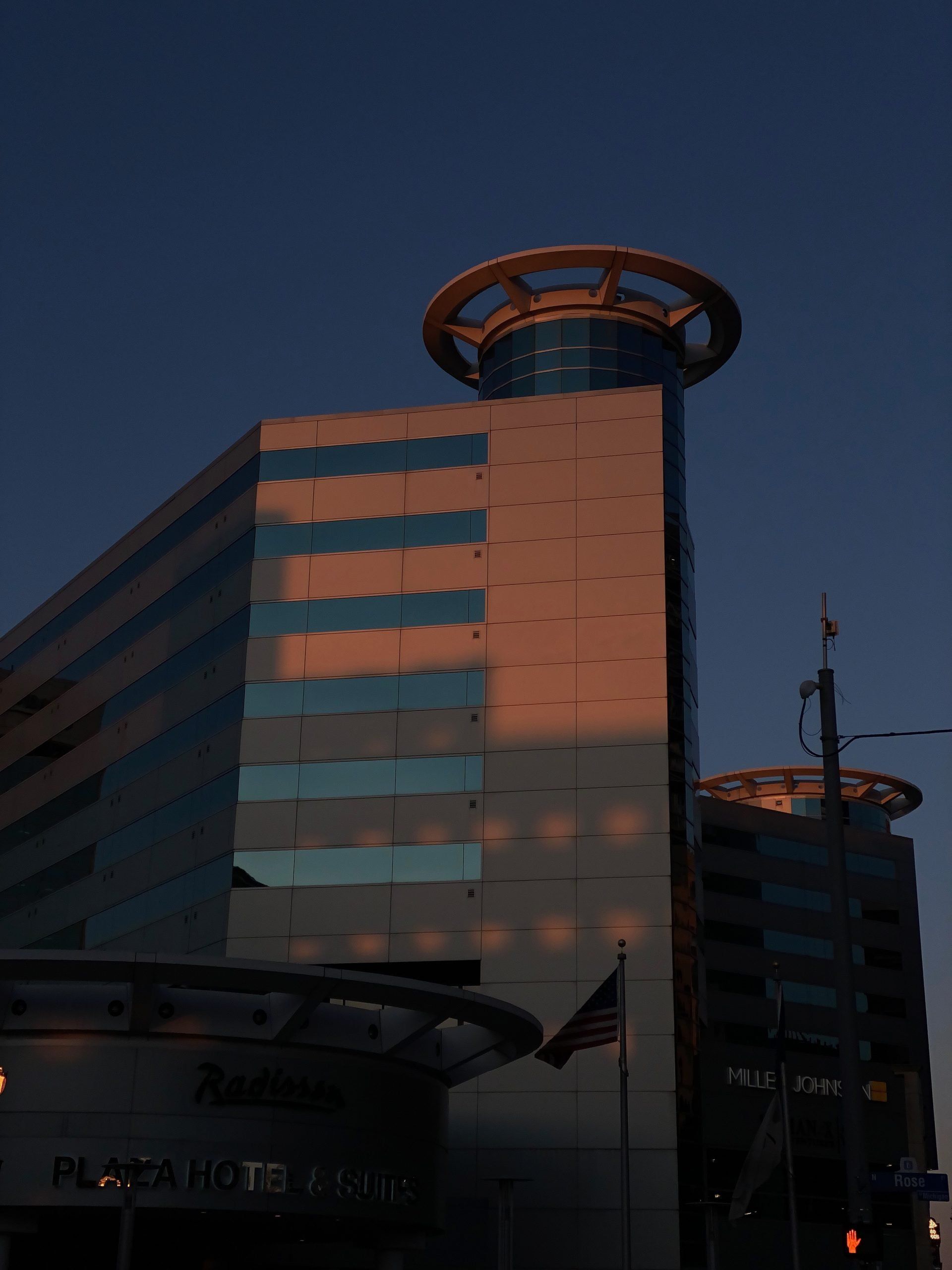
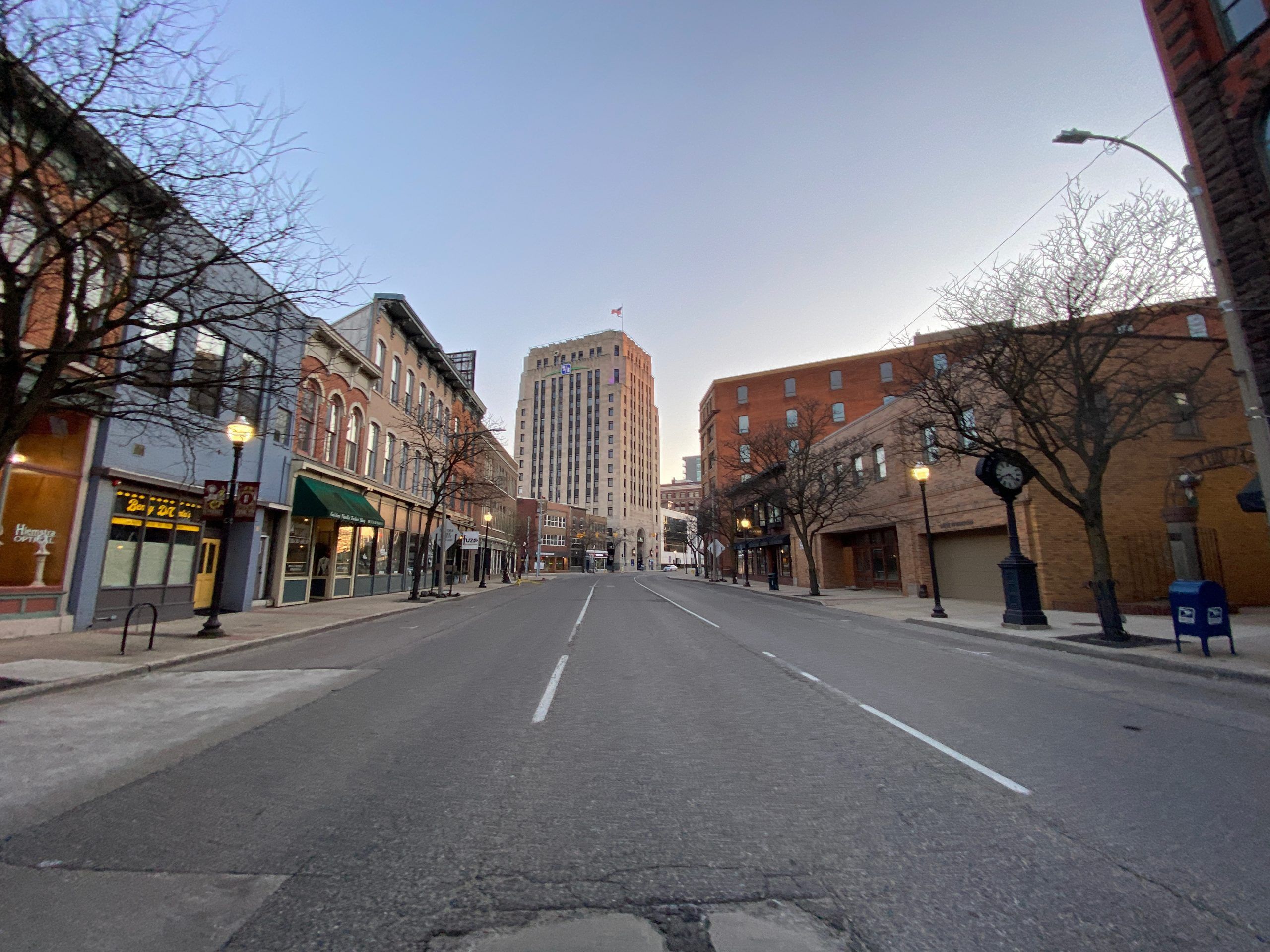
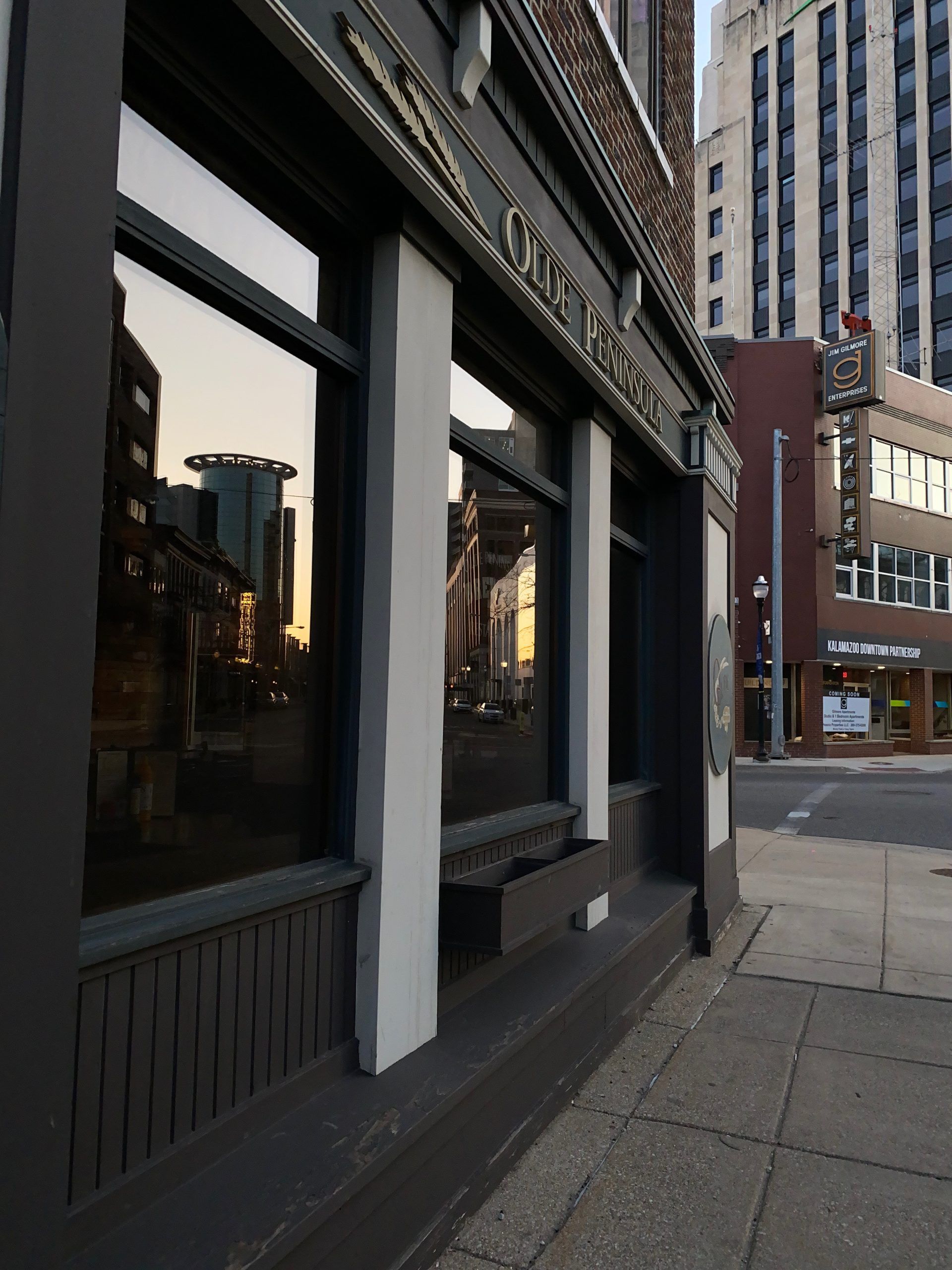
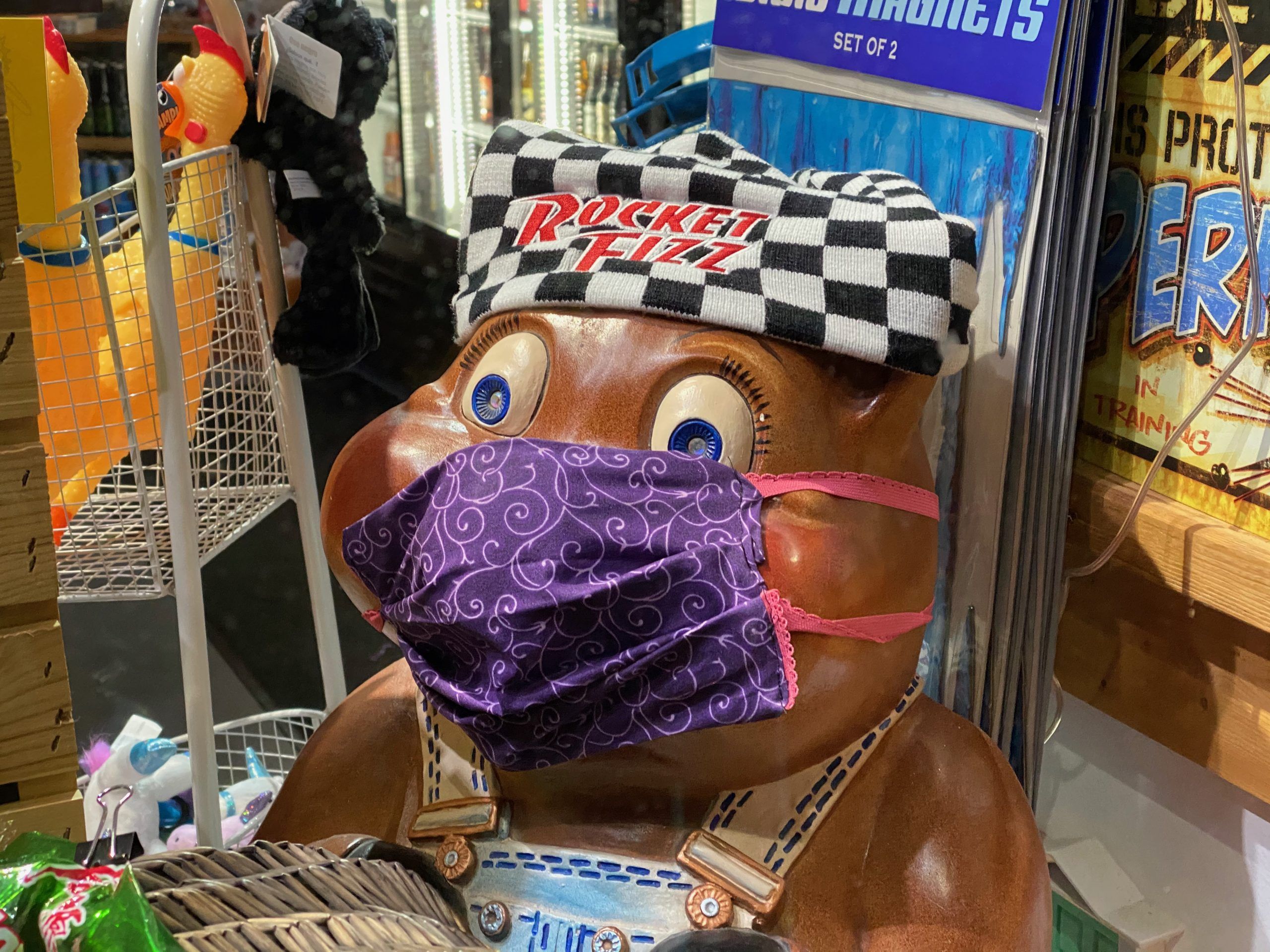
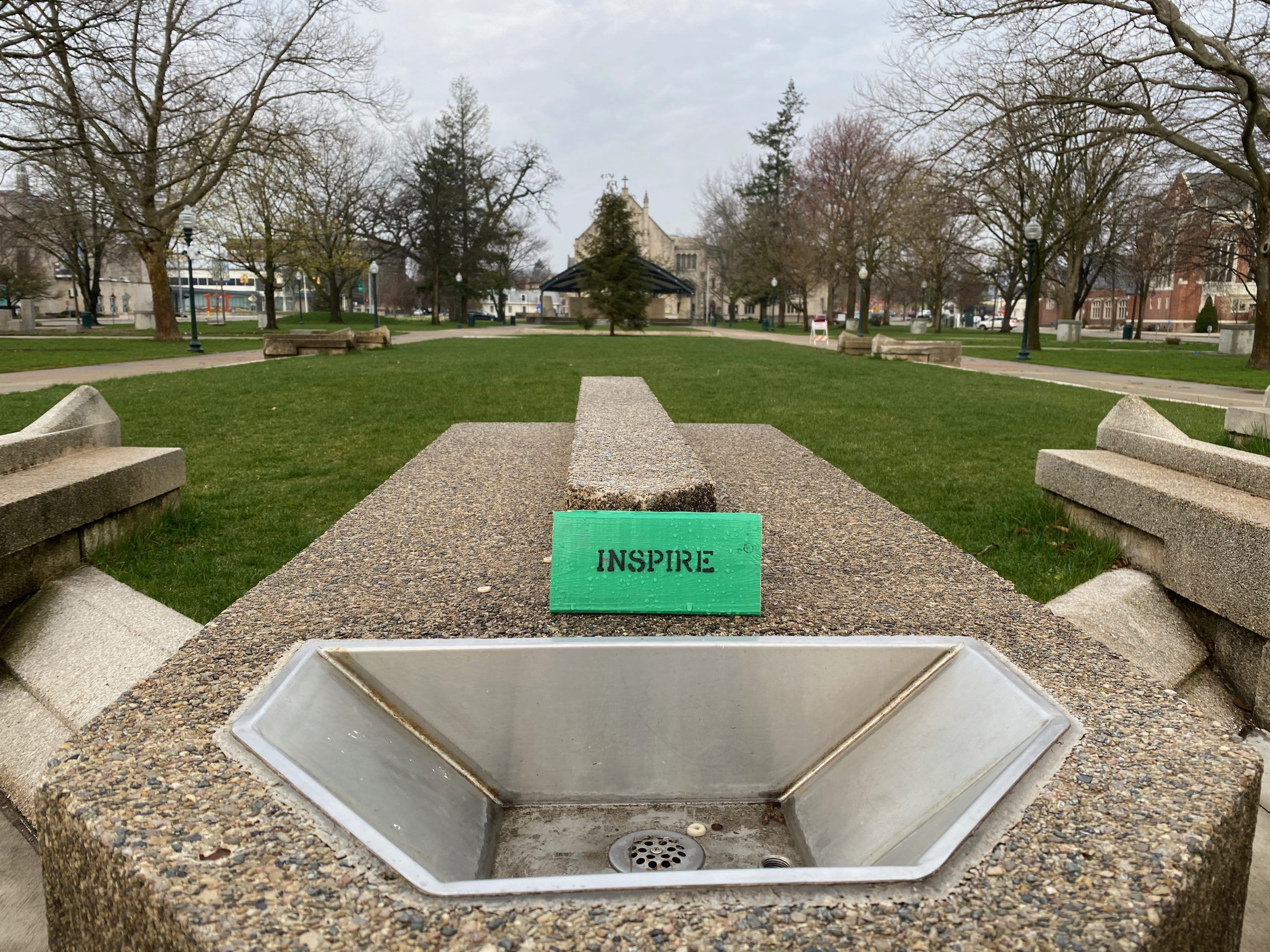
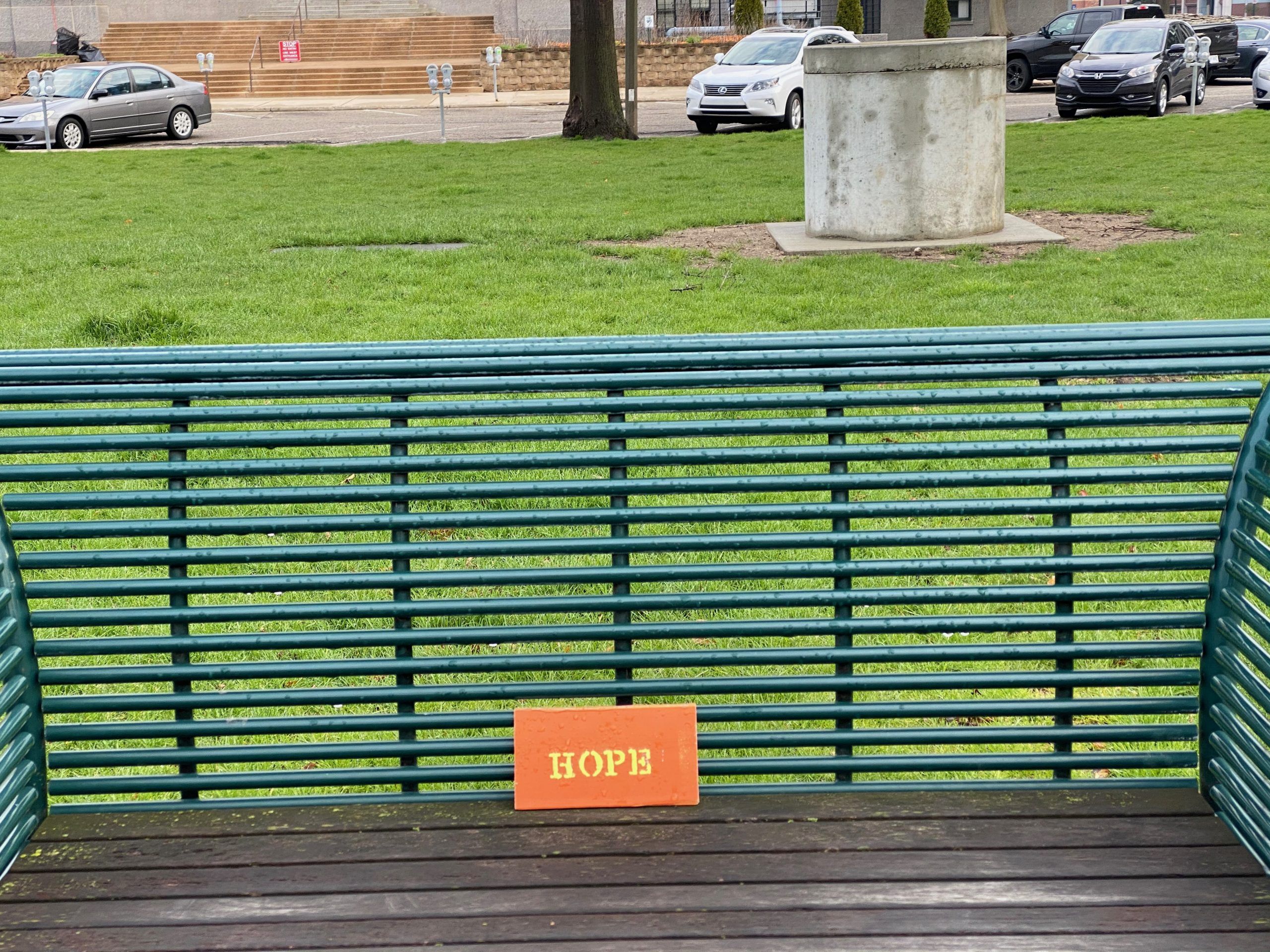
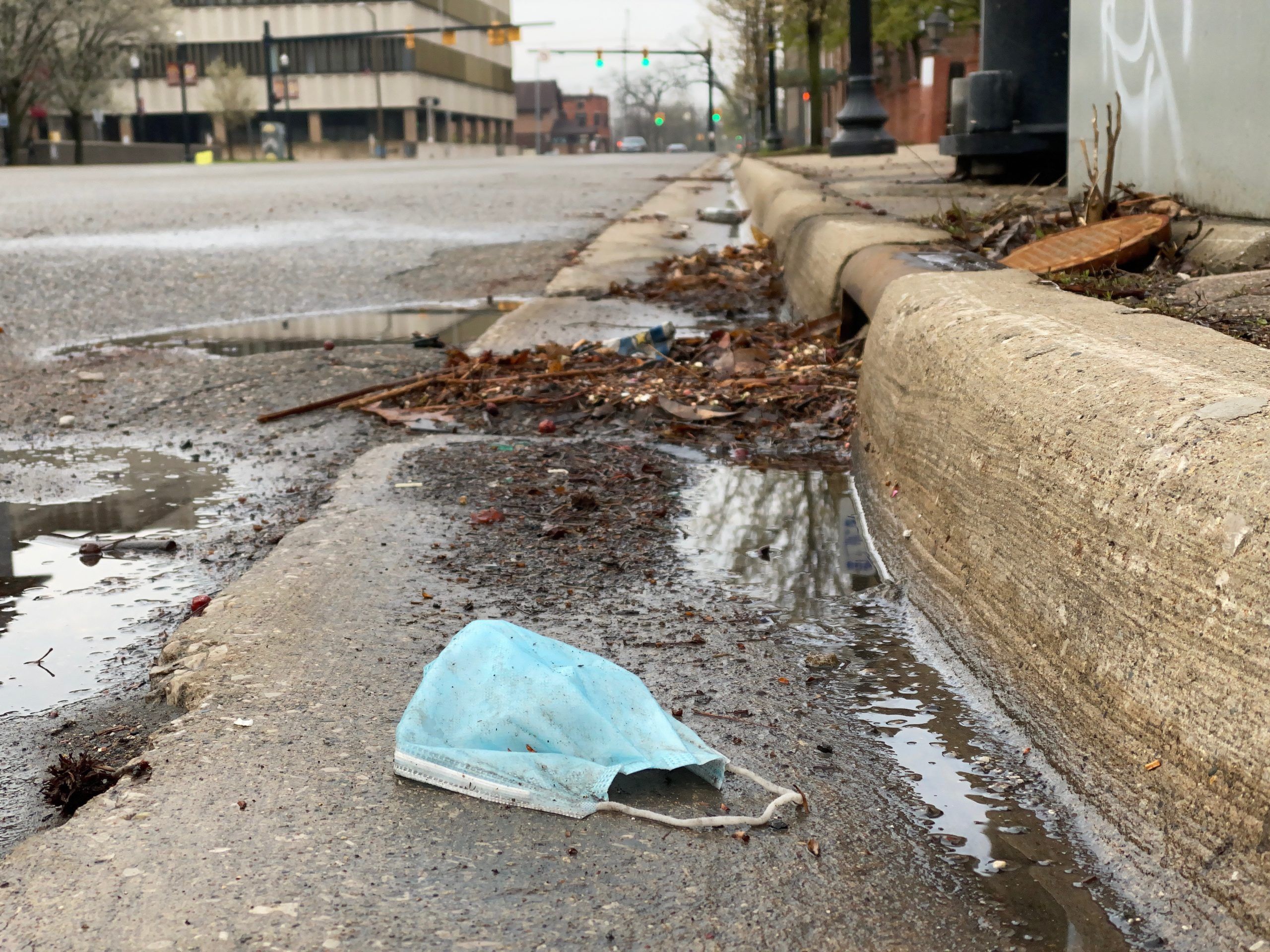
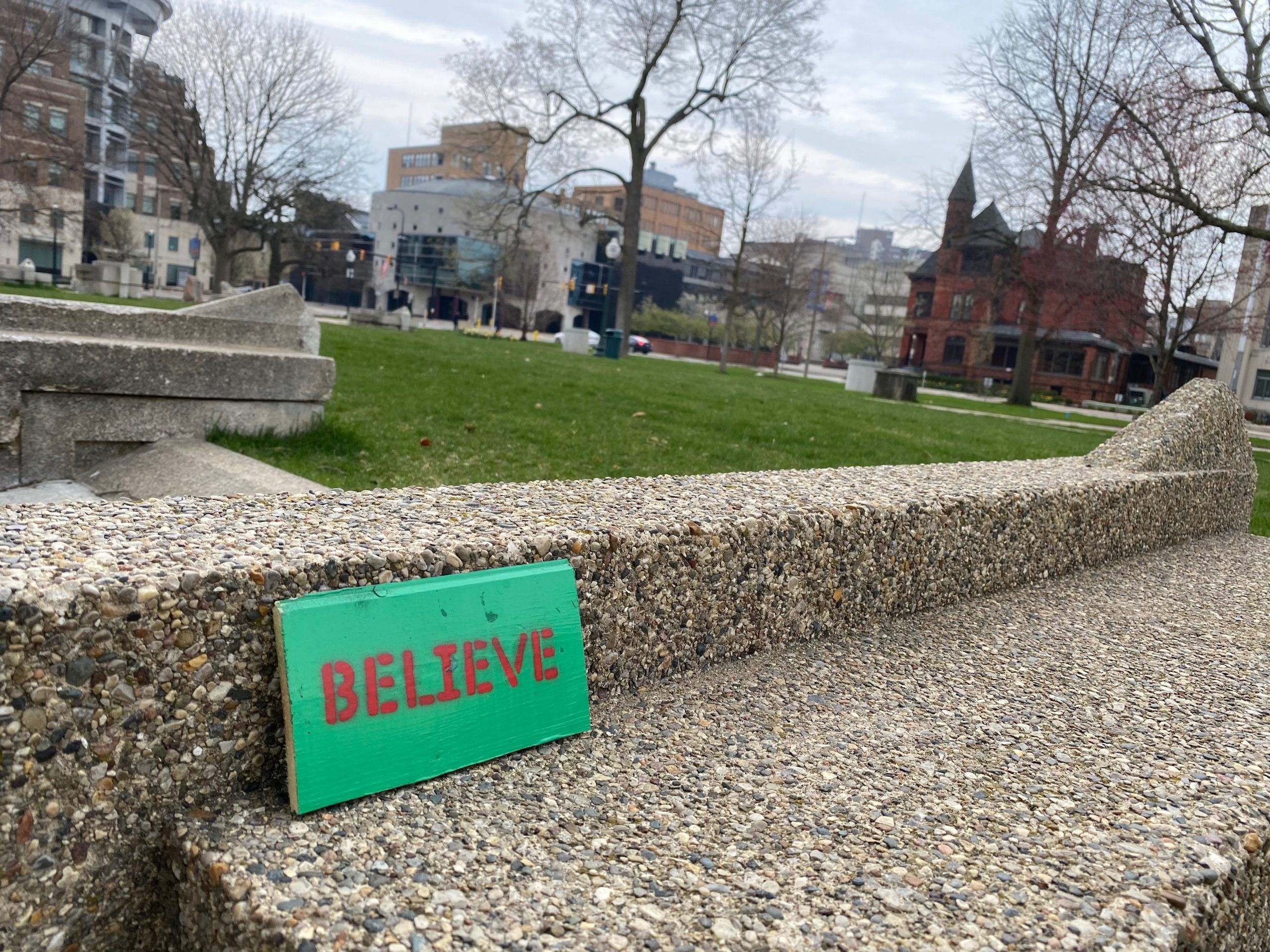
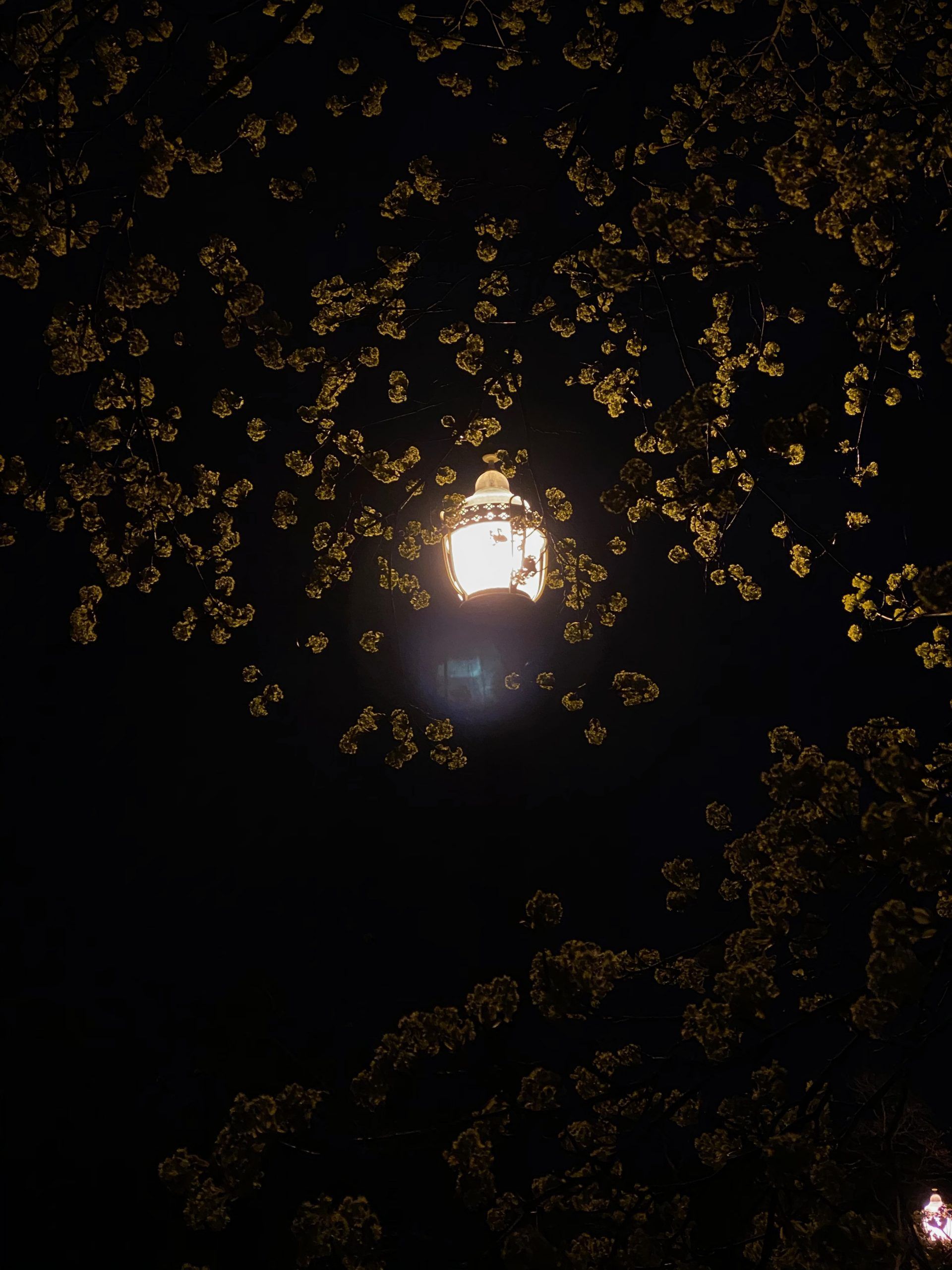
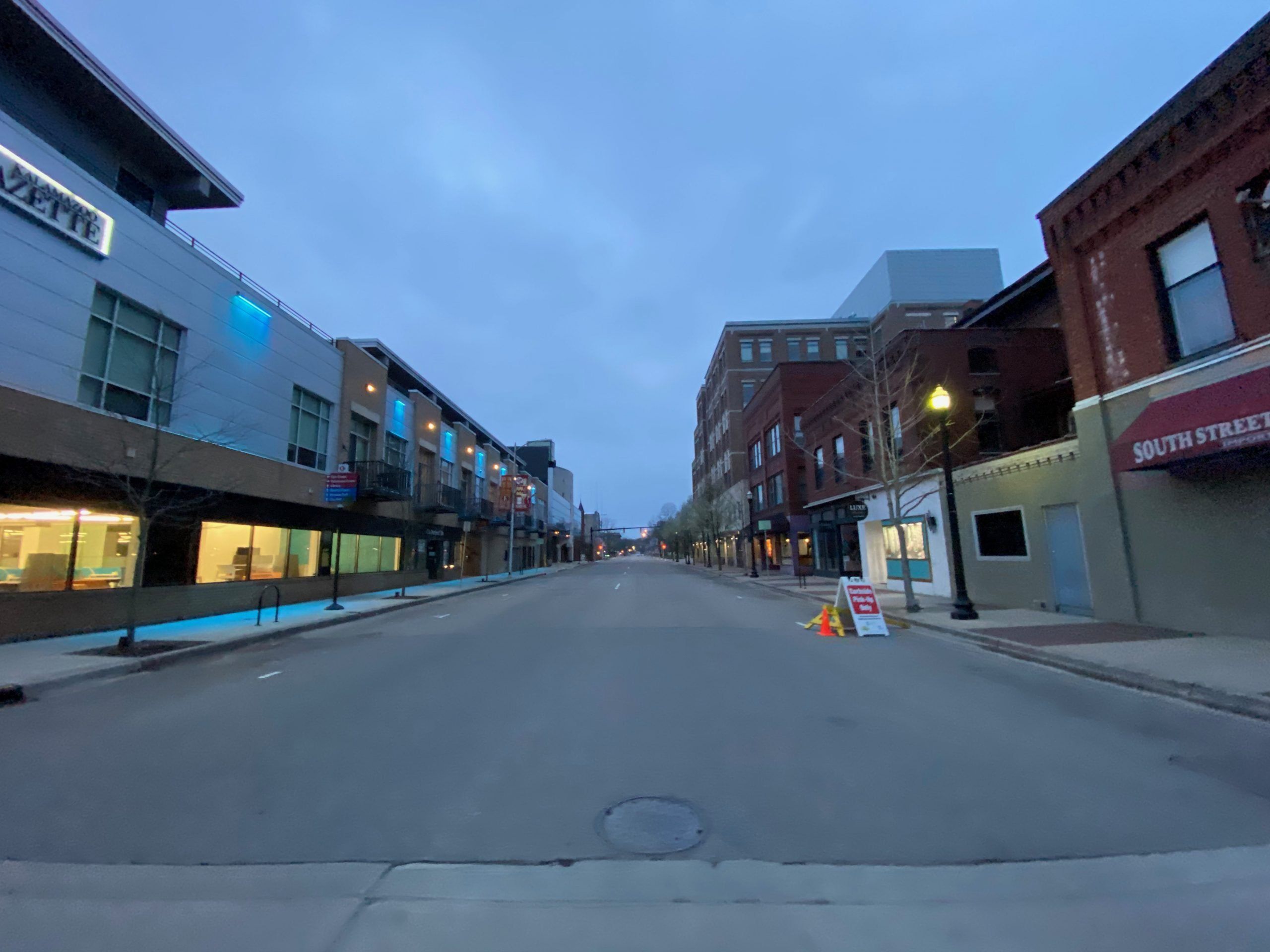
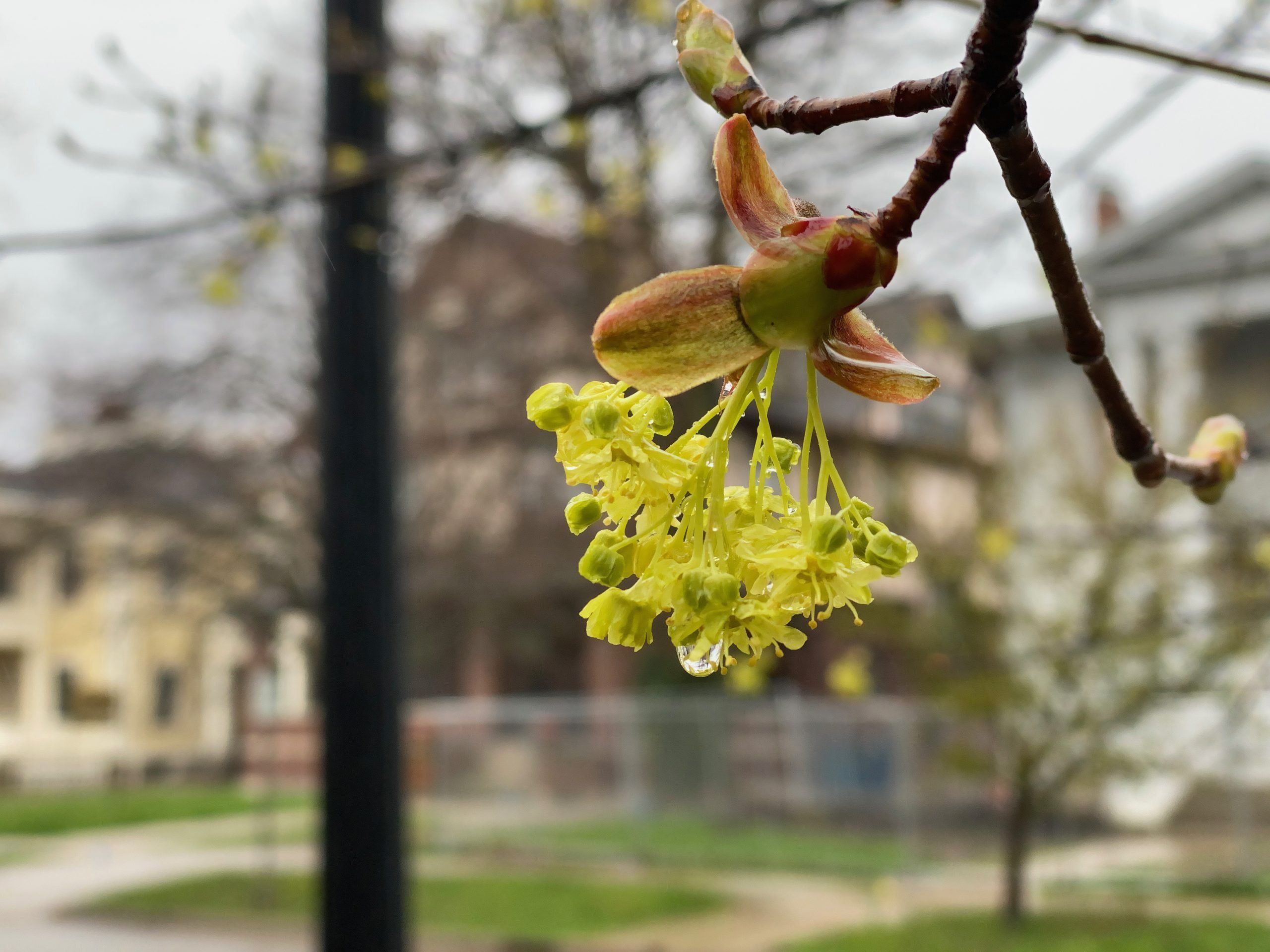
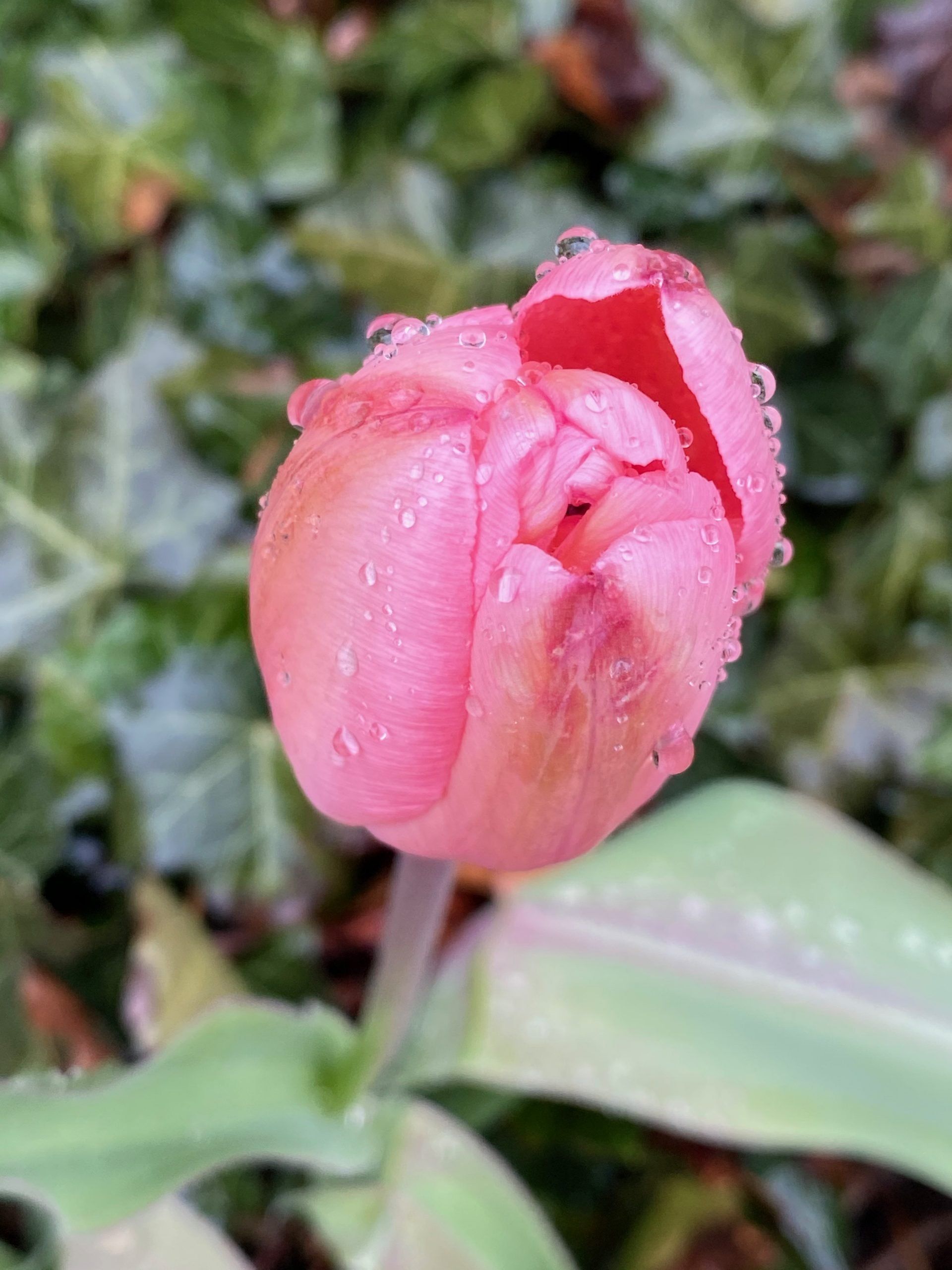
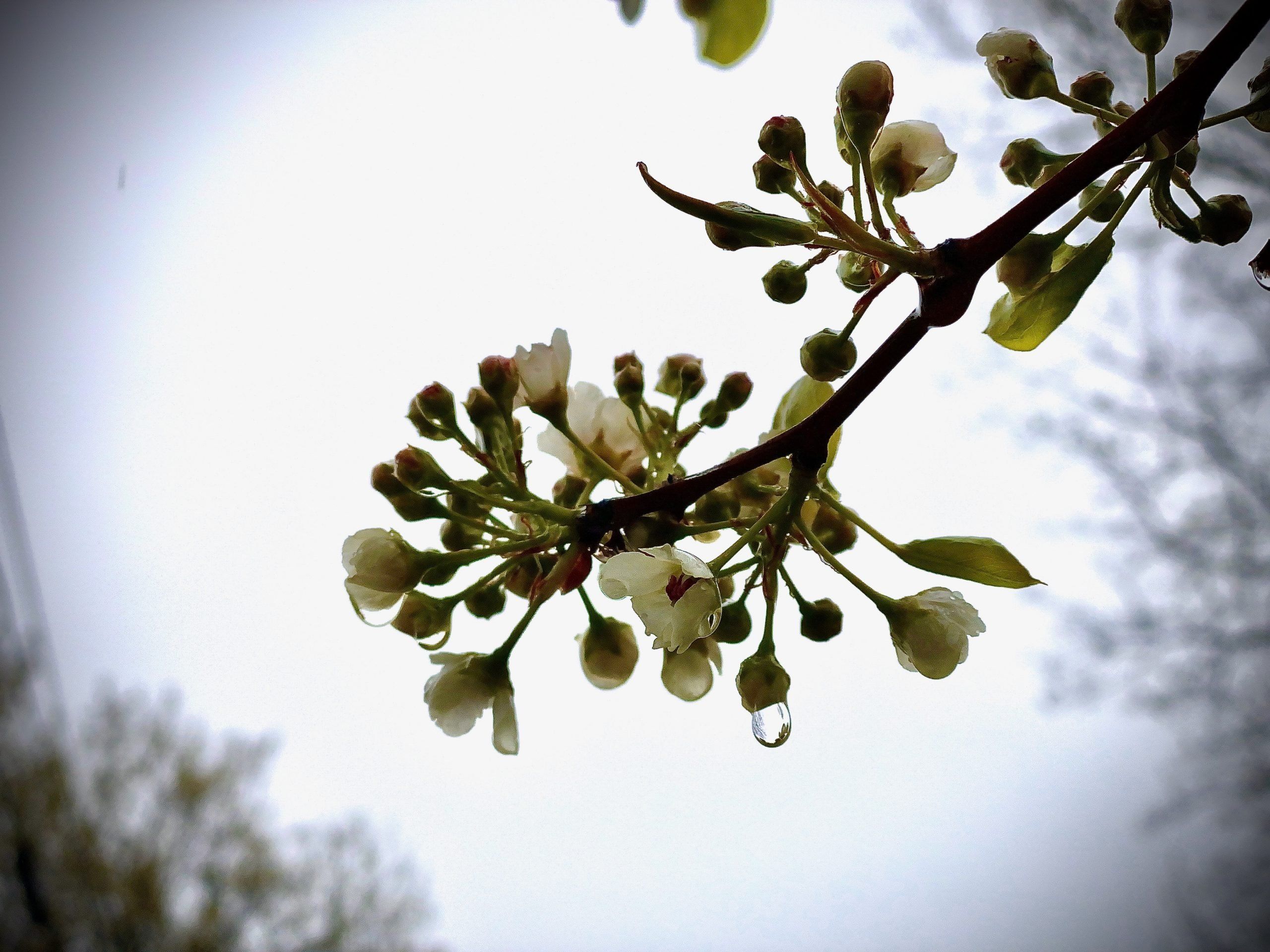
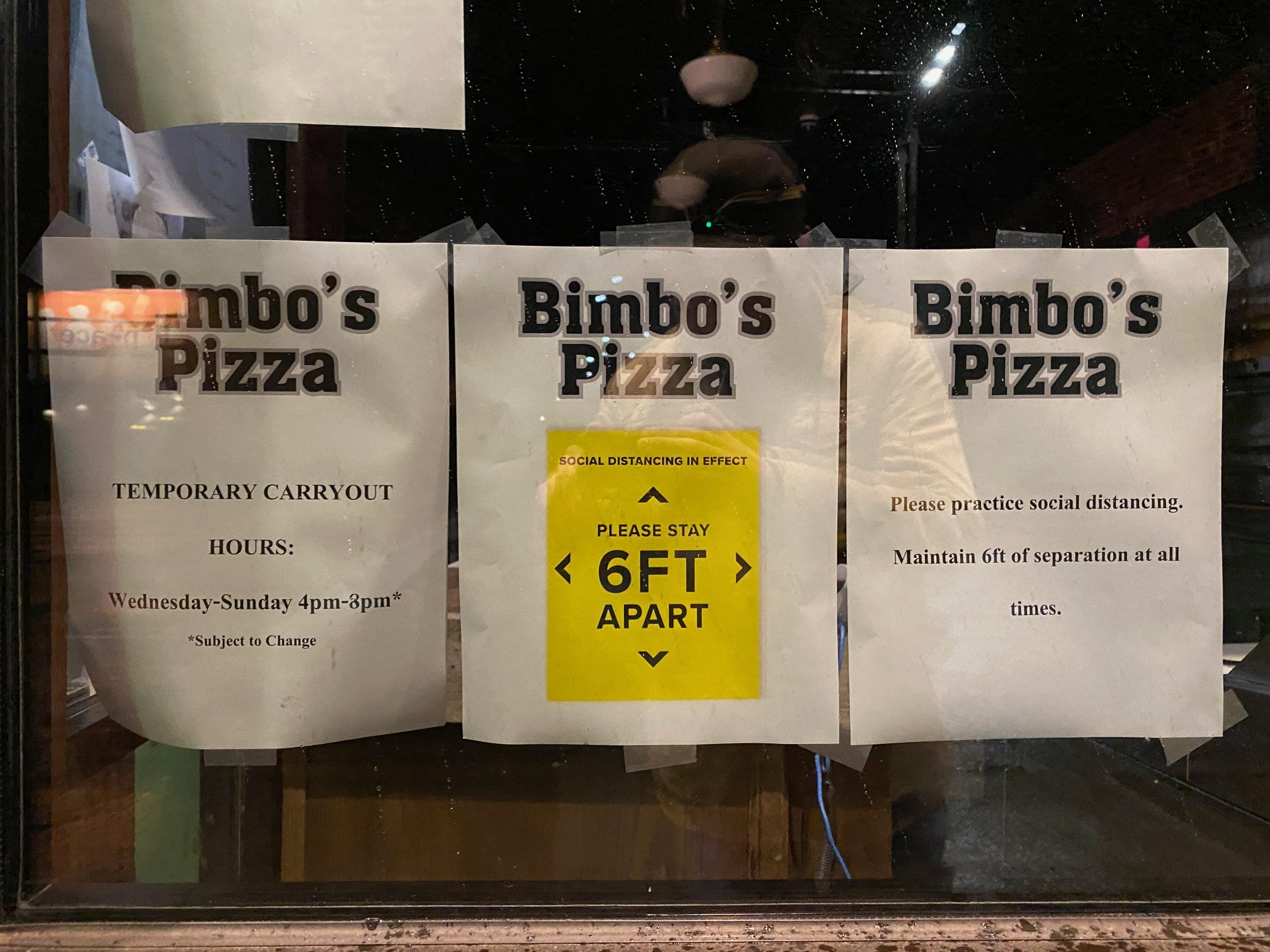
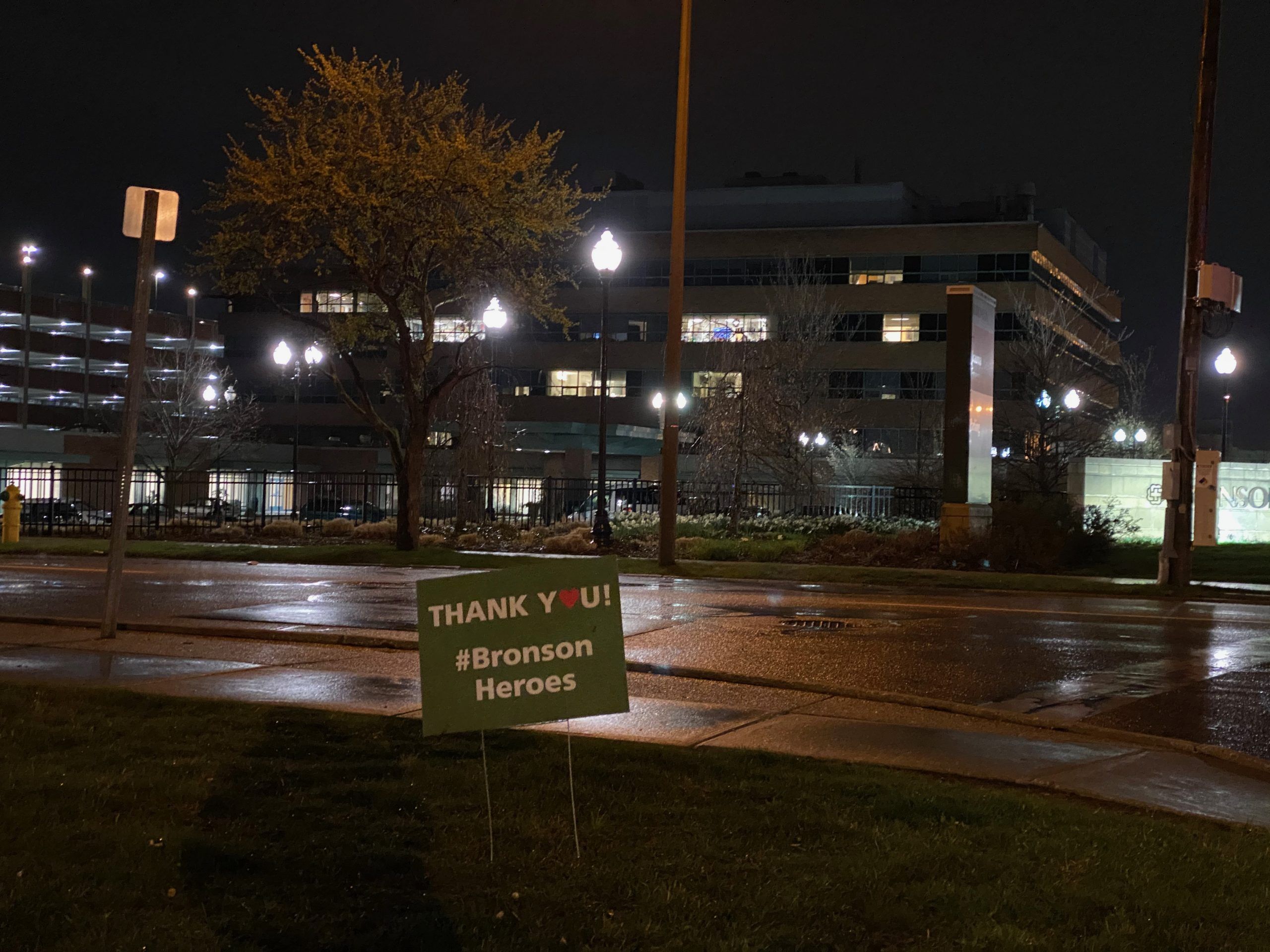
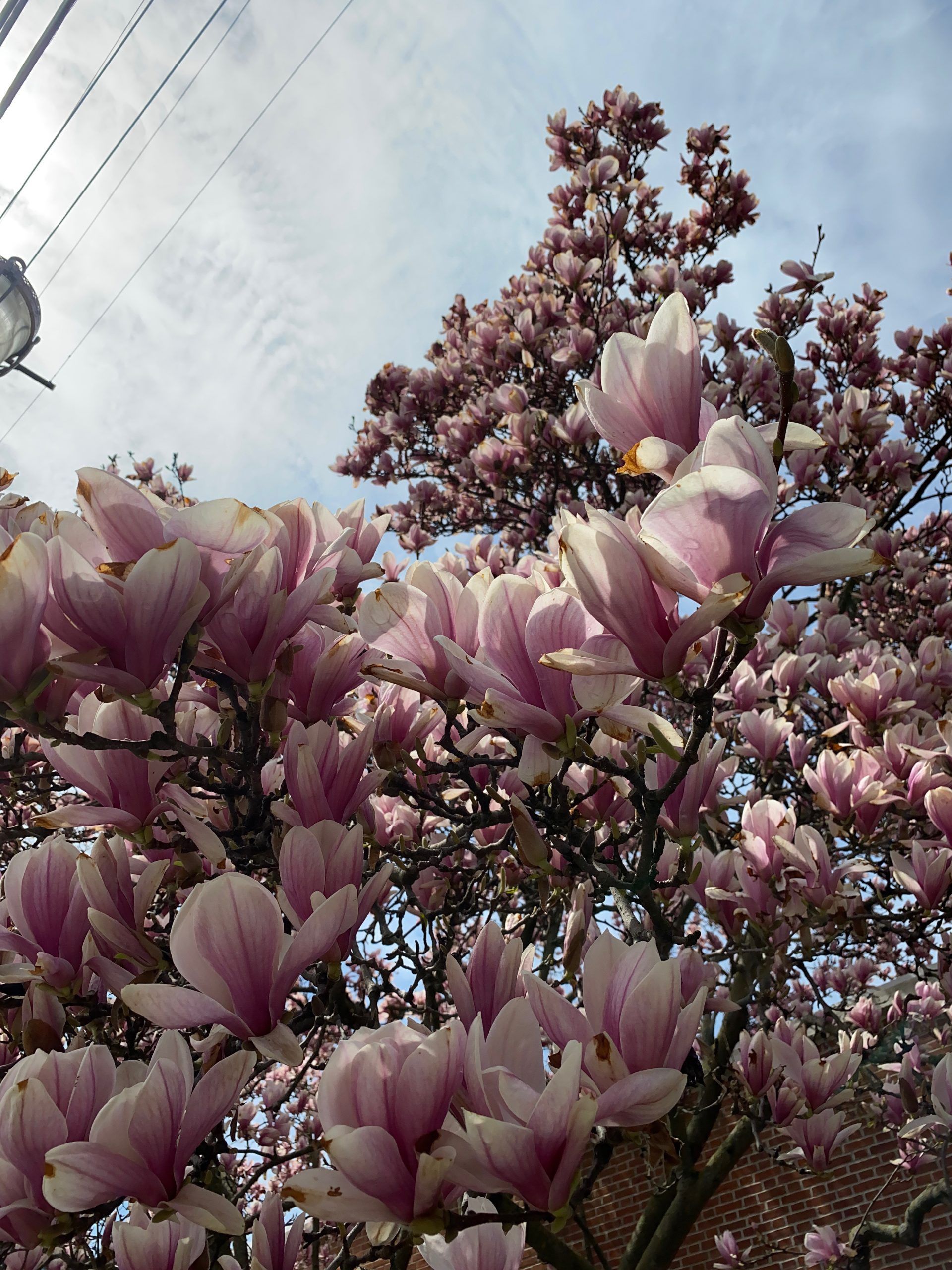
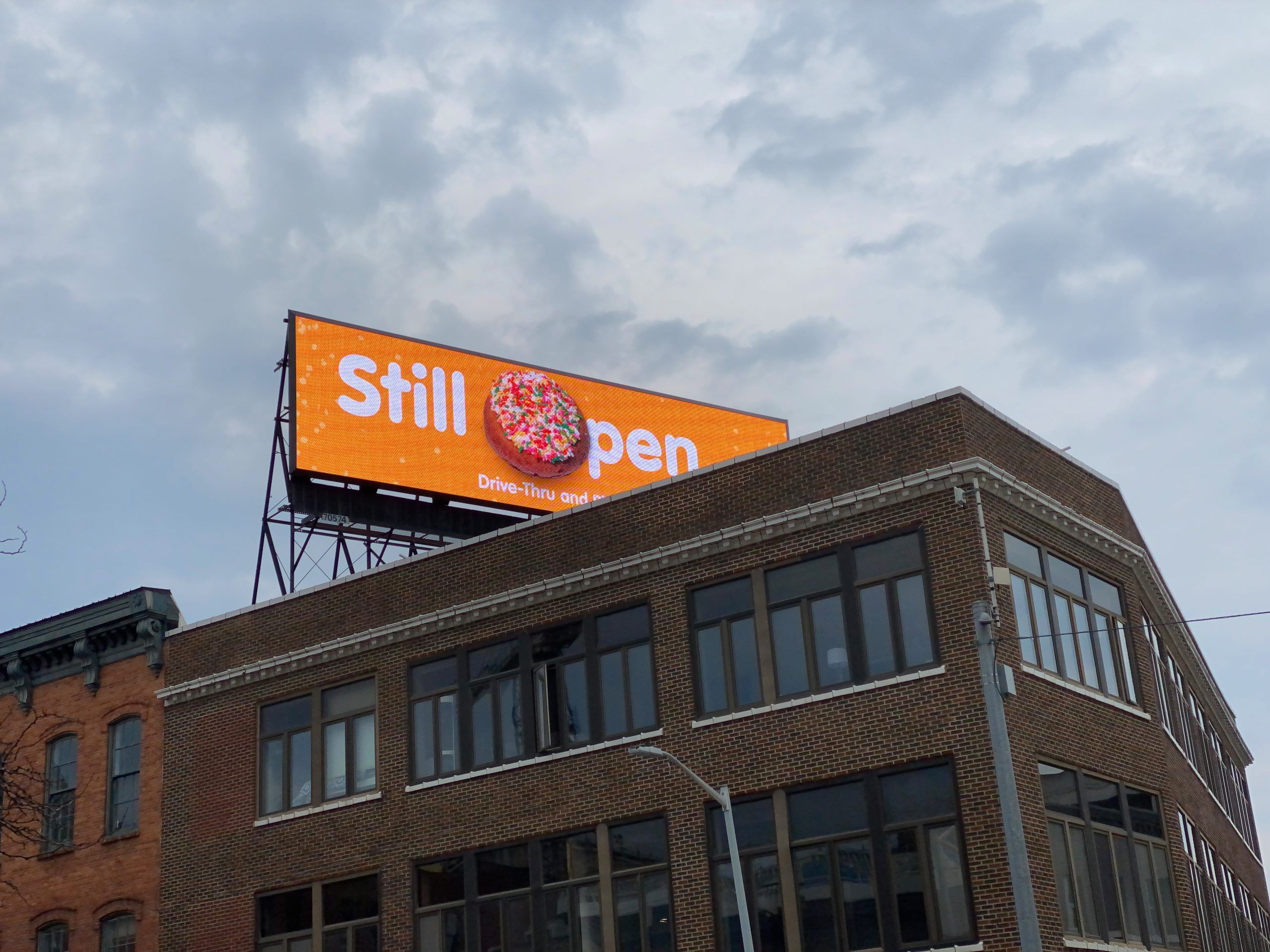
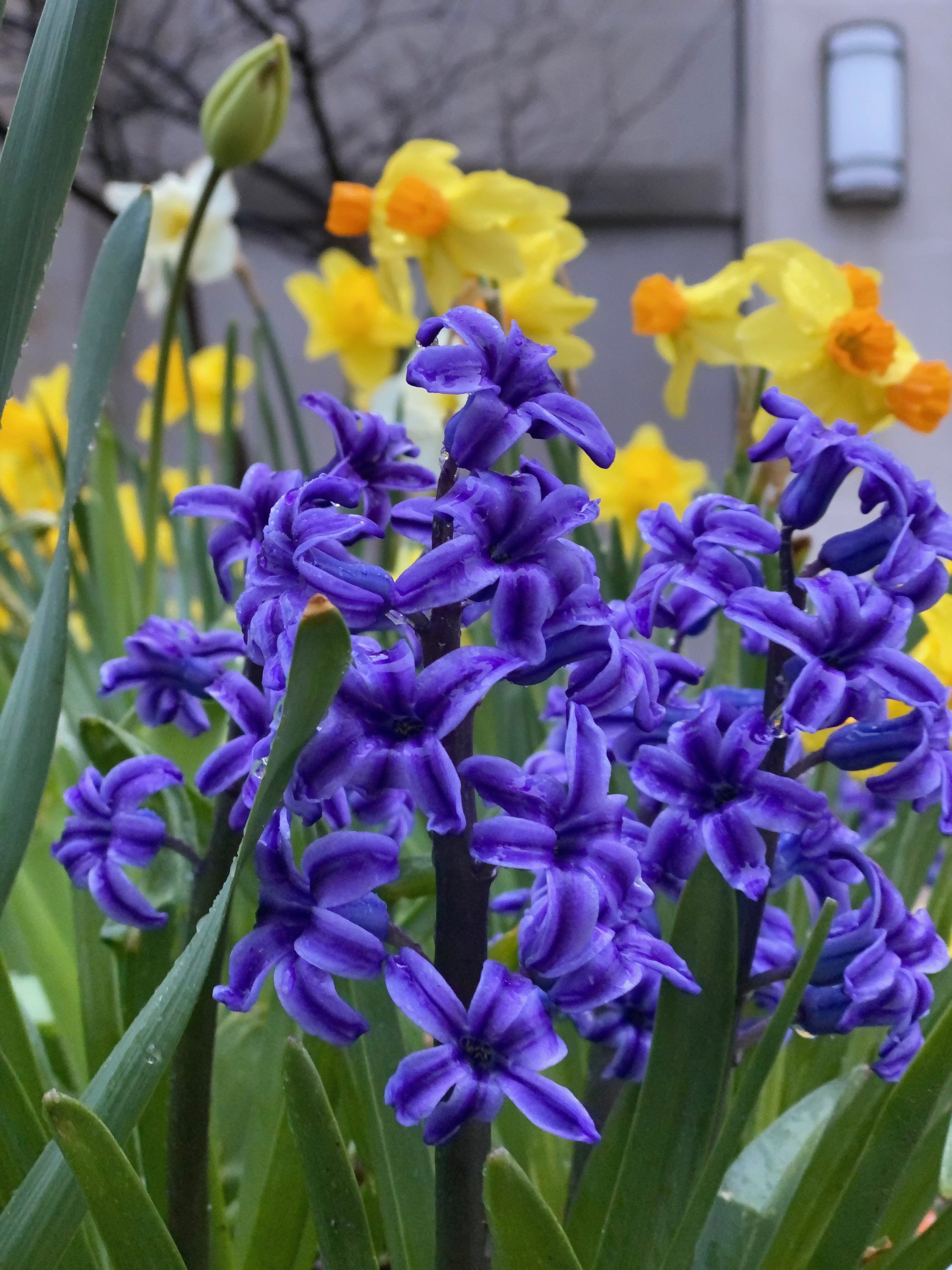
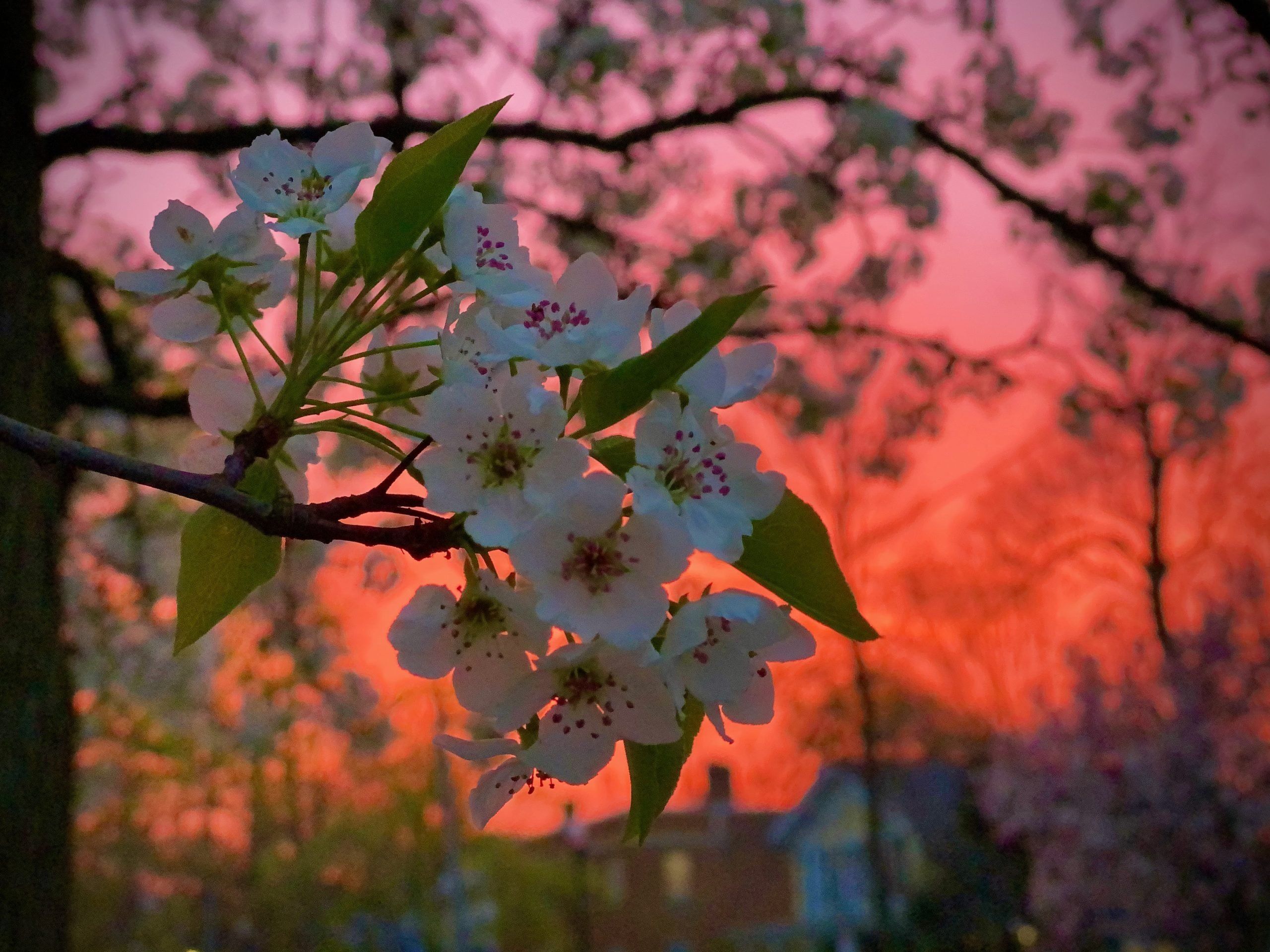
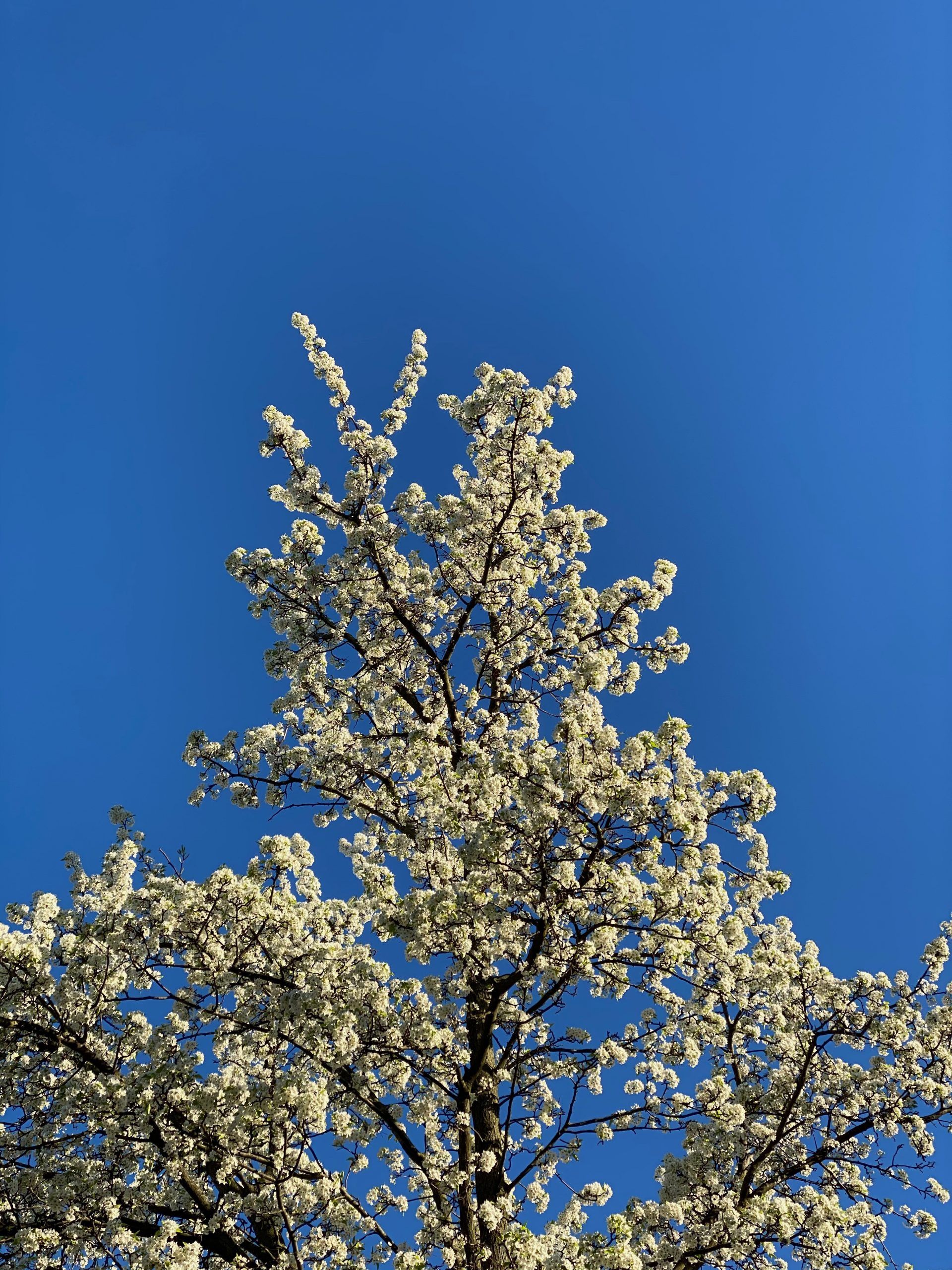
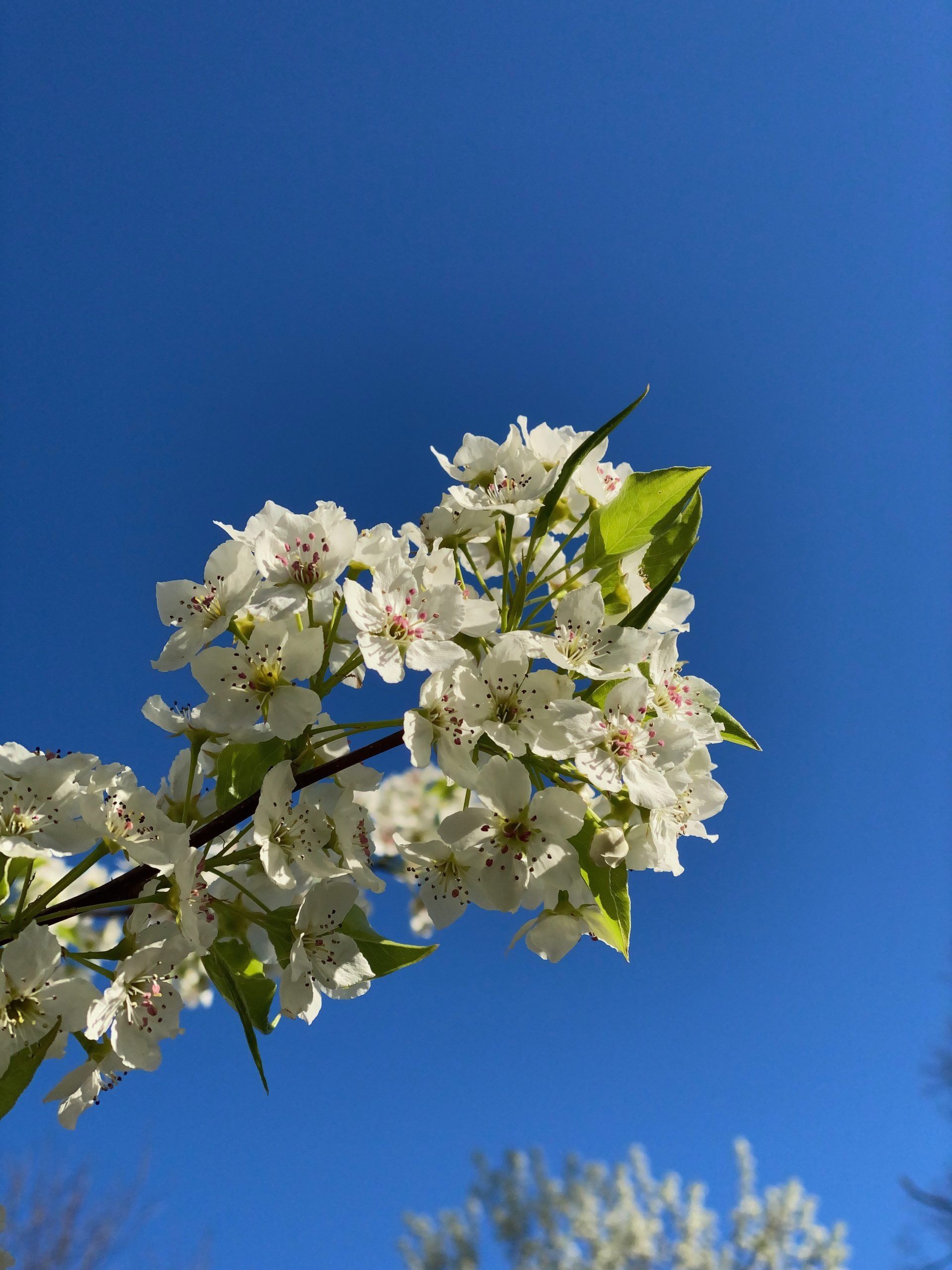
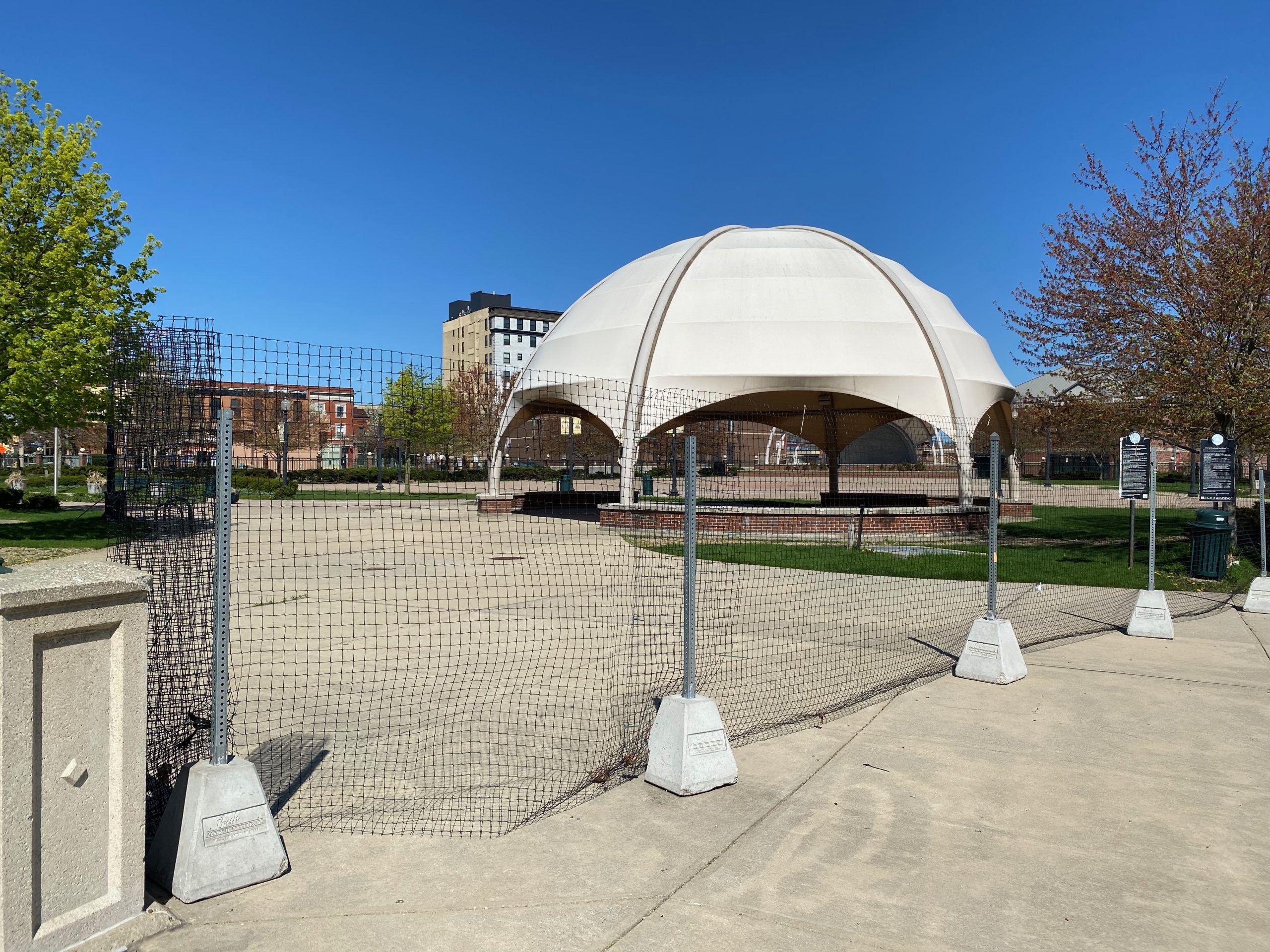
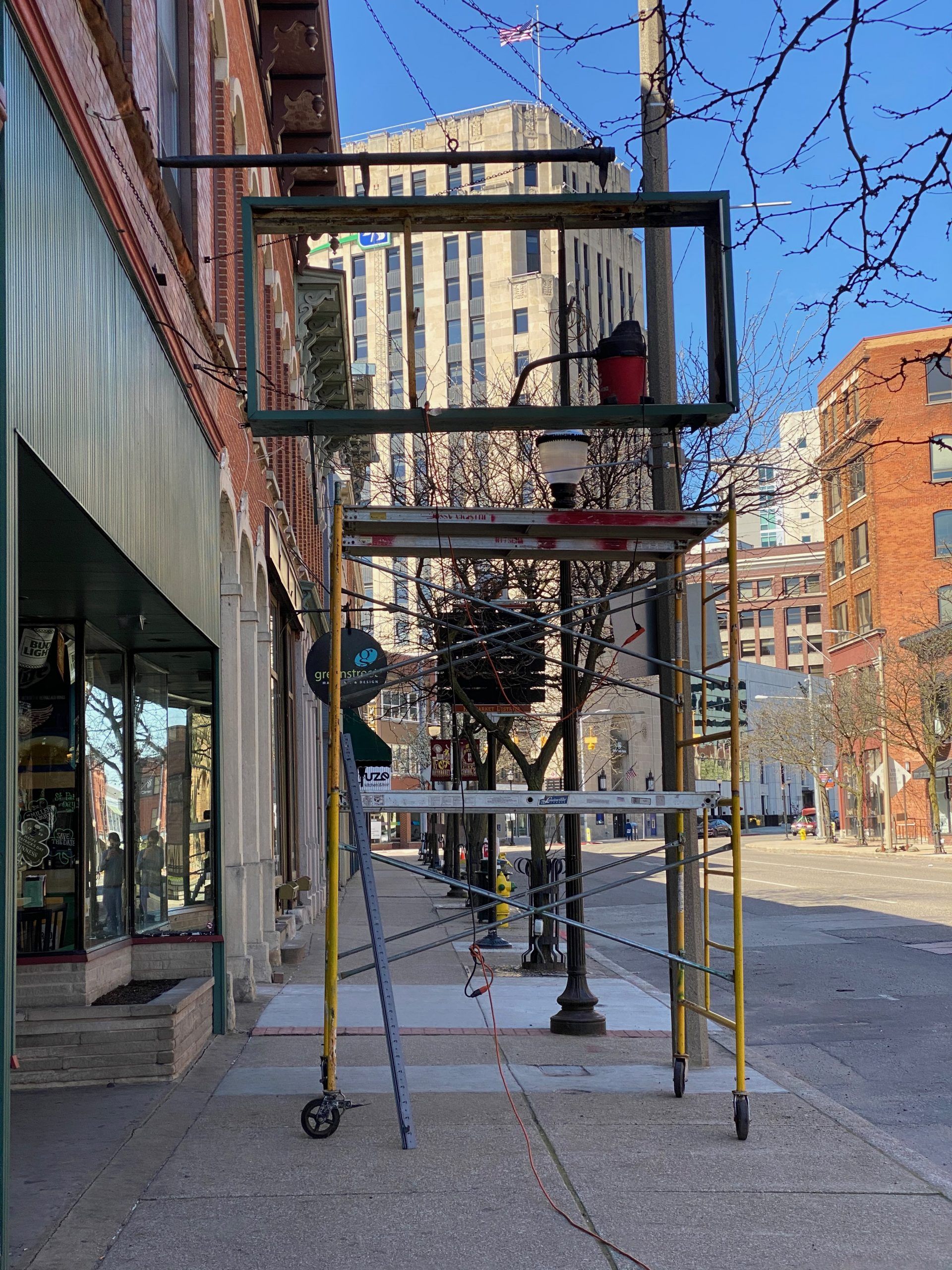
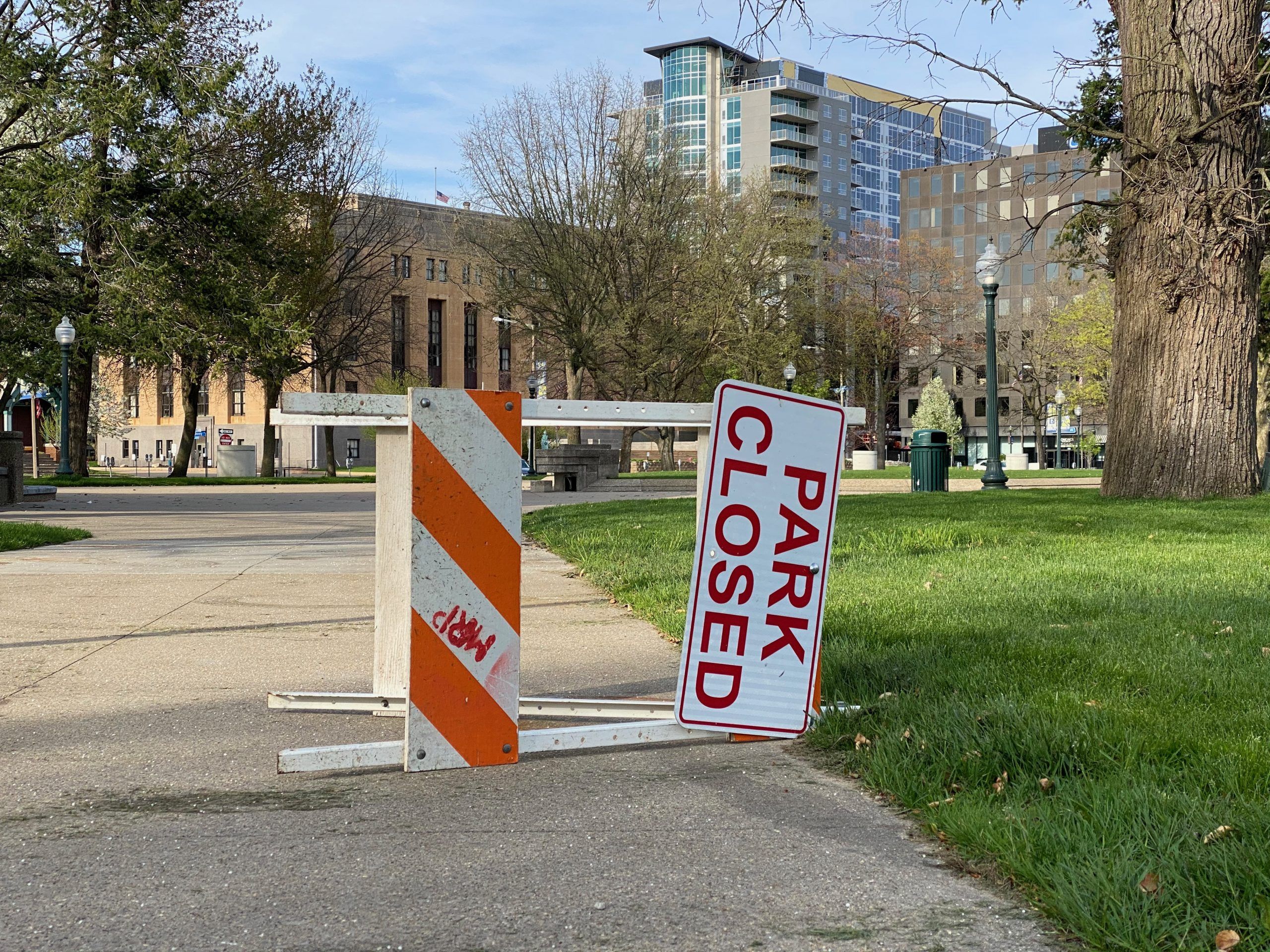
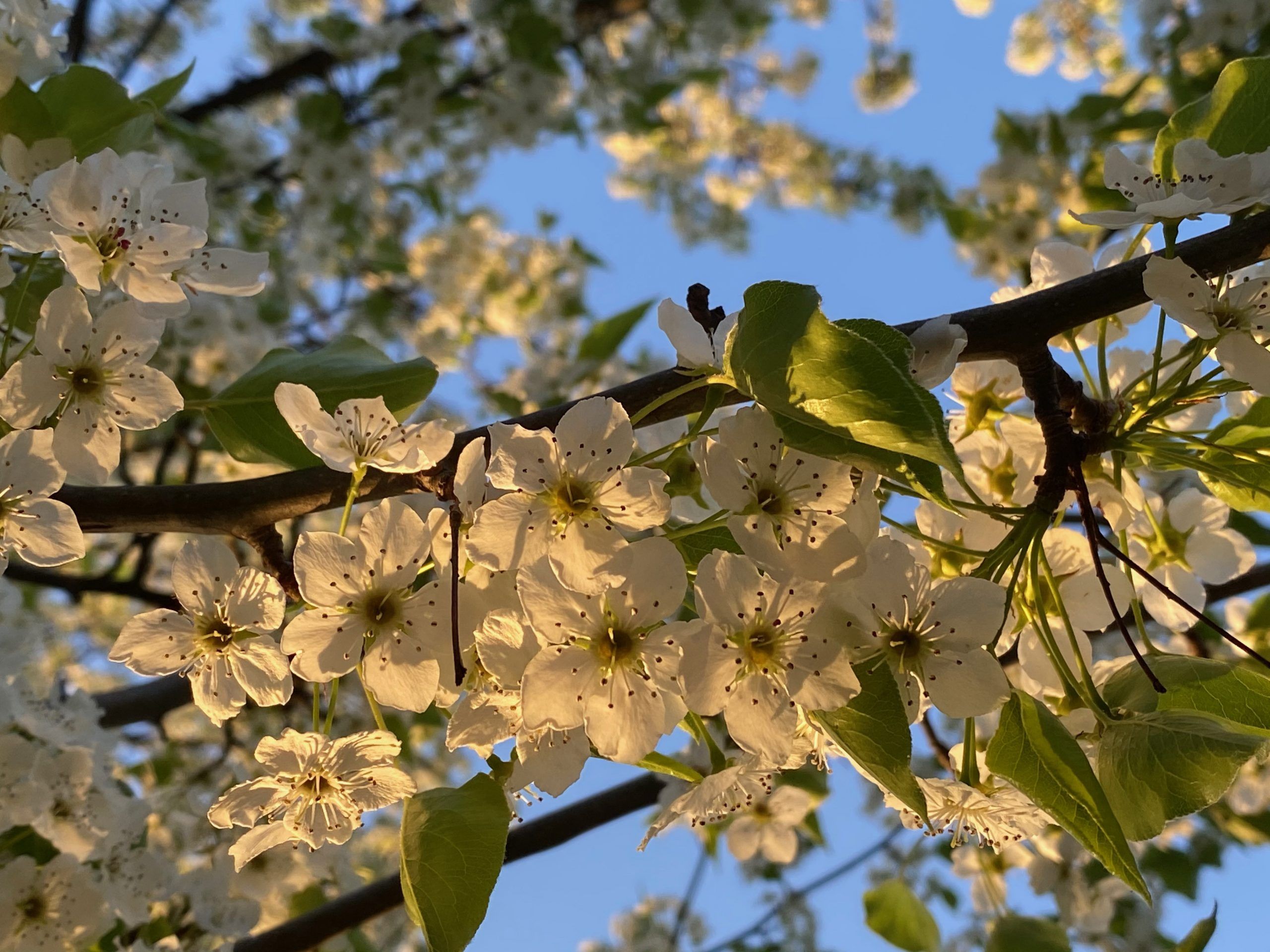
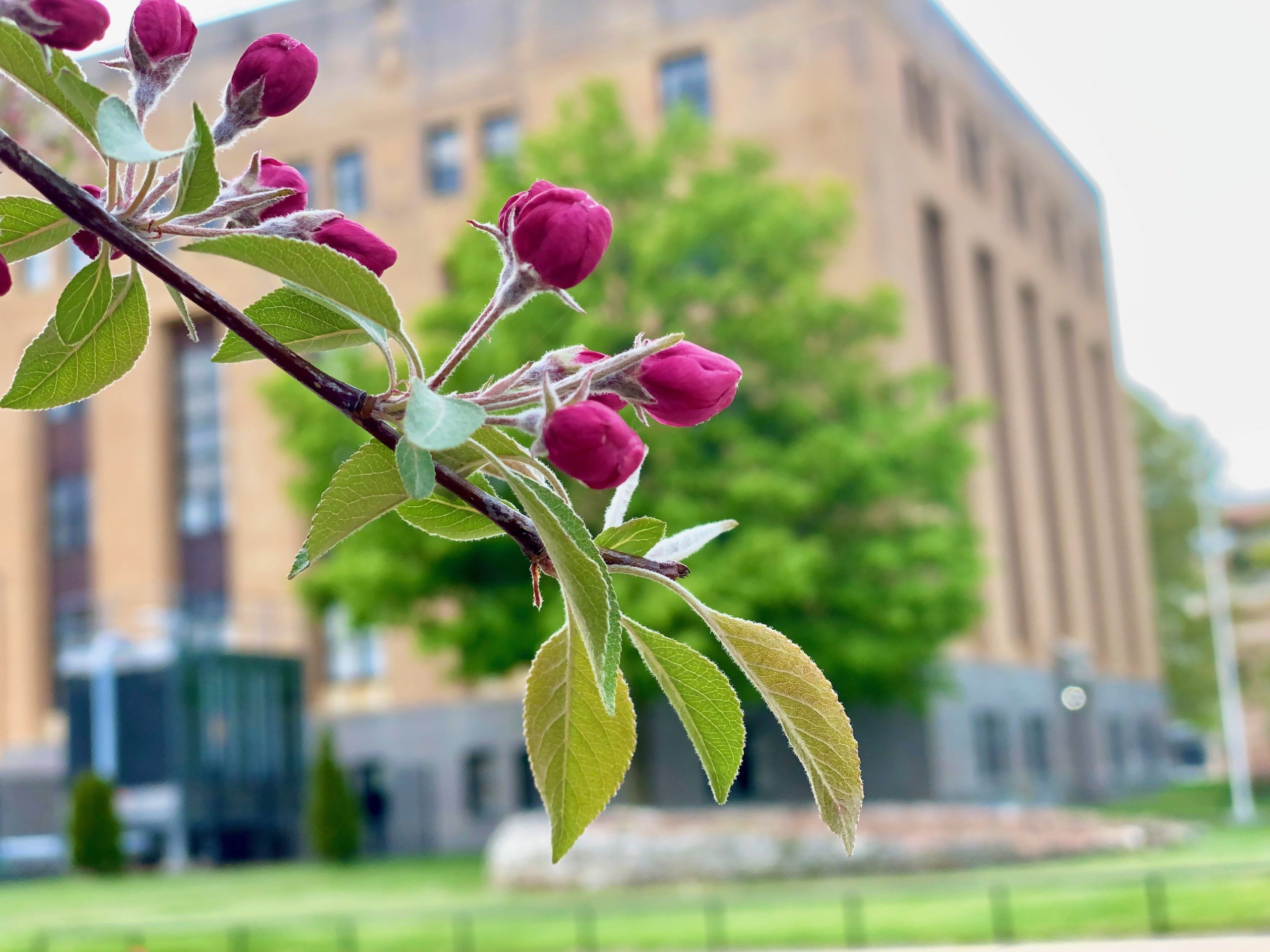
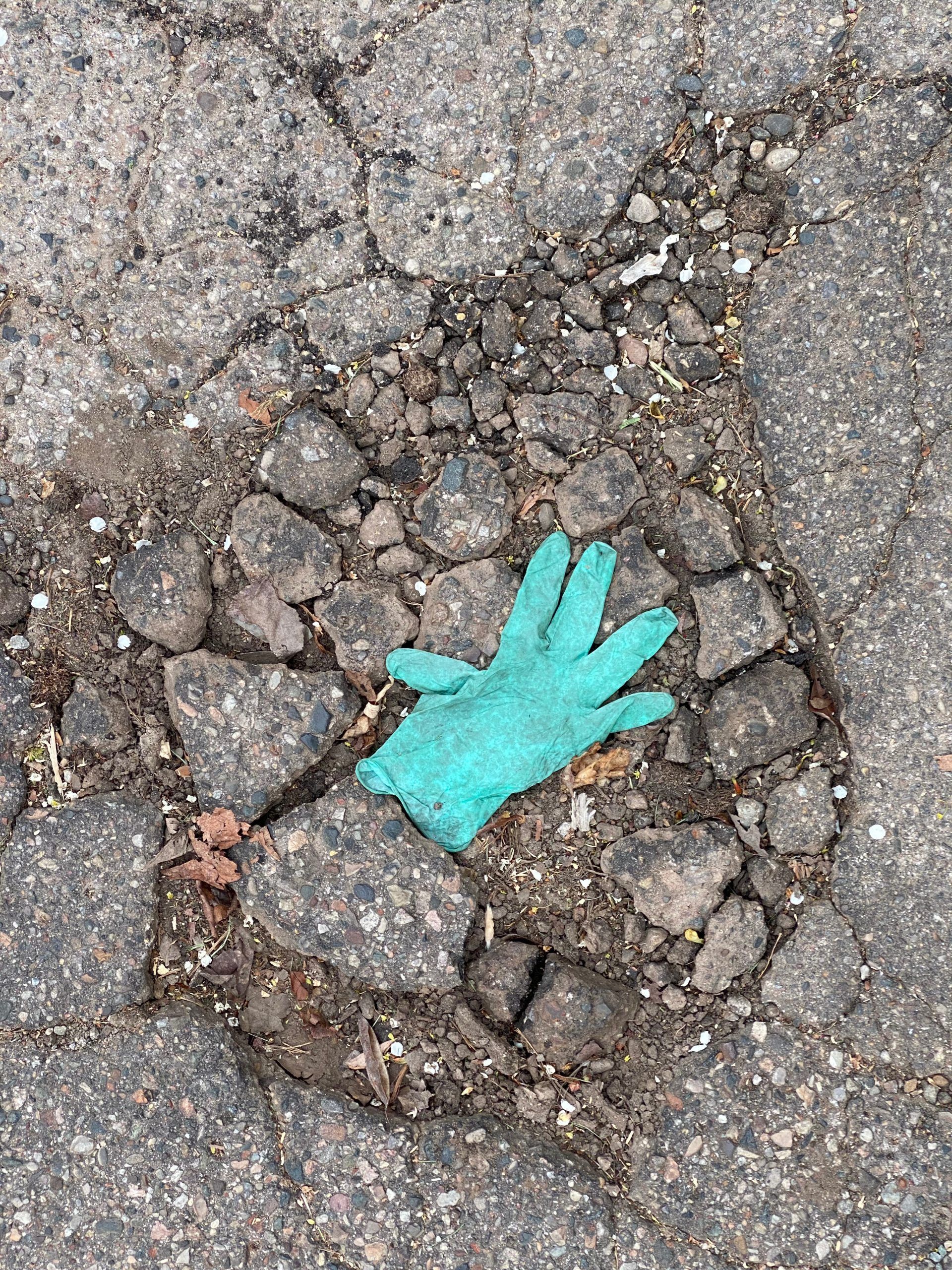
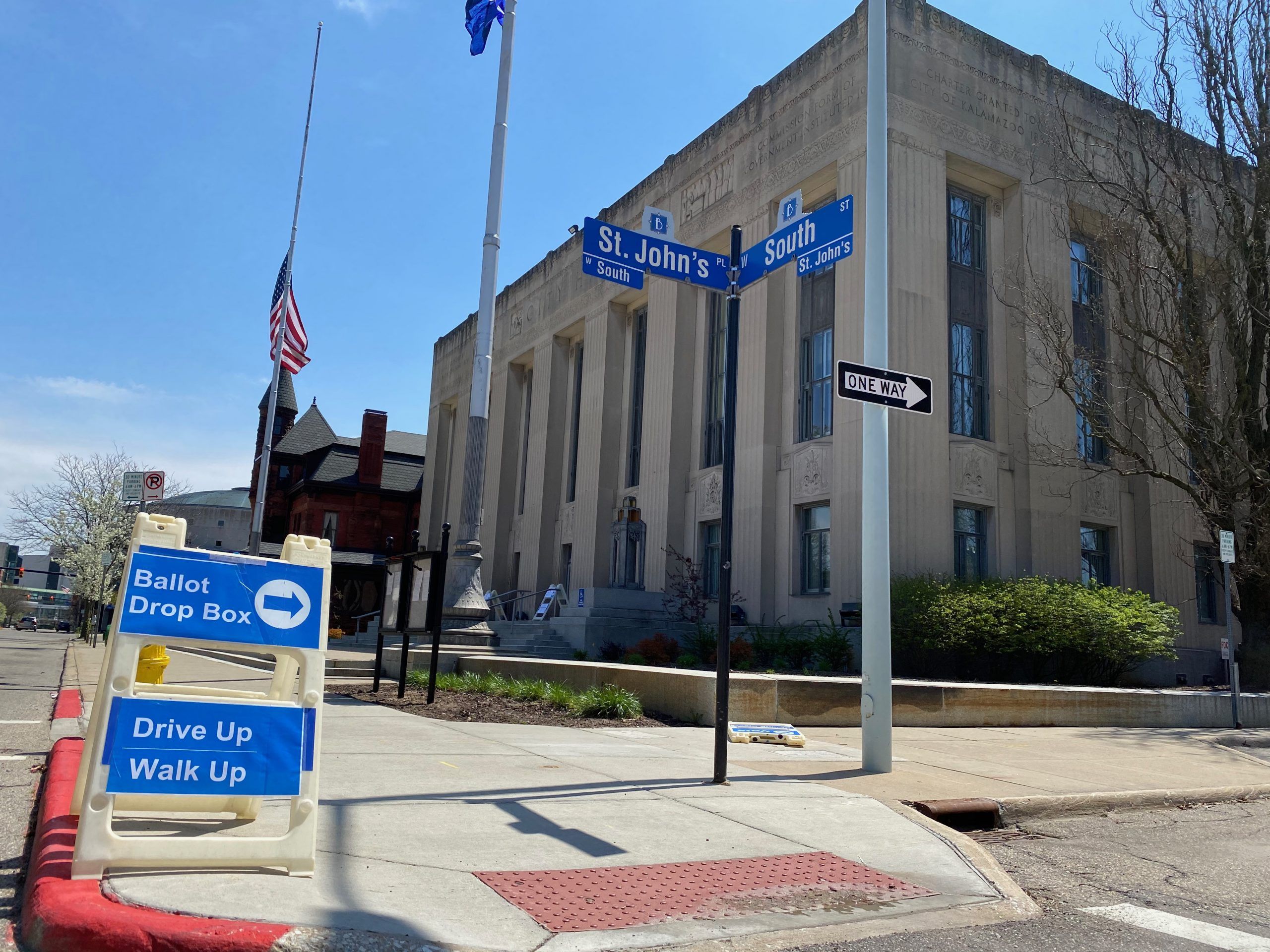
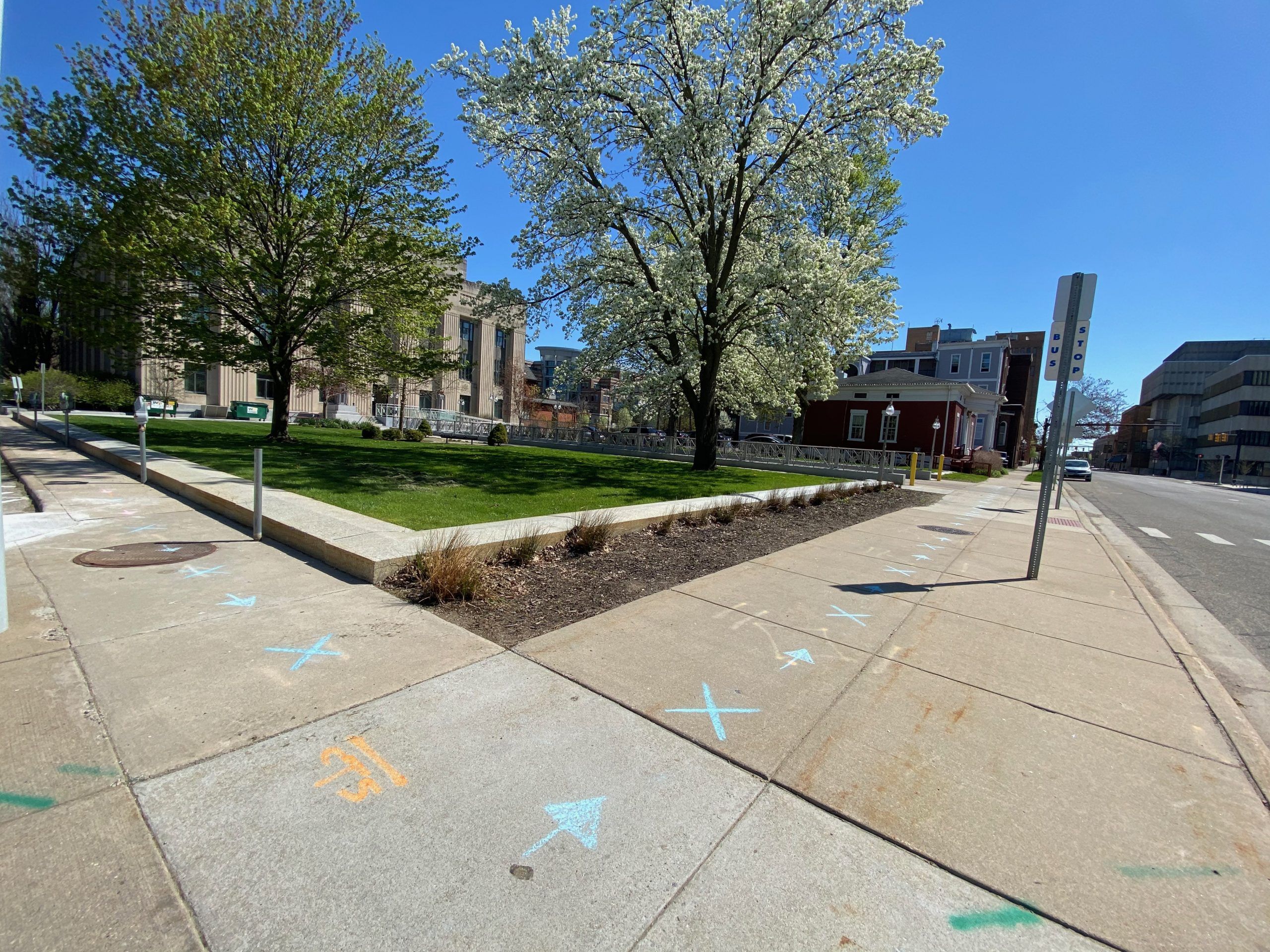
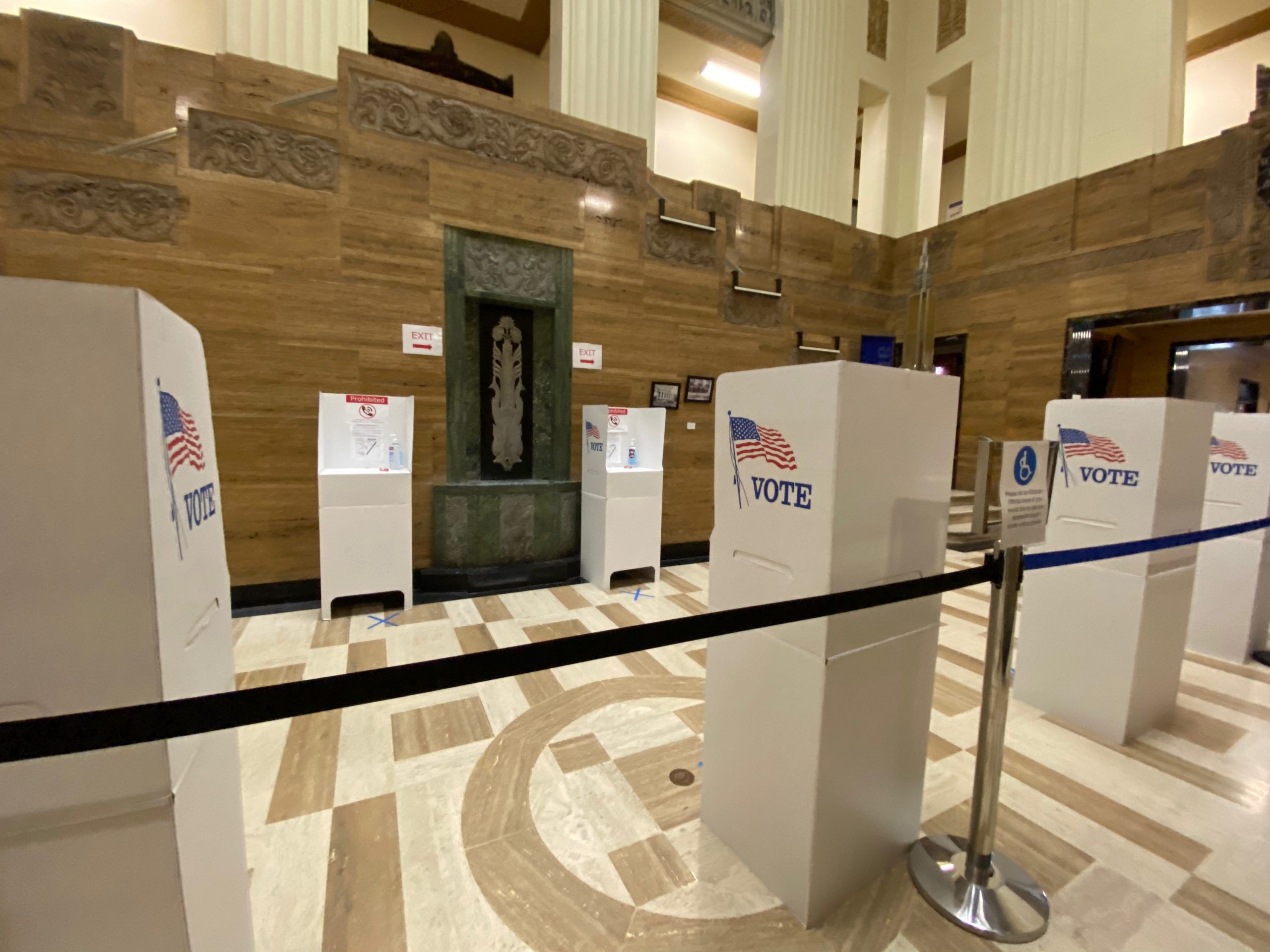
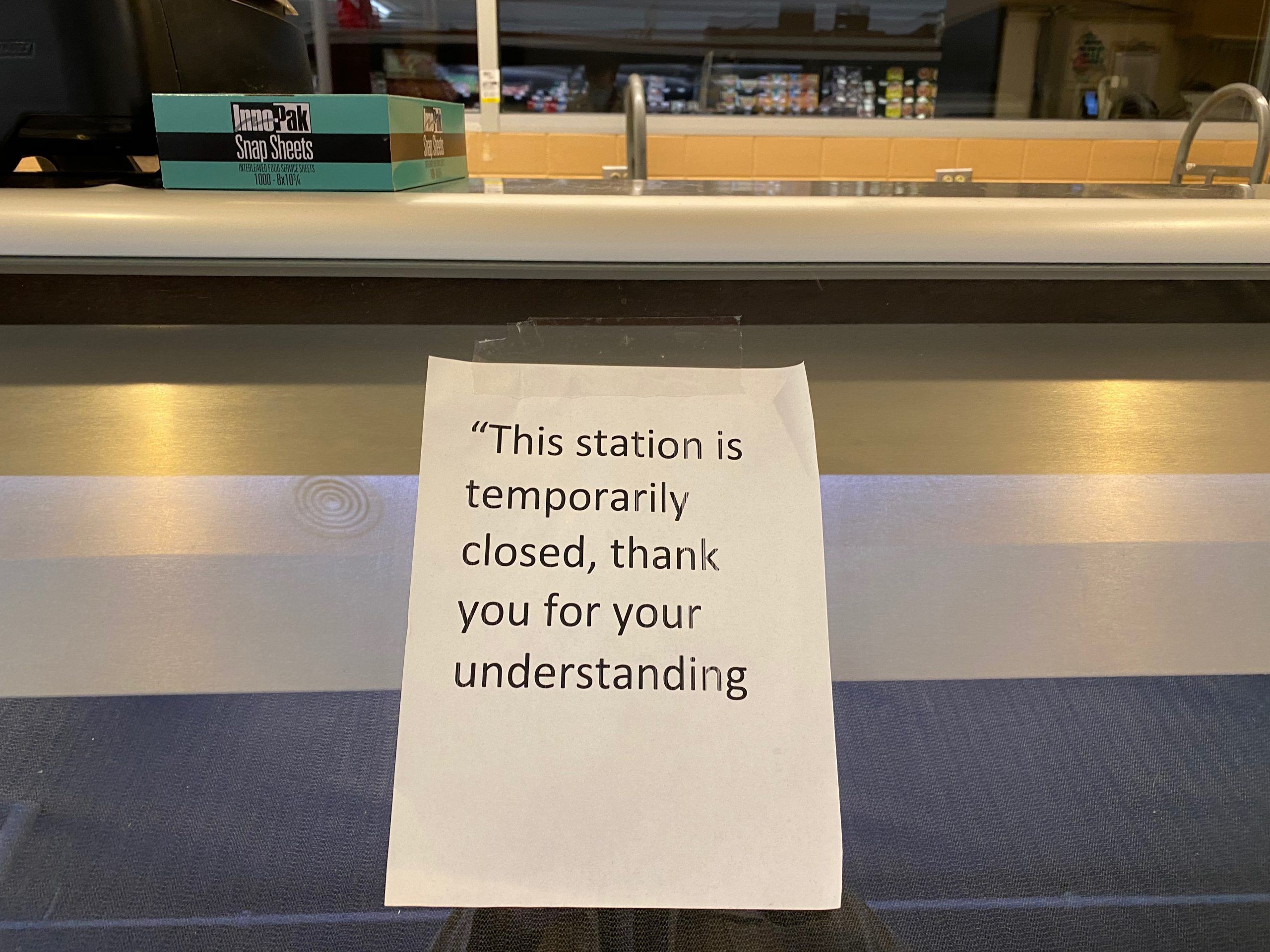
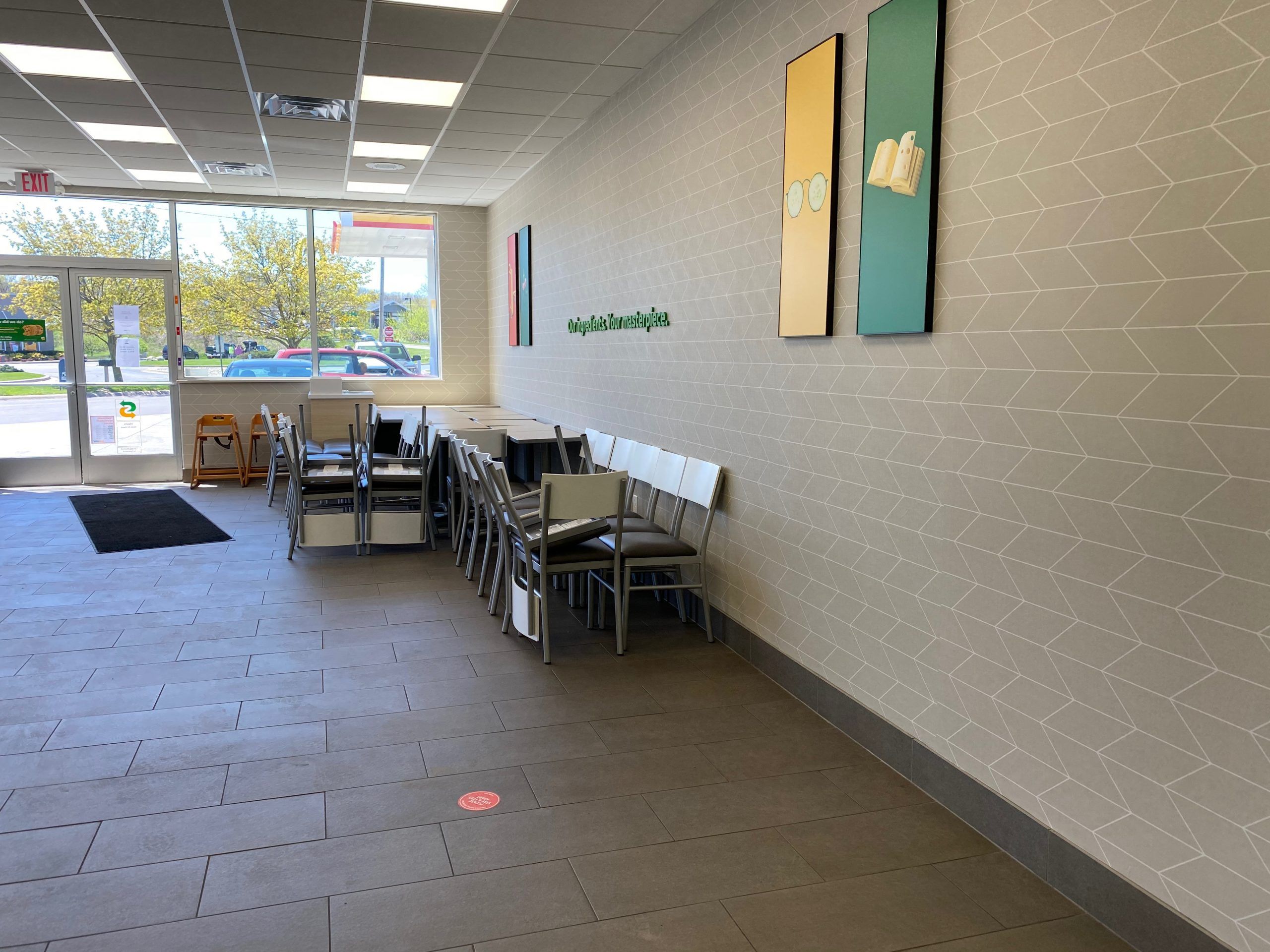
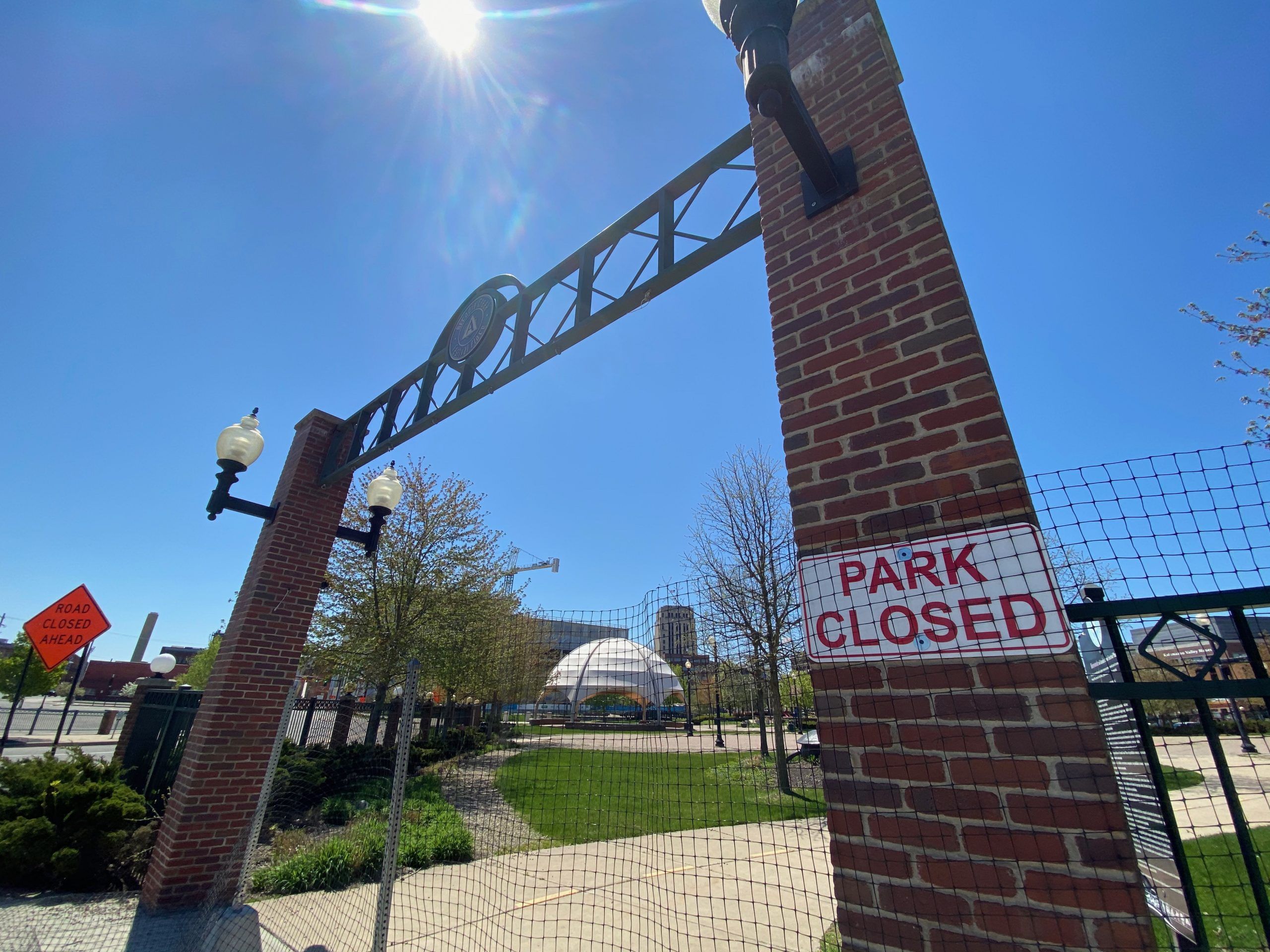
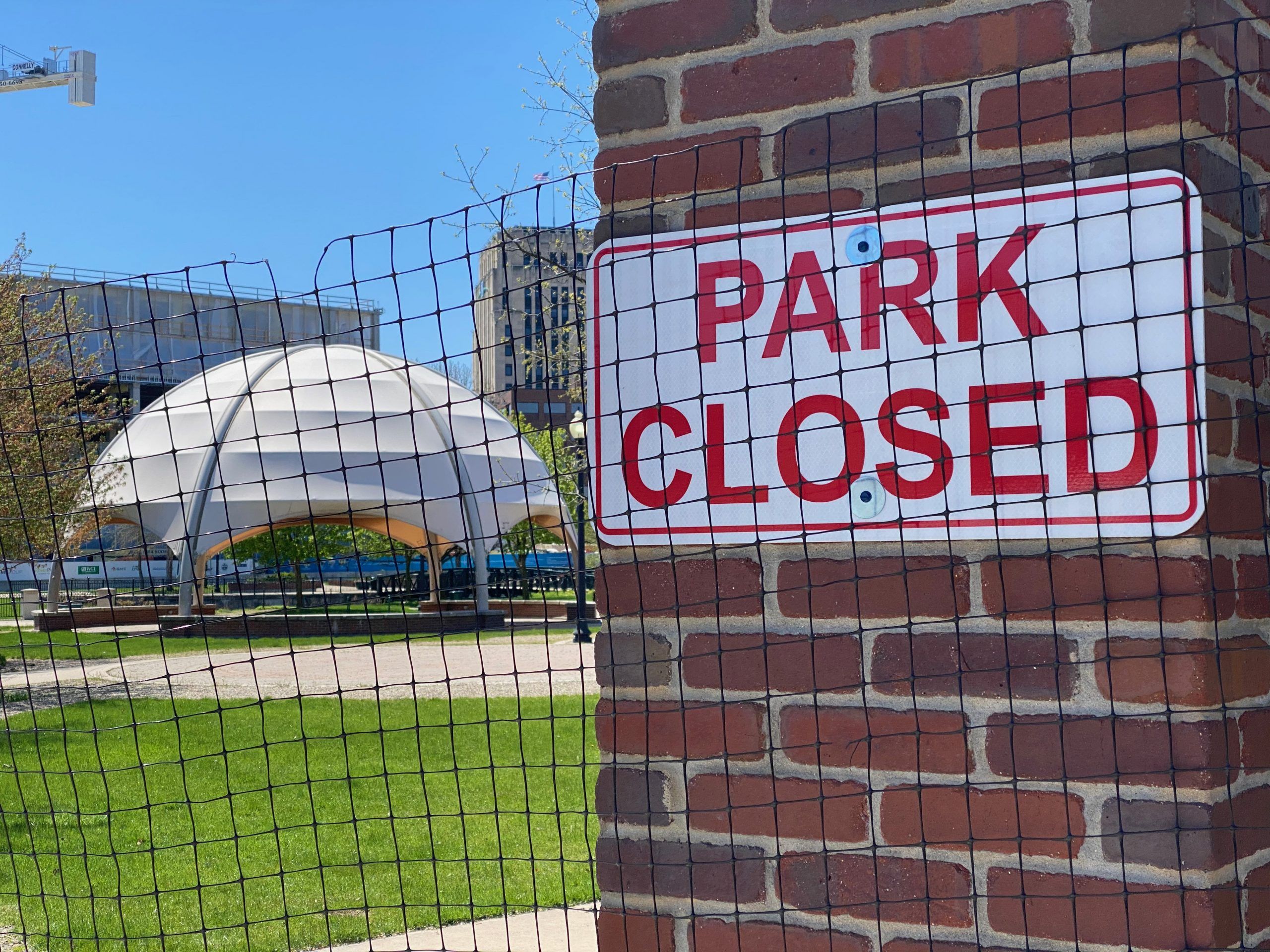
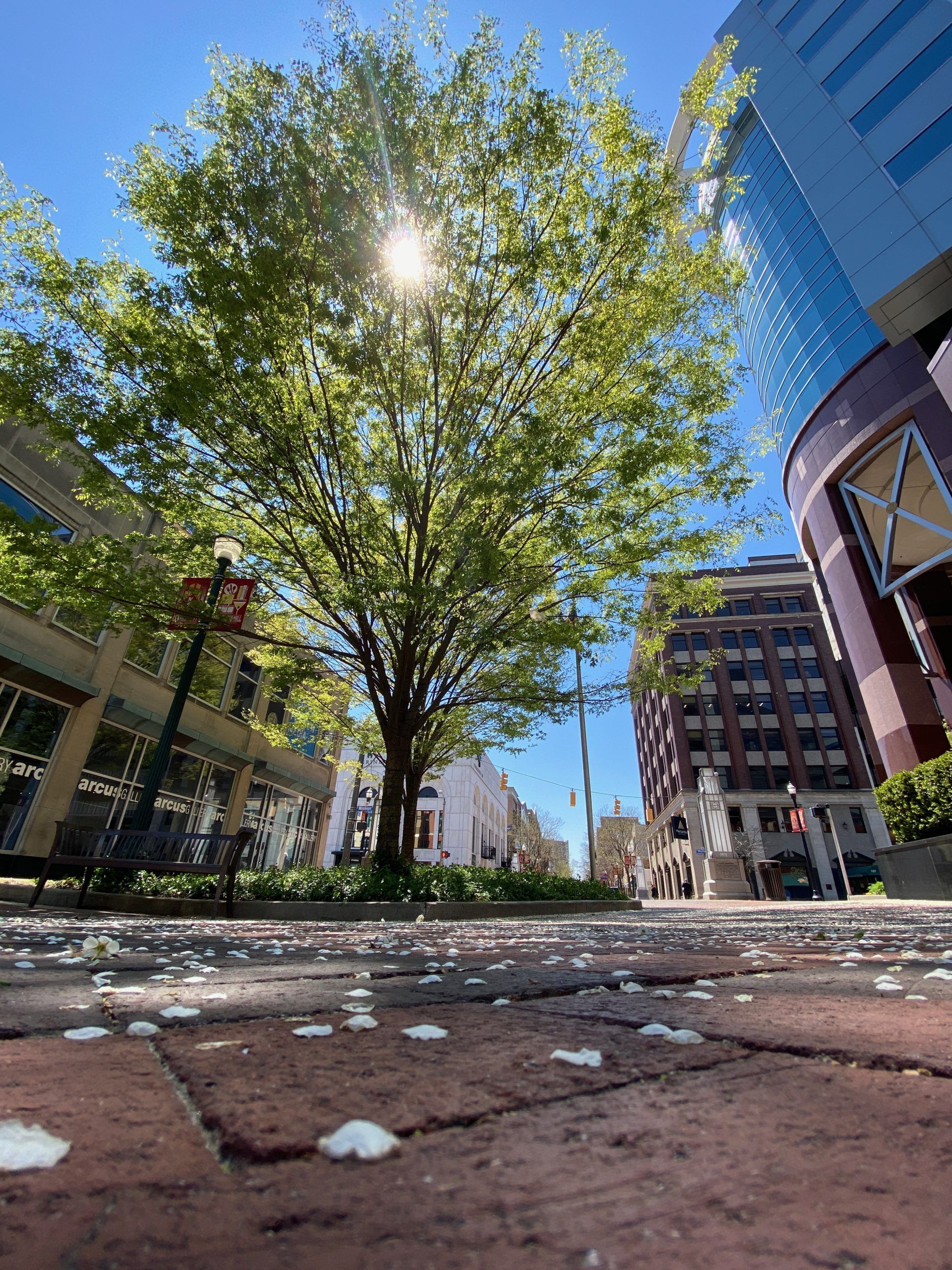
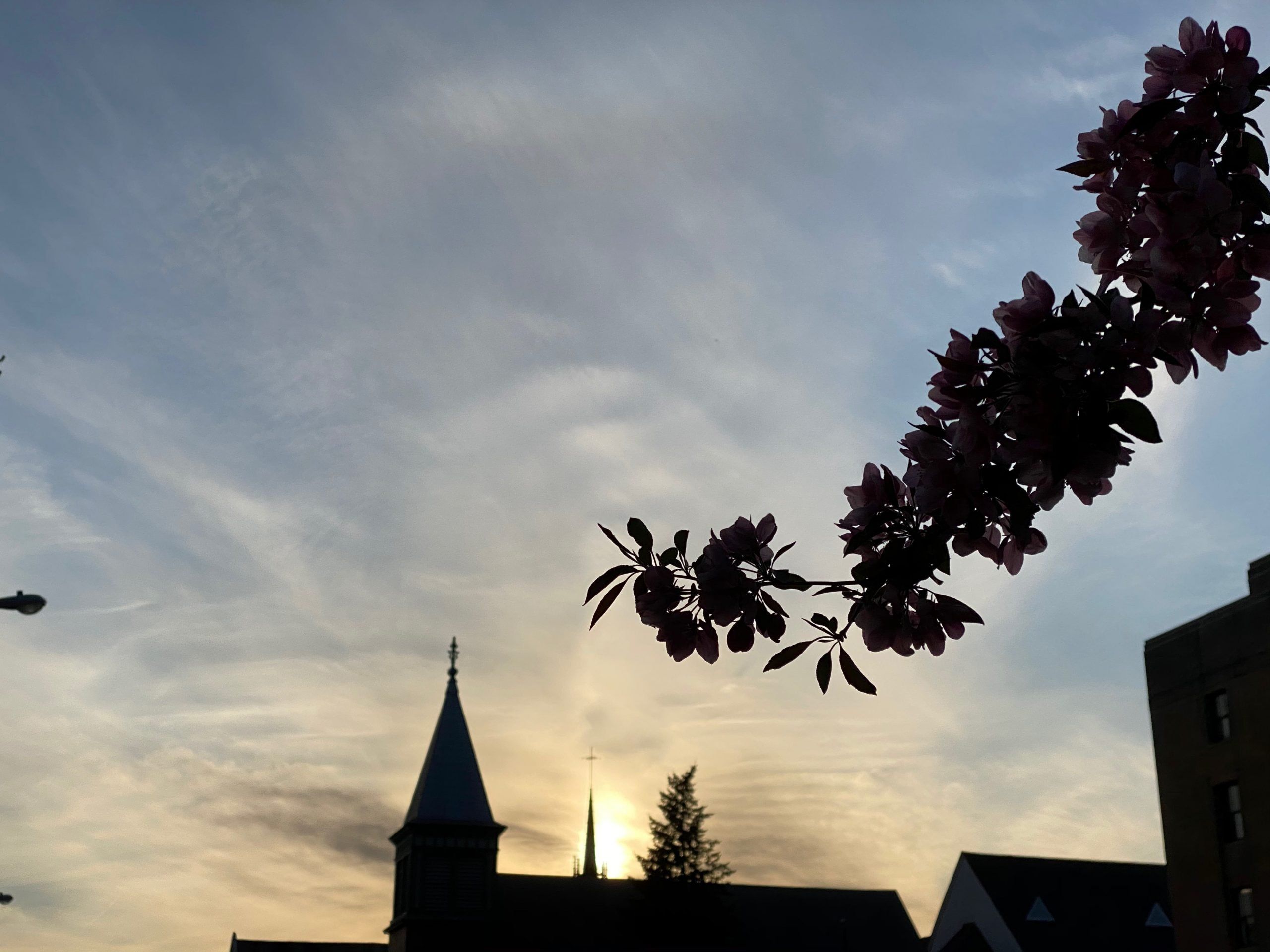
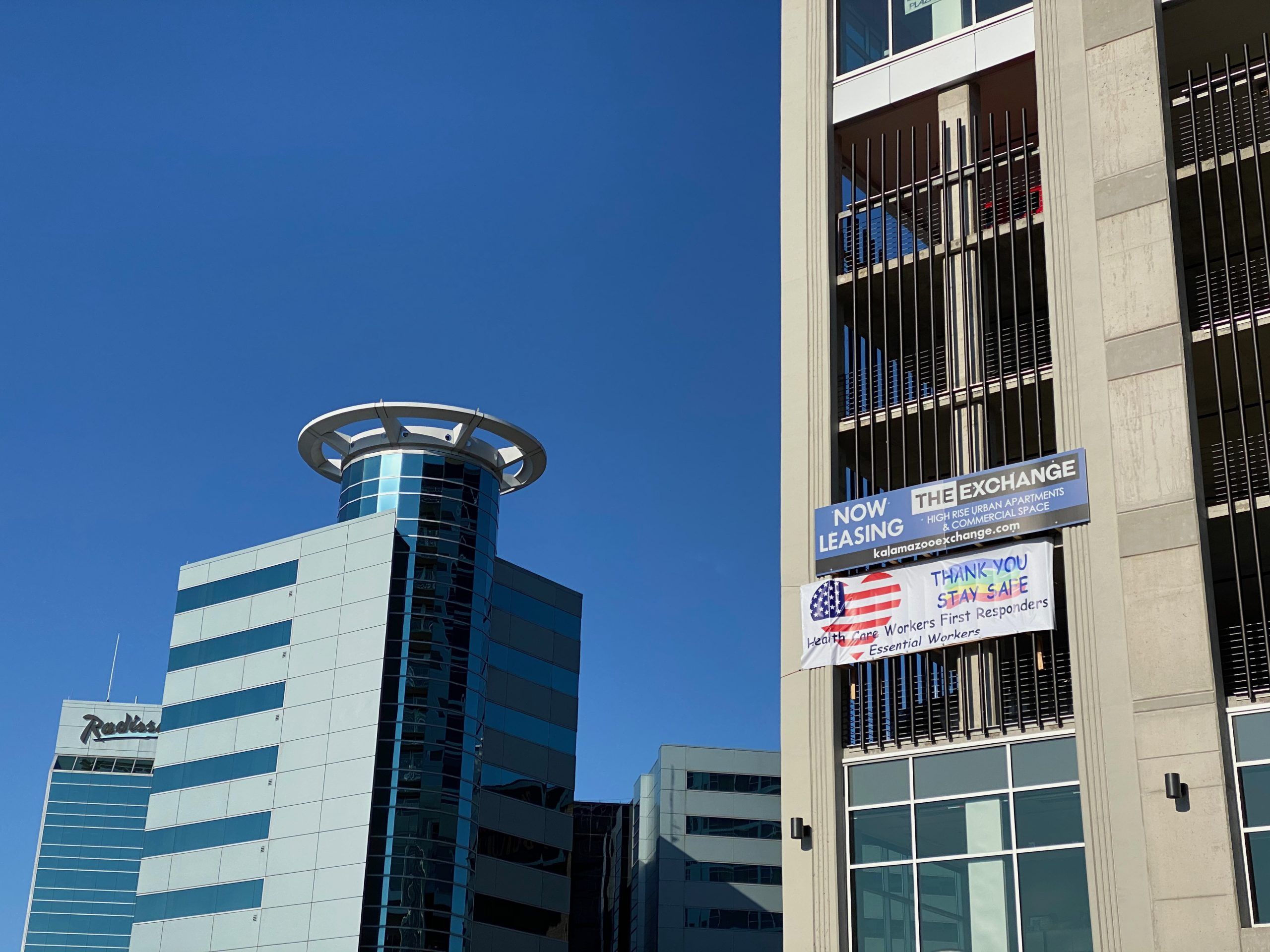
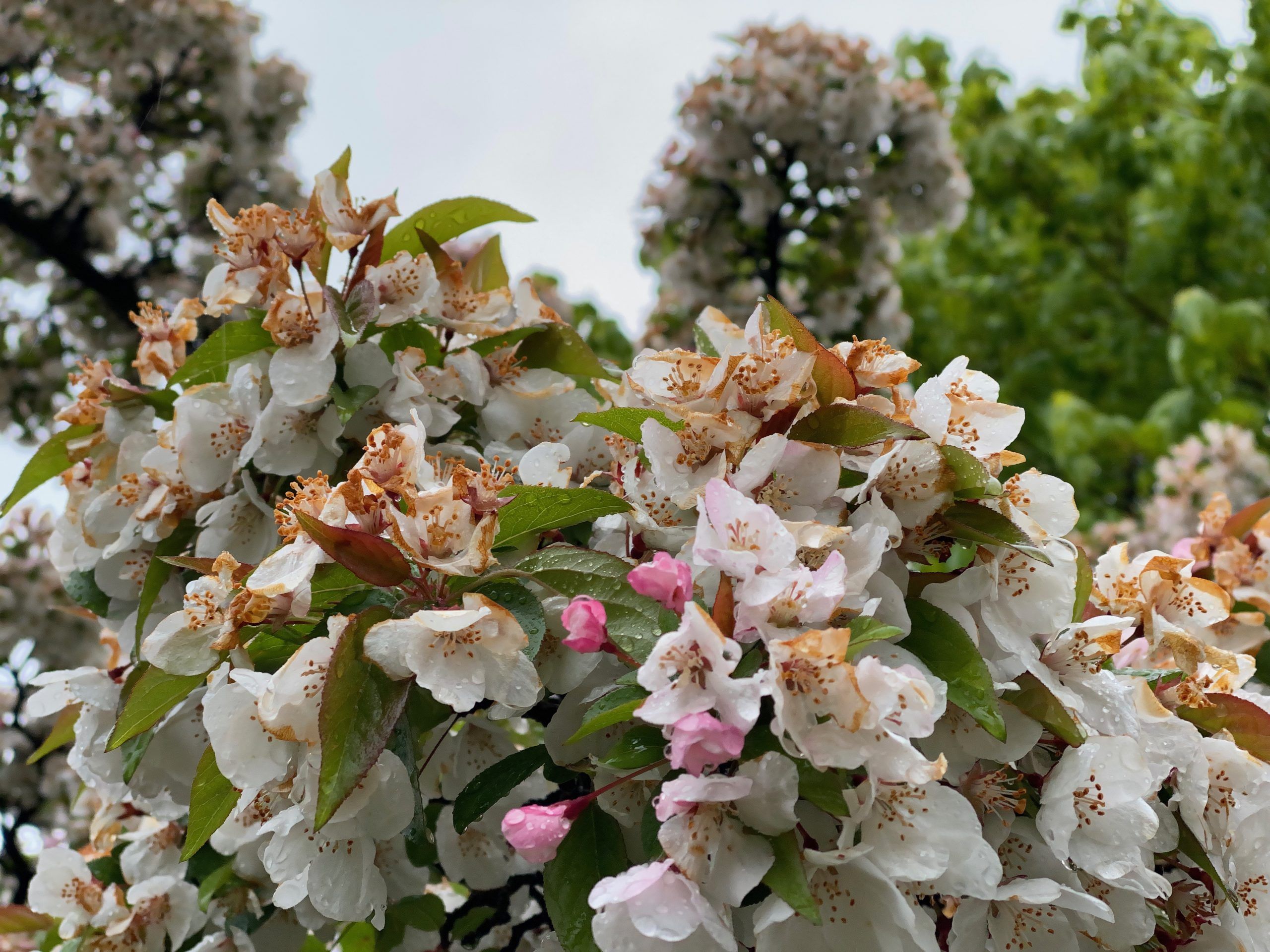
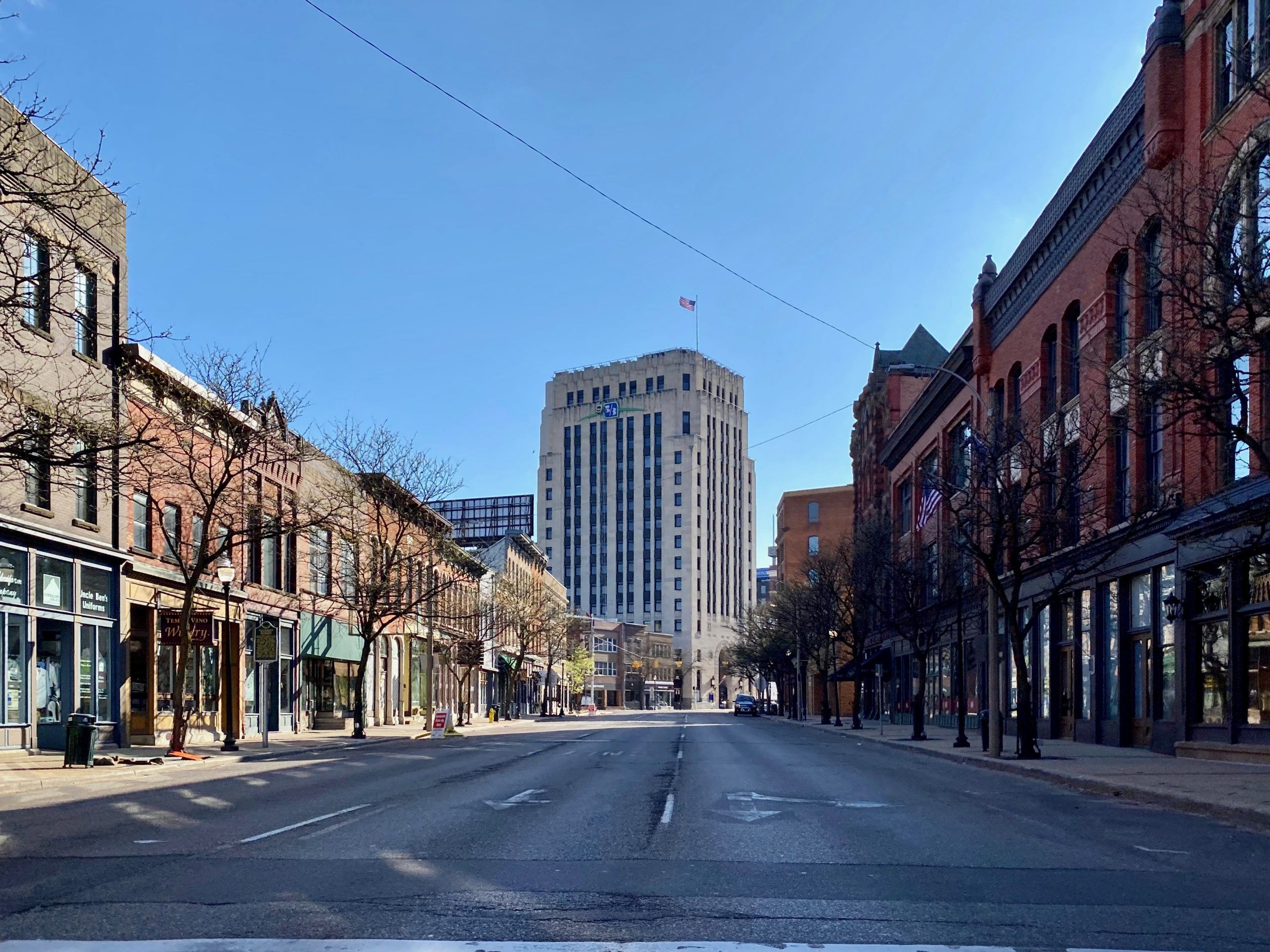
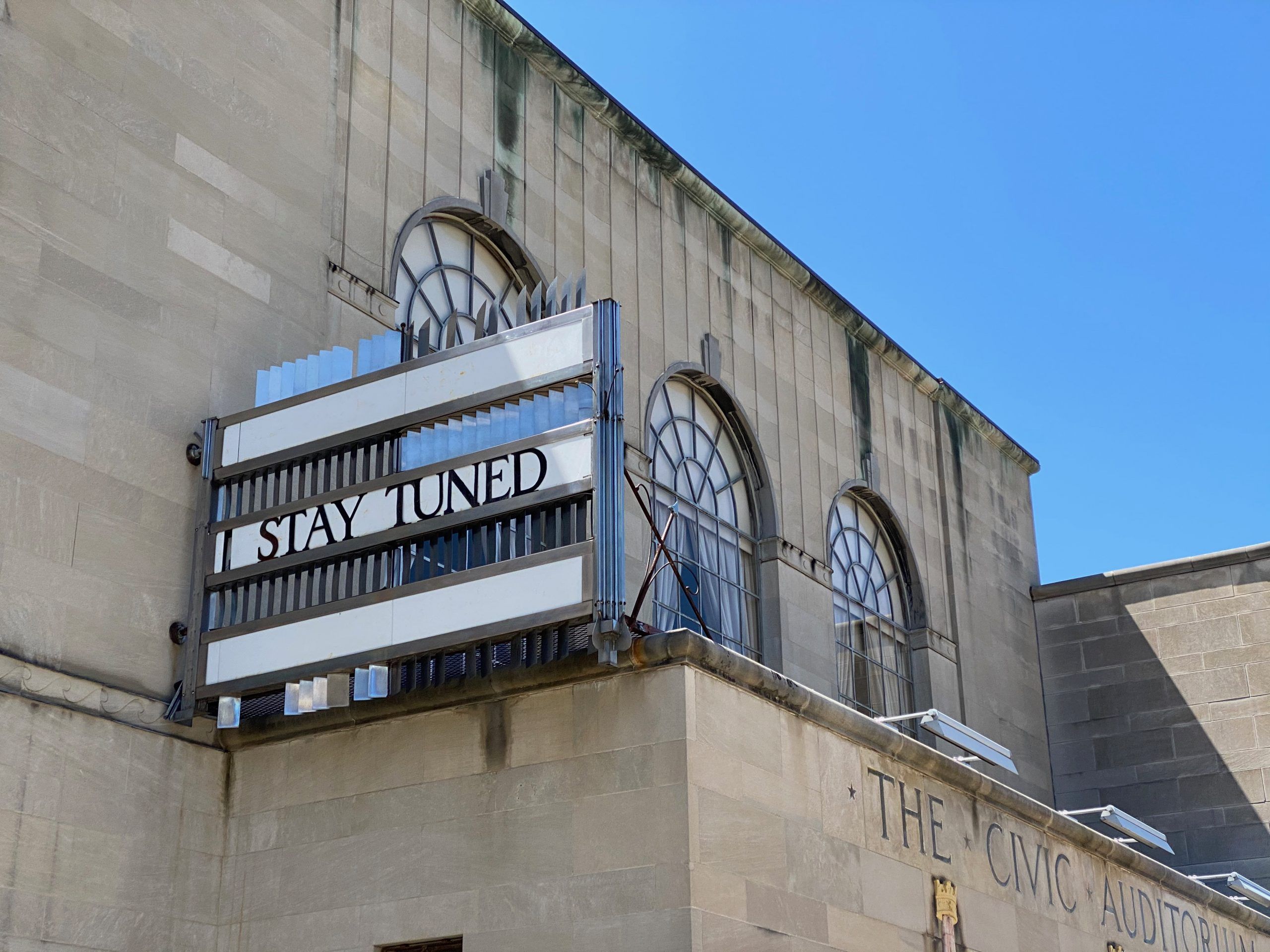
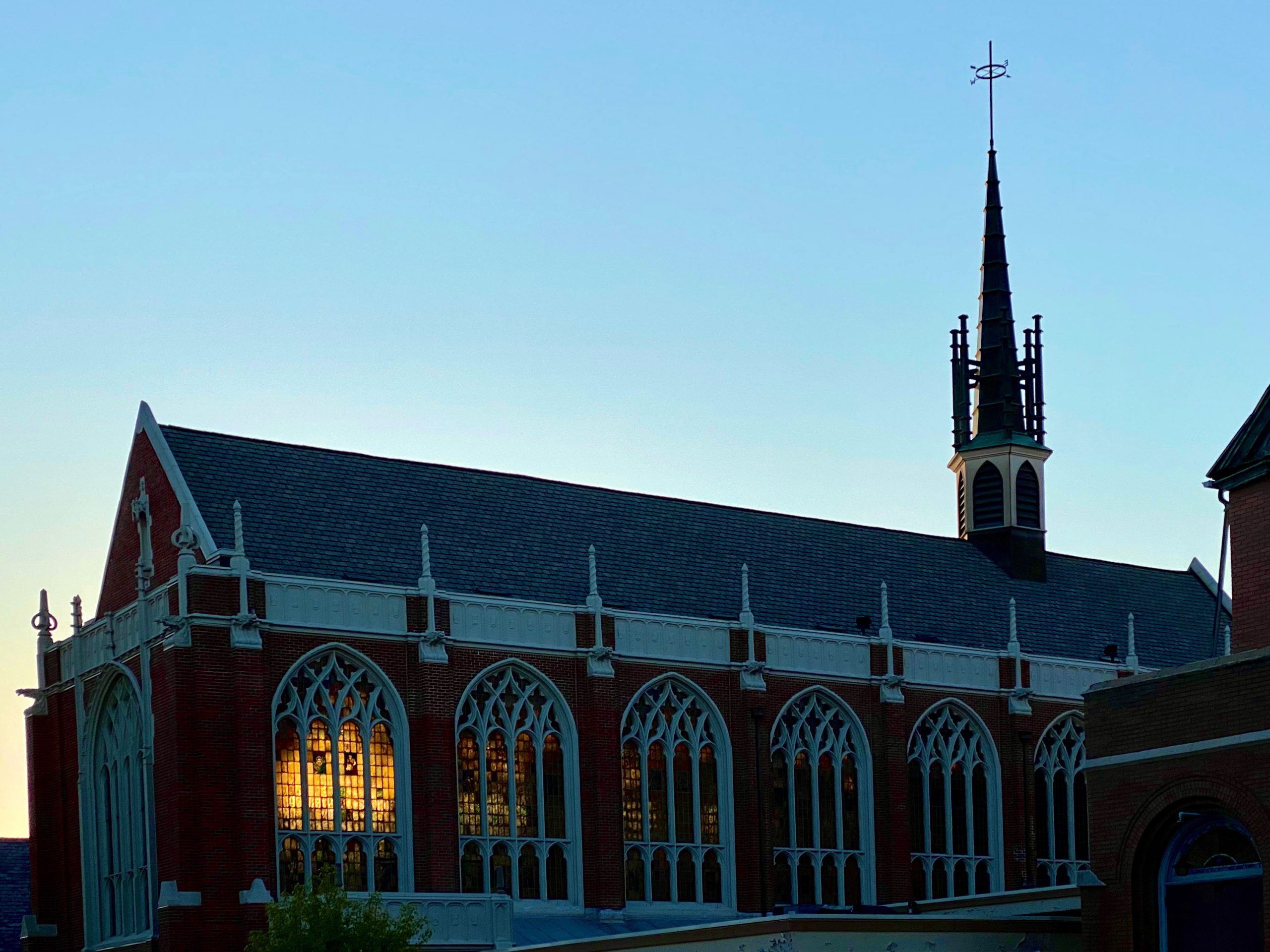
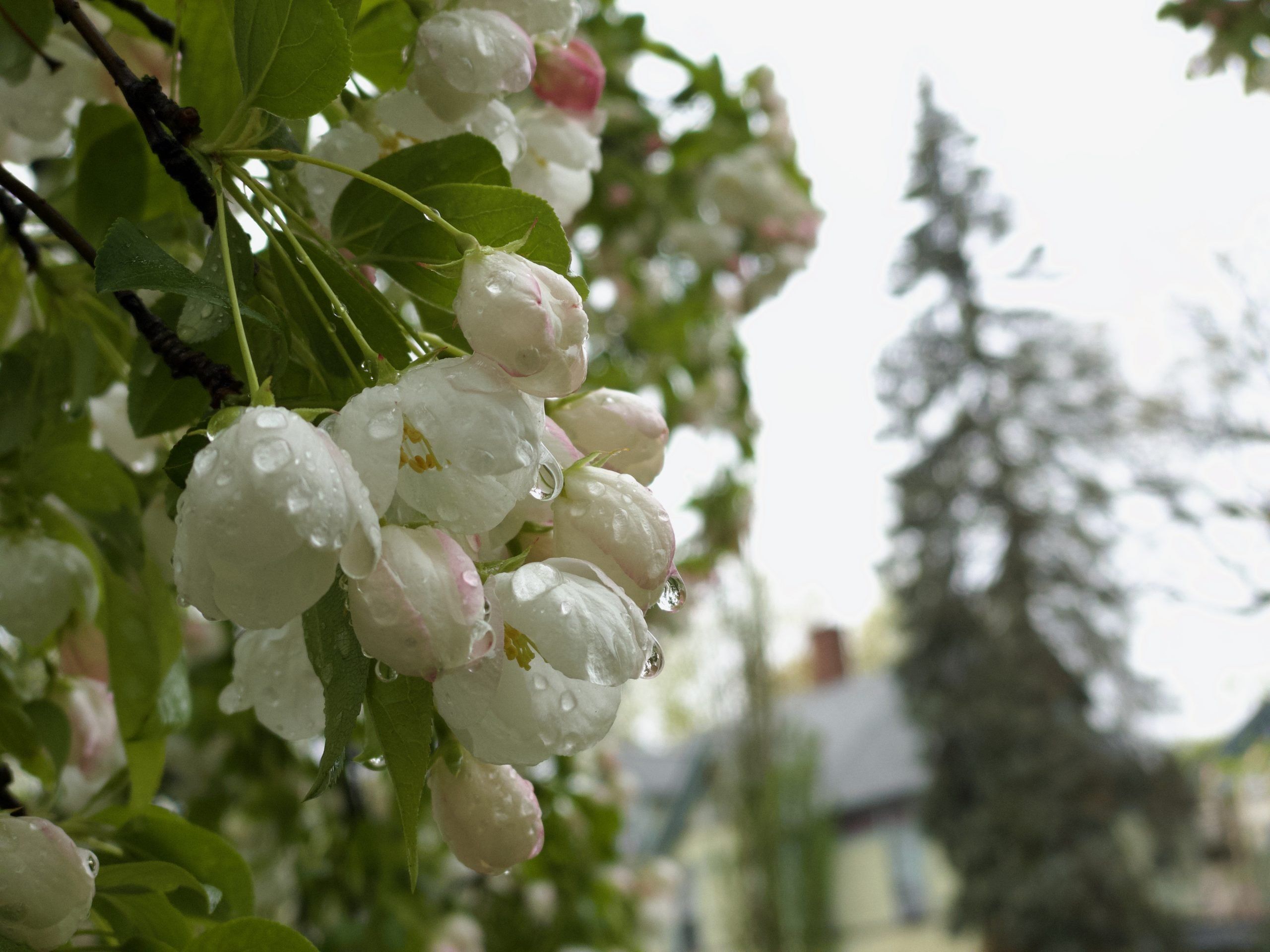
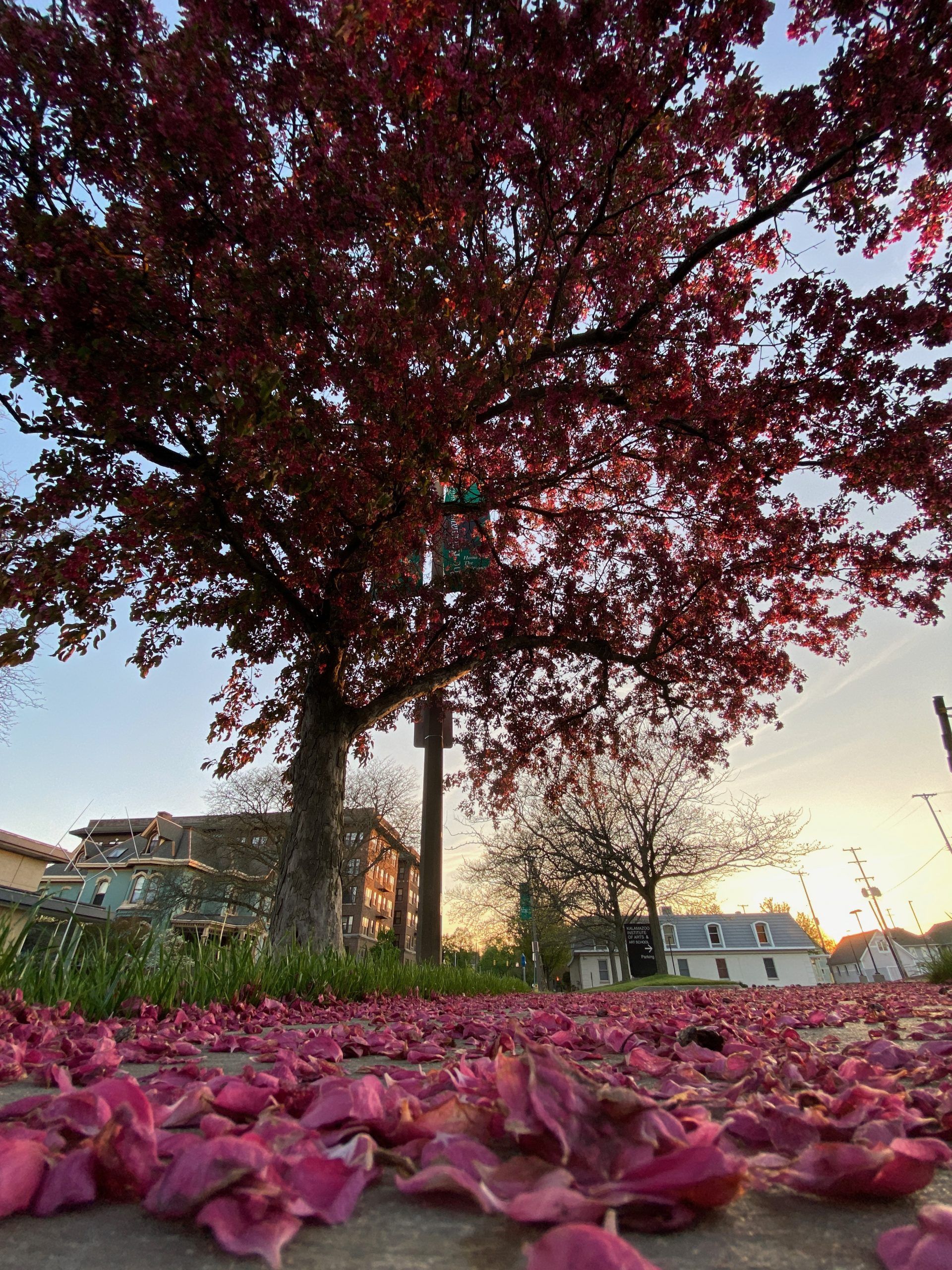
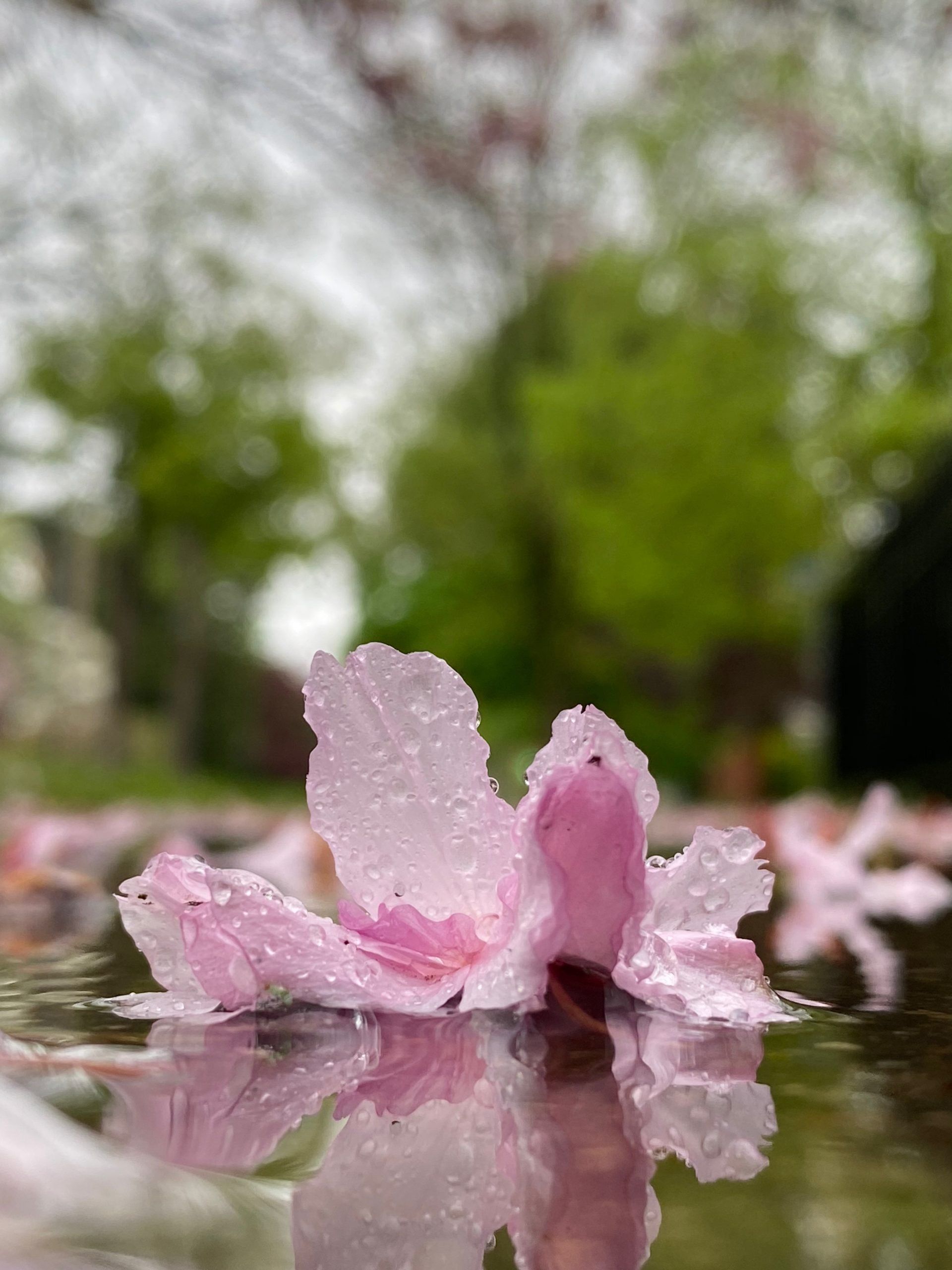
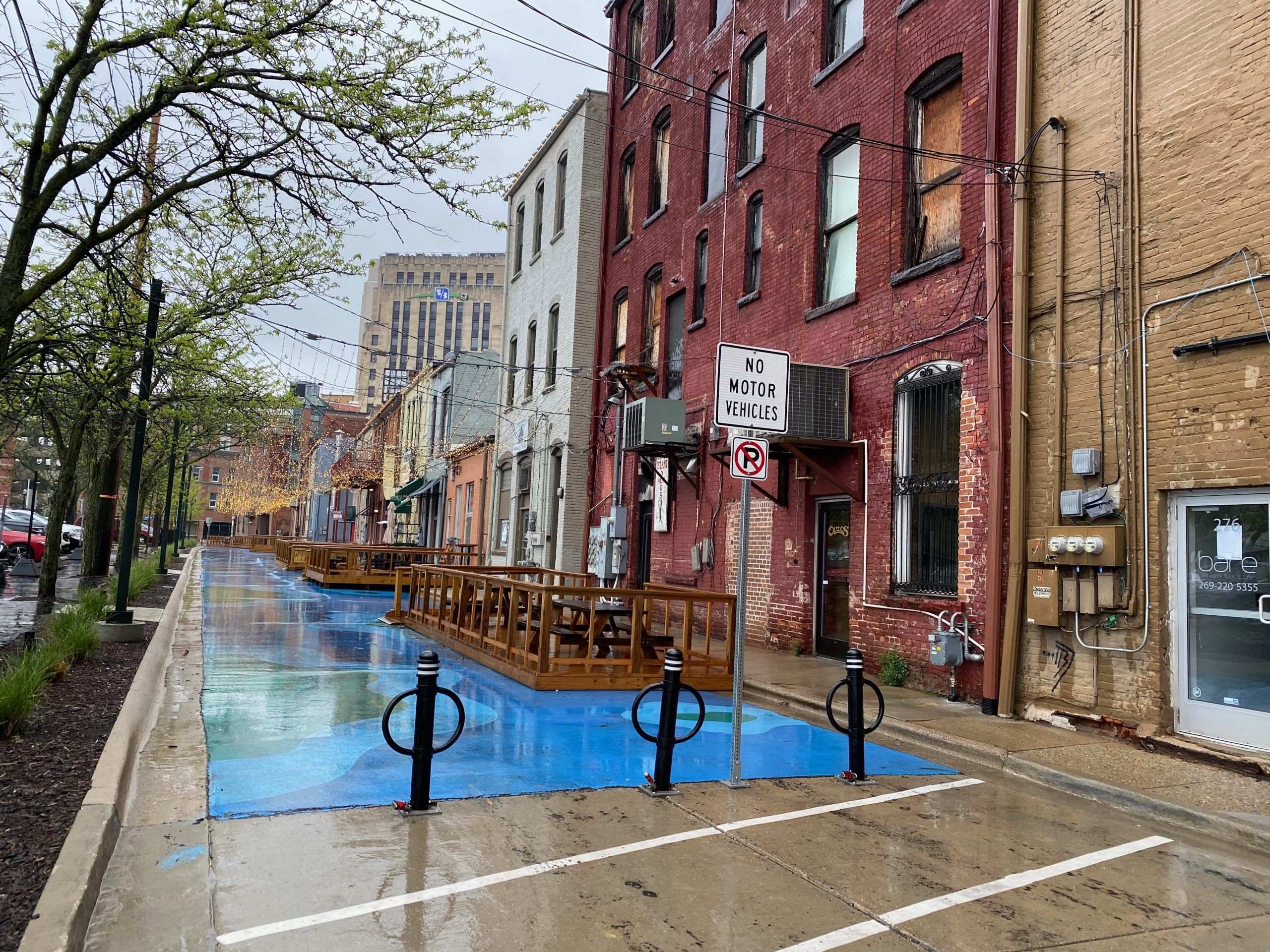
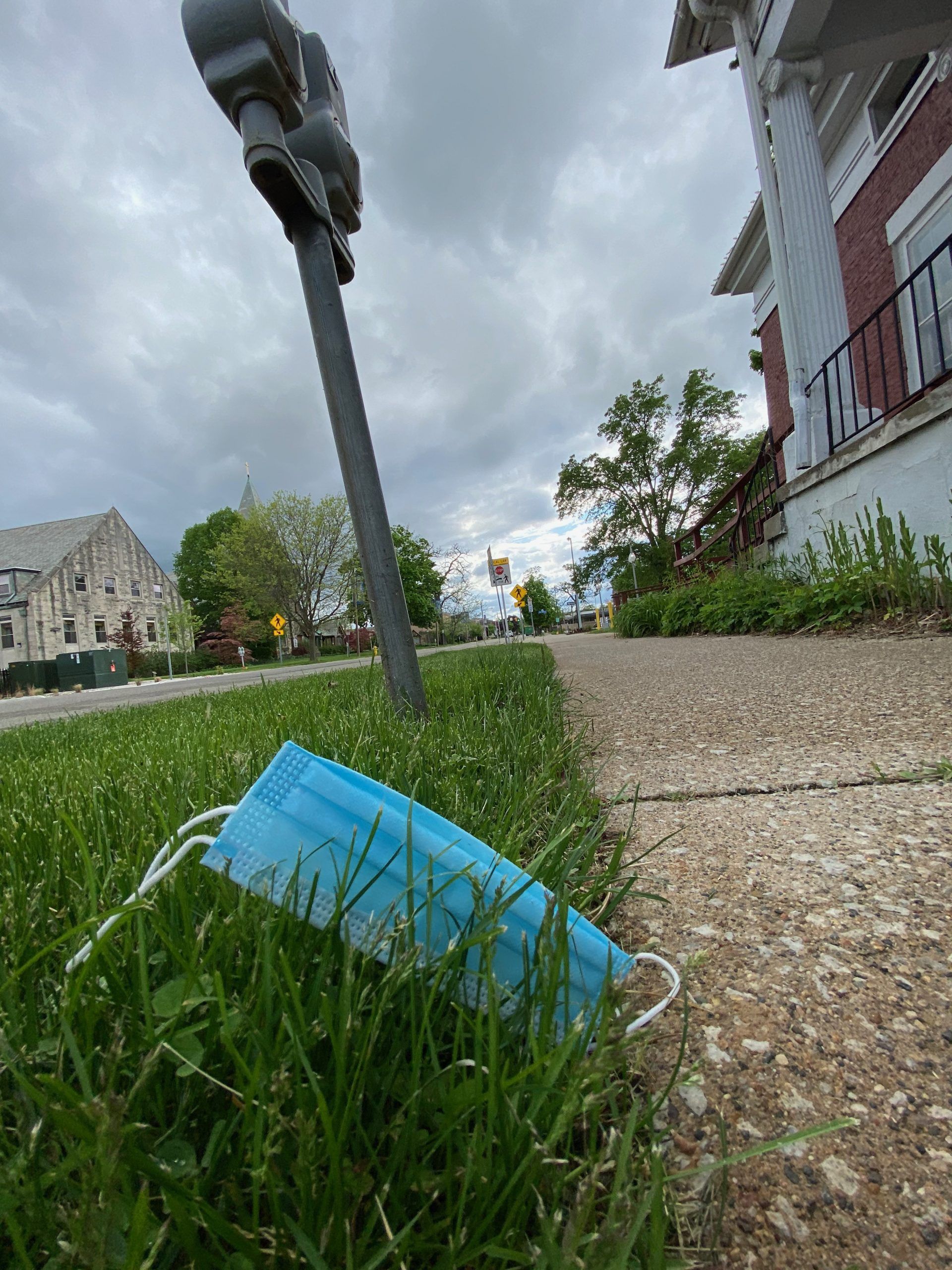
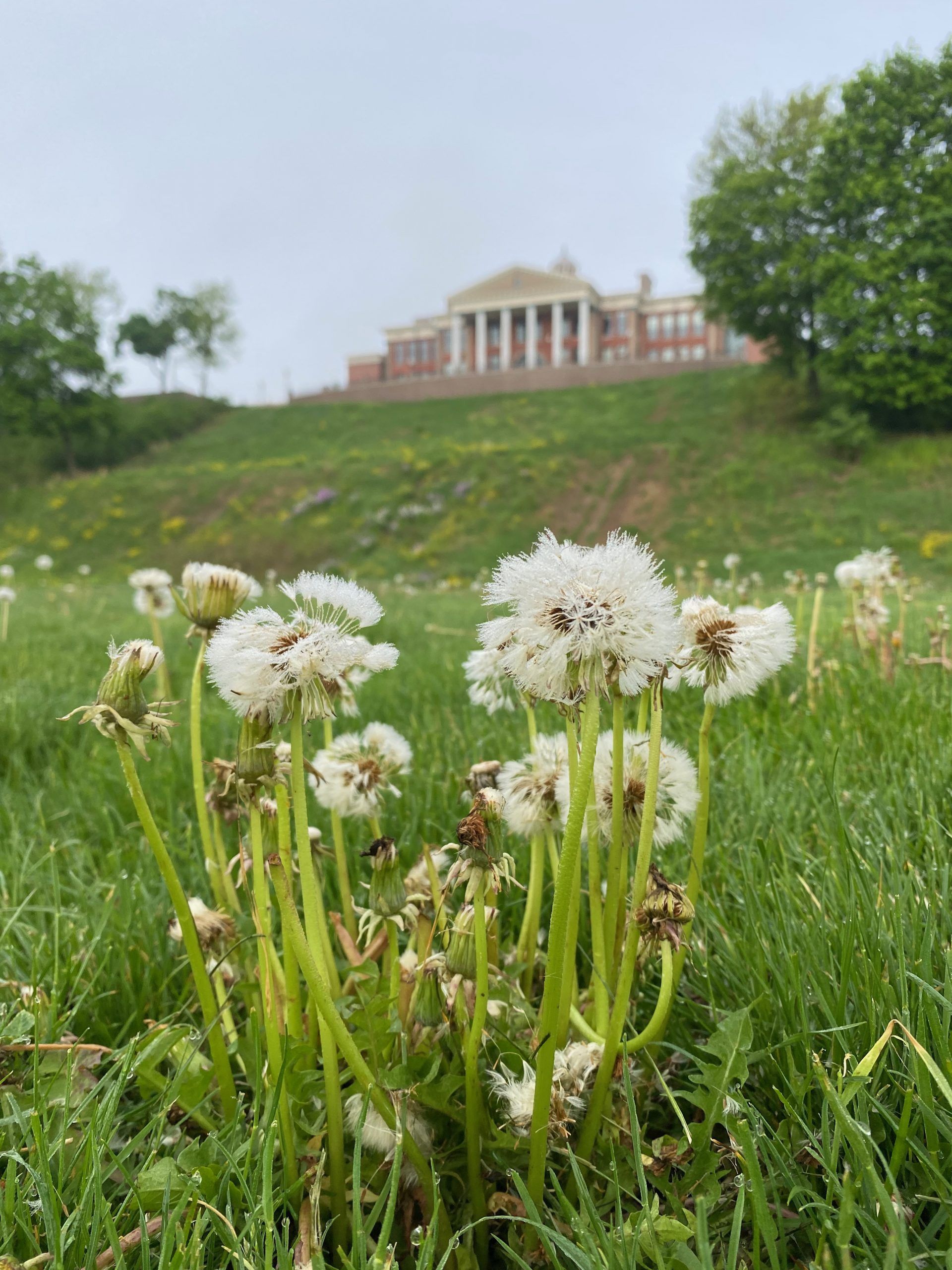
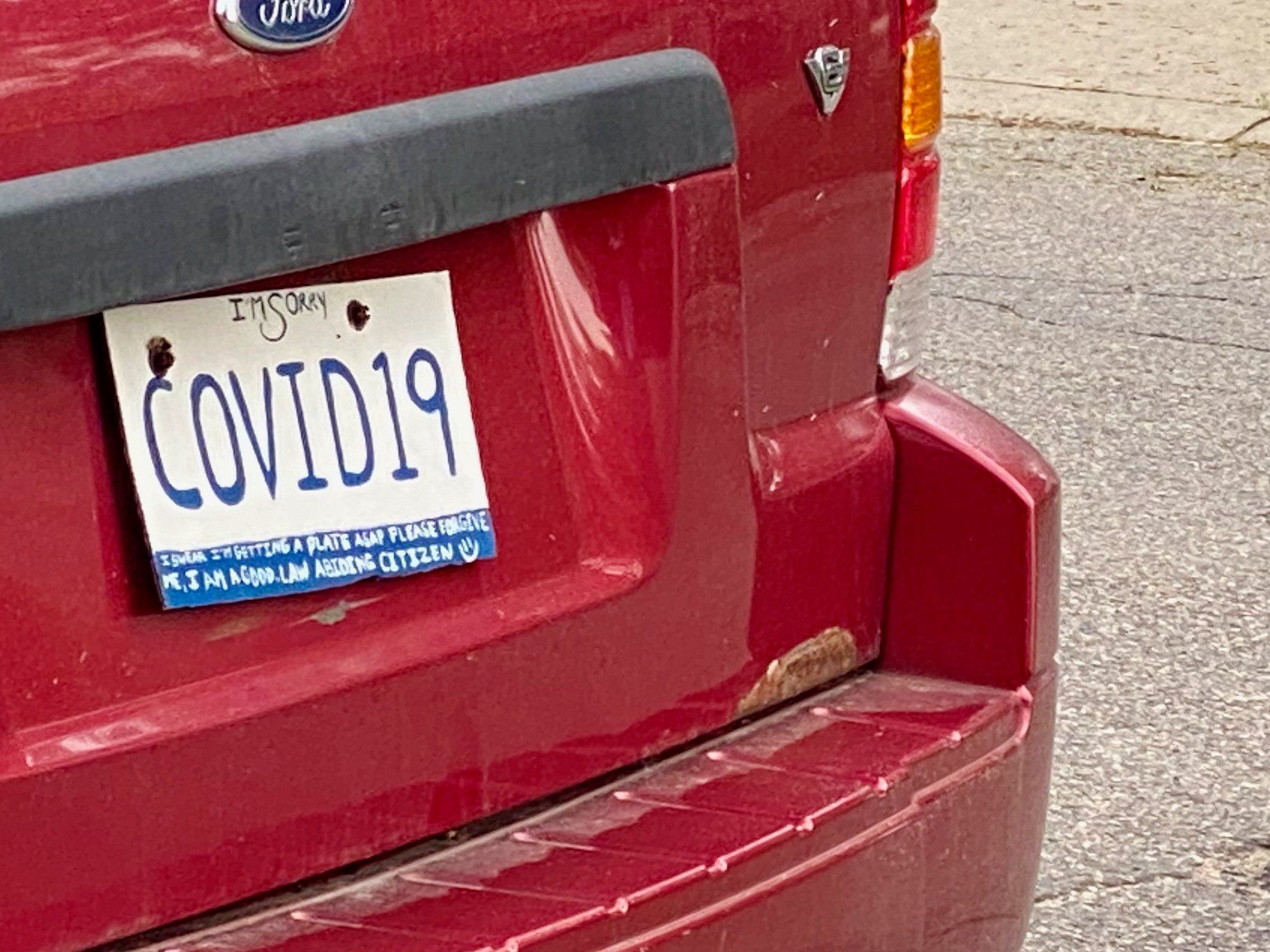
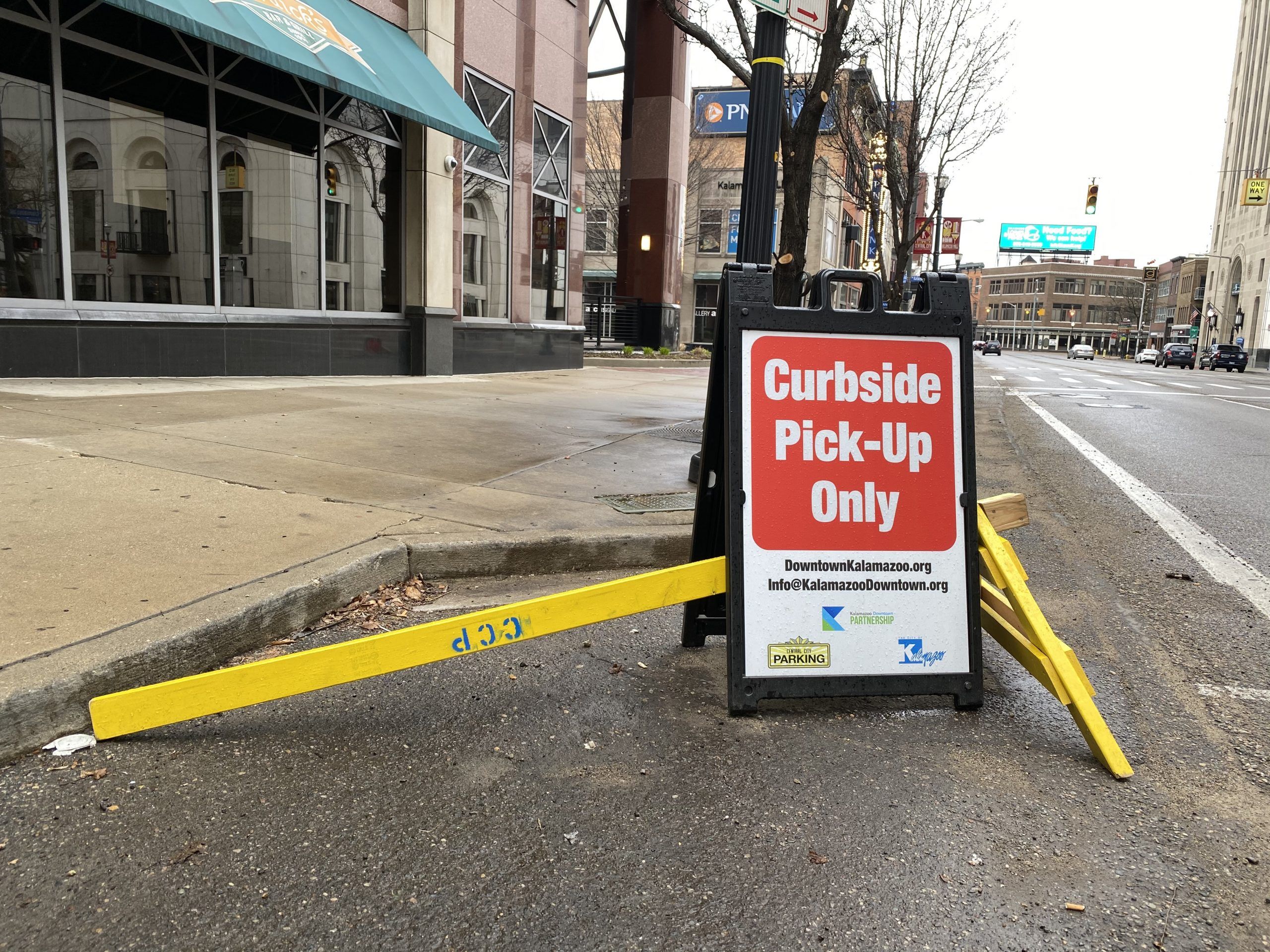
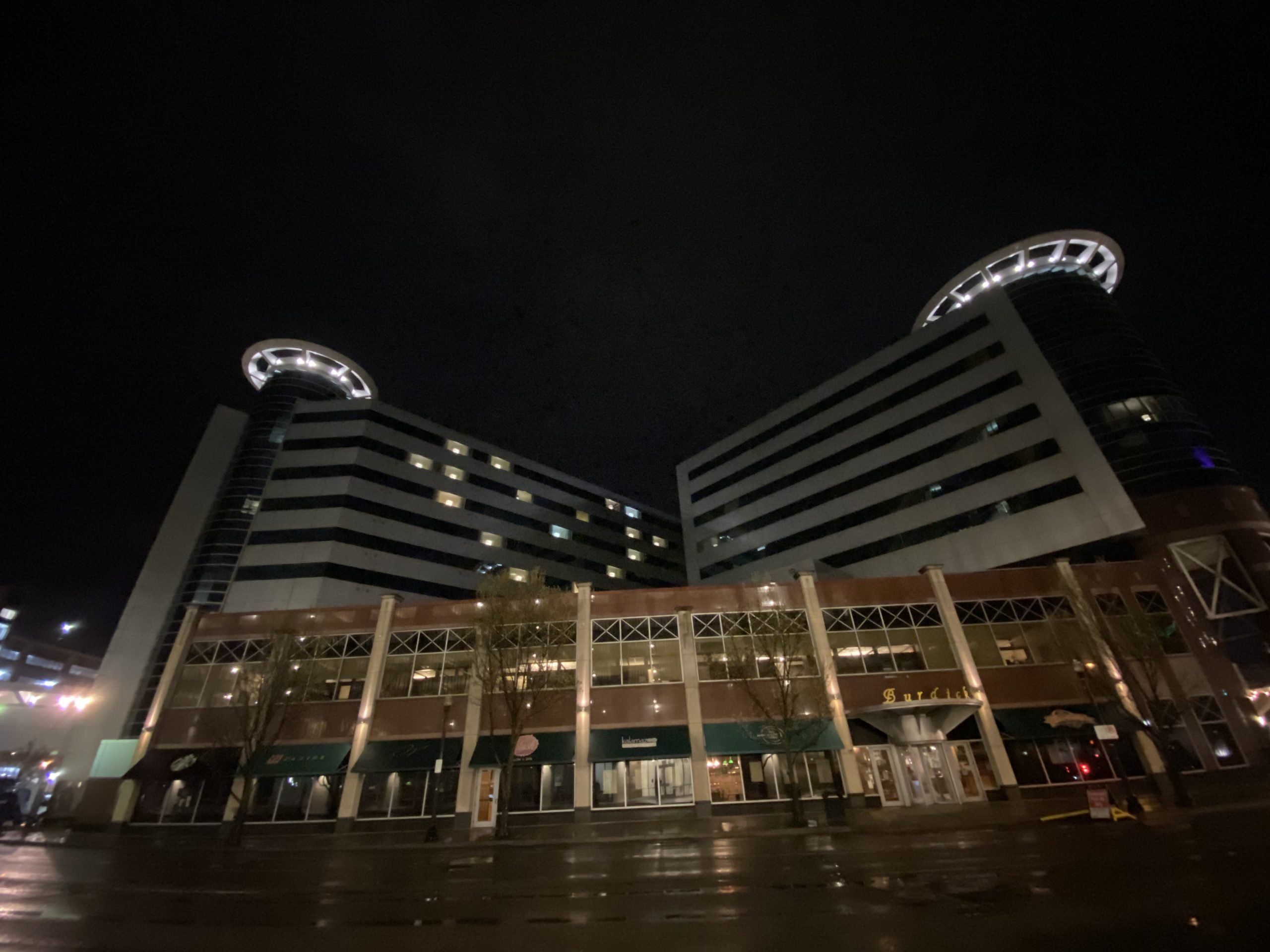
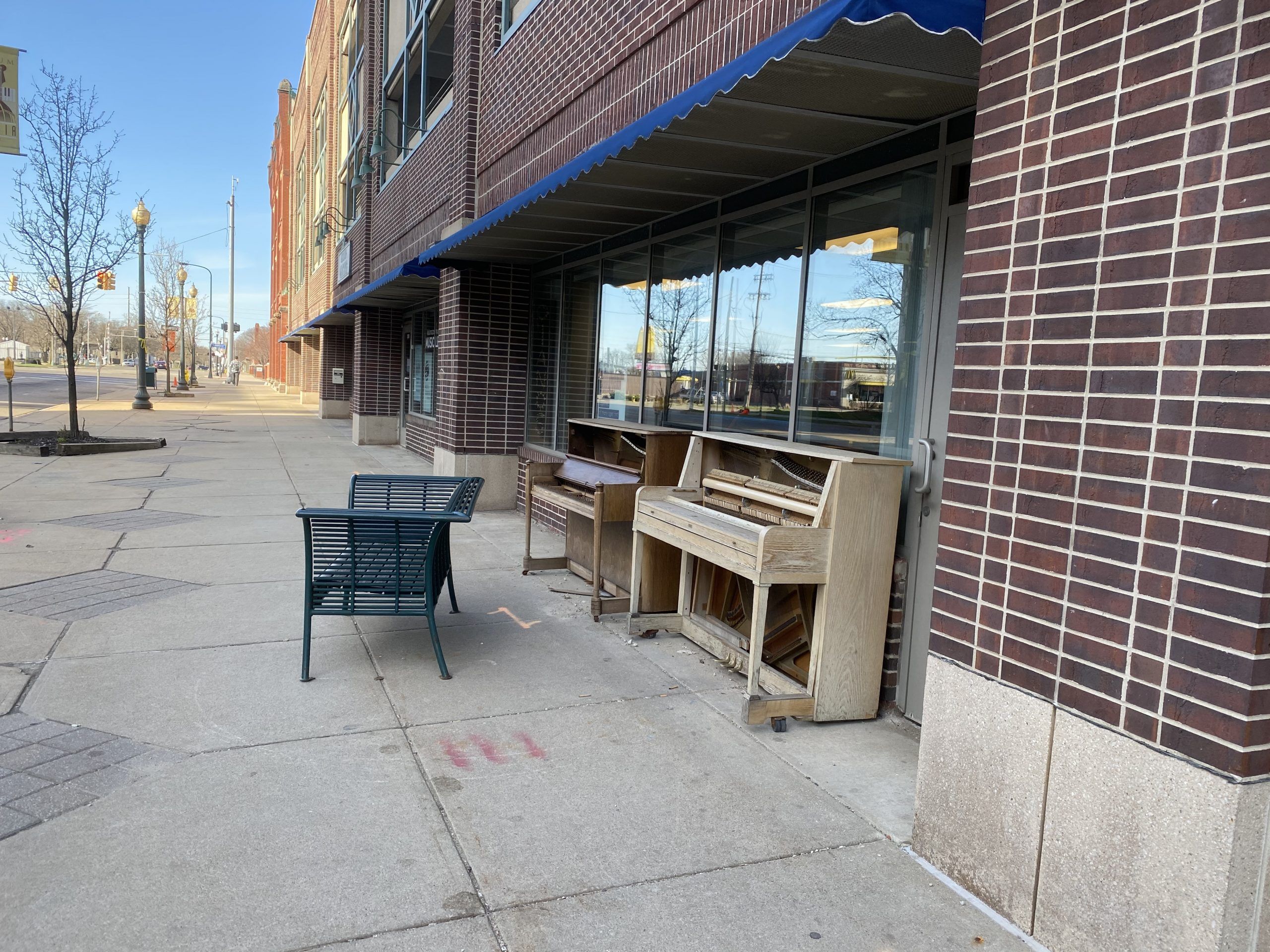
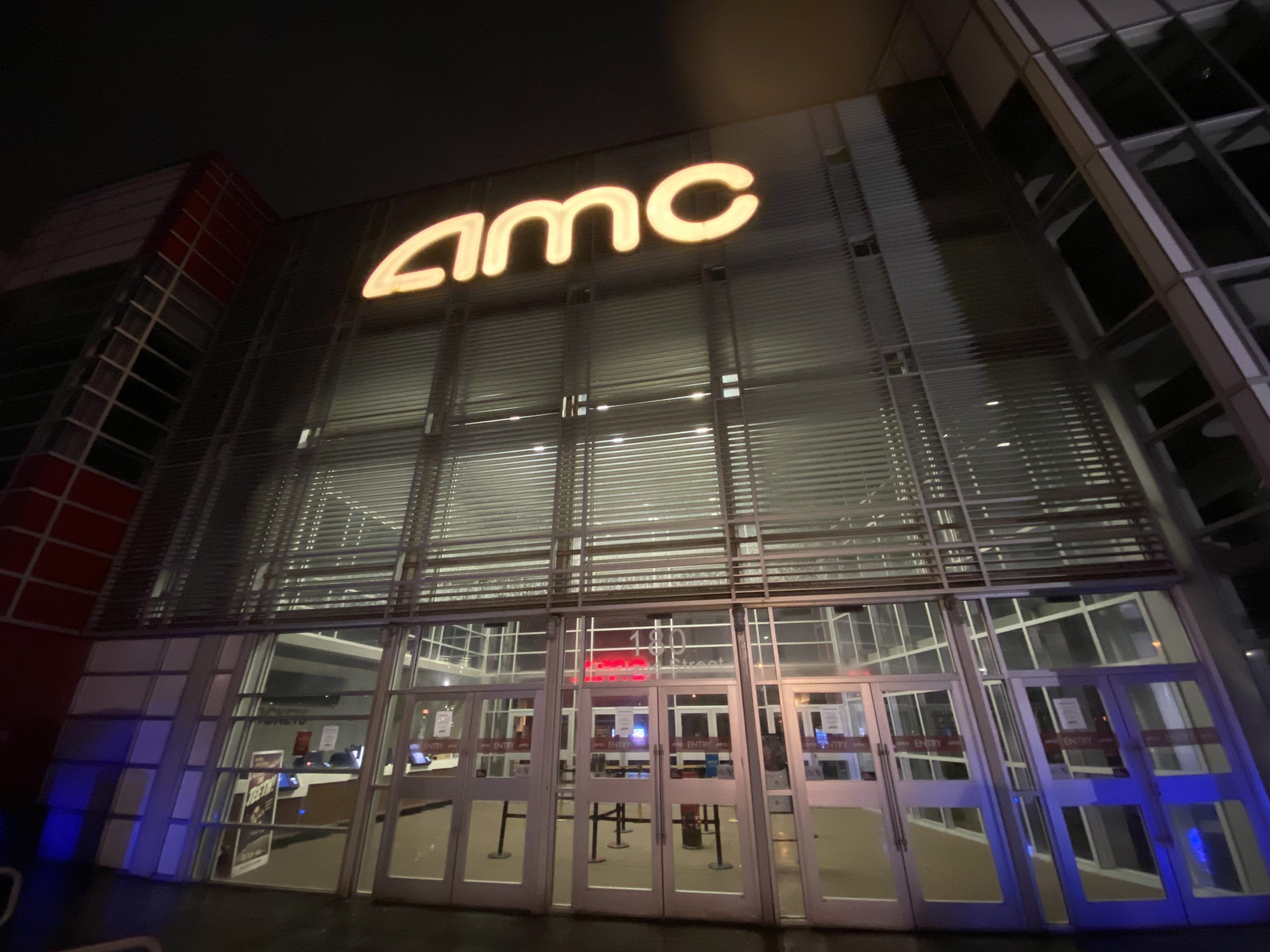
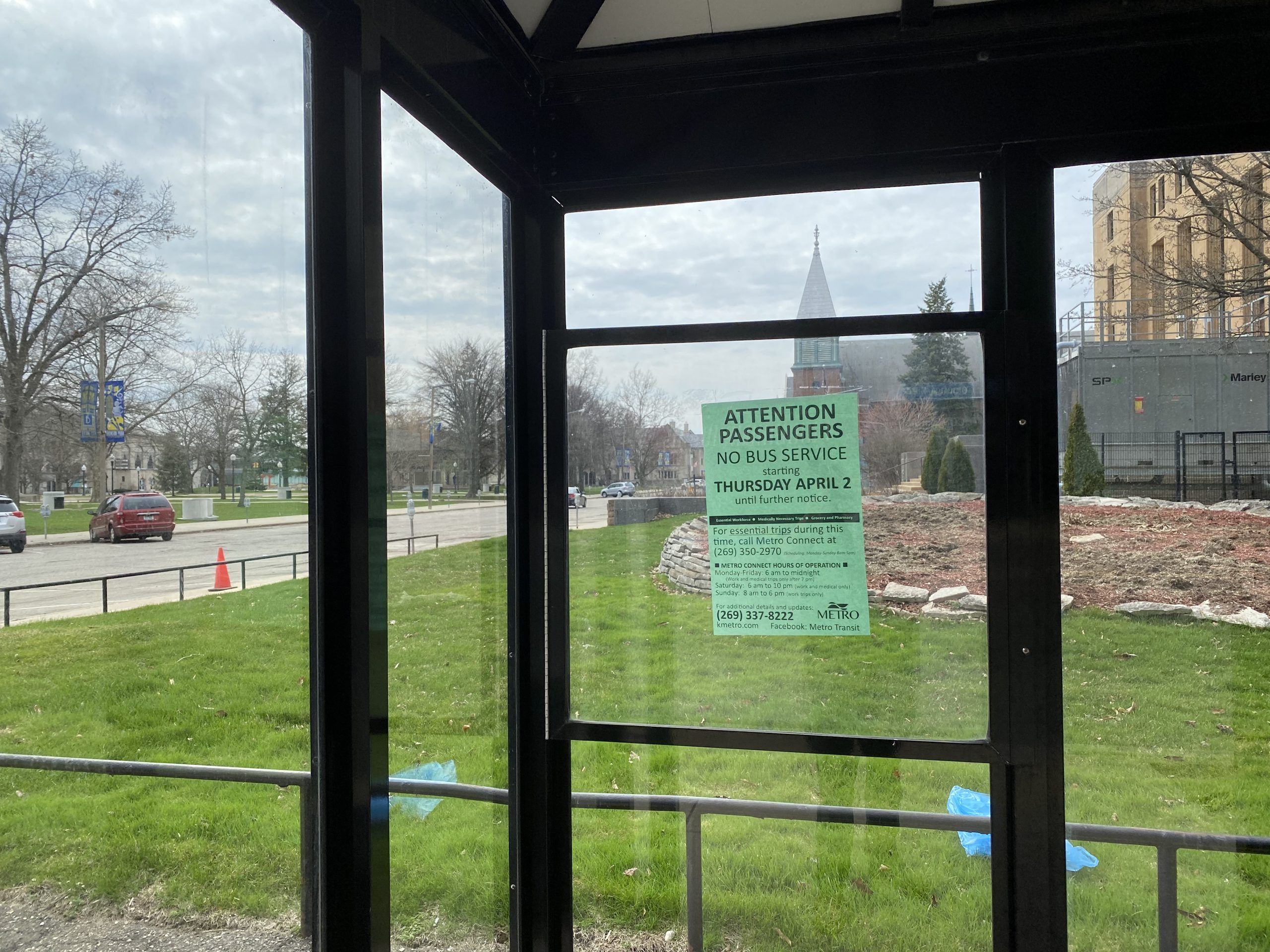

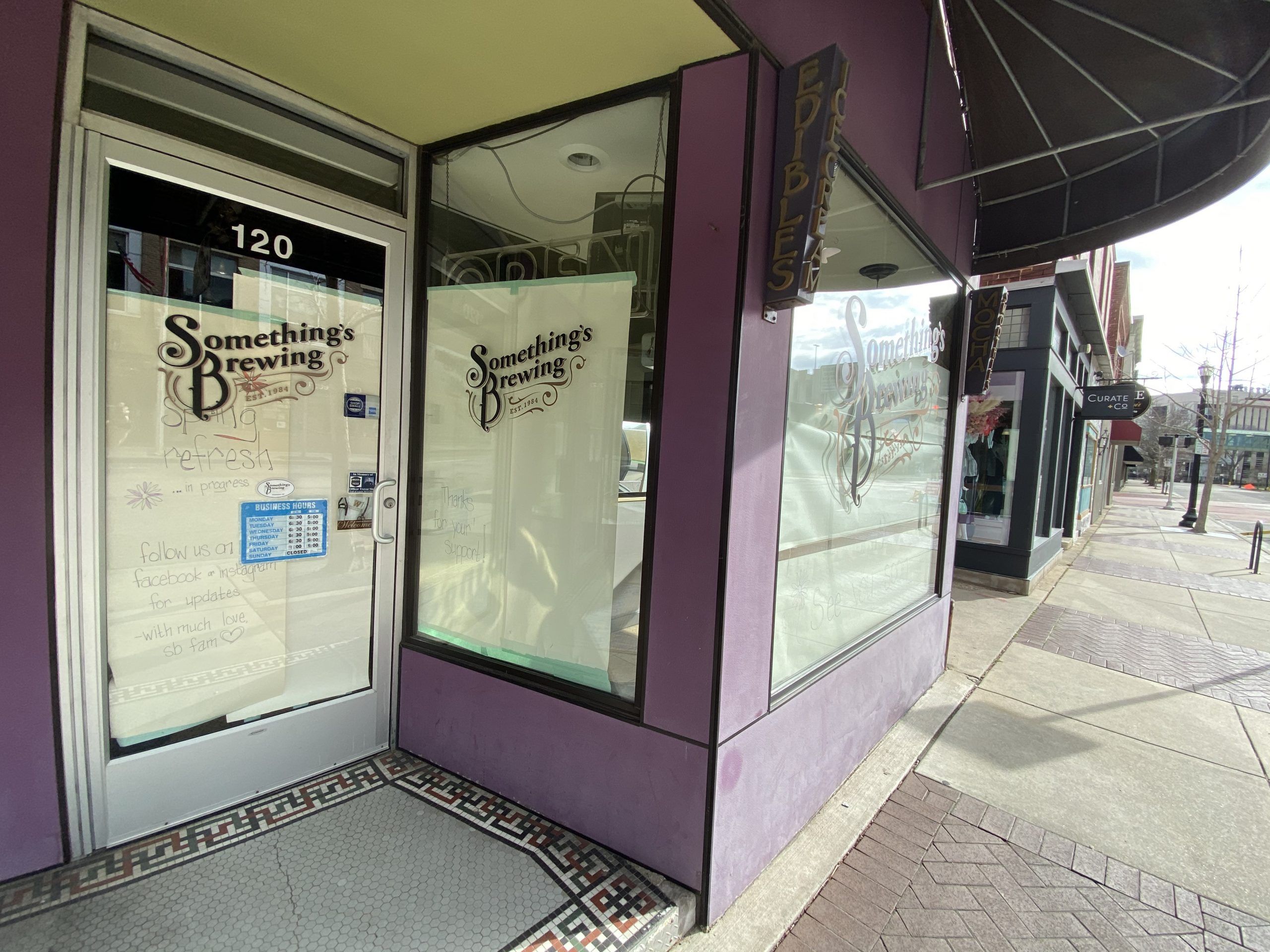
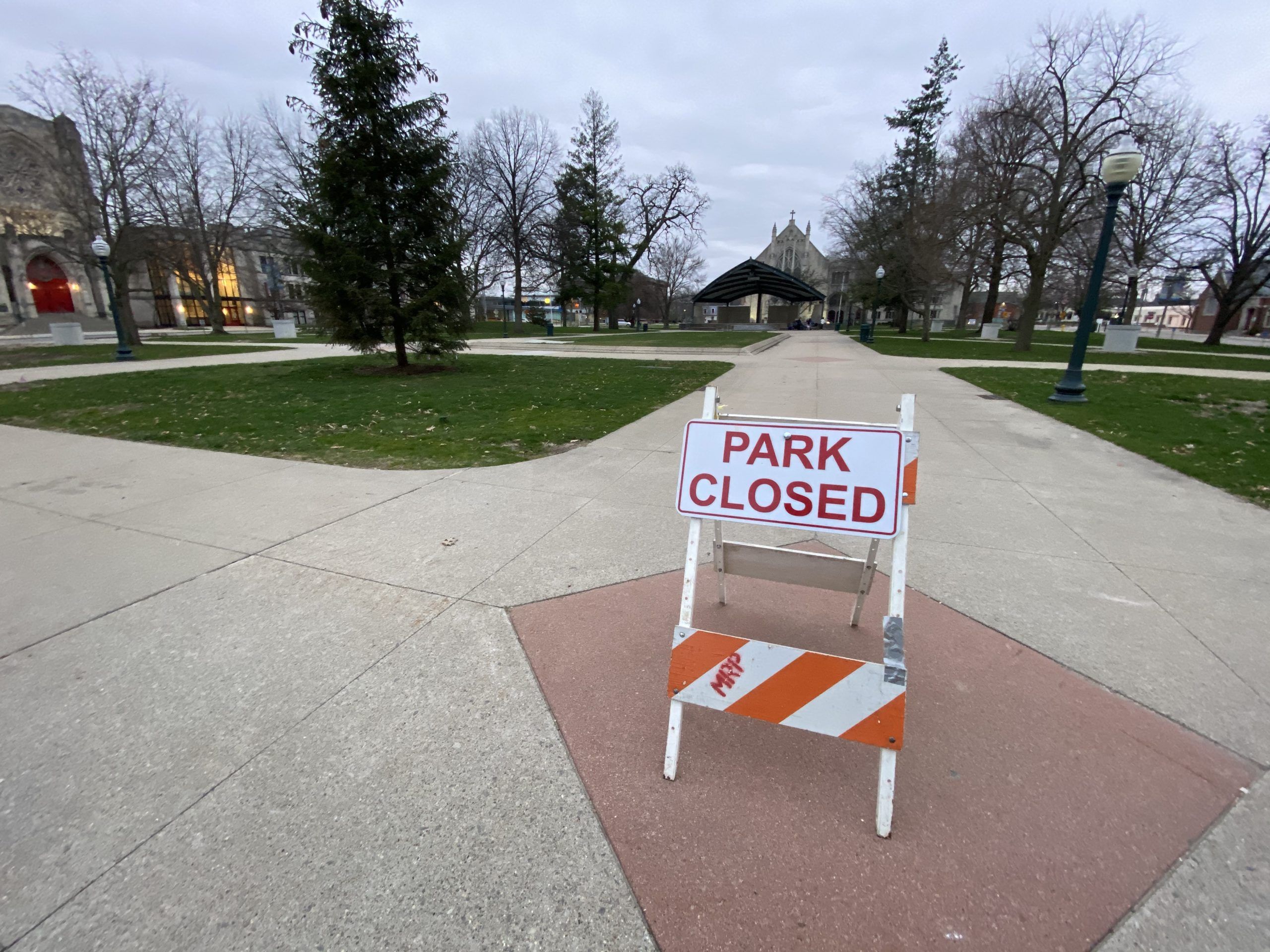
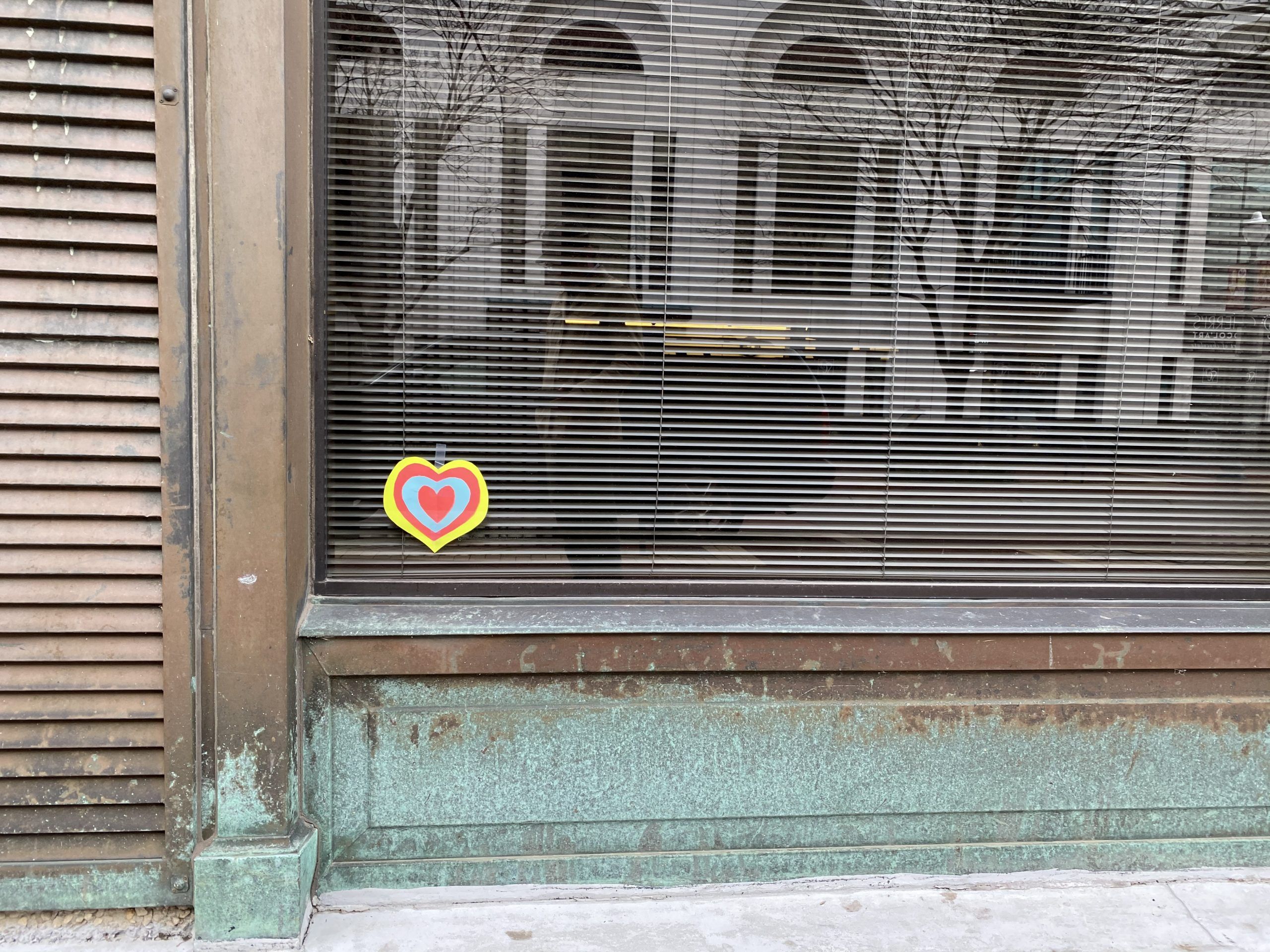
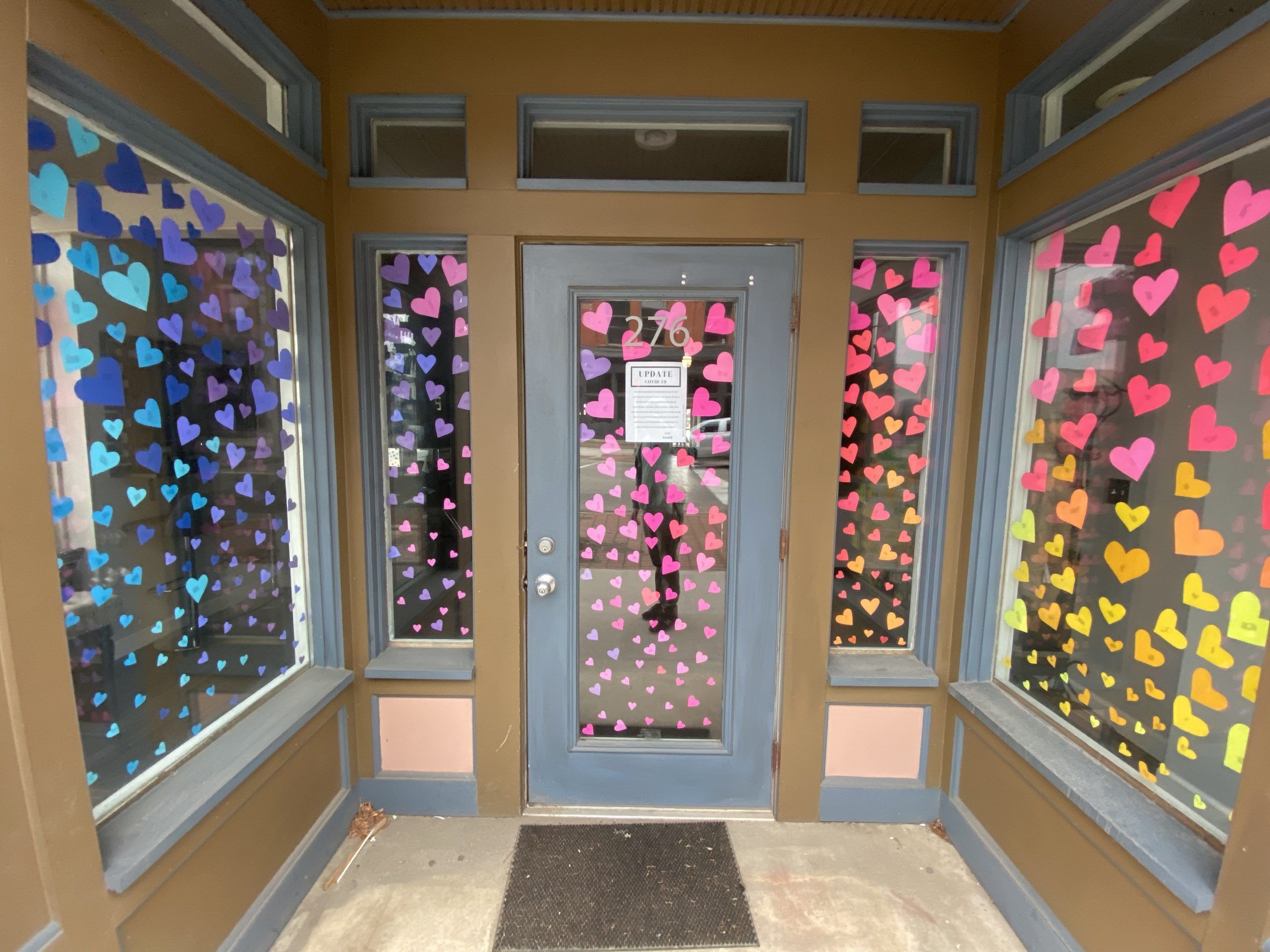
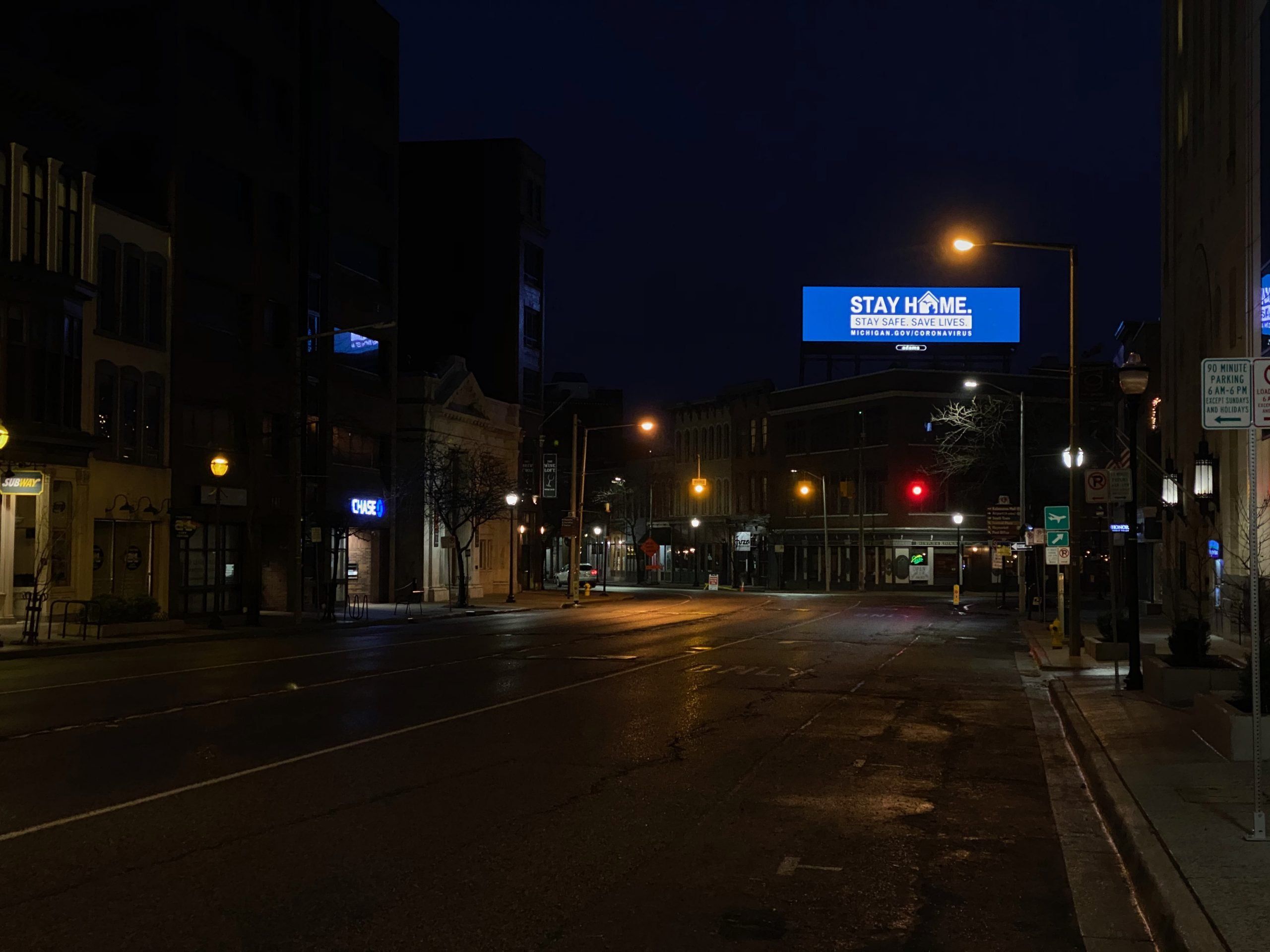
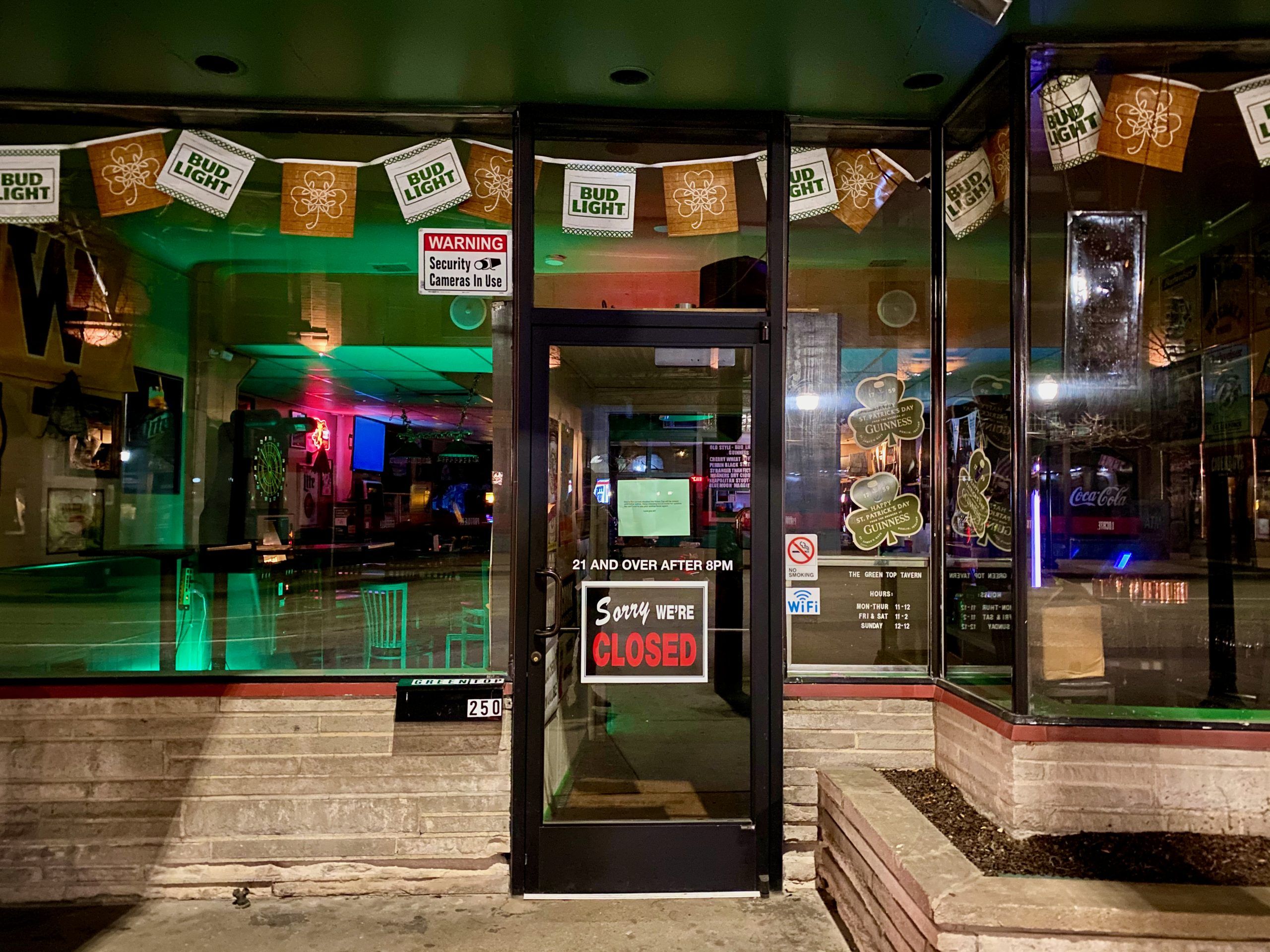
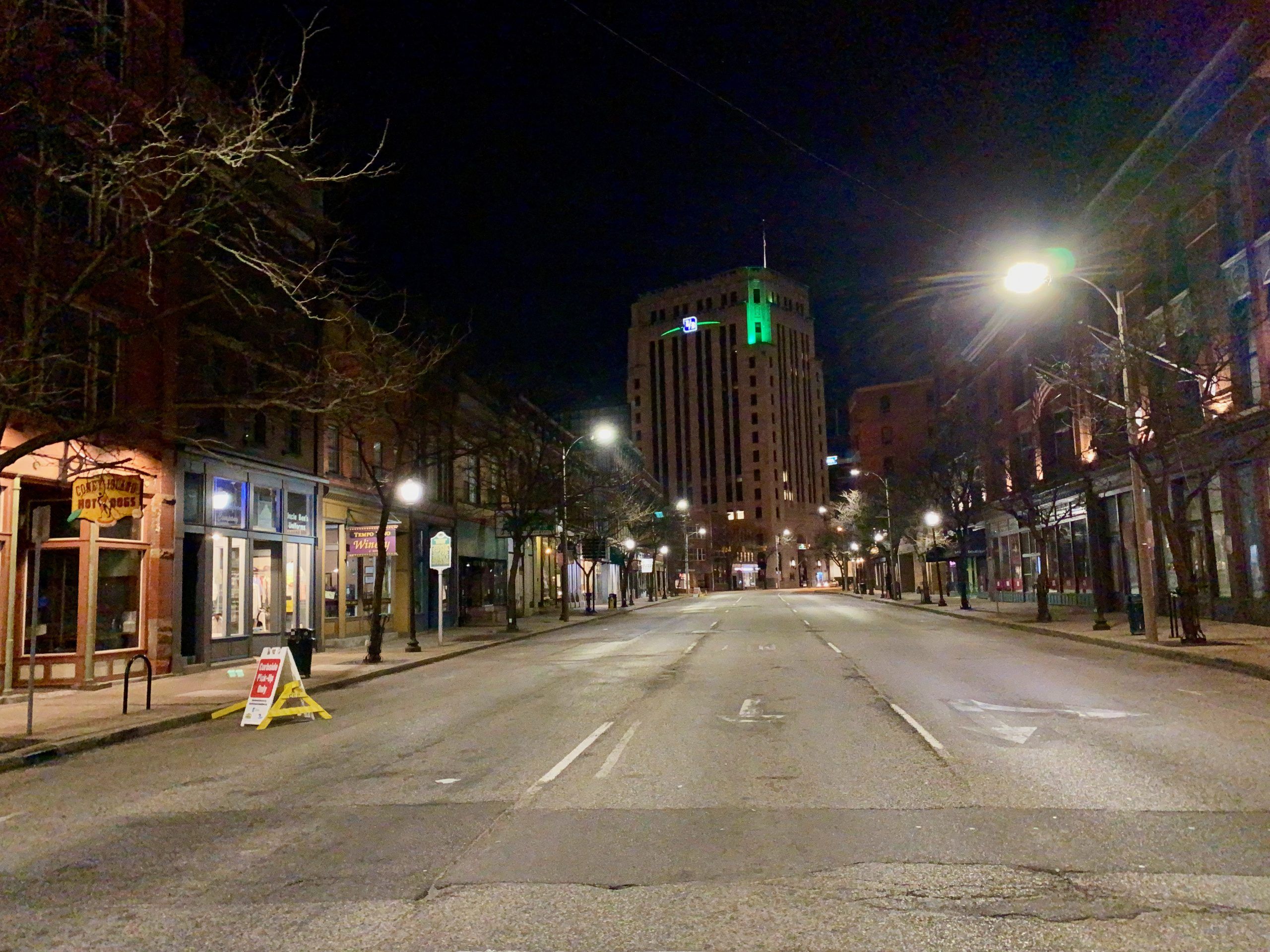

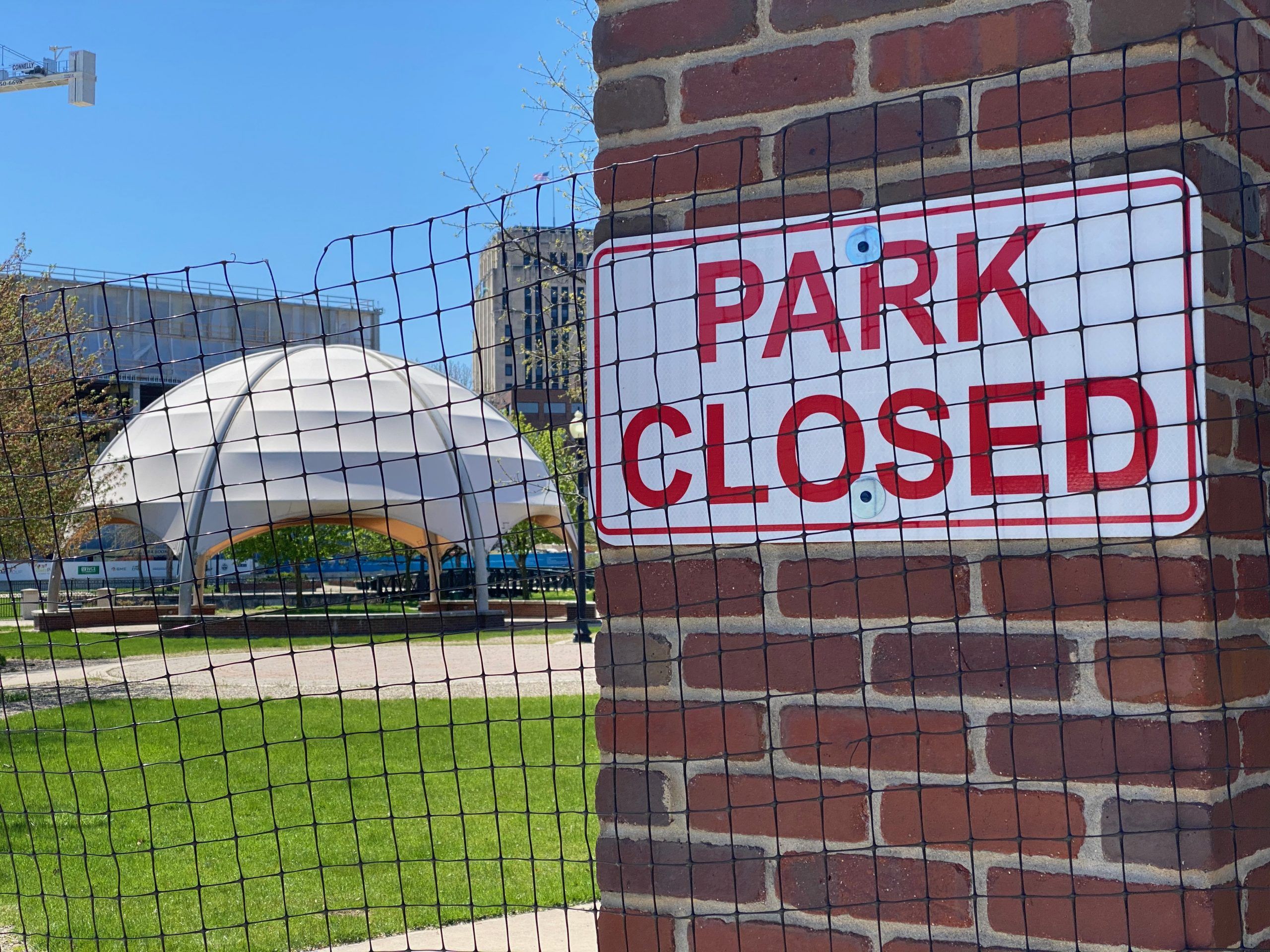
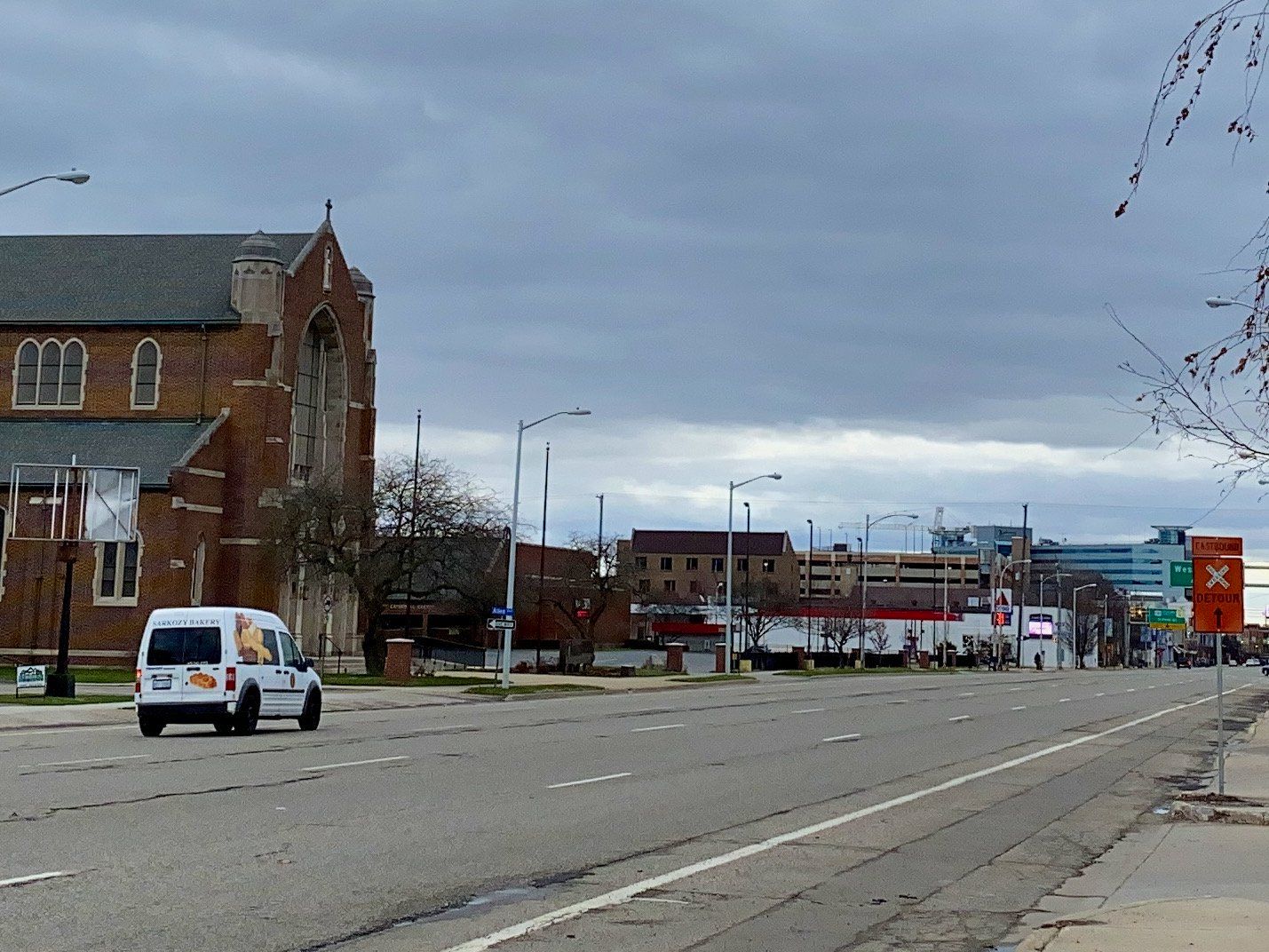
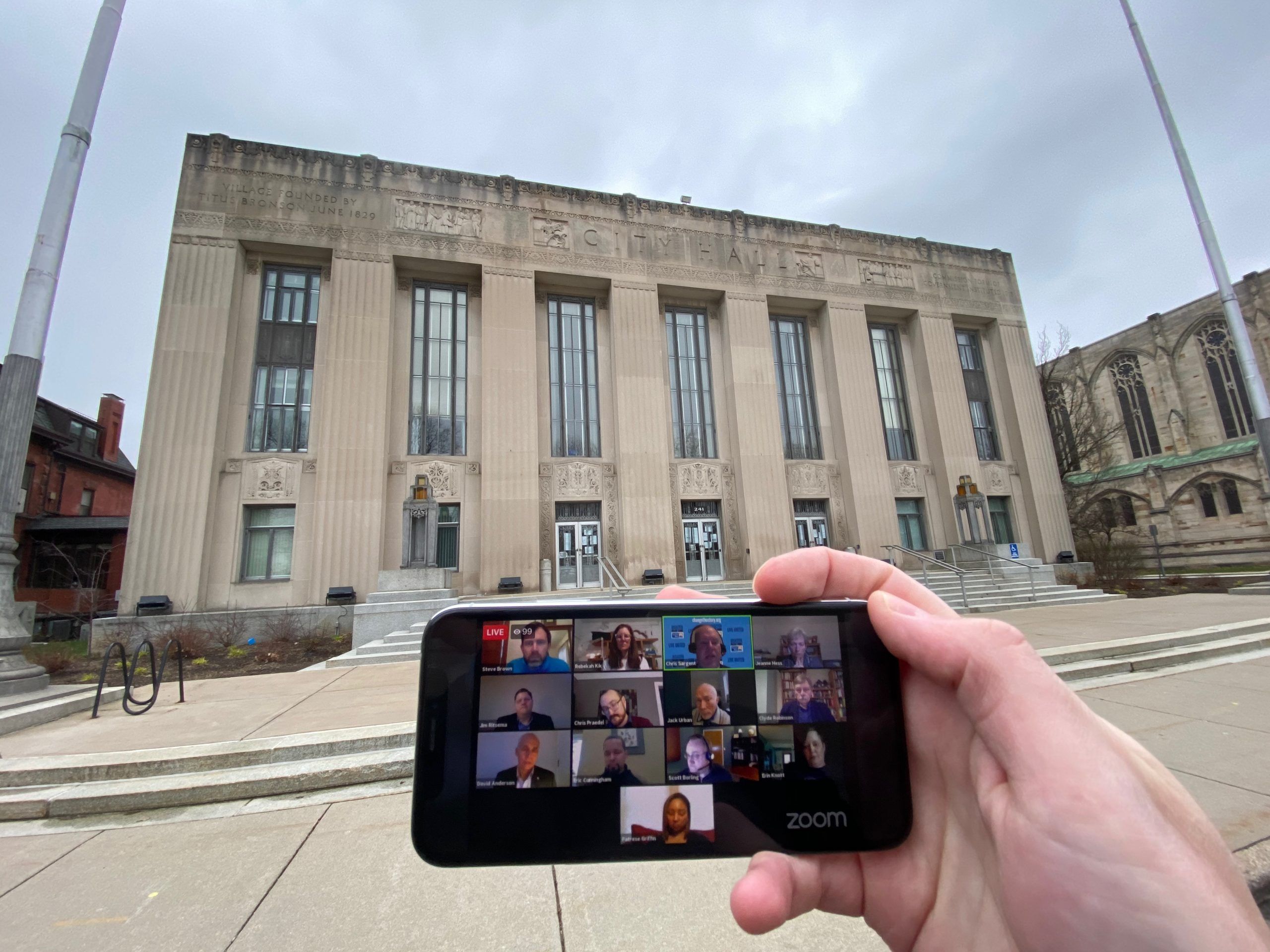
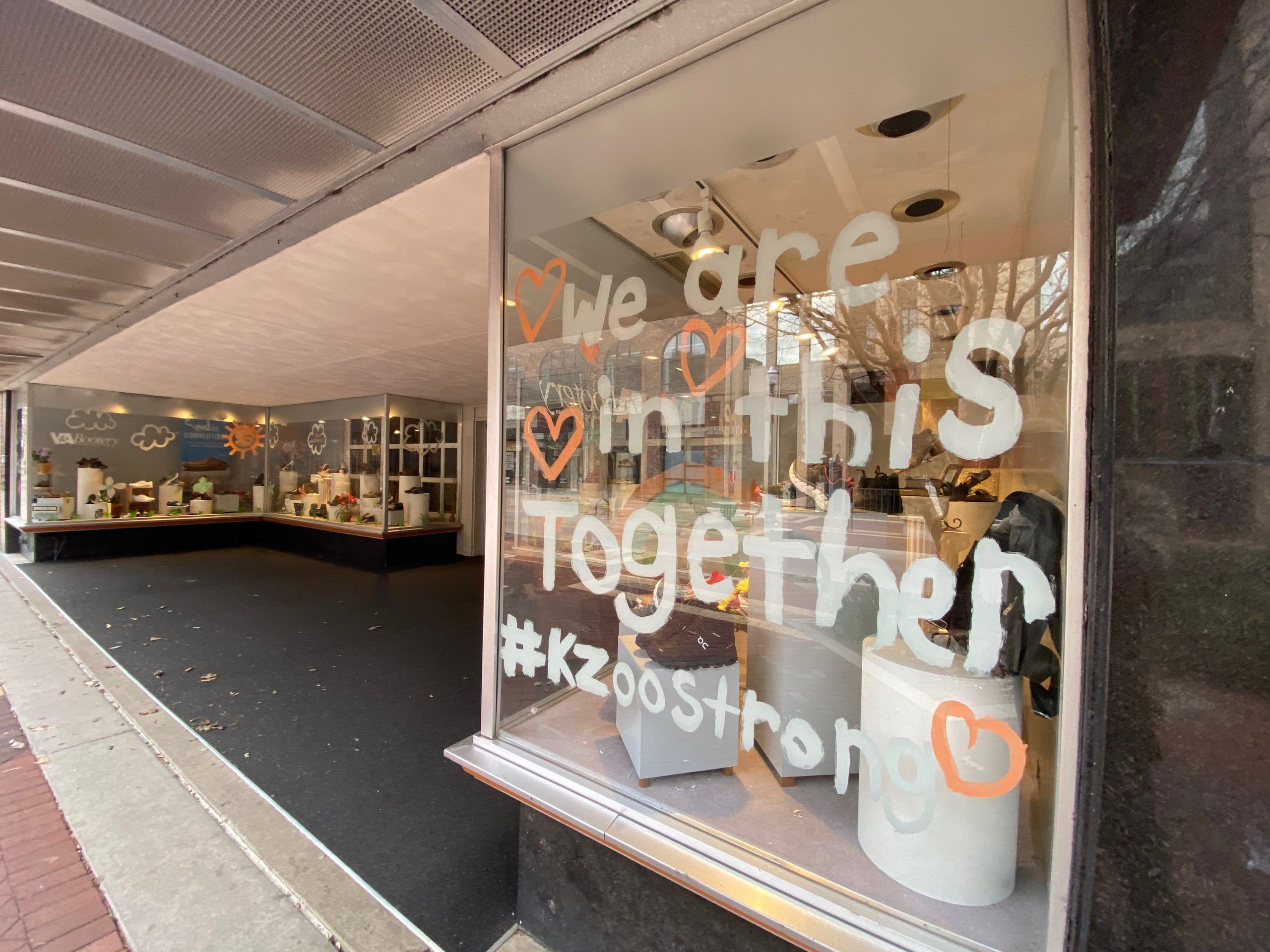
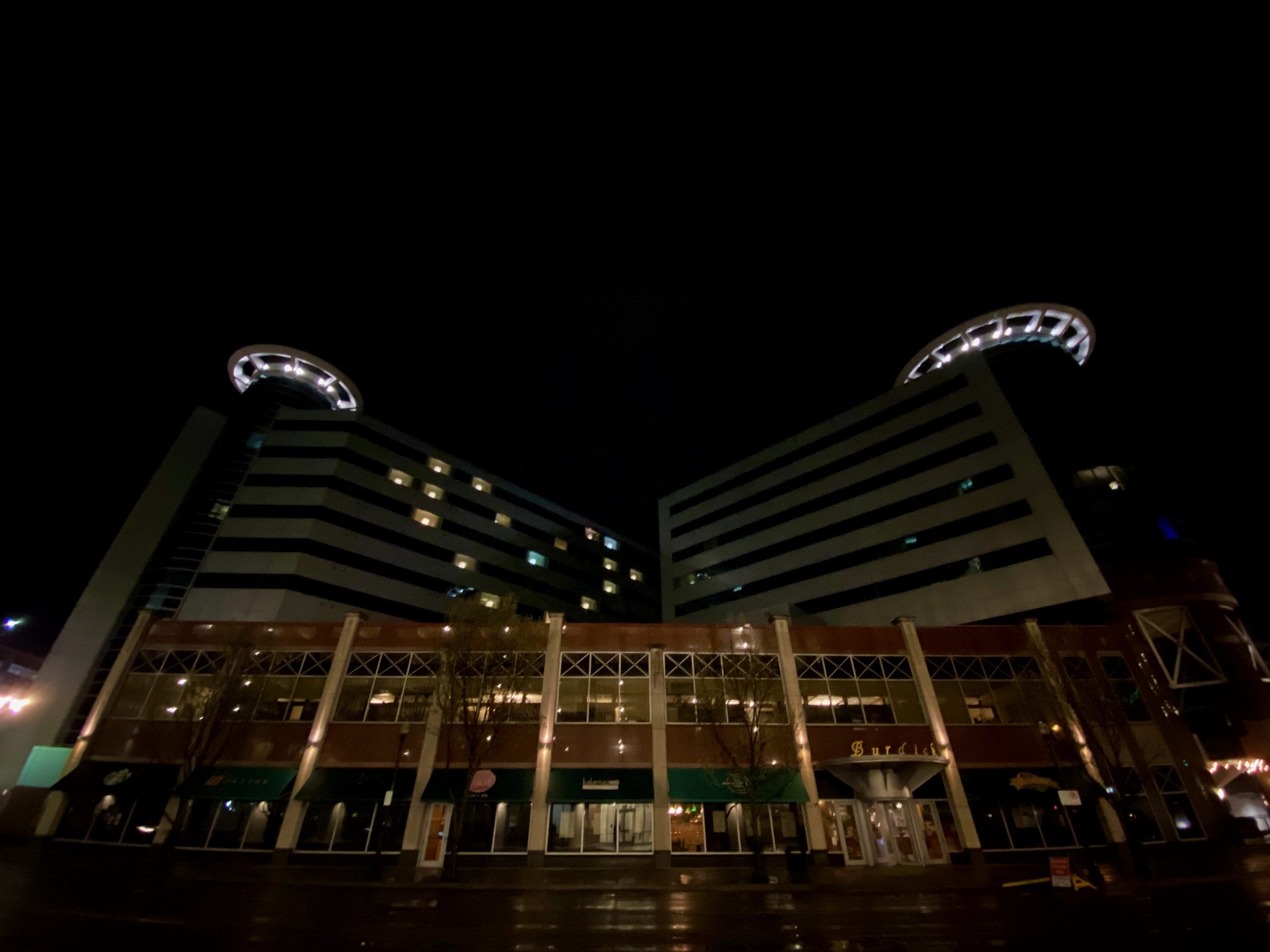
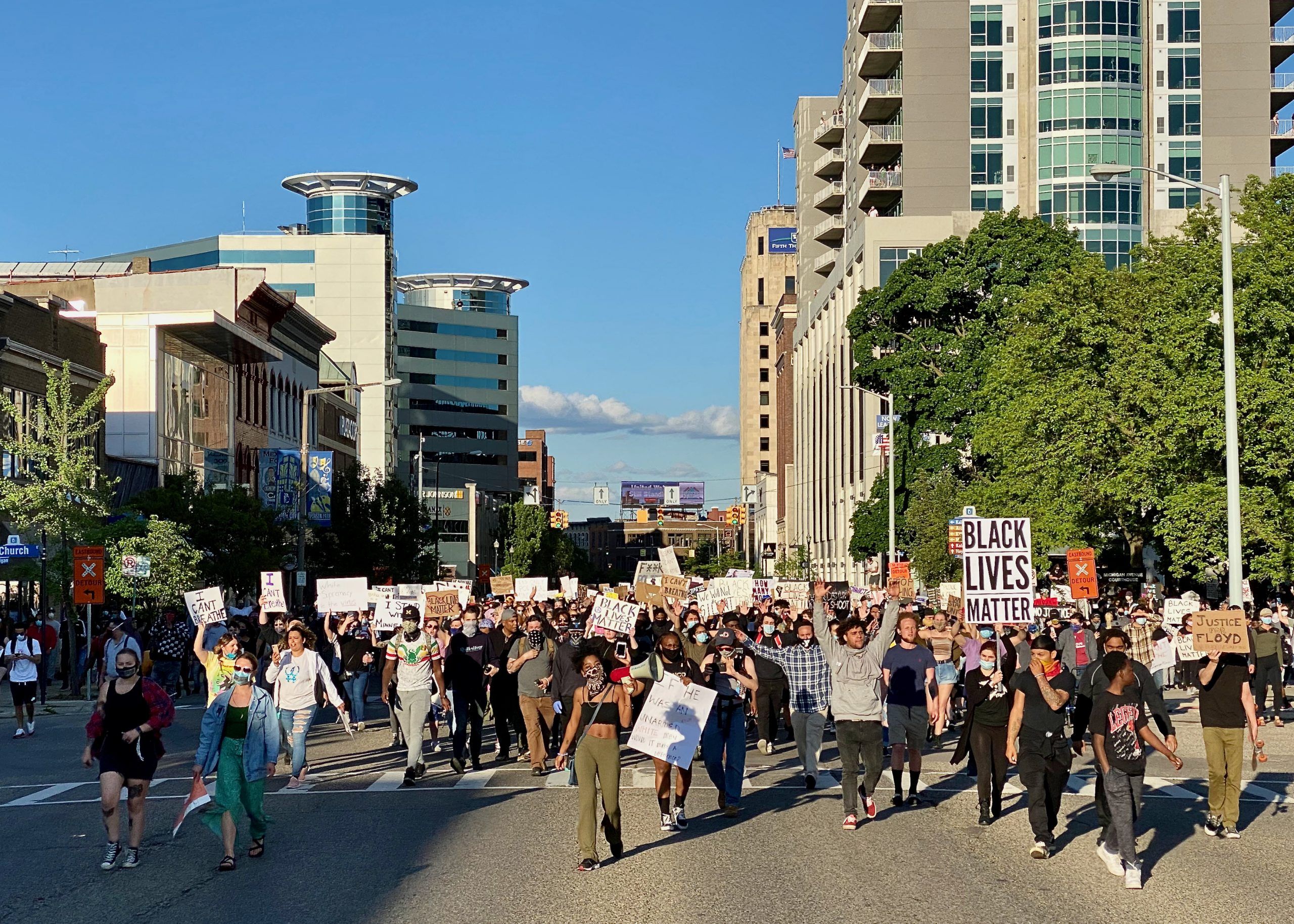
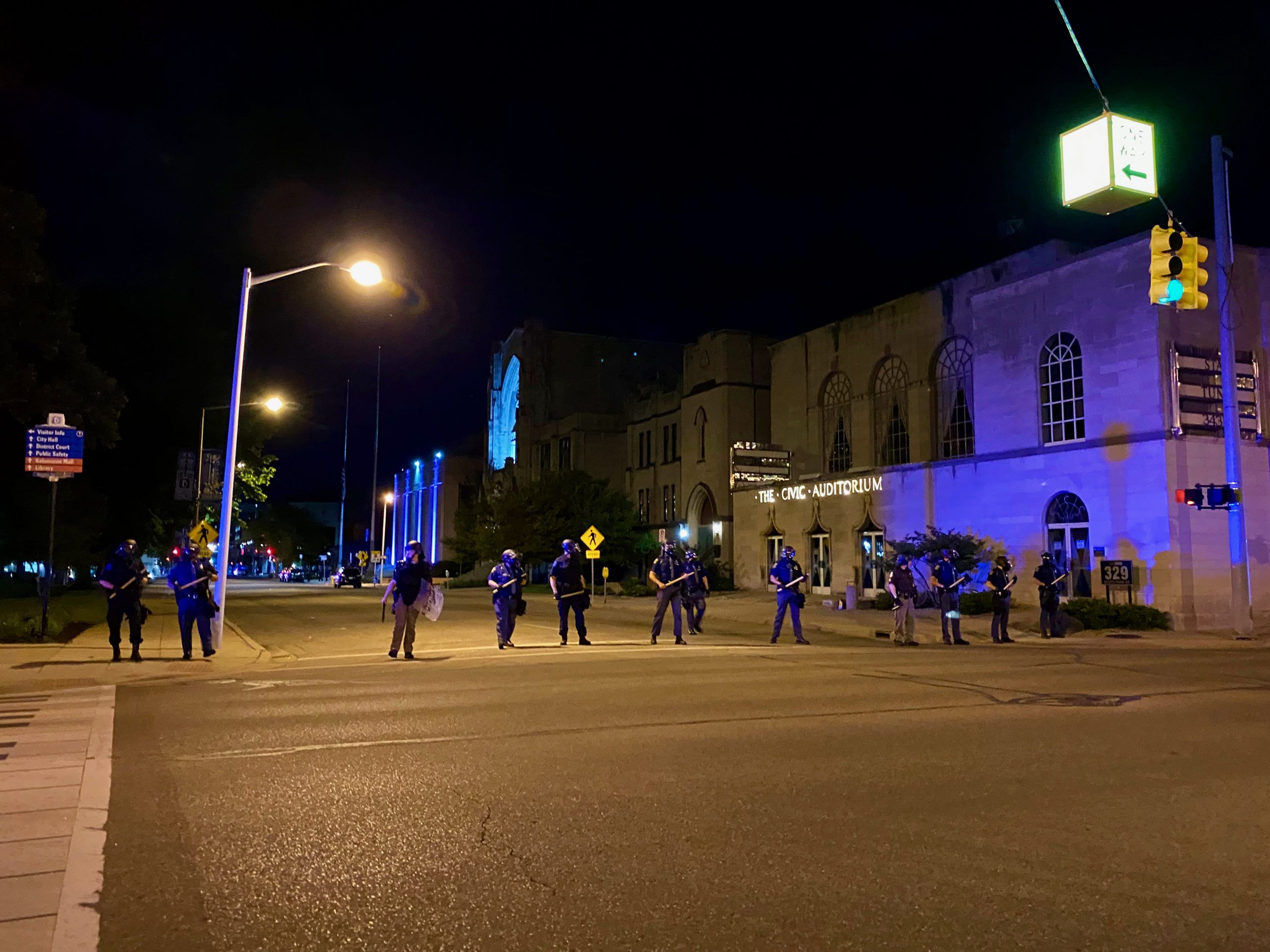
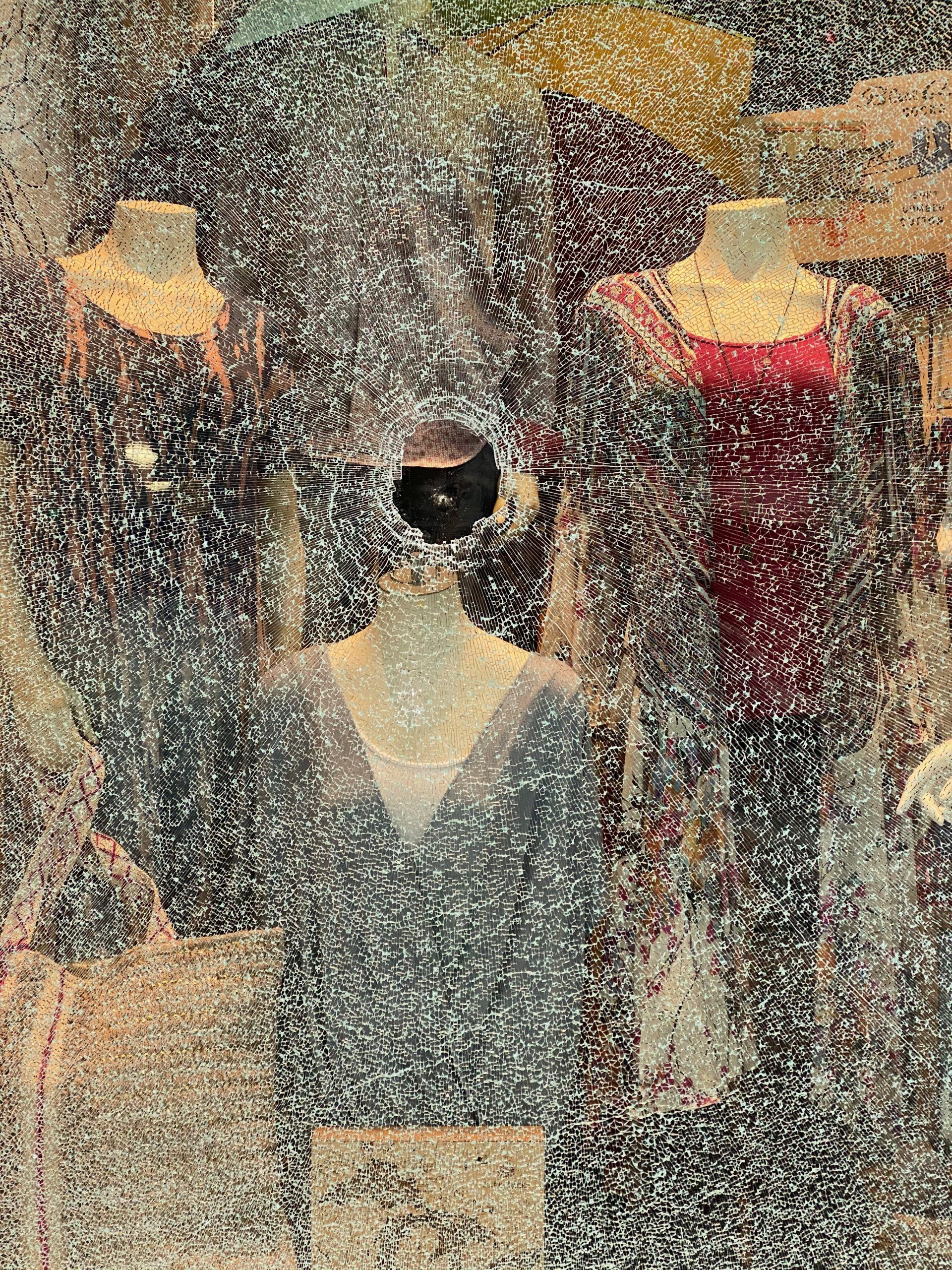
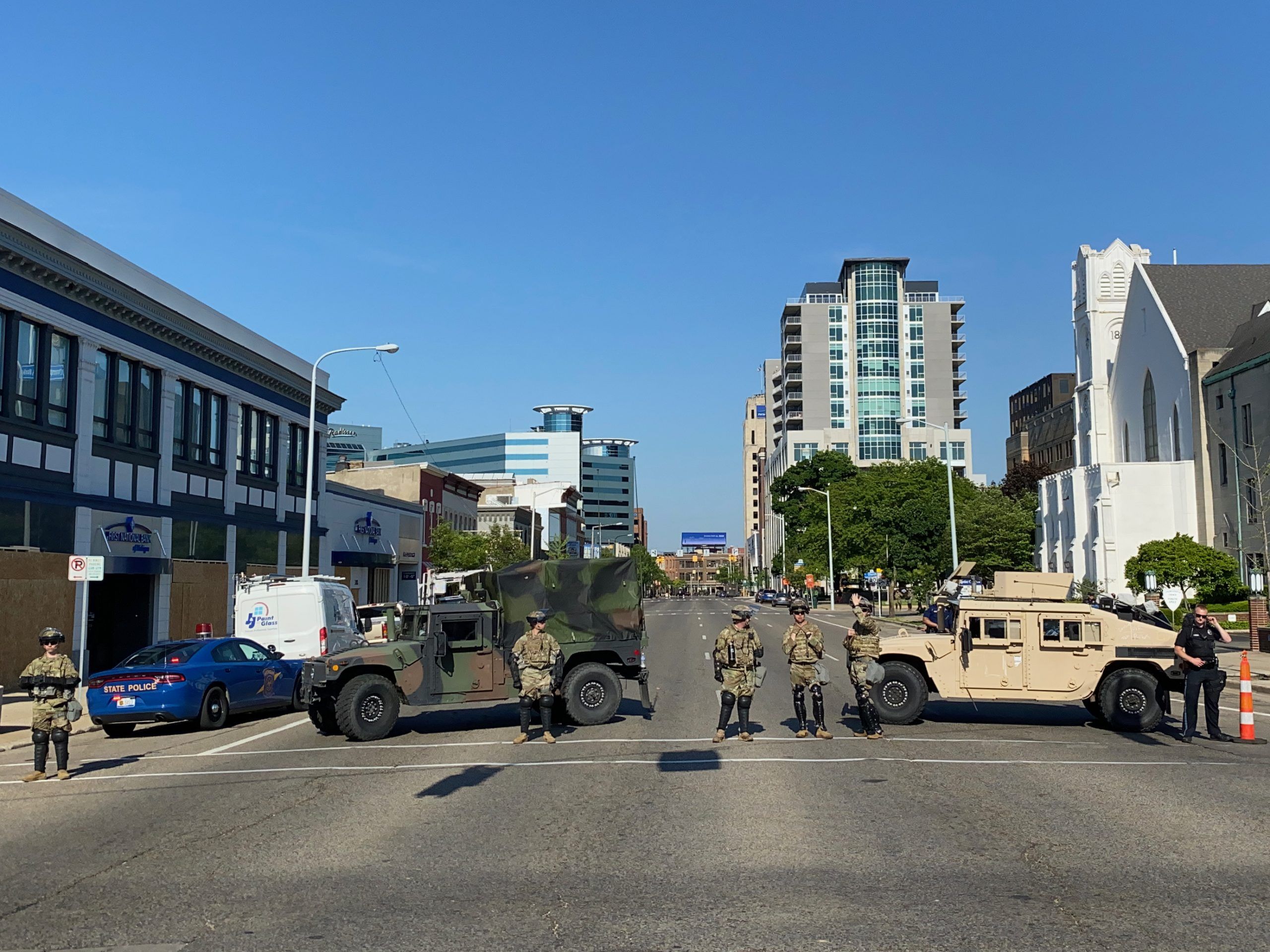
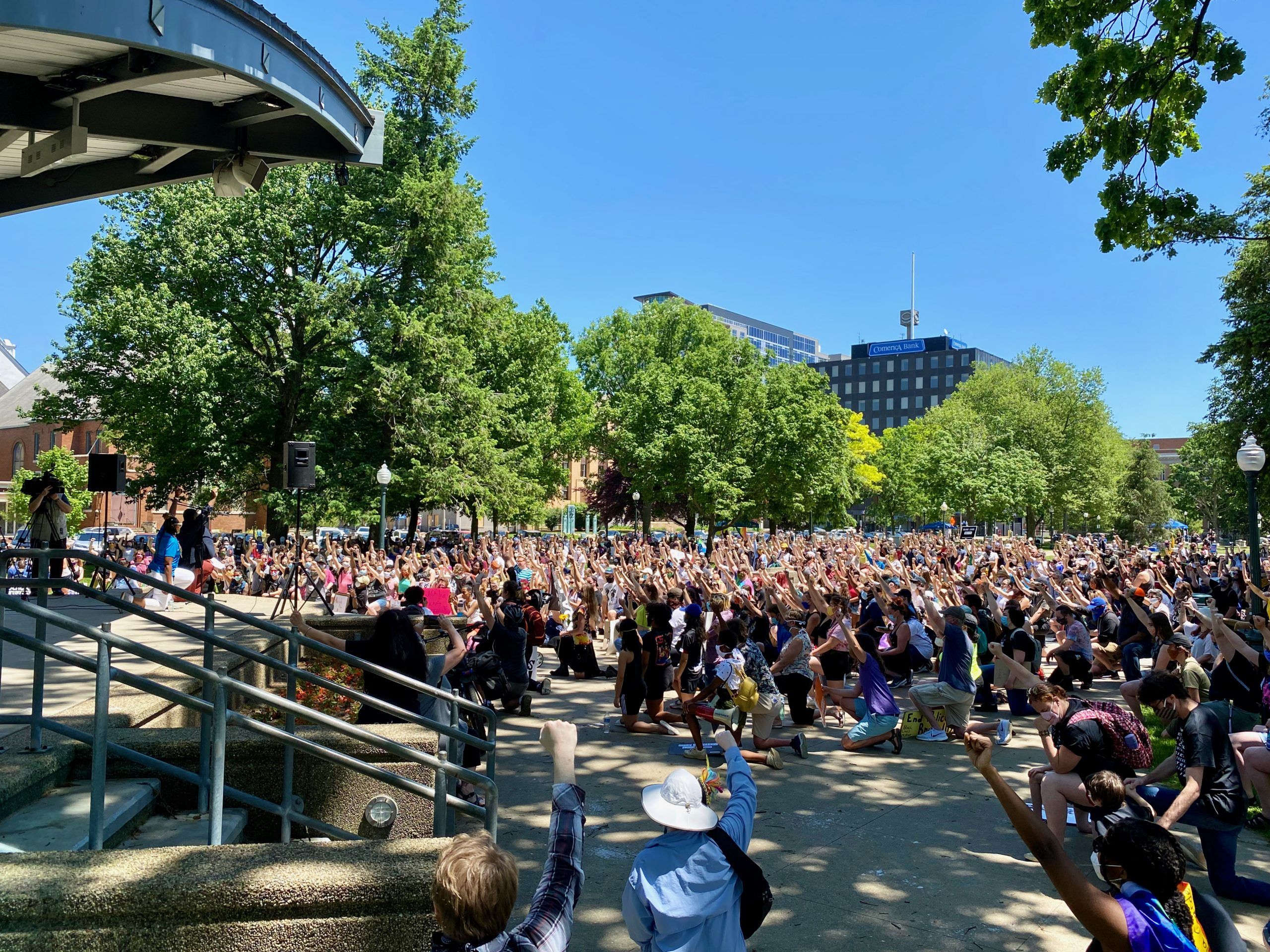
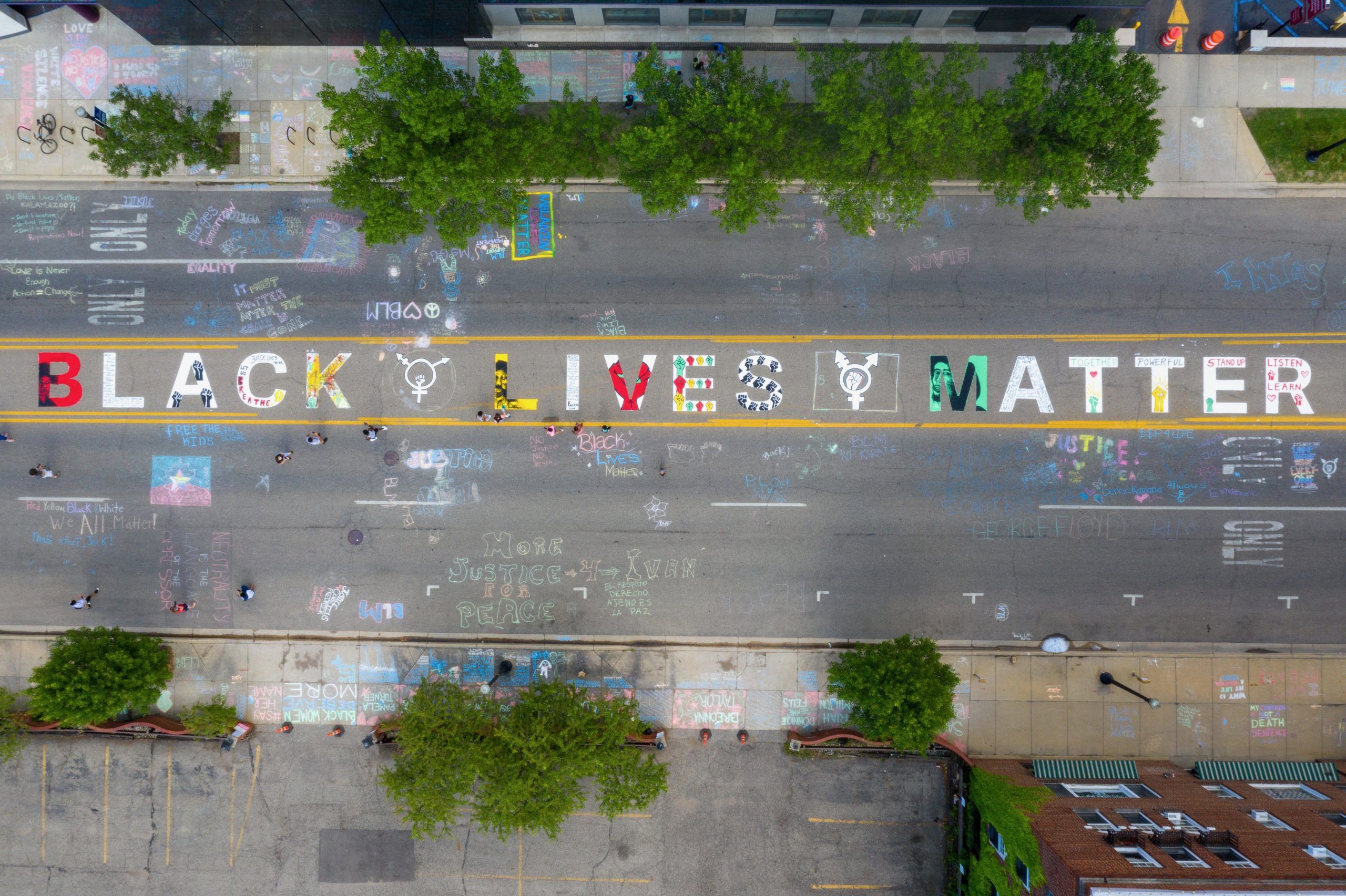
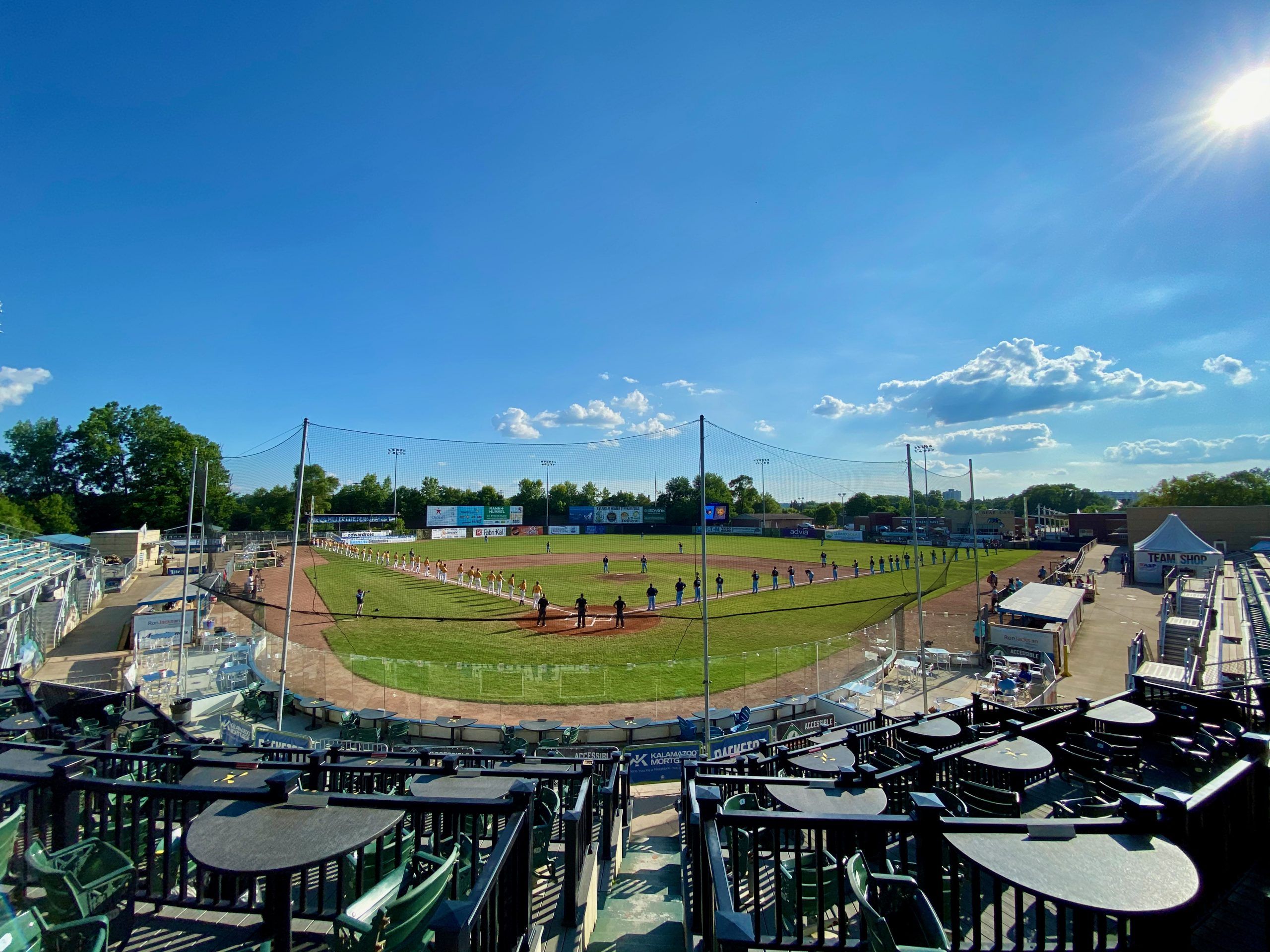
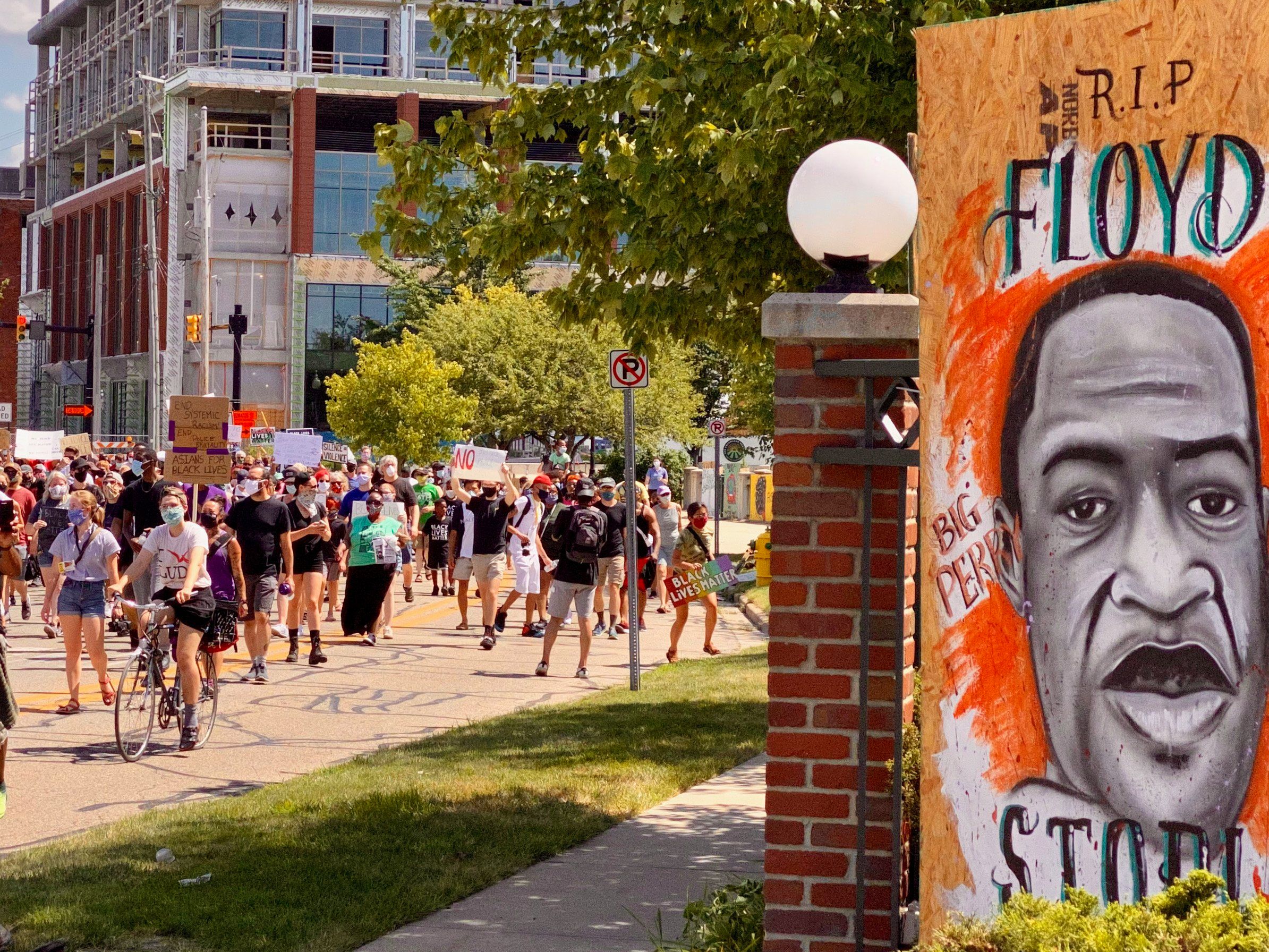
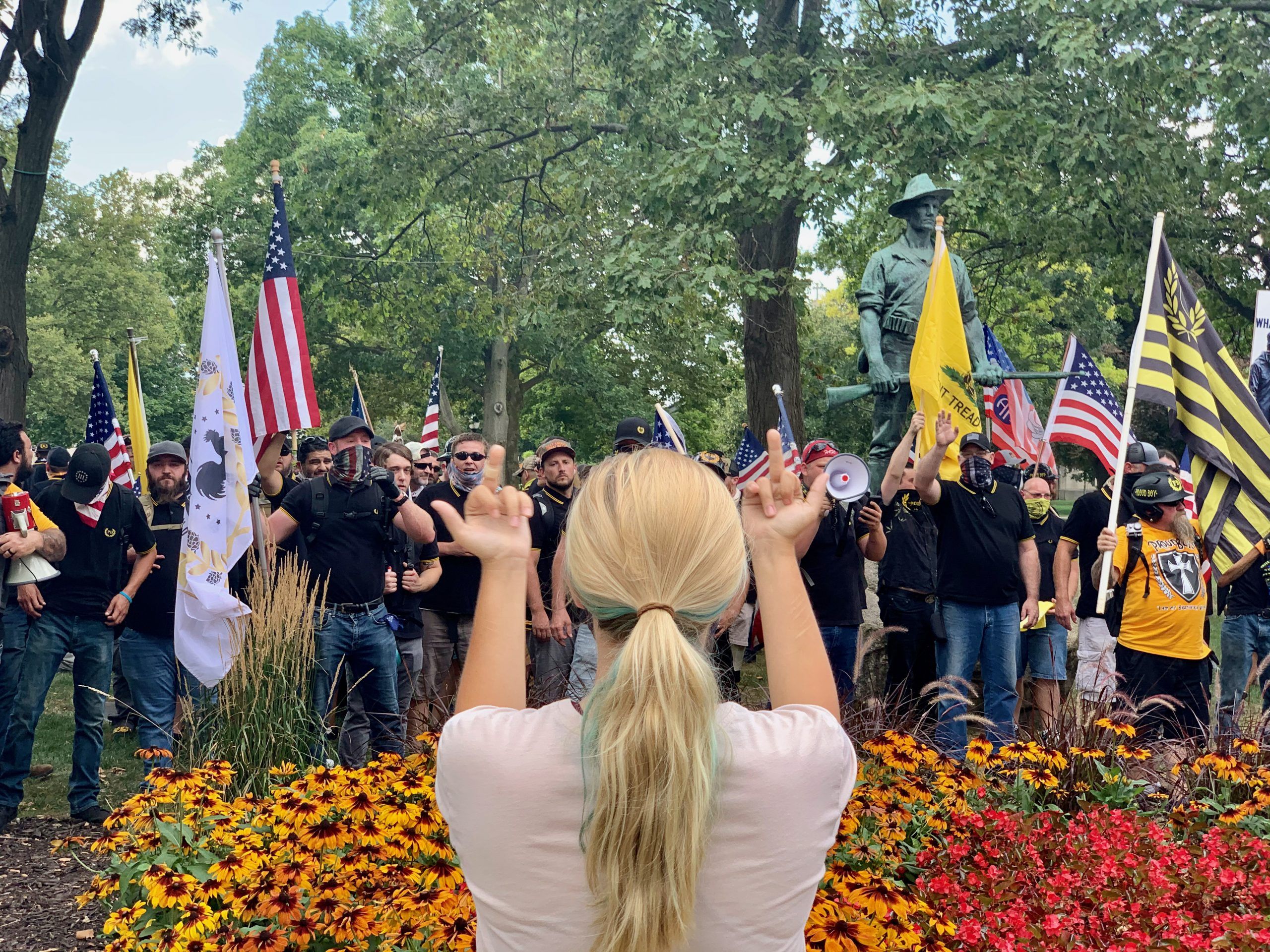
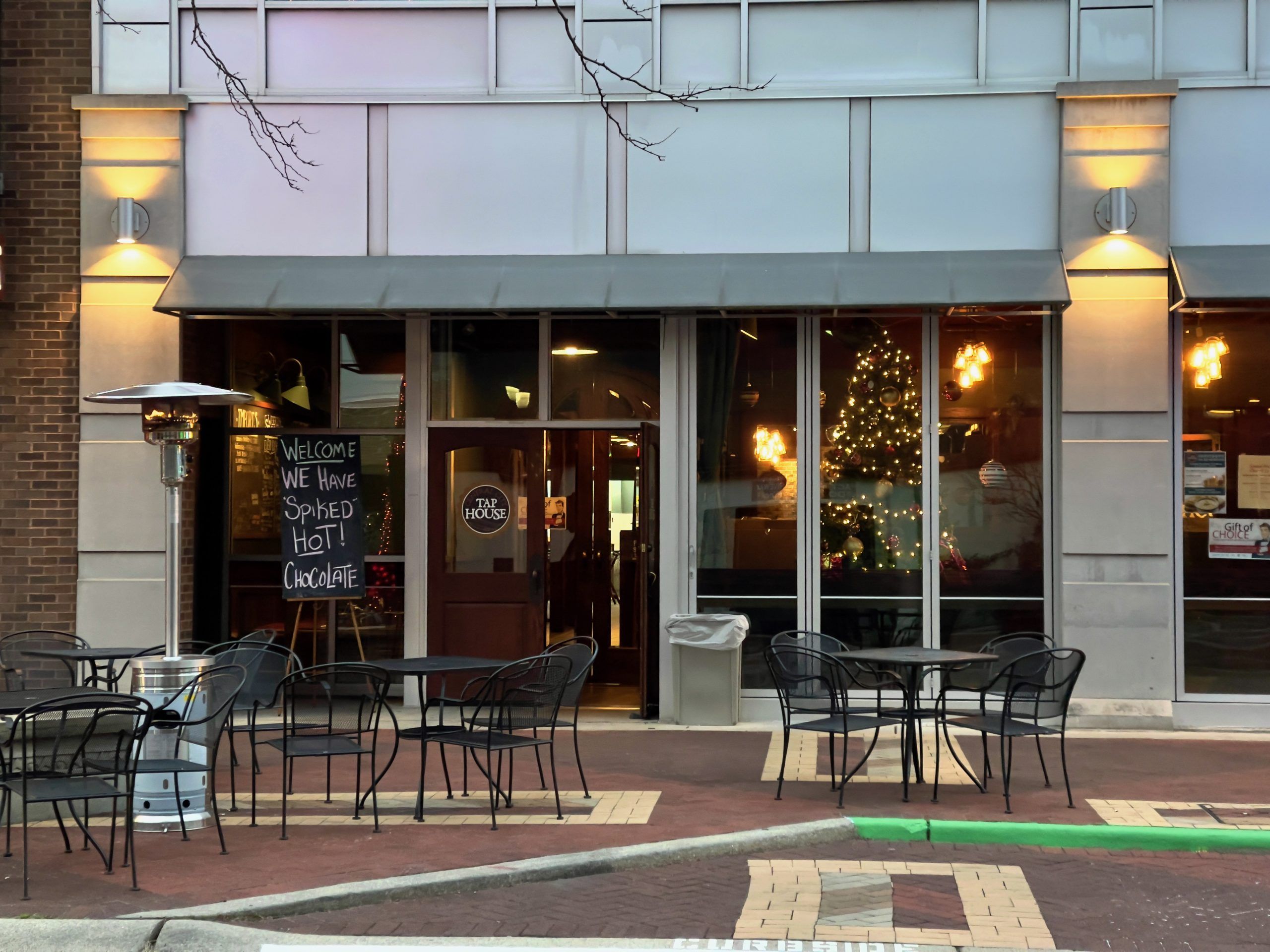
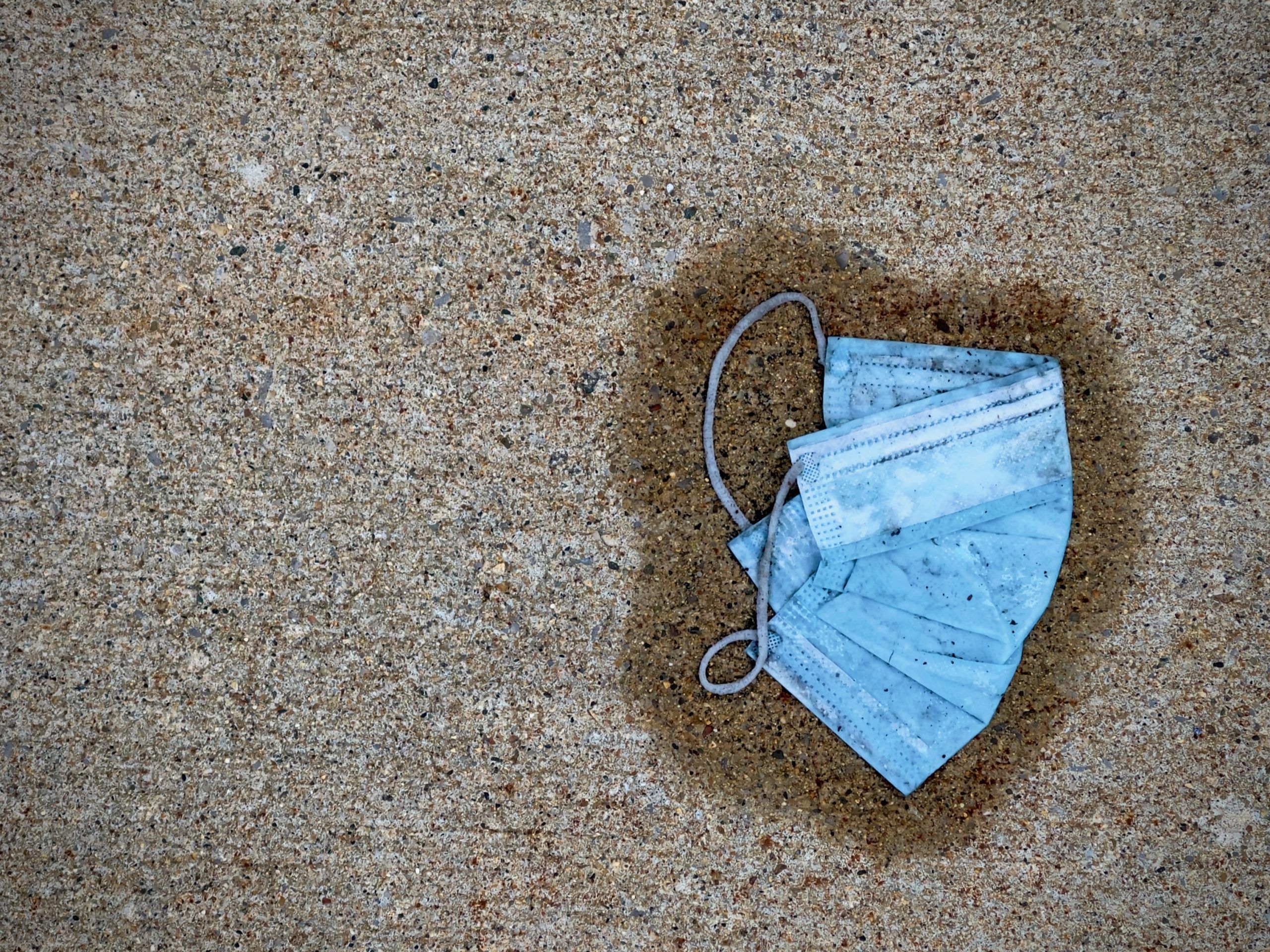
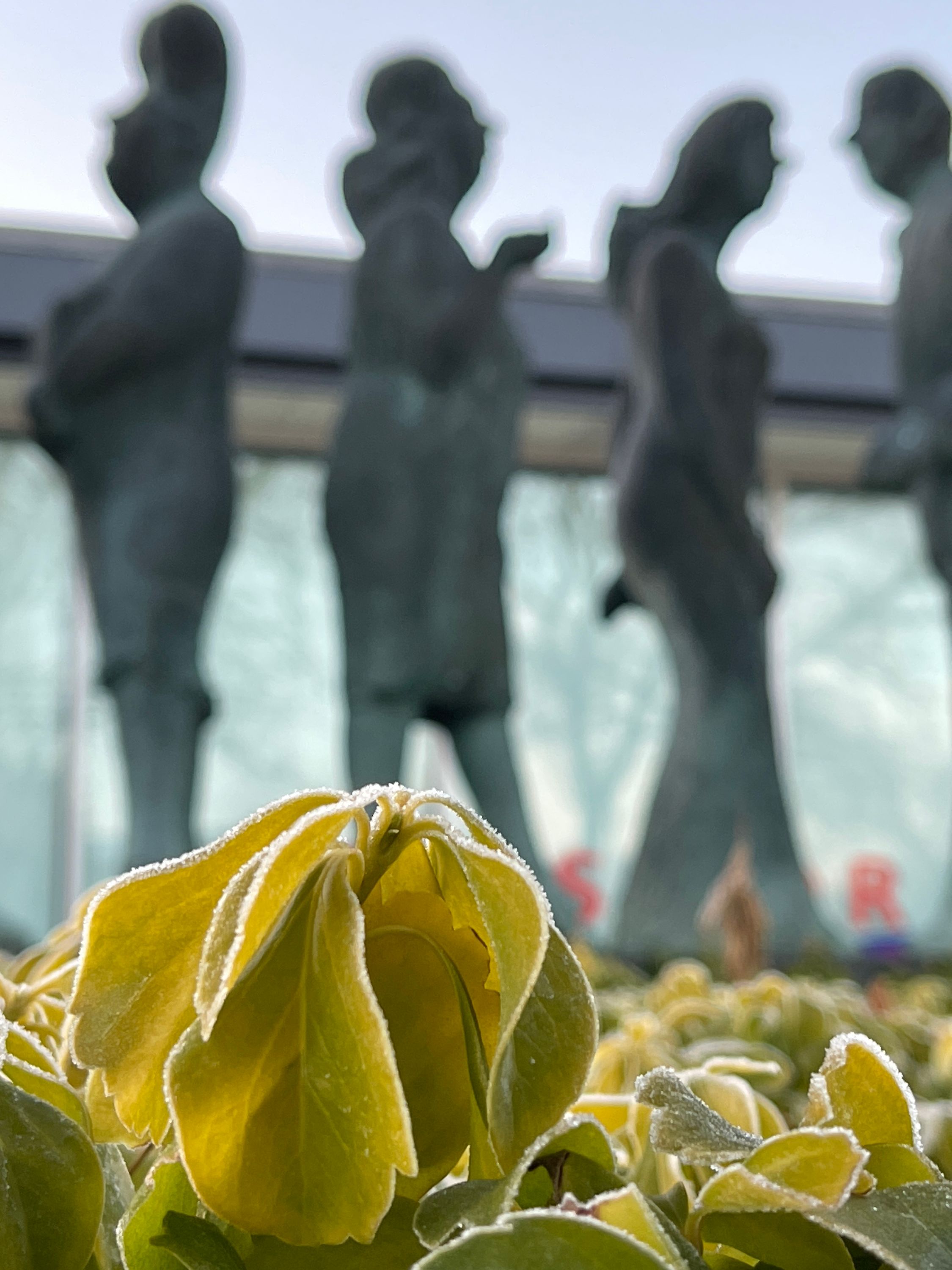 Frost underfoot
Frost underfoot